Chorizema cordatum
Chorizema ilicifolium
Chorizema parviflorum
Christella hispidula
Chrysocephalum apiculatum
Chrysopogon filipes
Cinnamomum oliveri
Cinnamomum virens
Cissus antarctica
Cissus hypoglauca
Cissus sterculiifolia
Citronella moorei
Citrus australasica
Cladium procerum
Claoxylon australe
Cleistanthus cunninghamii
Cleistanthus hylandii
Clematicissus opaca
Clematis aristata
Clematis glycinoides
Clematis microphylla
Clerodendrum floribundum subsp. floribunda
Clerodendrum inerme
Clerodendrum tomentosum
Coatesia paniculata
Cochlospermum fraseri
Cochlospermum gillivraei
Cocos nucifera
Codonocarpus attenuatus
Coleocarya gracilis
Coleus alloplectus
Coleus apreptus
Coleus andi?s pride
Coleus argentatus
Coleus bellus
Coleus blakei
Coleus caldericola
Coleus cremnus
Coleus diversus
Coleus foetidus
Coleus graniticola
Coleus gratus
Coleus graveolens
Coleus habrophyllus
Coleus intraterraneus
Coleus leiperi
Coleus nitidus
Coleus parviflorus
Coleus scutellarioides
Coleus suaveolens
Coleus torrenticola
Colubrina asiatica
Comesperma defoliatum
Comesperma ericinum
Comesperma retusum
Comesperma sphaerocarpum xxxx
Commelina cyanea
Commelina ensifolia
Chorizema cordatum
Classification:
Unranked: Eudicots
Unranked: Rosids
Order: Fabales
Family: Fabaceae
Subfamily: Faboideae
Tribe: Mirbelieae
Genus: From Khoriso, which is Ancient Greek for to separate and Nema, which is Ancient Greek or N?ma, which is Latin for a thread. It refers to the very fine filaments, which are separated into two groups.
Specie: From Kord?tum, which is Ancient Greek or Cord?tum, which is Latin for a heart shape. It refers to leaves, which have a heart shape.
Sub specie:
Common Name: Western Flame Pea.
Distribution:
Chorizema cordatum is found in the south western corner of Western Australia close to the coast and south and west of a line from Cocklkeshell Gully near Coorow, Cunderdin and King Georges Sound.
https://avh.ala.org.au/occurrences/search?taxa=Chorizema+cordatum+#tab_mapView
Habitat Aspect Climate:
Chorizema cordatum prefers light dappled shade. It grows in tall open dry to moist eucalyptus forests, open woodlands or dry heaths. The altitude ranges from 5 meters ASL to 350 meters ASL.
The temperatures range from 3 degree in August to 40 degrees in January.
The rainfall ranges from lows of 500mm to an average of 1200mm annually.
Soil Requirements:
Chorizema cordatum prefer growing on gravelly sandy loams to light gritty, gravelly clays. The soils are usually derived from decomposed granite or sandstone. The soils pH ranges from 5pH to a 7pH. It does not tolerate waterlogged soils. Non saline soils to moderately saline soils are tolerated as are salt laden winds.
Height & Spread:
Wild Plants: 0.5m to 1.5m by 1m to 1.8m.
Characteristics:
Chorizema cordatum’s reddish-brown branches are glabrous, erect to ascending shrub with fine longitudinal furrows. The stems and new growth twine similar to creepers, are pale green and moderately covered in soft, white sericeous hairs.
Chorizema cordatum’s alternate leaves vary greatly from cordate, narrow cordate, triangular to oblong-cordate and measure 30mm to 55mm in length by 10mm to 22mm in width. The bases are usually cordate, cordate-truncate while the apexes are broad acute to somewhat obtuse. The discolourous laminas are mid grass-green, dull and are sparsely to moderately covered in white, caduceus sericeous hairs on the upper laminas while the lower laminas are paler and are sparsely to moderately-densely covered in white sericeous hairs. The laminas recurve slightly upwards from the mid vein to the margins and are flat. The slightly undulating margins are entire. The mid vein and main lateral veins are strongly prominent on the lower lamina and is clearly visible from the upper lamina. The narrow triangular, deep reddish-maroon stipules are caduceus and measure 3mm to 5mm in length. The petioles are pale green and covered in white sericeous hairs and measure 4mm to 8mm in length.
The inflorescence of Chorizema cordatum are born in terminal racemes. The rachises, peduncles and pedicles are moderately covered in white sericeous hairs. The racemes measure 100mm to 140mm in length. There are 8 to 14 flowers on a raceme.
The narrow lanceolate, appressed bracteoles are pale green to pale purplish-green and measure 2mm to 3mm in length. The pale green to pale purplish-green calyxes measure 2.5mm to 4mm in length including the short deltoid lobes which measure 1.2mm to 1.6mm in length.
The corolla measures 4mm to 5.5mm in length by 2mm to 2.5mm in diameter near the lobes. The brilliant reddish-orange to orange-red standard petal has a bright yellow blotch near the base, is moderately marginate and measure 12mm to 15mm in width by 7mm to 9mm in height. The 2 spathulate lateral petals are deep carmine to deep carmine-pink and measure 7mm to 9mm in length by 4mm to 5mm in width. The lower or keel petal is petals are deep carmine to deep carmine-pink and measures 5mm to 7mm in length.
The ovary is shortly stipitate ovary usually has 8 to 10 ovules per locule. The flowers appear from early July to early December.
Chorizema cordatum fruits are obovoidal to oblong reticulate pods. The green pods are glabrous, semi glossy and sparsely covered in white sericeous hairs and turn grey-brown when ripe. The pods measure 6mm to 9mm in length by 4mm to 7mm in diameter. (Measurements were taken from a single plant.)
Wildlife:
Chorizema cordatum wildlife is unknown to the author.
Cultivation:
Chorizema cordatum is a hardy small dense sub shrub which looks tremendous as an understory plant, beside driveways, larger rockeries or small bush gardens. Garden subjects need some protection from full sun so ensure the plants have some dappled light under an open forest to maintain a dense bushy habit. The flowers exude more vibrant colours when grown in partial shade. It grows best on gravelly soils, screes or skeletal loams on well drained slopes and should be grown more extensively on the east coast where prevailing conditions suit the plants. It grows from 1.5 meters to 2 meters in height by 1.5 meters to 2 meters in diameter when grown in the open.
Chorizema cordatum makes an outstanding contribution to a drier open heath gardens or open woodland scenes. The plants do not like to be crowed in. When you design a flat heath garden which Chorizema parviflorum is well suited don’t use contours to display the plants as heath lands are almost always flat or have a slight rise and the plants are jumbled throughout the scene. Make the path narrow so you have to feel the plants brush against your legs as you walk through the garden bed. This gives an extra dimension which many people forget about when designing heath gardens. Plants must be planted close together and be short so you can see over the tallest ones with the exception of one or two plants at the most. These will be feature plants. The idea is to achieve a feeling of expansive flatness. This can be achieved with using the Chorizema parviflorum’s sea-green linear leaves and having them contrasting with finer pale green or soft grey to glaucous coloured foliage. Leave room for Chorizema cordatum to attain its full size without touching adjacent plants. Use procumbent plants like Melaleuca pearsonii or other sub shrubs like Chorizandra sphaerocephala for a great mosaic of leaf contrast and flower form. Mix them with other smaller shrubs so none of them dominate the scene but blend in to give a mosaic of foliage colours that you oversee.
Mass plantings can be achieved by planting them at 0.5 meters to 0.8 meters. It is an extraordinarily beautiful plant when mass planted whether it is in a heath scene or beneath scattered woodlands where plenty of sunlight reaches the floor of the woodland. In woodland scenes scatter plantings of 3 or 5 in a group also make for an interesting feature especially if a variety of different genera are used in the same manner. Hibbertia linariifolia, Chloanthes parviflora, Bulbine bulbosa, even small ferns like Cheilanthes sieberi or Adiantum specie can add great variety or small compact shrubs like Acacia brownie or Acacia sauveolens.
It should be treated as a short term perennial and replanted from seedlings every 4 to 6 years as it has a tendency to become woody after the fourth year losing its vibrancy and good flowering. Tip pruning will enhance its bushiness and character.
Propagation:
Seeds: Chorizema cordatum is easy to grow from fresh seeds. The seeds can be sown directly into trays using a fine porous mix after treatment. Place the seeds in a glass of hot water not boiling and allow to cool naturally before sowing. Place the trays in a warm position under 30mm shade and keep moist not wet. Seeds usually germinate in 10 to 30 days.
When the seedlings reach the three to four leaf stages, prick them out and plant them into 75mm native tubes using a good organic mix.
Once the seedlings reach 150mm to 200mm in height nip the tips out and plant them out into their permanent position.
When mass planting Chorizema parviflorum are required, as a feature shrub try planting them at 0.4 meter to 0.6 meter centers.
Fertilize using Seaweed, fish emulsion or organic chicken pellets soaked in water on an alternate basis. Fertilize every two months until the flower buds appear.
Further Comments from Readers:
Hi reader, it seems you use The Bible of Botany a lot. That’s great as we have great pleasure in bringing it to you! It’s a little awkward for us to ask, but our first aim is to purchase land approximately 1,600 hectares to link several parcels of N.P. into one at The Pinnacles NSW Australia, but we need your help. We’re not salespeople. We’re amateur botanists who have dedicated over 30 years to saving the environment in a practical way. We depend on donations to reach our goal. If you donate just $5, the price of your coffee this Sunday, We can help to keep the planet alive in a real way and continue to bring you regular updates and features on Australian plants all in one Botanical Bible. Any support is greatly appreciated. Thank you.
In the spirit of reconciliation we acknowledge the Bundjalung, Gumbaynggirr and Yaegl and all aboriginal nations throughout Australia and their connections to land, sea and community. We pay our respect to their Elders past, present and future for the pleasures we have gained.
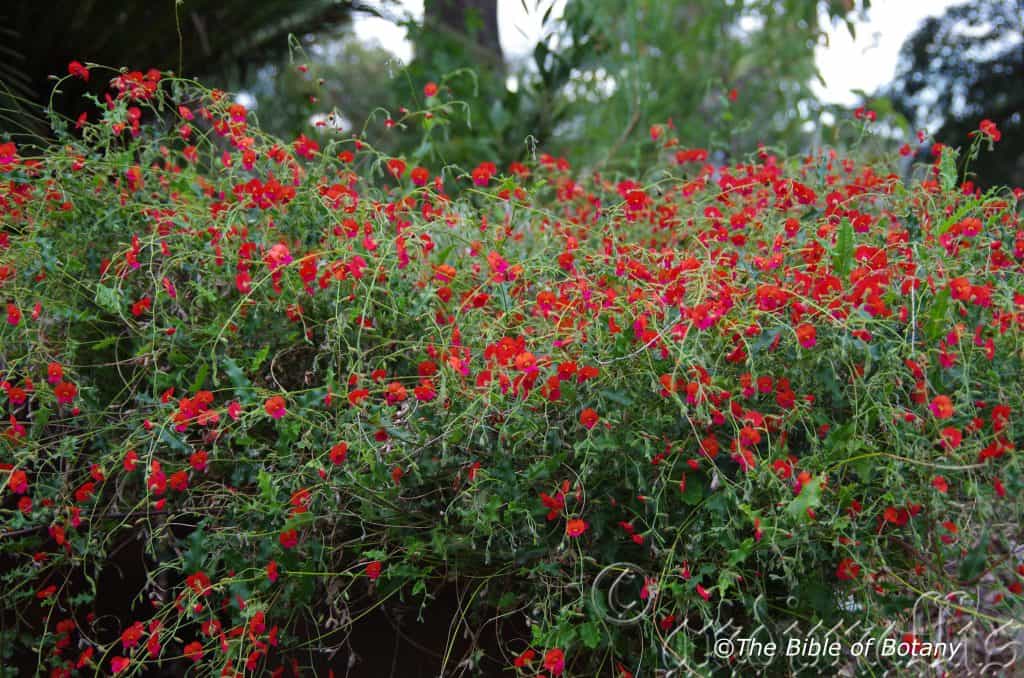
National Botanic Gardens ACT
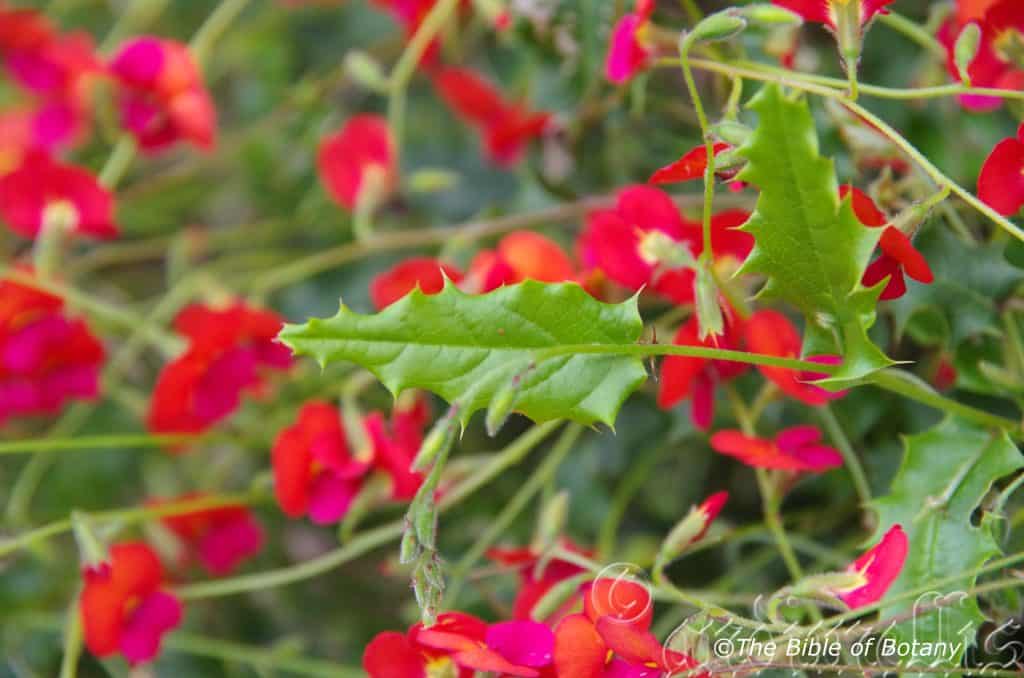
National Botanic Gardens ACT

National Botanic Gardens ACT
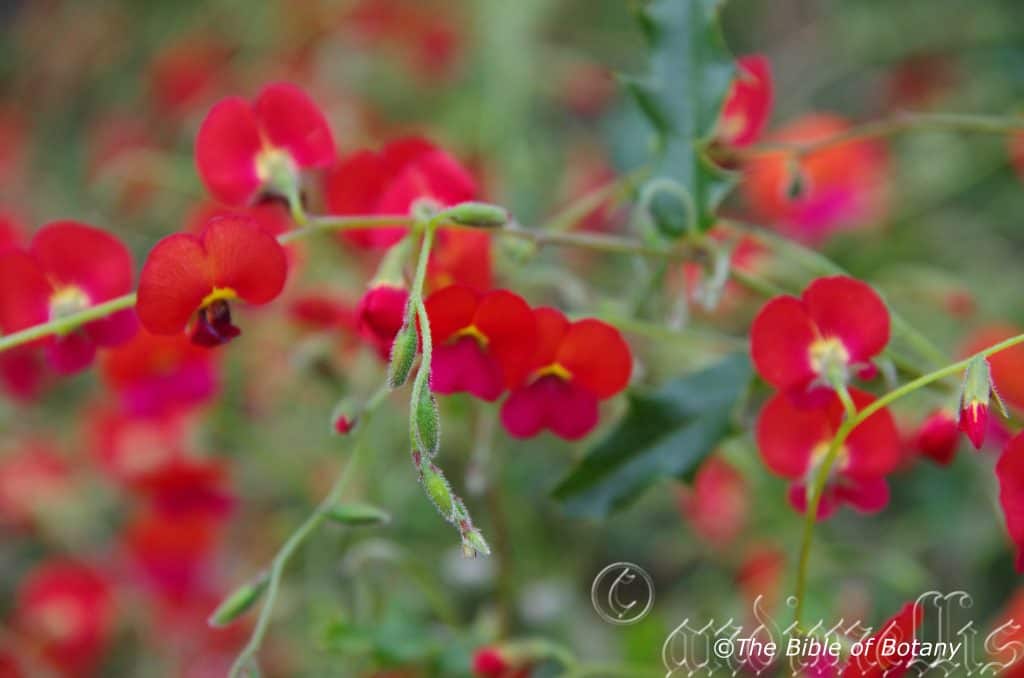
National Botanic Gardens ACT
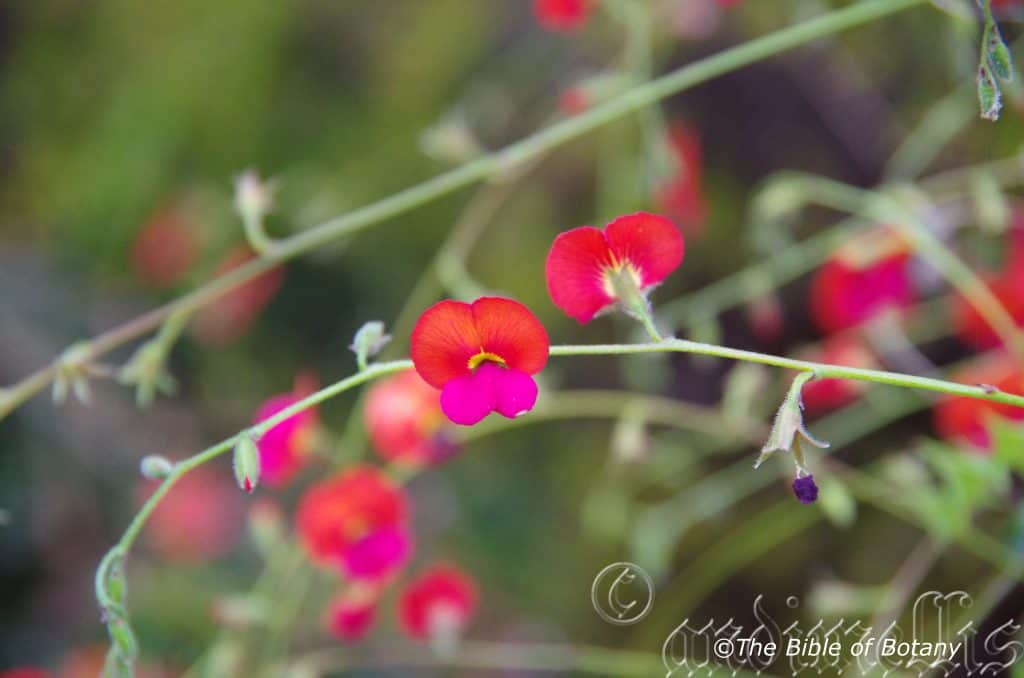
National Botanic Gardens ACT
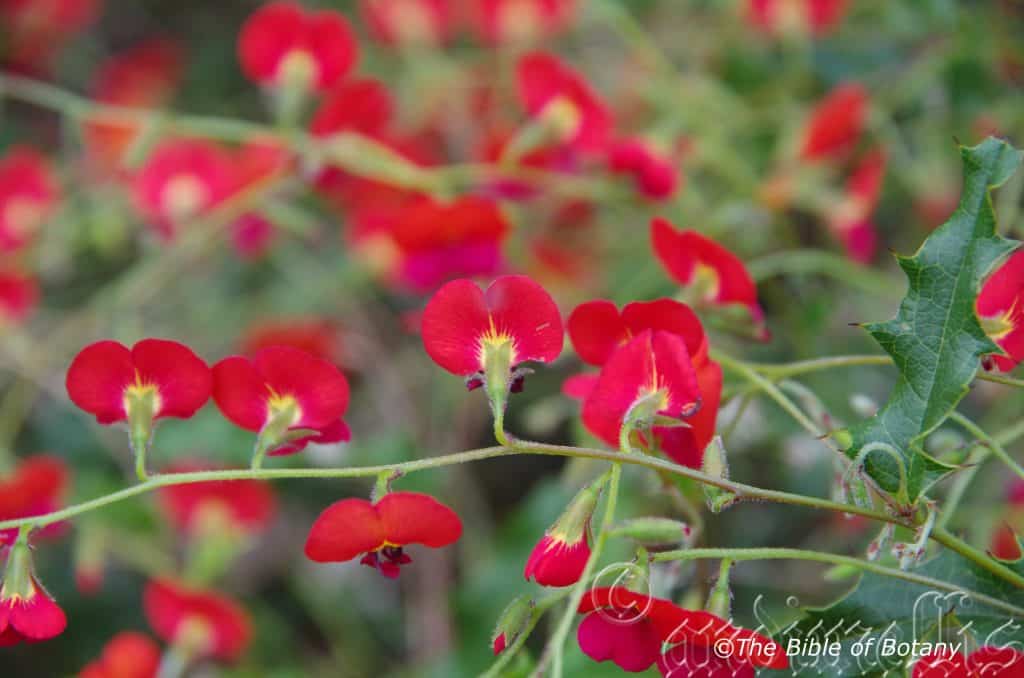
National Botanic Gardens ACT
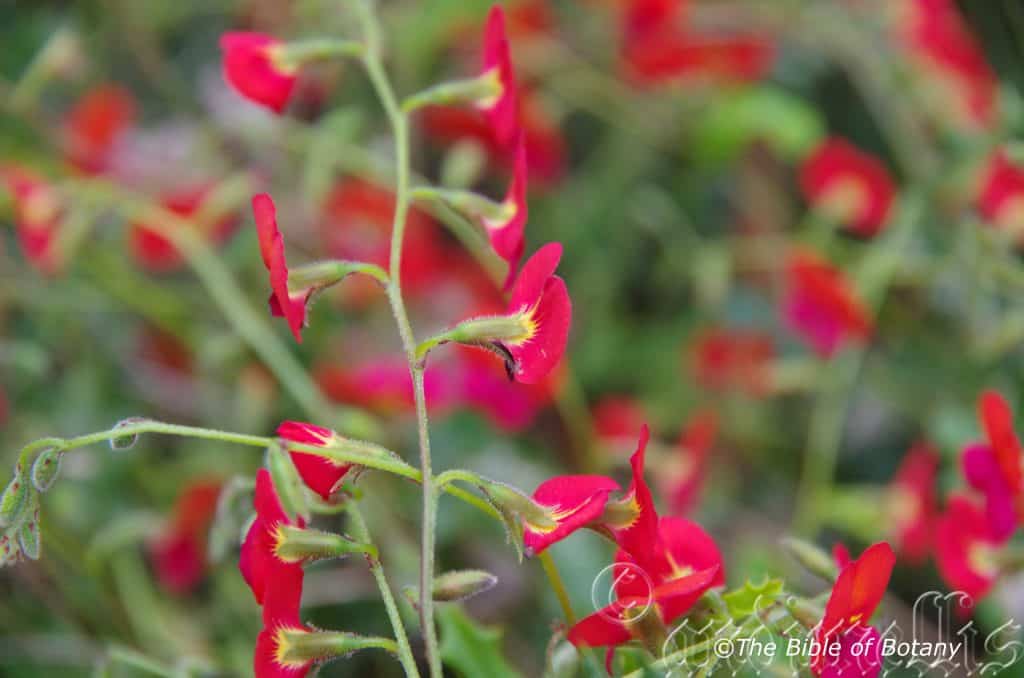
National Botanic Gardens ACT
Chorizema ilicifolium
Classification:
Unranked: Eudicots
Unranked: Rosids
Order: Fabales
Family: Fabaceae
Subfamily: Faboideae
Tribe: Mirbelieae
Genus: From Khoriso, which is Ancient Greek for to separate and Nema, which is Ancient Greek or N?ma, which is Latin for a thread. It refers to the very fine filaments, which are separated into two groups.
Specie: From Ilex, which is Latin for holly oak and from Folium which is Latin for foliage. It refers to leaves, which resemble the European holly oak.
Sub specie:
Common Name: Prickly Flame Pea.
Distribution:
Chorizema ilicifolium is found in the south western corner of Western Australia close to the coast, off shore Islands and south and west of a line from Dandaragan on the west coast to Flinders Peak on Middle Island off the southern coast.
https://avh.ala.org.au/occurrences/search?taxa=Chorizema+ilicifolium+#tab_mapView
Habitat Aspect Climate:
Chorizema ilicifolium prefers light dappled shade. It grows in tall open dry to moist eucalyptus forests, open woodlands or dry heaths. The altitude ranges from 5 meters ASL to 150 meters ASL.
The temperatures range from 3 degree in August to 40 degrees in January.
The rainfall ranges from lows of 600mm to an average of 1600mm annually.
Soil Requirements:
Chorizema ilicifolium prefer growing on gravelly sandy loams to light gritty, gravelly clays. The soils are usually derived from decomposed granite, sandstone or accumulated beach sands. The soils pH ranges from 5pH to a 7pH. It does not tolerate waterlogged soils. Non saline soils to moderately saline soils are tolerated as are salt laden winds.
Height & Spread:
Wild Plants: 0.5m to 1m by 1m to 1.5m.
Characteristics:
Chorizema ilicifolium’s reddish-brown branches are glabrous, erect to ascending shrub with fine longitudinal furrows. The stems and new growth twine similar to creepers are pale green and moderately covered in soft, white sericeous hairs.
Chorizema ilicifolium’s alternate leaves vary greatly from cordate, narrow cordate, triangular to oblong-cordate and measure 40mm to 70mm in length by 10mm to 22mm in width. The bases are usually cordate-truncate to rounded-truncate while the apexes are broad acute with a pungent point. The discolourous laminas are mid grass-green, dull and are sparsely to moderately covered in white, caduceus sericeous hairs on the upper laminas while the lower laminas are paler and are sparsely to moderately covered in white sericeous hairs. The laminas recurve slightly upwards from the mid vein to the margins and are flat. The margins vary greatly from slightly to strongly undulating, are finely to strongly tooth with a small, fine to robust pungent spine. The mid vein and main lateral veins are strongly prominent on the lower lamina and is clearly visible from the upper lamina. The narrow triangular, deep reddish-maroon stipules are caduceus and measure 3mm to 5mm in length. The petioles are pale green and covered in white sericeous hairs and measure 4mm to 8mm in length.
The inflorescence of Chorizema ilicifolium are born in terminal racemes. The rachises, peduncles and pedicles are moderately covered in white sericeous hairs. The racemes measure 100mm to 140mm in length. There are 12 to 18 flowers on a raceme.
The narrow lanceolate bracteoles are pale green to pale purplish-green and measure 4mm to 5mm in length. The pale green to pale purplish-green calyxes measure 2.5mm to 4mm in length including the short deltoid lobes which measure 1.2mm to 1.6mm in length.
The corolla measures 5mm to 7mm in length by 2mm to 2.5mm in diameter near the lobes. The brilliant reddish-orange, orange-red or orange standard petal has a bright yellow or orange blotch with red striations radiating from the blotch close to the blotch near the base. The standard is moderately marginate and measure 15mm to 20mm in width by 12mm to 16mm in height. The 2 spathulate lateral petals are brilliant reddish-carmine, orange-carmine or orange standard petal has a bright yellow or orange and measure 10mm to 16mm in length by 6mm to 9mm in width. The lower or keel petal is petals are deep carmine to deep carmine-pink and measures 5mm to 7mm in length by 4mm to 5mm in width.
The 10 or 12 stamens are paired with the upper pair being the shortest. They shortest measure 4mm to 5mm in length while the longest measure around 8mm to 10mm in length.
The ovary is shortly stipitate ovary usually has 8 ovules per locule. The flowers appear from early July to early December.
Chorizema ilicifolium fruits are obovoidal to oblong reticulate pods. The green pods are glabrous, semi glossy and sparsely covered in white sericeous hairs and turn grey-brown when ripe. The pods measure 7mm to 11mm in length by 4mm to 7mm in diameter. The style is persistent on the ripe fruit while the seeds mature longitudinally within the pods
Wildlife:
Chorizema ilicifolium wildlife is unknown to the author though it may be fertilized by unknown small black beetles.
Cultivation:
Chorizema ilicifolium is a hardy small dense sub shrub which looks tremendous as an understory plant, beside driveways, larger rockeries or small bush gardens. Garden subjects need some protection from full sun so ensure the plants have some dappled light under an open forest to maintain a dense bushy habit. The flowers exude more vibrant colours when grown in partial shade. It grows best on gravelly soils, screes or skeletal loams on well drained slopes and should be grown more extensively on the east coast where prevailing conditions suit the plants. It grows from 1.5 meters to 2 meters in height by 1.5 meters to 2 meters in diameter when grown in the open.
Chorizema ilicifolium makes an outstanding contribution to a drier open heath gardens or open woodland scenes. The plants do not like to be crowded in. When you design a flat heath garden which Chorizema ilicifolium is well suited don’t use contours to display the plants as heath lands are almost always flat or have a slight rise and the plants are jumbled throughout the scene. Make the path narrow so you have to feel the plants brush against your legs as you walk through the garden bed. This gives an extra dimension which many people forget about when designing heath gardens. Plants must be planted close together and be short so you can see over the tallest ones with the exception of one or two plants at the most. These will be feature plants. The idea is to achieve a feeling of expansive flatness. This can be achieved with using the Chorizema ilicifolium’s sea-green linear leaves and having them contrasting with finer pale green or soft grey to glaucous coloured foliage. Leave room for Chorizema cordatum to attain its full size without touching adjacent plants. Use procumbent plants like Melaleuca pearsonii or other sub shrubs like Chorizandra sphaerocephala for a great mosaic of leaf contrast and flower form. Mix them with other smaller shrubs so none of them dominate the scene but blend in to give a mosaic of foliage colours that you oversee.
Mass plantings can be achieved by planting them at 0.5 meters to 0.8 meters. They are an extraordinarily beautiful plant when mass planted whether it is in a heath scene or beneath scattered woodlands where plenty of sunlight reaches the floor of the woodland. In woodland scenes scatter plantings of 3 or 5 in a group also make for an interesting feature especially if a variety of different genera are used in the same manner. Hibertia linariifolia, Chloanthes parviflora, Bulbine bulbosa, even small ferns like Cheilanthes sieberi or Adiantum specie can add great variety or small compact shrubs like Acacia brownie or Acacia sauveolens.
It should be treated as a short term perennial and replanted from seedlings every 4 to 6 years as it has a tendency to become woody after the fourth year losing its vibrancy and good flowering. Tip pruning will enhance its bushiness and character.
Propagation:
Seeds: Chorizema ilicifolium are easy to grow from fresh seeds. The seeds can be sown directly into trays using a fine porous mix after treatment. Place the seeds in a glass of hot water not boiling and allow to cool naturally before sowing. Place the trays in a warm position under 30mm shade and keep moist not wet. Seeds usually germinate in 10 to 30 days.
When the seedlings reach the three to four leaf stages, prick them out and plant them into 75mm native tubes using a good organic mix.
Once the seedlings reach 150mm to 200mm in height nip the tips out and plant them out into their permanent position.
When mass planting Chorizema ilicifolium are required, as a feature shrub try planting them at 0.4 meter to 0.6 meter centers.
Fertilize using Seaweed, fish emulsion or organic chicken pellets soaked in water on an alternate basis. Fertilize every two months until the flower buds appear.
Further Comments from Readers:
Hi reader, it seems you use The Bible of Botany a lot. That’s great as we have great pleasure in bringing it to you! It’s a little awkward for us to ask, but our first aim is to purchase land approximately 1,600 hectares to link several parcels of N.P. into one at The Pinnacles NSW Australia, but we need your help. We’re not salespeople. We’re amateur botanists who have dedicated over 30 years to saving the environment in a practical way. We depend on donations to reach our goal. If you donate just $5, the price of your coffee this Sunday, We can help to keep the planet alive in a real way and continue to bring you regular updates and features on Australian plants all in one Botanical Bible. Any support is greatly appreciated. Thank you.
In the spirit of reconciliation we acknowledge the Bundjalung, Gumbaynggirr and Yaegl and all aboriginal nations throughout Australia and their connections to land, sea and community. We pay our respect to their Elders past, present and future for the pleasures we have gained.

Pillar Valley NSW
Pillar Valley NSW

Chorizema parviflorum
Classification:
Unranked: Eudicots
Unranked: Rosids
Order: Fabales
Family: Fabaceae
Subfamily: Faboideae
Tribe: Mirbelieae
Genus: From Khoriso, which is Ancient Greek for to separate and Nema, which is Ancient Greek or N?ma, which is Latin for a thread. It refers to the very fine filaments, which are separated into two groups.
Specie: From PaĂ»ros, which is Ancient Greek or Parvum which is Latin for small and FlĆris which is Latin for a flower or FlĆs from the Roman goddess of spring and flowers. It refers to flowers, which are somewhat smaller when compared to other species in the genus.
Sub specie:
Common Name: Eastern Flame Pea.
Distribution:
Chorizema parviflorum is widespread along the coast and western slopes of the Great Dividing Range. It is found south from Cedar Bay National Park in far northern Queensland to South Sydney. There is an isolated population near Bega further to the south. Though it is widespread it is not common anywhere throughout its range.
https://avh.ala.org.au/occurrences/search?taxa=Chorizema+parviflorum+#tab_mapView
Habitat Aspect Climate:
Chorizema parviflorum prefers full sun to light dappled shade. It grows in tall open dry eucalyptus forests, open woodlands or dry heaths. The altitude ranges from 5 meters ASL to 550 meters ASL.
The temperatures range from minus 3 degree in August to 40 degrees in January.
The rainfall ranges from lows of 500mm to an average of 1800mm annually.
Soil Requirements:
Chorizema parviflorum prefer growing on medium clays to heavy clays. The soils are derived from decomposed siltstone, shale or metamorphic rocks. The soils pH ranges from 5pH to a 6pH. It does not tolerate waterlogged soils. Non saline soils to moderately saline soils are tolerated as are salt laden winds.
Height & Spread:
Wild Plants: 0.4m to 0.5m by 0.5m to 0.8m.
Characteristics:
Chorizema parviflorum is a glabrous, erect to ascending shrub with longitudinal furrows. The stems are reddish-brown. The new growth is grass-green to sea-green and sparsely covered in white sericeous hairs.
Chorizema parviflorum’s alternate leaves are linear to narrow obovate even on the same shrub and measure 20mm to 40mm in length by 1.5mm to 4mm in width. The elliptical leaflets measure 30mm to 90mm in length by 15mm to 40mm in width. The bases are truncate while the apexes are obtuse, emarginated or mucronate with a pungent point. The discolourous laminas are deep grass-green to sea-green, glabrous and dull on the upper laminas while the lower laminas are paler and are sparsely to moderately-densely covered in white sericeous hairs. The laminas convex from the mid vein to the margins and decurve strongly close to the apex. The margins are entire. The mid vein is strongly prominent on the lower laminas and is clearly visible from the upper laminas. The bristly stipules are caduceous. The petioles are deep grass-green, covered in white sericeous hairs and measure 0.6mm to 1mm in length.
The inflorescence of Chorizema parviflorum are born in terminal racemes. The rachises, peduncles and pedicles are sparsely covered in white sericeous hairs. The rachises measures 0mm to 2mm in length while the peduncles 8mm to 14mm in length and the pedicels measure 1mm to 3mm in length.
The narrow lanceolate bracteoles are grass-green to sea-green and measure 0.5mm to 0.8mm in length. The deep grass-green to sea-green calyxes measure 2mm to 3mm in length and have short deltoid lobes which measure 1.2mm to 1.6mm in length.
The corolla measures 4mm to 7mm in length by 3mm to 5mm in diameter near the lobes. The 2 standard petals are mostly all yellow or at times have a red splotched ring near the base. They measure 6mm to 12mm in width by 4mm to 6.5mm in height. The 2 lateral petals are irregularly spathulate; mostly all yellow or at times have a red splotch near the base. They measure 6mm to 12mm in length by 4mm to 6.5mm in width across the widest section. The lower or keel petal is yellow or red and measures2.5mm to 3.5mm in length.
The ovary is shortly stipitate usually with 10 ovules per locule. The flowers appear from September to November.
Chorizema parviflorum fruits are obovoidal to oblong reticulate pods. The green pods are glabrous, semi glossy and sparsely covered in white sericeous hairs and turn grey-brown when ripe. The pods measure 5mm to 9mm in length by 4mm to 7mm in diameter.
Wildlife:
Chorizema parviflorum wildlife is unknown to the author though it is fertilized by unknown small black beetles.
Cultivation:
Chorizema parviflorum is a hardy small dense sub shrub for near swimming pools, beside driveways, small rockeries or small bush gardens. Garden subjects need full sun or at worse dappled light under an open forest to maintain a dense bushy habit. They grow best on heavy soils or skeletal loams on well drained slopes. They grow from 0.4 meter to 0.6 in height by 0.5 meters to 0.8 meters in diameter.
Chorizema parviflorum make outstanding contribution to a drier open heath gardens or open woodland scenes. The plants do not like to be crowed in. When you design a flat heath garden which Chorizema parviflorum is well suited. Don’t use contours to display the plants as heath lands are almost always flat or have a slight rise and scramble the plants throughout the scene. Make the path narrow so you have to feel the plants brush against your legs as you walk through the garden bed. This gives an extra dimension which many people forget about when designing heath gardens. Plants must be planted close together and be short so you can see over the tallest ones with the exception of one or two plants at the most. These will be feature plants. The idea is to achieve a feeling of expansive flatness. This can be achieved with using the Chorizema parviflorum’s sea-green linear leaves and having them contrasting with finer pale green or soft grey to glaucous coloured foliage. Leave room for Chorizema parviflorum to attain its full size without touching adjacent plants. Use procumbent plants like Melaleuca pearsonii or other sub shrubs like Chorizandra sphaerocephala for a great mosaic of leaf contrast and flower form. Mix them with other smaller shrubs so none of them dominate the scene but blend in to give a mosaic of foliage colours that you oversee.
Mass plantings can be achieved by planting them at 0.5 meters to 0.8 meters. They are an extraordinarily beautiful plant when mass planted whether it is in a heath scene or beneath scattered woodlands where plenty of sunlight reaches the floor of the woodland. In woodland scenes scatter plantings of 3 or 5 in a group also make for an interesting feature especially if a variety of different genera are used in the same manner. Leschenaultia formosa, Hibertia linariifolia, Chloanthes parviflora, Bulbine bulbosa, even small ferns like Cheilanthes sieberi or Adiantum specie can add great variety or small compact shrubs like Acacia brownie.
It should be treated as a perennial and replanted from seedlings every 2 or 3 years as it has a tendency to become woody after the second year. Tip pruning will enhance its bushiness and character.
Propagation:
Seeds: Chorizema parviflorum is easy to grow from seed. The seeds can be sown directly into trays following treatment by placing the seeds in hot water not boiling. Cover the seeds with 5mm of a fine porous mix. Place the trays in a warm position under 30mm shade and keep moist not wet. Seeds usually germinate in 10 to 30 days.
When the seedlings reach the three to four leaf stages, prick them out and plant them into 75mm native tubes using a good organic mix.
Once the seedlings reach 150 to 200mm in height nip the tips out and plant them out into their permanent position.
When mass planting Chorizema parviflorum are required, as a feature shrub try planting them at 0.4 meter to 0.6 meter centers.
Fertilize using Seaweed, fish emulsion or organic chicken pellets soaked in water on an alternate basis. Fertilize every two months until the flower buds appear.
Further Comments from Readers:
Hi reader, it seems you use The Bible of Botany a lot. That’s great as we have great pleasure in bringing it to you! It’s a little awkward for us to ask, but our first aim is to purchase land approximately 1,600 hectares to link several parcels of N.P. into one at The Pinnacles NSW Australia, but we need your help. We’re not salespeople. We’re amateur botanists who have dedicated over 30 years to saving the environment in a practical way. We depend on donations to reach our goal. If you donate just $5, the price of your coffee this Sunday, We can help to keep the planet alive in a real way and continue to bring you regular updates and features on Australian plants all in one Botanical Bible. Any support is greatly appreciated. Thank you.
In the spirit of reconciliation we acknowledge the Bundjalung, Gumbaynggirr and Yaegl and all aboriginal nations throughout Australia and their connections to land, sea and community. We pay our respect to their Elders past, present and future for the pleasures we have gained.
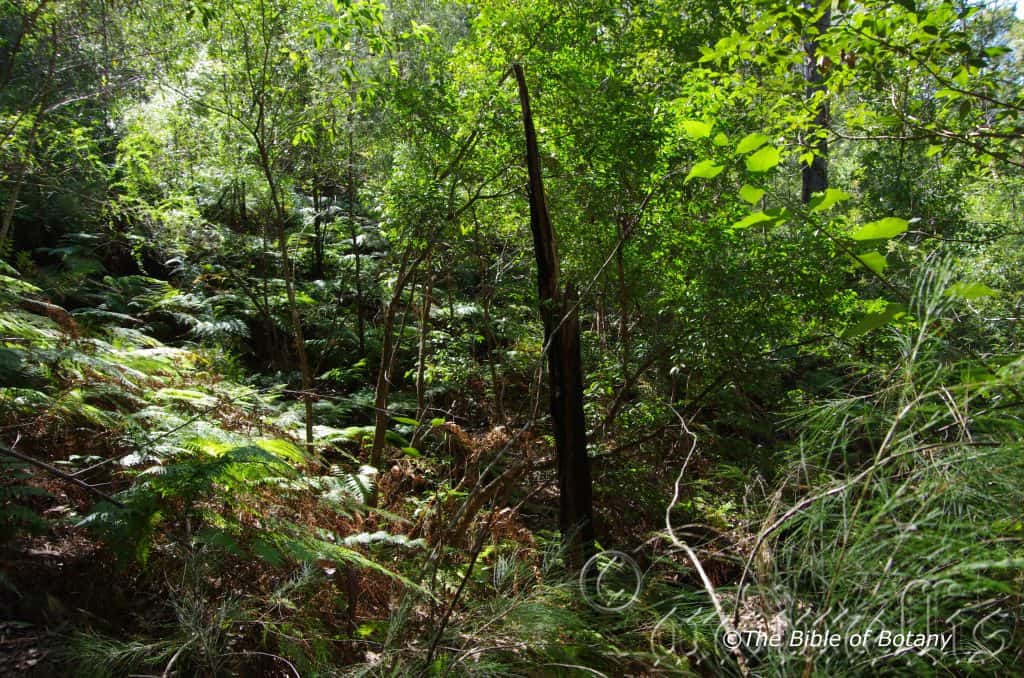
The Pinnacles NSW
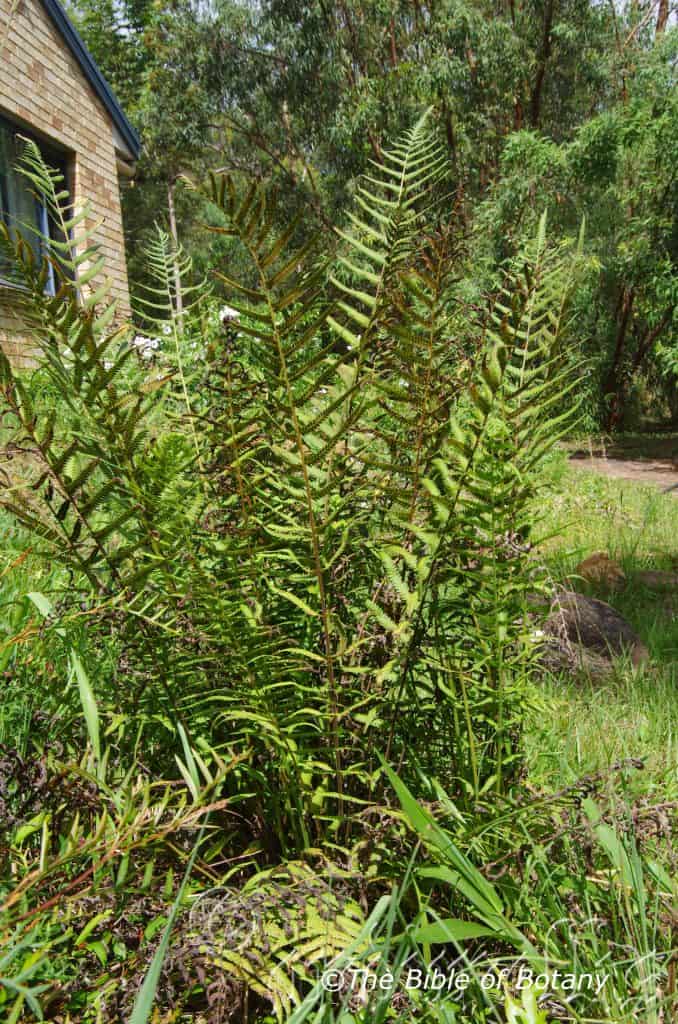
Author’s Garden The Pinnacles NSW

Author’s Garden The Pinnacles NSW

Author’s Garden The Pinnacles NSW
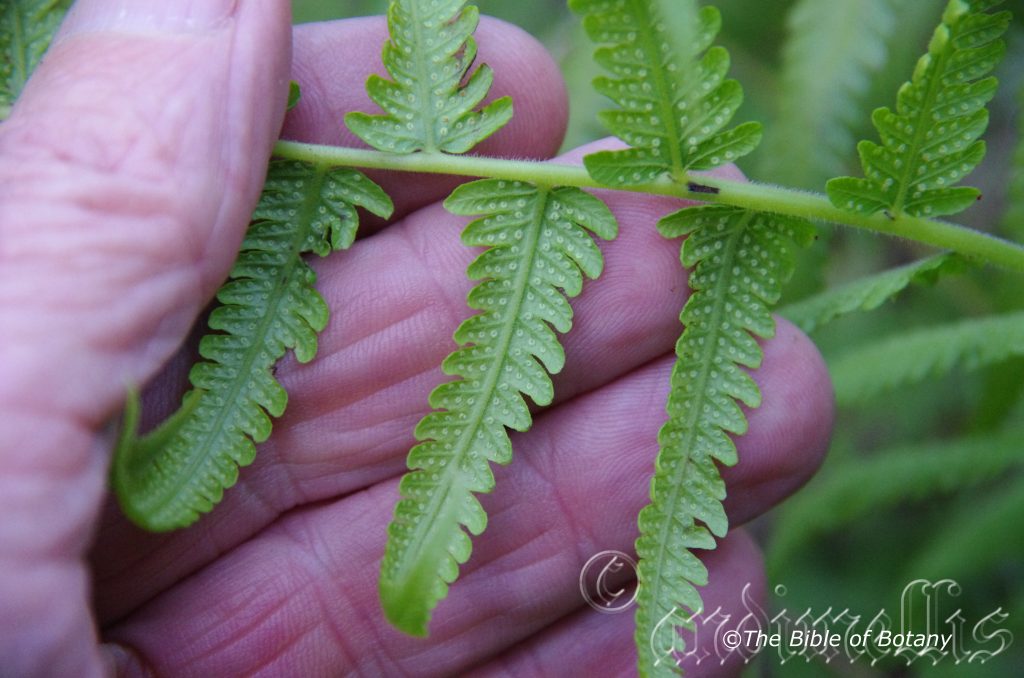
Author’s Garden The Pinnacles NSW
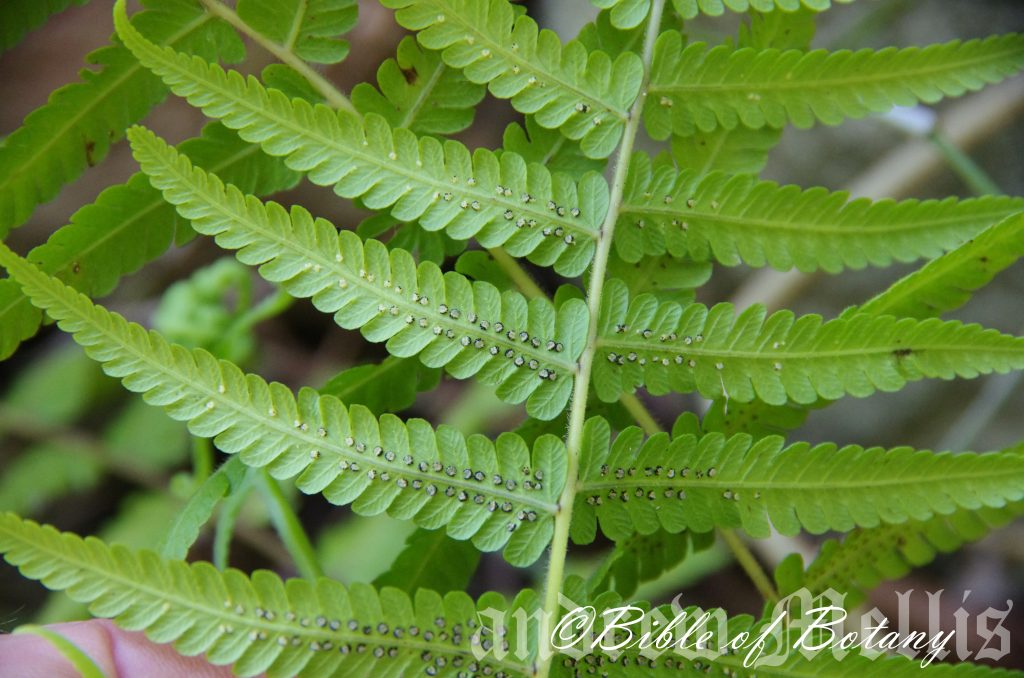
Author’s Garden The Pinnacles NSW

Author’s Garden The Pinnacles NSW
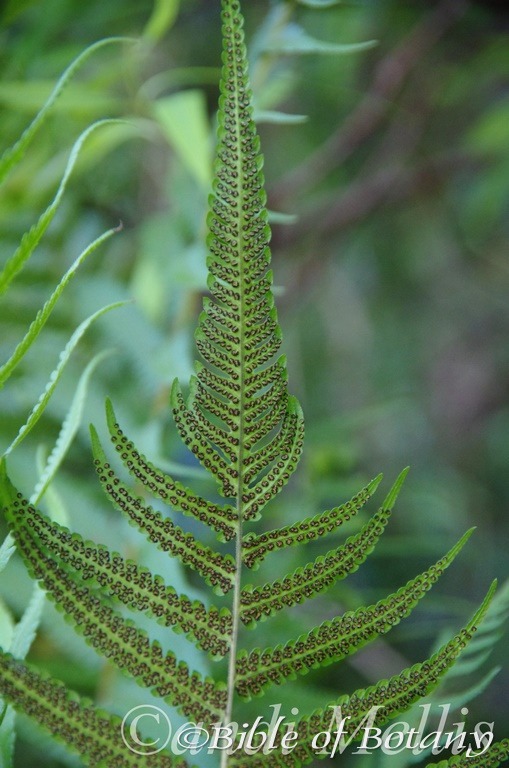
Author’s Garden The Pinnacles NSW
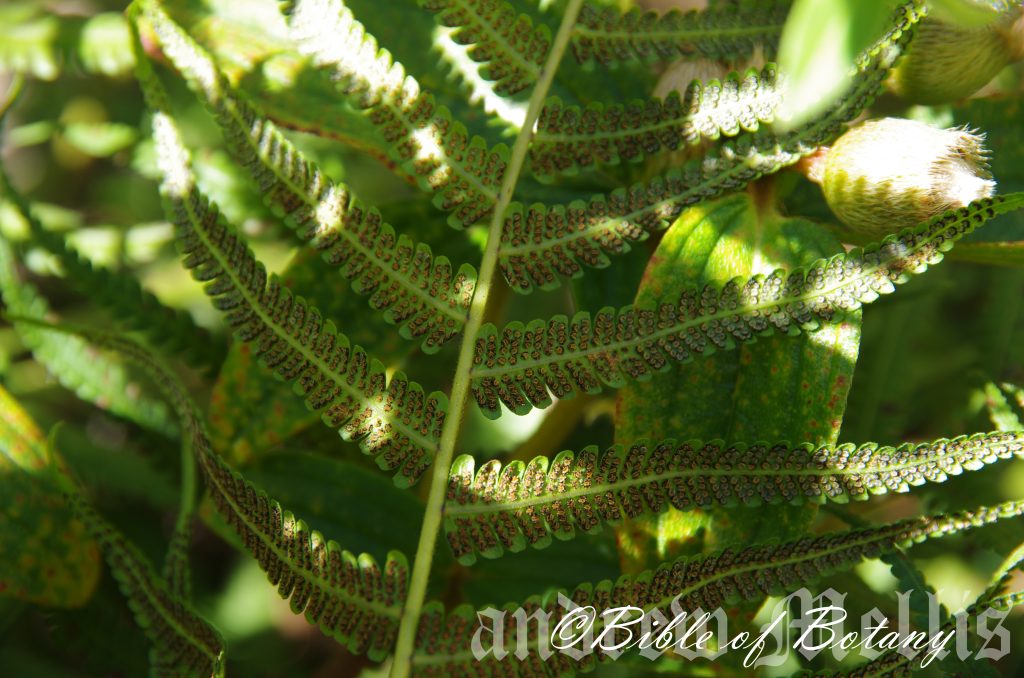
Author’s Garden The Pinnacles NSW

Author’s Garden The Pinnacles NSW
Christella dentata
Classification:
Class: Pteridospida
Order: Athyriales
Family: Thelypteridacea
Genus: From Crist?tus, which is Latin for to be crested or to have a crest and Ella, which is the feminine form. It refers to organs usually the leaves which have a crest.
Specie: From Hispidus, which is Latin for short bristly hairs. It refers to a structure or organ, which has short, bristly course hairs.
Sub specie:
Common Name:
Distribution:
Christella dentata is restricted to several disjunct populations from the Iron Range National Park in the north on Cape York Peninsular Queensland, south to the Hunter Valley region in coastal New South Wales. It is found east of the Great Dividing Range.
https://avh.ala.org.au/occurrences/search?taxa=Christella+dentata+#tab_mapView
Habitat Aspect Climate:
Christella dentata grows in dense shade to dappled sunlight. It grows in moisture retentive soils in montane rainforests, littoral rainforests, moist Eucalyptus forests, riparian forests and gallery rainforests. It is mainly found along rivulets, creeks, streams and small rivers where it can form impenetrable thickets. I have found Christella hispidula growing in and besides very slow moving water where iron bacteria have turned the water to a slimy rusty brown. The altitude ranges from 10 meters ASL to 700 meters ASL.
The temperature ranges from minus 2 degrees in August to 36 degrees in January.
The rainfall ranges from lows of 850mm to 2600mm average per annum.
Soil Requirements:
Christella dentata prefer gravelly light clays to heavy clays. The soils are derived from decomposed shale, black basalt, brown basalt or metamorphic rocks. The soil’s pH ranges from 4pH to 6pH. It tolerates water logged soils which are often stained reddish to black. Non saline soils to moderately saline soils are tolerated.
Iron Bacteria: are naturally occurring bacteria found in dams, swamps, lakes, watercourses usually where the water is moving slowly. Iron bacteria are small microbes which convert soluble ferrous iron Fe+2 into insoluble ferric iron Fe+3 through a process of oxidization. This is a large group of different bacteria of which Gallionella ferruginea is one of the more common ones found in Australia. The presence of microorganisms like Gallinella ferruginea, Thiobacillus thiooxidans or Thiobacillus ferrooxidans act as a catalyst by utilizing the soluble iron sulphides as an energy source thus converting the iron sulphides into sulfuric acid and insoluble Ferric iron oxide. This iron then precipitates out of the water staining the surrounding ground rusty red, forming a rusty sludge or forming a slimy crust on the surface of the water. Their presence is an indication that the soil and water is very acidic. This is most noticeable where alkaloid or base metals like calcium carbonate and magnesium are absent.
Where there are high levels of Manganese present in the soil or water, a similar reaction occurs with different bacteria and chemical reactions. Here the water and soil is stained black with MnO2 or KMnO4.
Height & Spread:
Wild Plants: 45m to 1.25m by 0.8m to 1.25m.
Characteristics:
Christella dentata has a short thick erect or creeping rhizome covered in large deep brown scales that measure 7mm to 10mm in length by 1mm to 1.5mm wide.
Christella dentata’s fronds are single pinnate. The stipes vary in length but are generally shorter than 200mm and are dark brown at the base turning green. The stipes are covered in pale red-brown hairs. The pale green fronds measure 300mm to 700mm in length. The single pinnate, pale green fronds have deeply pinnatifid that measure to20mm to 500mm in length. The concolourous laminas are grass-green and glabrous on the upper laminas while the lower laminas are sparsely covered in short white capitate hairs along the mid vein. The pinnae lobes cut up to 3/4 of way to midrib.
Sori are circular with a small, hairy indusium. They are spaced evenly each side of the mid vein along the main pinnae vein half way between the base and the apex.
Wildlife:
Christella dentata’s wildlife is unknown to the author.
Cultivation:
Christella dentata is a very hardy fern for courtyards, around swimming pools or in the garden where moist lighter conditions prevail and where it can grow to its full potential in a small area. It breaks up hard fences and walls giving a pleasant vertical look. The short unstable trunks need protection from breezes or passing traffic as they can bend very easily and lose their vertical growth. The bent trunks can be used very effectively in small areas. If used correctly it can make medium size areas look larger. Some cleaning of spent fronds on a biannual base is necessary and moisture is required to keep it at its best. It is not drought tolerant so the occasional lapse in watering will see the fronds die back very quickly and the new fronds reduce in size. If it does happen to look dead after a long holiday, during a drought prune all the fronds off to a few centimetres of the rhizome and give them a good soaking. Apply a double strength dose of our recommended fertilizer two days later and within two weeks it will reshoot but it could be the following round of new fronds that will see the size return.
It often reaches its full potential of 1250mm in just over 2 year.
Propagation:
Spores: All ferns that are declared rare, vulnerable or endangered are protected by Federal and State Laws and must not be removed from the wild unless you are a land developer, mining company or main Roads department etc. This includes bulbs, roots, leaves and flowers. No part of any plant can be removed from Federal, State or Local Government land without the prior permission of the authority and this includes the spore.
Most people are put off at the thought of growing ferns from spore. Like all plants that produce their offspring from seed or spore the methods are basically the same. Remember nature has been doing this for millions of years and has been very successful. I have had excellent results growing over 200 different species of Australian ferns so don’t be afraid. Give it a go.
Step 1. Select spore from the fern fronds. Wait until the fern is just starting to release its spore. Rinse the fronds under clean running water and dry. This is to wash off any other spores from rogue ferns that may have settled onto the fronds. (There is nothing worse than having common brake or common soft bracken contaminating a prized tree fern or epiphyte.)
Step 2. Place the dry fronds in a clean brown paper bag and keep them in a cool dark place like the linen closet for about a week to ten days before you are ready to sow the spore. The exception to this rule applies to ferns, which produce green spores. These must be sown immediately that they are released. Todea Barbara is a good example of a fern, which produces green spore.
Step 3. Take a large ice cream container, a small ice cream container and a clean clear plastic bag large enough to seal the large ice cream container and three or four milk bottle tops.
Step 4. Punch or drill 6 to 10 5mm holes in the bottom of the small ice cream container.
Step 5. Wash both containers, tops and plastic bag so that they are very clean and sterile.
Step 6. Use a clean fine seed raising mi. We used 30mm fine sand, 30mm peat and 30mm perlite and 10mm vermiculite. We used crushed basalt, crusher dust and peat in a 50:50 ratio for epiphytes. Moisten the mix enough that water does not run out when the mix is squeezed between the fingers.
Step 7. Place the moisten mix (Enough to half fill the small ice cream container) in the microwave oven with a large glass of water for 7 or 8 minutes, until the water is boiling. Allow them to cool in the oven. You will need the water later so do not tip it out.
Step 8. Take the brown paper bag out of the linen closet. Shake the bag and remove the fronds. You should have a yellow, brown, black or rarely greenish brown or ochre powder or very fine, small round pin head size spore depending on the specie involved.
Step 9. Remove the mixture from the oven once it has cooled and place it in the small ice cream container and level.
Step 10. Sprinkle the spore sparsely over the mixture in the small ice cream container.
Step 11. Place the milk bottle tops in the large ice cream container with the flat surface facing down. Place the small ice cream container in the large ice cream container so that it is sitting on the milk bottle tops.
Step 12. Remove the water from the microwave and pour it into the larger ice cream container so there is 25mm to 30mm of water in the bottom.
Step 13. Place the ice cream containers in the plastic bag and seal.
Step 14. Place the contents and bag in a warm shady place preferably 50mm to 70mm shade depending on the specie. Shade houses and some window sills are ideal.
Step 15. The surface should turn green within a week to two weeks. The prothallus will then develop. From the prthalus the first true fronds will appear. Wait until the ferns are 20mm to 35mm in height before you attempt to transplant them. Once they are ready open the bag up slightly and allow the air to flow around the little ferns. Every 3 to 5 days open the bag a little further so the ferns get use to their new environment. Allow them a week to two weeks to harden off before you transplant them following the removal of the plastic bag. Carefully prick them out into 50mm standard squat tubes as you would any seedling.
Do not try to transplant them as single plants as they are still a little delicate still.
Once the smaller ones again reach 50mm to 70mm you may wish to divide the stronger and hardier individual plants into smaller clumps in 100mm squat pots.
Step 16. We fertilized with seaweed, fish emulsion or organic chicken pellets soaked in water on an alternate basis until established. Fertilize every two months for one year even when in the ground.
Fertilize using Seaweed, fish emulsion or organic chicken pellets soaked in water on an alternate basis. Fertilize every two months until the plants are established then annually in early September or March to maintain health and vitality.
Further Comments from Readers:
Hi reader, it seems you use The Bible of Botany a lot. That’s great as we have great pleasure in bringing it to you! It’s a little awkward for us to ask, but our first aim is to purchase land approximately 1,600 hectares to link several parcels of N.P. into one at The Pinnacles NSW Australia, but we need your help. We’re not salespeople. We’re amateur botanists who have dedicated over 30 years to saving the environment in a practical way. We depend on donations to reach our goal. If you donate just $5, the price of your coffee this Sunday, We can help to keep the planet alive in a real way and continue to bring you regular updates and features on Australian plants all in one Botanical Bible. Any support is greatly appreciated. Thank you.
In the spirit of reconciliation we acknowledge the Bundjalung, Gumbaynggirr and Yaegl and all aboriginal nations throughout Australia and their connections to land, sea and community. We pay our respect to their Elders past, present and future for the pleasures we have gained.

Kelvin Brook Qld.
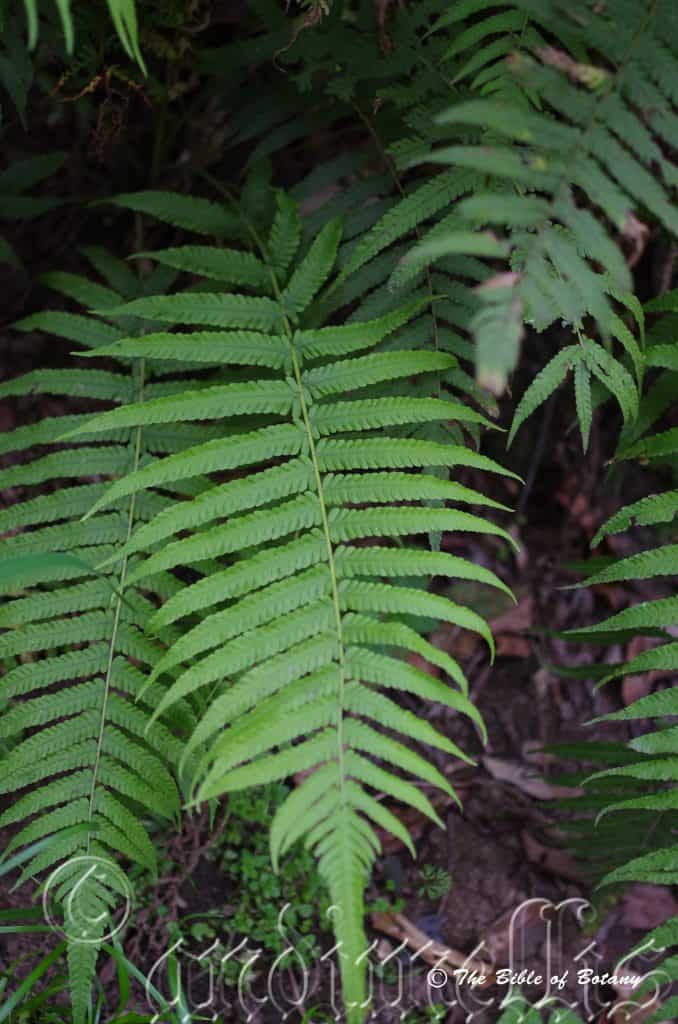
Kelvin Brook Qld.
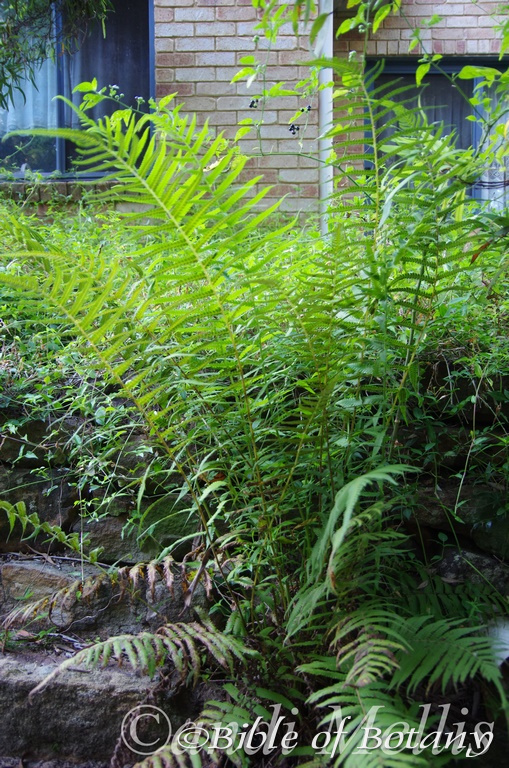
Author’s Garden The Pinnacles NSW
Christella hispidula
Classification:
Class: Pteridospida
Order: Athyriales
Family: Thelypteridacea
Genus: From Crist?tus, which is Latin for to be crested or to have a crest and Ella, which is the feminine form. It refers to organs usually the leaves which have a crest.
Specie: From Hispidus, which is Latin for short bristly hairs. It refers to a structure or organ, which has short, bristly course hairs.
Sub specie:
Common Name:
Distribution:
Christella hispidula is restricted to several disjunct populations from the Iron Range National Park in the north on Cape York Peninsular Queensland, south to the Hunter Valley region in coastal New South Wales. It is found east of the Great Dividing Range.
https://avh.ala.org.au/occurrences/search?taxa=Christella+hispidula+#tab_mapView
Habitat Aspect Climate:
Christella hispidula grows in dense shade to dappled sunlight. It grows in moisture retentive soils in montane rainforests, littoral rainforests, moist Eucalyptus forests, riparian forests and gallery rainforests. It is mainly found along rivulets, creeks, streams and small rivers where it can form impenetrable thickets. I have found Christella hispidula growing in and besides very slow moving water where iron bacteria have turned the water to a slimy rusty brown. The altitude ranges from 10 meters ASL to 700 meters ASL.
The temperature ranges from minus 2 degrees in August to 36 degrees in January.
The rainfall ranges from lows of 850mm to 2600mm average per annum.
Soil Requirements:
Christella hispidula prefer gravelly light clays to heavy clays. The soils are derived from decomposed shale, black basalt, brown basalt or metamorphic rocks. The soil’s pH ranges from 4pH to 6pH. It tolerates waterlogged soils which are often stained reddish to black. Non saline soils to moderately saline soils are tolerated.
Iron Bacteria: are naturally occurring bacteria found in dams, swamps, lakes, watercourses usually where the water is moving slowly. Iron bacteria are small microbes which convert soluble ferrous iron Fe+2 into insoluble ferric iron Fe+3 through a process of oxidization. This is a large group of different bacteria of which Gallionella ferruginea is one of the more common ones found in Australia. The presence of microorganisms like Gallinella ferruginea, Thiobacillus thiooxidans or Thiobacillus ferrooxidans act as a catalyst by utilizing the soluble iron sulphides as an energy source thus converting the iron sulphides into sulfuric acid and insoluble Ferric iron oxide. This iron then precipitates out of the water staining the surrounding ground rusty red, forming a rusty sludge or forming a slimy crust on the surface of the water. Their presence is an indication that the soil and water is very acidic. This is most noticeable where alkaloid or base metals like calcium carbonate and magnesium are absent.
Where there are high levels of Manganese present in the soil or water, a similar reaction occurs with different bacteria and chemical reactions. Here the water and soil is stained black with MnO2 or KMnO4.
Height & Spread:
Wild Plants: 0.45m to 1.25m by 0.8m to 1.25m.
Characteristics:
Christella hispidula has a very short thick creeping rhizome covered in large deep brown scales. The scales measure 7mm to 10mm in length by 1mm to 1.5mm wide. The rhizomes are slender, short and creeping.
Christella hispidula’s fronds are single pinnate. The stipes vary in length but are generally shorter than 200mm and are dark brown at the base turning green a short distance up to a light green. The stipes are covered in pale red-brown hairs. The pale green fronds measure 200mm to 500mm in length. The pinnules have 23 to 61 pinnae which are united before reaching the rachis. The longest near the base with the basal 3 or 4 pairs reducing in length. The basal pair measure 15mm to 28mm in length by 7mm to 12mm in width. The pinnae then taper as they approach the apex. The concolourous laminas are grass-green and glabrous on the upper laminas while the lower laminas are sparsely covered in short white capitate hairs along the mid vein. The apex is offset obtuse. Young fronds are a lighter shade of green than mature fronds.
Sori are circular with a hairy indusium. They are spaced evenly each side of the mid vein along the main pinnae vein half way between the base and the apex.
Confusing species: Christella hispidula and Christella dentata are two closely related fern species that look very similar. The key difference is Christella dentata has a creeping rhizome, while Christella hispidula has a weak erect or inclined small trunk like rhizome. Additionally, Christella dentata usually has 1 pair of veins meeting below the sinus and a single vein joining in the sinus, whereas Christella hispidula often has 1 or 2 pairs of slightly reduced pinnae.
Wildlife:
Christella hispidula’s wildlife is unknown to the author.
Cultivation:
Christella hispidula is a very hardy fern for courtyards, around swimming pools or in the garden where moist lighter conditions prevail. Christella hispidula is excellent for around swimming pools where it can grow to its full potential in a small area. It breaks up hard fences and walls giving a pleasant vertical look. The short unstable trunks need protection from breezes or passing traffic as it can bend very easily and lose its vertical growth. The bent trunks can be used very effectively in small areas. If used correctly it can make medium size areas look larger. Some cleaning of spent fronds on a biannual base is necessary and moisture is required to keep it at its best. It is not drought tolerant so the occasional lapse in watering will see the fronds die and the new fronds reduce in size. If it does happen to look dead after a long holiday, during a drought prune all the fronds off to a few centimetres of the rhizome and give them a good soaking. Apply a double strength dose of our recommended fertilizer two days later and within two weeks they will reshoot but it could be the following round of new fronds that will see the size return.
They often reach their full potential of 1250mm in just over 2 year.
Propagation:
Spores: All ferns that are declared rare, vulnerable or endangered are protected by Federal and State Laws and must not be removed from the wild unless you are a land developer, mining company or main Roads department etc. This includes bulbs, roots, leaves and flowers. No part of any plant can be removed from Federal, State or Local Government land without the prior permission of the authority and this includes the spore.
Most people are put off at the thought of growing ferns from spore. Like all plants that produce their offspring from seed or spore the methods are basically the same. Remember nature has been doing this for millions of years and has been very successful. I have had excellent results growing over 200 different species of Australian ferns so don’t be afraid. Give it a go.
Step 1. Select spore from the fern fronds. Wait until the fern is just starting to release its spore. Rinse the fronds under clean running water and dry. This is to wash off any other spores from rogue ferns that may have settled onto the fronds. (There is nothing worse than having common brake or common soft bracken contaminating a prized tree fern or epiphyte.)
Step 2. Place the dry fronds in a clean brown paper bag and keep them in a cool dark place like the linen closet for about a week to ten days before you are ready to sow the spore. The exception to this rule applies to ferns, which produce green spores. These must be sown immediately that they are released. Todea Barbara is a good example of a fern, which produces green spore.
Step 3. Take a large ice cream container, a small ice cream container and a clean clear plastic bag large enough to seal the large ice cream container and three or four milk bottle tops.
Step 4. Punch or drill 6 to 10 5mm holes in the bottom of the small ice cream container.
Step 5. Wash both containers, tops and plastic bag so that they are very clean and sterile.
Step 6. Use a clean fine seed raising mi. We used 30mm fine sand, 30mm peat and 30mm perlite and 10mm vermiculite. We used crushed basalt, crusher dust and peat in a 50:50 ratio for epiphytes. Moisten the mix enough that water does not run out when the mix is squeezed between the fingers.
Step 7. Place the moisten mix (Enough to half fill the small ice cream container) in the microwave oven with a large glass of water for 7 or 8 minutes, until the water is boiling. Allow them to cool in the oven. You will need the water later so do not tip it out.
Step 8. Take the brown paper bag out of the linen closet. Shake the bag and remove the fronds. You should have a yellow, brown, black or rarely greenish brown or ochre powder or very fine, small round pin head size spore depending on the specie involved.
Step 9. Remove the mixture from the oven once it has cooled and place it in the small ice cream container and level.
Step 10. Sprinkle the spore sparsely over the mixture in the small ice cream container.
Step 11. Place the milk bottle tops in the large ice cream container with the flat surface facing down. Place the small ice cream container in the large ice cream container so that it is sitting on the milk bottle tops.
Step 12. Remove the water from the microwave and pour it into the larger ice cream container so there is 25mm to 30mm of water in the bottom.
Step 13. Place the ice cream containers in the plastic bag and seal.
Step 14. Place the contents and bag in a warm shady place preferably 50mm to 70mm shade depending on the specie. Shade houses and some window sills are ideal.
Step 15. The surface should turn green within a week to two weeks. The prothallus will then develop. From the prthalus the first true fronds will appear. Wait until the ferns are 20mm to 35mm in height before you attempt to transplant them. Once they are ready open the bag up slightly and allow the air to flow around the little ferns. Every 3 to 5 days open the bag a little further so the ferns get use to their new environment. Allow them a week to two weeks to harden off before you transplant them following the removal of the plastic bag. Carefully prick them out into 50mm standard squat tubes as you would any seedling.
Do not try to transplant them as single plants as they are still a little delicate still.
Once the smaller ones again reach 50mm to 70mm you may wish to divide the stronger and hardier individual plants into smaller clumps in 100mm squat pots.
Step 16. We fertilized with seaweed, fish emulsion or organic chicken pellets soaked in water on an alternate basis until established. Fertilize every two months for one year even when in the ground.
Fertilize using Seaweed, fish emulsion or organic chicken pellets soaked in water on an alternate basis. Fertilize every two months until the plants are established then annually in early September or March to maintain health and vitality.
Further Comments from Readers:
Hi reader, it seems you use The Bible of Botany a lot. That’s great as we have great pleasure in bringing it to you! It’s a little awkward for us to ask, but our first aim is to purchase land approximately 1,600 hectares to link several parcels of N.P. into one at The Pinnacles NSW Australia, but we need your help. We’re not salespeople. We’re amateur botanists who have dedicated over 30 years to saving the environment in a practical way. We depend on donations to reach our goal. If you donate just $5, the price of your coffee this Sunday, We can help to keep the planet alive in a real way and continue to bring you regular updates and features on Australian plants all in one Botanical Bible. Any support is greatly appreciated. Thank you.
In the spirit of reconciliation we acknowledge the Bundjalung, Gumbaynggirr and Yaegl and all aboriginal nations throughout Australia and their connections to land, sea and community. We pay our respect to their Elders past, present and future for the pleasures we have gained.

The Pinnacles NSW

Ebor NSW
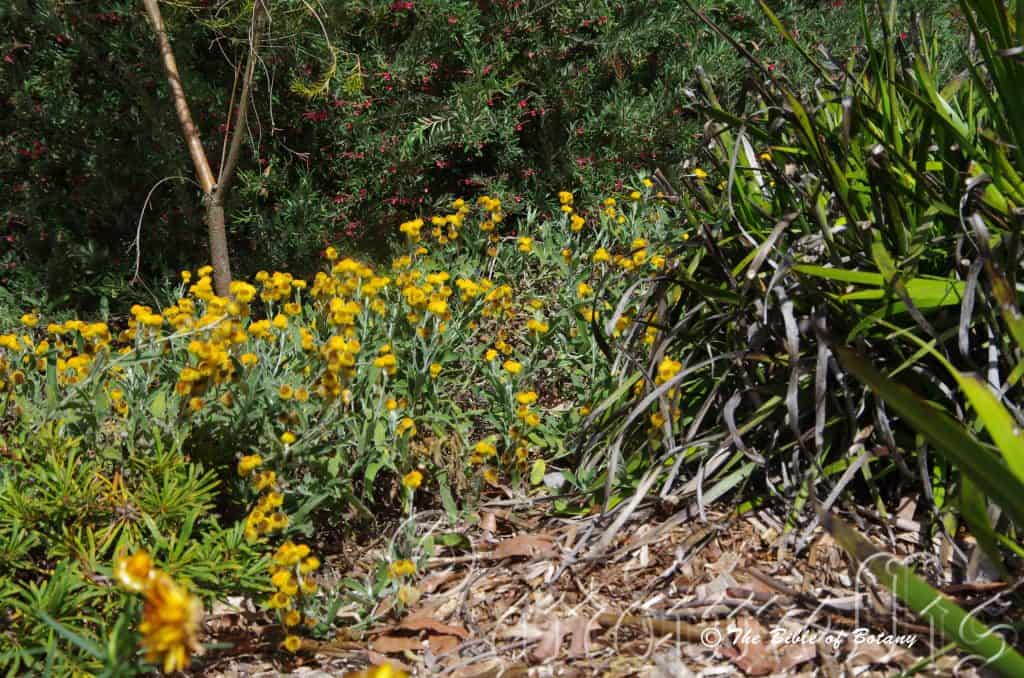
Rosser Park Qld.
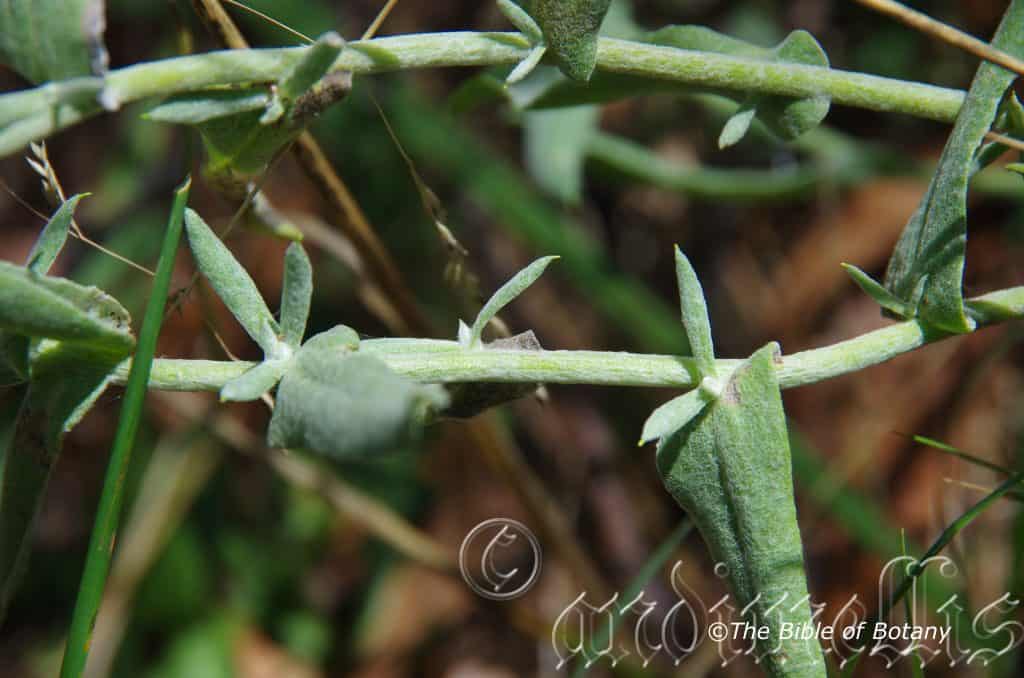
Ebor NSW

Author’s Garden The Pinnacles NSW

Author’s Garden The Pinnacles NSW
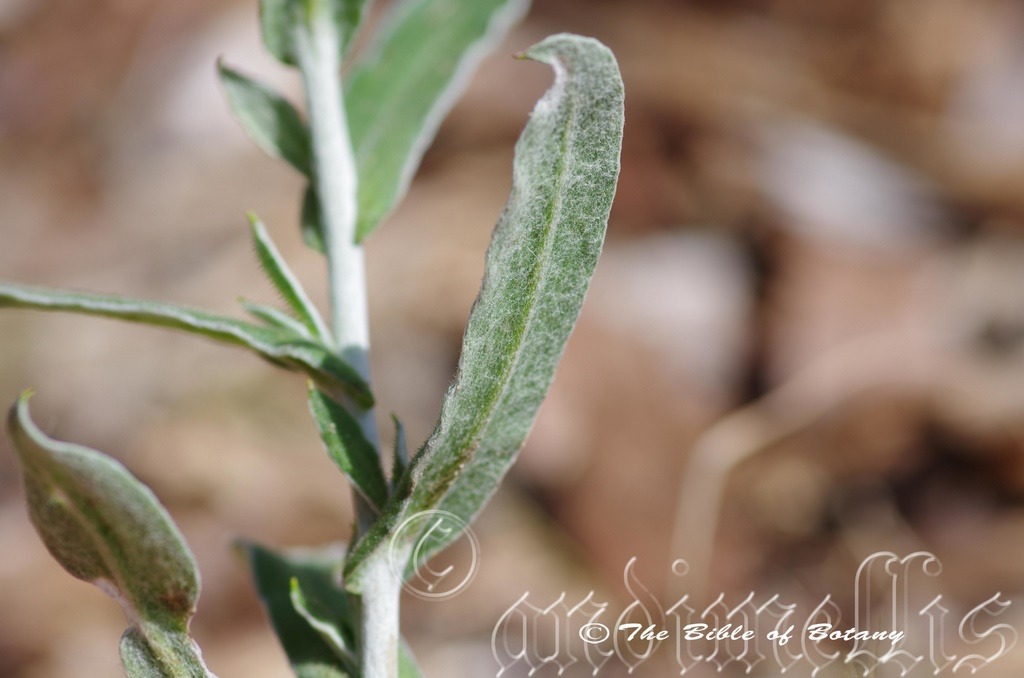
Author’s Garden The Pinnacles NSW

Author’s Garden The Pinnacles NSW

Author’s Garden The Pinnacles NSW

Nana Glen NSW

Author’s Garden The Pinnacles NSW
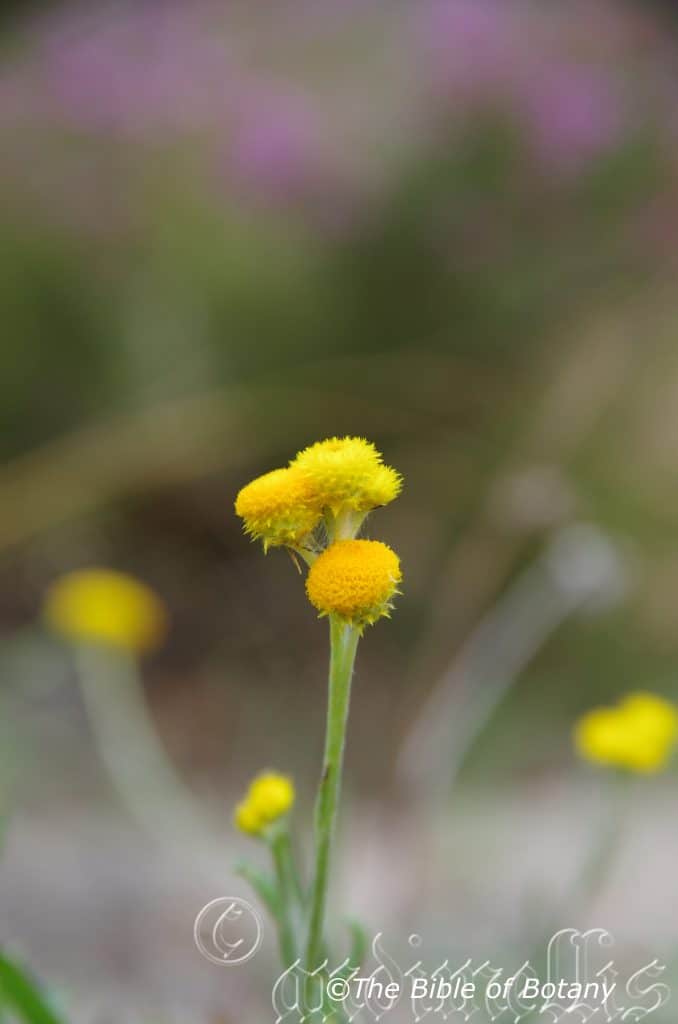
Author’s Garden The Pinnacles NSW

Nana Glen NSW
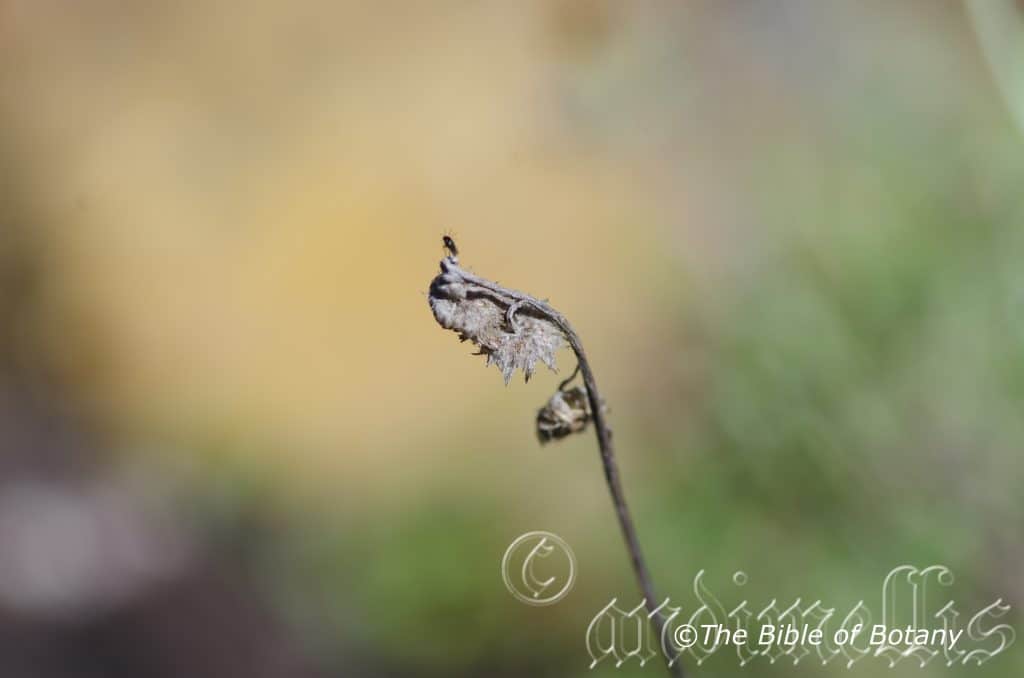
Author’s Garden The Pinnacles NSW

Author’s Garden The Pinnacles NSW
Chrysocephalum apiculatum
Classification:
Unranked: Eudicots
Unranked: Asterids
Order: Apiales
Family: Mackinlavaceae
Genus: From KhrĆ«Ìseos, which is Ancient Greek or ChrÈłseum, which is Latin for a golden colour and Kephaláž, which is Ancient Greek for a head. It refers the flower heads which are a rich golden yellow.
Specie: From Apical, which is Latin for at the summit, top, at the apex or at the highest or furthest point. It refers to the flowers forming near to the apexes of the stems.
Sub specie:
Common Name: Common Everlasting or Yellow Buttons.
Distribution:
Chrysocephalum apiculatum is widespread throughout Australia except for the true desert regions and the monsoonal belt across the top end.
https://avh.ala.org.au/occurrences/search?taxa=Chrysocephalum+apiculatum+#tab_mapView
Habitat Aspect Climate:
Chrysocephalum apiculatum prefer dappled shade to full sun. It is found in most open habitats from open eucalyptus forests, open woodlands, mallee country, and arid plains grasslands to high in the mountains. It thrives in small depressions and drainage lines from the tropics to the alpine regions to semi-arid locations especially where the ground has been disturbed or tilled. This is a vigorous small herbaceous plant that can form dense colonies. The altitude ranges from 5 meters BSL to 1050 meters ASL.
The temperatures range from minus 4 degrees in July to 44 degrees in January.
The rainfall ranges from lows of 100mm to 2000mm average per annum.
Soil Requirements:
Chrysocephalum apiculatum has no preference to soil types growing on all soils from sandy loams to heavy clays, skeletal to deep soils, rocky or gravelly. The soil’s pH ranges from 4pH to 6.5pH. It does not tolerate waterlogged soils however they appreciate even moisture in the soil. Non saline soils to very saline soils are tolerated.
Height & Spread:
Wild Plants: 0.07m to 0.6m by 0.2m to 0.4m.
Characteristics:
The stems of Chrysocephalum apiculatum are stoloniferous. The stolons are pale grass-green, pale blue-green or pale grey-green and are moderately to densely covered in soft white pilose sericeous, pannate or tomentose hairs.
The alternate to sub alternate linear-lanceolate, oblanceolate or spathulate leaves of Chrysocephalum apiculatum are disjunct to tightly positioned along the stems. The leaves measure 10mm to 60mm in length by 10mm to 25mm in width. The bases are tapering to cuneate and are semi clasping while the apexes are acuminate with an apiculate tip to obtuse or mucronate. The concolourous laminas are grass-green to blue-green or grey-green, dull and pale grass-green, pale blue-green or pale grey-green and are moderately to densely covered in soft white pilose sericeous, pannate or tomentose hairs. The laminas are flat recurve slightly upwards or decurve slightly downwards from the midvein.
The inflorescences of Chrysocephalum apiculatum are born on heads, from a few to numerous in compact clusters from the terminals on short branches. The heads are sessile or shortly pedunculate. The grass-green to blue-green or grey-green, dull and pale grass-green, pale blue-green or pale grey-green and are moderately to densely covered in soft white pilose sericeous, pannate or tomentose hairs. The campanulate to obconical heads measure 5mm to 8mm in length by 7mm to 15mm in diameter.
The scarious outer bracts are opaque, golden-yellow and at times tinged brown or rarely white and tinged pink. The intermediate involucral bracts are longer than the outer bracts and are at times equal to the floral rays in length. The sepals are absent. The bright yellow laminas are erect while the florets are bisexual or female. The flowers appear throughout the year peaking in spring.
The seeds of Chrysocephalum apiculatum are narrow oblong-obovoidal 4 angled and slightly compressed. They are glabrous or papillose. The finely barbellate pappus bristles are white and bright yellow on the lower half and sub plumose on the upper half.
Wildlife:
Chrysocephalum apiculatum is the major host for the Painted Lady Butterfly (Vanessa kershawi) though it attracts many different varieties when in flower to feed on the nectar. Several species of pollen flies and native bees will also gather to forage on the flowers.
Cultivation:
Chrysocephalum apiculatum is a magnificent small herb that should be more widely grown in association with other forest specie, partially shaded to sunny courtyards, around swimming pools, bush houses or walkways. It is ideal at the edge of a moist forest or deep in the center or edges of rockeries. In cultivation they will grow from 0.1 meters to 0.25 meters in height by 0.3 meters to 0.8 meters in diameter when grown in the open.
Chrysocephalum apiculatum grow exceptionally well on all moist to wet soils, particularly those covered in rocks and boulders where they help to maintain even soil temperatures and soil moisture. If these requirements are met it can cope with temperatures as low as minus 5 degrees and up to 44 degrees. It is moderately drought resistant once established though leaf and stem size will diminish to being stunted or withered remains if the condition prevails for a long period. It responds very quickly as soon as soil moisture is returned.
Add to the above, if it is given an adequate supply of water and a little native fertilizer on a regular basis the plants will respond with excellent leaf and flower production flowering continuously throughout the year. The original plants we had in a rockery covered the entire section between the rocks and we never had to replace them as they self-seeded for over 10 years flowering throughout the year.
Because of their size it is ideal in settings near ponds in court yards or moist rockeries rockery. If it is planted near swimming pools, small ponds remember the seeds may be a small problem with filters when the seeds are being dispersed.
Chrysocephalum apiculatum also makes an excellent hanging basket plants especially where moisture can be guaranteed.
Propagation:
Seeds: Seeds of Chrysocephalum apiculatum seeds should be collected as soon as the seeds are starting to be dispersed. Sow directly into their permanent position or sown into 50mm tubes using a seed raising mix.
Once the seedlings reach 80mm to 120mm in height plant them out into their permanent position. For mass plantings plant them at 0.5 meters to 0.7 meter centers.
Division: 1. Do not water before you start.
2. Cut back foliage to around 70mm to 100mm in length,
3. Use a garden fork or shovel to dig around the clump you want to divide (about 50mm to 100mm greater circumference than the plants),
4. Lift the whole of the root ball out of the ground,
5.Cut the clumps into 4 equal parts,
6. Replant in the prepared bed using half a hand full of blood and bone over a one square meter of soil,
7. Level off at the same level the bulbs were at the start.
8. Give a thorougher watering and keep moist until the plants fully recover.
Further Comments from Readers:
Hi reader, it seems you use The Bible of Botany a lot. That’s great as we have great pleasure in bringing it to you! It’s a little awkward for us to ask, but our first aim is to purchase land approximately 1,600 hectares to link several parcels of N.P. into one at The Pinnacles NSW Australia, but we need your help. We’re not salespeople. We’re amateur botanists who have dedicated over 30 years to saving the environment in a practical way. We depend on donations to reach our goal. If you donate just $5, the price of your coffee this Sunday, We can help to keep the planet alive in a real way and continue to bring you regular updates and features on Australian plants all in one Botanical Bible. Any support is greatly appreciated. Thank you.
In the spirit of reconciliation we acknowledge the Bundjalung, Gumbaynggirr and Yaegl and all aboriginal nations throughout Australia and their connections to land, sea and community. We pay our respect to their Elders past, present and future for the pleasures we have gained.
Chrysopogon filipes
Classification:
Unranked: Monocots
Unranked: Commelinids
Order: Poales
Family: Poaceae
Subfamily: Panicoideae
Tribe: Andropogoneae
Genus: From KhrĆ«Ìseos, which is Ancient Greek or ChrÈłseum, which is Latin for a golden colour and Pogon, which is Ancient Greek for a beard. It refers to the golden colour of the hairs on the lemma and glumes with possibly the yellow anthers.
Specie: From Filum, which is Latin for a thread or a thin cord. It refers to the culms being very fine or thread like.
Sub specie:
Common Name: Australian Vetiva.
Distribution:
Chrysopogon filipes is widespread south and east of a line from the tip of Cape York Peninsular to Vergemont Creek near Longreach in Queensland, then south east to Walgett and to Kempsey on the Macleay River in northern New South Wales.
In the northern Territory it is found north from Mount Finnis in the west to north east Kakadu National Park including Melville, Bathurst Islands and Gurig Peninsular.
https://avh.ala.org.au/occurrences/search?taxa=Chrysopogon+filipes+#tab_mapView
Habitat Aspect Climate:
Chrysopogon filipes prefers light dappled shade to full sun. It grows along riparian zones of creeks, streams, rivers or on flood plains especially in riparian flats. The altitude ranges from near sea level to 960 meters ASL.
The temperatures range from minus 3 degrees in August to 40 degrees in January.
The rainfall ranges from lows of 250mm to 3200mm average per annum.
Soil Requirements:
Chrysopogon filipes prefer better quality loams to medium clays or heavy silts. It is most commonly found on poor weathered duplex soils including grey and yellow cluggy podzolics or pindin soils. The soils are derived from decomposed shale, brown basalt, black basalt, laterites, fatty sandstone, mudstone, granite and metamorphic rocks. The soil’s pH ranges 4pH to 6.5pH. It does not tolerate waterlogged soils though many of the soils are cluggy clay-loams during the wet season. Non saline soils to moderately saline soils are tolerated.
Height & Spread:
Wild Plants:0.6m to 1m by 1.3m to 2m.
Characteristics:
Chrysopogon filipes is a large erect to spreading, tufted perennial grass at times covering large areas. The rhizomes are short and glossy. The culms are typically grass green and glabrous or sparsely covered in white pilose hairs. The culms branches are simple and sparse with 3 to 6 nodes. The culms measure 600mm to 1000mm by 3mm to 6mm in diameter.
The linear leaves of Chrysopogon filipes measure 150mm to 450mm in length by 3mm to 6mm in width. The bases are clasping while the apexes are tapering. The discolourous laminas are grass-green and scabrous on the upper lamina while the lower lamina is much paler. The leaf margins are scabrous and revolute. The sheaths are narrowly triangular, entire scabrous or sparsely to moderately covered in white pilose hairs. The ligule is a fringed membrane with white ciliate margins that measure 0.7mm to 1mm length.
The inflorescences of Chrysopogon filipes are slender racemes with 3 to 5 flexuous branches. The lanceolate racemes measure 150mm to 300mm in length by 30mm to 120mm in diameter. The rachises are fragile at the nodes, glabrous at the bases and scabrous for the remainder.
The spikelets are sessile with 1 in the cluster. The spikelets are pedicelled with 1 in the cluster. The companion spikelets contain empty lemmas and measure 3mm to 8mm in length. The spikelet glumes are muticus while the fertile spikelets have 2 individual flowers. The lower floret is barren or rarely male while the upper floret is fertile. The linear or lanceolate fertile floret is without a rachillae extension and is laterally compressed. It measures 8mm to 10mm in length by 3mm to 3.5mm in diameter.
The dissimilar glumes are firmer than fertile lemma. The lower coriaceous glumes are lanceolate, without keels and have 3 to 5 nerves and are ciliate near the apex. The upper scabrous glumes are lanceolate, without keels and have 3 to 5 nerves and have a mucronate apex.
The fertile lemmas are elliptical to obovate with acute or obtuse apexes. The lemmas are glabrous with a scabrous midvein and have a single nerve. They measure 7mm to 10mm in length. The single awn measures 13mm to 26mm in length.
The 3 anthers are rusty-red to rusty-brown. The flowers appear from late October to early March.
Wildlife:
Chrysopogon filipes is eaten by kangaroos and wallabies but does not form a staple part of their diet.
Cultivation:
Chrysopogon filipes is a grass of the plains and gentle slopes. This grass can only handle light frosts and in frosty locations should be treated as an annual. Apart from being a moderately good fodder crop for grazing animals Chloris ventricosa has no real horticultural merit.
Propagation:
Seeds: Collecting the seeds of Chrysopogon filipes is easy and the growing is just as easy from fresh seeds. The seeds can be sown directly onto scratched ground and watered thoroughly. Either that or soak the seeds for about an hour then scatter the seeds onto the scratched earth and water lightly. Germination should take 5 to 7 days.
Fertilize using Seaweed, fish emulsion or organic chicken pellets soaked in water on an alternate basis. Fertilize every two months until the flower buds appear.
Further Comments from Readers:
Hi reader, it seems you use The Bible of Botany a lot. That’s great as we have great pleasure in bringing it to you! It’s a little awkward for us to ask, but our first aim is to purchase land approximately 1,600 hectares to link several parcels of N.P. into one at The Pinnacles NSW Australia, but we need your help. We’re not salespeople. We’re amateur botanists who have dedicated over 30 years to saving the environment in a practical way. We depend on donations to reach our goal. If you donate just $5, the price of your coffee this Sunday, We can help to keep the planet alive in a real way and continue to bring you regular updates and features on Australian plants all in one Botanical Bible. Any support is greatly appreciated. Thank you.
In the spirit of reconciliation we acknowledge the Bundjalung, Gumbaynggirr and Yaegl and all aboriginal nations throughout Australia and their connections to land, sea and community. We pay our respect to their Elders past, present and future for the pleasures we have gained.
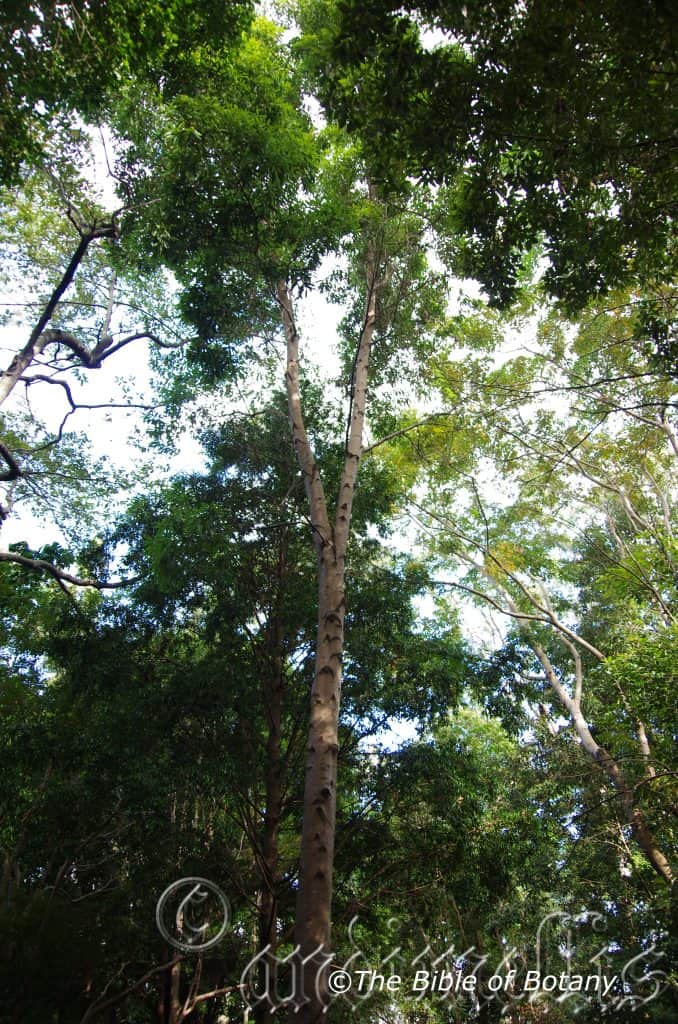
Mount Cootha Botanic Gardens Qld.
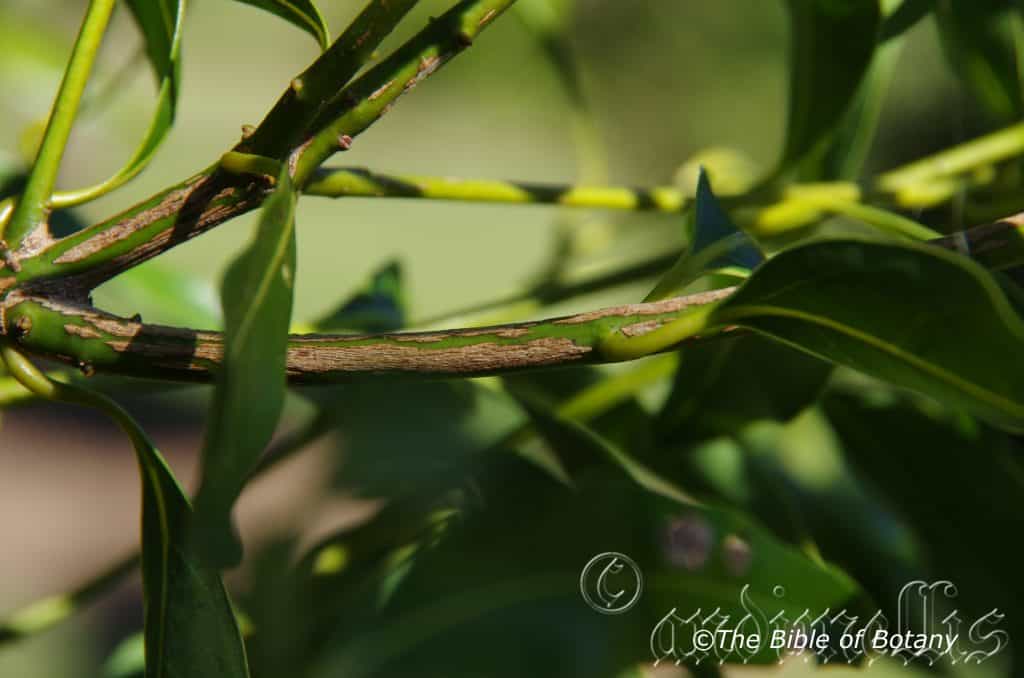
Rosser Park Benowa Qld.

Mount Cootha Botanic Gardens Qld.

NCBG Coffs Harbour NSW

Rosser Park Benowa Qld.
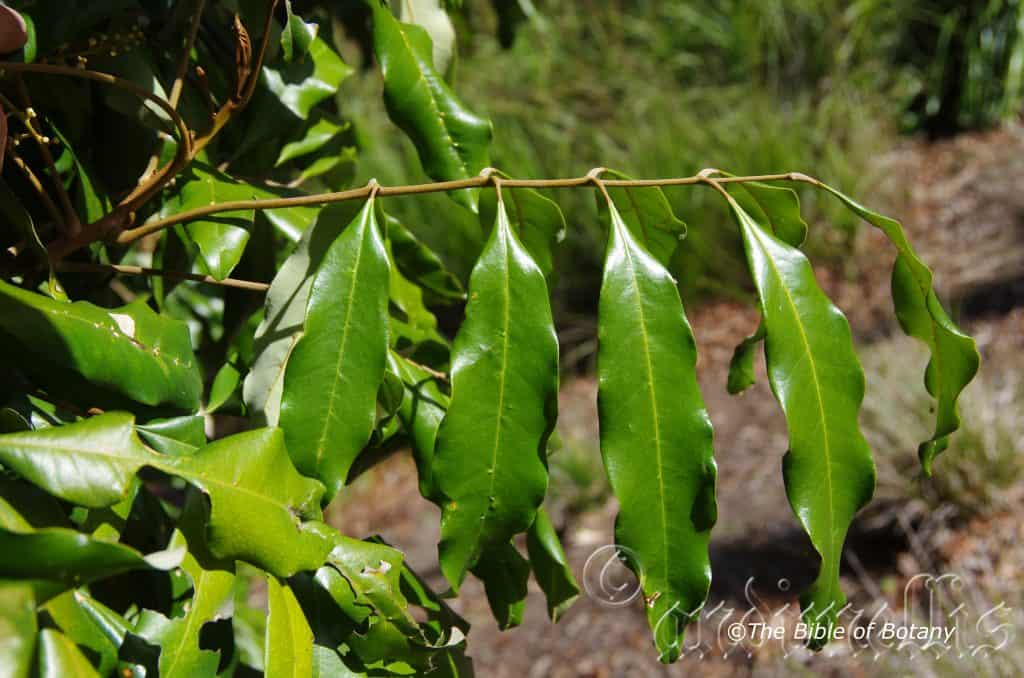
Rosser Park Benowa Qld.
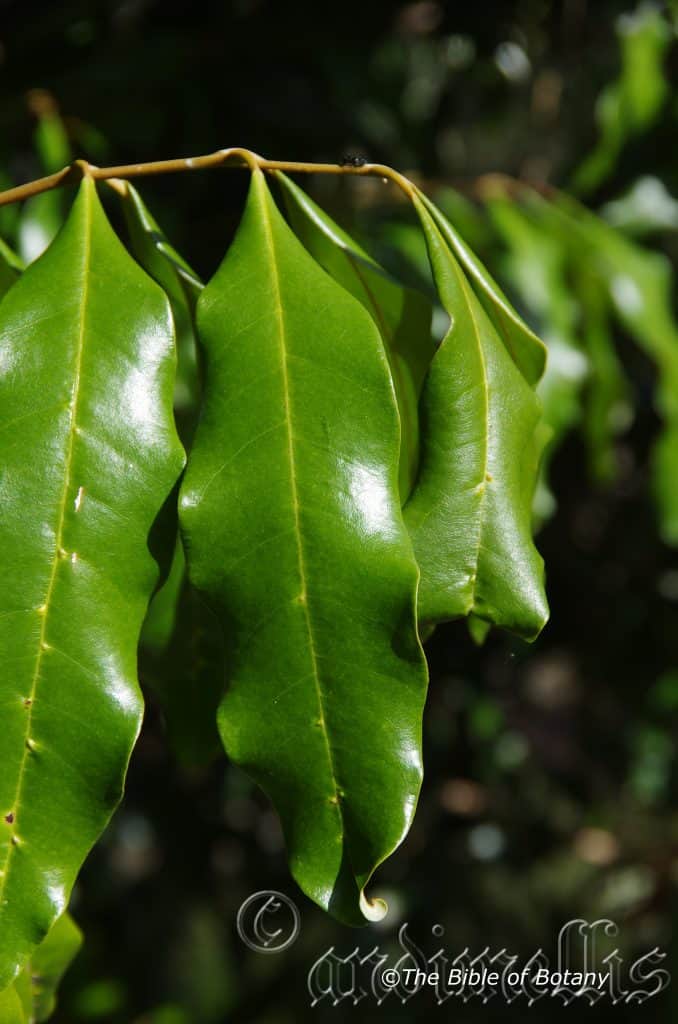
Rosser Park Benowa Qld.

Rosser Park Benowa Qld.

Rosser Park Benowa Qld.

Rosser Park Benowa Qld.
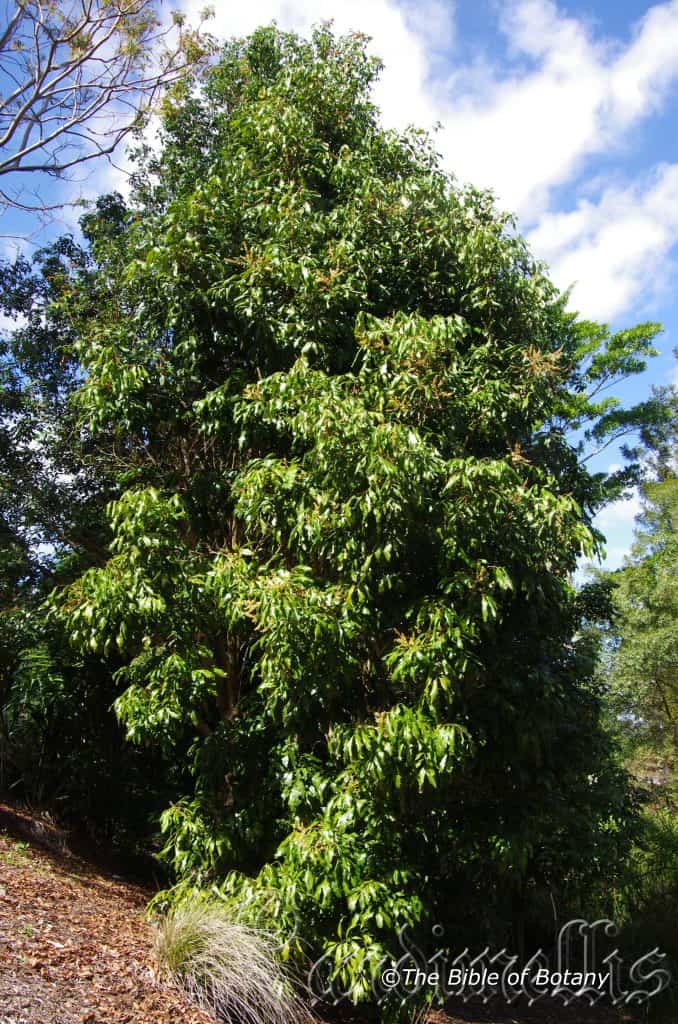
Rosser Park Benowa Qld.
Cinnamomum oliveri
Classification:
Unranked: Eudicots
Unranked: Rosids
Order: Sapindales
Family: Burseraceae
Genus: From Kinnamomon, which is Ancient Greek for the Cinnamon tree and spice. It refers to the superficial appearance of the trees to the cinnamon tree Cinnamomum verum.
Specie: From Oliva, which is Latin for deep yellowish-green. It refers to structures or organs, which are olive green in colour.
Sub specie:
Common Name: Oliver’s Sassifras or Cinnamon Wood.
Distribution:
Cinnamomum oliveri is found south from the Iron Range National Park on East Cape York Peninsular in Queensland to the Illawarra district in central coastal New South Wales. It is found on and east of the Great Dividing Range.
https://avh.ala.org.au/occurrences/search?taxa=Cinnamomum+oliveri+#tab_mapView
Habitat Aspect Climate:
Cinnamomum oliveri prefers full sun to full shade. It grows in cool well developed tropical rainforests to warm well developed temperate rainforests. The altitude ranges from 20 meters ASL to 1050 meters ASL.
The temperatures range from 15 degrees in July to 42 degrees in January.
The rainfall ranges from lows of 650mm to an average of 3200mm annually.
Soil Requirements:
Cinnamomum oliveri prefers to grow on better quality soils associated with light red clay loams to medium red clay loams. The soils are derived from decomposed black basalts or sedimentary rocks. The soil’s pH ranges from 5pH to a 6pH are preferred. It does not tolerate waterlogged soils. Non saline soils to moderately saline soils are tolerated.
Height & Spread:
Wild Plants: 20m to 40m by 10m to 16m.
Characteristics:
Cinnamomum Oliver’s bark is a dull grey to dull grey-brown and lightly to strongly tessellated, while the branchlets are pale grey and scabrous. The new growth and juvenile branchlets are olive-green and glabrous. The bark and stems emit a strong, aromatic, cinnamon scent when crushed or damaged.
Cinnamomum oliveri’s opposite or sub opposite leaves are lanceolate to narrow elliptical and measure 80mm to 170mm in length by 20mm to 32mm in width. The thin coriaceous leaf’s bases are oblique cuneate while the apexes are acuminate to acute with an obtuse tip. The discolourous laminas are bright deep olive-green to sea-green or deep olive sea-green, glabrous and glossy on the upper laminas while the lower laminas are much paler to sub glaucous, glabrous and dull. The laminas recurve slightly upwards and are undulating. The margins are entire and curves upwards from the mid vein and is a slightly undulating. The mid vein and reticulated veins are slightly prominent on both laminas. The glabrous petioles measure 6mm to 12mm in length. The new growth is pale bronze to deep bronze-pink.
The inflorescence of Cinnamomum oliveri are erect compound panicles born on the terminals. They measure 90mm to 190mm in length by 60mm to 120mm in width. The thin rachises, peduncles and pedicels are pale grass-green to pale yellow-green and glabrous. The rachises measure 60mm to 150mm in length while the peduncles measure 10mm to 35mm in length and the pedicels measure 5mm to 12mm in length. The pale yellow, glabrous hypanthia are conical and measure 5mm to 7mm in length by 3mm to 4mm in diameter. The 6 ovate, caduceous tepals measure 3mm to 4.5mm in length.
The 9 pastel yellow-green to yellow-green, stamens consist of six opening inwards and three opening outwards. The stamens measure 3mm to 4.1mm in length. The 3 staminodes are pastel yellow-green to yellow-green. The white anthers are ovoidal.
The white style tapers to the white peltate stigma and measures 2.5mm to 3.5mm in length. The flowers appear from October to December.
Cinnamomum oliveri fruits are ovoidal capsules. The green capsules are glabrous and turn deep blue-black when ripe. The capsules are seated in a ribbed cupular receptacle. The calyx and stigma is not persistent on the capsules. They measure 12mm to 18mm in length by 9mm to 14mm in diameter. The fruits ripen from May onwards and hang on the trees for many months.
Wildlife:
Cinnamomum oliveri fruits are eaten by Torres Straight Pigeons (Ducula bicolor) Top Knot pigeons (Lopholaimus antarcticus) and probably all fruitigrove birds. I would also expect possums and native rats to eat fruits that have fallen to the ground. The fruits are often galled and become irregular in shape and swell from 20mm to 50mm in diameter. They become yellowish whitish with an outer glaucous powdery fungal coating. They are aromatic and can be used in deserts or stews as flavouring.
The trees are the host plant for Blue Triangle Butterfly, Graphium sarpedon.
Cultivation:
Cinnamomum oliveri is a very beautiful medium tree which should be more widely grown in tropical and sub-tropical areas. It is suitable for medium to large gardens. Garden subjects will grow into dense small shade tree to 20 meters by 25 meters by 15 meters to 20 meters when grown in the open. In Native gardens it can be used to protect more delicate plants giving good shade. In and around Townsville the trees have adapted very well to garden and park culture.
It makes an ideal avenue trees in parks because of their size and dense canopy. Its beauty is further enhanced when the trees are in new growth with flushes of rich pink bronze leaves.
The tree is a good foundation plant for starting a rainforest garden especially if the gardens are close to the coast and salt laden winds maybe a problem. The large leaves are very attractive and being glossy will give a rain forest appearance at a very early age. Mass plantings can be achieved by planting them at 8 meter to 12 meter centers for a rainforest or 20 meters to 30 meter centers for that park scene. They are moderate plants at hosting larger epiphytic ferns and orchids.
Cinnamomum oliveri is a beautiful tree, as a standalone specimen as they have a dense crown and provide very good shade for a park like garden next to the Barbie. The root system may be invasive as it prefers moist conditions so plant it back from public utilities.
The tree would make very good accent trees in front of low set to 3 story high commercial sheds, industrial sheds or school buildings where it will break up hard rigid architectural lines and give warmth and breadth to a building. I would be very tempted to recommend Cinnamomum oliveri for semi-arid areas where shade is required and a little extra moisture can be supplied.
Propagation:
Seeds: Cinnamomum oliveri seeds can be sown directly into 50mm native tubes using a good quality seed raising mix. Place the tubes under 30mm shade in a warm position and keep moist.
Once the seedlings reach 150mm to 250mm in height plant them out into their permanent position.
Fertilize using Seaweed, fish emulsion or organic chicken pellets soaked in water on an alternate basis. Fertilize every two months until the plants are established then annually in early September or March to maintain health, vitality and better flowering.
Further Comments from Readers:
Hi reader, it seems you use The Bible of Botany a lot. That’s great as we have great pleasure in bringing it to you! It’s a little awkward for us to ask, but our first aim is to purchase land approximately 1,600 hectares to link several parcels of N.P. into one at The Pinnacles NSW Australia, but we need your help. We’re not salespeople. We’re amateur botanists who have dedicated over 30 years to saving the environment in a practical way. We depend on donations to reach our goal. If you donate just $5, the price of your coffee this Sunday, We can help to keep the planet alive in a real way and continue to bring you regular updates and features on Australian plants all in one Botanical Bible. Any support is greatly appreciated. Thank you.
In the spirit of reconciliation we acknowledge the Bundjalung, Gumbaynggirr and Yaegl and all aboriginal nations throughout Australia and their connections to land, sea and community. We pay our respect to their Elders past, present and future for the pleasures we have gained.

LBG Lismore NSW
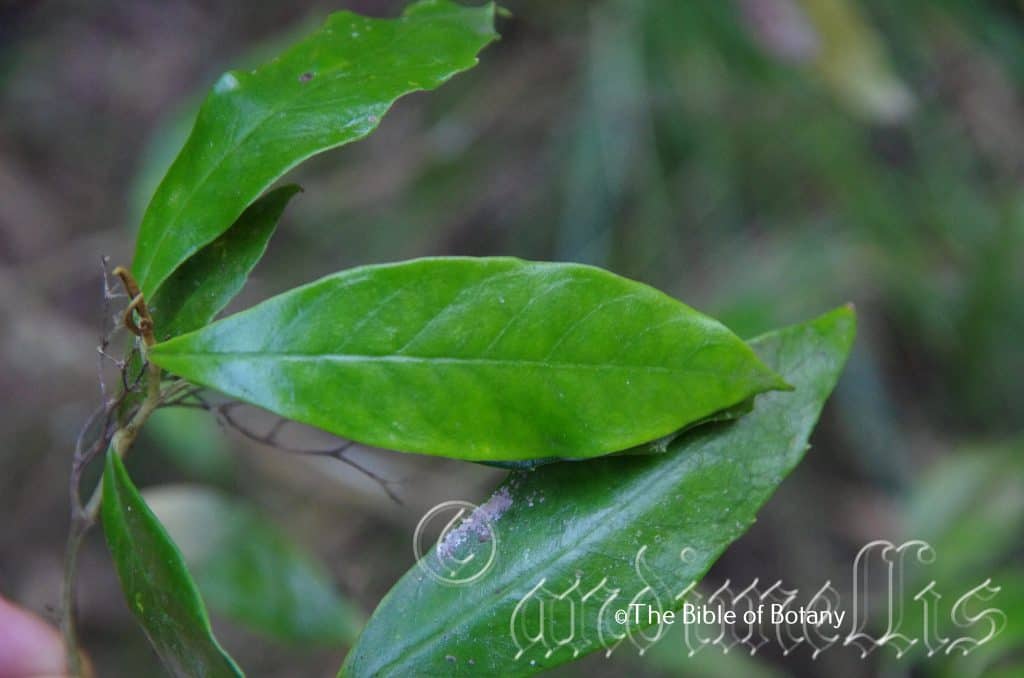
LBG Lismore NSW

LBG Lismore NSW
Cinnamomum virens
Classification:
Unranked: Eudicots
Unranked: Rosids
Order: Sapindales
Family: Burseraceae
Genus: From Kinnamomon, which is Ancient Greek for the Cinnamon tree and spice. It refers to the superficial appearance of the trees to the cinnamon tree Cinnamomum verum.
Specie: From Virens, which is Latin for to become bright green. It refers to structures or organs usually the leaves, which are a brighter green than other species in the genus.
Sub specie:
Common Name: Red Bark Sassafras.
Distribution:
Cinnamomum virens is restricted to a small area between the upper catchment area of the Condamine River in southern Queensland and Chin Du-ee National Park in central coastal New South Wales.
https://avh.ala.org.au/occurrences/search?taxa=Cinnamomum+virens+#tab_mapView
Habitat Aspect Climate:
Cinnamomum virens prefer full sun to dappled shade. It grows in warm well developed subtropical rainforests. The altitude ranges from 50 meters ASL to 750 meters ASL.
The temperatures range from 3 degrees in July to 36 degrees in January.
The rainfall ranges from lows of 1000mm to an average of 2000mm annually.
Soil Requirements:
Cinnamomum virens prefers to grow on better quality soils associated with light red clay loams to medium red clays. The soils are usually derived from decomposed black basalts. The soil’s pH ranges from 5.5pH to a 6.5pH are preferred where the water can drain freely. It does not tolerate waterlogged soils. Non saline soils to moderately saline soils are tolerated.
Height & Spread:
Wild Plants: 20m to 40m by 10m to 16m.
Characteristics:
Cinnamomum virens’s bark is a dull reddish-brown to dull grey-brown and glabrous or finely scaly. The branchlets are pale reddish-brown and glabrous while the new growth and juvenile branchlets are olive-green and glabrous. The bark and stems are faintly aromatic to not aromatic on this species.
Cinnamomum virens’s opposite or sub opposite leaves are narrow elliptical to elliptical and measure 50mm to 120mm in length by 20mm to 32mm in width. The thin coriaceous leaf bases are oblique rounded to oblique cuneate while the apexes are bluntly acuminate to broad acute with an obtuse tip. The discolourous laminas are bright deep glossy olive-green to sea-green or deep olive sea-green and glabrous on the upper laminas while the lower laminas are paler to glaucous-green, glabrous and dull. The laminas are flat to recurve slightly from the mid vein to the margins, are slightly undulating and are convex between the main vein and the lateral veins. The margins are entire. The mid vein and the 3 to 11 usually 3 to 5 lateral veins are strongly prominent on the lower laminas and clearly visible from the upper laminas. The glabrous petioles measure 4mm to 10mm in length. The new growth is pale bronze to deep bronze-pink.
The inflorescence of Cinnamomum virens are erect compound panicles born on the terminals. They measure 40mm to 100mm in length by 25mm to 60mm in width. The thin rachises, peduncles and pedicels are pale grass-green to pale yellow-green and glabrous. The rachises measure 60mm to 150mm in length while the peduncles measure 10mm to 35mm in length and the pedicels measure 5mm to 12mm in length. The pale yellow, glabrous hypanthia are conical and measure 4mm to 6mm in length by 2.5mm to 3.5mm in diameter. The 6 ovate, caduceous tepals measure 3mm to 4mm in length.
The 9 pastel yellow-green to yellow-green, stamens consist of six opening inwards and three opening outwards. The stamens measure 2.8mm to 4mm in length. The 3 staminodes are pastel yellow-green to yellow-green. The white anthers are ovoidal.
The pastel yellow-green to yellow-green style tapers to the white peltate stigma and measures 2.5mm to 3.5mm in length. The flowers appear from August to November.
Cinnamomum virens fruits are ovoidal capsules. The green capsules are glabrous and turn black when ripe. The capsules are seated in a ribbed cupular receptacle. The calyx and stigma is not persistent on the capsules. They measure 12mm to 18mm in length by 9mm to 14mm in diameter. The fruits ripen from August to November.
Wildlife:
Cinnamomum virens fruits are eaten by Torres Straight Pigeons (Ducula bicolor) Top Knot pigeons (Lopholaimus antarcticus) and probably all fruitigrove birds. I would also expect possums and native rats to eat fruits that have fallen to the ground. I would also expect possums and native rats to eat fruits that have fallen to the ground.
The trees are the host plant for Blue Triangle Butterfly, Graphium sarpedon.
Cultivation:
Cinnamomum virens is a very beautiful medium tree which should be more widely grown in tropical and sub-tropical areas. It is suitable for medium to large gardens. Garden subjects grow into dense small shade trees to 20 meters by 25 meters by 15 meters to 20 meters when grown in the open. In Native gardens it can be used to protect more delicate plants giving good shade.
It makes ideal avenue trees in parks because of their size and dense canopy. Its beauty is further enhanced when the trees are in new growth with flushes of rich pink bronze leaves.
The trees are a good foundation plant for starting a rain forest garden especially if the gardens are close to the coast and salt laden winds maybe a problem. The large leaves are very attractive and being glossy will give a rain forest appearance at a very early age. Mass plantings can be achieved by planting them at 8 meter to 12 meter centers for a rainforest or 25 meters to 30 meter centers for that park scene. It is a reasonable tree for hosting larger epiphytic ferns and orchids.
Cinnamomum virens is a beautiful tree, as a standalone specimen as they have a dense crown and provide very good shade for a park like garden next to the Barbie. The root system may be invasive as it prefers moist conditions so plant it back from public utilities.
The trees would make very good accent trees in front of low set to 3 story high commercial sheds, industrial sheds or school buildings where they will break up hard rigid architectural lines and give warmth and breadth to a building. I would be very tempted to recommend Cinnamomum oliveri for semi-arid areas where shade is required and a little extra moisture can be supplied.
Propagation:
Seeds: Cinnamomum virens seeds can be sown directly into 50mm native tubes using a good quality seed raising mix with 30mm perlite added. Place the tubes under 30mm shade in a warm position and keep moist.
Once the seedlings reach 150mm to 250mm in height plant them out into their permanent position repot them into 250mm native pots.
Fertilize using Seaweed, fish emulsion or organic chicken pellets soaked in water on an alternate basis. Fertilize every two months until the plants are established then annually in early September or March to maintain health, vitality and better flowering.
Further Comments from Readers:
Hi reader, it seems you use The Bible of Botany a lot. That’s great as we have great pleasure in bringing it to you! It’s a little awkward for us to ask, but our first aim is to purchase land approximately 1,600 hectares to link several parcels of N.P. into one at The Pinnacles NSW Australia, but we need your help. We’re not salespeople. We’re amateur botanists who have dedicated over 30 years to saving the environment in a practical way. We depend on donations to reach our goal. If you donate just $5, the price of your coffee this Sunday, We can help to keep the planet alive in a real way and continue to bring you regular updates and features on Australian plants all in one Botanical Bible. Any support is greatly appreciated. Thank you.
In the spirit of reconciliation we acknowledge the Bundjalung, Gumbaynggirr and Yaegl and all aboriginal nations throughout Australia and their connections to land, sea and community. We pay our respect to their Elders past, present and future for the pleasures we have gained.
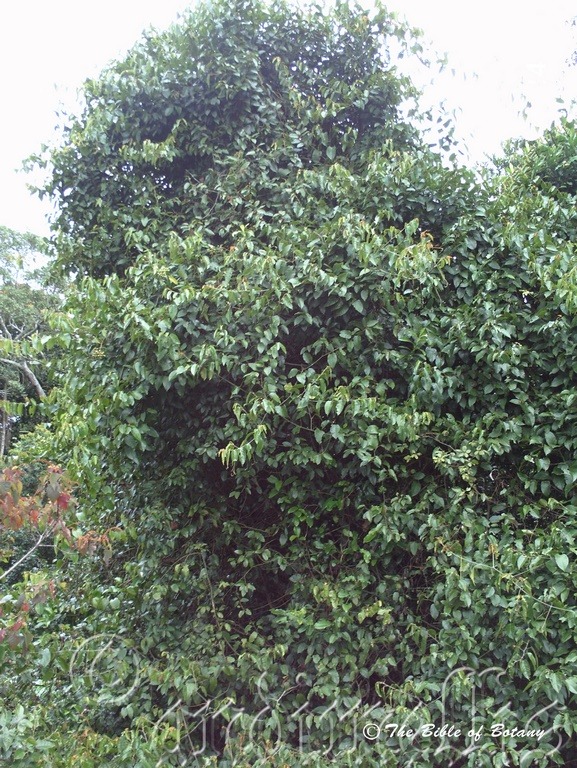
Mount Nebo Qld.

Kedron Brook Qld.
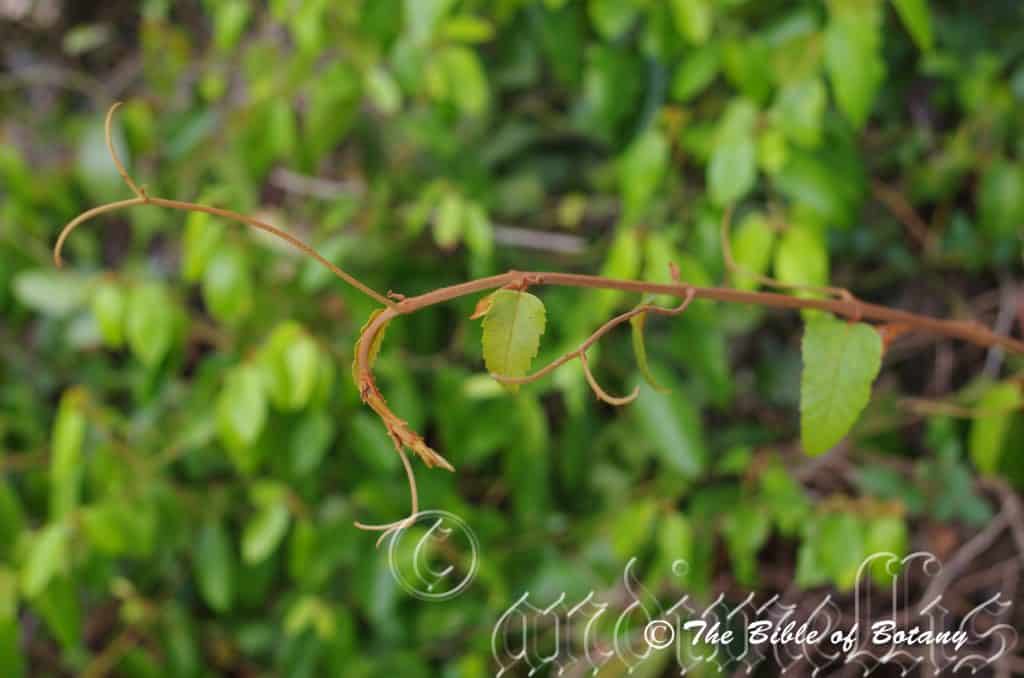
Kedron Brook Qld.
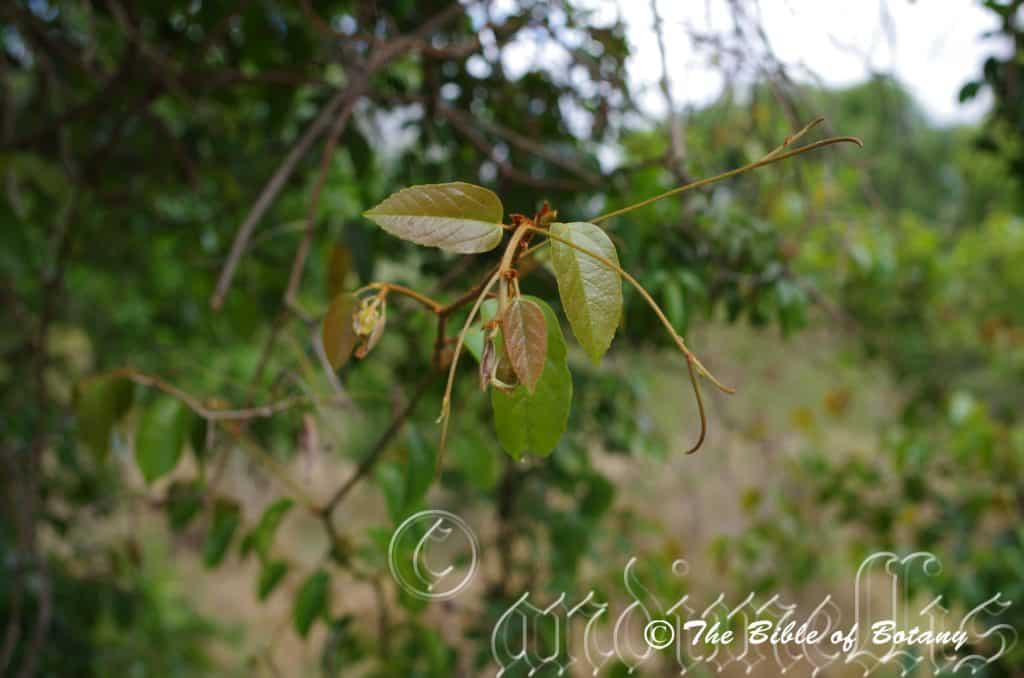
Kedron Brook Qld.

Kedron Brook Qld.
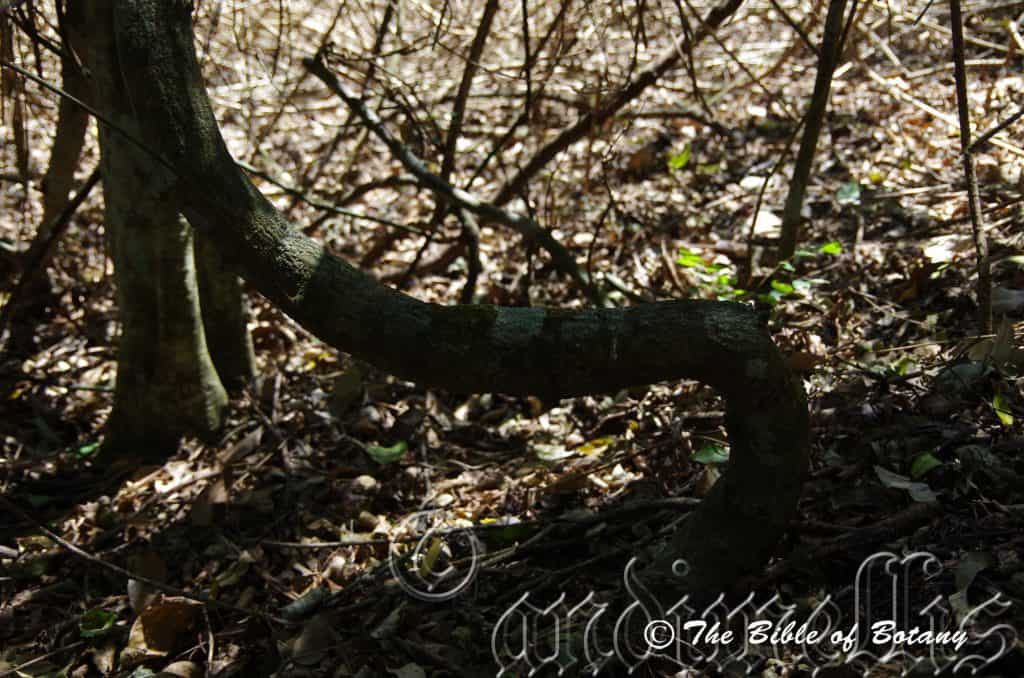
Kedron Brook Qld.
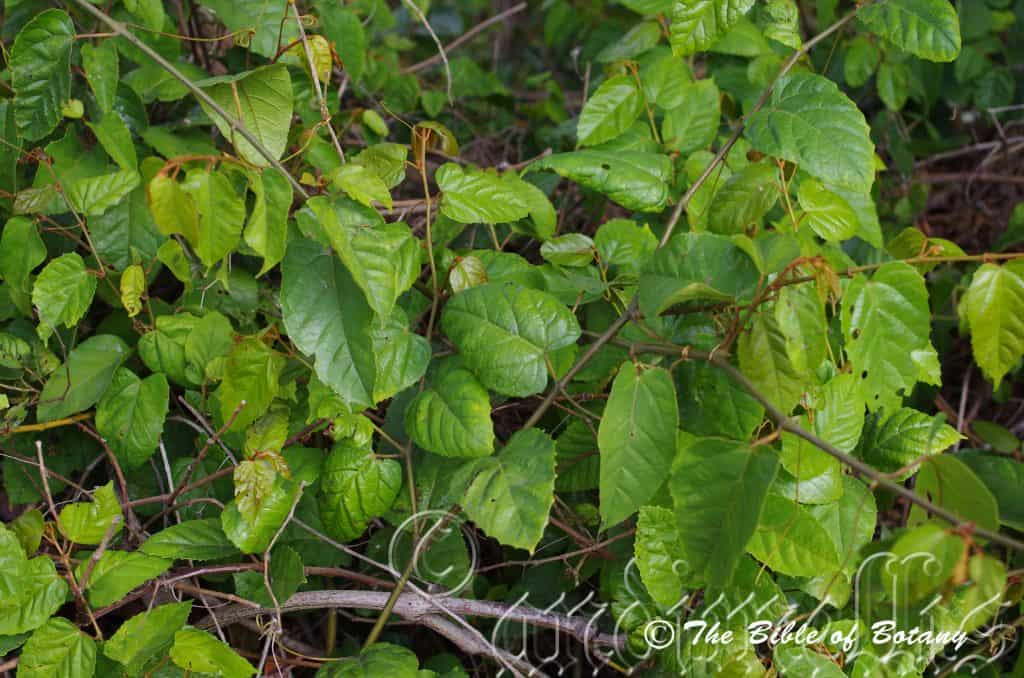
Kedron Brook Qld.
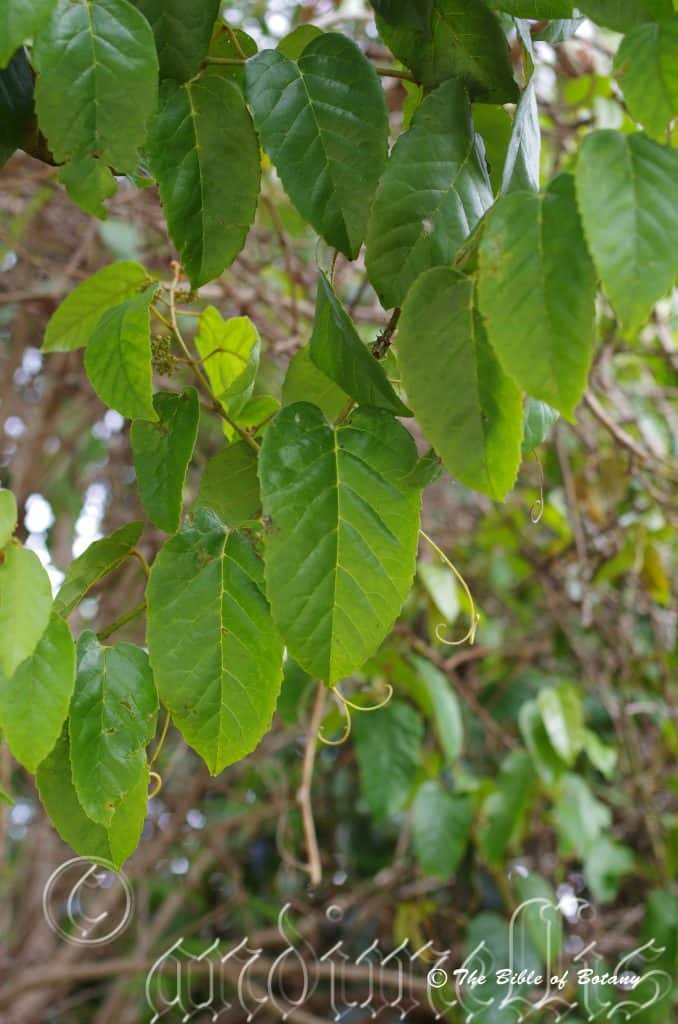
Kedron Brook Qld.
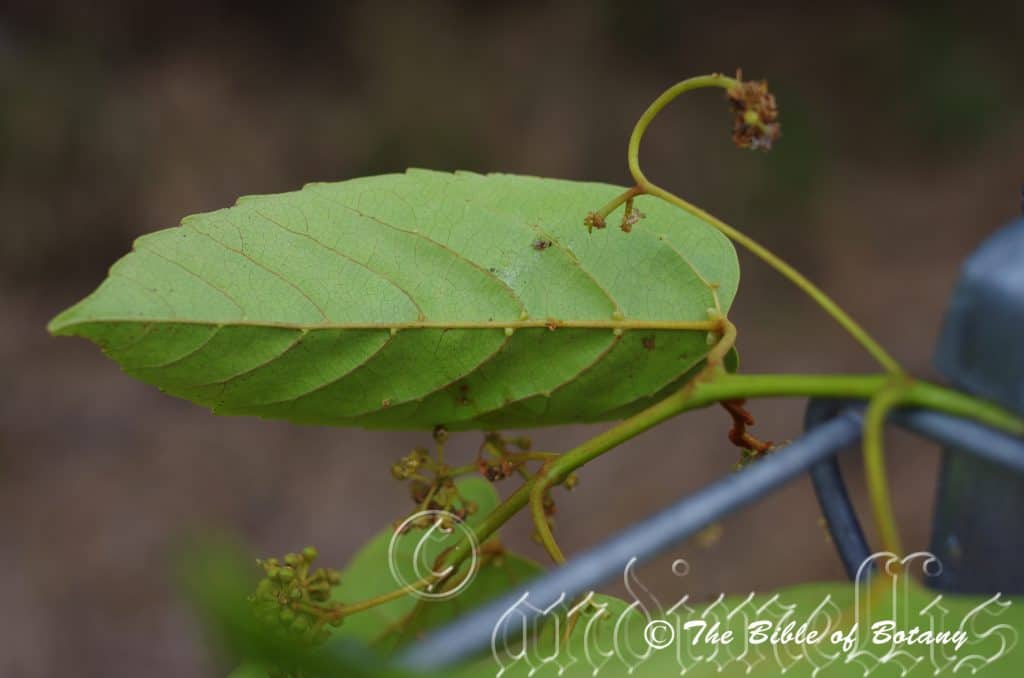
Author’s Garden The Pinnacles NSW
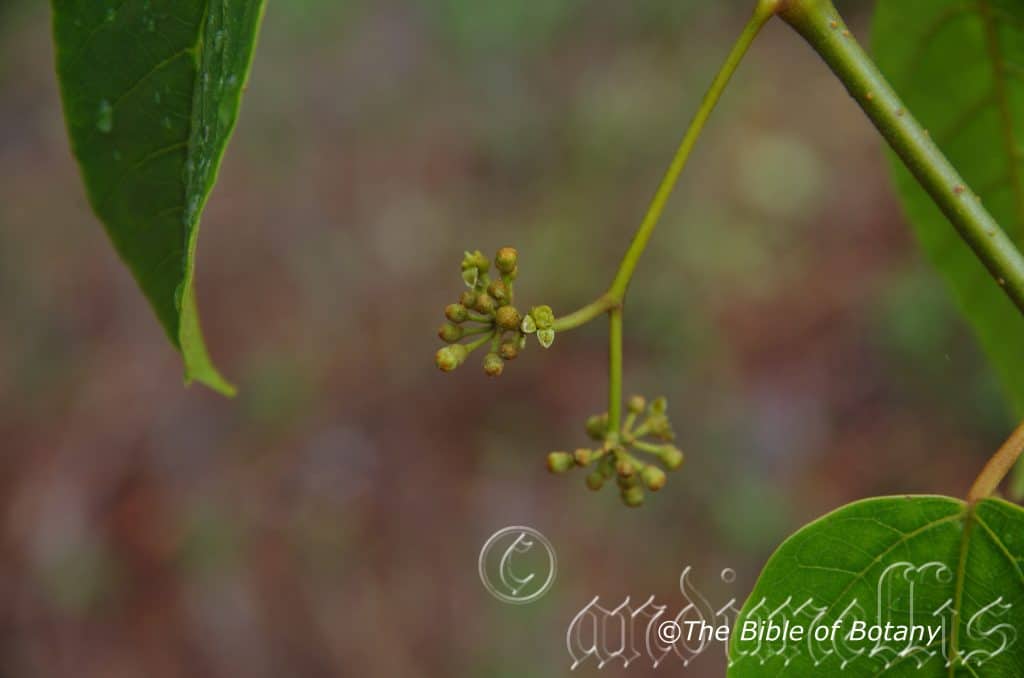
Author’s Garden The Pinnacles NSW
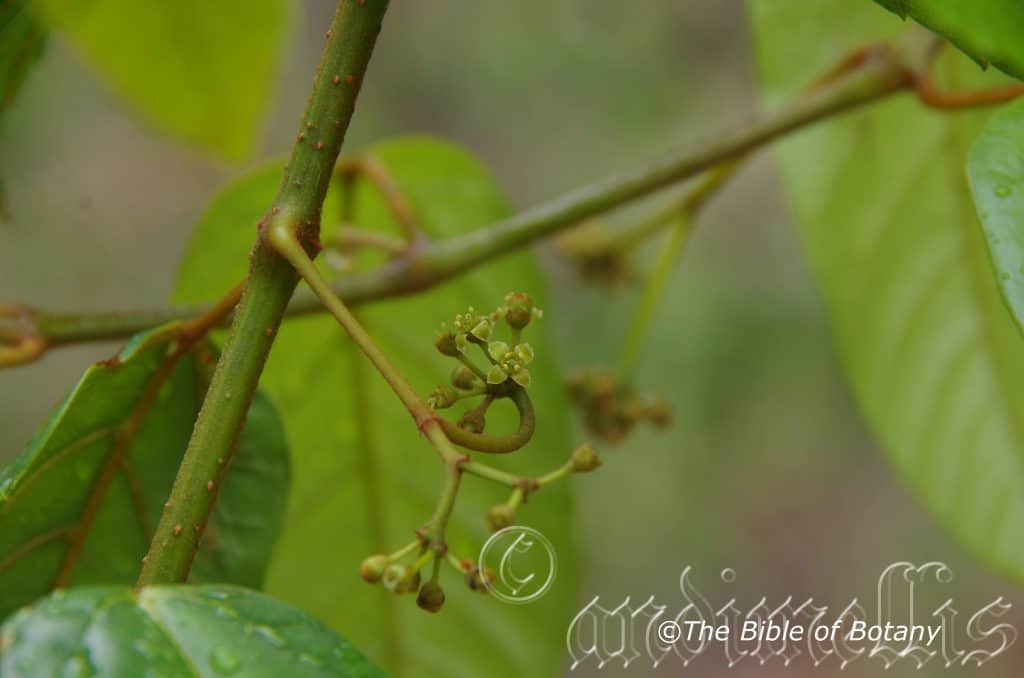
Author’s Garden The Pinnacles NSW
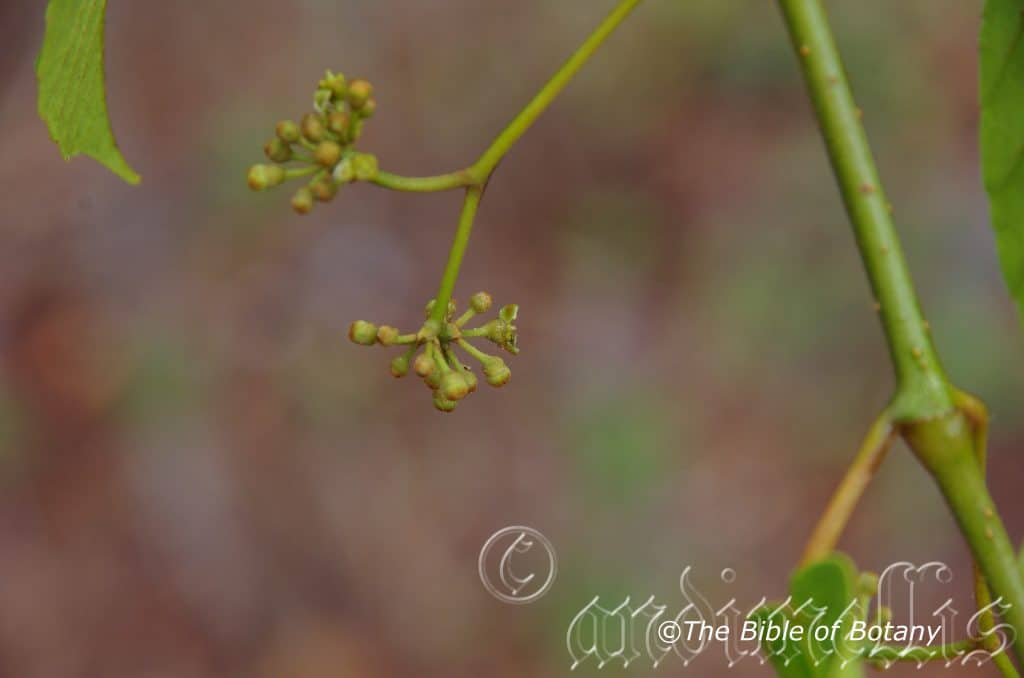
Author’s Garden The Pinnacles NSW
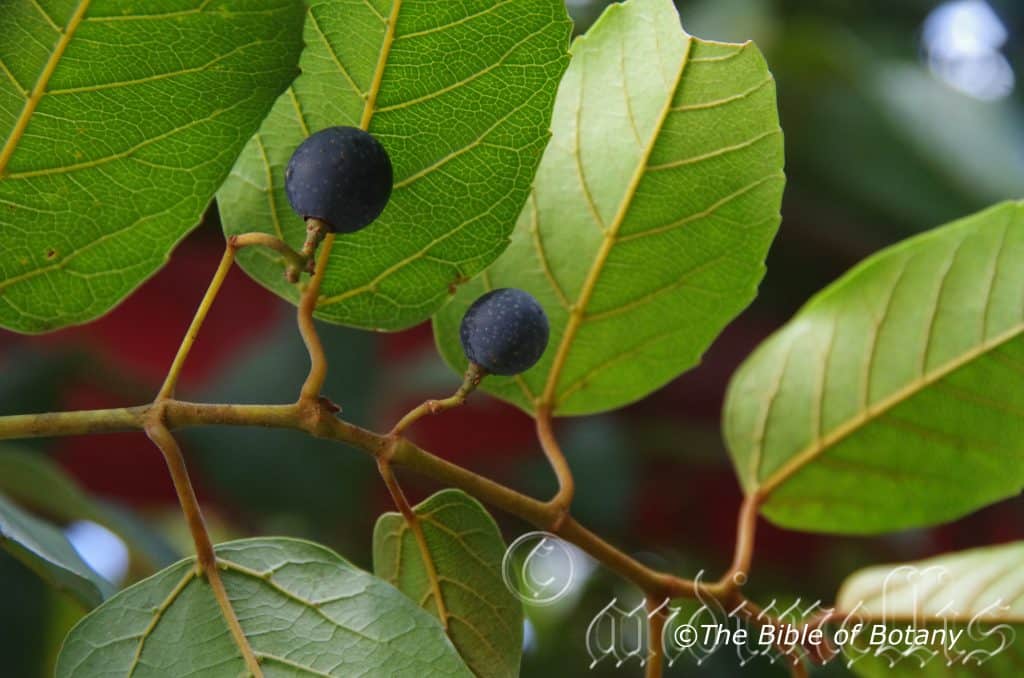
Author’s Garden The Pinnacles NSW
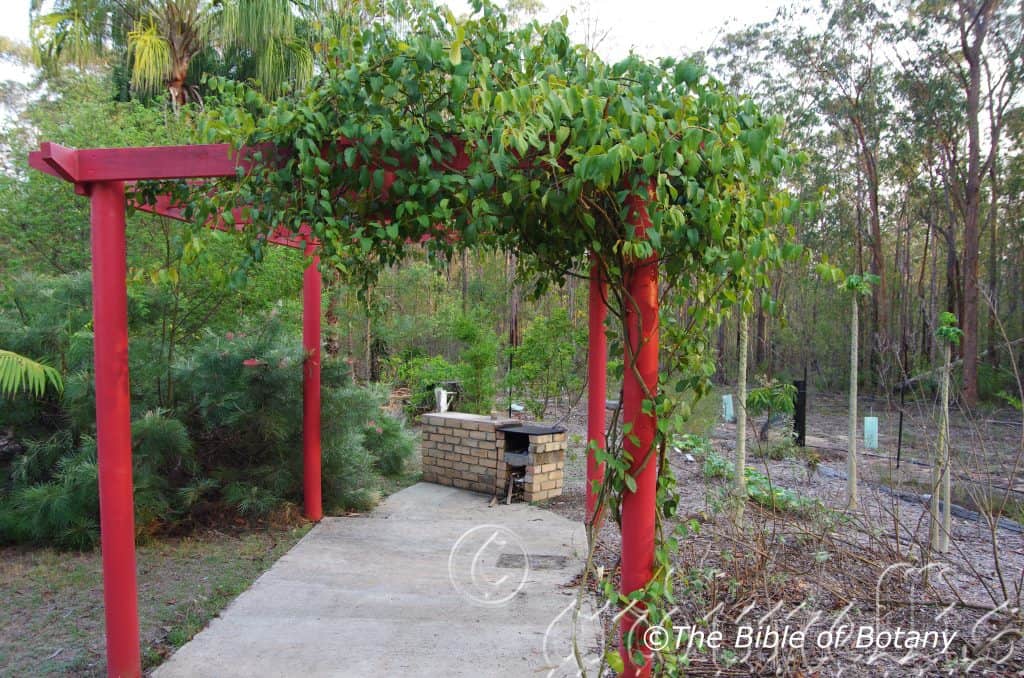
Author’s Garden The Pinnacles NSW
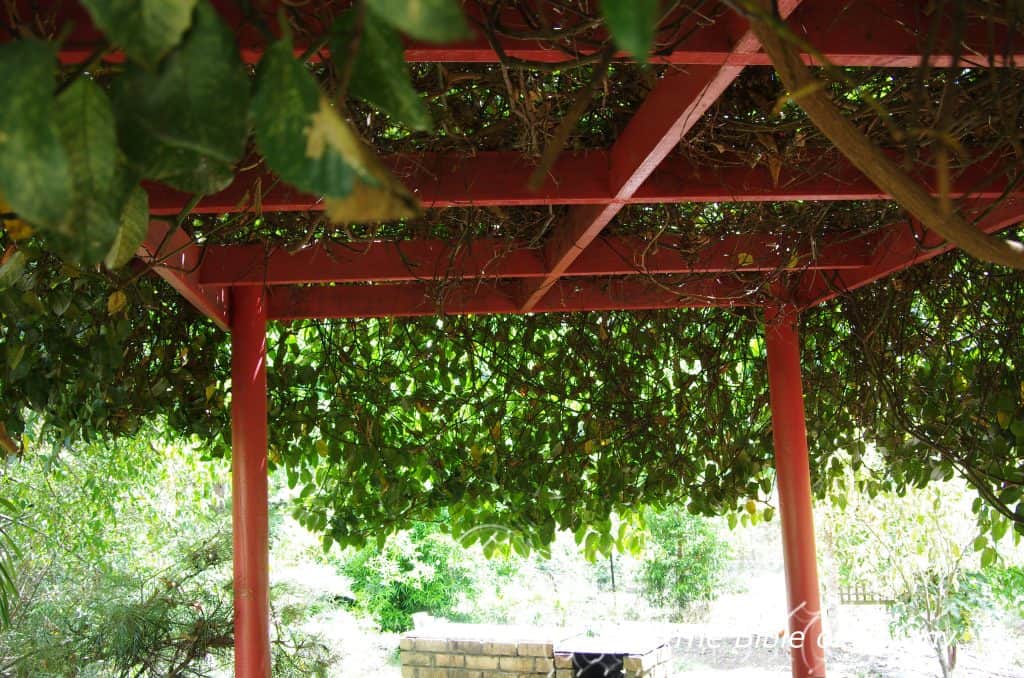
Author’s Garden The Pinnacles NSW
Cissus antarctica
Classification:
Class: Magnoliopsida
Sub Class: Rosidae
Order: Vitales
Family: Vitacea
Genus: From Cissus, which is Ancient Greek for an ivy. It refers to vines which grow and resemble the commercial grape vines.
Specie: From Antarctica, which is Latin for coming from the Antarctic region. It refers to plants, which were once closely associated with old growth forests that are relics of Gondwana land Antarctica.
Sub specie:
Common Name: Kangaroo Vine or Native Grape.
In the Gumbaynggirr Aboriginal language it is known as Girrgurr.
Distribution:
Cissus antarctica is found south from the Iron Range National Park in far north Queensland to near Tathra in southern New South Wales. It is mainly found on and east of the Great Dividing Range.
https://avh.ala.org.au/occurrences/search?taxa=Cissus+antarctica+#tab_mapView
Habitat Aspect Climate:
These vines prefer full sun, light dappled shade to dense shade. It grows in moist schlerophyll forest, moist gallery forests, lowland well developed rainforests, montane rainforests and littoral rainforest. The altitude ranges from 10 meters ASL to 900 meters ASL.
The temperatures range from 4 degrees in July to 36 degrees in January.
The rainfall ranges from lows of 800mm to 3000mm average per annum.
Soil Requirements:
Cissus antarctica prefers light gravelly clays to medium clays. The soils are usually derived from decomposed shale, brown basalts, black basalts or metamorphic rocks. The soil’s pH ranges from 5pH to 6.5pH. It does not tolerate waterlogged soils. Non saline soils to moderately saline soils are tolerated.
Height & Spread:
Wild Plants: 10m to 40m to 10m to 20m
Characteristics:
Cissus antarctica grows as a strong robust tendril liana where permanent moisture and good filtered light is available or as a vigorous ground cover in adjacent Eucalyptus forests. The bark is dark grey, farinaceous to lepidote on old vines. Young juvenile stems are pale to mid green and covered in rusty hirtellous hairs becoming glabrous with age.
The tendrils of Cissus antarctica are single or twice branched and do not contain adhesive discs or suction pads. They are born opposite the leaves. The simple leaves are ovate to oblong-ovate and measure from 40mm to 120mm in length by 20mm to 50mm in width. The base is rounded while the apex is broad acuminate. The discolourous laminas are mid green to mid olive-green, semi glossy, glabrous and sparsely covered in rusty hirtellous hairs while the lower lamina is slightly paler and densely covered in rusty hirtellous hairs. The mid vein and 5 to 7 lateral veins are prominent and have a prominent domatia in the axis of the lateral veins where they join the main vein. The mid vein is distinctly conspicuous on the upper surface. The leaf margins are entire to tooth. The petiole measure 10mm to 30mm in length.
Cissus antarctica inflorescences are a short, dense umbel born opposite the leaf axils with the tendril. The flowers are a pale dull yellow-green with 5.5mm to 6.5mm in diameter. The calyx lobes are minute to negligibly visible. Calyx measures 0.5mm to 1.5mm in length and are densely covered in rusty orange-red hirtellous hairs. The 4 pale creamy yellow to pale creamy green petals, measure 1.5mm to 2mm in length and are glabrous to sparsely covered in long white hirsute hairs. The elliptical petal margins curve upwards close to the margin and apex. The white stamens measure 1mm to 1.2mm in length while the anthers measure 0.5mm to 1mm in length. Â The white pistil measures 1.5mm to 2mm in length. The pedicels and peduncles are densely covered in rust orange’red hirtellous hairs. The pedicel measures 10mm to 30mm in length while the peduncles measure 2mm to 4mm in length. Cissus Antarctica flowers from mid-September to late May.
The globose to ovoid fruits are berries. The berries measure 8mm to 12mm in diameter. They are purplish black in colour when ripe and ripen at different times even on the same umbel. The thin skinned fleshy fruits usually contain 2 seeds. Fruits can be very prolific in good seasons. Fruits ripen from late September to the end of early June.
The 2 seeds are triangular glabrous and measure 6mm to 7mm in length by 4.5mm to 5.5mm in width. The seeds are surrounded by a green pulp.
Wildlife:
Cissus antarctica is the host to a number of small butterflies and native bees when in flower. Fruits are eaten by Bower Birds, Cat Birds, Honey Eaters, Native Bush Rats, Native Mice, Possums and small wallabies. The leaves are also eaten by Wallabies and are host to the harlequin moth (Agarista agricola) which is considered a pest in the viticulture industry. The plant that covers our pergola sets good quantities of fruit annually yet because of the possums we generally miss out.
Cultivation:
This is a beautiful large ground cover or creeper for larger areas, fences, in court yards, near water features, trellises or to cover pergolas. It thrives in both partial shade to full sun, where even moisture is given for it to look its best and to maintain a dense look. In the garden it can fill that difficult spot in the shade, on heavy soils or where there is hot sun and dense shade variation over the different seasons. Our garden saw a 6 meter by 4 meter pergola covered in just 2.5 years and supplying fruit from the second year. Bottom 2 Photos were taken exactly 23 months apart – 3.5 years of age with only organic methods on pure white sand.
It is particularly useful scrambling over large mounds or over small retaining walls, where they can attract and feed the birds. If used in this manner be aware of cats as low lying plants will attract many birds but leave them vulnerable and exposed to cat attack.
This is a plant of the rain forests that will grow exceptional large as a liana or can be used as a ground cover where the foliage is the attraction.
As a potted specimen for indoor use Cissus antarctica are excellent for darker corners however they dislike central heating and hot corners. If conditions are not to the plants liking they will shed their leaves very quickly.
Plants must be pruned annually to maintain a smaller compact bushy plant. If this is not done they will very quickly form the giant liana they are known for.
The fruits were eaten by aborigines. They have a sweet, pleasant taste similar to grapes. Many plants produce silicon rods which can cause irritation to the tongue and throat after eating. If this occurs there are three things you can do. One is to learn how to eat the fruits without breaking the silicon rods and I can assure you this is an art that takes little practice to perfect. Two select forms that do not contain the silicon rods and select cuttings for propagating purposes from these plants. Three don’t eat the fruit which is difficult to pass up when you see a plant covered in fruit and you love grapes.
Jams and conserves can be made from the fruits. The fruits contain good quantities of pectin so a thick jam or jelly can be made easily. The silicon rods are not a problem as these are broken and destroyed during the boiling process. In my opinion the jam is of excellent quality rich dark and pleasant to the palate.
The new shoots can also be eaten and have a slight dry lemon flavour. These shoots surprisingly make an excellent jam the problem is collecting enough of the shoots. This could be achieved if grown on a commercial basis with regular tip pruning for the unopened shoots the plants would become dense and produce far greater quantities.
Cissus antarctica responds favourably to regular tip pruning or aggressive pruning on an annual basis which is best carried out immediately after any late frosts or in mid-September.
These plants can be attacked on a regular basis by Harlequin moth. If and when this occurs wait until the larvae pupate then prune back about 50mm of the stems, water well and fertilize two or three days later.
INDOORS OR POTTED ON:
Sawdust or sand mixes are too well draining unless the sawdust has completely composted down where it exhibits a texture like plastacine to the touch. Moisture can be squeezed out between the fingers yet it remains moist. I find this a great basis to start with.
Mix equal parts of the well decomposed saw dust with the above feel with perlite and vermiculite. To this add two parts sharp clean sand, one part compost and one part good crusher dust from a basalt rock quarries. Preferably black basalt but both are good. Make sure the sand comes from a source that does not have salt.
The decomposed Sawdust in this condition creates the moisture retention and holds nutrient in. The perlite and vermiculite make the mix neutral and both have great water holding capacity without shrinkage with age. The sand creates good drainage and is good for good healthy root development. The crusher dust adds vital minerals which the plants need.
Indoor plants need good light and ventilation without drying breezes or wind.
Propagation:
Seeds: Cissus antarctica seeds require no treatment before sowing.
Sow into a seed raising mix and cover the fresh seeds with 5mm of the mix. Water in well and keep moist. Place the tray where some sun light is available.
When the seedlings are 25mm to 40mm tall, prick them out and plant them into 50mm native tubes using a seed raising mix.
Once the seedlings reach 150mm to 200mm in height plant them out into their permanent position. Mass plantings as ground covers can be achieved by planting them at 3 meter centers. For trellises or low fences plant them at 5 meter to 7 meter centers.
Cuttings: Use 100mm long half ripened material when growing from Cuttings. Take them in mid spring to mid-summer.
1 Prepare the cutting mix by adding one third sharp clean river sand, one third peat and one third perlite. These ingredients are sterilize,
2 Select good material from non diseased plants,
3 Select semi green stems for cuttings. Look for a stem with two or three nodes,
4 Place the cutting on a flat, hard surface, and make a clean slice through the middle of the lower node on an angle towards the base, with a sterilized sharp knife or razor blade. – This scarification of the node will increase the chances of roots emerging from this spot. Now remove all but one or two the leaves, leaving the apex leaves in tact. If the leaves are very large in proportion to the stem, cut off the apical halves.
5 Some plants root easily, but a rooting hormone can help others by stimulating the cutting into sending out new roots. Fill a saucer with water, and place some rooting hormone into another container like a bottle top. Dip the node end of the cutting into the water and then into the rooting hormone. Tap off any excess hormone,
6 Use a small dipple stick or old pencil to poke a hole into the soilless potting mix. Ensure the hole is slightly larger than the stem diameter and be careful not to wipe the rooting hormone off the cuttings base, place the cuttings in a pattern ensuring the cuttings are not touching each other,
7 I like to place the pots in Plastic bags to help maintain temperature and moisture. Place in a semi shaded place like under 50mm shade cloth.
8 When the cuttings have struck, open the bag to allow air circulation for a few days to a week,
9 Once hardened off remove the cuttings from the bag and allow to further hardening for a few more days,
10 Transplant into a good potting mix to grow on.
Another method of propagating small numbers well developed vines quickly is using stem layering. Damage a section of the stem by slicing a piece half way through on one side and bury the wound for 100mm from the damaged section towards the tip.
Another method is to wrap the wound in a seedling mix of moist peat and perlite. Wrap this in plastic, tying both ends securely. Once the roots can be seen at the edge of the plastic sever the stem from the main plant, and place in a verticle position and prune the leading shoots back. Stand in a pot for a week or two in 30mm t0 50 shade for a week or two.
Now remove the plastic and pot into a 150mm or 200mm pot and water using one of the fertilizer methods.
Fertilize using Seaweed, fish emulsion or organic chicken pellets soaked in water on an alternate basis. Fertilize every two months until the plants are established then annually in early September or March to maintain health and vitality.
Further Comments from Readers:
Hi reader, it seems you use The Bible of Botany a lot. That’s great as we have great pleasure in bringing it to you! It’s a little awkward for us to ask, but our first aim is to purchase land approximately 1,600 hectares to link several parcels of N.P. into one at The Pinnacles NSW Australia, but we need your help. We’re not salespeople. We’re amateur botanists who have dedicated over 30 years to saving the environment in a practical way. We depend on donations to reach our goal. If you donate just $5, the price of your coffee this Sunday, We can help to keep the planet alive in a real way and continue to bring you regular updates and features on Australian plants all in one Botanical Bible. Any support is greatly appreciated. Thank you.
In the spirit of reconciliation we acknowledge the Bundjalung, Gumbaynggirr and Yaegl and all aboriginal nations throughout Australia and their connections to land, sea and community. We pay our respect to their Elders past, present and future for the pleasures we have gained.
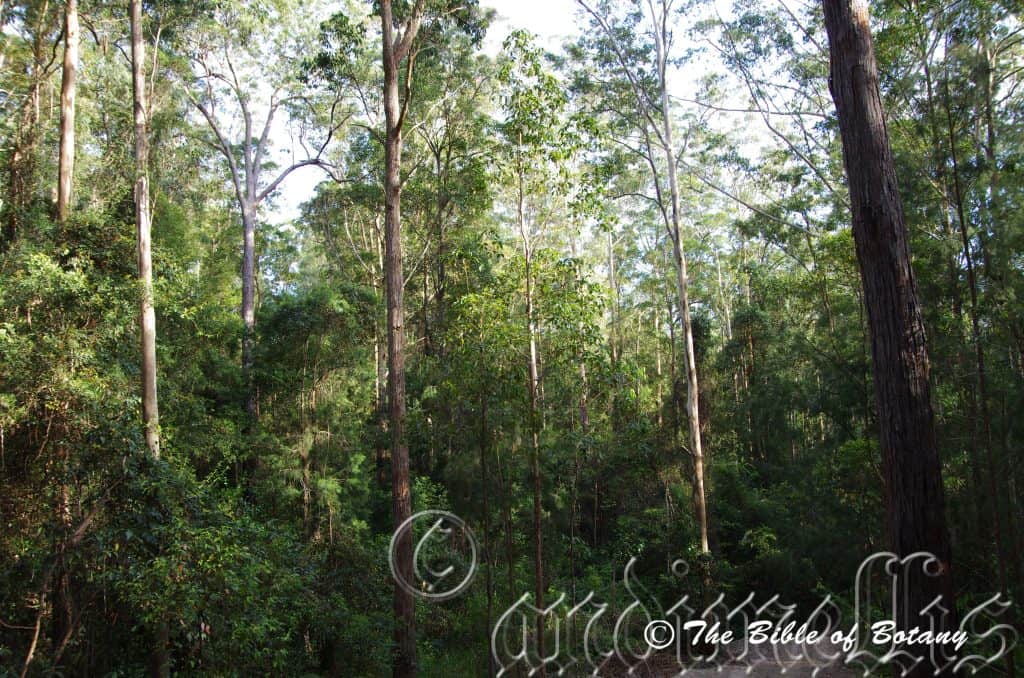
Kendall NSW

Kendall NSW
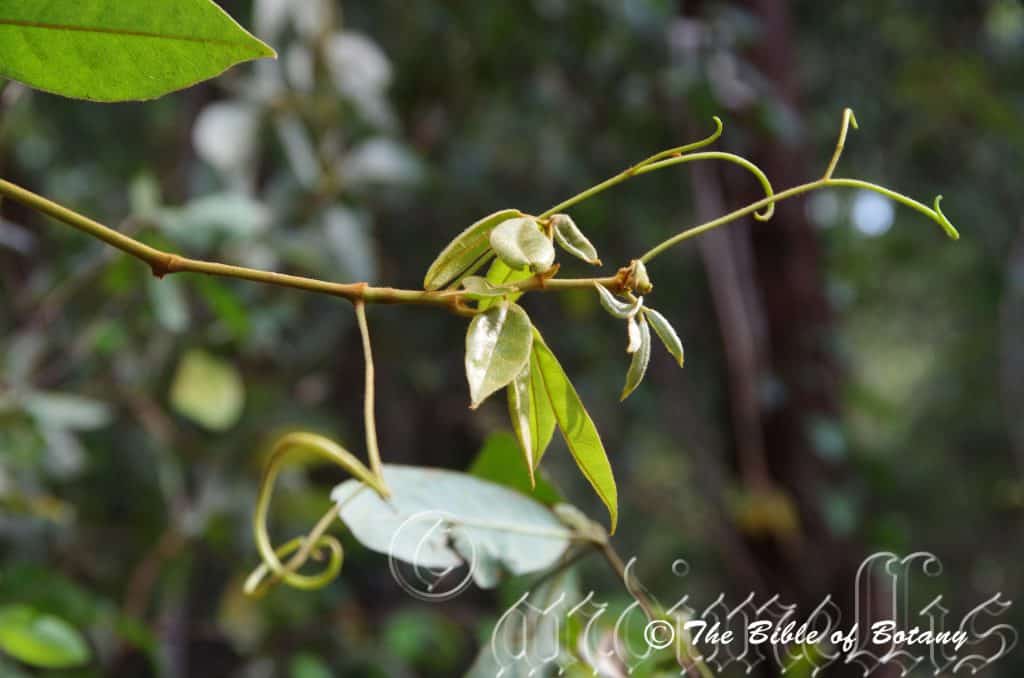
Kendall NSW

Kendall NSW

Kendall NSW

Kendall NSW
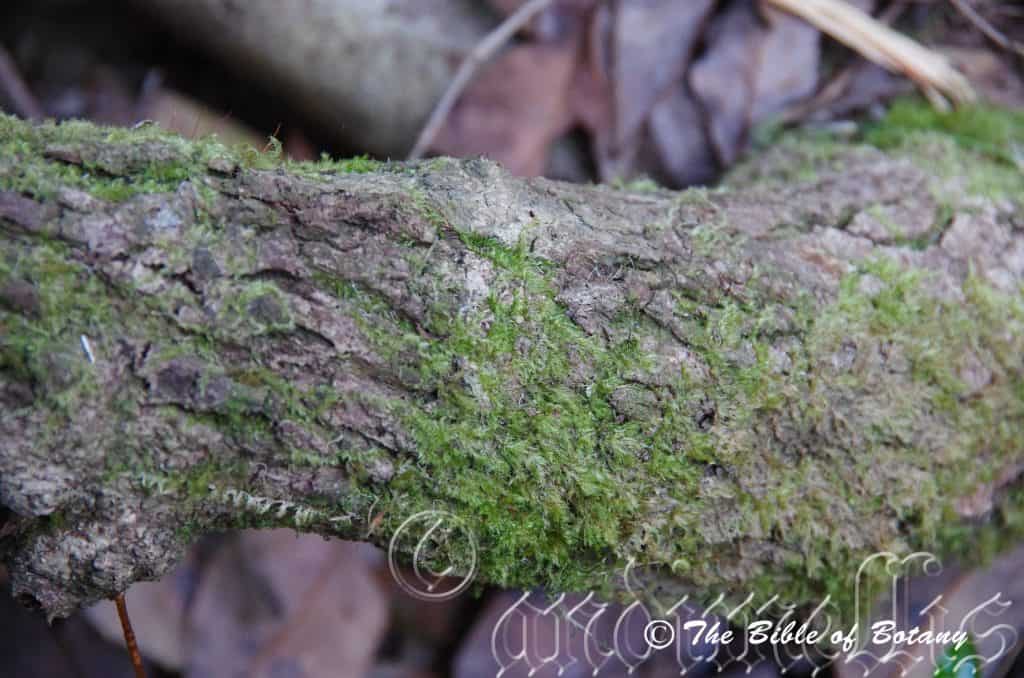
Kendall NSW
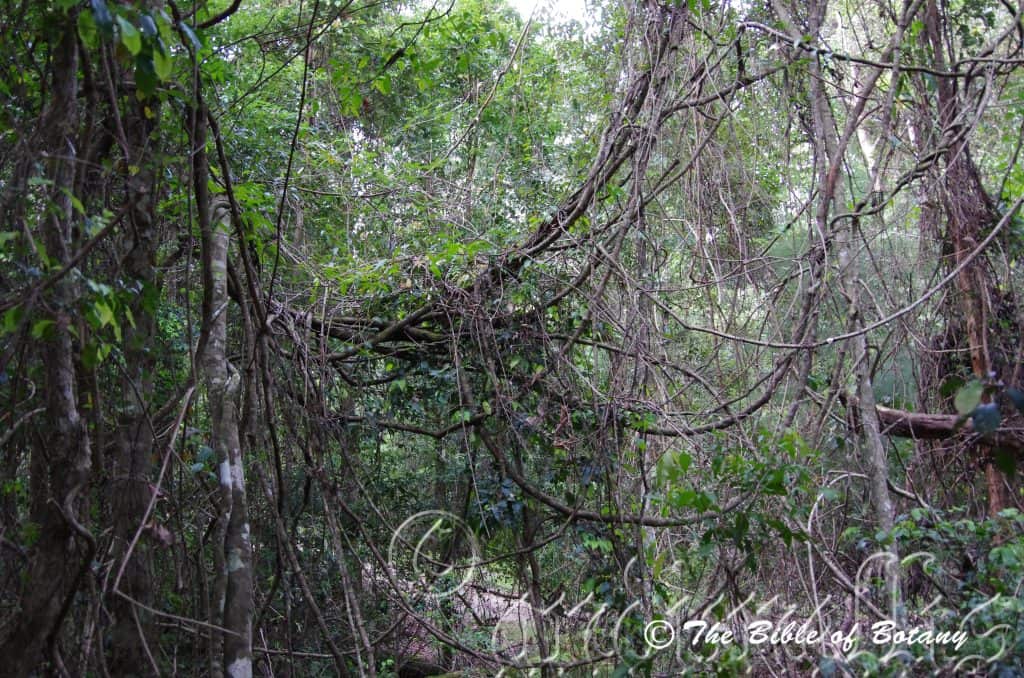
Innes Lake National Park NSW
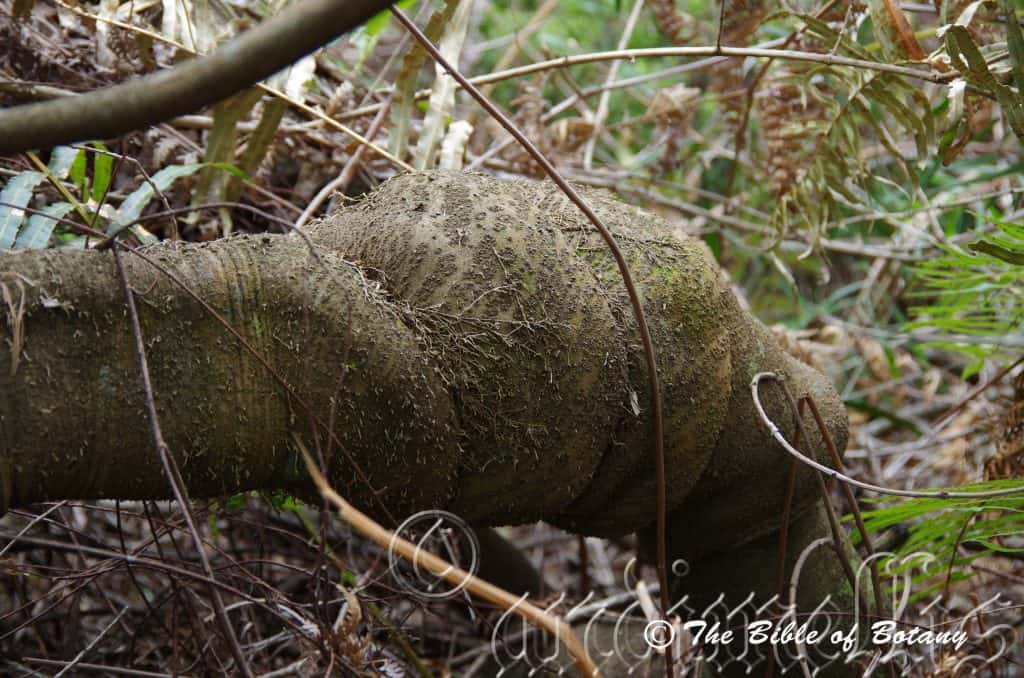
Innes Lake National Park NSW

Innes Lake National Park NSW

Kendall NSW
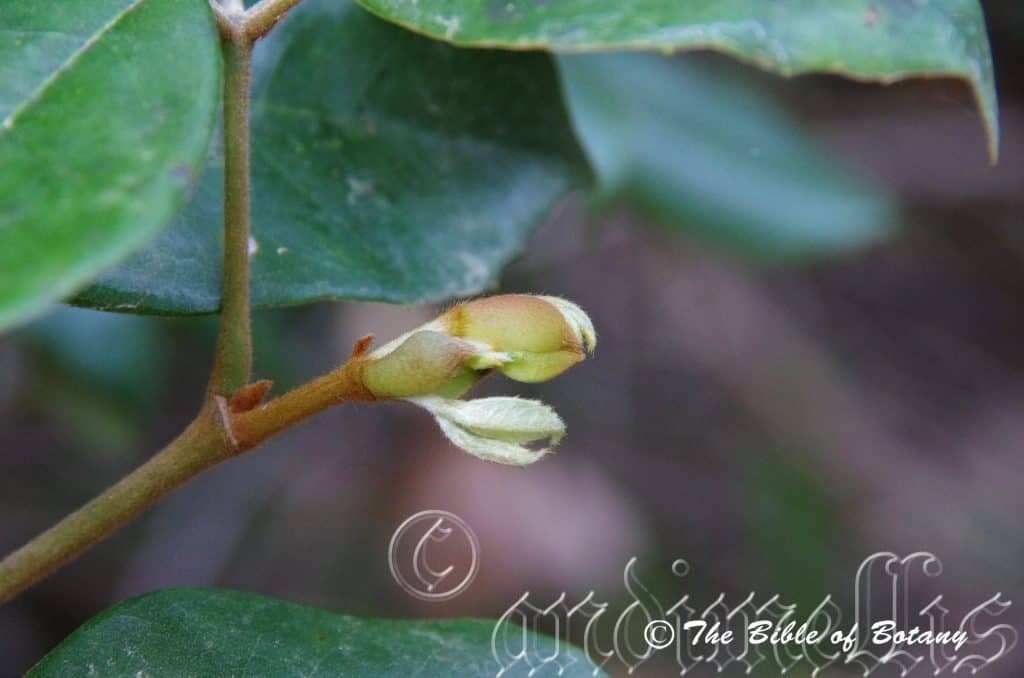
Kendall NSW

Kendall NSW
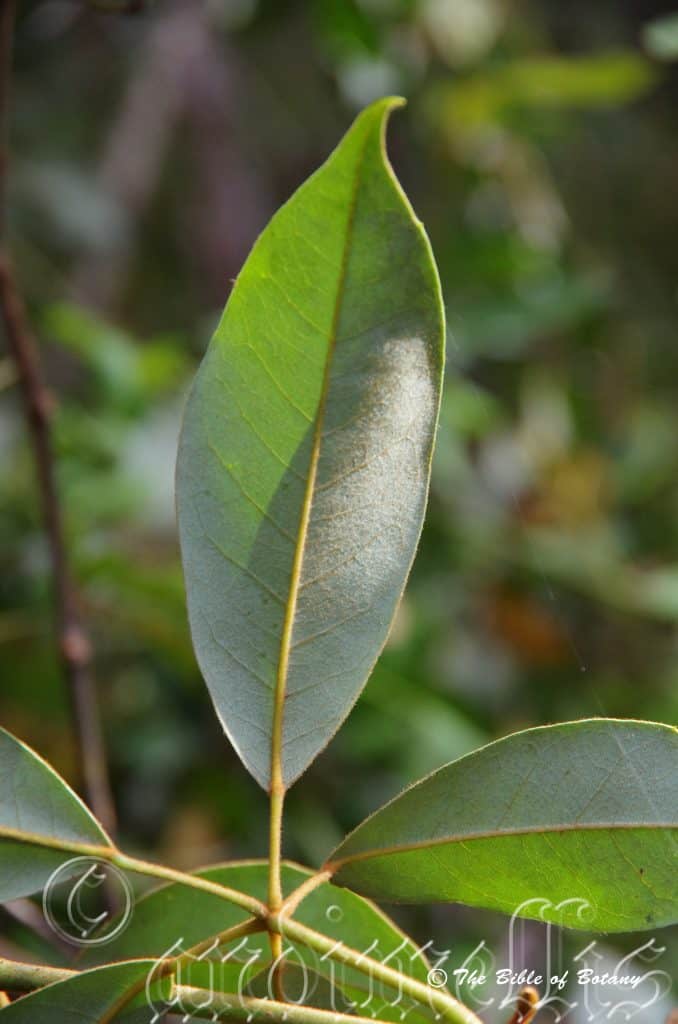
Kendall NSW
Cissus hypoglauca
Classification:
Class: Magnoliopsida
Sub Class: Rosidae
Order: Vitales
Family: Vitacea
Genus: From Cissus, which is Ancient Greek for an ivy. It refers to vines which grow and resemble the commercial grape vines.
Species: From Hypo, which is Ancient Greek for under or beneath and Glaucous, which is Ancient Greek for a silvery-blue. It usually refers to the colour of the lower lamina.
Sub specie:
Common Name: Native Grape.
In the Gumbaynggirr Aboriginal language it is known as Girrgurr.
Distribution:
Cissus hypoglauca is found south from Cairns in far north Queensland to Myall lakes in east Gippsland in north eastern Victoria.
https://avh.ala.org.au/occurrences/search?taxa=Cissus+hypoglauca+#tab_mapView
Habitat Aspect Climate:
Cissus hypoglauca prefer full sun, light dappled shade to dense shade. It grows adjacent to all types of rainforest in moist Eucalyptus forests especially on poorer soils and gallery forests. It quickly regenerates on disturbed land. The altitude ranges from 300 meters ASL to 1250 meters ASL.
The temperatures range from 1 degree in July to 37 degrees in January.
The rainfall ranges from lows of 600mm to 2800mm average per annum.
Soil Requirements:
Cissus hypoglauca prefers light gravelly clays to medium clays. The soils are usually derived from decomposed shale, brown basalts, black basalts or metamorphic rocks. The soil’s pH ranges from 5pH to 6.5pH. It does not tolerate waterlogged soils. Non saline soils to moderately saline soils are tolerated.
Height & Spread:
Wild Plants: 5m to 30m by 5m to 10m
Characteristics:
Cissus hypoglauca grows as a strong tendril climber where permanent moisture and good filtered light is available or a very compact vigorous ground cover on drier slopes. The bark is a brownish to grey-brown on older creepers. Juvenile stems are mid green to deep green and covered in rusty puberulent hairs.
The tendrils of Cissus hypoglauca are twice branched and do not contain adhesive discs or suction pads. They are leaf opposed. The palmate compound leaves have 4 or more usually 5 leaflets. The elliptical to ovate or sometimes obovate leaflets measure 30mm to 120mm in length by 15mm to 40mm in width. The 2 leaves closest to the base are the shortest while the terminal leaf is the longest. The bases are obtuse to rounded while the apexes are broad acuminate. The discolourous laminas are mid green to deep green, glabrous and semi glossy in dense shade to dull in sunlight or well-lit environments on the upper lamina while the lower lamina is glaucesent and sparsely covered in white puberulent hairs. The domatia are present but not as prominent as on Cissus hypoglauca. The leaf margins are entire or are sparsely toothed on mature plants while juvenile plants are regularly toothed. The petiole measure 20mm to 40mm in length while the petiolules measure 5mm to 20mm in length. The new growth is deep rusty red and glossy.
Cissus hypoglauca inflorescences are dense terminal umbels which are born opposite the leaf axis. The umbels comprise of 40 to 70 flowers. The pedicels measure 18mm to 25mm in length while the peduncles measure 4mm to 6mm in length. The flowers are yellow and measure 4mm to 5mm in diameter. The 4 calyx lobes are broad obtuse and measure 0.2mm in length. The elliptical bright deep yellow petals curve strongly upwards at the apex and measure 2.5mm to 3mm in length by 2mm to 2.5mm in width. The bright, deep yellow stamens measure 0.5mm to 1mm in length. The anthers measure 1mm in length. The bright deep yellow pistil measures 1.5mm to 2mm in length. Cissus hypoglauca flowers from early September through to late February.
The globose, ovoid or ellipsoidal fruits are berries. The berries measure 10mm to 15mm in length by 9mm to 15mm in diameter. They are purplish black in colour when ripe and ripen at different times even on the same umbel. The thin skin fleshy fruits contain 3 seeds. They can be very prolific in favourable seasons usually following a drought. Fruits ripen from mid-November to the end of February.
The seeds are triangular in shape and measure 6mm to 7mm in length by 4mm to 6mm in width. The surface is slightly resinous.
Wildlife:
Cissus hypoglauca is the host to a number of small butterflies and native bees when in flower. Fruits are eaten by Bower Birds, Cat Birds, Honey Eaters, Native Bush Rats, Native Mice, Possums and small wallabies. The leaves are also eaten by Wallabies and are host to the harlequin moth (Agarista agricola) which is considered a pest in the viticulture industry. While being a pest to the viticulture industry this moth is very beautiful and is an Australian native moth.
Cultivation:
This is a vigorous large ground cover or creeper for larger areas, fences, in court yards, near water features, trellises or pergolas. It needs some shade and even moisture to look its best and to maintain a dense look. In the garden it can fill that difficult spot in the shade on heavy soils or where there is hot sun and dense shade variation over the different seasons.
Cissus hypoglauca is a very good plant for indoors tolerating darker positions than most plants. It does not like central heating of any kind and will show its dissatisfaction by aborting its leaves. Rotate the plant so a different side faces the light every couple of days to a week. This will ensure the plant grows evenly and not to one side.
It is particularly useful scrambling over larges mounds where they can attract and feed the birds. If used in this manner be aware of cats as low lying plants will attract many fruitigrove birds but leave them vulnerable and exposed to cat attack.
It often reaches its full potential of 5 meters by 5 meters in just 5 years and flower from the second year. It flowers best following a wetter winter. Cissus hypoglauca is the best Vitacea member for producing good quantities of quality fruit year after year.
This specie is excellent as an indoor plant and given good light will survive indoors for many years.
Plants must be pruned annually to maintain a smaller compact bushy plant. If this is not done in favourable soils and weather it will very quickly form the giant liana they are known for.
The fruits were eaten by aborigines. They have a sweet, pleasant taste similar to grapes. Many plants produce silicon rods which can cause irritation to the tongue and throat after eating. If this occurs there are three things you can do. One is to learn how to eat the fruits without breaking the silicon rods and I can assure you this is an art that takes some time to perfect. Two select forms that do not contain the silicon rods and take cuttings for propagating purposes. Three don’t eat the fruit which is difficult to pass up when you see a plant covered in fruit and you love grapes.
Jams and conserves can be made from the fruits. The fruits contain good quantities of pectin so a thick jam or jelly can be made easily. The silicon rods are not a problem as these are broken and destroyed during the boiling process. In my opinion the jam is of excellent quality rich dark and pleasant to the palate.
The new shoots can also be eaten and have a slight dry lemon flavour. These shoots surprisingly make an excellent jam the problem is collecting enough of the shoots. This could be achieved if grown on a commercial basis with regular tip pruning for the unopened shoots the plants would become dense and produce far greater quantities.
Cissus hypoglauca responds very quickly to regular tip pruning or aggressive pruning on an annual basis which is best carried out immediately after any late frosts or in mid-September.
This plant can be attacked on a regular basis by the Harlequin moth. If and when this occurs wait until the larvae pupate then prune back about 50mm of the stems, water well and fertilize two or three days later.
INDOORS OR POTTED ON:
Sawdust or sand mixes are too well draining unless the sawdust has completely composted down where it exhibits a texture like plastacine to the touch. Moisture can be squeezed out between the fingers yet it remains moist. I find this a great basis to start with.
Mix equal parts of the well decomposed saw dust with the above feel with perlite and vermiculite. To this add two parts sharp clean sand, one part compost and one part good crusher dust from a basalt rock quarries. Preferably black basalt but both are good. Make sure the sand comes from a source that does not have salt.
The decomposed Sawdust in this condition creates the moisture retention and holds nutrient in. The perlite and vermiculite make the mix neutral and both have great water holding capacity without shrinkage with age. The sand creates good drainage and is good for good healthy root development. The crusher dust adds vital minerals which the plants need.
Indoor plants need good light and ventilation without drying breezes or wind.
Again fertilize the plants on a monthly basis with the above formula on a rotation basis.
Propagation:
Seeds: Cissus hypoglauca seeds require no treatment before sowing.
Sow into a seed raising mix and cover the fresh seeds with 5mm of the mix. Water in well and keep moist. Place the tray where some sun light is available.
When the seedlings are 25mm to 40mm tall, prick them out and plant them into 50mm native tubes using a seed raising mix.
Once the seedlings reach 150mm to 200mm in height plant them out into their permanent position. Mass plantings as ground covers can be achieved by planting them at 3 meter centers. For trellises or low fences plant them at 5 meter to 7 meter centers.
Cuttings: Use 100mm long half ripened material when growing from Cuttings. Take them in mid spring to mid-summer.
1 Prepare the cutting mix by adding one third sharp clean river sand, one third peat and one third perlite. These ingredients are sterilize,
2 Select good material from non diseased plants,
3 Select semi green stems for cuttings. Look for a stem with two or three nodes,
4 Place the cutting on a flat, hard surface, and make a clean slice through the middle of the lower node on an angle towards the base, with a sterilized sharp knife or razor blade. – This scarification of the node will increase the chances of roots emerging from this spot. Now remove all but one or two the leaves, leaving the apex leaves in tact. If the leaves are very large in proportion to the stem, cut off the apical halves.
5 Some plants root easily, but a rooting hormone can help others by stimulating the cutting into sending out new roots. Fill a saucer with water, and place some rooting hormone into another container like a bottle top. Dip the node end of the cutting into the water and then into the rooting hormone. Tap off any excess hormone,
6 Use a small dipple stick or old pencil to poke a hole into the soilless potting mix. Ensure the hole is slightly larger than the stem diameter and be careful not to wipe the rooting hormone off the cuttings base, place the cuttings in a pattern ensuring the cuttings are not touching each other,
7 I like to place the pots in Plastic bags to help maintain temperature and moisture. Place in a semi shaded place like under 50mm shade cloth.
8 When the cuttings have struck, open the bag to allow air circulation for a few days to a week,
9 Once hardened off remove the cuttings from the bag and allow to further hardening for a few more days,
10 Transplant into a good potting mix to grow on.
Another method of propagating small numbers well developed vines quickly is using stem layering. Damage a section of the stem by slicing a piece half way through on one side and bury the wound for 100mm from the damaged section towards the tip.
Another method is to wrap the wound in a seedling mix of moist peat and perlite. Wrap this in plastic, tying both ends securely. Once the roots can be seen at the edge of the plastic sever the stem from the main plant, and place in a verticle position and prune the leading shoots back. Stand in a pot for a week or two in 30mm t0 50 shade for a week or two.
Now remove the plastic and pot into a 150mm or 200mm pot and water using one of the fertilizer methods.
Fertilize using Seaweed, fish emulsion or organic chicken pellets soaked in water on an alternate basis. Fertilize every two months until the plants are established then annually in early September or March to maintain health and vitality.
Further Comments from Readers:
Hi reader, it seems you use The Bible of Botany a lot. That’s great as we have great pleasure in bringing it to you! It’s a little awkward for us to ask, but our first aim is to purchase land approximately 1,600 hectares to link several parcels of N.P. into one at The Pinnacles NSW Australia, but we need your help. We’re not salespeople. We’re amateur botanists who have dedicated over 30 years to saving the environment in a practical way. We depend on donations to reach our goal. If you donate just $5, the price of your coffee this Sunday, We can help to keep the planet alive in a real way and continue to bring you regular updates and features on Australian plants all in one Botanical Bible. Any support is greatly appreciated. Thank you.
In the spirit of reconciliation we acknowledge the Bundjalung, Gumbaynggirr and Yaegl and all aboriginal nations throughout Australia and their connections to land, sea and community. We pay our respect to their Elders past, present and future for the pleasures we have gained.
Cissus sterculiifolia
Classification:
Class: Magnoliopsida
Sub Class: Rosidae
Order: Vitales
Family: Vitacea
Genus: From Cissus, which is Ancient Greek for an ivy. It refers to vines which grow and resemble the commercial grape vines
Specie: From Stercus, which is Latin for the Roman deity which discovered the benefits of manuring and Folium, which is Latin for foliage. It refers to the leaves, which resemble many of the plants in the Sterculia genus or have an unpleasant odour of rotting manure.
Sub specie:
Common Name: Native Grape.
In the Gumbaynggirr Aboriginal language it is known as Girrgurr.
Distribution:
Cissus sterculiifolia is found from south from Cooktown in far north Queensland to Jervis Bay in central coastal New South Wales.
https://avh.ala.org.au/occurrences/search?taxa=Cissus+sterculiifolia+#tab_mapView
Habitat Aspect Climate:
Cissus sterculiifolia prefers full sun, light dappled shade or dense shade. It grows in and adjacent to littoral rainforest, moist Eucalyptus forests near Kendal, along the Clarence River and around the Mount Warning National Park. It quickly regenerates on disturbed land. The altitude ranges from 80 meters ASL to 1250 meters ASL.
The temperatures range from 1 degree in July to 37 degrees in January.
The rainfall ranges from lows of 600mm to 3200mm average per annum.
Soil Requirements:
Cissus sterculiifolia prefers light gravelly clays to medium clays often with thick layers of forest litter. The soils are derived from decomposed shale, brown basalts, black basalts or metamorphic rocks. The soil’s pH ranges from 5pH to 6.5pH. It does not tolerate waterlogged soils. Non saline soils to moderately saline soils are tolerated.
Height & Spread:
Wild Plants: 5m to 30m by 5m to 10m
Characteristics:
Cissus hypoglauca grows as a strong tendril climber where permanent moisture and good filtered light is available or a very compact vigorous ground cover on drier slopes. The bark is a deep grey and rough on older creepers. Juvenile stems are mid green to deep green and glabrous. The tendrils are of Cissus sterculiifolia twice branched and do not contain adhesive discs or suction pads. They are leaf opposed.
The palmate compound leaves of Cissus sterculiifolia have 3 to 5 leaflets. The elliptical to ovate leaflets measure 50mm to 170mm in length by 50mm to 80mm in width. The 2 leaflets closest to the base are the shortest and the terminal leaf is the longest and broadest. The base is cuneate to attenuate or slightly oblique while the apex is acuminate to broad acuminate. The concolourous laminas are mid green to deep green, glabrous and dull. The prominent domatia are located in the axils of the lateral veins and main vein. The leaf margins are entire or are sparsely toothed on mature plants while juvenile plants are regularly toothed. The petiole measure 20mm to 80mm in length while the petiolules measure 5mm to 20mm in length. The new growth is deep rusty red and glossy.
Inflorescences of Cissus sterculiifolia are dense terminal umbels which are born opposite the leaf axis. The umbels comprise of 40 to 70 flowers. The rachis measure 60mm to 120mm in length, the pedicels measure 20mm to 40mm in length and the pedunculates measure 2mm to 4mm in length. The flowers are yellow and measure 5mm to 6mm in diameter. The 4 calyx lobes are minute obtuse and measure 0.1mm in length. The ovate pale yellow petals curve strongly upwards at the apex and measure 1.5mm to 2mm in length by 1.5mm to 2mm in width. The pale yellow stamens measure 0.5mm to 0.7mm in length. The pale yellow pistil measures 1mm to 1.5mm in length. Cissus sterculiifolia flowers from early September through to late February.
The elongated ellipsoidal fruits of Cissus sterculiifolia are berries. The berries measure 18mm to 25mm in length by 13mm to 18mm in diameter. They are purple-red to purple-black in colour when ripe and ripen at different times even on the same umbel. The thin skin fleshy fruits contain 2 hemi spherical seeds that measure 12mm to 15mm in length by 8mm to 9mm in diameter. They can be very prolific in favourable seasons usually following a drought. Fruits ripen from mid-November to the end of February.
The seeds are hemi ellipsoidal in shape and measure 12mm to 16mm in length by 9mm to 10mm in width. The surface is slightly glabrous.
Wildlife:
Cissus sterculiifolia is the host to a number of small butterflies and native bees when in flower. Fruits are eaten by Bower Birds, Cat Birds, Honey Eaters, Native Bush Rats, Native Mice, Possums and small wallabies. The leaves are also eaten by Wallabies and are host to the harlequin moth (Agarista agricola) which is considered a pest in the viticulture industry. While being a pest to the viticulture industry this moth is very beautiful and is an Australian native moth.
Cultivation:
Cissus sterculiifolia is a vigorous large ground cover or creeper for larger areas, fences, in court yards, near water features or trellises. It needs some shade and even moisture to look its best and to maintain a dense look. In the garden they can fill that difficult spot in the shade on heavy soils or where there is hot sun and dense shade variation over the different seasons.
Cissus sterculiifolia is a very good plant for indoors tolerating darker positions than most plants. It does not like central heating of any kind and will show its dissatisfaction by aborting its leaves. Rotate the plant so a different side faces the light every couple of days to a week. This will ensure the plant grows evenly and not to one side.
It is particularly useful scrambling over larges mounds where they can attract and feed the birds. If used in this manner be aware of cats as low lying plants will attract the birds but leave them vulnerable and exposed to cat attack.
It often reaches its full potential of 5 meters by 5 meters in just 5 years and flower from the second year. It flowers best following a wetter winter. Cissus sterculiifolia is not as reliable as Cissus sterculiifolia for producing good quantities of quality fruit year after year but is still worthwhile growing.
This specie is excellent as an indoor plant and given good light will survive indoors for many years.
Plants must be pruned annually to maintain a smaller compact bushy plant. If this is not done in favourable soils and weather it will very quickly form the giant liana it is known for.
The fruits were eaten by aborigines. They have a sweet, pleasant taste similar to grapes. Many plants produce silicon rods which can cause irritation to the tongue and throat after eating. If this occurs there are three things you can do. One is to learn how to eat the fruits without breaking the silicon rods and I can assure you this is an art that takes some time to perfect. Two select forms that do not contain the silicon rods and select cuttings for propagating purposes. Three don’t eat the fruit which is difficult to pass up when you see a plant covered in fruit and you love grapes.
Jams and conserves can be made from the fruits. The fruits contain good quantities of pectin so a thick jam or jelly can be made easily. The silicon rods are not a problem as these are broken and destroyed during the boiling process. In my opinion the jam is of excellent quality rich dark and pleasant to the palate.
The new shoots can also be eaten and have a slight dry lemon flavour. These shoots surprisingly make an excellent jam the problem is collecting enough of the shoots. This could be achieved if grown on a commercial basis with regular tip pruning for the unopened shoots the plants would become dense and produce far greater quantities.
Cissus sterculiifolia responds very quickly to regular tip pruning or aggressive pruning on an annual basis which is best carried out immediately after any late frosts or in mid-September.
This plant can be attacked on a regular basis by the Harlequin moth. If and when this occurs wait until the larvae pupate then prune back about 50mm of the stems, water well and fertilize two or three days later.
INDOORS OR POTTED ON:
Sawdust or sand mixes are too well draining unless the sawdust has completely composted down where it exhibits a texture like plastacine to the touch. Moisture can be squeezed out between the fingers yet it remains moist. I find this a great basis to start with.
Mix equal parts of the well decomposed saw dust with the above feel with perlite and vermiculite. To this add two parts sharp clean sand, one part compost and one part good crusher dust from a basalt rock quarries. Preferably black basalt but both are good. Make sure the sand comes from a source that does not have salt.
The decomposed Sawdust in this condition creates the moisture retention and holds nutrient in. The perlite and vermiculite make the mix neutral and both have great water holding capacity without shrinkage with age. The sand creates good drainage and is good for good healthy root development. The crusher dust adds vital minerals which the plants need.
Indoor plants need good light and ventilation without drying breezes or wind.
Propagation:
Seeds: Cissus sterculiifolia seeds require no treatment before sowing.
Sow into a seed raising mix and cover the fresh seeds with 5mm of the mix. Water in well and keep moist. Place the tray where some sun light is available.
When the seedlings are 25mm to 40mm tall, prick them out and plant them into 50mm native tubes using a seed raising mix.
Once the seedlings reach 150mm to 200mm in height plant them out into their permanent position. Mass plantings as ground covers can be achieved by planting them at 3 meter centers. For trellises or low fences plant them at 3 to 5 meter centers.
Cuttings: Use 100mm long half ripened material when growing from Cuttings. Take them in mid spring to mid-summer.
1 Prepare the cutting mix by adding one third sharp clean river sand, one third peat and one third perlite. These ingredients are sterilize,
2 Select good material from non diseased plants,
3 Select semi green stems for cuttings. Look for a stem with two or three nodes,
4 Place the cutting on a flat, hard surface, and make a clean slice through the middle of the lower node on an angle towards the base, with a sterilized sharp knife or razor blade. – This scarification of the node will increase the chances of roots emerging from this spot. Now remove all but one or two the leaves, leaving the apex leaves in tact. If the leaves are very large in proportion to the stem, cut off the apical halves.
5 Some plants root easily, but a rooting hormone can help others by stimulating the cutting into sending out new roots. Fill a saucer with water, and place some rooting hormone into another container like a bottle top. Dip the node end of the cutting into the water and then into the rooting hormone. Tap off any excess hormone,
6 Use a small dipple stick or old pencil to poke a hole into the soilless potting mix. Ensure the hole is slightly larger than the stem diameter and be careful not to wipe the rooting hormone off the cuttings base, place the cuttings in a pattern ensuring the cuttings are not touching each other,
7 I like to place the pots in Plastic bags to help maintain temperature and moisture. Place in a semi shaded place like under 50mm shade cloth.
8 When the cuttings have struck, open the bag to allow air circulation for a few days to a week,
9 Once hardened off remove the cuttings from the bag and allow to further hardening for a few more days,
10 Transplant into a good potting mix to grow on.
Another method of propagating small numbers well developed vines quickly is using stem layering. Damage a section of the stem by slicing a piece half way through on one side and bury the wound for 100mm from the damaged section towards the tip.
Another method is to wrap the wound in a seedling mix of moist peat and perlite. Wrap this in plastic, tying both ends securely. Once the roots can be seen at the edge of the plastic sever the stem from the main plant, and place in a verticle position and prune the leading shoots back. Stand in a pot for a week or two in 30mm t0 50 shade for a week or two.
Now remove the plastic and pot into a 150mm or 200mm pot and water using one of the fertilizer methods.
Fertilize using Seaweed, fish emulsion or organic chicken pellets soaked in water on an alternate basis. Fertilize every two months until the plants are established then annually in early September or March to maintain health and vitality.
Further Comments from Readers:
Hi reader, it seems you use The Bible of Botany a lot. That’s great as we have great pleasure in bringing it to you! It’s a little awkward for us to ask, but our first aim is to purchase land approximately 1,600 hectares to link several parcels of N.P. into one at The Pinnacles NSW Australia, but we need your help. We’re not salespeople. We’re amateur botanists who have dedicated over 30 years to saving the environment in a practical way. We depend on donations to reach our goal. If you donate just $5, the price of your coffee this Sunday, We can help to keep the planet alive in a real way and continue to bring you regular updates and features on Australian plants all in one Botanical Bible. Any support is greatly appreciated. Thank you.
In the spirit of reconciliation we acknowledge the Bundjalung, Gumbaynggirr and Yaegl and all aboriginal nations throughout Australia and their connections to land, sea and community. We pay our respect to their Elders past, present and future for the pleasures we have gained.

LBG Lismore NSW
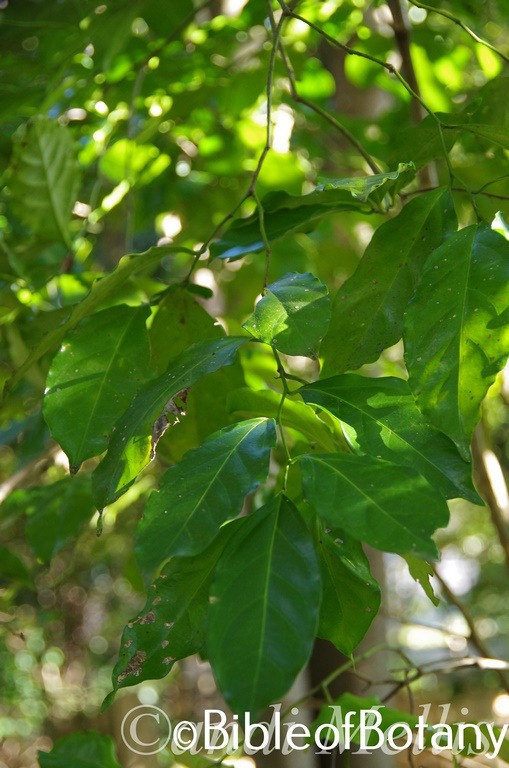
LBG Lismore NSW
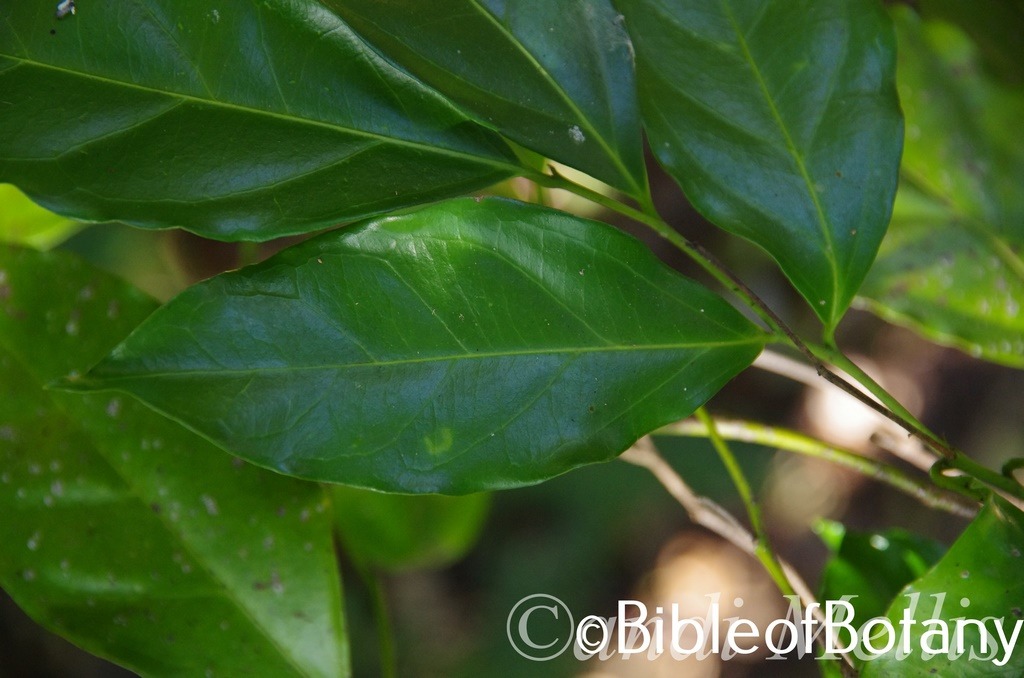
LBG Lismore NSW
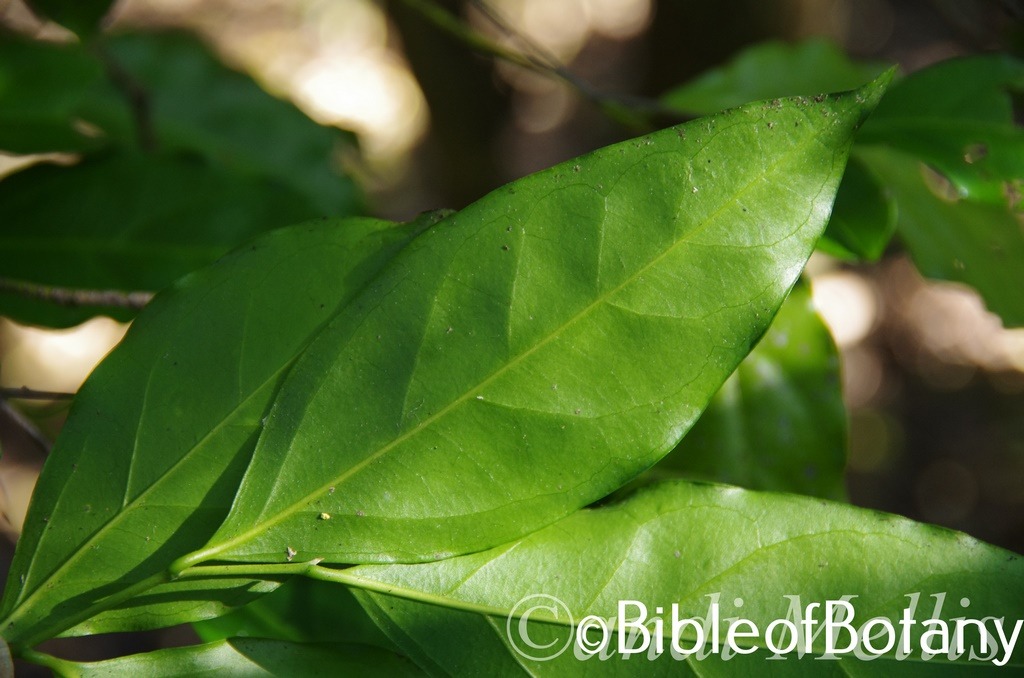
LBG Lismore NSW
Citronella moorei
Classification:
Unranked: Eudicots
Unranked: Asterids
Order: Aquifoliales
Family: Cardiopteridaceae
Genus: From Citrinus, which is old Anglo-French for yellow, later Citrinus, which is Latin for Citrus and Ella which is Ancient Greek and Latin for feminine. It refers to the plant’s leaves having a soft, hint of a lemon scent.
Specie: Is named in honour of Moore but which Moore cannot be substantiated.
Sub specie:
Common Name: Churnwood.
Distribution:
Citronella moorei is restricted to a narrow belt between the coastal foothills and the eastern slopes of the Great Dividing Range. In Queensland it is found south from Cooktown to Araluen in southern coastal New South Wales.
https://avh.ala.org.au/occurrences/search?taxa=Citronella+moorei+#tab_mapView
Habitat Aspect Climate:
Citronella moorei prefers full sun to dappled shade. It grows in warm well developed temperate rainforests, cool well developed sub-tropical and tropical rainforests. It grows best in moist sheltered gullies and moist gallery forests. The altitude ranges from 120 meters ASL to 1050 meters ASL.
The temperatures range from 3 degrees in July to 36 degrees in January.
The rainfall ranges from lows of 1000mm to an average of 3200mm annually.
Soil Requirements:
Citronella moorei prefers to grow on better quality, deep light red clay loams to medium red clay loams. The soils are usually derived from decomposed black basalts. The soil’s pH ranges from 5.5pH to a 6.5pH are preferred. It does not tolerate waterlogged soils. Non saline soils to moderately saline soils are tolerated.
Height & Spread:
Wild Plants: 40m to 50m by 16m to 20m.
Characteristics:
Citronella moorei is one of the easiest rain forest trees to identify in the forest by its very distinctive trunk. Trunks on large trees can attain a diameter of over 2 meters. The trunk is prominently and irregularly channeled and twisted or fluted to at least the larger branches. The bark is bright fawn to grey-fawn, fissured and corky. The new growth and juvenile branchlets are olive-green to grass-green near the apexes and are covered in fawn to brown sericeous hairs.
Citronella moorei’s alternate leaves are ovate, lanceolate to elliptical measure 60mm to 150mm in length by 30mm to 70mm in width. The petioles measure 5mm to 15mm in length. The bases are slightly oblique broad cuneate to slightly oblique rounded while the apex is broad acuminate. The discolourous laminas are deep grass-green glossy and glabrous on the upper laminas while the lower laminas are paler glabrous and dull. The laminas are flat and decurve slightly near the apexes, are slightly undulating and are slightly convex between the mid vein and the lateral veins on the upper laminas. The margins are entire. The mid vein is strongly prominent on the lower lamina while the lateral veins are strongly prominent near the midvein and become less prominent as they extend towards the margin where they form loops. The mid vein and lateral veins are clearly visible from the upper laminas. The domatia are faveolus and are located in the axils of the main lateral veins. New growth is a light bronze to deep maroon.
The dioecious inflorescence of Citronella moorei are heads on racemes born from the terminals and upper leaf axils. The racemes and pedicels are covered in fawn sericeous hairs and measure 50mm to 165mm in length by 60mm to 120mm in width.
The male and female flowers are similar except for the obvious absence of the style on the male flowers. The white to pastel green calyxes are sparsely covered in white puberulent hairs and measure 1.5mm to 2mm in length. The 5 deltoid lobes are glabrous and measure 0.4mm to 0.6mm in length. The 5 white ovate-lanceolate petals are glabrous and measure 4.5mm to 5.5mm in length by 3mm to 4mm in width.
The 5 white, filiform filaments measure 4.5mm to 5mm in length. The yellow anthers are ovate and measure 0.7mm to 0.8mm in length. The rudimentary ovary is sparsely covered in white strigose hairs while the style and stigma are absent.
The female flowers staminodes are white and measure 3mm to 3.5mm in length. The anthers are yellow and indehiscent meaning they are unable to open at anthesis. The ovoidal ovary is sparsely covered in white strigose hairs and measures 0.7mm to 1mm in length. The white style and usually bilobed stigma are glabrous and measure 1.5mm to 2mm in length. The flowers appear from May to September.
Citronella moorei fruits are large globose drupes. The grass-green drupes are globose and turning glabrous and deep blue black when ripe. The calyx lobes are persistent at the apex of the drupes. The drupes measure 18mm to 24mm in length by 15mm to 20mm in diameter. The single large globose seed is longitudinally grooved formed by the intrusion of the endocarp. The seeds measure 15mm to 22mm in length by 12mm to 16mm in diameter. The exocarp is thin while the endocarps are fleshy and measure approximately 1.5mm to 1.7mm in thickness.
Wildlife:
Citronella moorei fruits are eaten by Torres Straight Pigeons (Ducula bicolor), Top Knot pigeons (Lopholaimus antarcticus) Cassowaries (Causeries casuarius) and probably all large fruitigrove birds. I would also expect possums and native rats to eat fruits that have fallen to the ground.
Cultivation:
Citronella moorei is a very beautiful medium tree for larger gardens in warm temperate to cool tropical gardens. Garden subjects are fast growing and will grow into dense large shade trees from 15 meters to 25 meters in height by 10 meters to 20 meters in diameter when grown in the open. In Native gardens it can be used to protect more delicate plants giving good shade or be the foundation plants in a new rainforest garden.
It makes an ideal avenue trees in parks because of their size and dense canopy. The beauty is further enhanced by the strong contrast in the colour of the leaves and pale corky bark which will contrast beautifully with other rainforest barks like Agathis robusta, Eucalyptus grandis, Araucaria bidwillii, Araucaria cunninghamii, Archidendron grandiflorum or Archidendron hendersonii just to mention a few variables.
It is best used as a large park tree, placed in the background or planted centrally as the feature tree in larger gardens. The large green leaves of many short Acacias planted in the foreground can offer a lot of interest in the early years until the rainforest is firmly established. In fact they would be a very strong complementary contrast if the prostrate or smaller Acacia specie were to flower at the same time. In a bush scene they are best scattered through the bush to give patches of colour on the ground as the flowers are discarded to attract the viewers’ attention rather than having a mass plantings.
Propagation:
Seeds: Citronella moorei seeds can be sown directly into their permanent position or sown into 50mm native tubes using a seed raising mix.
Once the seedlings reach 200mm to 250mm in height plant them out into their permanent position. For mass plantings plant them at 8 meter to 10 meter centers.
Fertilize using Seaweed, fish emulsion or organic chicken pellets soaked in water on an alternate basis. Fertilize every two months until the plants are established then annually in early September or March to maintain health, vitality and better flowering.
Further Comments from Readers:
Hi reader, it seems you use The Bible of Botany a lot. That’s great as we have great pleasure in bringing it to you! It’s a little awkward for us to ask, but our first aim is to purchase land approximately 1,600 hectares to link several parcels of N.P. into one at The Pinnacles NSW Australia, but we need your help. We’re not salespeople. We’re amateur botanists who have dedicated over 30 years to saving the environment in a practical way. We depend on donations to reach our goal. If you donate just $5, the price of your coffee this Sunday, We can help to keep the planet alive in a real way and continue to bring you regular updates and features on Australian plants all in one Botanical Bible. Any support is greatly appreciated. Thank you.
In the spirit of reconciliation we acknowledge the Bundjalung, Gumbaynggirr and Yaegl and all aboriginal nations throughout Australia and their connections to land, sea and community. We pay our respect to their Elders past, present and future for the pleasures we have gained.

Mount Cootha Botanic Gardens Qld.
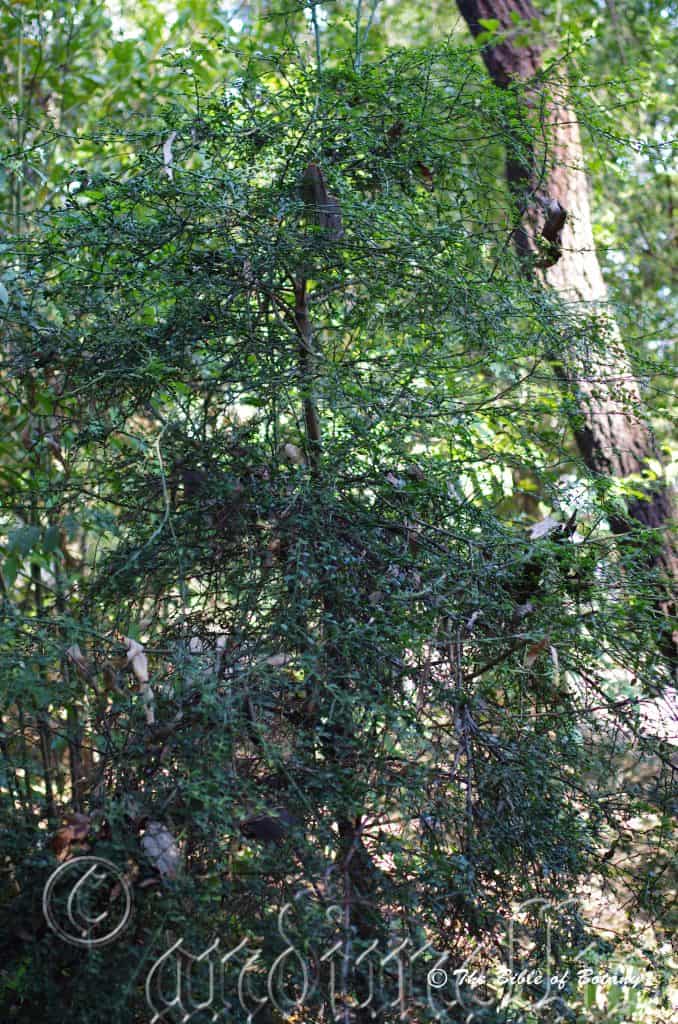
Mount Cootha Botanic Gardens Qld.
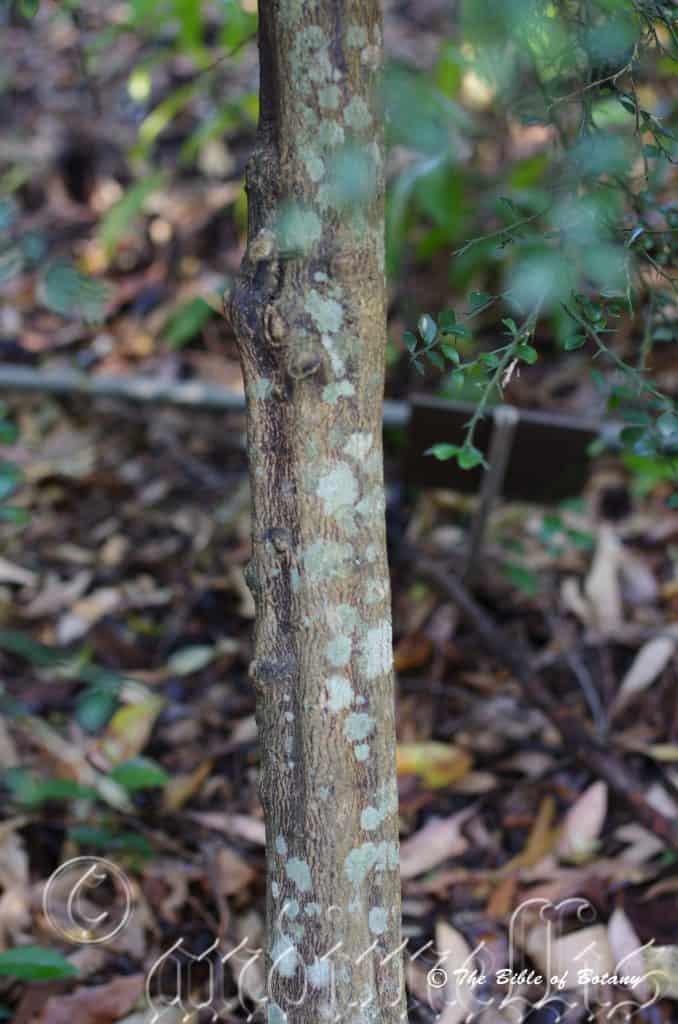
Mount Cootha Botanic Gardens Qld.

Author’s Garden The Pinnacles NSW

Mount Cootha Botanic Gardens Qld.
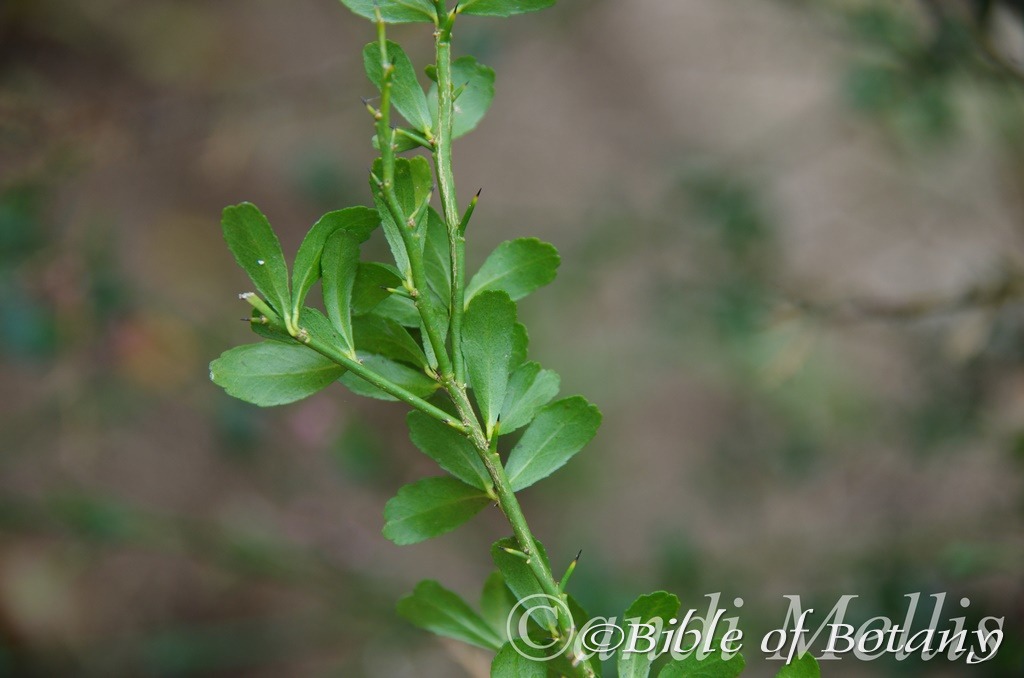
Author’s Garden The Pinnacles NSW
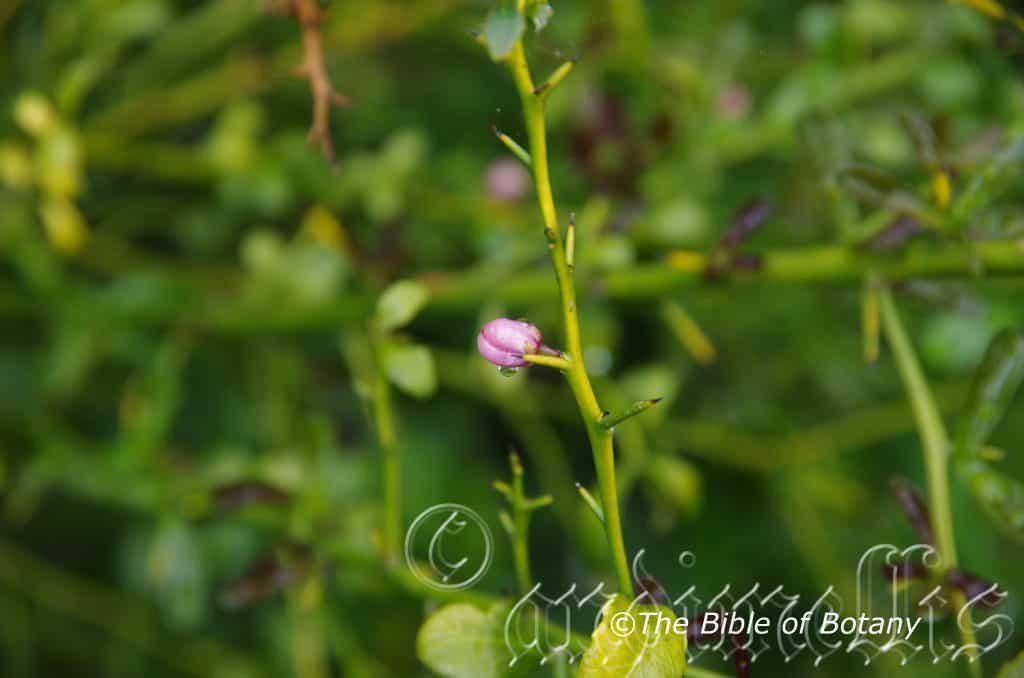
Author’s Garden The Pinnacles NSW
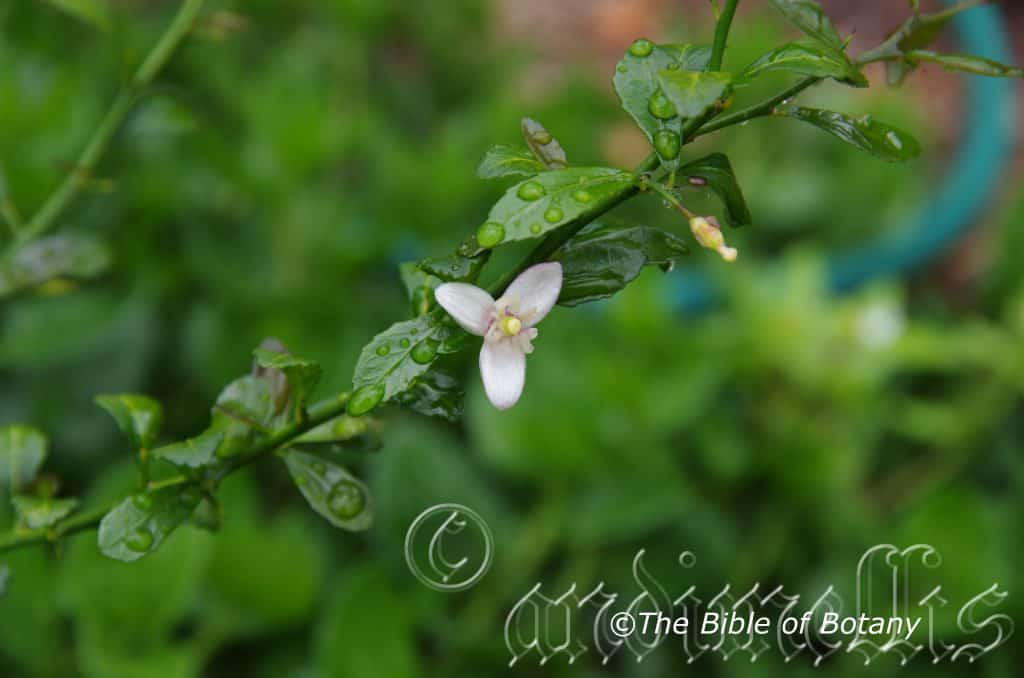
Author’s Garden The Pinnacles NSW
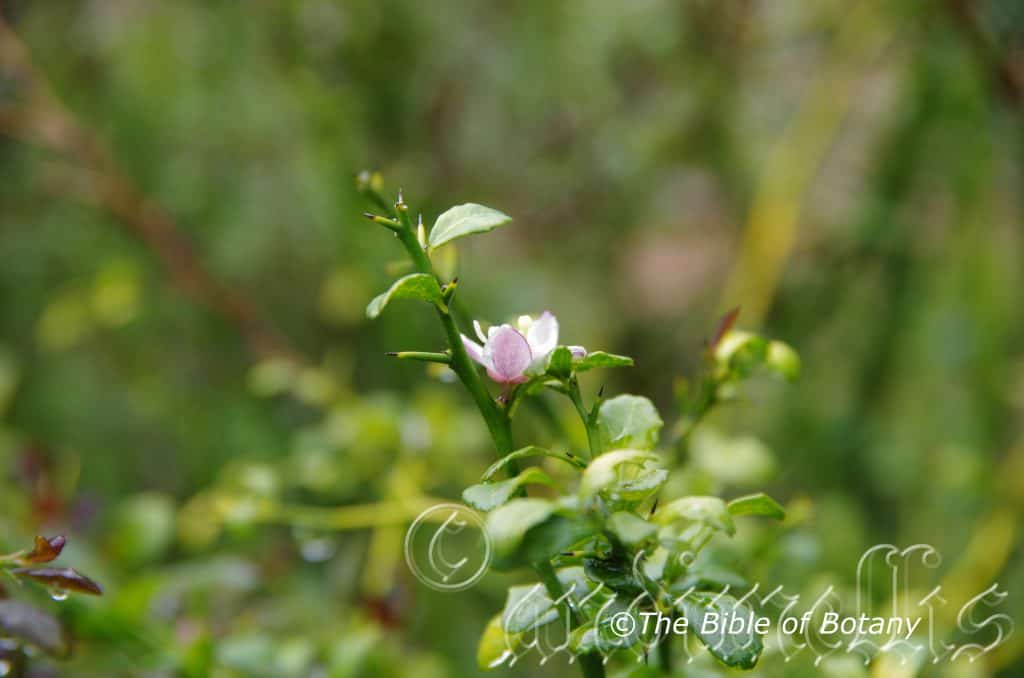
Author’s Garden The Pinnacles NSW
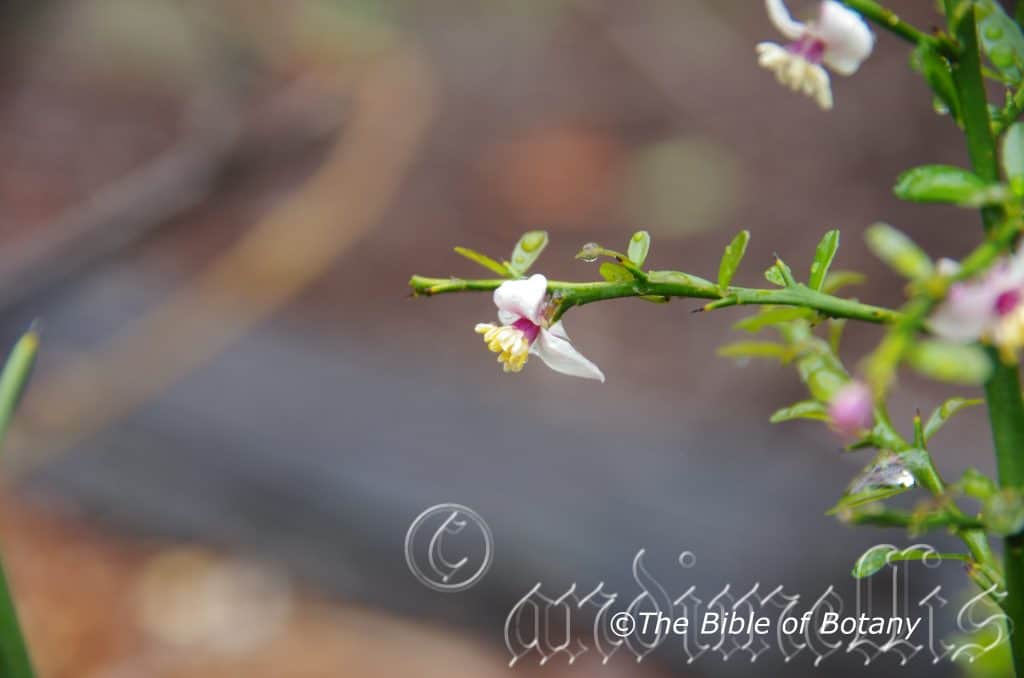
Author’s Garden The Pinnacles NSW
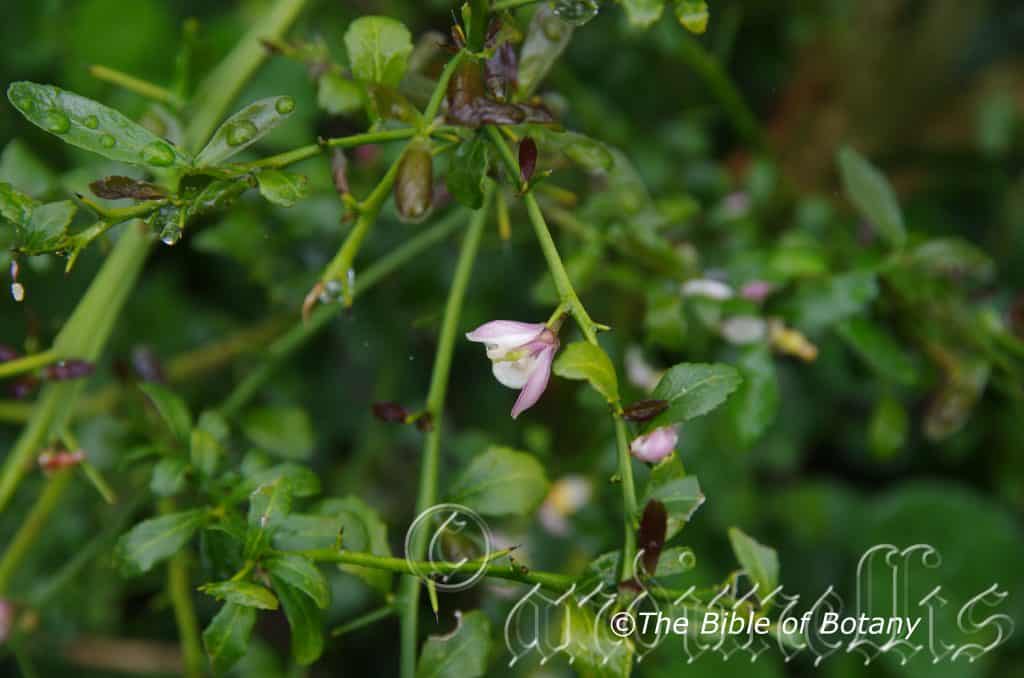
Author’s Garden The Pinnacles NSW
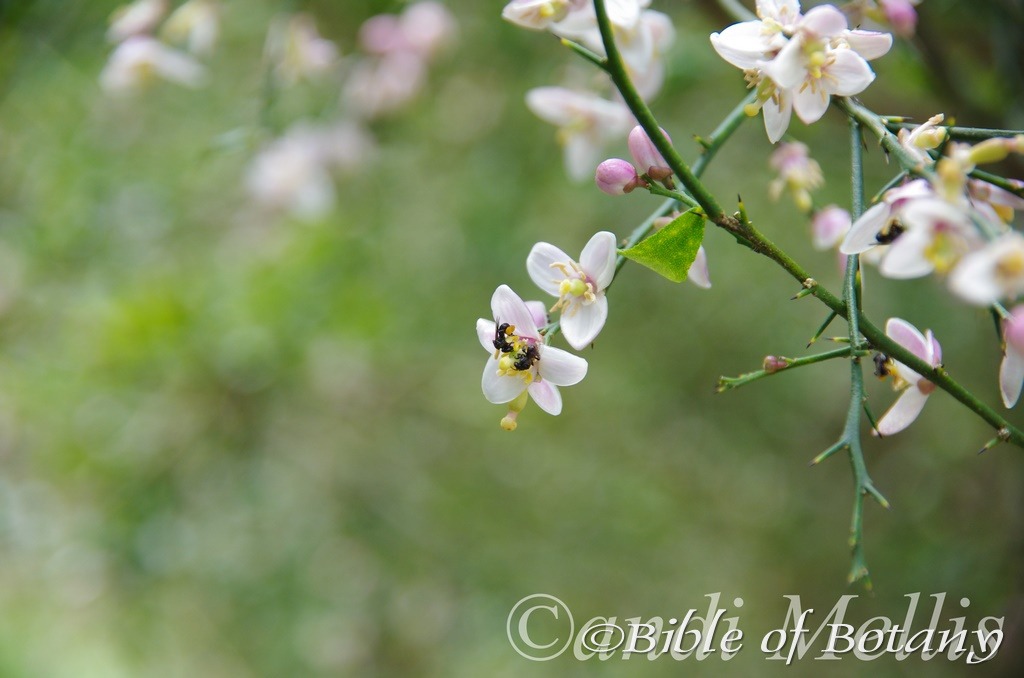
Tetragonula carbonaria Author’s Garden The Pinnacles NSW
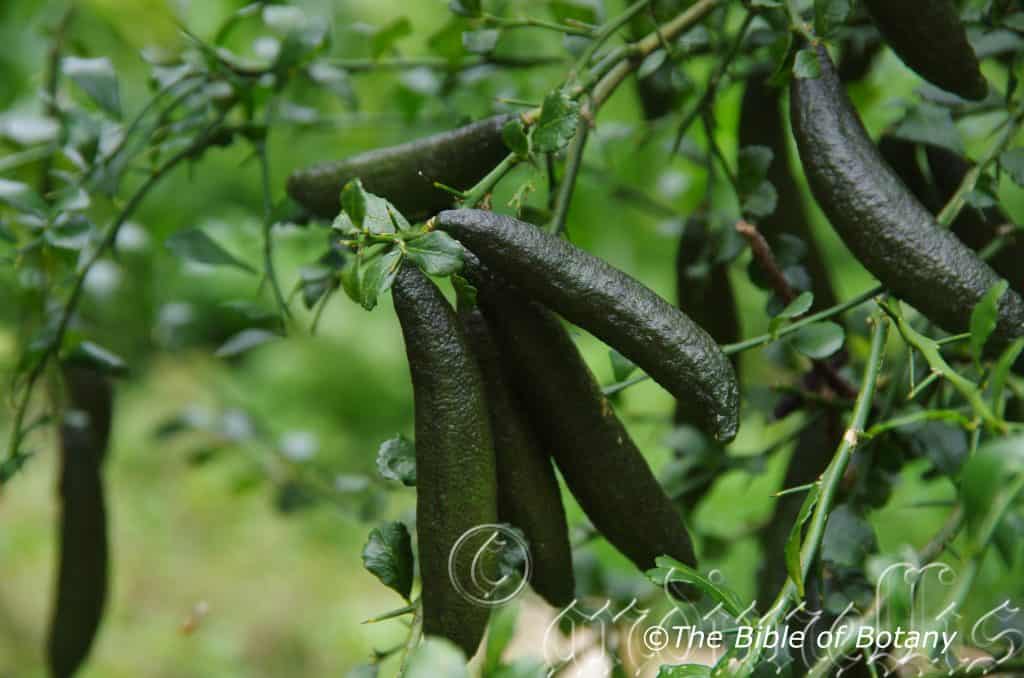
Author’s Garden The Pinnacles NSW
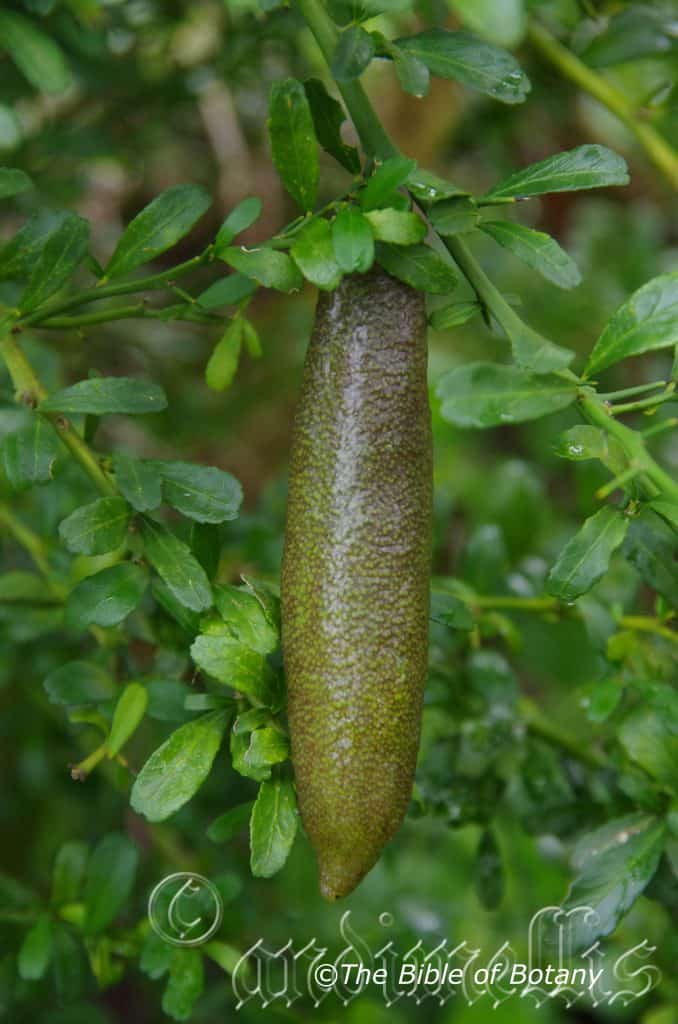
Author’s Garden The Pinnacles NSW

Author’s Garden The Pinnacles NSW
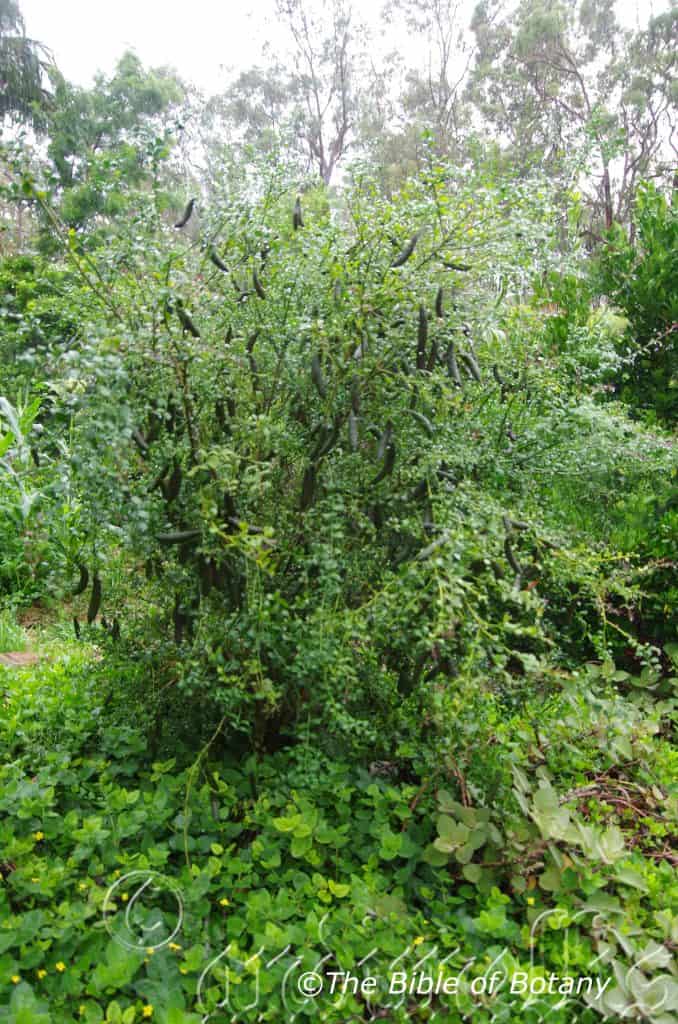
Author’s Garden The Pinnacles NSW
Citrus australasica
Classification:
Class: Rosids
Order: Sapindales
Family: Rutaceae
Genus: From Citrinus, which is old Anglo-French for yellow and later Citrinus, which is Latin for Citrus. It refers to plants, being related to the exotic lemon tree.
Specie: From Terra Australis, which is Latin for land of the south. It refers to plants, which were first discovered from the land down under
Sub specie:
Common Name: Native Lime or Finger Lime.
Distribution:
Citrus australasica is found south from Kennilworth and Malaney on the Sunshine Coast Hinterland in south eastern Queensland to Byron Bay in north eastern New South Wales. It is found on the Great Dividing Range. There is also a disjunct population in the Orara Valley and on the Clarence River North east of Grafton.
https://avh.ala.org.au/occurrences/search?taxa=Citrus+australasica+#tab_mapView
Habitat Aspect Climate:
Citrus australasica prefers full sun to dappled shade or even full shade. It grows in and adjacent to subtropical rainforests and dry rainforests. The altitude ranges from 100 meters ASL to 500 meters ASL.
The temperatures range from 3 degrees in July to 35 degrees in January.
The rainfall ranges from lows of 800mm to 1600mm average per annum.
Soil Requirements:
Citrus australasica prefers better quality soils that are sandy loams, light gravelly clays or medium clays with a thick layer of forest leaf litter on the forest floor. The soils are derived from decomposed black basalts. The soil’s pH ranges from 5pH to 6.5pH. It does not tolerate waterlogged soils however good moisture retentive soils are preferred. Non saline soils to moderately saline soils are tolerated.
Height & Spread:
Wild Plants: 4m to 8m to 3m to 4m.
Characteristics:
Citrus australasica grows as a multi trunked shrub or as a single trunk small tree. The bark is a dull deep grey green on older trees. Juvenile branchlets are a deep sea-green and glabrous flattened tending to triangular before rounding off as they age. There is a single pungent auxiliary spine that measures 20mm to 25mm in length. They are persistent and point towards the apex of the branch.
Citrus australasica is extremely variable in its genetics particularly with its leaves and fruit. The leaves laminas are obovate, elliptical, rhombic or any shape between. They are glabrous and measure 10mm to 50mm in length by 3mm to 25mm in width. The deep sea-green, glabrous petioles measure 1mm to 4mm in length. The bases are cuneate while the apexes are acuminate. The concolourous leaves are deep sea-green and glabrous. The leaf margins are entire to slightly crenate and curve slightly upwards from the mid vein. The mid vein is prominent on the lower laminas and is distinctly visible from the upper laminas. Young leaves are a glossy deep green with a bronze tinge or paler green and glossy especially when grown in shade.
The inflorescences of Citrus australasica appear singularly from the leaf axils. The pedicels measure 1mm to 3mm in length. The buds are pink while the flowers consist of 3 pink sepals and 3 white petals. The 3 sepal lobes are obtuse. The sepals measure 1.2mm to 1.5mm in length while the petals are oblong with an obtuse apex and measure 6mm to 9mm long. The 20 to 25 pink stamens have cream to yellow anthers and measure 2mm to 2.5mm in length while the anthers measure 1mm to 1.5mm in length. The thick style is centrally located and measures 1mm to 1.5mm in length. The flowers appear from late February to early March.
The fruits of Citrus australisica are oblong to elongated ellipsoidal berries. The berries vary greatly in colour from green, yellow, lime green, pink, orange red to brown and every tone between. They measure 40mm to 80mm in length by 15mm to 25mm in width. The skin is a thin rind. The pulp is green to a pinkish green and contains 3 to 6 creamy white seeds measure 3mm to 5mm in length by 3mm to 4mm in diameter.
Wildlife:
Citrus australasica is the host to numerous beetles, native flies, midget wasps, butterflies and native bees when in flower. Fruits are eaten by native rats and possums while the leaves are consumed by the Orchard Swallow Tail Butterfly (Papilio aegeus) and the Blue Swallow Tail (Graphium sarpedum). The double bar finch and Red headed finch often use this tree for nesting sites.
The fruits were eaten by aborigines. They have a tangy, pleasant taste similar to cultivated limes but not as sour when fully ripe.
Cultivation:
This is an interesting addition for the garden because of its many culinary uses. The attractive and sweetly scented flowers are a reason alone to find a place in the garden for them. The fruits have many unusual colours from green, lime, yellow, pink, red, crimson, brown and even black. The shapes are just as diverse being cylindrical, oval round curved or something in between. It often reaches its full potential and height at 15 years to 16 years of age. In cultivation trees will grow from 4 meters to 6 meters tall by 2 meters to 3 meters in diameter. Plants planted in rainforests as an understory plant will attain 8 meters or more in height.
When grown in the garden trees can be used as an understory plant to a rainforest garden or grown in a traditional orchard similar to mandarins or lemons.
Notate that it has rather long tough spines that will still be present when planting them out. Keep them away from garden edges, driveways paths and the like. This makes them ideal plants for hedges and wildlife corridors or places for small birds to nest and seek shelter.
In an orchard situation where the fruits are to be harvested they should be treated the same as the exotic lime. Plant them in rows 5 meters apart and 4 meters between plants. Fertilize twice a year with our recommended fertilizer at double strength. Trees should also be top dressed with 0.5 kilogram of top quality 100mm organic blood and bone annually and initially with one to two kilograms of crushed black basalt for minerals. (We used Hoods Blood and Bone on our organic orchard)
Prune the trees so that a shrub to 3 meters is eventually obtained with a spread of 2 meters to 2.5 meters diameter is ideal for harvesting.
Jams and marmalades can be made from the fruits. The fruits contain good quantities of pectin so a thick jam or jelly can be made easily. In my opinion the marmalade is of excellent quality light tangy and pleasant to the palate.
At The Pinnacles on course sand over sandstone we grew two trees amongst our other citrus trees, on the outer edge of our vegetable garden between it and our rainforest garden. The trees received overhead sunshine from around 10:00 o’clock to around 4:30 in the afternoon. The trees do better in partial shade rather than full sun. Initial planting had a level cup of blood and bone, a heaped cup of dynamic lifter dug into the hole, with a large wheelbarrow of course mulch spread over the surface. At 12 months of age the trees had a top dressing of a bag of raw horse manure sprinkled on the surface with another wheelbarrow load of grass mulch thanks to our local council. The latter mulch and horse manure will be applied on an annual basis. The two year old trees produced 3.1 and 3.3 kilograms of fruit respectfully in mid February to mid March. I would expect this to climb to around 20 to 30 kilograms on mature trees at ten years of age, based on what we recovered in Tahitian limes on our orchard. (5 to 6 kilograms rising to 60 to 80 kilograms a year on six year old trees) Long sleeve thick preferably hemp shirts are required for picking as hemp does not tear as easily as cotton.
Propagation:
Seeds: Citrus australasica seeds require no treatment before sowing.
Sow the fresh seeds directly into a seed raising mix and cover with 5mm of the mix. When the seedlings are 25mm to 50mm tall, prick them out and plant them into 50mm native tubes using a seed raising mix.
Once the seedlings reach 150mm to 200mm in height plant them out into their permanent position. Mass plantings can be achieved by planting them at 3 meter to 5 meter centers. Orchards can be planted up at 4 meter centers while hedges and wildlife corridors can be planted as close as 3 meters apart.
Fertilize using Seaweed, fish emulsion or organic chicken pellets soaked in water on an alternate basis. Fertilize every two months until the plants are established then annually in early September or March to maintain health, vitality and better flowering.
The three methods which I have found successful on the orchard for citrus are bud grafting wedge grafting and for smaller numbers the approach graft.
Bud grafting is suitable where large numbers of plants need to be grafted. The material is of two different sizes or if the plant required material is in very limited. The stock plant is the plant with the roots. The scion is the piece of material that is required to fruit or bloom at a later date and is at the top.
Equipment needed is grafting tape (A good stretching grafting tape not a cheap one that does not stretch), sharp razor blade knife, grafting mastic or grafting plasticine and sterilizing solution.
Wedge graft:
- The stock plant is cut off at 50mm to 100mm above the collar making sure that there are a few leaves left in tack but not within 20mm of the cut.
- The scion is selected so that it is 60mm to 90mm long and the base is the same diameter as the stock.
- The stock plant now has a 5mm to 15mm VEE notch cut into it with the knife after the blade has been sterilized. DO NOT TOUCH THE NEW CUT WITH THE FINGERS. Contaminants and oil may affect the bond.
- Cut the base of the scion back 5mm to 15mm to the same shape as the notch on the stock so that it fits tight. DO NOT TOUCH THE NEW CUT WITH THE FINGERS. Contaminants and oil may affect the bond.
- Insert the scion into notch in the stock.
- Wrap the grafting tape around the stock and scion starting from the bottom and moving to the top of the graft and back down again. Tie the tape off. Start about 10mm to 15mm below the graft and finish 10mm to 15mm above the graft.
- Apply grafting mastic, plasticine over the tape to ensure water does not enter the site.
- The graft if successful will see the scion shoot new growth in 4 to 6 weeks. There is no need to remove the tape if a good quality one is used as it will expand as the union takes and will eventually split.
Approach Grafting:
- The stock plant is allowed to grow normally in a pot. Trim leaves off at the area where the union will take place.
- The scion is also allowed to grow in a pot or even as a garden plant. Trim leaves off at the area where the union will take place.
- The stock plant now has a 10mm to 15mm slice removed from one side of the stem or trunk with the knife after the blade has been sterilized. DO NOT TOUCH THE NEW CUT WITH THE FINGERS. Contaminants and oil may affect the bond.
- The scion plant now has a 10mm to 15mm slice removed from one side of the stem or trunk with the knife after the blade has been sterilized. Make sure the cuts align before you cut the scion. DO NOT TOUCH THE NEW CUT WITH THE FINGERS. Contaminants and oil may affect the bond.
- Bring the scion and stock together so that they touch and can be taped together tightly. If this is done outdoors make sure the two sections are stable and won?t get blown about and kill the union.
- Wrap the grafting tape around the stock and scion starting from the bottom and moving to the top of the graft and back down again. Tie the tape off. Start about 10mm to 15mm below the graft and finish 10mm to 15mm above the graft.
- Apply grafting mastic, plasticine over the tape to ensure water does not enter the site.
- The graft if successful will see the scion shoot new growth in 4 to 6 weeks. There is no need to remove the tape if a good quality one is used as it will expand as the union takes and will eventually split
The bud method can be used successfully on Citrus australisica but it is more difficult and requires more precision when taping the union.
Further Comments from Readers:
Hi reader, it seems you use The Bible of Botany a lot. That’s great as we have great pleasure in bringing it to you! It’s a little awkward for us to ask, but our first aim is to purchase land approximately 1,600 hectares to link several parcels of N.P. into one at The Pinnacles NSW Australia, but we need your help. We’re not salespeople. We’re amateur botanists who have dedicated over 30 years to saving the environment in a practical way. We depend on donations to reach our goal. If you donate just $5, the price of your coffee this Sunday, We can help to keep the planet alive in a real way and continue to bring you regular updates and features on Australian plants all in one Botanical Bible. Any support is greatly appreciated. Thank you.
In the spirit of reconciliation we acknowledge the Bundjalung, Gumbaynggirr and Yaegl and all aboriginal nations throughout Australia and their connections to land, sea and community. We pay our respect to their Elders past, present and future for the pleasures we have gained.
Cladium procerum
Classification:
Unranked: Monocots
Unranked: Commelinids
Order: Poales
Family: Cyperaceae
Subfamily: Panicoideae
Genus: From Klados which is Ancient Greek or Clides, which is Latin for breaking, destruction or brittle. It refers to culms and culm spikes which tend to be rather brittle.
Specie: From Procerus, which is Latin for very tall. It refers to the plants, which are very much taller than other species in the genus and or having much longer flower spikes.
Sub specie:
Common Name:
Distribution:
Cladium procerum is restricted to a small area from Karratha to Karijini National Park in central coastal Western Australia.
It is found in the north east of the Northern Territory around Nhulunbuy to Groote Eyelandt. It is mainly found along the coast regions.
In the east it is widespread in several disjunct populations south from Mulligan Bay on Hinchinbrook Island in coastal northern Queensland to Elliston on Ayer Peninsular in South Australia. There is an isolated population further north in South Australia on the Flinders Ranges.
In Tasmania it is found around Big Waterhouse Lake.
https://avh.ala.org.au/occurrences/search?taxa=Cladium+procerum+#tab_mapView
Habitat Aspect Climate:
Cladium procerum prefers light dappled shade to full sun. It grows along riparian zones of creeks, streams, rivers and on flood plains especially on riparian flats, in swamps, wallums and marshes. The altitude ranges from 5 meters ASL to 150 meters ASL.
Temperatures range from minus 3 degrees in August to 40 degrees in January.
Rainfall ranges from lows of 300mm to 2600mm average per annum.
Soil Requirements:
Cladium procerum prefers sandy loams to light gritty clays and heavy silts. It is most commonly found on poor weathered duplex soils including grey and yellow cluggy podzolics. The soils are derived from decomposed shale, brown basalt, black basalt, laterites, fatty sandstone, mudstone, granites and metamorphic rocks. The soil’s pH ranges 4pH to 6.5pH. It tolerates waterlogged soils though many of the soils are cluggy clay loams during the wet season. Non saline soils to moderately saline soils are tolerated.
Height & Spread:
Wild Plants: 1m to 2.5m by 0.6m to 1m.
Characteristics:
Cladium procerum is a large spreading to pendulant, tufted perennial grass at times covering large areas. The terete culms are typically grass green and glabrous. The culms are branched with 3 to 6 nodes. The culms measure 100mm to 2500mm in length by 5mm to 10mm in diameter. It often branches at the nodes.
The linear leaves of Cladium procerum are measure 1500mm to 2500mm in length by 5mm to 20mm in width. The bases are clasping while the apexes are tapering. The concolourous laminas are dull, grass-green and glabrous or sparsely covered in white pilose hairs. The leaf margins are entire. The sheaths are narrowly triangular, pale yellow-brown at the base turning mid grass-green.
The very large oblong inflorescences of Cladium procerum are interrupted and measure 180mm to 350mm in length by 60mm to 90mm in diameter. The involucral bracts are longer than the inflorescence. The spikelets often only have the lower flower bisexual.
The lower glumes are lanceolate to ovate, scarious with a single keel which has a single nerve. The lower glumes are glabrous and measure 3mm to 3.5mm in length. The upper glumes are lanceolate to ovate, scarious with a single keel which has a single nerve. The upper glumes are glabrous or scabrous and measure 3mm to 4mm in length.
The fertile lemmas are elliptical to obovate with acute or obtuse apexes. The lemmas are glabrous with a scabrous midvein and occasionally covered in white ciliate hairs on the margins. They measure 3.5mm to 4mm in length.
The 2 stamens have short white filaments and pale yellow anthers. The anthers measure 1.8mm to 2mm in length. The trifid style is pastel yellow. The flowers appear from late September to November.
The fruits of Cladium procerum are ellipsoid to ovoid nuts. The glabrous, smooth, semi glossy, mid-brown nuts measure 2mm to 2.5mm in length by 1.3mm to 2mm diameter.
Wildlife:
Cladium procerum leaves and side shoots are eaten by kangaroos and wallabies when young The plants often form a dense coverage along soaks that in return protect bandicoots and native reptiles. Cladium procerum provides a habitat for birds and frogs and is a larval food source for the Southern Sedge-darter, Telicota eurychlora.
Cultivation:
Cladium procerum is a grass of the plains and gentle slopes. This grass can only handle light frosts and in frosty locations should be treated as an annual. Apart from being a moderately good fodder crop for grazing animals when maintained and heavily grazed Cladium procerum has no real horticultural merit.
Propagation:
Seeds: Collecting the nuts of Cladium procerum are easy and the growing is just as easy from fresh seeds. The seeds can be sown directly into trays using a fine porous mix. Place the trays in a warm position under 30mm shade and keep moist not wet. Seeds usually germinate in 10 to 30 days.
When the seedlings reach the three to four leaf stages, prick them out and plant them into 75mm native tubes using a good organic mix.
Once the seedlings reach 150mm to 200mm in height nip the tips out and plant them out into their permanent position.
Fertilize using Seaweed, fish emulsion or organic chicken pellets soaked in water on an alternate basis. Fertilize every two months until the plants are established then annually in early September or March to maintain health, vitality and better flowering.
Further Comments from Readers:
Hi reader, it seems you use The Bible of Botany a lot. That’s great as we have great pleasure in bringing it to you! It’s a little awkward for us to ask, but our first aim is to purchase land approximately 1,600 hectares to link several parcels of N.P. into one at The Pinnacles NSW Australia, but we need your help. We’re not salespeople. We’re amateur botanists who have dedicated over 30 years to saving the environment in a practical way. We depend on donations to reach our goal. If you donate just $5, the price of your coffee this Sunday, We can help to keep the planet alive in a real way and continue to bring you regular updates and features on Australian plants all in one Botanical Bible. Any support is greatly appreciated. Thank you.
In the spirit of reconciliation we acknowledge the Bundjalung, Gumbaynggirr and Yaegl and all aboriginal nations throughout Australia and their connections to land, sea and community. We pay our respect to their Elders past, present and future for the pleasures we have gained.

Wombat Creek Conservation Park NSW
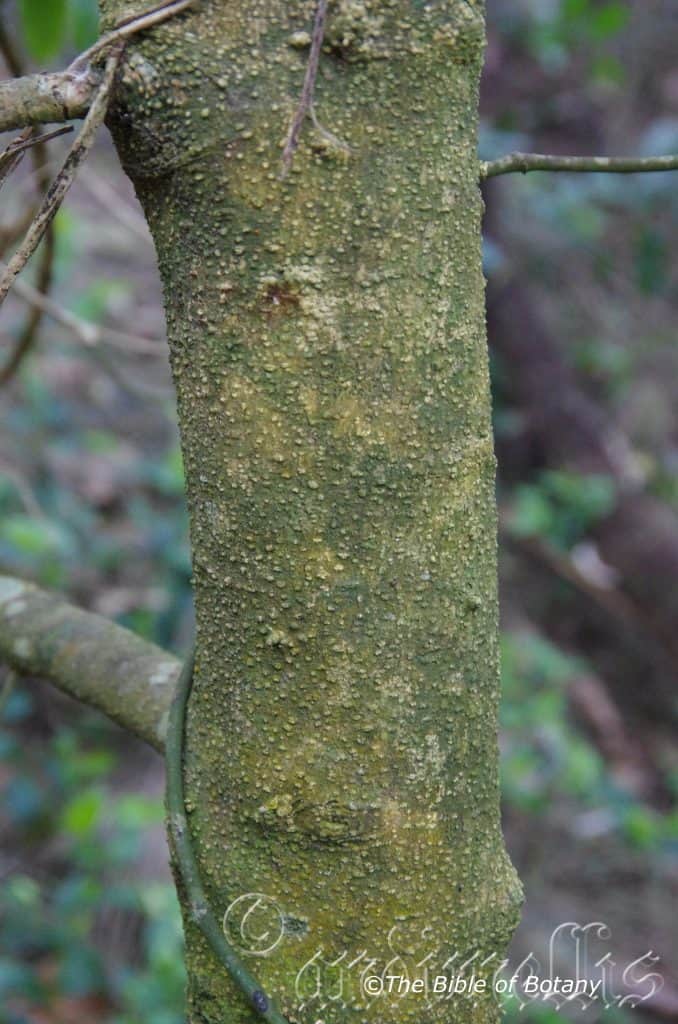
Moonee Headland NSW

Wombat Creek Conservation Park NSW
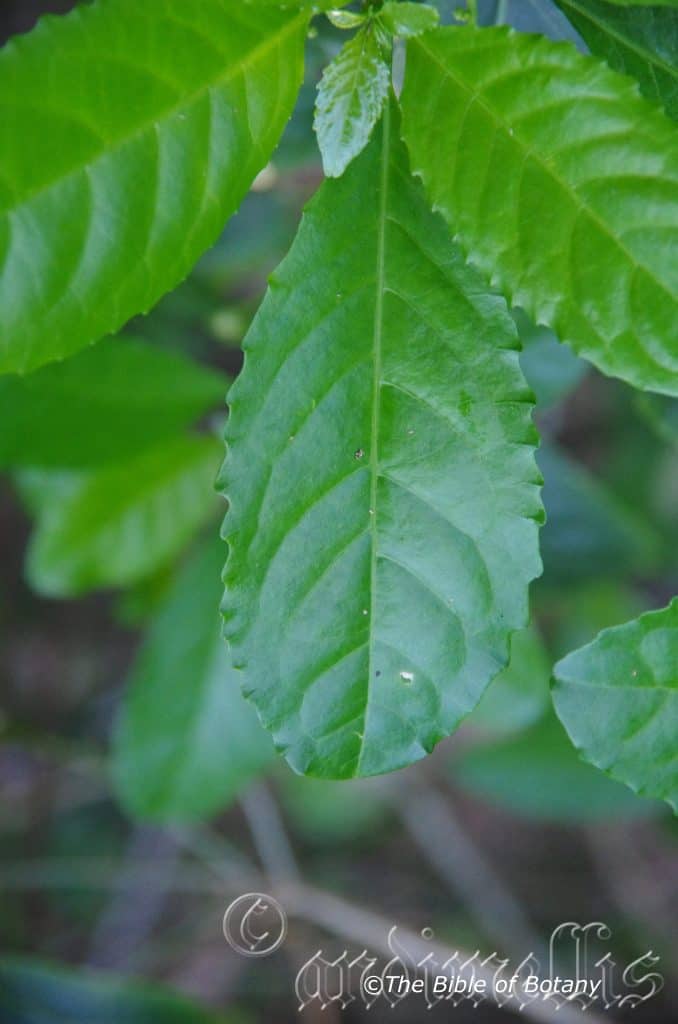
Wombat Creek Conservation Park NSW
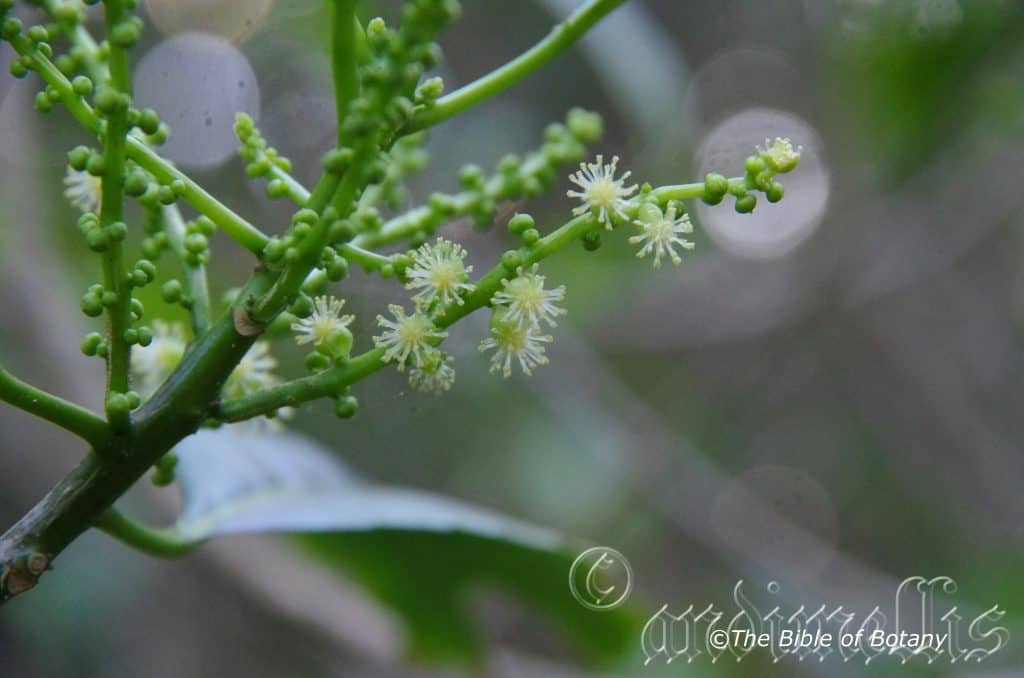
Moonee Headland NSW
Claoxylon australe
Classification:
Unranked: Eudicots
Unranked: Rosids
Order: Malpighiales
Family: Euphorbiacea
Subfamily: Acalyphoideae
Tribe: Acalypheae
Subtribe: Claoxylinae
Genus: From Klao, which is Ancient Greek for to break off and Xylon, which is Greek wood. It refers to stems which are rather brittle and easy to break.
Specie: From Terra Australis, which is Latin for land of the south. It refers to plants, which were first discovered from the land down under.
Sub specie:
Common Name: Brittlewood.
Distribution:
Claoxylon australe is found south from Gin Gin in southern Queensland to Bermagui in southern coastal New South Wales. There is also an outlying population near Bowen in central coastal Queensland.
https://avh.ala.org.au/occurrences/search?taxa=Claoxylon+australe+#tab_mapView
Habitat Aspect Climate:
Claoxylon australe prefers full sun to dappled shade or even full shade. It grows adjacent to subtropical rainforests and dry rainforests. The altitude ranges from 10 meters ASL to 700 meters ASL.
The temperatures range from 3 degrees in July to 35 degrees in January.
The rainfall ranges from lows of 800mm to 2000mm average per annum.
Soil Requirements:
Claoxylon australe prefer soils that are light gravelly clays or medium clays derived from decomposed brown basalt, black basalt, shale and metamorphic rocks. The soils usually have a good covering of leaf litter. The soil’s pH ranges from 6pH to 6.5pH. It does not tolerate waterlogged soils however it does best on good moisture retentive soils. Non saline soils to moderately saline soils are tolerated.
Height & Spread:
Wild Plants: 6m to 9m to 3m to 6m
Characteristics:
Claoxylon australe grows as a multi trunked shrub or as a single trunk small tree. The bark is a dull deep grey-brown and finely fissured in tessellated squares on older trees while younger trees have tuberculate horizontal rows. The new growth and juvenile branchlets are a grey-green to sea-green and glabrous or covered in white pulverulent hairs. The young branchlets are brittle and sparsely covered in cream oblong lenticels.
Claoxylon australe alternate leaves are elliptical to oblong and measure 60mm to 120mm in length by 20mm to 50mm in width. The bases are cuneate while the apexes are acuminate. The concolourous leaves are deep grass-green to sea green and glabrous or very sparsely covered in fine white sericeous hairs. The laminas are flat to recurve upwards from the mid vein to the margins and are slightly undulating. The laminas are convex between the main vein and lateral veins on the upper laminas. The leaf margins are regularly toothed. The mid vein and lateral veins are slightly prominent on both laminas. The young leaves are a glossy deep grass-green with a bronze tinge or paler green and glossy especially when grown in shade. The stipules are minute and glabrous. The grass-green petioles measure 20mm to 40mm in length with 1 to 5 raised glands on the upper surface near the apex.
The dioecious inflorescences of Claoxylon australe are racemes from the upper leaf axils. The rachises and pedicels are glabrous and measure 50mm to 80mm in length for the male flowers and measure 30mm to 50mm for the female flowers. The pale green perianth measure 2mm to 3mm in length.
The 30 to 36 hyaline filaments on the male flowers measure 2.5mm to 3.5mm in length and radiate out from the pale yellow, hemispherical disc. The pale yellow anthers are not much wider than the filaments.
The ovaries are distinctly 3-lobed and are covered in white sericeous hairs. The swollen stigma is close to the base of the style, while the staminodes are thicker and shorter than the stamens. The flowers appear from September to early late October.
The fruits of Claoxylon australe are flattened trigonous capsules. The deep green capsules are glabrous to sparsely covered in fine white puberulent hairs and turn deep grey to black externally when ripe. Internally the capsules are off white to pastel grey while the seeds are separated by fine white pilose wool. The capsules measure 5mm to 6mm in length by 8mm to 9.5mm in width. The 3 creamy white orbicular seeds are surrounded by a scarlet red aril and measure 3mm to 3.5in diameter. The fruits ripen from late November to early February.
Wildlife:
Claoxylon australe’s wildlife is unknown to the author.
Cultivation:
Claoxylon australe is an interesting addition for the garden because of its ability to grow in heavy shade beneath the rain forest canopy. The unusual flowers and ripe fruits add colour in what is otherwise a plethora of green. In the garden itwill grow from 4 meters to 6 meters in height by 3 meters to 4 meters in diameter when grown in the open.
The suburban rainforest garden is not out of reach with Claoxylon australe as it can be easily be incorporated into any scenario whether it is a large garden or small block. Rainforests are tranquil, peaceful and can have a great effect on a suburban property. It encourages others to mimic your ideas and before you know it you have created a plethora of birds and trees everywhere. Claoxylon australe is a true rainforest tree but doesn’t attain the heights of its near cousins. Planting them at 5 meter to 6 meter centers will soon create the canopy overhead that characterizers true rainforests on a miniature scale. Shrubs in the understorey with herbaceous ground covers ferns and don’t forget the smaller tree ferns like Cyathea leichhardtii, Cyathea rebeccae or Blechnum gibbon. There is a wealth of variety out there to select from. For variety in trunks it could be mixed with Cupaniopsis anacharioides, Elaeocarpus reticularis or Harpullia pendula which are all well known. A rainforest garden will also provide shading in the summer with cooler temperatures and warmer temperatures in winter for your convenience.
Propagation:
Seeds: Claoxylon australe seeds require no treatment before sowing.
Sow the fresh seeds directly into a seed raising mix and cover with 5mm of the mix. When the seedlings are 25mm to 50mm tall, prick them out and plant them into 50mm native tubes using a seed raising mix.
Once the seedlings reach 150mm to 200mm in height plant them out into their permanent position. Mass plantings can be achieved by planting them at 3 meter to 5 meter centers. Orchards can be planted up at 4 meter centers while hedges and wildlife corridors can be planted as close as 3 meters apart.
Fertilize using Seaweed, fish emulsion or organic chicken pellets soaked in water on an alternate basis. Fertilize every two months until the plants are established then annually in early September or March to maintain health, vitality and better flowering.
Further Comments from Readers:
Hi reader, it seems you use The Bible of Botany a lot. That’s great as we have great pleasure in bringing it to you! It’s a little awkward for us to ask, but our first aim is to purchase land approximately 1,600 hectares to link several parcels of N.P. into one at The Pinnacles NSW Australia, but we need your help. We’re not salespeople. We’re amateur botanists who have dedicated over 30 years to saving the environment in a practical way. We depend on donations to reach our goal. If you donate just $5, the price of your coffee this Sunday, We can help to keep the planet alive in a real way and continue to bring you regular updates and features on Australian plants all in one Botanical Bible. Any support is greatly appreciated. Thank you.
In the spirit of reconciliation we acknowledge the Bundjalung, Gumbaynggirr and Yaegl and all aboriginal nations throughout Australia and their connections to land, sea and community. We pay our respect to their Elders past, present and future for the pleasures we have gained.
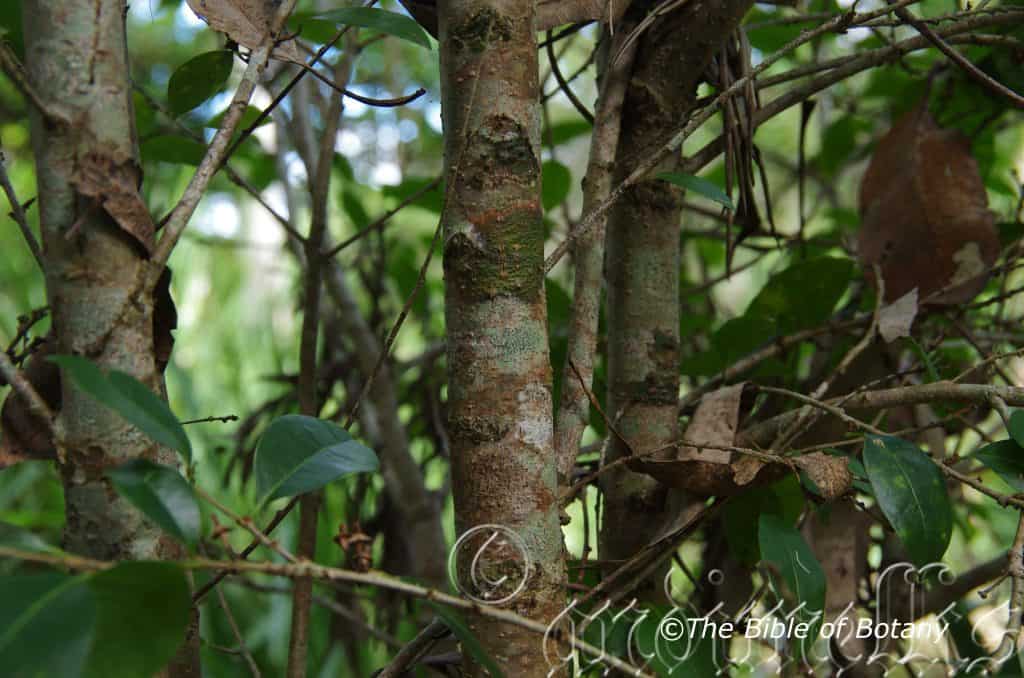
LBG Lismore NSW
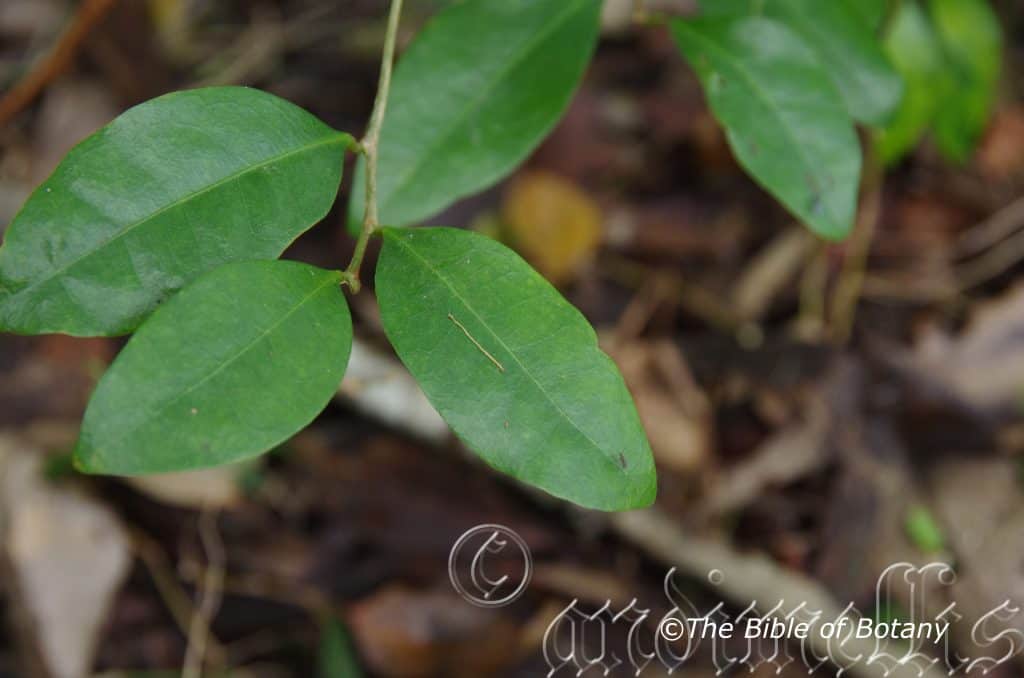
LBG Lismore NSW
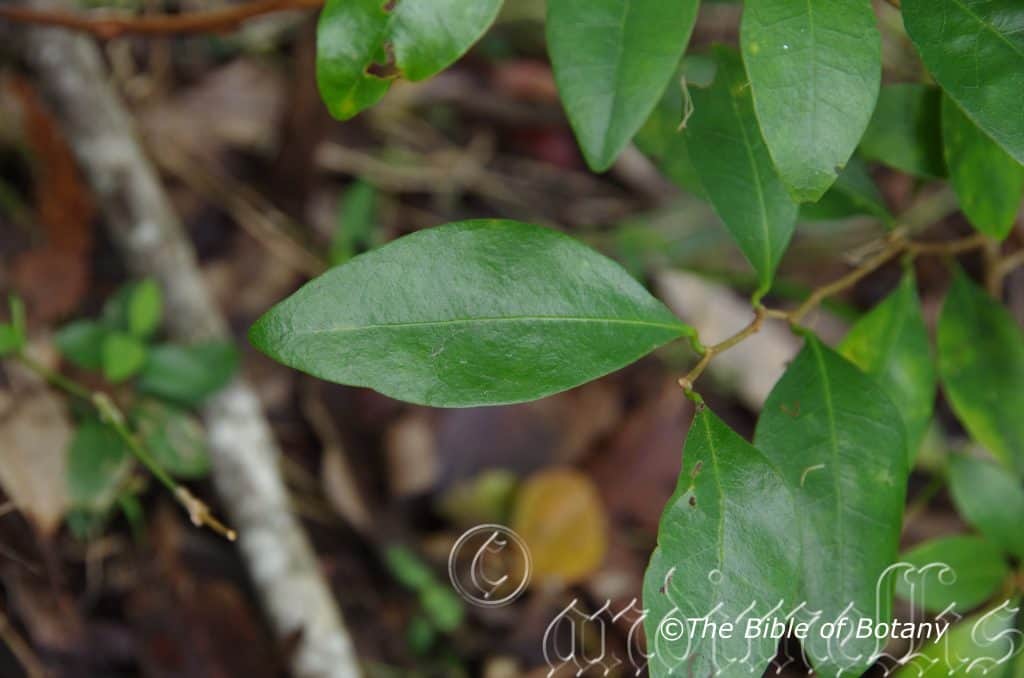
LBG Lismore NSW

LBG Lismore NSW
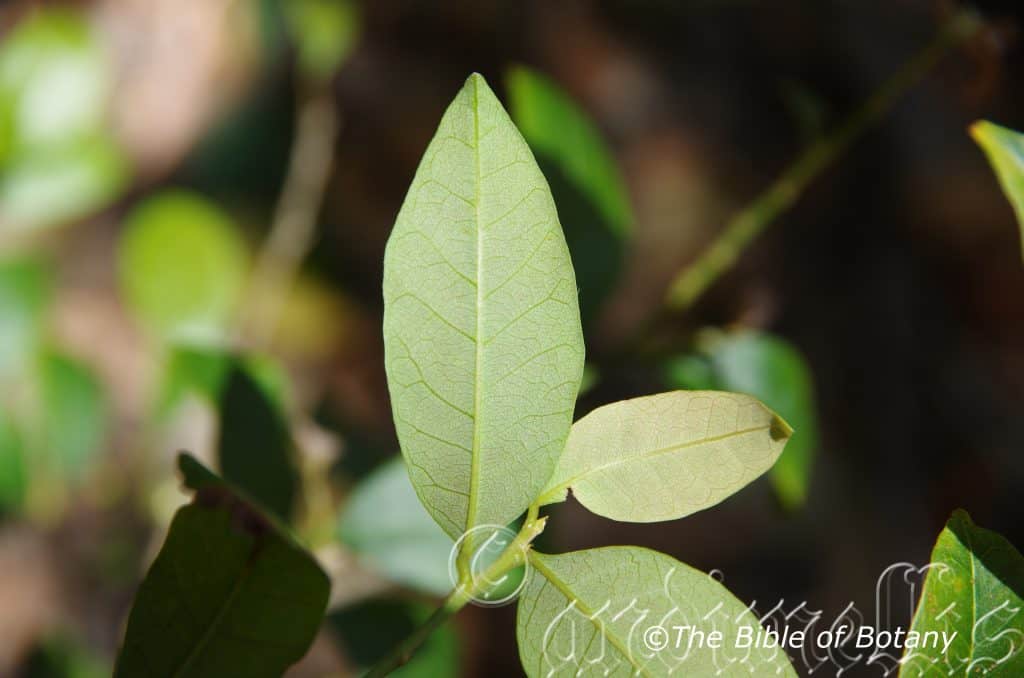
LBG Lismore NSW
Cleistanthus cunninghamii
Classification:
Unranked: Eudicots
Unranked: Rosids
Order: Malpighiales
Family: Phyllanthaceae
Tribe: Bridelieae
Genus: From Kleistos, which is Ancient Greek for enclosed or closed in and Antha/Anthos, which are Ancient Greek for the male reproductive organ in a flower or the flower. It refers to the flowers which remain closed until the time the anthers begin to dehisc.
Specie:Is named in honour of Allan Cunningham; 1791-1839, who was an Australian explorer, botanist and collector of plants.
Sub specie:
Common Name: Cleistanthus or Omega.
Distribution:
Cleistanthus cunninghamii is found south from near Mackay in Queensland to near Dungong in central coastal New South Wales. It is found on and east of the Great Dividing Range. There is an outlying population further north on the Atherton Tableland.
https://avh.ala.org.au/occurrences/search?taxa=Cleistanthus+cunninghamii+#tab_mapView
Habitat Aspect Climate:
Cleistanthus cunninghamii prefers full sun to dappled shade or even full shade. It grows in moist temperate rainforests, dry temperate rainforests, subtropical rainforests and well developed tropical rainforests. It is particularly common in dry littoral rainforests near or in riparian zones. The altitude ranges from near sea level to 800 meters ASL.
The temperatures range from 3 degrees in July to 35 degrees in January.
The rainfall ranges from lows of 900mm to 3000mm average per annum.
Soil Requirements:
Cleistanthus cunninghamii prefers better quality light clays to medium clays with a thick layer of forest litter. The soils are usually derived from decomposed brown basalt, black basalt, shale and metamorphic rocks. The soil’s pH ranges from 5pH to 6.5pH. It does not tolerate waterlogged soils but does best on good moisture retentive soils. Non saline soils to moderately saline soils are tolerated.
Height & Spread:
Wild Plants: 6m to 8m to 3m to 4m
Characteristics:
Cleistanthus cunninghamii grows as a multi trunked large shrub or as a single trunk small tree. The bark is deep grey-brown on older trees. New growth and juvenile branchlets are tan to tan-green and glabrous or sparsely covered in fine pale grey pulverulent hairs.
Cleistanthus cunninghamii alternate ovate to elliptical leaves measure 30mm to 90mm in length by 20mm to 40mm in width. The base is rounded while the apex is broad acute. The discolourous leaves are sea-green on the upper laminas while the lower laminas are paler to green glaucesent and sparsely covered in fine pale grey puberulent hairs. The laminas recurve slightly upwards from the midvein to the margins and decurve slightly near the apexes. The leaf margins are entire. The mid vein is prominent below while the lateral veins are faintly prominent and distinctly visible from above. Young leaves are a glossy sea-green with a bronze tinge. The glabrous petioles are bent at 90 degrees near the junction and measure 5mm to 8mm in length.
The monoecious inflorescences of Cleistanthus cunninghamii appear in small clusters cauliforously from the upper branches. The pedicels measure 0mm to 2mm in length. The pale green perianth measure 2mm to 3mm in length. The mid green to deep green elliptical calyxes’ lobes are glabrous and measure 1mm to 1.5mm in length.
The 5 mono delphous filaments are joined to the style just below the stigma and are opposite the petals. The dorsifixed anthers are pastel creamy-green or white. The flowers appear from late August to September.
The fruits of Cleistanthus cunninghamiiare trigonous or very rarely 4 lobed capsules. The green capsules are glabrous and turn reddish-brown externally when ripe. The capsules disintegrate at maturity to leave the pedicle and central axis attached to the stem. The calyx lobes are persistent at the base with the remnants of the style at the apex. The capsules measure 7mm to 9mm in length by 8mm to 10mm in diameter. The fruits ripen from late April to May.
Wildlife:
Cleistanthus cunninghamii is unknown to the author.
Cultivation:
Cleistanthus cunninghamii is an interesting addition for the small rainforest garden because of its small size. The attractive and fruits are a reason alone to find a place in the garden for tit. The fruits however along with the leaves are toxic if eaten so they should be planted away from where children can come into contact with them.
Cleistanthus cunninghamii’s ability to grow in heavy shade beneath the rain forest canopy or more open positions makes it a versatile addition. In the garden it will grow from 4 meters to 6 meters in height by 3 meters to 4 meters in diameter when grown in the open as a small tree.
The suburban rainforest garden is not out of reach with Cleistanthus cunninghamii as it can be easily incorporated into any scenario whether it is a large garden or small block. Rainforests are tranquil, peaceful and can have a great effect on a suburban property. It encourages others to mimic your ideas and before you know it you have created a plethora of birds and trees everywhere. Cleistanthus cunninghamii is a true rainforest tree but doesn’t attain the heights of its near cousins. Planting them at 4 meter to 6 meter centers will soon create the canopy overhead that characterizers true rainforests on a smaller scale. Shrubs in the understorey with herbaceous ground covers ferns and don’t forget the smaller tree ferns like Cyathea leichhardtii, Cyathea rebeccae or Blechnum gibbon. There is a wealth of variety out there to select from. For variety in trunks it could be mixed with Cupaniopsis anacharioides, Elaeocarpus reticularis, Claoxylon australe or Harpullia pendula which are all well known. Â A rainforest garden will also provide shading in the summer with cooler temperatures and warmer temperatures in winter for your convenience.
Propagation:
Seeds: Cleistanthus cunninghamii seeds require no treatment before sowing. Wash hands thoroughly after handling.
Sow the fresh seeds directly into a seed raising mix and cover with 5mm of the mix. When the seedlings are 25mm to 50 mm tall, prick them out and plant them into 50mm native tubes using a seed raising mix.
Once the seedlings reach 150mm to 200mm in height plant them out into their permanent position. Prick the tips out if a shrub is required or remove any side shoots if a small tree is required.
Fertilize using Seaweed, fish emulsion or organic chicken pellets soaked in water on an alternate basis. Fertilize every two months until the plants are established then annually in early September or March to maintain health, vitality and better flowering.
Further Comments from Readers:
Hi reader, it seems you use The Bible of Botany a lot. That’s great as we have great pleasure in bringing it to you! It’s a little awkward for us to ask, but our first aim is to purchase land approximately 1,600 hectares to link several parcels of N.P. into one at The Pinnacles NSW Australia, but we need your help. We’re not salespeople. We’re amateur botanists who have dedicated over 30 years to saving the environment in a practical way. We depend on donations to reach our goal. If you donate just $5, the price of your coffee this Sunday, We can help to keep the planet alive in a real way and continue to bring you regular updates and features on Australian plants all in one Botanical Bible. Any support is greatly appreciated. Thank you.
In the spirit of reconciliation we acknowledge the Bundjalung, Gumbaynggirr and Yaegl and all aboriginal nations throughout Australia and their connections to land, sea and community. We pay our respect to their Elders past, present and future for the pleasures we have gained.
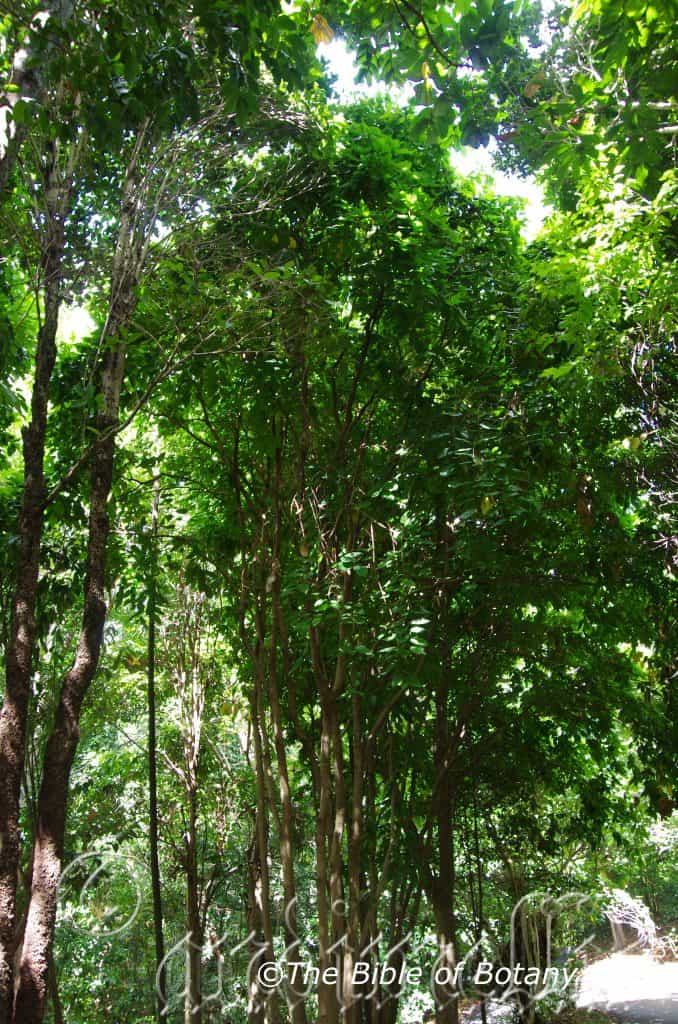
Mount Cootha Botanic Gardens Qld.
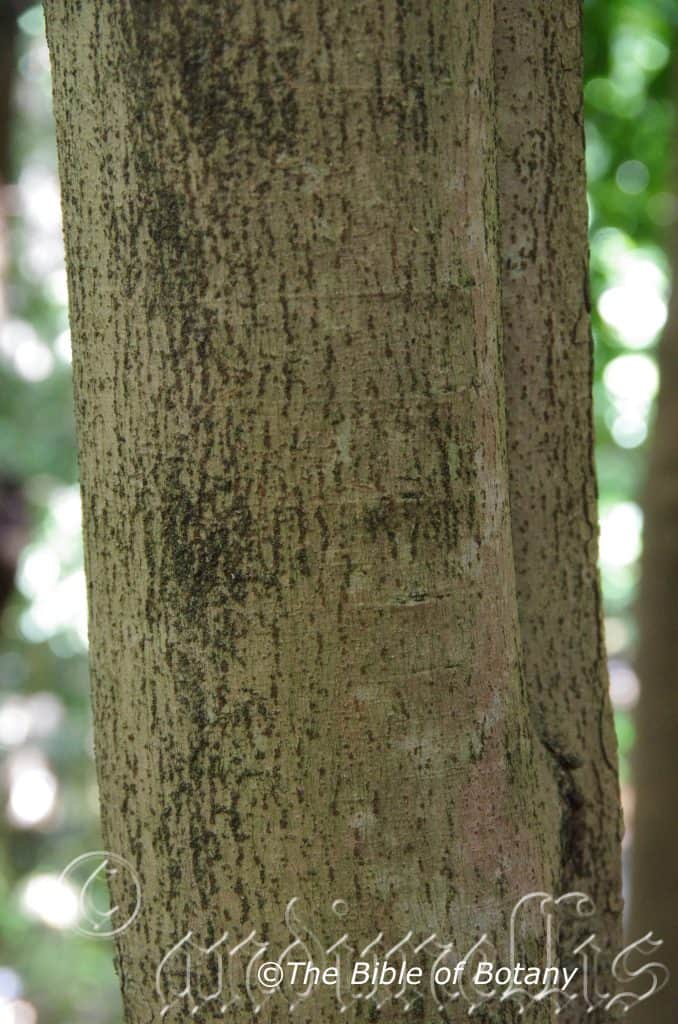
Mount Cootha Botanic Gardens Qld.
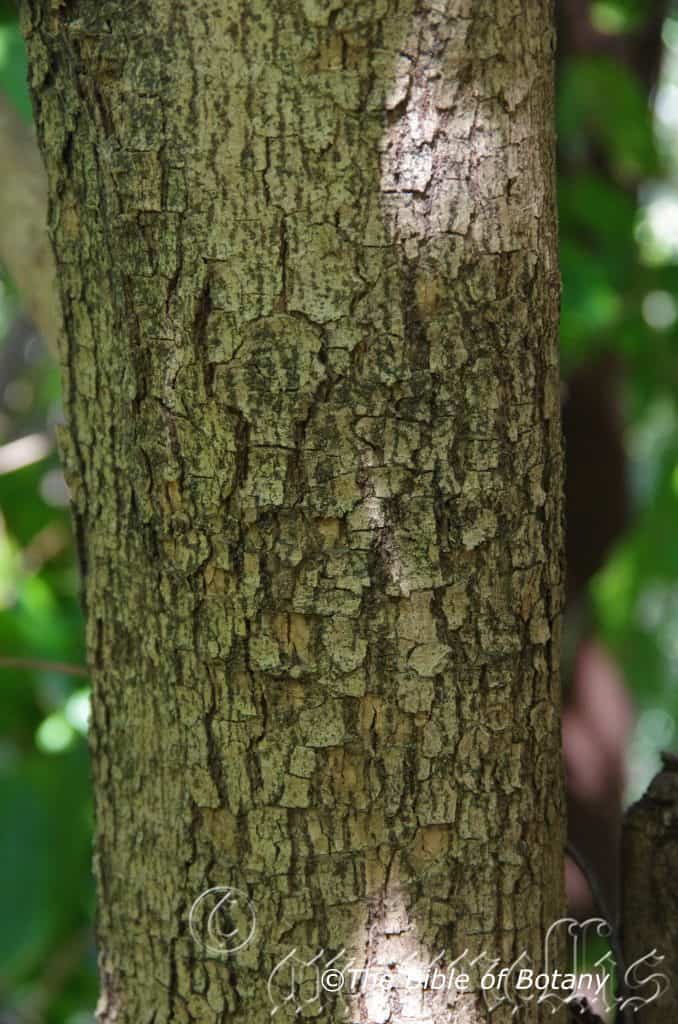
Mount Cootha Botanic Gardens Qld.
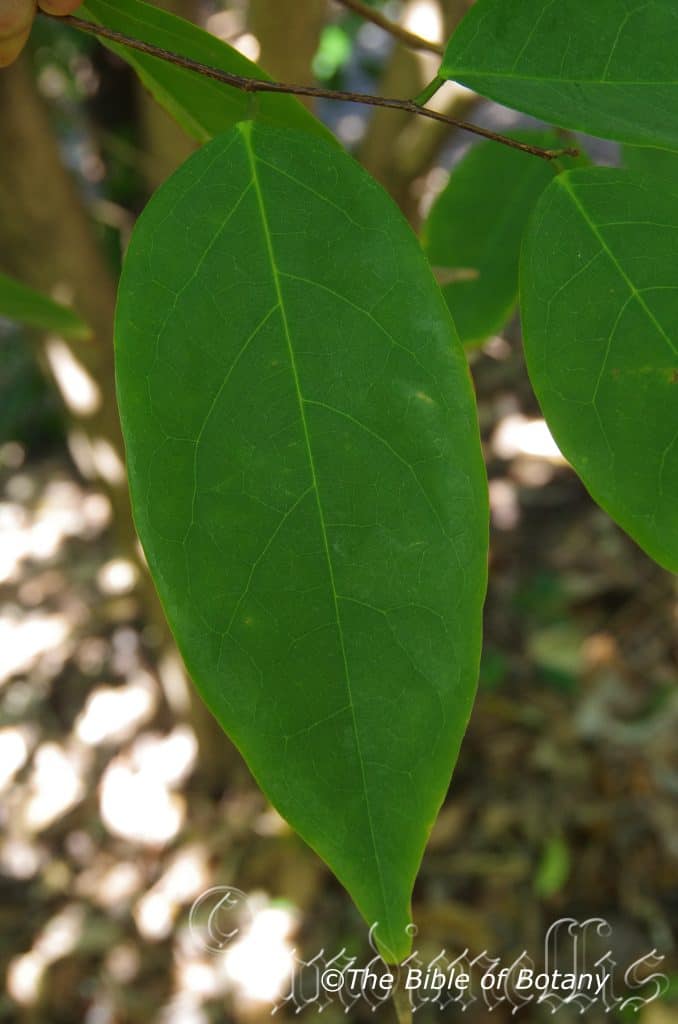
Mount Cootha Botanic Gardens Qld.

Mount Cootha Botanic Gardens Qld.
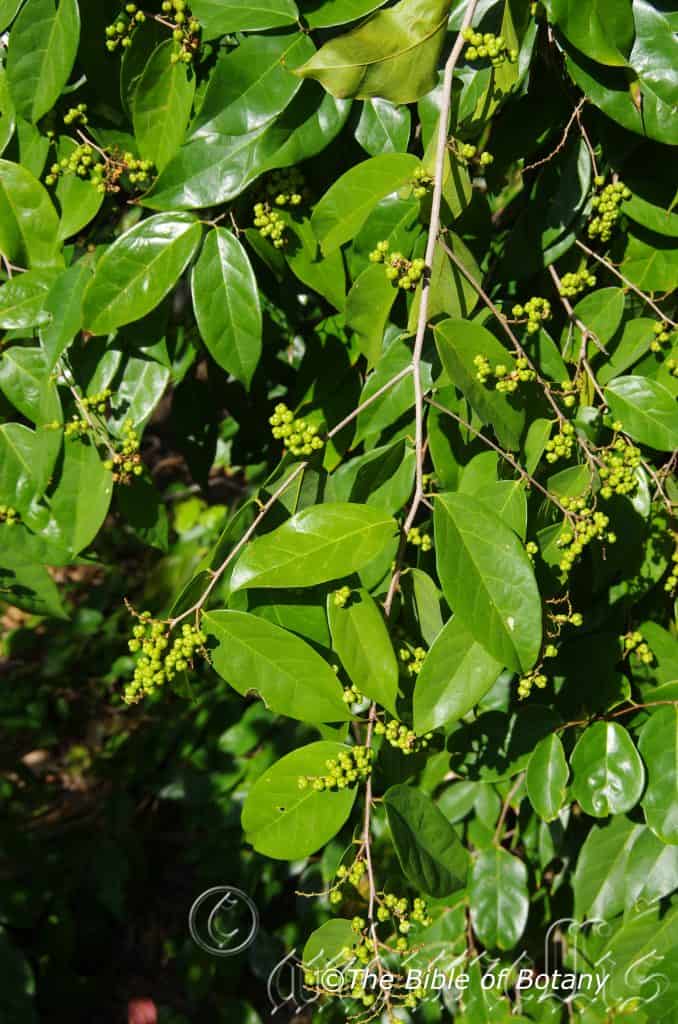
Mount Cootha Botanic Gardens Qld.
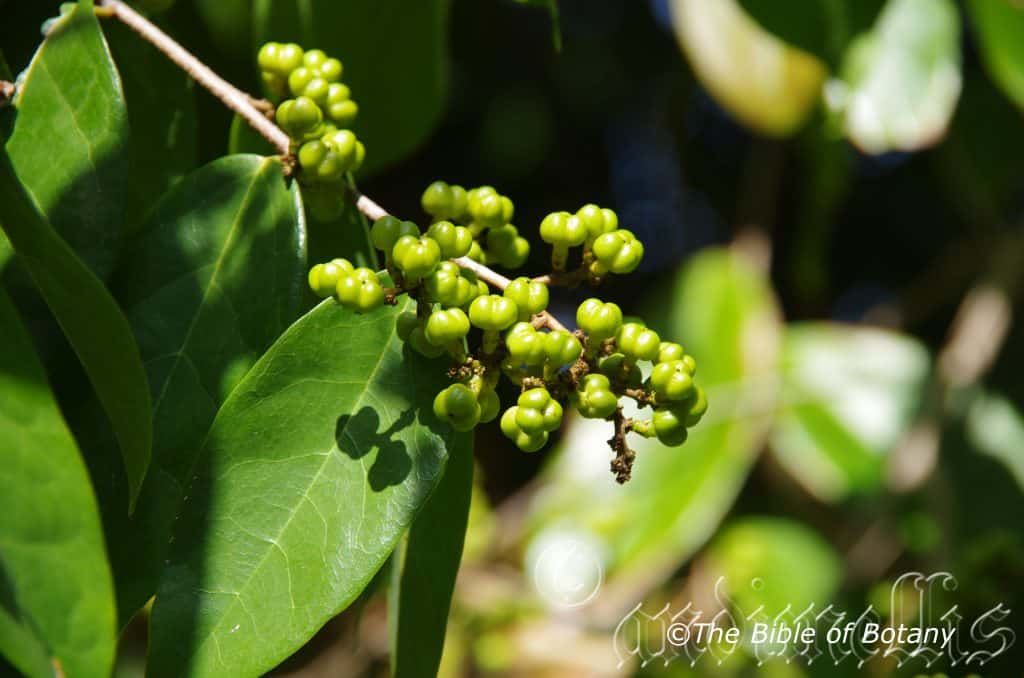
Mount Cootha Botanic Gardens Qld.
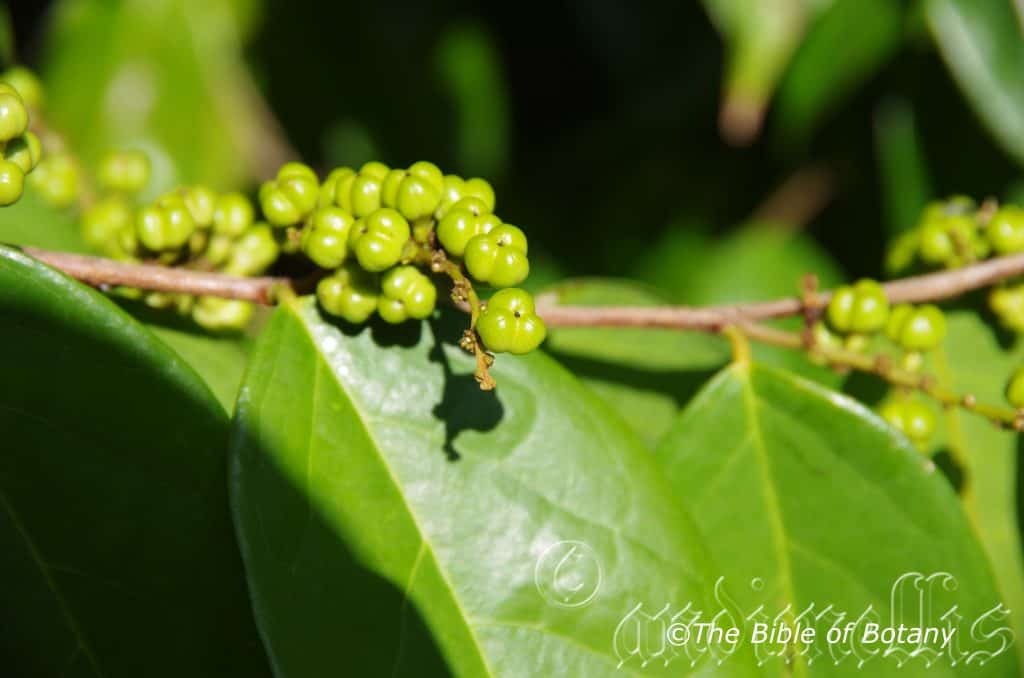
Mount Cootha Botanic Gardens Qld.
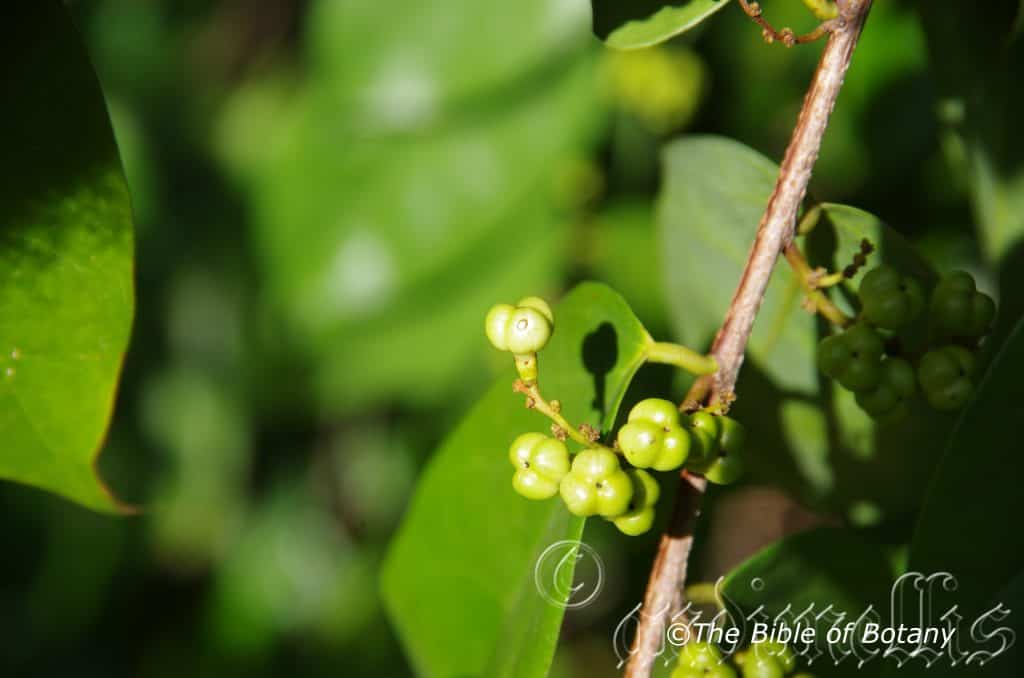
Mount Cootha Botanic Gardens Qld.
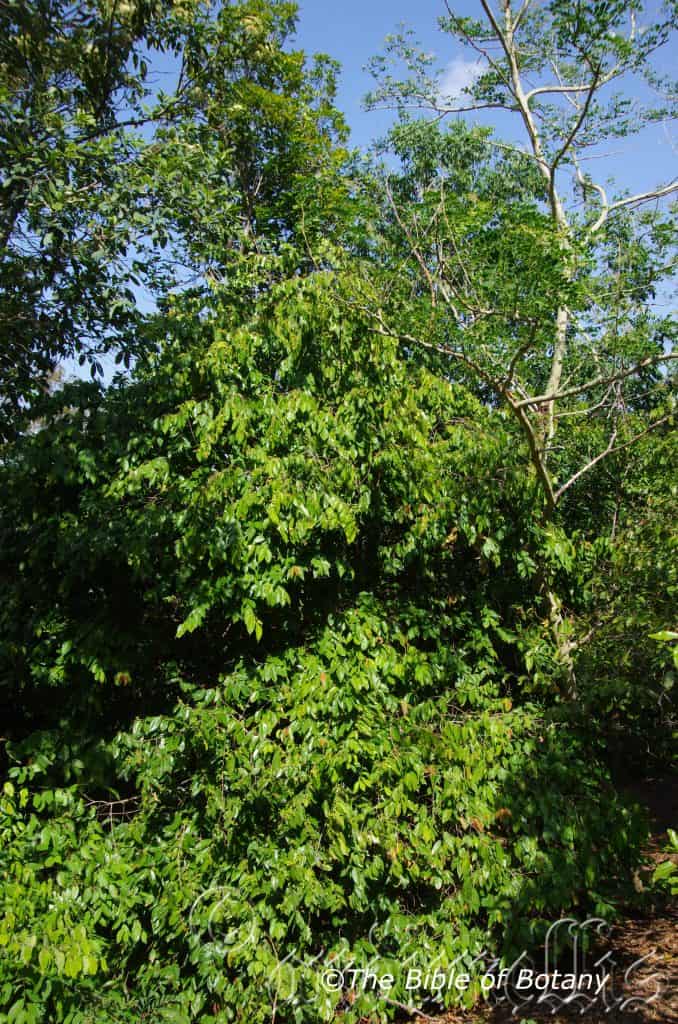
Mount Cootha Botanic Gardens Qld.
Cleistanthus hylandii
Classification:
Unranked: Eudicots
Unranked: Rosids
Order: Malpighiales
Family: Phyllanthaceae
Tribe: Bridelieae
Genus: From Kleistos, which is Ancient Greek for enclosed or closed in and ?ntha/?nthos, which are Ancient Greek for the male reproductive organ in a flower or the flower. It refers to the flowers which remain closed until the time the anthers begin to dehisc.
Specie:Is named in honour of Bernard Patrick Matthew Hyland; 1937-20.., who was a forester and botanist.
Sub specie:
Common Name: Bernard’s Cleistanthus.
Distribution:
Cleistanthus hylandii is found south from the tip of Cape York Peninsular to Morgan Creek in far north eastern coastal Queensland.
https://avh.ala.org.au/occurrences/search?taxa=Cleistanthus+hylandii+#tab_mapView
Habitat Aspect Climate:
Cleistanthus hylandii prefers full sun to dappled shade or even full shade. It grows in well developed, moist tropical rainforests, literal rainforests and gallery rainforests. The altitude ranges from near sea level to 600 meters ASL.
The temperatures range from 8 degrees in July to 37 degrees in January.
The rainfall ranges from lows of 900mm to 3000mm average per annum.
Soil Requirements:
Cleistanthus hylandii prefers better quality fine sands, course sands, accumulated beach sands and alluvial silts with a thick layer of forest litter. The soils are usually derived from decomposed granites. The soil’s pH ranges from 5pH to 7.5pH. It does not tolerate waterlogged soils but does best on good moisture retentive soils. Non saline soils to moderately saline soils are tolerated as are salt laden winds.
Height & Spread:
Wild Plants:6m to 8m to 3m to 4m
Characteristics:
Cleistanthus hylandii grows as a multi trunked large shrub or as a single trunk small tree. The bark is deep brown and somewhat fibrous on older trees. New growth and juvenile branchlets are tan to tan-green, glabrous and sparsely to moderatelycovered in lenticinels.
The transversely wrinkled petioles measure 8mm to 13mm in length and are bent at 90 degrees near the stem. Cleistanthus hylandii’s alternate, glabrous, ovate-elliptical leaves measure 80mm to 190mm in length by 35mm to 85mm in width. The base is rounded while the apex is long accuminate. The discolourous leaves are sea-green on the upper laminas while the lower laminas are glaucescent. The laminas decurve slightly downwards near the margins on the basal half and are flat on the apical half. The leaf margins are entire. The mid vein is prominent on both laminas but more so on the lower lamina, while the lateral veins are prominent on the lower lamina and clearly visible on the upper lamina. Young leaves are a glossy bright pink.
The monoecious inflorescences of Cleistanthus hylandii appear in small clusters, cauliforously from the upper branchlets. The greenish calyxes are glabrous throughout, with acute apexes and measure about 0.5 mm in length. The pale greenish-yellow petals measure 3mm to 4mm in length.
The 5 monodelphous filaments are attached to the pale yellowish-pink ovary below the stigma and are opposite the petals. The anthers measure about 1mm in length, while the style measures 1.5mm in length. The flowers appear from late August to September.
The capsules of Cleistanthus hylandii disintegrate at maturity and measure 4mm to 5.5mm in diameter.
Wildlife:
Cleistanthus hylandii wildlife is unknown to the author.
Cultivation:
Cleistanthus hylandii is an interesting addition for the small rainforest garden because of its smaller size. The attractive and fruits are a reason alone to find a place in the garden for it. The fruits however along with the leaves are toxic if eaten, so it should be planted away from where children can come into contact with them.
Cleistanthus hylandii’s ability to grow in heavy shade beneath the rain forest canopy or more open positions makes it a versatile addition. In the garden it will grow from 4 meters to 6 meters in height by 3 meters to 4 meters in diameter when grown in the open as a small tree.
The suburban rainforest garden is not out of reach with Cleistanthus hylandii as it can be easily incorporated into any scenario whether it is a large garden or small block. Rainforests are tranquil, peaceful and can have a great effect on a suburban property. It can encourage others to mimic your ideas and before you know it you have created a plethora of birds and trees everywhere. Cleistanthus cunninghamii is a true rainforest tree but doesn?t attain the heights of its near cousins. Planting them at 4 meter to 6 meter centers will soon create the canopy overhead that characterizers true rainforests on a smaller scale. Shrubs in the understorey with herbaceous ground covers ferns and don?t forget the tree ferns like Cyathea leichhardtii, Cyathea rebeccae or Blechnum gibbon. There is a wealth of variety out there to select from. For variety in trunks they could be mixed with Cupaniopsis anacharioides, Elaeocarpus reticularis, Claoxylon australe or Harpullia pendula which are all well known. A rainforest garden will also provide shading in the summer with cooler temperatures and warmer temperatures in winter for your convenience.
Propagation:
Seeds: Cleistanthus hylandii seeds require no treatment before sowing. Wash hands thoroughly after handling.
Sow the fresh seeds directly into a seed raising mix and cover with 5mm of the mix. When the seedlings are 25mm to 50 mm tall, prick them out and plant them into 50mm native tubes using a seed raising mix.
Once the seedlings reach 150mm to 200mm in height plant them out into their permanent position. Prick the tips out if a shrub is required or remove any side shoots if a small tree is required.
Fertilize using Seaweed, fish emulsion or organic chicken pellets soaked in water on an alternate basis. Fertilize every two months until the plants are established then annually in early September or March to maintain health, vitality and better flowering.
Further Comments from Readers:
Hi reader, it seems you use The Bible of Botany a lot. That’s great as we have great pleasure in bringing it to you! It’s a little awkward for us to ask, but our first aim is to purchase land approximately 1,600 hectares to link several parcels of N.P. into one at The Pinnacles NSW Australia, but we need your help. We’re not salespeople. We’re amateur botanists who have dedicated over 30 years to saving the environment in a practical way. We depend on donations to reach our goal. If you donate just $5, the price of your coffee this Sunday, We can help to keep the planet alive in a real way and continue to bring you regular updates and features on Australian plants all in one Botanical Bible. Any support is greatly appreciated. Thank you.
In the spirit of reconciliation we acknowledge the Bundjalung, Gumbaynggirr and Yaegl and all aboriginal nations throughout Australia and their connections to land, sea and community. We pay our respect to their Elders past, present and future for the pleasures we have gained.

Yuryaigir National Park NSW.

Pillar Valley NSW
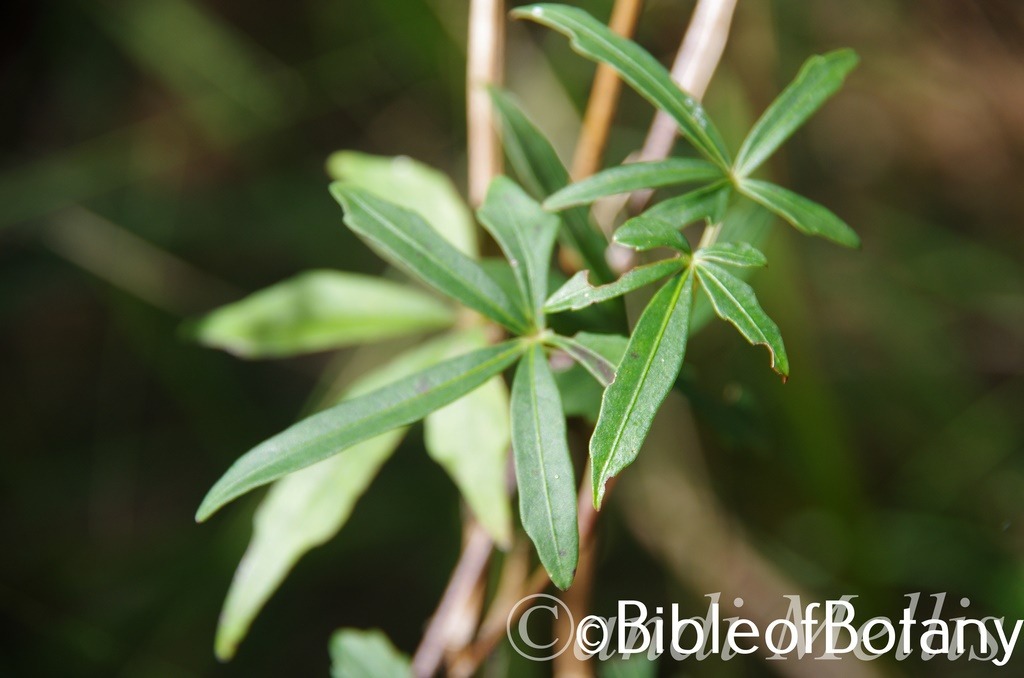
Yuryaigir National Park NSW.
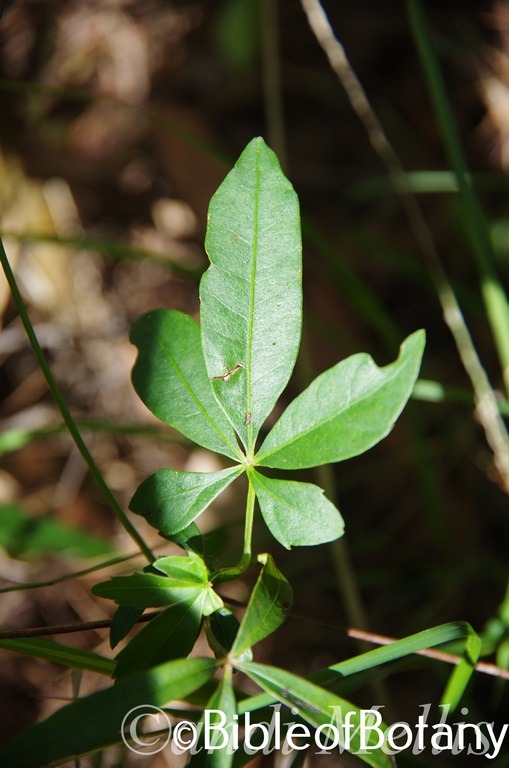
Yuryaigir National Park NSW.

Yuryaigir National Park NSW.
Clematicissus opaca
Classification:
Class: Magnoliopsida
Order: Ranunculales
Family: Ranunculaceae
Genus: From Klematis, which is Greek/Latin for any woody climbing plants and Kissus, which is Ancient Greek for an ivy. It refers to plants, which have stems or leaves which resemble those of a typical vine especially those that have characteristics of both the Clematis genus and the Cissus genus and have more woody stems.
Specie:From Opacus, which is Latin for shady, dark or obscure. It refers to species, which prefer darker locations in the forest or providing shade for others.
Sub specie:
Common Name: Wapoo.
In the Gumbaynggirr Aboriginal language it is known as Girrgurr.
Distribution:
Clematicissus opaca is found south from the tip of Cape York Peninsular in far north eastern Queensland to the Wollondilly River in south eastern New South Wales. It is mainly found on and east of the Great Dividing Range.
https://avh.ala.org.au/occurrences/search?taxa=Clematicissus+opaca+#tab_mapView
Habitat Aspect Climate:
Clematicissus opaca vines prefer full sun, light dappled shade or dense shade in and adjacent to littoral rainforest adjacent to dry rainforests and schlerophyll forests. The altitude ranges from 5 meters ASL to 650 meters ASL.
The temperatures range from 1 degree in July to 37 degrees in January.
The rainfall ranges from lows of 600mm to 3000mm average per annum.
Soil Requirements:
Clematicissus opaca prefer soils which are light gravelly clays to medium clays and skeletal rocky soils and rocky out crops. The soils are derived from decomposed shale, brown basalts, black basalts or metamorphic rocks. The soil’s pH ranges from 4.5pH to 6pH. It does not tolerate waterlogged soils. Non saline soils to moderately saline soils are tolerated.
Height & Spread:
Wild Plants: 2m to 6m by 3m to 4m.
Characteristics:
Clematicissus opaca grows as a slender, weak tendril climber where good filtered light is available or a compact vigorous ground cover on drier slopes and rocky outcrops. The stems are grey-brown and glabrous on older creepers. Juvenile stems are pale grass-green to deep maroon-red or deep maroon green and glabrous. The plants develop relatively large oblong to ovoidal opaque to grey tubers.
The leaf opposed tendrils are twice branched and do not contain adhesive discs or suction pads. The palmate compound leaves have 3 to 5 leaflets. The usually broad linear to narrow-lanceolate, are at times elliptic to lanceolate leaves measure 5mm to 70mm in length by 3mm to 30mm in width. The 2 leaflets closest to the base are the shortest while the terminal leaf is the longest and broadest. The petioles measure 10mm to 40mm in length while the petiolules measure 0mm to 5mm in length. The oblique bases are cuneate, tapering or at times attenuate while the apexes are acuminate to broad acuminate. The discolourous laminas are mid green to sea-green, glabrous and dull on the upper laminas while the lower laminas are paler, reddish green or glaucous green. The leaf margins are entire or irregularly toothed to serrate on mature plants while juvenile plants are regularly toothed. The stipules are glabrous and measure 1mm to 2.5mm in length. The petioles and petiolules are glabrous.
The juvenile leaves are compound or at times simple elliptical. The simple leaves are often cordate at the base and reddish on the lower laminas.
The leaf opposed inflorescences of Clematicissus opaca is a small loose umbel or paired umbels. The umbels comprise of 4 to 12 flowers. The rachis, peduncle and pedicel are pale grass-green and glabrous. The rachises measure 6mm to 10mm in length while the peduncles measure 3mm to 6mm in length and the pedicels measure 1mm to 1.5mm in length. The calyxes are pale grass-green to pale line-green, glabrous. The lobes are absent or are represented by a minute undulation on the marginal. The 5 elliptical to triangular pastel yellow-green, divaricate petals measure 1.2mm to 1.8mm in length. The apexes are strongly hooked or hooded near the apexes.
The 5 pastel yellow-green filaments are attached outside the calyx disc and measure 0.5mm to 0.9mm in length. The yellow dorsifixed anthers are deltoid.
The pale yellow-green pistil is swollen at the base and measures 0.5mm to 0.7mm in length. The ovary is surrounded by a fleshy pale green disc with 5 minute undulating lobes. There are 2 ovules in each locule. Clematicissus opaca flowers from early November to late February.
The depressed globose fruits of Clematicissus opacaare berries. The berries measure 11mm to 13mm in length by 13mm to 15mm in diameter. The green berries turn deep purple-black when ripe and ripen at different times even on the same umbel. The thin skin fleshy fruits contain 2 to 4 seeds. They can be very prolific in favourable seasons usually following a drought. Fruits ripen from mid-November to the end of February.
The seeds are a quarter sphere and measure 5mm to 7mm in length by 4mm to 5mm in width. The surfaces are glabrous.
Wildlife:
Clematicissus opaca is the host to a number of small butterflies and native bees when in flower. Fruits are eaten by Bower Birds, Cat Birds, Honey Eaters, Native Bush Rats, Native Mice, Possums and small wallabies. The leaves are also eaten by Wallabies during drought and are host to the harlequin moth (Agarista agricola) which is considered a pest in the viticulture industry. While being a pest to the viticulture industry this moth is very beautiful and is an Australian native moth.
Cultivation:
Clematicissus opaca is a small vigorous ground cover or creeper for small areas, low fences, in court yards, near water features or trellises. It needs some shade and even moisture to look its best and to maintain a dense look. In the garden it can fill that difficult spot in the shade on heavy soils or where there is hot sun and dense shade variation over the different seasons.
The fruits were eaten by aborigines. They have a sweet, pleasant taste similar to grapes. Many plants produce silicon rods which can cause irritation to the tongue and throat after eating. If this occurs there are three things you can do. One is to learn how to eat the fruits without breaking the silicon rods and I can assure you this is an art that takes some time to perfect. Two select forms that do not contain the silicon rods and select cuttings for propagating purposes. Three don’t eat the fruit which is difficult to pass up when you see a plant covered in fruit and you love grapes.
Jams and conserves can be made from the fruits. The fruits contain good quantities of pectin so a thick jam or jelly can be made easily.
New shoots can also be eaten and have a slight dry lemon flavour.
Clematicissus opaca responds very quickly to regular tip pruning or aggressive pruning on an annual basis which is best carried out immediately after any late frosts or in mid-September.
These plants can be attacked on a regular basis by the Harlequin moth. If and when this occurs wait until the larvae pupate then prune back about 50mm of the stems, water well and fertilize two or three days later. New growth will emerge within a couple of days.
Propagation:
Seeds: Clematicissus opaca seeds require no treatment before sowing.
Sow into a seed raising mix and cover the fresh seeds with 5mm of the mix. Water in well and keep moist. Place the tray where some sun light is available.
When the seedlings are 25mm to 40mm tall, prick them out and plant them into 50mm native tubes using a seed raising mix.
Once the seedlings reach 150mm to 200mm in height plant them out into their permanent position. Mass plantings as ground covers can be achieved by planting them at 3 meter centers. For trellises or low fences plant them at 3 to 5 meter centers.
Cuttings: Use 100mm long half ripened material when growing from cuttings or wood from the previous season’s growth. Take them in mid spring to mid-summer.
1 Prepare the cutting mix by adding one third sharp clean river sand, one third peat and one third perlite. These ingredients are sterilize,
2 Select good material from non diseased plants,
3 Select semi green stems for cuttings. Look for a stem with two or three nodes,
4 Place the cutting on a flat, hard surface, and make a clean slice through the middle of the lower node on an angle towards the base, with a sterilized sharp knife or razor blade. – This scarification of the node will increase the chances of roots emerging from this spot. Now remove all but one or two the leaves, leaving the apex leaves in tact. If the leaves are very large in proportion to the stem, cut off the apical halves.
5 Some plants root easily, but a rooting hormone can help others by stimulating the cutting into sending out new roots. Fill a saucer with water, and place some rooting hormone into another container like a bottle top. Dip the node end of the cutting into the water and then into the rooting hormone. Tap off any excess hormone,
6 Use a small dipple stick or old pencil to poke a hole into the soilless potting mix. Ensure the hole is slightly larger than the stem diameter and be careful not to wipe the rooting hormone off the cuttings base, place the cuttings in a pattern ensuring the cuttings are not touching each other,
7 I like to place the pots in Plastic bags to help maintain temperature and moisture. Place in a semi shaded place like under 50mm shade cloth.
8 When the cuttings have struck, open the bag to allow air circulation for a few days to a week,
9 Once hardened off remove the cuttings from the bag and allow to further hardening for a few more days,
10 Transplant into a good potting mix to grow on.
INDOORS OR POTTED ON:
Sawdust or sand mixes are too well draining unless the sawdust has completely composted down where it exhibits a texture like plastacine to the touch. Moisture can be squeezed out between the fingers yet it remains moist. I find this a great basis to start with.
Mix equal parts of the well decomposed saw dust with the above feel with perlite and vermiculite. To this add two parts sharp clean sand, one part compost and one part good crusher dust from a basalt rock quarries. Preferably black basalt but both are good. Make sure the sand comes from a source that does not have salt.
The decomposed Sawdust in this condition creates the moisture retention and holds nutrient in. The perlite and vermiculite make the mix neutral and both have great water holding capacity without shrinkage with age. The sand creates good drainage and is good for good healthy root development. The crusher dust adds vital minerals which the plants need.
Indoor plants need good light and ventilation without drying breezes or wind.
Again fertilize the plants on a monthly basis with the above formula on a rotation basis.
Fertilize using Seaweed, fish emulsion or organic chicken pellets soaked in water on an alternate basis. Fertilize every two months until the plants are established then annually in early September or March to maintain health, vitality and better flowering.
Further Comments from Readers:
Hi reader, it seems you use The Bible of Botany a lot. That’s great as we have great pleasure in bringing it to you! It’s a little awkward for us to ask, but our first aim is to purchase land approximately 1,600 hectares to link several parcels of N.P. into one at The Pinnacles NSW Australia, but we need your help. We’re not salespeople. We’re amateur botanists who have dedicated over 30 years to saving the environment in a practical way. We depend on donations to reach our goal. If you donate just $5, the price of your coffee this Sunday, We can help to keep the planet alive in a real way and continue to bring you regular updates and features on Australian plants all in one Botanical Bible. Any support is greatly appreciated. Thank you.
In the spirit of reconciliation we acknowledge the Bundjalung, Gumbaynggirr and Yaegl and all aboriginal nations throughout Australia and their connections to land, sea and community. We pay our respect to their Elders past, present and future for the pleasures we have gained.

Pillar Valley NSW
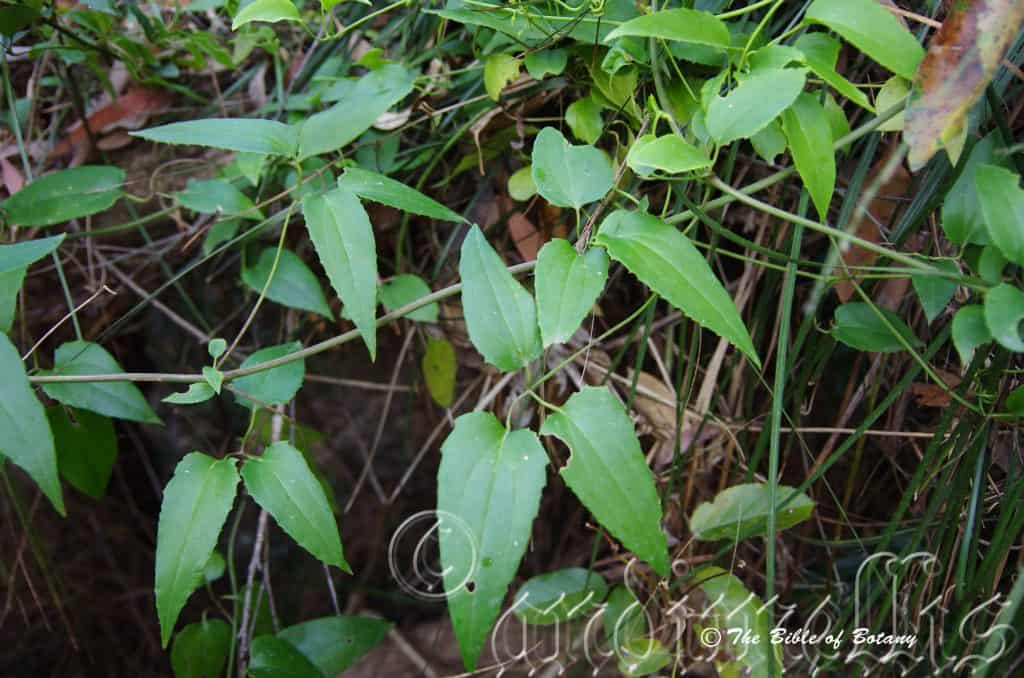
Pillar Valley NSW
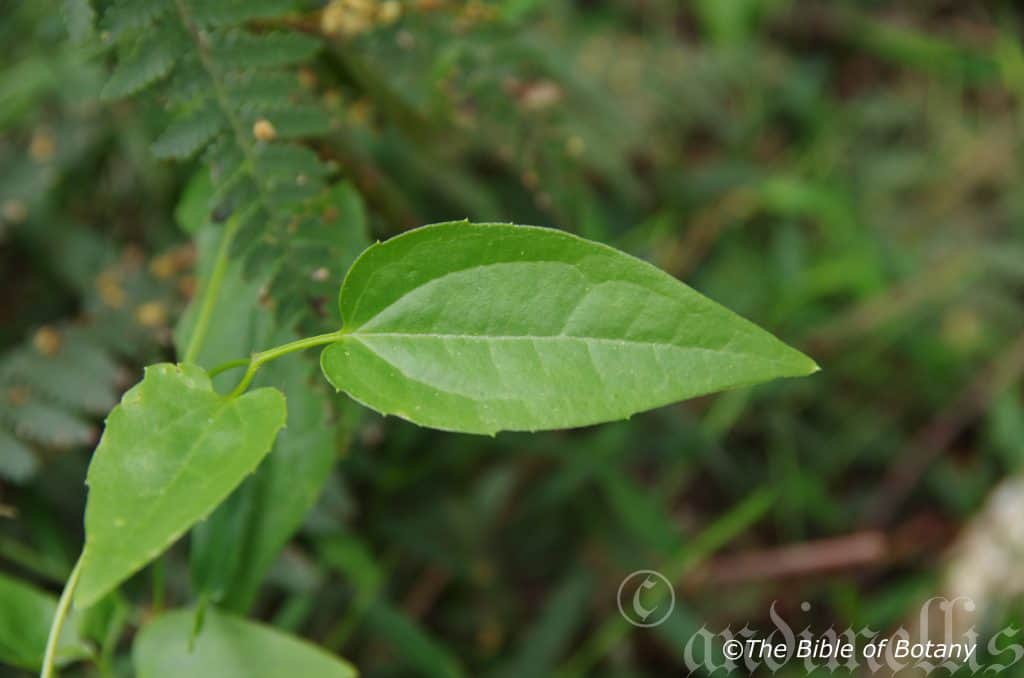
Pillar Valley NSW
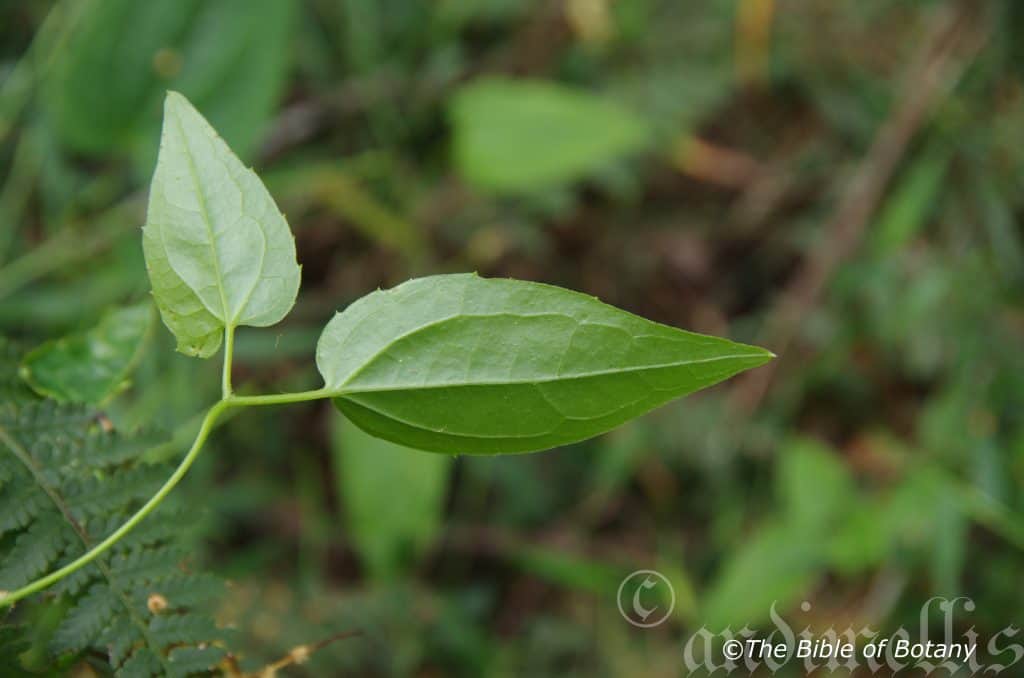
Pillar Valley NSW
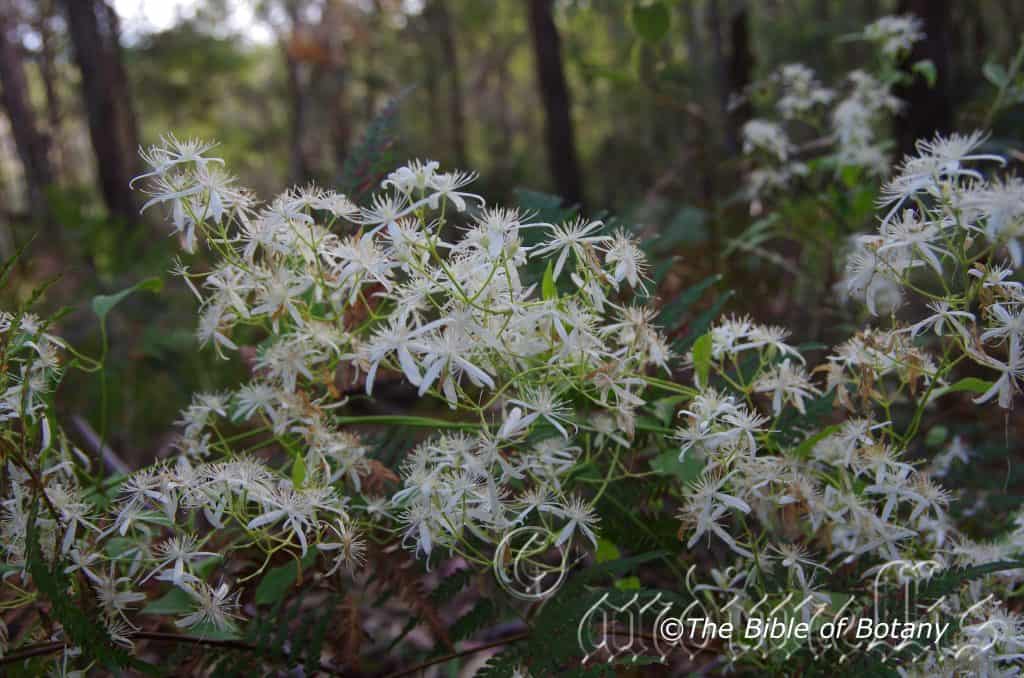
Pillar Valley NSW

Pillar Valley NSW
Clematis aristata
Classification:
Class: Magnoliopsida
Order: Ranunculales
Family: Ranunculaceae
Genus: From Klematis, which is Greek/Latin for any woody climbing plants. It refers to plants, which have stems that resemble those of a typical vine.
Specie: From Aristatus, which is Latin for a long appendage. It refers to organs, which have a long appendage at the apex.
Sub specie:
Common Name: Old Man’s Beard.
Distribution:
Clematis aristata is found south from near Malaney in Queensland to the Naracoorte Coastal Plains in south eastern South Australia. It is found on the Western Slopes, on and east of the Great Dividing Range to the coast.
There are several disjunct populations in Western Australia with the largest being on the Swan River Plains while the others are along the southern escarpments.
https://avh.ala.org.au/occurrences/search?taxa=Clematis+aristata+#tab_mapView
Habitat Aspect Climate:
Clematis aristata prefers dappled shade but will tolerate full sun in protected areas within dry Eucalyptus forests, moist Eucalyptus forests adjacent to both dry and moist sub-tropical rain forests and gallery forests. The altitude ranges from 5 meters ASL to 1350 meters ASL.
The temperatures range from minus 4 degrees in July to 37 degrees in January.
The rainfall ranges from lows of 550mm to 1600mm average per annum.
Soil Requirements:
Clematis aristata prefers better quality deep fine sands, loams, and light gravelly clays to medium clays with a thick layer of forest litter. The soil’s pH ranges from 4.5pH to 6.5pH. It does not tolerant of waterlogged soils. Non saline soils to moderately saline soils are tolerated.
Height & Spread:
Wild Plants: 5m to 7m to 4m to 6m
Characteristics:
Clematis aristata grows as a dense small woody climber over other shrubs and small trees. The bark is a deep grey rough to striate on older vines. Juvenile stems are glabrous mid green with longitudinal striations.
Clematis aristata’s is a leaf climber with the leaf petioles able to twist around any object it comes in contact with. The leaves are trifoliate on mature plants and simple on juvenile plants. The ovate leaflets measure 30mm to 100mm in length by 10mm to 45mm in width. The petiole measures 30mm to 90mm in length while the side leaflet petiolules measure 5mm to 16mm in length with the terminal leaflet petiole being longer. The bases are truncate or slightly hastate, while the apexes are acute. The concolourous laminas are mid green, deep green or blue green and glabrous. The leaf margins are coarsely toothed with the teeth being evenly spaced along the margins or very rarely entire. The mid vein is prominent for about half the length on the lower lamina while it is visible on the upper lamina.
Clematis aristata’s inflorescences are loose panicles measuring 50mm to 200mm long. They comprise of 10 to 60 individual flowers. Individual peduncles are 10mm to 20mm in length. The sepals are the most prominent part of the flower. They are silky white or a pale silky cream. The four linear to oblanceolate sepals have an acute to broadly acute apex with a reflexed tip. They measure 8mm to 14mm in length by 6mm to 8mm in width. The numerous, 20 plus stamens are subulate and measure 4mm to 14mm in length with a reflexed apex. The anthers measure 2mm to 3.5mm in length with a 1mm to 3mm apendex.
Staminodes on the female flowers measure 2mm to 3.5mm in length. Clematis aristata flowers from September through to early December.
The seeds of Clematis aristata are a light brown ellipsoidal achene. They are covered in short white pilose hairs and measure 1.5mm to 2mm long with a long 7mm to 9mm flagella. The flagellum is also covered in 1mm to 2mm long white pilose hairs.
Wildlife:
Clematis aristata is the host to numerous beetles, native flies, midget wasps, butterflies and native bees when in flower. Many different small insectivorous birds find the vines attractive when in flower due to the large number of small insects congregating there.
Cultivation:
This is a beautiful small vigorous climber that adapts to most garden situations where the soil is deep and partial shade is in the offering. A thick mulch layer is advisable, as this will assist in retaining moisture but more importantly will help to retain the soil temperature at a constant level.
It often reaches its full potential of 3 meters by 6 meters in just 3 to 4 years and flower from the second year. It flowers best where winters reach sub zero temperatures however young plants are frost tender. Massive flowering displays are seen after a drier winter has been experienced. One of the best white flowering vines on the market but give it the room to reach its full potential. It is a plant that resents being crowded.
It makes an ideal creepers for fences, pergolas, scrambling over tree stumps or inter twinning over a medium size shrub that is grown for winter flowers but has poor foliage qualities. Plants used for pergolas or on fences are best used with another light creeper so as not to smother Clematis aristata.
It can be used successfully in hanging baskets. Tip prune them often to secure a bushy plant and to prevent it wanting to climb upwards.
It makes an interesting subject when grown as a ground cover amongst large rocks and boulders where it will quickly fill the spaces between. Here again vigilance in preventing the plants climbing over smaller rocks will be needed.
It is not suitable for around pools as the seeds would be very messy and would clog filters very quickly once it is exposed to wind on ripening.
Clematis aristata responds very well to light tip pruning when young and more aggressive pruning as it ages. It can be pruned from an early age at the 3 or 4 node stages to ensure good lateral growth. When pruning Clematis nip the growing shoots just above a leaf node.
Propagation:
Seeds: Clematis aristata seeds require no treatment before sowing. Sow directly into a seed raising mix and cover with 3mm of the mix. Water in well and keep moist. Place the tray in a sunny position. When the seedlings are 25mm to 50mm tall, prick them out and plant them into 50mm native tubes using a seed raising mix.
Once the seedlings reach 150mm to 200mm in height plant them out into their permanent position. Mass plantings along fence lines can be achieved by planting them at 3 meters. Quick effective ground cover displays can be achieved with centers of 2 meters.
Fertilize using Seaweed, fish emulsion or organic chicken pellets soaked in water on an alternate basis. Fertilize every two months until the plants are established then annually in early September or March to maintain health, vitality and better flowering.
Cuttings: Take cuttings in late Spring immediately following flowering for best results. For good results it is nessesary to use semi hardwood cuttings under glass in high humidity. To imitate this at home place the prepared cuttings into a large plastic bag and place the bag beneath 30mm to 50mm shade cloth. Remember to open the bag up over a week to allow the cuttings to adjust to the outside conditions before potting up.
1 Prepare the cutting mix by adding one third sharp clean river sand, one third peat and one third perlite. These ingredients are sterilize,
2 Select good material from non diseased plants,
3 Select semi green stems for cuttings. Look for a stem with two or three nodes,
4 Place the cutting on a flat, hard surface, and make a clean slice through the middle of the lower node on an angle towards the base, with a sterilized sharp knife or razor blade. – This scarification of the node will increase the chances of roots emerging from this spot. Now remove all but one or two the leaves, leaving the apex leaves in tact. If the leaves are very large in proportion to the stem, cut off the apical halves.
5 Some plants root easily, but a rooting hormone can help others by stimulating the cutting into sending out new roots. Fill a saucer with water, and place some rooting hormone into another container like a bottle top. Dip the node end of the cutting into the water and then into the rooting hormone. Tap off any excess hormone,
6 Use a small dipple stick or old pencil to poke a hole into the soilless potting mix. Ensure the hole is slightly larger than the stem diameter and be careful not to wipe the rooting hormone off the cuttings base, place the cuttings in a pattern ensuring the cuttings are not touching each other,
7 I like to place the pots in Plastic bags to help maintain temperature and moisture. Place in a semi shaded place like under 50mm shade cloth.
8 When the cuttings have struck, open the bag to allow air circulation for a few days to a week,
9 Once hardened off remove the cuttings from the bag and allow to further hardening for a few more days,
10 Transplant into a good potting mix to grow on.
Further Comments from Readers:
Hi reader, it seems you use The Bible of Botany a lot. That’s great as we have great pleasure in bringing it to you! It’s a little awkward for us to ask, but our first aim is to purchase land approximately 1,600 hectares to link several parcels of N.P. into one at The Pinnacles NSW Australia, but we need your help. We’re not salespeople. We’re amateur botanists who have dedicated over 30 years to saving the environment in a practical way. We depend on donations to reach our goal. If you donate just $5, the price of your coffee this Sunday, We can help to keep the planet alive in a real way and continue to bring you regular updates and features on Australian plants all in one Botanical Bible. Any support is greatly appreciated. Thank you.
In the spirit of reconciliation we acknowledge the Bundjalung, Gumbaynggirr and Yaegl and all aboriginal nations throughout Australia and their connections to land, sea and community. We pay our respect to their Elders past, present and future for the pleasures we have gained.
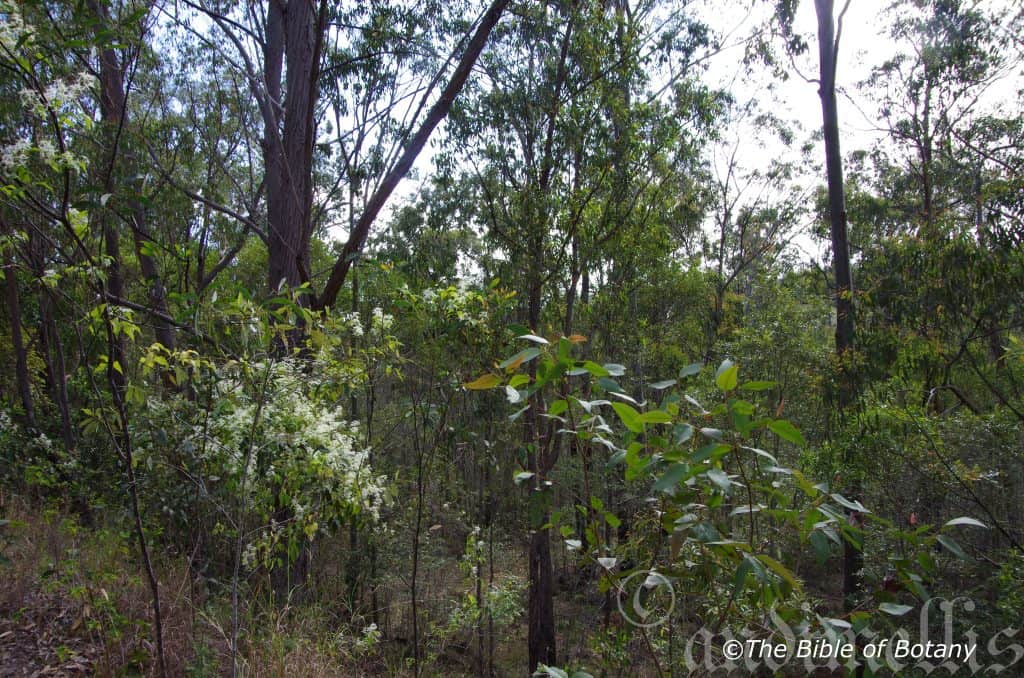
The Pinnacles NSW
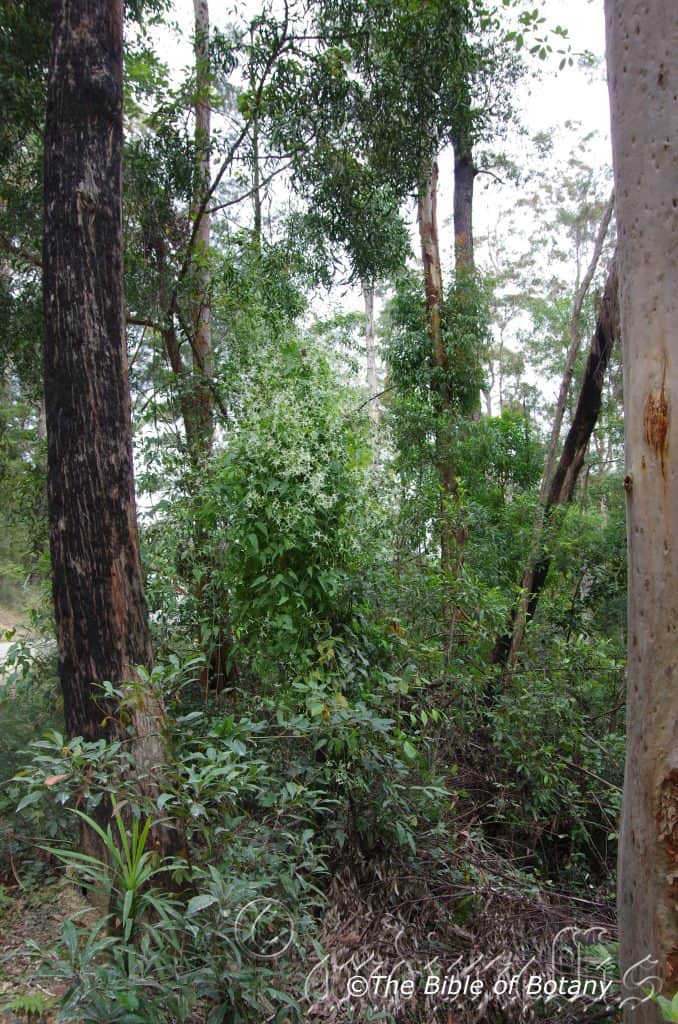
Ulong NSW
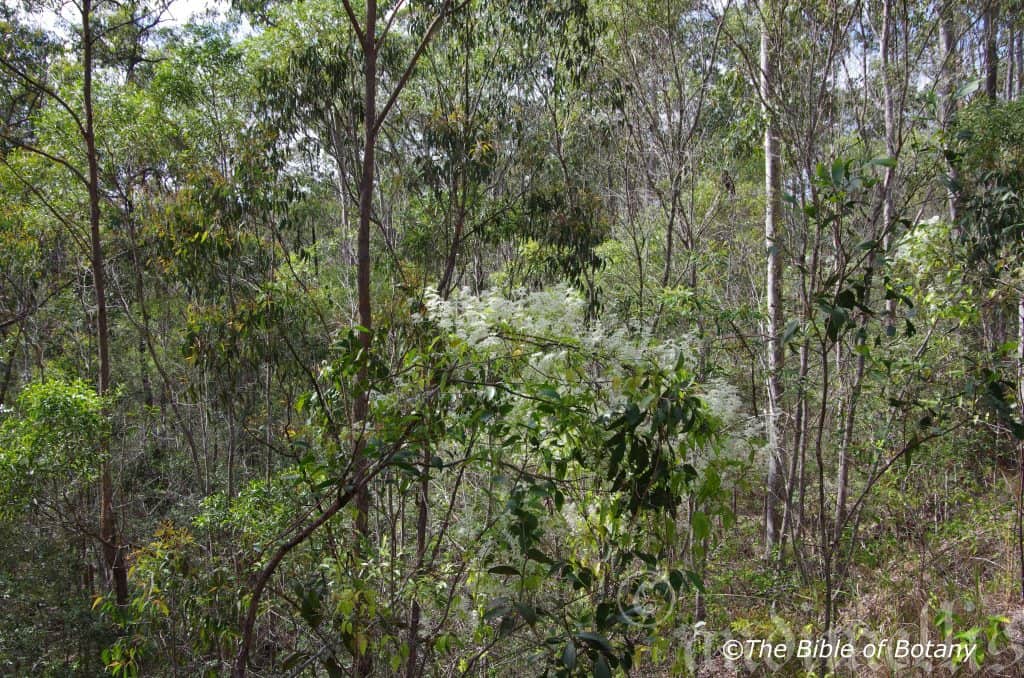
The Pinnacles NSW

Ulong NSW

Cathedral Rocks National Park Ebor NSW

The Pinnacles NSW

Cathedral Rocks National Park Ebor NSW

Cathedral Rocks National Park Ebor NSW

The Pinnacles NSW
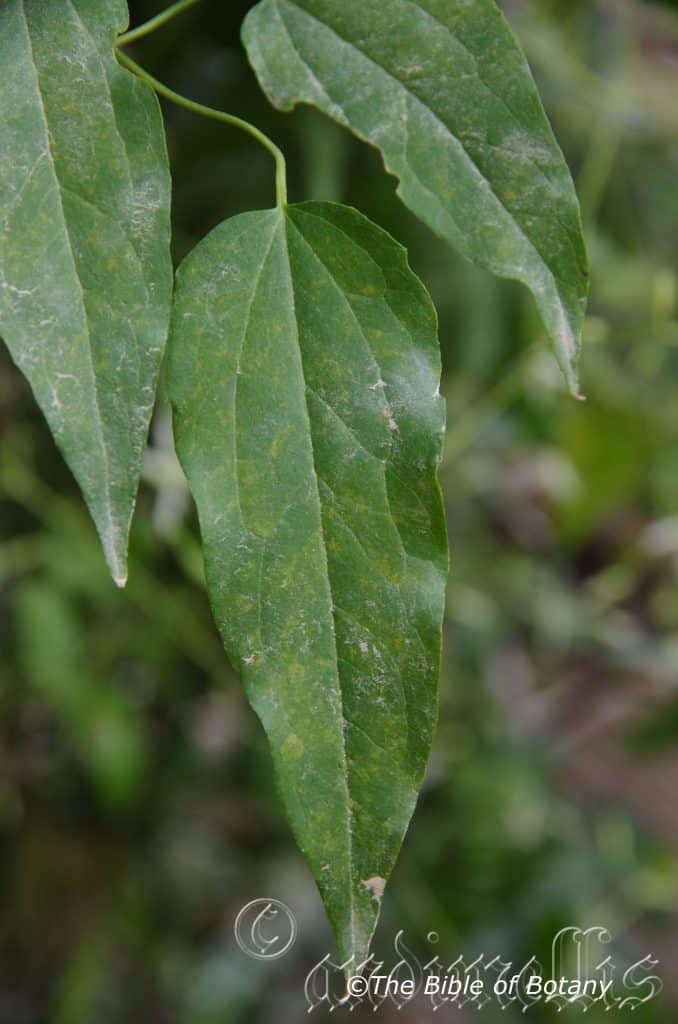
Ulong NSW
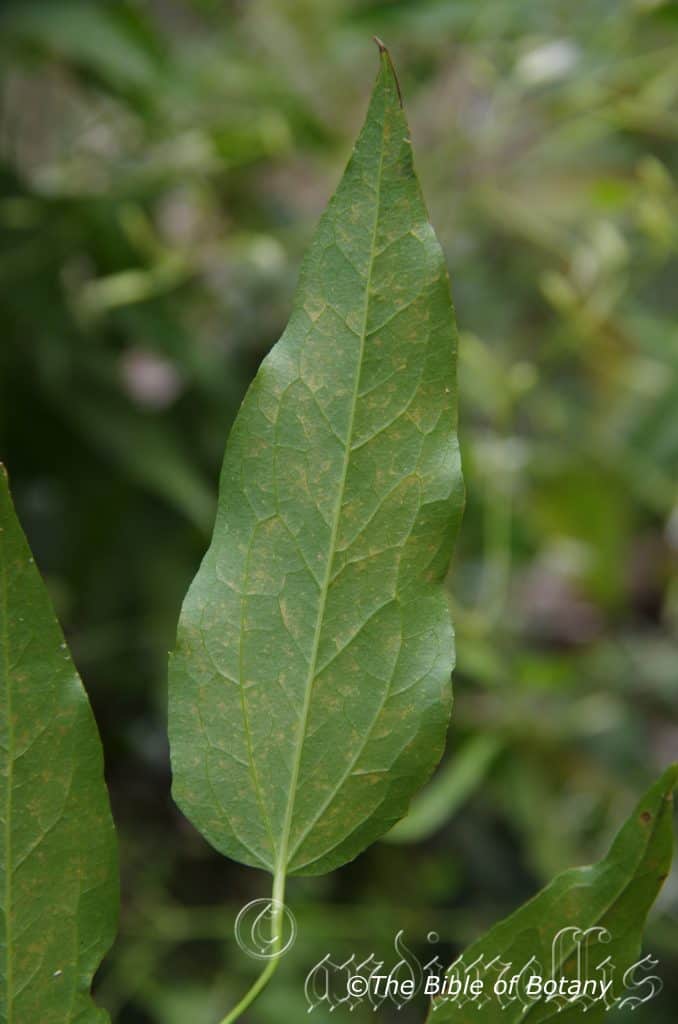
Ulong NSW
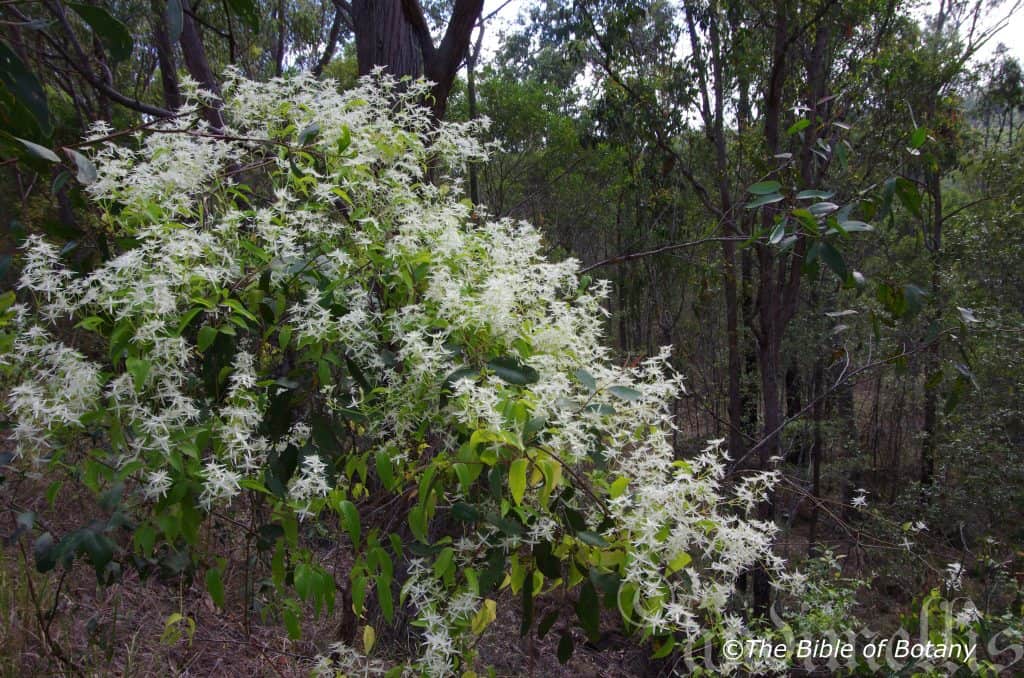
The Pinnacles NSW

Ulong NSW

Lowana NSW
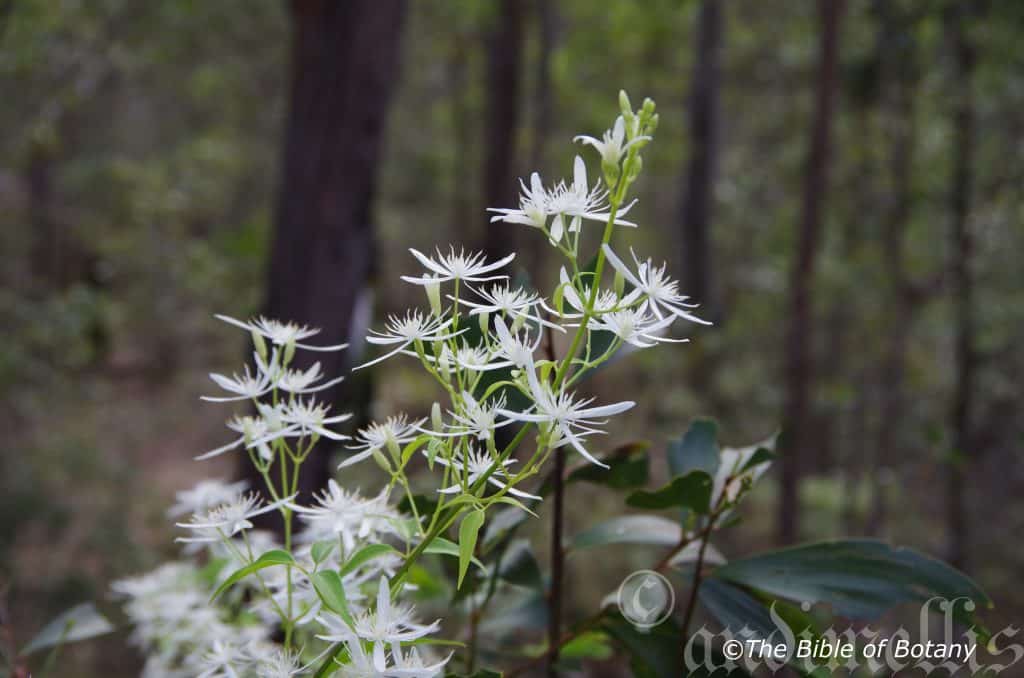
The Pinnacles NSW
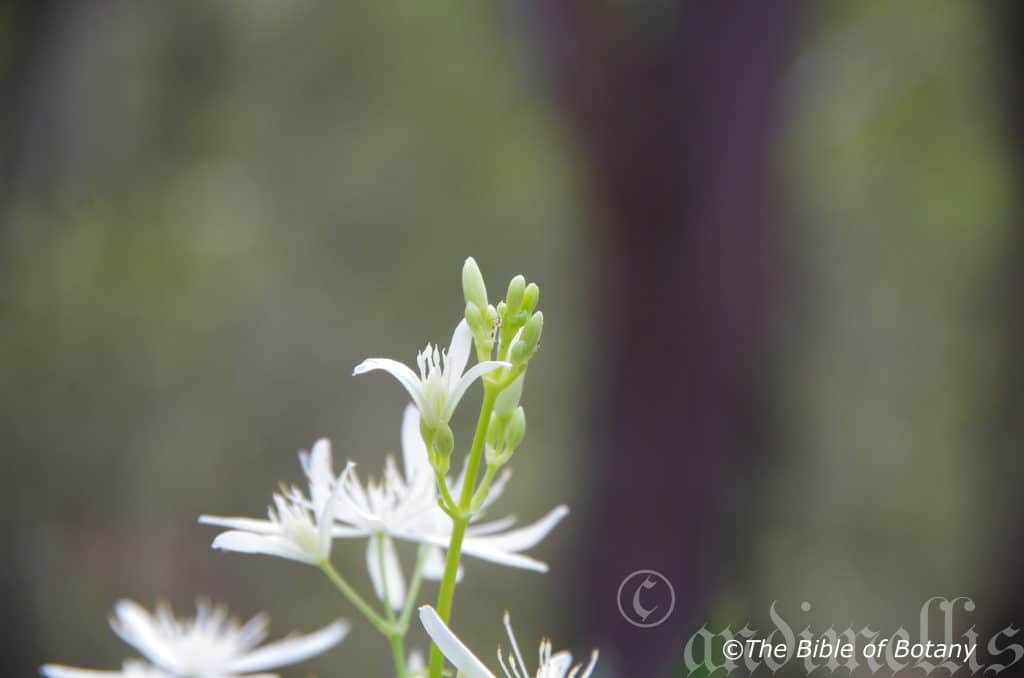
The Pinnacles NSW
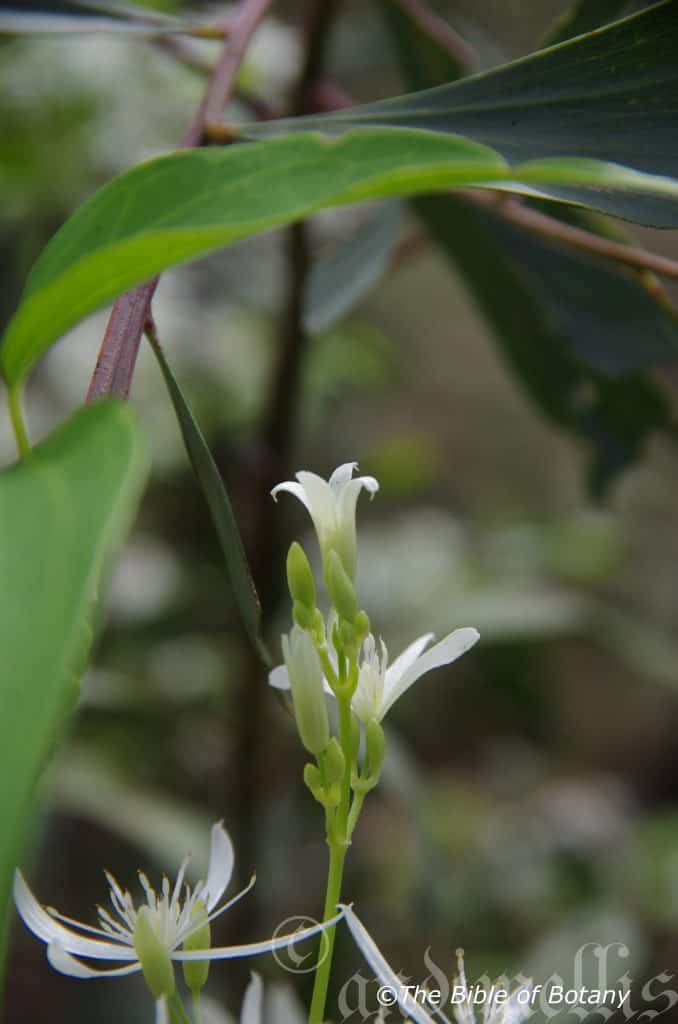
The Pinnacles NSW
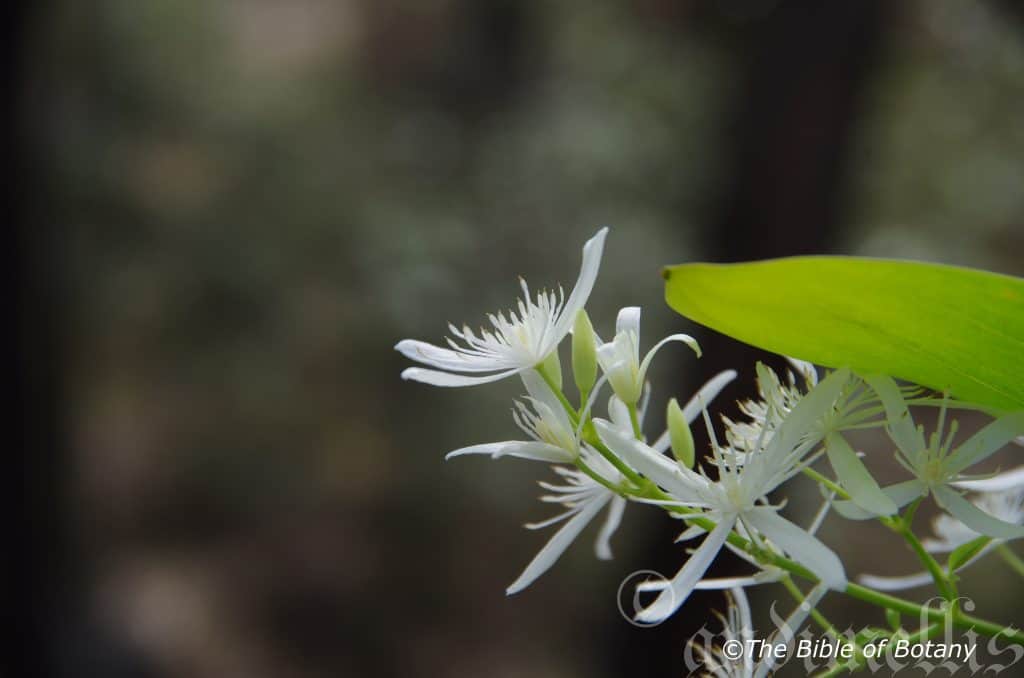
The Pinnacles NSW

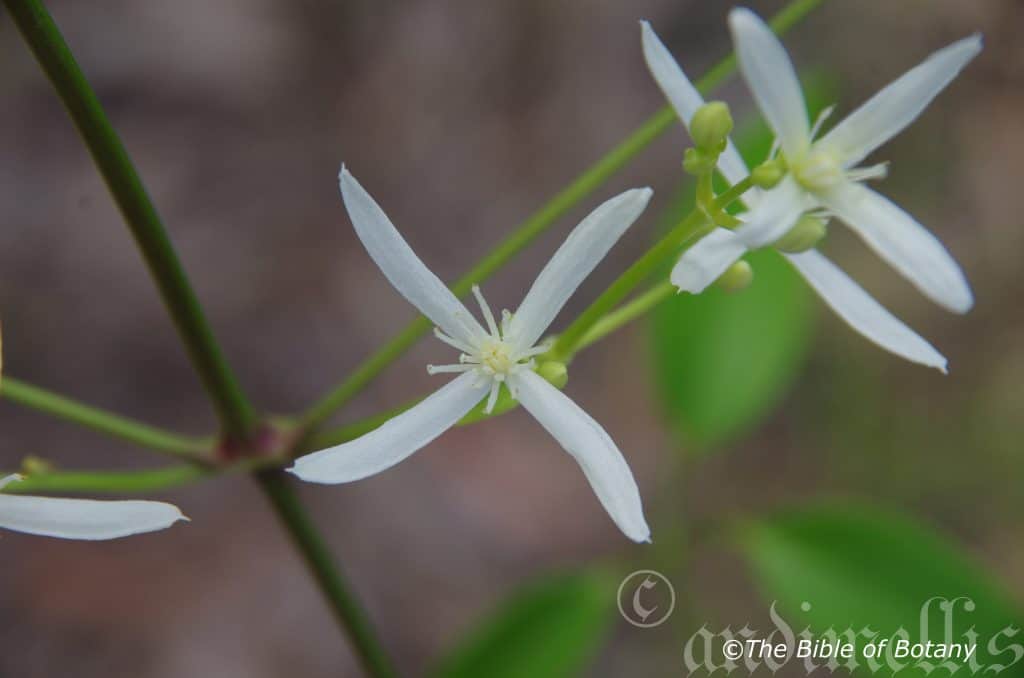
The Pinnacles NSW
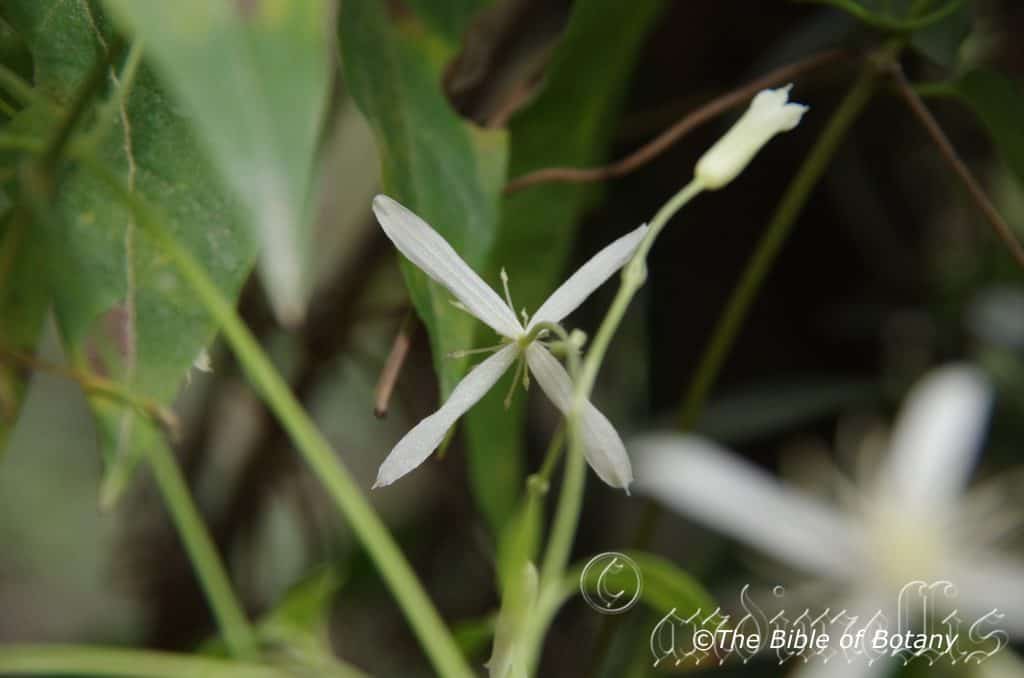
Cathedral Rocks National Park Ebor NSW
Clematis glycinoides
Classification:
Class: Magnoliopsida
Order: Ranunculales
Family: Ranunculaceae
Genus: From Klematis, which is Greek/Latin for any woody climbing plants. It refers to plants, which have stems that resemble those of a typical vine.
Specie: From Glykys, which is Ancient Greek for sweet tasting and Eidos/Oides, which is Ancient Greek for alike or similar to. It refers to the roots and/or leaves, which have a sweet taste similar to sarsaparilla.
Sub specie: Clematis glycinoides subsp. glycinoides From Glykys, which is Ancient Greek for sweet tasting and Eidos/Oides, which is Ancient Greek for alike or similar to. It refers to the roots and/or leaves, which have a sweet taste similar to sarsaparilla.
Sub specie: Clematis glycinoides subsp. submutica From Sub, which is Ancient Greek/Latin for below or lower and Muticus, which is Latin for blunt, to have no point. It refers to the seeds of grasses, which have no awns.
Common Name: Head Ache Vine.
Distribution:
Clematis aristata’s is found south from the MacPherson Ranges in southern Queensland to the Dandenong Mountains in south east Victoria. It is found on both Sides of the Great Dividing Range to the coast.
https://avh.ala.org.au/occurrences/search?taxa=Clematis+glycinoides+#tab_mapView
Habitat Aspect Climate:
Clematis aristata’s prefers dappled shade but will tolerate full sun in protected areas. It grows in moist Eucalyptus forests, adjacent to dry rainforests, moist gallery forests and moist open woodlands. The altitude ranges from 5 meters ASL to 850 meters ASL.
The temperatures range from minus 3 degrees in July to 37 degrees in January.
The rainfall ranges from lows of 650mm to 1250mm average per annum.
Soil Requirements:
Clematis glycinoides prefers deep sandy loams, light gravelly clays to medium clays with a thick layer of mulch. The soils pH ranges from 4.5pH to 6.5pH. It does not tolerate waterlogged soils. Non saline soils to moderately saline soils are tolerated. It is found on drier sites than Clematis aristata.
Height & Spread:
Wild Plants: 3m to 5m by 3m to 6m
Characteristics:
Clematis glycinoides grows as a dense small climber over other shrubs and small trees. The bark is a dark grey brown and glabrous on juvenile plants and young stems. Older vines the bark is often furrowed. The new growth is glabrous and dark green.
Clematis glycinoides is a leaf climber with the leaf petioles able to twist around any object it comes in contact with. The leaves are ternate on mature plants and ternate or simple on juvenile plants. The elliptical-oblong to oblong to lanceolate leaflets measure 25mm to 120mm in length by 10mm to 80mm in width. The base is round to truncate, while the apex is narrow acute. The leaf laminas are concolourous being deep green on both laminas. The leaf margins are entire or rarely with a few teeth or rarely with 2 triangular lobes positioned at the base of the leaflets which may give the appearance of the base being slightly hastate. The mid vein is distinctly visible. The main petioles measure 40mm to 120mm in length with the side leaflet petioles measuring 40mm to 120mm in length.
Inflorescences of Clematis glycinoides are a loose panicle measuring 50mm to 150mm in length. They comprise of 10 to 60 individual flowers. The sepals are silky white or a pale silky cream at times turning mauve with age. The four linear to oblanceolate tepals have an acute to broadly acute apex with a reflexed tip measure 6mm to 7mm in length with a reflexed apex.
The 20 plus stamens on the male flowers are united to form a tube and measure 2mm to 2.5mm with a small appendage at the apex which measures 0.5mm to 1mm in length on Clematis glycinoides subsp. glycinoides.
With Clematis glycinoides sub sp. submutica the anthers measure 2mm to 2.5mm in length and lack the appendage.
The female flowers usually have 10 staminodes united to form a tube. Â The staminodes measure 2mm to 3.5mm in length. Clematis aristata flowers from August through to mid-November.
The seeds of Clematis glycinoides subsp. glycinoides is a pale fawn ellipsoidal to ovoid achene. The achene’s surface is smooth. They are covered in short white hirtellus hairs and measure 1.5mm to 2mm in length with a long 7mm to 9mm flagella. The flagellum is also covered in 1mm to 2mm long white pilose hairs.
The seeds of Clematis glycinoides subsp. submutica are a pale fawn elongated falcate achene. The achenes surface has longitudinal ridges. They are covered in short white hirtellous hairs and measure 1.5mm to 2mm in length with a long 7mm to 9mm flagella. The flagellum is also covered in 1mm to 2mm long white pilose hairs.
Wildlife:
Clematis glycinoides is the host to numerous beetles, native flies, midget wasps, butterflies and native bees when in flower. Many different small insectivorous birds find the vines attractive when in flower due to the large number of small insects congregating there.
Cultivation:
Clematis aristata’s is a beautiful small vigorous climber that adapts to most garden situations where the soil is deep and partial shade is in the offering. A thick mulch layer is advisable, as this will assist in retaining moisture but more importantly it helps to retain the soil temperature at a constant level.
It often reaches its full potential of 3 meters by 5 meters in just 3 years and flower from the second year. It flowers best where winters reach sub zero temperatures however young plants are frost tender. Massive flowering displays are seen after a drier winter has been experienced. One of the best white flowering vines on the market but give it the room to reach its full potential. It is a plant that resents being crowded.
It makes ideal creepers for fences, pergolas, scrambling over tree stumps or inter twinning over a medium size shrub that is grown for winter flowers but has poor foliage qualities. Plants used for pergolas or on fences are best used with another light creeper so as not to smother the Clematis glycinoides.
It is not a good subject for growing around pools as the seeds would be very messy and would clog filters very quickly once they are exposed to wind on ripening.
Clematis glycinoides responds very well to light tip pruning when young and more aggressive pruning as it ages. It can be pruned from an early age at the three node stage to ensure good lateral growth. When pruning Clematis nip the growing shoots just above a leaf node.
Propagation:
Seeds: Clematis glycinoides seeds require no treatment before sowing. Sow directly into a seed raising mix and cover with 3mm of the mix. Water in well and keep moist. Place the tray in a sunny position. When the seedlings are 25 to 50 mm tall, prick them out and plant them into 50mm native tubes using a seed raising mix.
Once the seedlings reach 150 to 200mm in height plant them out into their permanent position. Mass plantings along fence lines can be achieved by planting them at 3 meter 4 meter centers. Effective ground cover displays can be achieved by planting them at 2 meter to 3 meter centers.
Fertilize using Seaweed, fish emulsion or organic chicken pellets soaked in water on an alternate basis. Fertilize every two months until the plants are established then annually in early September or March to maintain health, vitality and better flowering.
Cuttings:
Take cuttings in late Spring immediately following flowering for best results. For good results it is nessesary to use semi hardwood cuttings under glass in high humidity. To imitate this at home place the prepared cuttings into a large plastic bag and place the bag beneath 30mm to 50mm shade cloth. Remember to open the bag up over a week to allow the cuttings to adjust to the outside conditions before potting up.
1 Prepare the cutting mix by adding one third sharp clean river sand, one third peat and one third perlite. These ingredients are sterilize,
2 Select good material from non diseased plants,
3 Select semi green stems for cuttings. Look for a stem with two or three nodes,
4 Place the cutting on a flat, hard surface, and make a clean slice through the middle of the lower node on an angle towards the base, with a sterilized sharp knife or razor blade. – This scarification of the node will increase the chances of roots emerging from this spot. Now remove all but one or two the leaves, leaving the apex leaves in tact. If the leaves are very large in proportion to the stem, cut off the apical halves.
5 Some plants root easily, but a rooting hormone can help others by stimulating the cutting into sending out new roots. Fill a saucer with water, and place some rooting hormone into another container like a bottle top. Dip the node end of the cutting into the water and then into the rooting hormone. Tap off any excess hormone,
6 Use a small dipple stick or old pencil to poke a hole into the soilless potting mix. Ensure the hole is slightly larger than the stem diameter and be careful not to wipe the rooting hormone off the cuttings base, place the cuttings in a pattern ensuring the cuttings are not touching each other,
7 I like to place the pots in Plastic bags to help maintain temperature and moisture. Place in a semi shaded place like under 50mm shade cloth.
8 When the cuttings have struck, open the bag to allow air circulation for a few days to a week,
9 Once hardened off remove the cuttings from the bag and allow to further hardening for a few more days,
10 Transplant into a good potting mix to grow on.
Further Comments from Readers:
Hi reader, it seems you use The Bible of Botany a lot. That’s great as we have great pleasure in bringing it to you! It’s a little awkward for us to ask, but our first aim is to purchase land approximately 1,600 hectares to link several parcels of N.P. into one at The Pinnacles NSW Australia, but we need your help. We’re not salespeople. We’re amateur botanists who have dedicated over 30 years to saving the environment in a practical way. We depend on donations to reach our goal. If you donate just $5, the price of your coffee this Sunday, We can help to keep the planet alive in a real way and continue to bring you regular updates and features on Australian plants all in one Botanical Bible. Any support is greatly appreciated. Thank you.
In the spirit of reconciliation we acknowledge the Bundjalung, Gumbaynggirr and Yaegl and all aboriginal nations throughout Australia and their connections to land, sea and community. We pay our respect to their Elders past, present and future for the pleasures we have gained.
Clematis microphylla
Classification:
Class: Magnoliopsida
Order: Ranunculales
Family: Ranunculaceae
Genus:From Klematis, which is Ancient Greek/Latin for any woody climbing plants. It refers to plants, which have stems that resemble those of a typical vine.
Specie:From Mikros, which is Ancient Greek for small or very small and Phullon/Phyllon, which is Ancient Greek for a leaf. It refers the leaves or fronds, which are notably smaller compared to other species in the genus.
Sub specie:
Common Name: Small Leaf Head Ache Vine.
Distribution:
Clematis microphylla is found on the Swan River Coastal Plain in south west Western Australia.
It is also found in the gorges and on the cliff faces in the MacDonald Ranges in the Northern Territory.
In the east it is found south from the Carnarvon Gorge and Emerald in central Queensland to Wilsons Promontory in southern Victoria and as far west as Yalata in southern South Australia.
In Tasmania it is found on all the Bass Straight Islands and along the north ern coastal plains across the north east down to Hobart on the east coast.
https://avh.ala.org.au/occurrences/search?taxa=Clematis+microphylla +#tab_mapView
Habitat Aspect Climate:
Clematis microphylla is a creeper that prefers dappled shade but will tolerate full sun in protected areas. It grows in moist Eucalyptus forests, adjacent to dry rainforests, dry open Eucalyptus forests, open woodlands, mulga scrubs or along riparian zones in drier zones. It is found on drier sites than any of the other native Clematis.
The altitude ranges from 20 meters ASL to 1200 meters ASL.
The temperatures range from minus 3 degrees in July to 43 degrees in January.
The rainfall ranges from lows of 350mm to 1050mm average per annum.
Soil Requirements:
Clematis microphylla prefers shallow sandy loams to light gravelly clays often with a thick layer of mulch. In central Australia it is found growing in rock crevices where leaf litter accumulates. The soils pH ranges from 4.5pH to 6.5pH. It does not tolerate waterlogged soils. Non saline soils to moderately saline soils are tolerated.
Height & Spread:
Wild Plants: 2m to 3m by 2m to 3m
Characteristics:
Clematis microphylla grows as a dense small climber over other shrubs and small trees. The stems a grey brown glabrous to striated on older vines. Young stems remain glabrous and dark green.
Clematis microphylla is a leaf climber with the leaf petioles able to twist around any object it comes in contact with. The leaves are ternate, biternate or triternate on mature plants and ternate or rarely simple on juvenile plants. The lateral leaflets are broad-linear, narrow oblong, narrow ovate and measure 20mm to 30mm in length by 3mm to 7mm in width. The central leaflet is broad-linear, narrow oblong, narrow ovate or ovate and measures 25mm to 35mm in length by 3mm to 13mm in width. The petioles measure 12mm to 17mm in length while the rachis measures 25mm to 35mm in length and the petiolules measure 4mm to 6mm in length. The terminal leaflet petiole being the longest. The bases are cuneate to slightly oblique while the apexes are narrow obtuse. The concolourous laminas are deep blue-green to bluish-green and glabrous. The leaf margins are rarely entire. The mid vein is slightly prominent on the lower lamina and is not visible on the upper lamina.
Inflorescences of Clematis microphylla are a loose panicle measuring 50mm to 150mm long. They comprise of 10 to 50 individual flowers. The sepals are cream aging to pale yellow. The four linear to narrow oblanceolate sepals have an acute to broadly acute apex with a reflexed tip. They measure 3mm to 6mm in length by 1mm to 1.5mm in width.
The 20 to 36 cream to white anthers measure 1.5mm to 2mm in length.
The staminodes on the female flowers measure 1.5mm to 2mm in length. The flowers appear from July to December depending on local weather conditions.
The seeds are pale brown ellipsoidal achenes. The achenes are covered in short, wiry, off white pilose hairs. The achenes measure 1mm to 2mm in length with a long 5mm to 7mm flagella. The flagellum is densely covered in 1.5mm to 2.5mm long white pilose hairs.
Wildlife:
Clematis microphylla is the host to numerous beetles, native flies, midget wasps, butterflies and native bees when in flower. Many different small insectivorous birds find the vines attractive when in flower due to the large number of small insects congregating there.
Cultivation:
Clematis microphylla is a beautiful small vigorous climber that will adapt to most garden situations in semi-arid and arid areas of Australia where the soil can be mulched or semi shade can be supplied by an Acacia, Callitris or Casuarinas specie. A thick mulch layer is advisable, as this will assist in retaining moisture and help retain the soil temperature at a more constant level.
It often reaches its full potential of 3 meters by 3 meters on a pergola or 1.5 meters by 1.5 meters as a ground cover in just 3 years and flower from the second year. It flowers best where winters reach sub zero temperatures however young plants are frost tender. Massive flowering displays are seen after a drier winter has been experienced. One of the best white flowering vines on the market but give it the room to reach its full potential. It is a plant that resents being crowded.
It makes an ideal creeper for fences, pergolas, scrambling over tree stumps or inter twinning over a medium size shrub that is grown for winter flowers but has poor foliage qualities. Plants used for pergolas or on fences are best used with another light creeper so as not to smother the microphylla.
It is not a good subject for growing around pools as the seeds would be very messy and would clog filters very quickly once they are exposed to wind on ripening.
Clematis microphylla responds very well to light tip pruning when young and more aggressive pruning as it ages. It can be pruned from an early age at the three node stage to ensure good lateral growth. When pruning Clematis nip the growing shoots just above a leaf node.
Propagation:
Seeds: Clematis microphylla seeds require no treatment before sowing. Sow directly into a seed raising mix and cover with 3mm of the mix. Water in well and keep moist. Place the tray in a sunny position. When the seedlings are 25mm to 50mm tall, prick them out and plant them into 50mm native tubes using a seed raising mix.
Once the seedlings reach 150m to 200mm in height plant them out into their permanent position. Mass plantings along fence lines can be achieved by planting them at 3 meter to 4 meter centers. Effective ground cover displays can be achieved by planting them at 2 meter centers.
Fertilize using Seaweed, fish emulsion or organic chicken pellets soaked in water on an alternate basis. Fertilize every two months until the plants are established then annually in early September or March to maintain health, vitality and better flowering.
Cuttings:
Take cuttings in late Spring immediately following flowering for best results. For good results it is nessesary to use semi hardwood cuttings under glass in high humidity. To imitate this at home place the prepared cuttings into a large plastic bag and place the bag beneath 30mm to 50mm shade cloth. Remember to open the bag up over a week to allow the cuttings to adjust to the outside conditions before potting up.
1 Prepare the cutting mix by adding one third sharp clean river sand, one third peat and one third perlite. These ingredients are sterilize,
2 Select good material from non diseased plants,
3 Select semi green stems for cuttings. Look for a stem with two or three nodes,
4 Place the cutting on a flat, hard surface, and make a clean slice through the middle of the lower node on an angle towards the base, with a sterilized sharp knife or razor blade. – This scarification of the node will increase the chances of roots emerging from this spot. Now remove all but one or two the leaves, leaving the apex leaves in tact. If the leaves are very large in proportion to the stem, cut off the apical halves.
5 Some plants root easily, but a rooting hormone can help others by stimulating the cutting into sending out new roots. Fill a saucer with water, and place some rooting hormone into another container like a bottle top. Dip the node end of the cutting into the water and then into the rooting hormone. Tap off any excess hormone,
6 Use a small dipple stick or old pencil to poke a hole into the soilless potting mix. Ensure the hole is slightly larger than the stem diameter and be careful not to wipe the rooting hormone off the cuttings base, place the cuttings in a pattern ensuring the cuttings are not touching each other,
7 I like to place the pots in Plastic bags to help maintain temperature and moisture. Place in a semi shaded place like under 50mm shade cloth.
8 When the cuttings have struck, open the bag to allow air circulation for a few days to a week,
9 Once hardened off remove the cuttings from the bag and allow to further hardening for a few more days,
10 Transplant into a good potting mix to grow on.
Further Comments from Readers:
Hi reader, it seems you use The Bible of Botany a lot. That’s great as we have great pleasure in bringing it to you! It’s a little awkward for us to ask, but our first aim is to purchase land approximately 1,600 hectares to link several parcels of N.P. into one at The Pinnacles NSW Australia, but we need your help. We’re not salespeople. We’re amateur botanists who have dedicated over 30 years to saving the environment in a practical way. We depend on donations to reach our goal. If you donate just $5, the price of your coffee this Sunday, We can help to keep the planet alive in a real way and continue to bring you regular updates and features on Australian plants all in one Botanical Bible. Any support is greatly appreciated. Thank you.
In the spirit of reconciliation we acknowledge the Bundjalung, Gumbaynggirr and Yaegl and all aboriginal nations throughout Australia and their connections to land, sea and community. We pay our respect to their Elders past, present and future for the pleasures we have gained.

The Pinnacles NSW
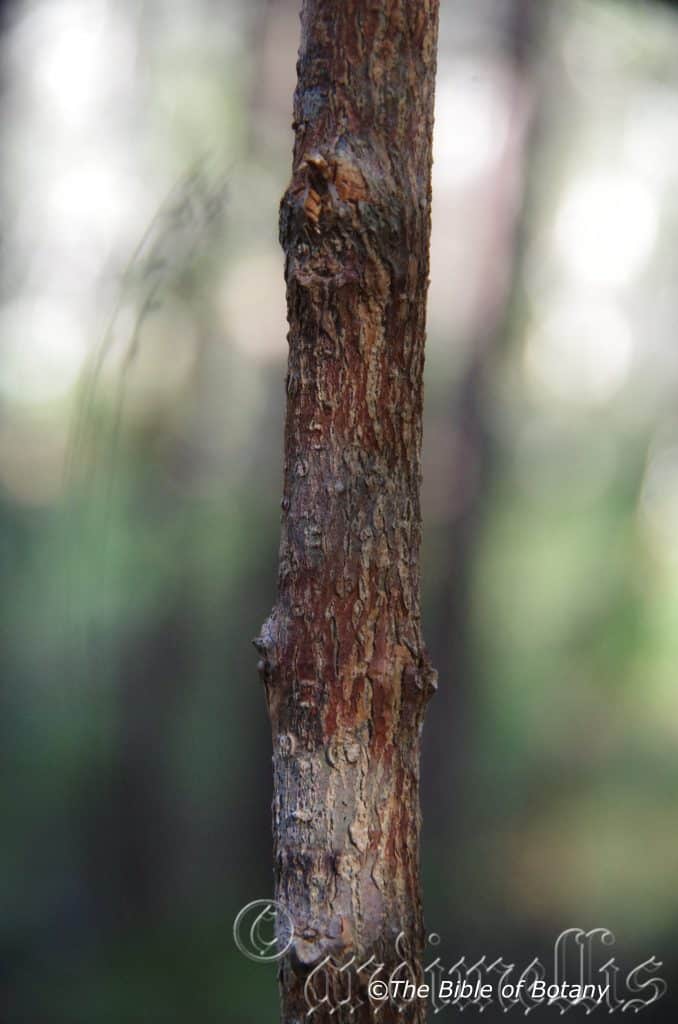
The Pinnacles NSW
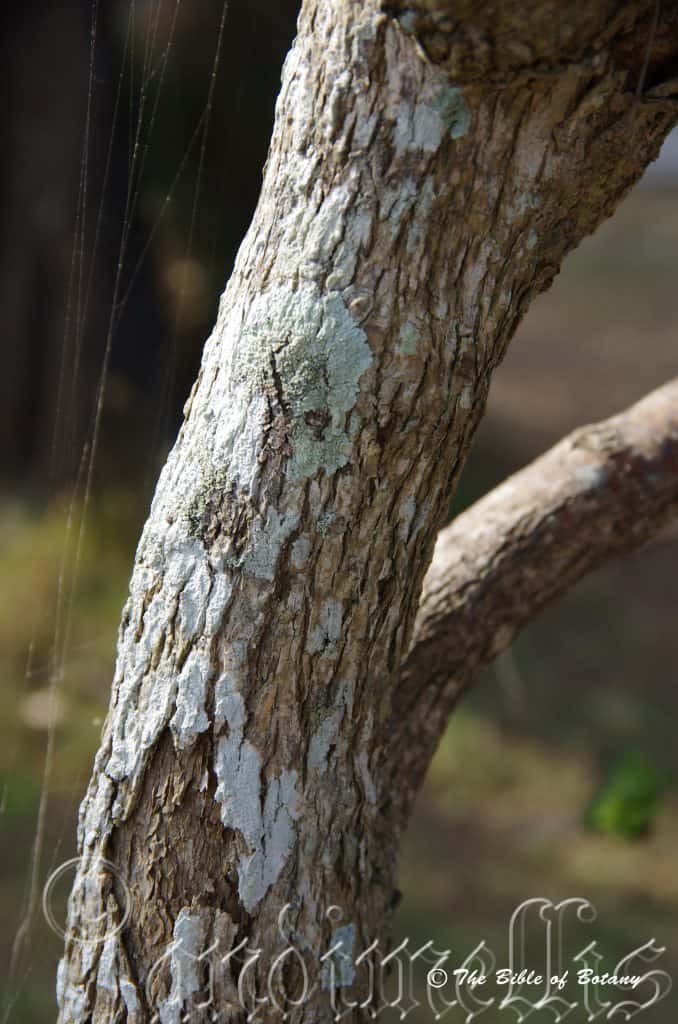
Laurieton NSW

Townsville Foreshore Qld.
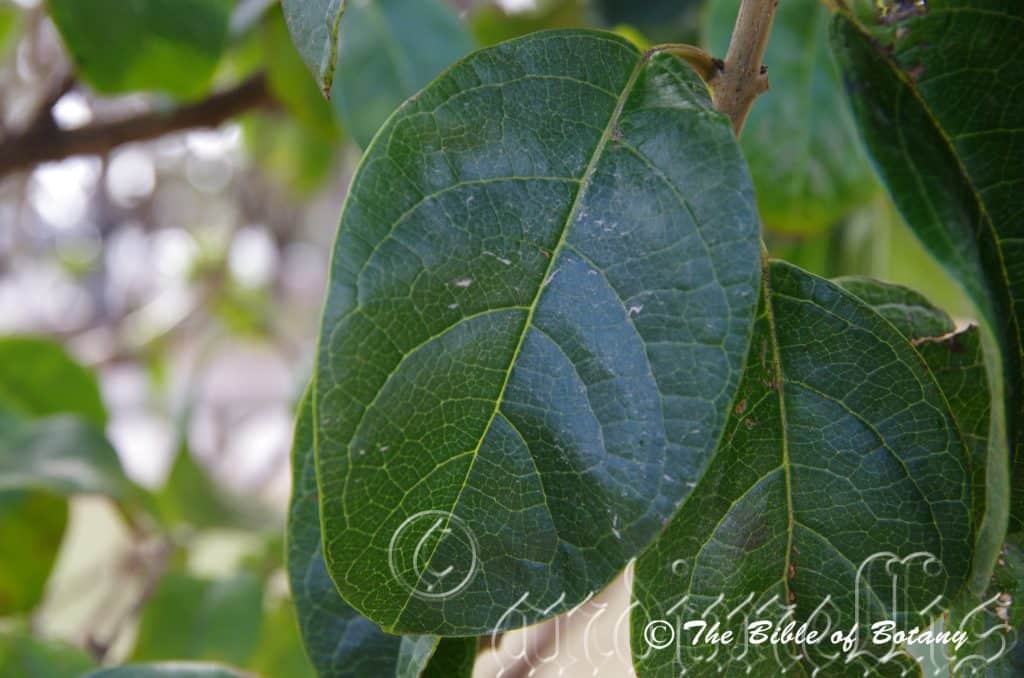
Mount Cootha Botanic Gardens Qld.

Mount Cootha Botanic Gardens Qld.
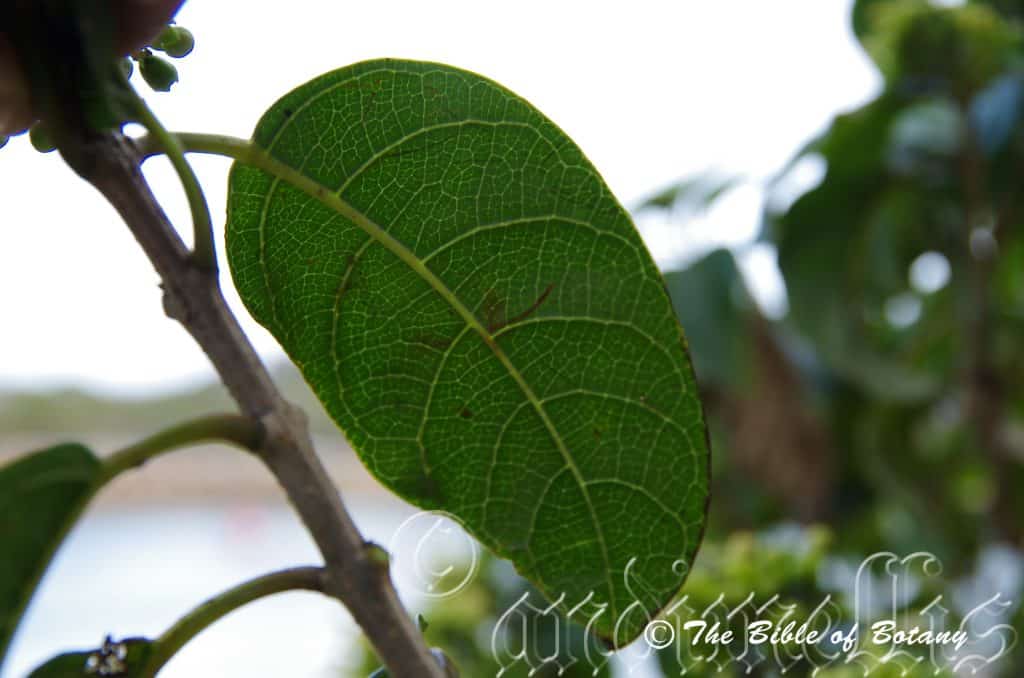
Laurieton NSW
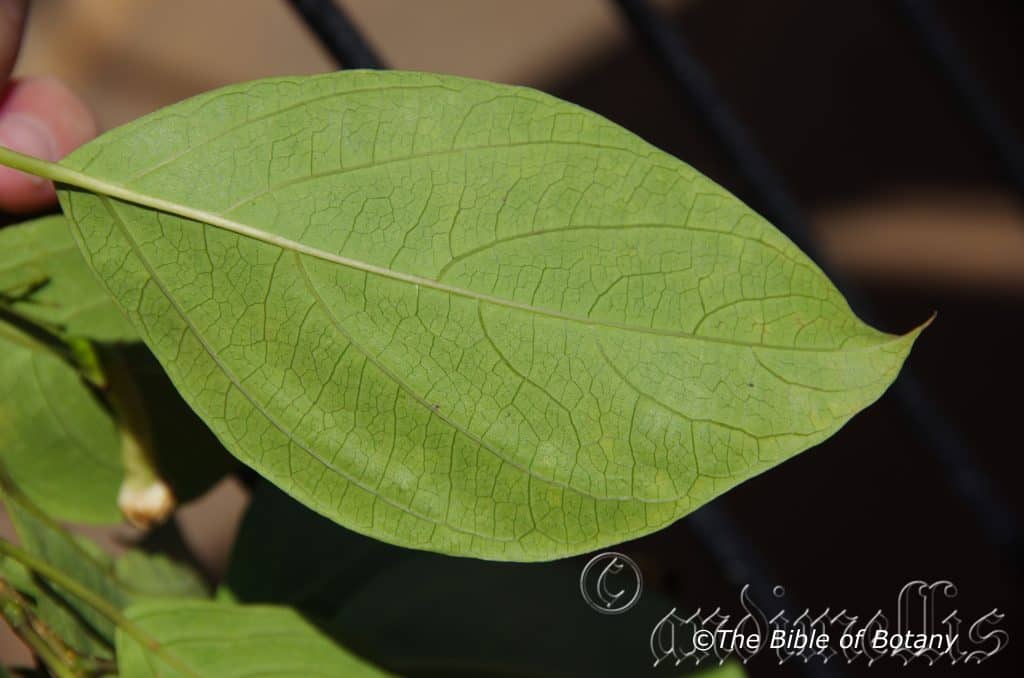
Townsville Foreshore Qld.
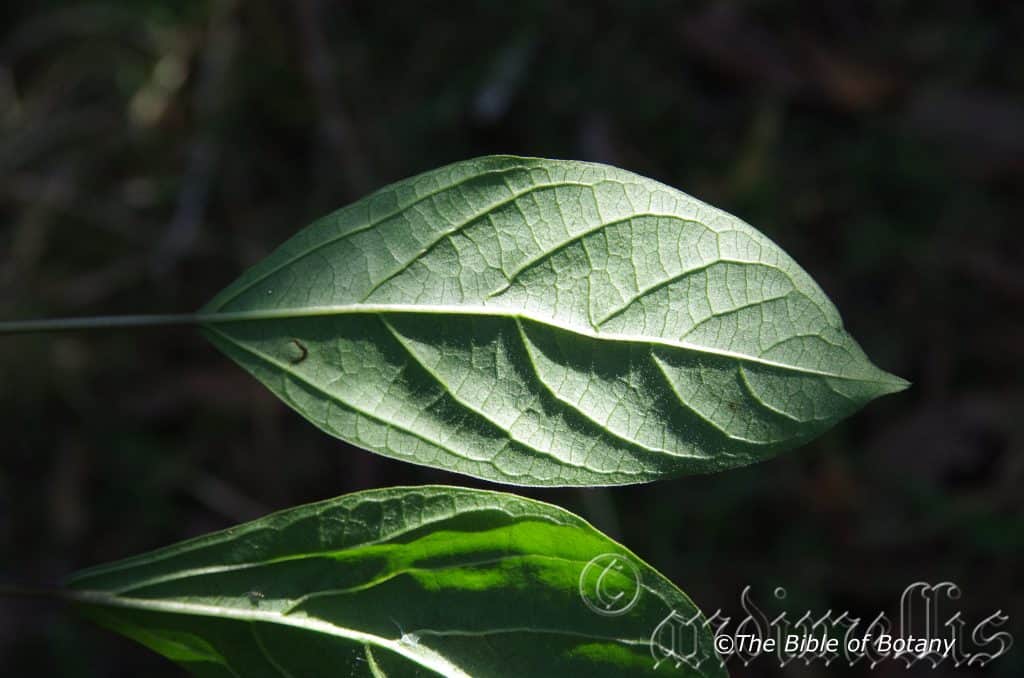
The Pinnacles NSW

Laurieton NSW

Laurieton NSW

Laurieton NSW
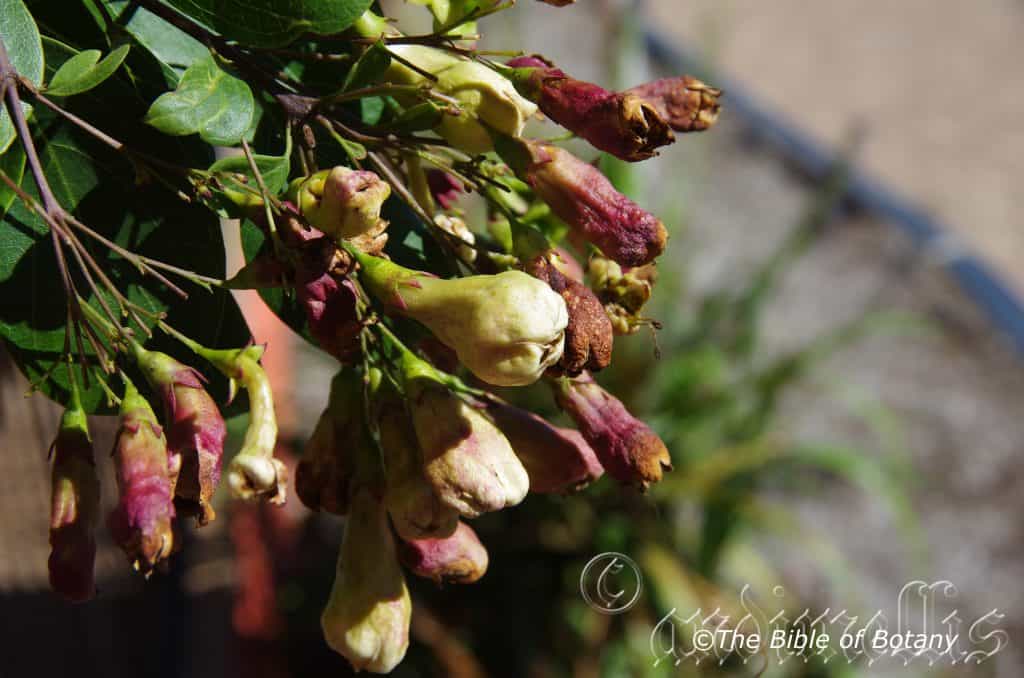
Townsville Foreshore Qld.
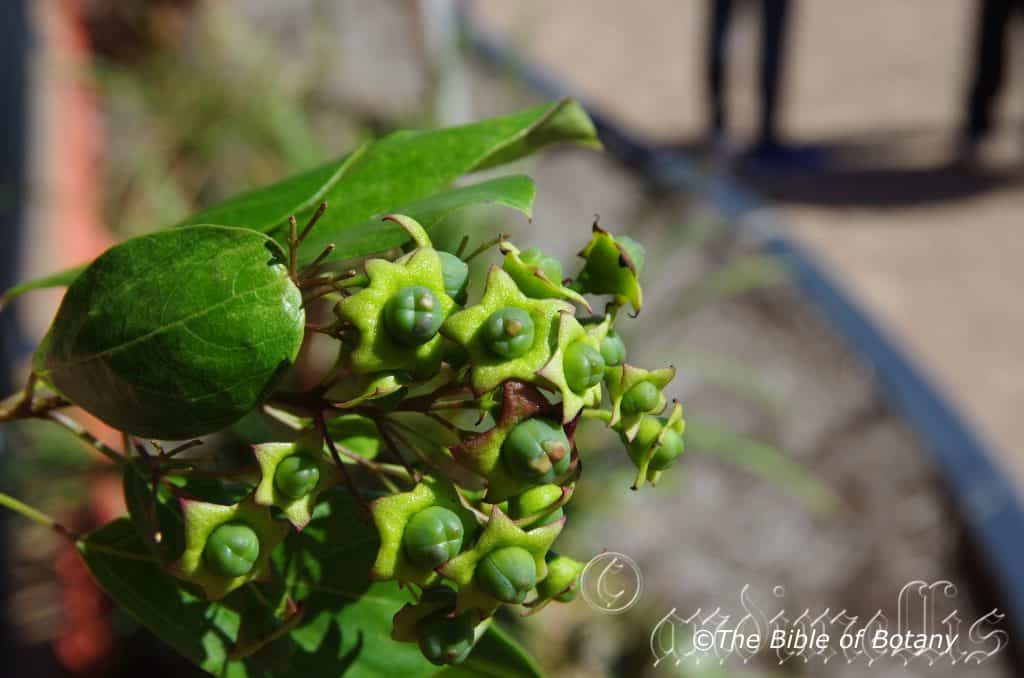
Townsville Foreshore Qld.

Townsville Foreshore Qld.

Townsville Foreshore Qld.
Clerodendrum floribundum
Classification:
Unranked: Eudicots
Class: Asterides
Order: Lamiales
Family: Lamiaceae
Genus: From Kleros, which is Ancient Greek for a lottery or by chance and Dendron, which is Ancient Greek for a tree. It refers to the uncertainty of the medical properties even within a given species which is so variable.
Specie: From Floris, which is Latin for a flower or Flos, which is Roman for the Goddess of spring and flowers and Bundus, which is Latin for abundant or plenty. It refers to flowers, which are born in prolific numbers when in flower.
Sub specie:
Common Name: Hairy Lolly Bush.
Distribution:
Clerodendron floribundum is found across the northern half of Australia from Carnarvon in central coastal Western Australia to the Bunya Mountains in south eastern Queensland then south to Bulahdelah in central coastal New South Wales with a disjunct population further south from Jervis Bay to Morton National Park. .
https://avh.ala.org.au/occurrences/search?taxa=Clerodendron+floribundum#tab_mapView
Habitat Aspect Climate:
Clerodendron floribundum prefer full sun to dappled shade. It grows adjacent to dry rain forests, east of the Great Dividing Range. It grows in in open woodlands dry open Eucalyptus forests, savannah woodlands, mulga scrubs or along seasonal creeks in the more arid zones.
The temperatures range from minus 1 degree in July to 44 degrees in January and February.
The rainfall ranges from lows of 200mm to 3000mm average per annum.
Soil Requirements:
Clerodendron floribundum prefers sandy loams to medium clays, stony ridges, light gravelly clays, rocky plains, light silts to heavy silts. The soils are derived from sandstones, Granites, brown basalts, metamorphic rocks, quartzites or shales. The soils pH range from of 5pH to 6.5pH. It does not tolerate waterlogged soils. Slightly saline soils to extremely saline soils are tolerated but the health of the plants deteriorates as the salt content rises above very saline.
Height & Spread:
Wild Plants:2m to 10m by 2m to 6m
Characteristics:
Clerodendron floribundumgrows as a multi trunked small shrub to a medium sized single trunk tree in the tropics. The bark is a dull grey and glabrous on older trees. Young branchlets are grey-green. New growth and juvenile branchlets are grey-green and sparsely covered in white hirtellous hairs.
The simple opposite leaves are glabrous, ovate to elliptical rarely obovate and measure 50mm to 150mm in length by 20mm to 60mm in width. The base is broad acute to rounded or cordate while the apex is obtuse to acuminate. The concolourous laminas are deep grey-green and glabrous. The leaf margins are entire. The mid vein is distinctly visible from above. Petioles measure 20mm to 70mm in length.
Clerodendron floribundum inflorescences are loose cymes born from the upper leaf axils or terminal corymbs. The cymes have 8 to 25 flowers. The green calyxes are acute to obtuse and measure 5mm to 6mm in length. Individual glabrous, white corolla tubes measure 25mm to 30mm in length. The 5 white divaricate elliptical to oblong lobes have an acuminate apex. The lobes measure 5mm to 7mm in length by 2.5mm to 5mm in width. The pedicels are 2mm to 6mm long. Clerodendrum floribundumflowers from late August to early January.
The fruit of Clerodendron floribundum is a large drupe. There are 4 distinct longitudinal furrows on the square in cross section drupes which measure 8mm to 10mm in length by 6mm to 8mm in width. The green drupes turn deep purple-black when ripe. The calyx lobes are persistent at the base of the drupes, swell, turn brilliant scarlet red and fleshy when ripe. The lobes measure 8mm to 12mm in length on the ripe drupes.
Wildlife:
Clerodendron floribundum is the host to numerous beetles, native flies, midget wasps, butterflies and native bees when in flower. The leaves are often damaged by caterpillars which are unknown to the author. Fruits are eaten by larger fruit eating birds like Bower birds, Cat birds and Wattle birds.
Cultivation:
Clerodendron floribundum is a small tree or large shrub that looks great in the garden as a small shade tree in the tropics or multi trunked large shrub further south in bush gardens adjacent to a rainforest setting.
It often reaches its full potential in just 5 years and flower from the third year. Big advantages of Clerodendron floribundum is that you first have the flowers followed by spectacular fruits.
On the downside is the fact that the trees foliage is dull and lacks any attraction and they are often spoilt by insect attack. It is a good idea to plant them amongst other plants so that its flowers and fruits can be viewed in season but out of season it blends into the landscape.
Two, three or four planted back from a bend will become a very strong focal point when in flower and again when the fruits are ripe. The ripe fruits will gain a lot of attention from both on lookers and bower birds. It be tip pruned if a smaller shrub is required. It responds well to pruning recovering quickly and often increasing the number of flowers in the following season. Place them in the mid ground with large leaf, or fine leaf ground covers and very small shrubs or annuals in front. Use plants that flower and fruit at different times so that both can be enjoyed to their fullest. To the rear, use large leaf taller plants. Plants with pink, orange, red or purple flowers can be used in both the foreground and background. Plants with finer foliage in pale green or blue greys will also compliment the scene during periods when there are few flowers in the garden. This will lead the viewer’s eyes directly to the yellow flowers and rusty tomentose buds and branchlets for a longer period.
Because of its hardiness, its wide variation in rainfall and soil requirements Clerodendron floribundum is easy to grow.
Clerodendron floribundum also has a tendency to sucker where roots have been damaged which makes it a good plant for soil erosion control.
Propagation:
Seeds: Clerodendron floribundum seeds require no treatment before sowing. Sow the seeds into a seed raising mix and cover with 5mm of the mix. When the seedlings are 25mm to 50mm tall, prick them out and plant them into 50mm native tubes using a seed raising mix.
Once the seedlings reach 150mm to 200mm in height plant them out into their permanent position. Mass plantings can be achieved by planting them at 4 meter to 6 meter centers.
Fertilize using Seaweed, fish emulsion or organic chicken pellets soaked in water on an alternate basis. Fertilize every two months until the plants are established then annually in early September or March to maintain health, vitality and better flowering.
Cuttings: Cuttings are apparently very easy to strike. Use 100mm to 150mm long ripened material from the present season’s growth, which has at least 2 sets of nodes. Take them in mid-autumn or early spring. Remove half the leaves from the bottom section being careful not to tear the bark.
1 Prepare the cutting mix by adding one third sharp clean river sand, one third peat and one third perlite. These ingredients are sterilize,
2 Select good material from non diseased plants,
3 Select semi green stems for cuttings. Look for a stem with two or three nodes,
4 Place the cutting on a flat, hard surface, and make a clean slice through the middle of the lower node on an angle towards the base, with a sterilized sharp knife or razor blade or remove a 10mm slice from one side at the base. – This scarification of the node will increase the chances of roots emerging from this spot. Now remove all but one or two the leaves, leaving the apex leaves in tact. If the leaves are very large in proportion to the stem, cut off the apical halves.
5 Some plants root easily, but a rooting hormone can help others by stimulating the cutting into sending out new roots. Fill a saucer with water, and place some rooting hormone into another container like a bottle top. Dip the node end of the cutting into the water and then into the rooting hormone. Tap off any excess hormone,
6 Use a small dipple stick or old pencil to poke a hole into the soilless potting mix. Ensure the hole is slightly larger than the stem diameter and be careful not to wipe the rooting hormone off the cuttings base, place the cuttings in a pattern ensuring the cuttings are not touching each other,
7 I like to place the pots in Plastic bags to help maintain temperature and moisture. Place in a semi shaded place like under 50mm shade cloth.
8 When the cuttings have struck, open the bag to allow air circulation for a few days to a week,
9 Once hardened off remove the cuttings from the bag and allow to further hardening for a few more days,
10 Transplant into a good potting mix to grow on.
Further Comments from Readers:
Hi reader, it seems you use The Bible of Botany a lot. That’s great as we have great pleasure in bringing it to you! It’s a little awkward for us to ask, but our first aim is to purchase land approximately 1,600 hectares to link several parcels of N.P. into one at The Pinnacles NSW Australia, but we need your help. We’re not salespeople. We’re amateur botanists who have dedicated over 30 years to saving the environment in a practical way. We depend on donations to reach our goal. If you donate just $5, the price of your coffee this Sunday, We can help to keep the planet alive in a real way and continue to bring you regular updates and features on Australian plants all in one Botanical Bible. Any support is greatly appreciated. Thank you.
In the spirit of reconciliation we acknowledge the Bundjalung, Gumbaynggirr and Yaegl and all aboriginal nations throughout Australia and their connections to land, sea and community. We pay our respect to their Elders past, present and future for the pleasures we have gained.

Stingray Creek Moonee Beach NSW

Magnetic Island Qld.
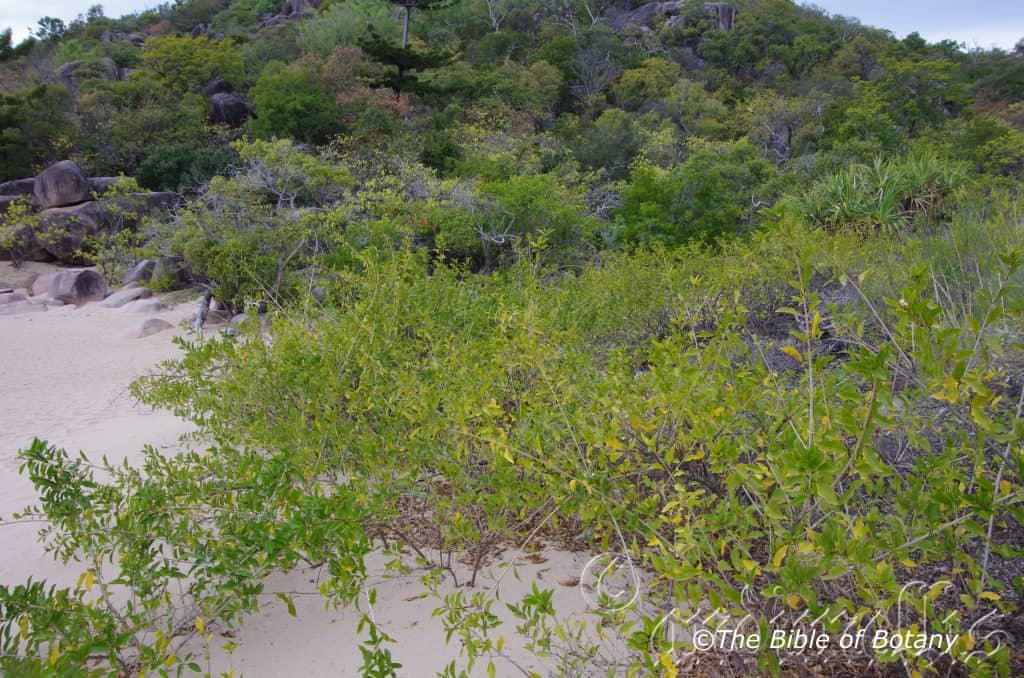
Magnetic Island Qld.
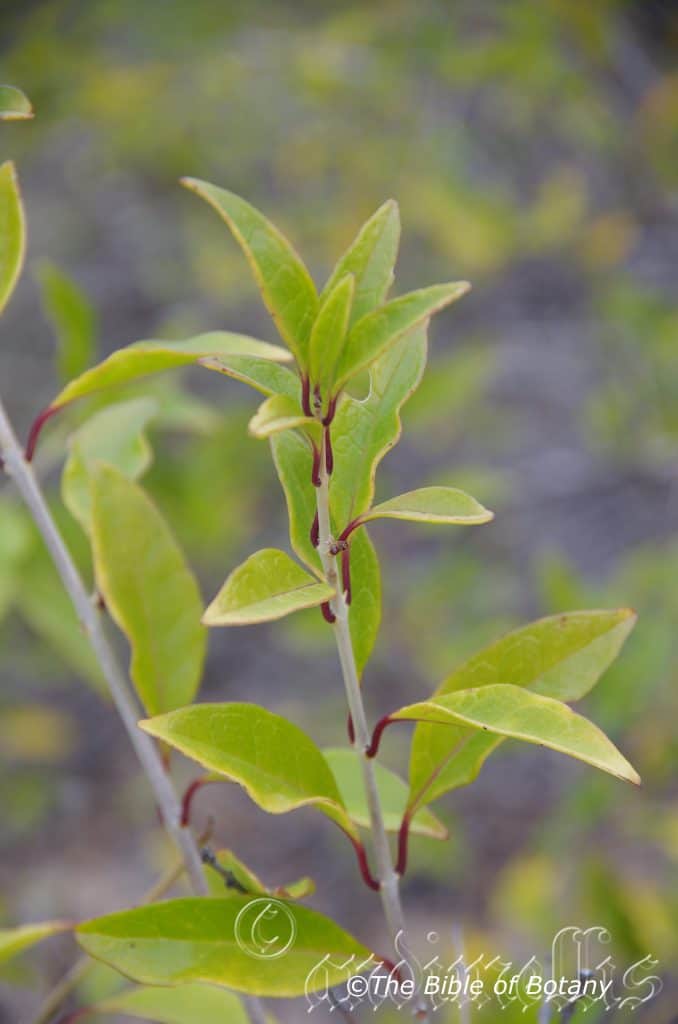
Magnetic Island Qld.

Magnetic Island Qld.
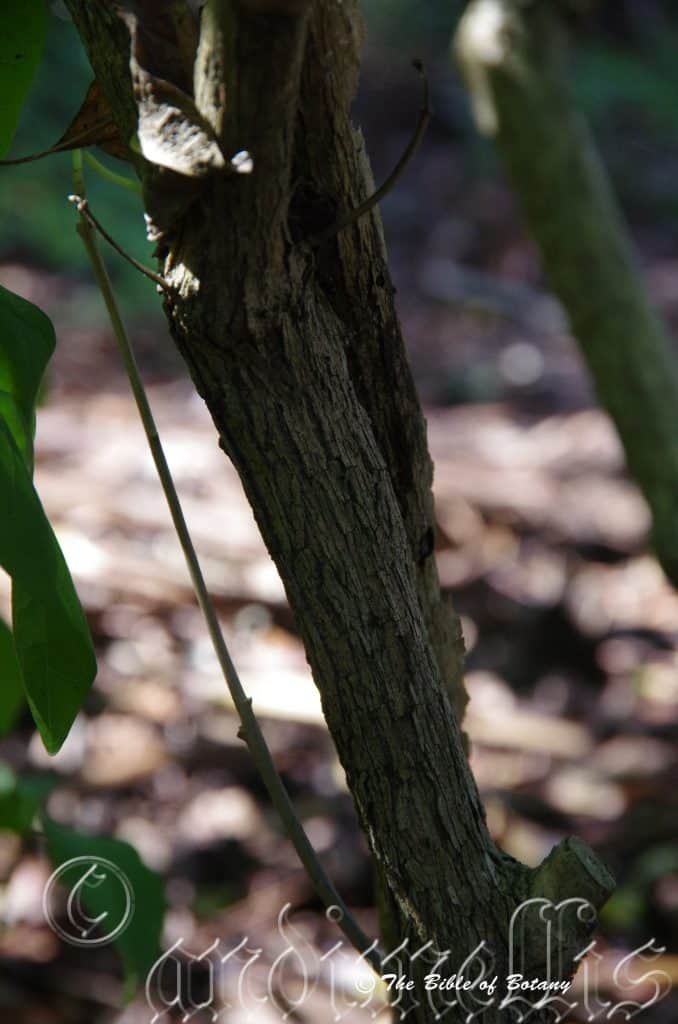
Stingray Creek Moonee Beach NSW

Stingray Creek Moonee Beach NSW
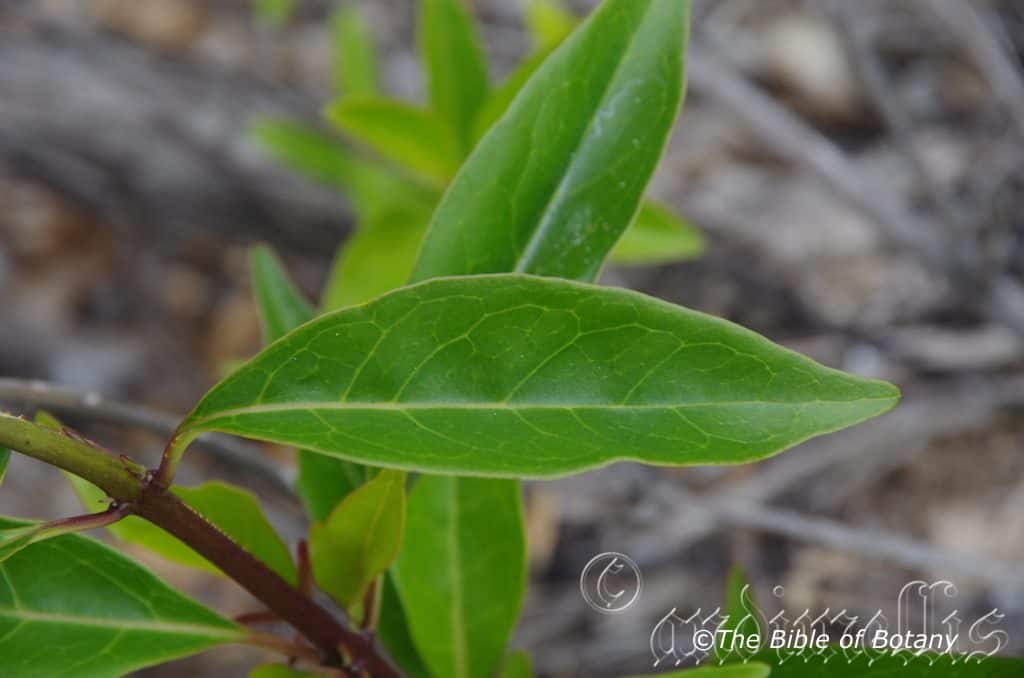
Magnetic Island Qld.

Magnetic Island Qld.
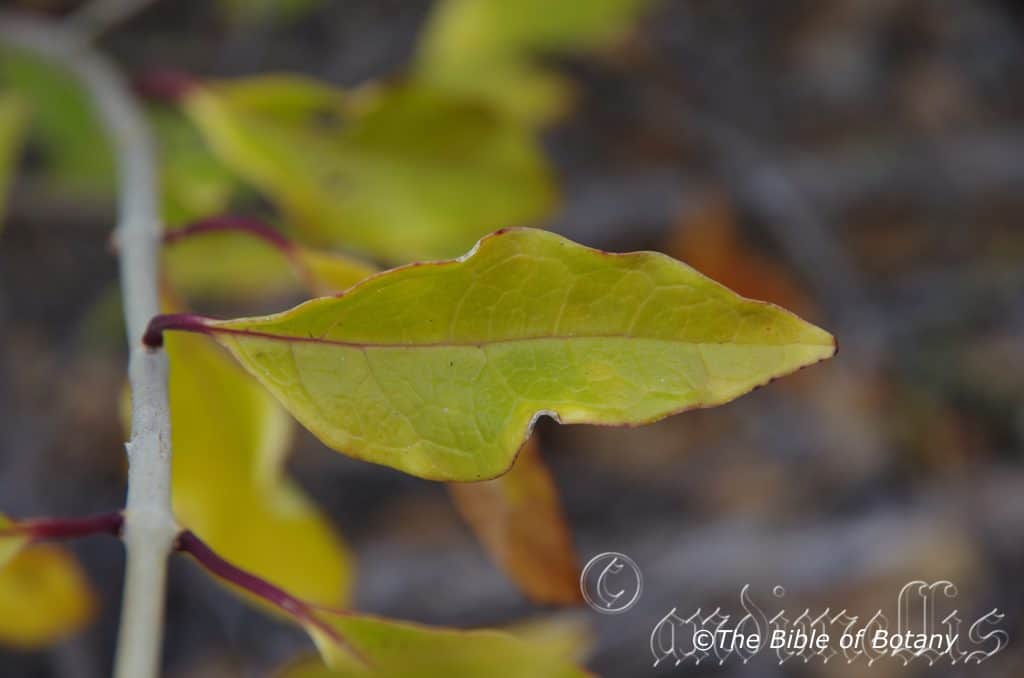
Magnetic Island Qld.
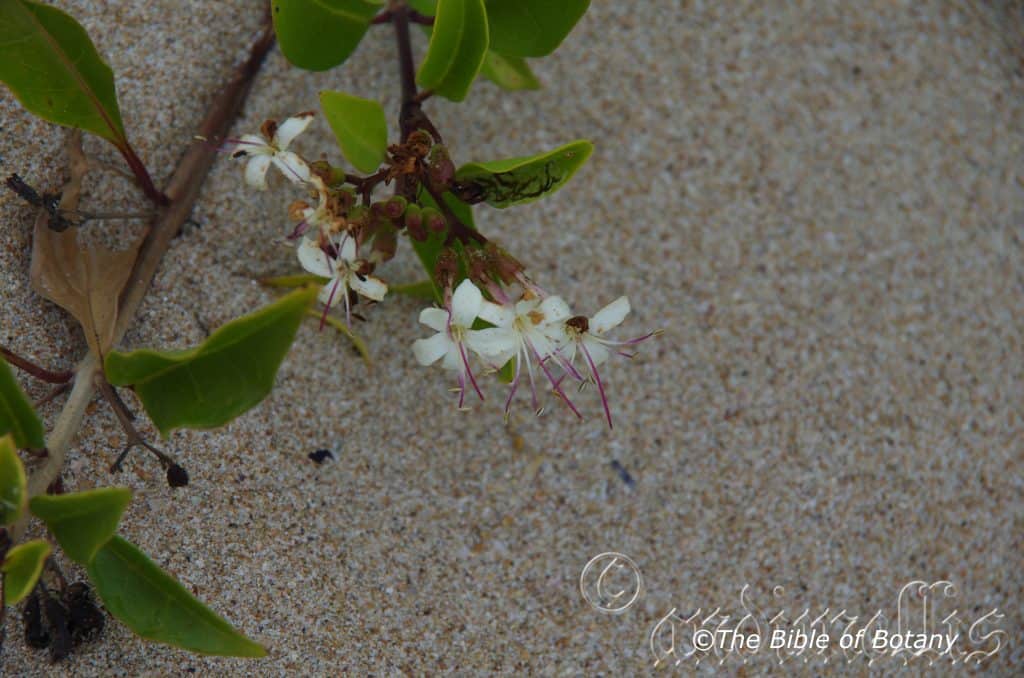
Magnetic Island Qld.
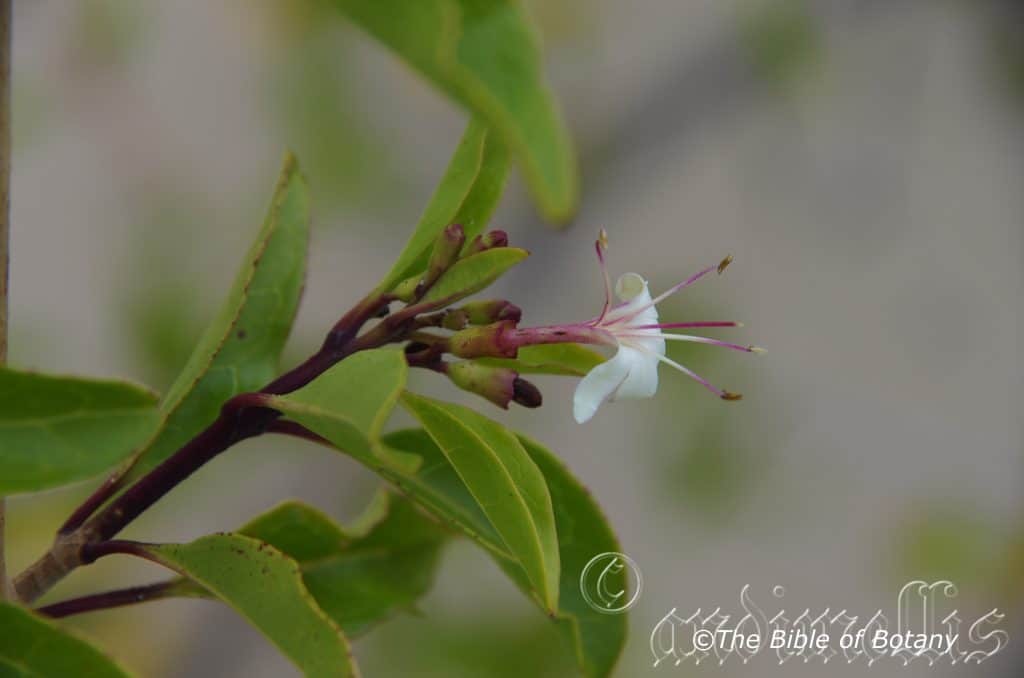
Magnetic Island Qld.
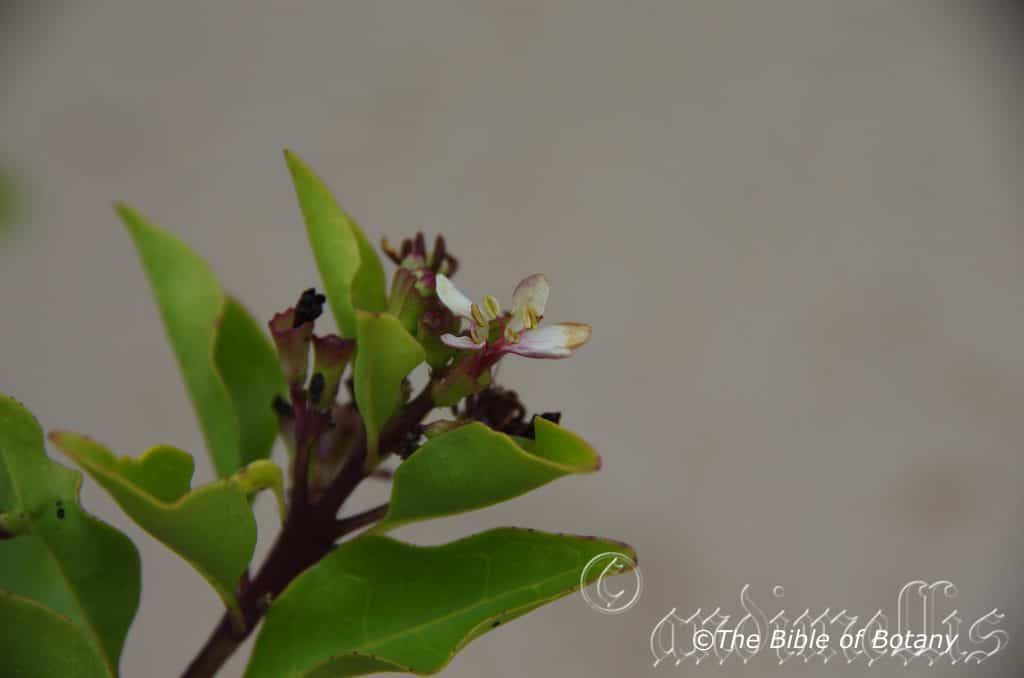
Magnetic Island Qld.
Clerodendrum inerme
Classification:
Unranked: Eudicots
Class: Asterides
Order: Lamiales
Family: Lamiaceae
Genus:Â From Kleros, which is Ancient Greek for a lottery or by chance and Dendron, which is Ancient Greek for a tree. It refers to the uncertainty of the medical properties even within a given species which is so variable.
Specie: From Inermis, which is Latin for without spines or unarmed. It refers to plants, which do not have spines or relatively few spines compared to other species within the genus.
Sub specie:
Common Name: Scrambling Clerodendrum or Harmless Clerodendron.
Distribution:
Clerodendron inerme is found continuously along the coast and river estuaries from the north west Kimberley Range in north western coastal Western Australia to Ballina in north eastern coastal New South Wales.
https://avh.ala.org.au/occurrences/search?taxa=Clerodendron+inerme#tab_mapView
Habitat Aspect Climate:
Clerodendron inerme prefer partial shade to dappled sun light. It grows east of the Great Dividing Range close to the coast usually adjacent to mangroves littoral rainforests, monsoonal vine forests, and coastal heaths and on the back dunes. The altitude ranges from 1 meter ASL to 12 meters ASL.
The temperatures range from 1 degree in July to 44 degrees in January and February.
The rainfall ranges from lows of 900mm to 3200mm average per annum.
Soil Requirements:
Clerodendron inerme prefers sandy loams, medium clays including gravelly clays, light silts to heavy silts, screes or limestone outcrops. The soils are derived from decomposed brown basalt, black basalt, metamorphic rocks, laterites, sandstones, granites, limestone, alluvial deposits or accumulated peaty beach sands. The soils pH ranges from 4.5pH to 8pH. It does not tolerate waterlogged soils but often grows where it is affected by king tides and seasonal high water tables. Non saline soils to very saline soils are tolerated as are salt laden winds.
Height & Spread:
Wild Plants: 1m to 6m by 1m to 5m
Characteristics:
Clerodendron inerme grows as a multi trunked small scrambly shrub or open scrambling vine. The bark is a greyish-brown to grey brown with flaky longitudinal fissures. The branchlets are brown to purplish-brown and glabrous. The juvenile branchlets are deep green often tinged purple or at times purple once the young growth begins to hardened off. They are glabrous or at times sparsely covered in white tomentose or hirsute hairs.
The opposite leaves of Clerodendron inerme are ovate to elliptical and measure 30mm to 110mm length by 12mm to 60mm in width. The purple, glabrous petioles are grooved on the upper surface and measure 5mm to 20mm in length. The bases are rounded to rounded-cuneate while the apexes are abruptly acuminate. The discolourous laminas are mid green and glabrous or sparsely covered in short white tomentose or hirsute hairs on the upper laminas while the lower laminas are paler. The mature leaves are glabrous. The leaf margins are entire. The laminas curve upwards from the mid vein to the margins. The mid vein is purple and strongly prominent on the lower lamina and is distinctly visible on the upper lamina. The lateral veins are slightly prominent on the lower lamina and form loops inside the margins.
Inflorescences of Clerodendron inerme are loose corymbs born in the apical leaf axis. There are 3 to 7 flowers in a corymb. The peduncle and rachis are purple and usually glabrous while the pedicels are green and usually sparsely covered in white puberulent hairs. The peduncles measure 12mm to 25mm in length while the rachis measures 20mm to 33mm in length and the pedicels measure 3mm to 6mm in length. The green calyx and 5 lobes are covered in white tomentose hairs which measure 5mm to 6mm in length. The accuminata calyx and minute triangular lobes are glandular, glabrous or sparsely covered in white puberulent hairs with a few large nectareous glands externally and are glabrous internally. The calyxes measure 3mm to 3mm in length overall. The individual tubular corollas are white or at times tinged purple or pink and are glabrous with a few glands externally and are glabrous internally. The corollas measure 15mm to 38mm in length. The oblong corolla lobes have an obtuse apex and measure 4mm to 10mm in length by 2mm to 4mm in width. Clerodendron inerme’s flowers appear throughout the year with a peak varying from September to March depending on the location.
The exserted stamen’s filaments are white at the base, inside the corolla tube deepening to pink then to deep purple externally below the anthers. The filaments measure 15mm to 38mm in length. The khaki-yellow, oblong dorsifixed anthers measure 2.5mm to 3mm in length. The glabrous, superior ovary is glandular and measures 1.5mm to 2mm in length by 1mm to 1.5mm in width. The exerted glabrous style is white at the base, inside the corolla tube deepening to pink then to deep purple externally below the tapered khaki-yellow stigma. The style measure 25mm to 48mm in length Clerodendron inerme are four ovoidal like nutlets which are fused together in egg cup like receptacles. The drupes have 4 distinct longitudinal furrows on the square in cross sections and measure 10mm to 18mm in length by 7mm to 15mm in diameter at the base. The green drupes turn deep purple-black when ripe. The calyx lobes are persistent at the base of the drupes, swell, are pink or tinged red and fleshy when ripe. The lobes measure 12mm to 14mm in length on the ripe drupes.
Confusing Species:
Clerodendron inerme’s leaves are glabrous. The calyx is truncate or with 5 minute teeth which enlarge but scarcely spreading even on the mature fruit.
Clerodendron tomentosum’s leaves are usually velvety on mature plants but are glabrous to slightly covered in white tomentose hairs on juvenile plants. The calyx and lobes are glabrous to moderately covered in white tomentose hairs. The 5 calyx lobes are distinct and enlarge spreading on the base of the fruits.
Wildlife:
Clerodendron inerme is the host to numerous beetles, native flies, midget wasps, butterflies and native bees when in flower. The leaves are often damaged by caterpillars which are unknown to the author. Fruits are eaten by larger birds like Bower birds, Cat birds and Wattle birds.
Cultivation:
Clerodendron inerme is a small tree or large shrub that looks great in the garden as a small shade tree in the tropics or multi trunked large shrub further south in bush gardens adjacent to a rainforest setting. In cultivation they will grow from 1 meter to 3 meters by 2 meters to 3 meters in diameter. It can be pruned on an annual basis. Heavy pruning on mature plants will see an increase in plants suckering but these are easy to control. The suckering makes them ideal for riparian zone reclamation.
It often reaches its full potential in just 5 years and flowers from the third year. Big advantages of Clerodendrum are that you first have the flowers followed by the fruits.
On the downside is the fact that the plants foliage is dull and lacks any attraction and they are often spoilt by insect attack. It is a good idea to plant them amongst other plants so that its flowers and fruits can be viewed in season but out of season it blends into the landscape.
Two, three or four planted back from a bend will become a very strong focal point when in flower. It can be tip pruned if a smaller bushier shrub is required. It responds well to pruning recovering quickly and often increasing the number of flowers as it resprout. The plants can be used to great effect in topiary work but must be given some leeway if the flowers are required. Regular pruning may see the flowers appear more periodic and denser as the flowers will appear in flushes after pruning.
Place them in the mid ground with large leaf, or fine leaf ground covers and very small shrubs or annuals in front. Use plants that flower and fruit at different times so that both can be enjoyed to their fullest. To the rear, use large leaf taller plants. Plants with pink, red or purple flowers can be used in both the foreground and background. Plants with finer foliage in pale green or blue greys will also compliment the scene during periods when there are few flowers in the garden. This will lead the viewer’s eyes directly to the yellow flowers and rusty tomentose buds and branchlets for a longer period.
Because of its hardiness, its wide variation in rainfall and soil requirements Clerodendrum inerme is easy to grow.
Propagation:
Seeds: Clerodendron inerme seeds require no treatment before sowing. Sow the seeds into a seed raising mix and cover with 5mm of the mix. When the seedlings are 25mm to 50mm tall, prick them out and plant them into 50mm native tubes using a seed raising mix.
Once the seedlings reach 150mm to 200mm in height plant them out into their permanent position. Mass plantings can be achieved by planting them at 3 meter to 4 meter centers.
Fertilize using Seaweed, fish emulsion or organic chicken pellets soaked in water on an alternate basis. Fertilize every two months until the plants are established then annually in early September or March to maintain health, vitality and better flowering.
Cuttings: Cuttings are apparently very easy to strike. Use 100mm to 150mm long ripened material from the present season’s growth, which has at least 2 sets of nodes. Take them in mid-autumn or early spring. Remove half the leaves from the bottom section being careful not to tear the bark.
1 Prepare the cutting mix by adding one third sharp clean river sand, one third peat and one third perlite. These ingredients are sterilize,
2 Select good material from non diseased plants,
3 Select semi green stems for cuttings. Look for a stem with two or three nodes,
4 Place the cutting on a flat, hard surface, and make a clean slice through the middle of the lower node on an angle towards the base, with a sterilized sharp knife or razor blade or remove a 10mm slice from one side at the base. – This scarification of the node will increase the chances of roots emerging from this spot. Now remove all but one or two the leaves, leaving the apex leaves in tact. If the leaves are very large in proportion to the stem, cut off the apical halves.
5 Some plants root easily, but a rooting hormone can help others by stimulating the cutting into sending out new roots. Fill a saucer with water, and place some rooting hormone into another container like a bottle top. Dip the node end of the cutting into the water and then into the rooting hormone. Tap off any excess hormone,
6 Use a small dipple stick or old pencil to poke a hole into the soilless potting mix. Ensure the hole is slightly larger than the stem diameter and be careful not to wipe the rooting hormone off the cuttings base, place the cuttings in a pattern ensuring the cuttings are not touching each other,
7 I like to place the pots in Plastic bags to help maintain temperature and moisture. Place in a semi shaded place like under 50mm shade cloth.
8 When the cuttings have struck, open the bag to allow air circulation for a few days to a week,
9 Once hardened off remove the cuttings from the bag and allow to further hardening for a few more days,
10 Transplant into a good potting mix to grow on.
Further Comments from Readers:
Hi reader, it seems you use The Bible of Botany a lot. That’s great as we have great pleasure in bringing it to you! It’s a little awkward for us to ask, but our first aim is to purchase land approximately 1,600 hectares to link several parcels of N.P. into one at The Pinnacles NSW Australia, but we need your help. We’re not salespeople. We’re amateur botanists who have dedicated over 30 years to saving the environment in a practical way. We depend on donations to reach our goal. If you donate just $5, the price of your coffee this Sunday, We can help to keep the planet alive in a real way and continue to bring you regular updates and features on Australian plants all in one Botanical Bible. Any support is greatly appreciated. Thank you.
In the spirit of reconciliation we acknowledge the Bundjalung, Gumbaynggirr and Yaegl and all aboriginal nations throughout Australia and their connections to land, sea and community. We pay our respect to their Elders past, present and future for the pleasures we have gained.
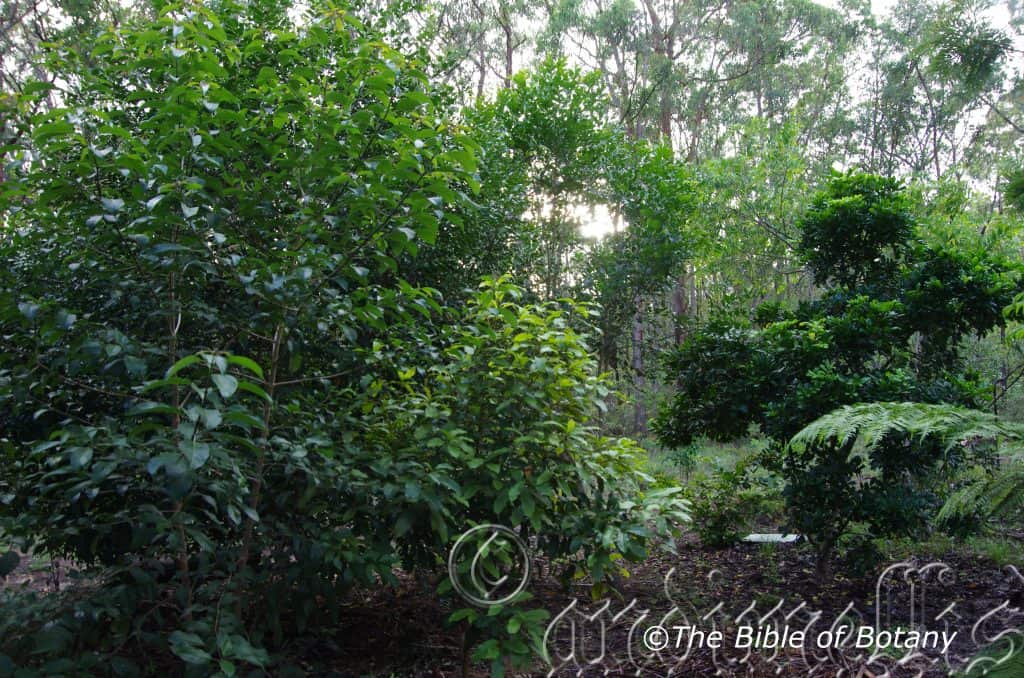
Author’s Garden The Pinnacles NSW
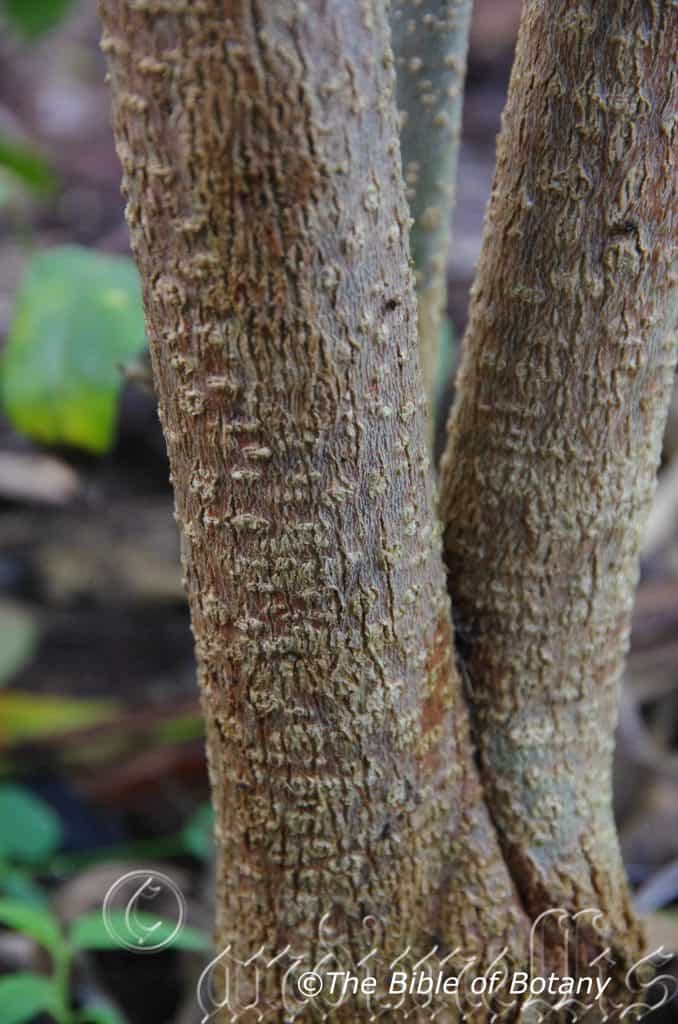
Author’s Garden The Pinnacles NSW

Author’s Garden The Pinnacles NSW
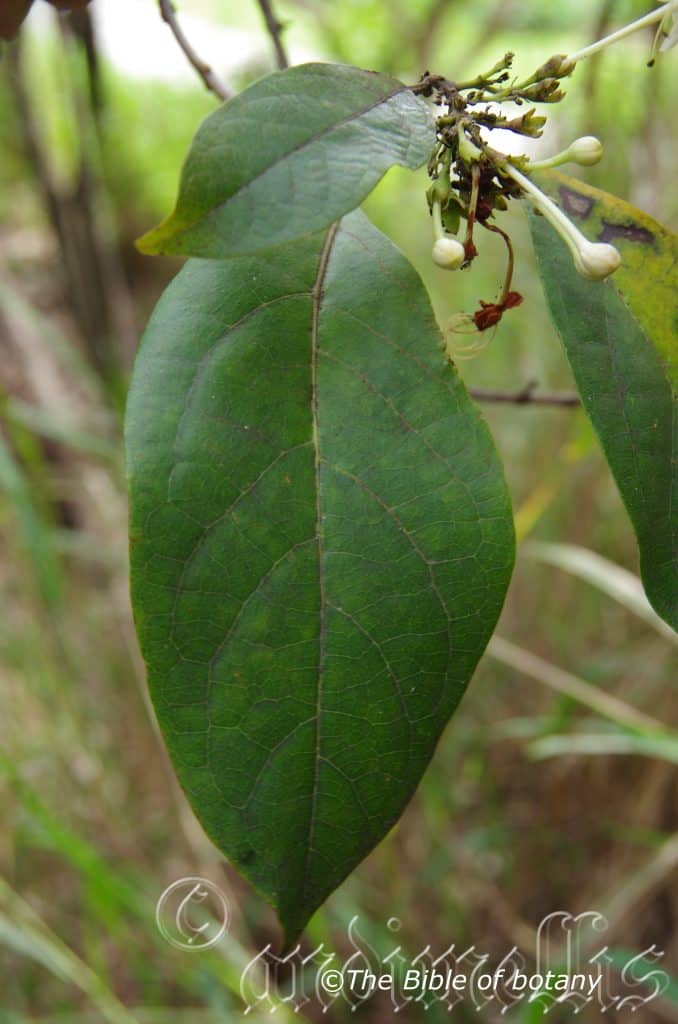
Kedron Brook Qld.

Author’s Garden The Pinnacles NSW
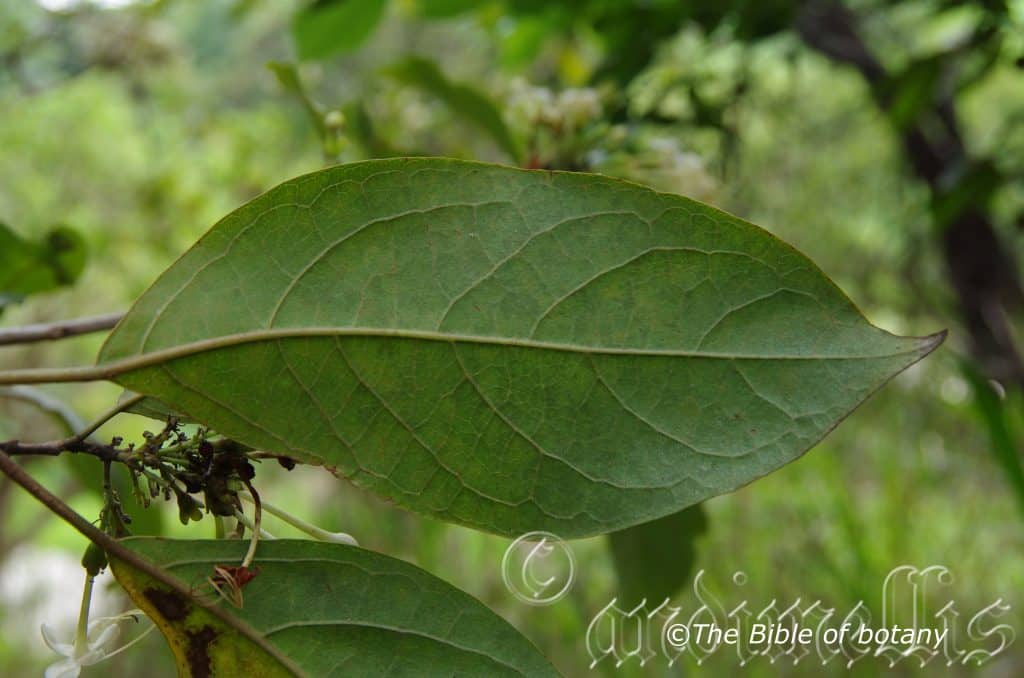
Kedron Brook Qld.
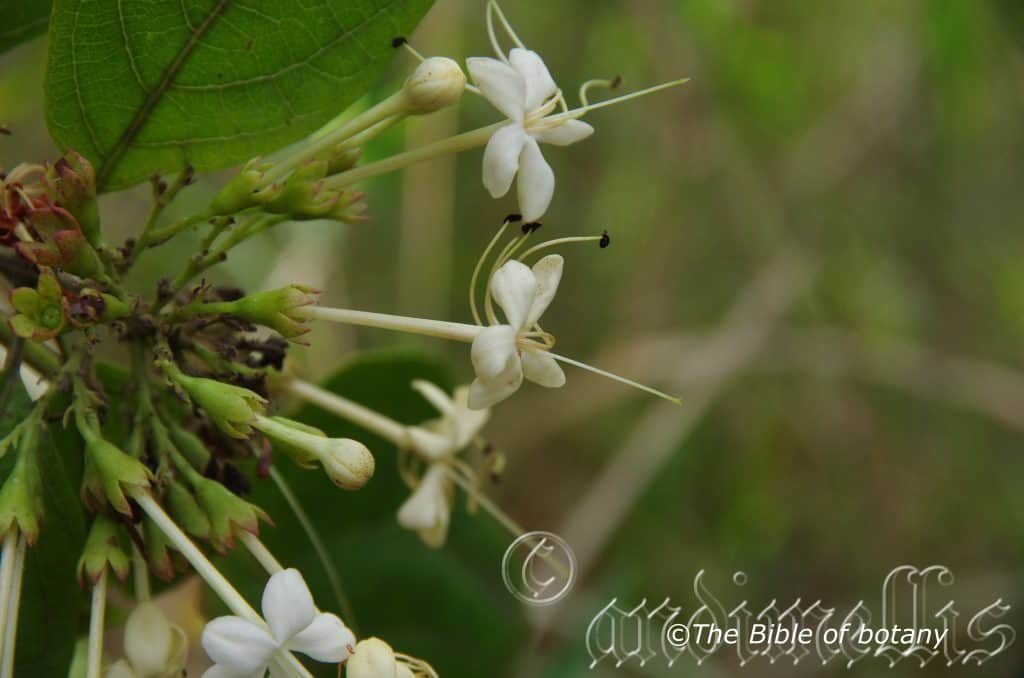
Kedron Brook Qld.
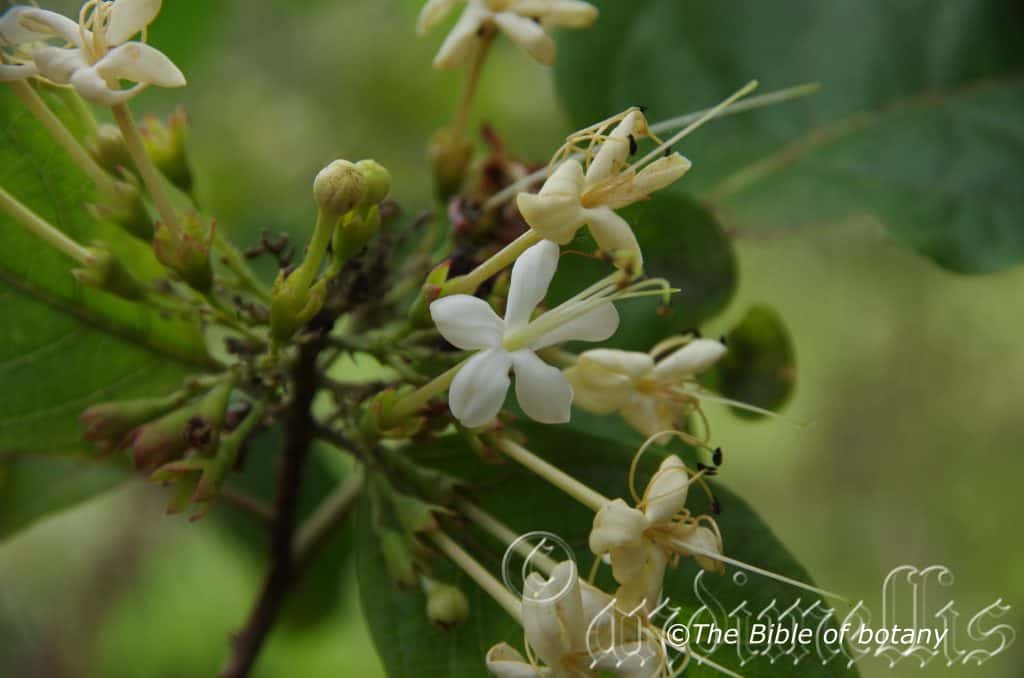
Kedron Brook Qld.
Clerodendrum tomentosum
Classification:
Unranked: Eudicots
Class: Asterides
Order: Lamiales
Family: Lamiaceae
Genus:Â From Kleros, which is Ancient Greek for a lottery or by chance and Dendron, which is Ancient Greek for a tree. It refers to the uncertainty of the medical properties even within a given species which is so variable.
Specie: From Tomentosa, which is Latin for to be covered in long down. It refers to hairs, which are long, soft and wavy or matted.
Sub specie:
Common Name: Hairy Lolly Bush.
Distribution:
Clerodendron tomentosum is found in the north eastern quarter of Western Australia to the top end of the Northern Territory, east to Groote Eyelandt and south to the Nicholson River on the Queensland border.
In the east it is found south from the tip of Cape York Peninsular in far north eastern Queensland to Batemans Bay in southern New South Wales.
https://avh.ala.org.au/occurrences/search?taxa=Clerodendron+tomentosum#tab_mapView
Habitat Aspect Climate:
Aspect / Climate:
Clerodendron tomentosum prefer full sun to dappled shade. It grows adjacent to rain forests, east of the Great Dividing Range in New South Wales and southern Queensland moving further inland as they approach the tropics. The altitude ranges from 5 meters ASL to 450 meters ASL.
The temperatures range from minus 1 degree in July to 44 degrees in January and February.
The rainfall ranges from lows of 180mm to 2600mm average per annum.
Soil Requirements:
Clerodendron tomentosum prefers sandy loams, medium clays including gravelly clays, heavy silts, screes or limestone outcrops. The soils are derived from decomposed brown basalt, black basalt, metamorphic rocks, laterites, sandstones, and limestone or alluvial. The soils pH ranges from 4.5pH to 8pH. It does not tolerate waterlogged soils. Non saline soils to very saline soils are tolerated.
Height & Spread:
Wild Plants: 1m to 12m by 1m to 5m
Characteristics:
Clerodendron tomentosum grows as a multi trunked small shrub to a medium sized single trunk tree in the tropics. The bark is a dull grey and very resinous on older trees. Branchlets are resinous and pale brown. Juvenile branchlets are deep blue-green to deep grey-green and covered in rusty tomentose and hirtellous hairs.
The simple opposite leaves of Clerodendron tomentosum are ovate to elliptical and measure 40mm to 140mm long by 20mm to 45mm wide. The petioles measure 12mm to 50mm in length. The bases are usually cuneate to broad cuneate while the apexes are acute to acuminate. The concolourous laminas are grey-green and covered in short white tomentose hairs giving the leaves a velvety feel to touch. The older leaves are often glabrous. The leaf margins are entire or irregularly, coarsely toothed or sparsely and irregularly crenate. They curve slightly upwards from the mid vein. Juvenile plants are more likely to have coarsely toothed margins. The mid vein is prominent below and distinctly visible on the upper lamina.
Inflorescences of Clerodendron tomentosum are compact corymbs with few flowers emerging from the terminal. There are 15 to 30 flowers in a corymb. The green calyx is covered in white tomentose hairs which measure 5mm to 6mm in length. The calyx lobes are acuminate. Individual flowers have a long corolla measuring 20mm to 25mm in length. The lobes are oblong with an obtuse apex. They measure 4mm to 7mm in length by 3mm to 6mm in width. The peduncles measure 2mm to 6mm in length. The flowers are white or rarely a very pale cream. Clerodendrum tomentosaflowers from January through to September. The flowers are often parasitized and appear to be stunted in Nana Glen.
The fruit of Clerodendron tomentosum are large drupes. There are 4 distinct longitudinal furrows on the square in cross section drupes which measure 8mm to 10mm in length by 6mm to 8mm in width. The green drupes turn deep purple-black when ripe. The calyx lobes are persistent at the base of the drupes, swell, turn brilliant scarlet red and fleshy when ripe. The lobes measure 12mm to 14mm in length on the ripe drupes.
Confusing Species Varieties:
Clerodendron tomentosum’s leaves are usually velvety on mature plants but are glabrous to slightly covered in white tomentose hairs on juvenile plants. The calyx and lobes are glabrous to moderately covered in white tomentose hairs. The 5 calyx lobes are distinct and enlarge spreading on the base of the fruits.
Clerodendron inerme’s leaves are glabrous. The calyx is truncate or with 5 minute teeth which enlarge but scarcely spreading even on the mature fruit.
Wildlife:
Clerodendron tomentosum is the host to numerous beetles, native flies, midget wasps, butterflies and native bees when in flower. The leaves are often damaged by caterpillars which are unknown to the author. Fruits are eaten by larger birds like Bower birds, Cat birds and Wattle birds.
Cultivation:
Clerodendron tomentosum is a small tree or large shrub that looks great in the garden as a small shade tree in the tropics or multi trunked large shrub further south in bush gardens adjacent to a rainforest setting. In cultivation it will grow from 1 meter to 3 meters by 2 meters to 3 meters in diameter. It can be pruned on an annual basis. Heavy pruning on mature plants will see an increase in plants suckering but these are easy to control. The suckering makes them ideal for riparian zone reclamation.
It often reaches its full potential in just 5 years and flower from the third year. Big advantages of Clerodendron are that you first have the flowers followed by the spectacular fruits.
On the downside is the fact that the trees foliage is dull and lacks any attraction and they are often spoilt by insect attack. It is a good idea to plant it amongst other plants so that its flowers and fruits can be viewed in season but out of season it blends into the landscape.
Two, three or four planted back from a bend will become a very strong focal point when in flower and again when the fruits are ripe. The ripe fruits will gain a lot of attention from both on lookers and bower birds. It can be tip pruned if a smaller shrub is required. It responds well to pruning recovering quickly and often increasing the number of flowers in the following season. Place them in the mid ground with large leaf, or fine leaf ground covers and very small shrubs or annuals in front. Use plants that flower and fruit at different times so that both can be enjoyed to their fullest. To the rear, use large leaf taller plants. Plants with pink, orange, red or purple flowers can be used in both the foreground and background. Plants with finer foliage in pale green or blue greys will also compliment the scene during periods when there are few flowers in the garden. This will lead the viewer’s eyes directly to the yellow flowers and rusty tomentose buds and branchlets for a longer period.
Because of its hardiness, its wide variation in rainfall and soil requirements Clerodendron tomentosum is easy to grow.
Propagation:
Seeds: Clerodendron tomentosumseeds require no treatment before sowing. Sow the seeds into a seed raising mix and cover with 5mm of the mix. When the seedlings are 25mm to 50mm tall, prick them out and plant them into 50mm native tubes using a seed raising mix.
Once the seedlings reach 150mm to 200mm in height plant them out into their permanent position. Mass plantings can be achieved by planting them at 3 meter to 4 meter centers.
Cuttings: Cuttings are apparently very easy to strike. Use 100mm to 150mm long ripened material from the present season’s growth, which has at least 2 sets of nodes. Take them in mid-autumn or early spring. Remove half the leaves from the bottom section being careful not to tear the bark.
1 Prepare the cutting mix by adding one third sharp clean river sand, one third peat and one third perlite. These ingredients are sterilize,
2 Select good material from non diseased plants,
3 Select semi green stems for cuttings. Look for a stem with two or three nodes,
4 Place the cutting on a flat, hard surface, and make a clean slice through the middle of the lower node on an angle towards the base, with a sterilized sharp knife or razor blade or remove a 10mm slice from one side at the base. – This scarification of the node will increase the chances of roots emerging from this spot. Now remove all but one or two the leaves, leaving the apex leaves in tact. If the leaves are very large in proportion to the stem, cut off the apical halves.
5 Some plants root easily, but a rooting hormone can help others by stimulating the cutting into sending out new roots. Fill a saucer with water, and place some rooting hormone into another container like a bottle top. Dip the node end of the cutting into the water and then into the rooting hormone. Tap off any excess hormone,
6 Use a small dipple stick or old pencil to poke a hole into the soilless potting mix. Ensure the hole is slightly larger than the stem diameter and be careful not to wipe the rooting hormone off the cuttings base, place the cuttings in a pattern ensuring the cuttings are not touching each other,
7 I like to place the pots in Plastic bags to help maintain temperature and moisture. Place in a semi shaded place like under 50mm shade cloth.
8 When the cuttings have struck, open the bag to allow air circulation for a few days to a week,
9 Once hardened off remove the cuttings from the bag and allow to further hardening for a few more days,
10 Transplant into a good potting mix to grow on.
Further Comments from Readers:
Hi reader, it seems you use The Bible of Botany a lot. That’s great as we have great pleasure in bringing it to you! It’s a little awkward for us to ask, but our first aim is to purchase land approximately 1,600 hectares to link several parcels of N.P. into one at The Pinnacles NSW Australia, but we need your help. We’re not salespeople. We’re amateur botanists who have dedicated over 30 years to saving the environment in a practical way. We depend on donations to reach our goal. If you donate just $5, the price of your coffee this Sunday, We can help to keep the planet alive in a real way and continue to bring you regular updates and features on Australian plants all in one Botanical Bible. Any support is greatly appreciated. Thank you.
In the spirit of reconciliation we acknowledge the Bundjalung, Gumbaynggirr and Yaegl and all aboriginal nations throughout Australia and their connections to land, sea and community. We pay our respect to their Elders past, present and future for the pleasures we have gained.
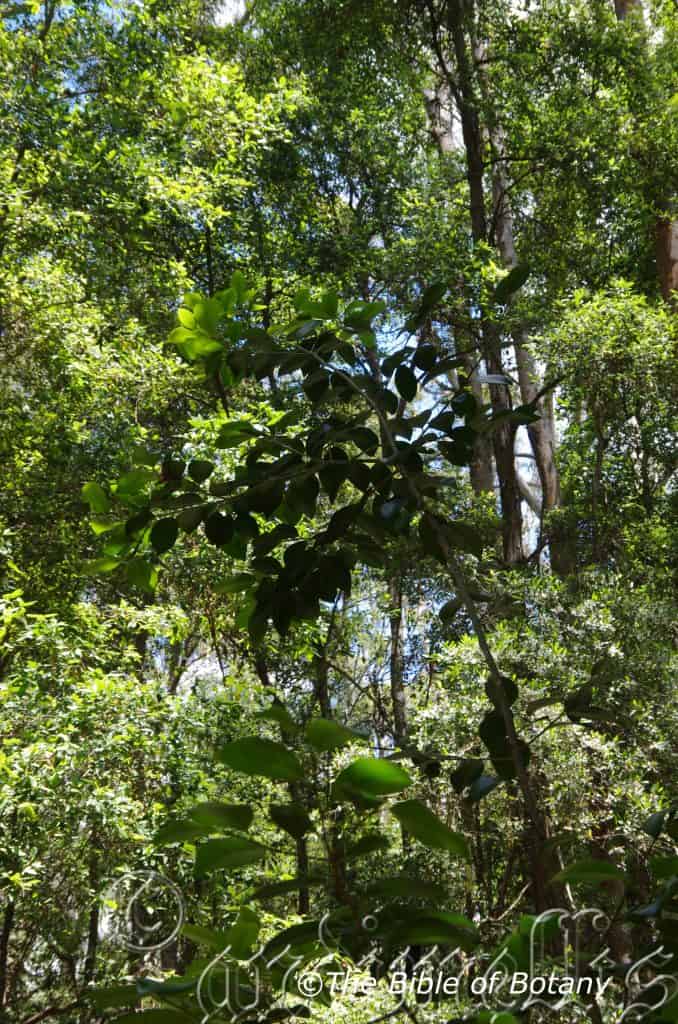
NCBG Coffs Harbour NSW

NCBG Coffs Harbour NSW
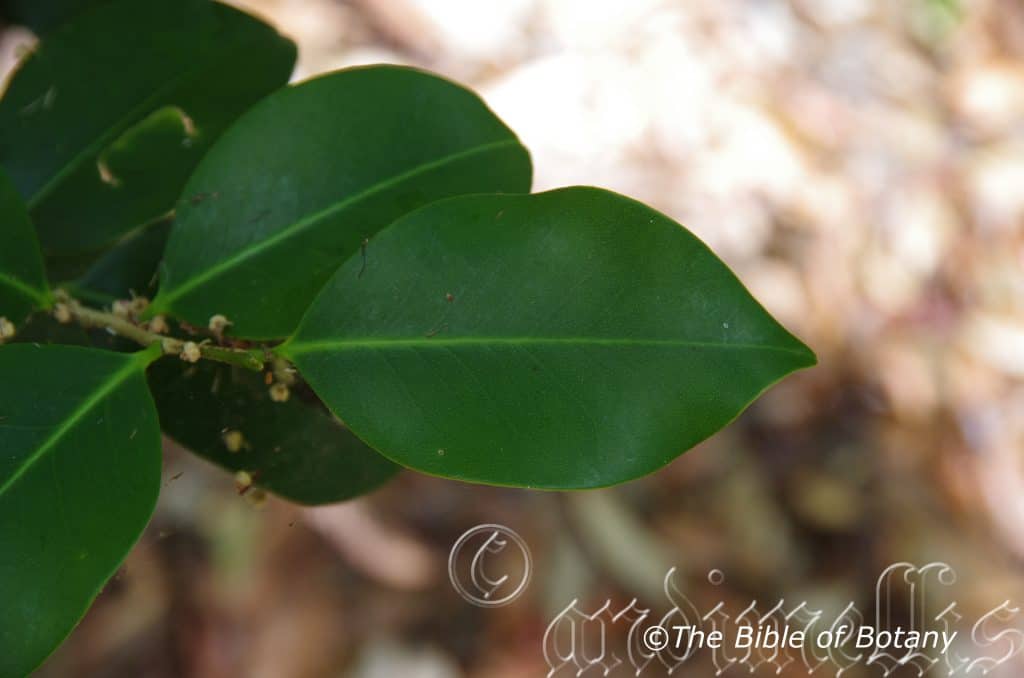
NCBG Coffs Harbour NSW
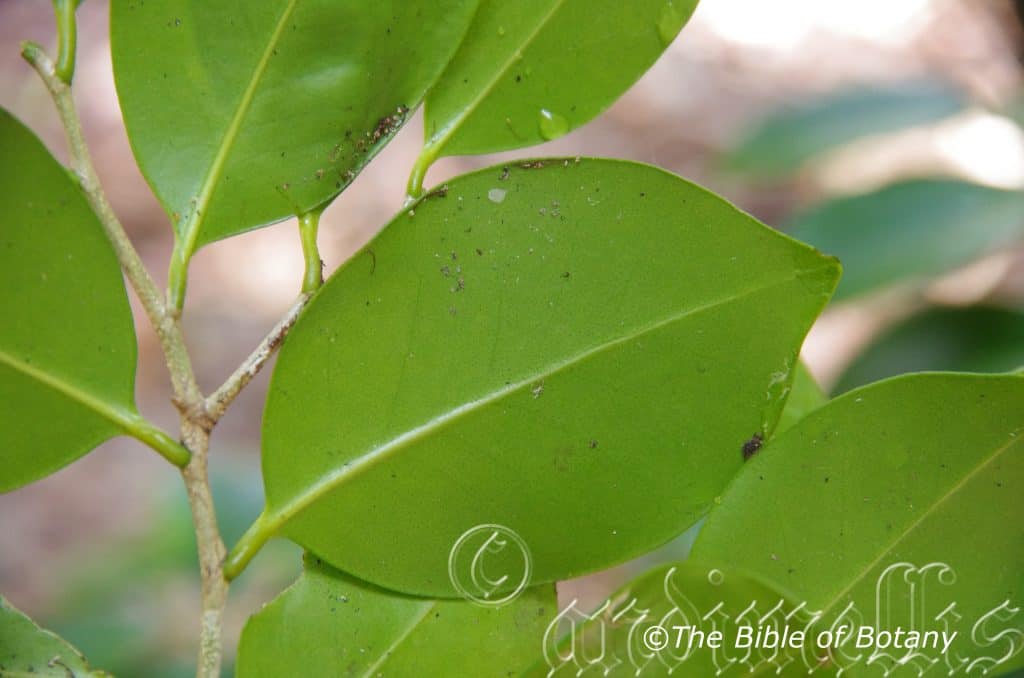
NCBG Coffs Harbour NSW
Coatesia paniculata
Classification:
Unranked: Eudicots
Class: Rosids
Order: Sapindales
Family: Rutaceae
Subfamily: Zanthoxyloideaea
Genus:Â From Coatesia, which is Ancient Greek for a lottery or by chance. It refers to the variability of the plants with some forming a single trunk, while others are multi trunked, and others grow with many branches from near the ground. What you get, can pot luck
Specie: From Paniculatus, which is Latin for a tuft or swelling. It usually refers to the flowers in a panicle being tightly packed.
Sub specie:
Common Name: Axe Breaker.
Distribution:
Coatesia paniculata is found south from Townsville in north eastern Queensland to Lismore in far north eastern New South Wales.
It is mainly found on the eastern side of the Great Dividing Range to the coast.
https://avh.ala.org.au/occurrences/search?taxa=Coatesia+paniculata#tab_mapView
Habitat Aspect Climate:
Aspect / Climate:
Coatesia paniculata prefers full sun to dappled shade. It grows in and adjacent to dry rainforest. The altitude ranges from 15 meters ASL to 900 meters ASL.
The temperatures range from minus 1 degree in July to 40 degrees in January and February.
The rainfall ranges from lows of 550mm to 1400mm average per annum.
Soil Requirements:
Coatesia paniculata prefers sandy loams, medium clays including gravelly clays, heavy silts, or basaltic soils. The soils are derived from decomposed brown basalt, black basalt, metamorphic rocks, laterites, sandstones, and limestone or alluvial. The soils pH ranges from 4.5pH to 8pH. It does not tolerate waterlogged soils. Non saline soils to slightly saline soils are tolerated.
Height & Spread:
Wild Plants: 4m to 12m by 3m to 5m
Characteristics:
Coatesia paniculata grows as a single or multi trunked small tree in the tropics and subtropics. The bark is a dull pale brown with a few lenticinels. Branchlets and stems are pale brown and moderately covered in lenticinels.
The simple, opposite, ovate or elliptic or obovate leaves of Coatesia paniculatameasure 30mm to 120mm in length by 15mm to 75mm in width. The terete petioles measure 5mm to 15mm in length. The bases are rounded, while the apexes are shortly acute or at times shortly accuminate. The flat, glabrous, discolourous laminas are deep, glossy green on the upper lamina and much paler on the lower lamina The leaf margins are entire with a very slight undulation. The paler mid vein is prominent on both laminas.
Inflorescences of Coatesia paniculataare compact panicles and measure 15mm to 90mm in length. The 5 cream sepals are glabrous, have fine white ciliate hairs and measure 0.8mm to 1.2mm in length. The 5 elliptical petals are white or rarely a very pale cream imbricate in bud and measure 1.5mm to 3mm in length. Coatesia paniculataflowers appear in April and May.
The 5, white stamens are opposite the petals and are shorter than the petals.
The ovoid compressed capsules of Coatesia paniculatahave 2 or 3 compartments. The beaked capsules measure 8mm to 10mm in length. There is a single blackseed in each compartment
Wildlife:
Coatesia paniculata’s wildlife is unknown to the author.
Cultivation:
Coatesia paniculata grows as a small tree or a medium multistemmed shrub. In cultivation it will grow from 2 meter to 3 meters by 2 meters to 3 meters in diameter when grown as a shrub in an open situation or taller to 8 meters as a single trunk tree.
On the downside is the fact that the trees foliage is dull and lacks any great attraction. It is a good idea to plant it amongst other plants with fine, pale glossy green foliage to make the foliage look bolder.
Two, three or four planted back from a bend will become a stronger focal point. They can be tip pruned if a smaller shrub is required.
Because of its hardiness, its wide variation in rainfall, drought hardiness and soil requirements Coatesia paniculatawould make a welcome addition on hard dry slopes.
Coatesia paniculata gave a consistent oil in which the principal components were -pinene (27mm-57mm) and caryophyllene (4mm-12mm). Geijera linearifolia gave a leaf oil dominated by spathulenol (10mm-17mm), geranyl acetate (4mm-9mm), bicyclogermacrene (3mm-6mm) and (E,E)-farnesol (23mm-30mm). Four chemotypes of Geijera parviflora were detected: (1) in which geijerene/pregeijerene and linalool predominated, (2) in which linalool and eudesmol predominated, (3) in which pinene and camphene predominated and (4) in which phloroacetophenone dimethyl ether predominated.
https://www.tandfonline.com/doi/abs/10.1080/10412905.2005.9698866?journalCode=tjeo20
Propagation:
Seeds: Coatesia paniculataseeds require no treatment before sowing. Sow the seeds into a seed raising mix and cover with 5mm of the mix. When the seedlings are 25mm to 50mm tall, prick them out and plant them into 50mm native tubes using a seed raising mix.
Once the seedlings reach 150mm to 200mm in height plant them out into their permanent position. Mass plantings can be achieved by planting them at 3 meter to 4 meter centers.
Further Comments from Readers:
Hi reader, it seems you use The Bible of Botany a lot. That’s great as we have great pleasure in bringing it to you! It’s a little awkward for us to ask, but our first aim is to purchase land approximately 1,600 hectares to link several parcels of N.P. into one at The Pinnacles NSW Australia, but we need your help. We’re not salespeople. We’re amateur botanists who have dedicated over 30 years to saving the environment in a practical way. We depend on donations to reach our goal. If you donate just $5, the price of your coffee this Sunday, We can help to keep the planet alive in a real way and continue to bring you regular updates and features on Australian plants all in one Botanical Bible. Any support is greatly appreciated. Thank you.
In the spirit of reconciliation we acknowledge the Bundjalung, Gumbaynggirr and Yaegl and all aboriginal nations throughout Australia and their connections to land, sea and community. We pay our respect to their Elders past, present and future for the pleasures we have gained.
Cochlospermum fraseri
Classification:
Unranked: Eudicots
Order: Mavales
Family: Cochlospermaceae
Genus: From Kokle, which is Ancient Greek for to twist and turn and Spermum, which is Ancient Greek for a seed. It refers to seeds which have a distinct spiralling twist like a cockle shell.
Specie: Is named in honour of Charles Fraser; 1787-1831, who was an Australian botanist and horticulturalist who was sent to Brisbane to collect vegetable products of the land.
Sub specie:
Common Name: Native Kapok.
Distribution:
Cochlospermum fraseri is found east from the Kimberleys to Halls Creek, the Ord River then north west to Kakadu National Park and north east of Oenpellii. It is also found on Melville, Bathurst Islands and other Islands of the Timor Sea.
It is common around Camooweal and Townsville in northern Queensland. It is unclear whether the plants around Townsville are naturally found in the area or garden escapees.
https://avh.ala.org.au/occurrences/search?taxa=Cocklospermum+fraseri#tab_mapView
Habitat Aspect Climate:
Cochlospermum fraseri prefers full sun to very light dappled shade. It grows on river flats, open Eucalyptus savannahs, open woodland savannahs ridges or steep slopes. The altitude ranges from 5 meters ASL to 550 meters ASL.
The temperatures range from 10 degrees in July to 46 degrees in January.
The rainfall ranges from lows of 400mm to an average of 3000mm annually.
Soil Requirements:
Cochlospermum fraseri prefers skeletal to shallow red sands to medium clays, gravelly clays. The soils are derived from decomposed sandstone, shales basalts and laterite loams. The soils pH ranges from 5pH to 7pH are preferred. It does not tolerate waterlogged soils though seasonal inundations may occur along creeks and rivers during periods during high run off. Non saline soils to very saline soils are tolerated. Cocklospermum fraseri is usually found on flatter terrain than Cocklospermum gillivraei and where the soils may contain less rock.
Height & Spread:
Wild Plants: 2m to 8m by 2m to 6m. SGAP indicate it can grow to 20 meters around Townsville.
Characteristics:
Cochlospermum fraseri’s trunk is a short bole with a pale grey bark. It is slightly flaky on the trunk becoming scabrous on the larger branches. The new growth and juvenile branchlets are a pale olive green glabrous with persisent stipules.
Cochlospermum fraseri’s palmate leaves are shallowly lobed. The leaves measure 120mm to 250mm in length by 130mm to 260mm in width. The 5 obtuse to lobes measure 35mm to 150mm in length by 15mm to 40mm in width with the center lobe being the longest. The base is truncate while the apex is broad acute to broad acuminate. The concolourous laminas are dull grey green and covered in white pulverulent hairs. The laminas are flat. The palmate veins are prominent on the lower lamina and clearly visible from the upper laminas. The margin is serrate. Stipules are narrow triangular and measure 2mm to 4mm in length. Petioles are 60mm to 100mm in length. New growth is a pale grey-green. The trees are deciduous during the dry season.
The inflorescences of Cochlospermum fraseri are produced on erect loose terminal panicles when the tree is deciduous or nearly so or when it is just about to re shoot. There are 8 to 30 flowers on a panicle. The flowers measure 60mm to 80mm in diameter. The 5 broad ovate petals have a deep emarginated or obtuse apex and measure 30mm to 45mm in length by 27mm to 40mm across. They are a brilliant silky yellow or pale creamy yellow. The stamens which number 60 to 100 have yellow filaments and anthers. They measure 8mm to 10mm in length with the anthers curving back towards the center of the flower. The pedicel is 15mm to 22mm in length. The flows appear from May to September.
Cochlospermum fraseri fruits are large ovoid to ellipsoidal capsules with an obtuse apex. The green capsules dry to a grey-brown, are striated longitudinally and are coriaceous to woody in texture. They measure 70mm to 90mm in length by 50mm to 75mm in diameter before splitting into 5 longitudinally lobes to expose the cottony fibre and deep brown to brown-black seeds.
The ovoid-reniform seeds are somewhat flattened and are attached to the long threads of cotton. The wind dispersed seeds are 3mm to 5mm in length by 3mm to 4mm diameter.
Wildlife:
The Red Wing parrot, Aprosmictus erythropterus consumes large amounts of seed during the period when seeds are being dispersed.
The flowers and roots are edible with the flowers being rather mucilaginous and difficult to chew but are sweet and very high in vitamin C according to the Australian Defence Force.
Cultivation:
The inflorescence of Cochlospermum fraseri are something to behold when in bloom. Nothing compares to the brilliant yellows on a backdrop of red sandstone cliffs or the straw coloured fields in open woodlands closer to the coast.
Cochlospermum fraseri is a magnificent small tree or medium shrub for the small suburban garden or large properties which lay across the vast interior. It is moderately fast growing given a little of water and warmth.
The tree is very susceptible to the cold and I have lost trees that were 700 mm in height with a very large tap root in Grafton despite being frost free. Rockhampton is probably as far south as it could be successfully grown. Trees start flowering from 3 years to 5 years. The tree must be grown in warm semi-arid or on very well drained slopes and in cultivation the trees will grow from 4 meters to meters in height by 4 meters to 5 meters in diameter.
Place it near old stumps and roots to make the stumps or roots look larger. Select an area of ground and let your hair down and be imaginative and this is the plant that may just change your life. Remember this plant is rather large for this type of garden so be sparingly with the other plants when planting and remember that deserts are rolling flat plains not steep hills so it is best to use a gentle slope or a basin with a small pool at the bottom. A billabong affect is the go, not a waterfall or cascades.
It makes an ideal feature plant in rockeries. Imagine using it where red flowering Grevillea specie or other red flowering prostrate plants can be seen in mass planted below. Another interesting prospect would be to place several plants where a back drop of small to medium Australian native Eucalyptus specie have been planted and can be seen with all its various deep green foliage, beneath them are the grevillea specie. This would make a very pleasant but spectacular mosaic mural. Do not use it with plants that have similar size leaves or larger as the foliage from these shrubs will overpower the leaves of Cochlospermum fraseri and diminish the spectacular flowering display.
Propagation:
Seeds: Cochlospermum fraseri seeds can be sown directly into a seed raising mix. Place the trays in a warm sunny position. When the seedlings reach 60mm to 70mm prick them out and plant them into 50mm native tubes and a good open seed raising mix.
Once the seedlings reach 200mm to 300mm in height plant them out into their permanent position. For mass plantings plant them at 6 meter to 10 meter centers. They would make ideal driveway trees in central Australia where they can be planted at 5 meter centers.
Fertilize using Seaweed, fish emulsion or organic chicken pellets soaked in water on an alternate basis. Fertilize every two months until the plants are established then annually with a deep watering in early September or March to maintain health, vitality and better flowering.
Further Comments from Readers:
Hi reader, it seems you use The Bible of Botany a lot. That’s great as we have great pleasure in bringing it to you! It’s a little awkward for us to ask, but our first aim is to purchase land approximately 1,600 hectares to link several parcels of N.P. into one at The Pinnacles NSW Australia, but we need your help. We’re not salespeople. We’re amateur botanists who have dedicated over 30 years to saving the environment in a practical way. We depend on donations to reach our goal. If you donate just $5, the price of your coffee this Sunday, We can help to keep the planet alive in a real way and continue to bring you regular updates and features on Australian plants all in one Botanical Bible. Any support is greatly appreciated. Thank you.
In the spirit of reconciliation we acknowledge the Bundjalung, Gumbaynggirr and Yaegl and all aboriginal nations throughout Australia and their connections to land, sea and community. We pay our respect to their Elders past, present and future for the pleasures we have gained.

Castle Hill Townsville Qld.
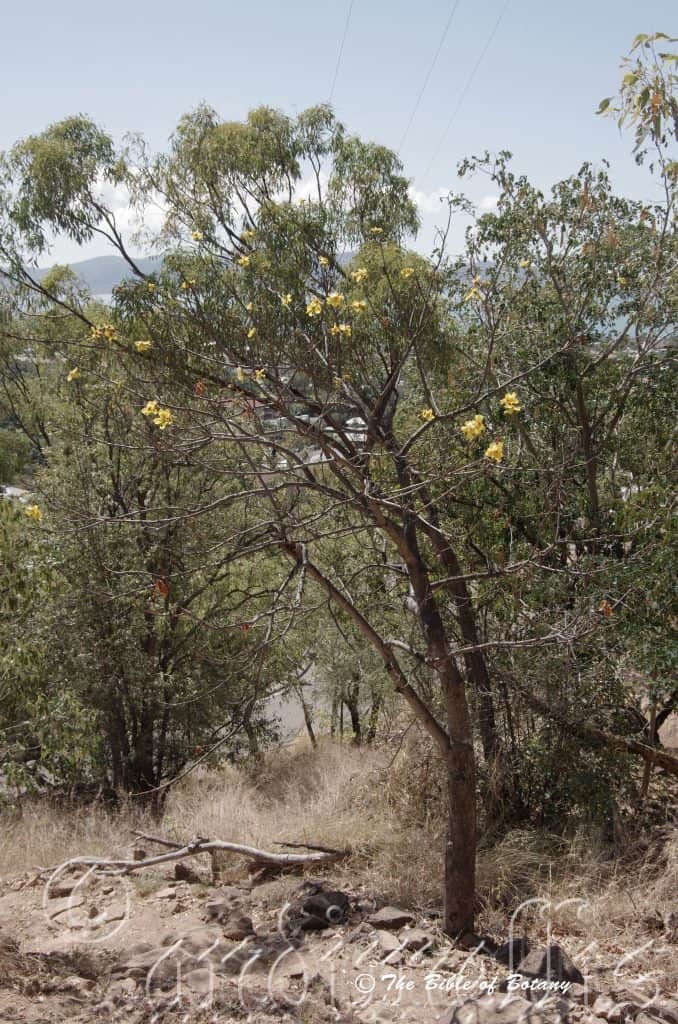
Castle Hill Townsville Qld.
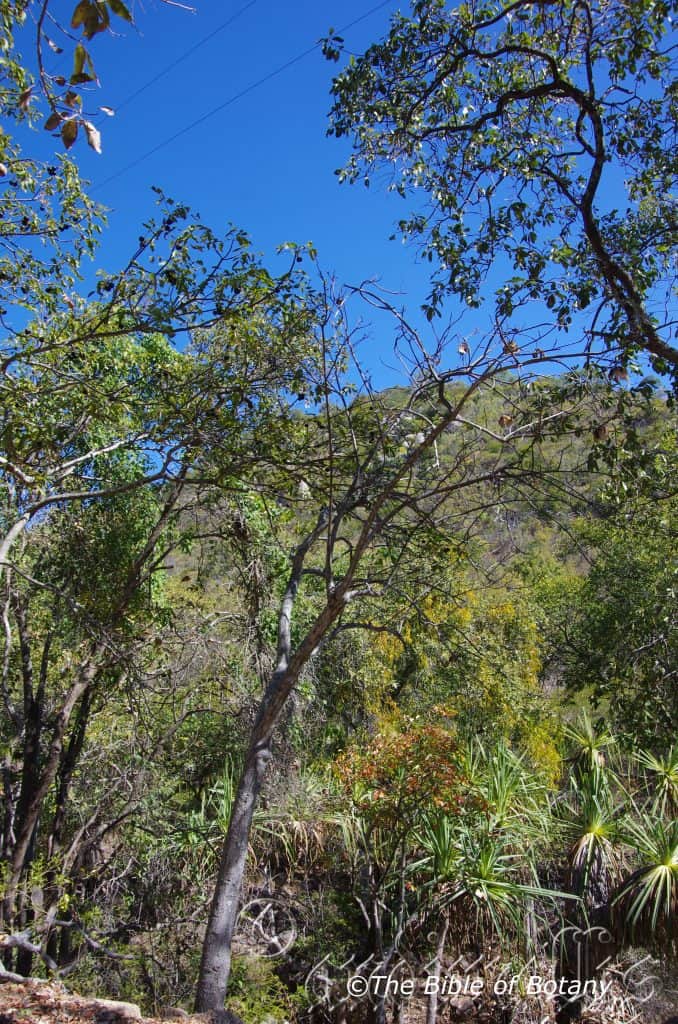
Castle Hill Townsville Qld.

Castle Hill Townsville Qld.
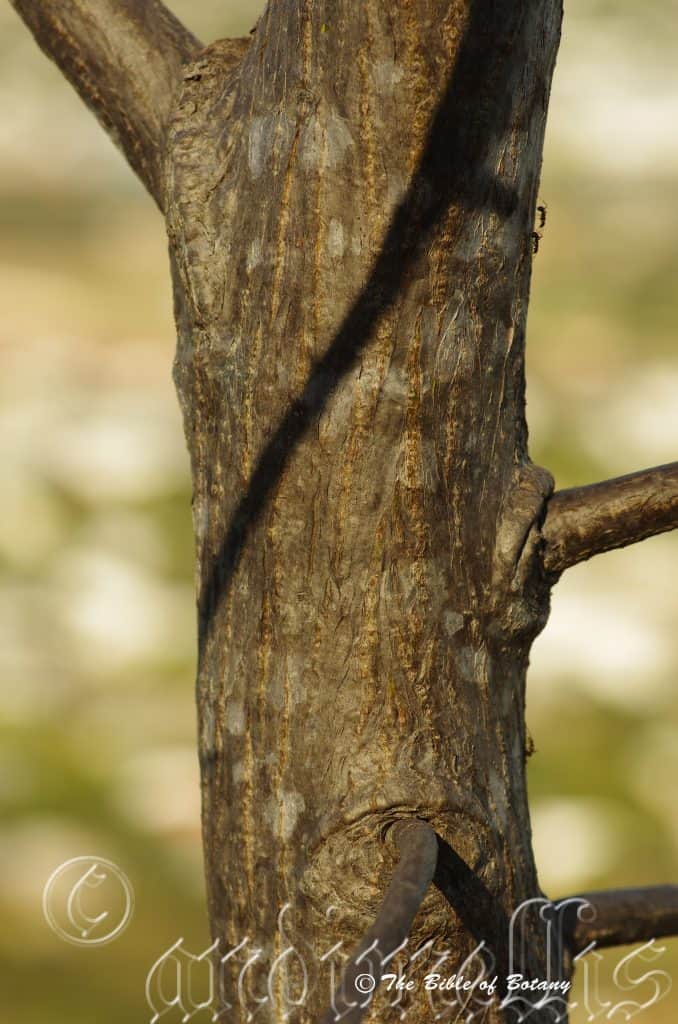
Castle Hill Townsville Qld.
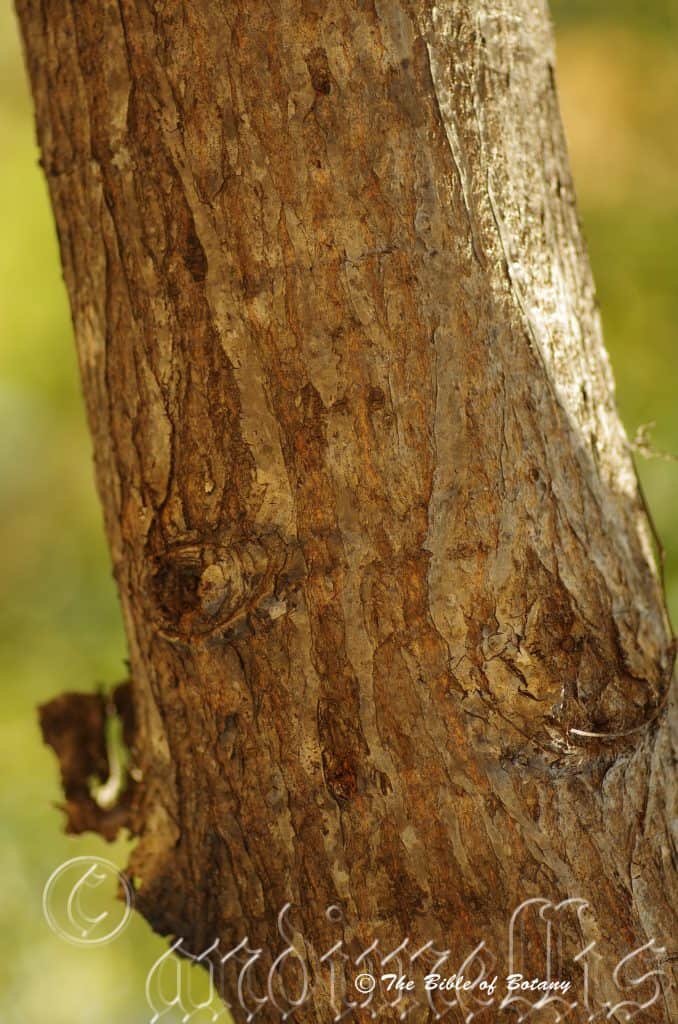
Castle Hill Townsville Qld.
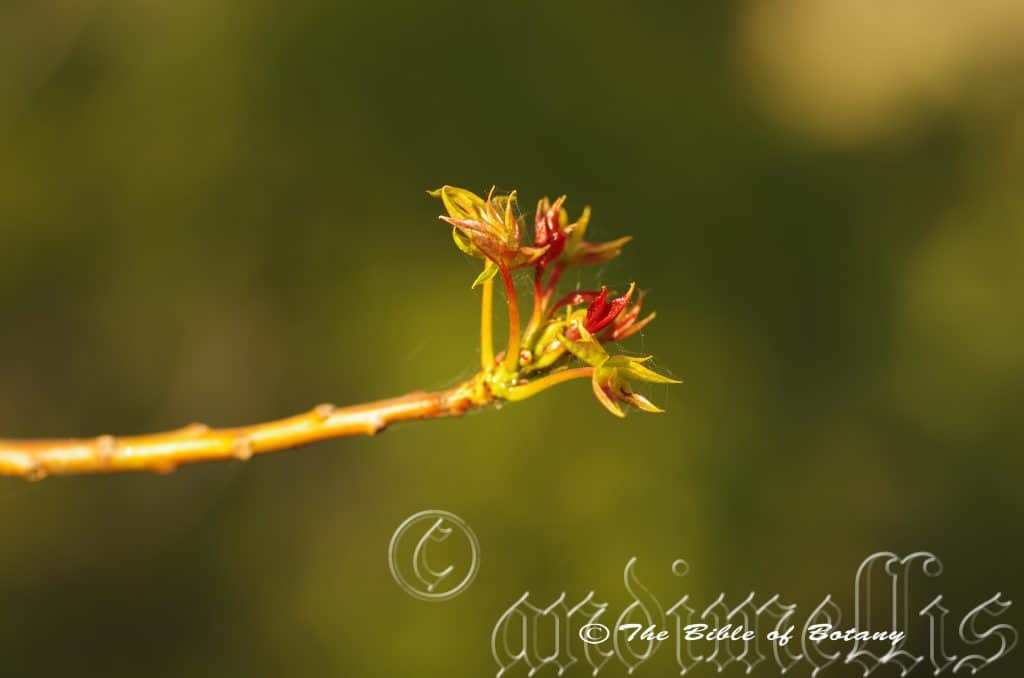
Castle Hill Townsville Qld.
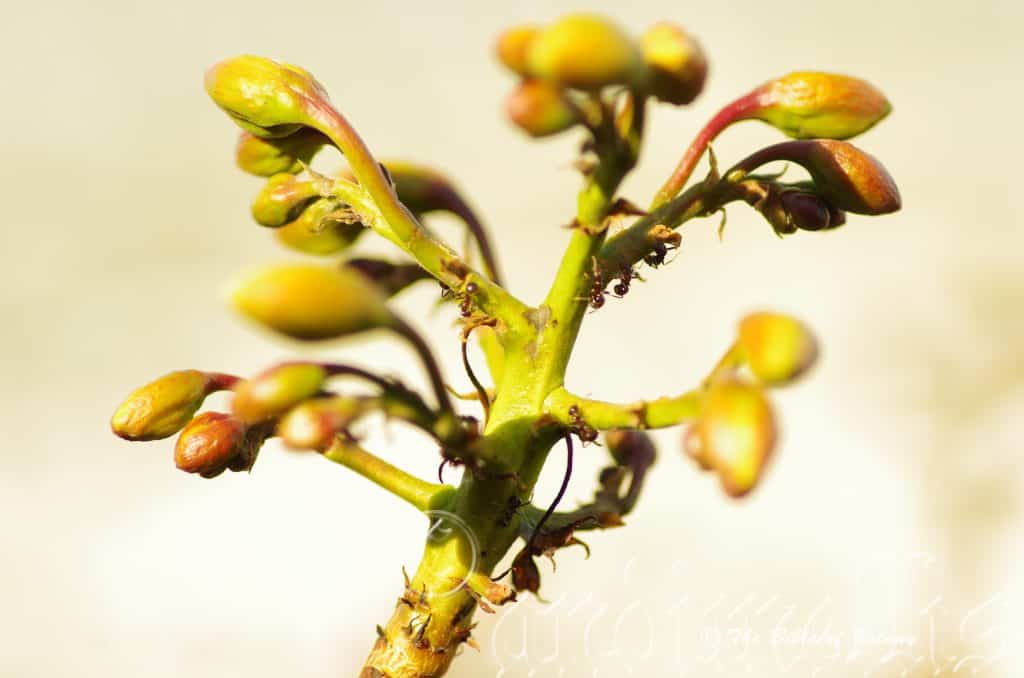
Castle Hill Townsville Qld.
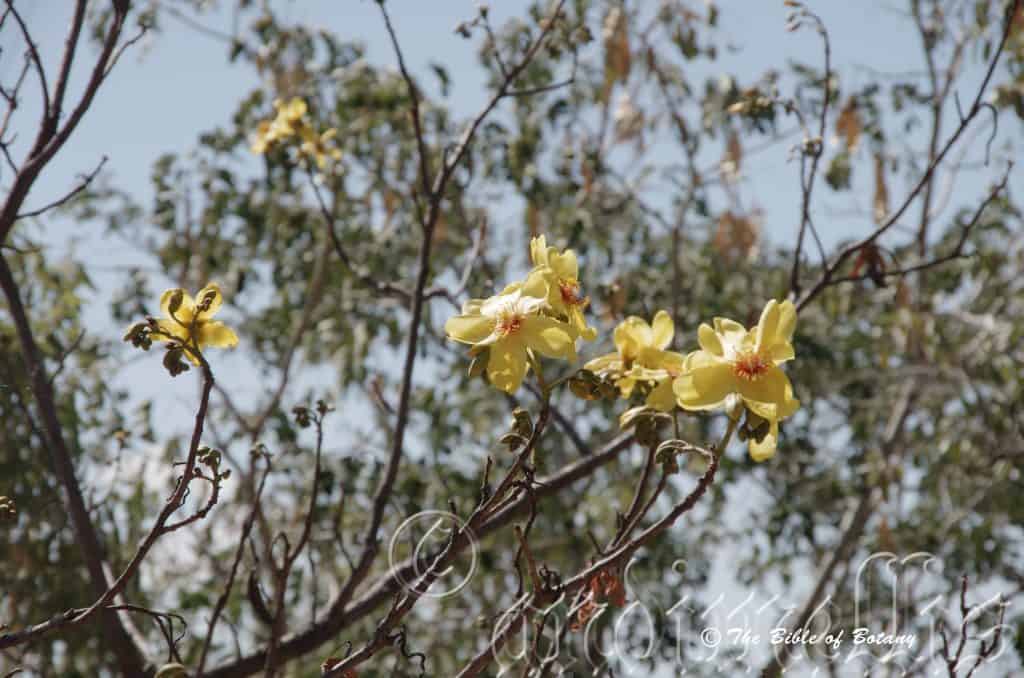
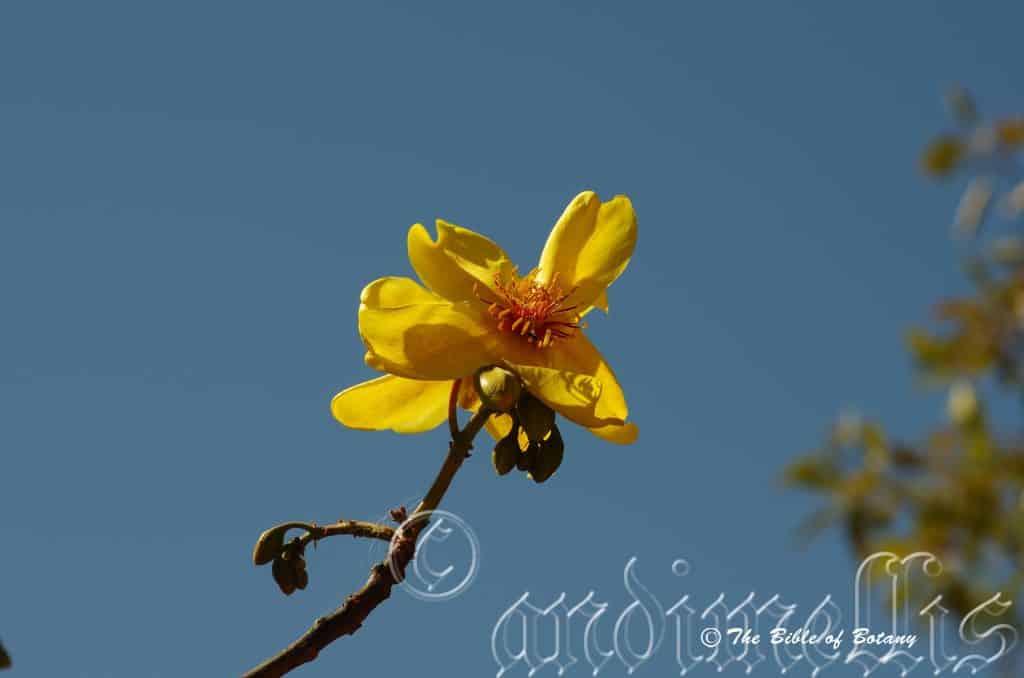

Castle Hill Townsville Qld.
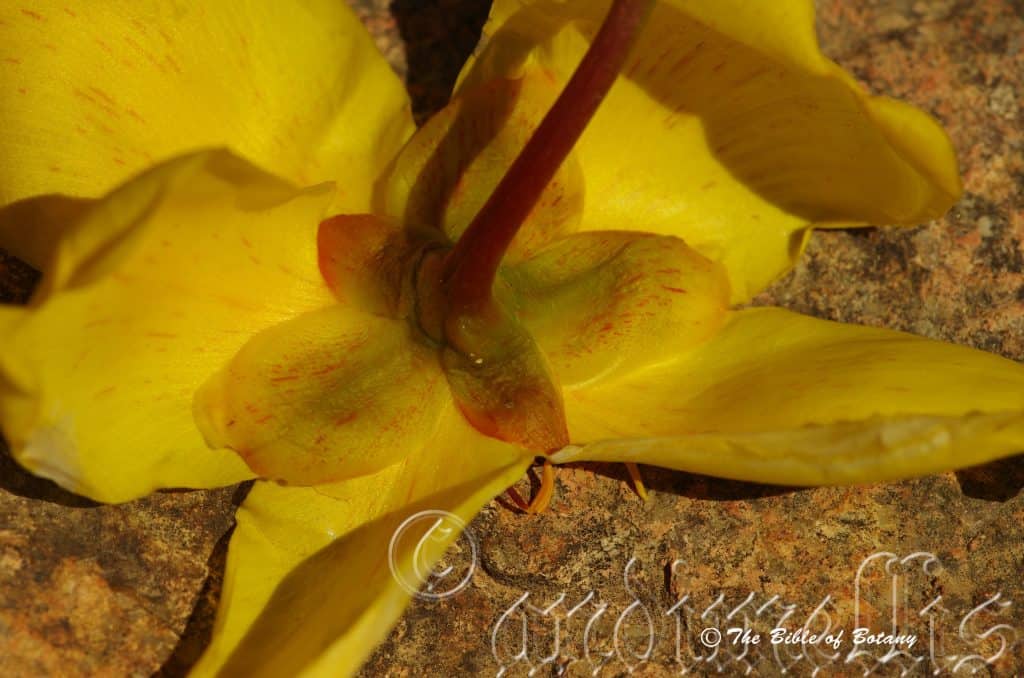
Castle Hill Townsville Qld.

Castle Hill Townsville Qld.

Castle Hill Townsville Qld.
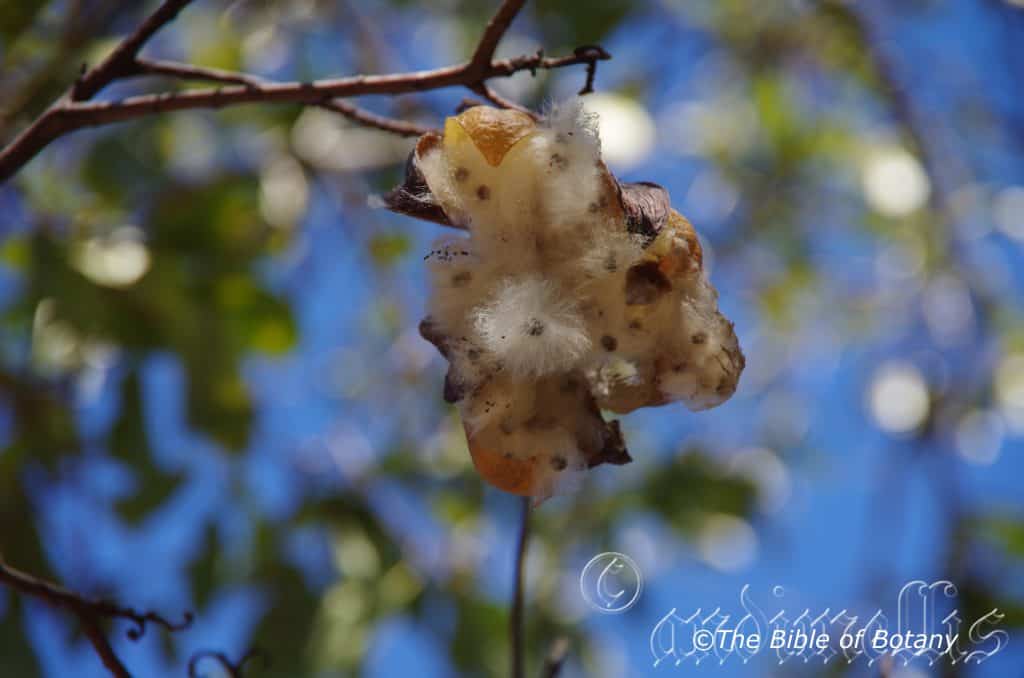
Castle Hill Townsville Qld.
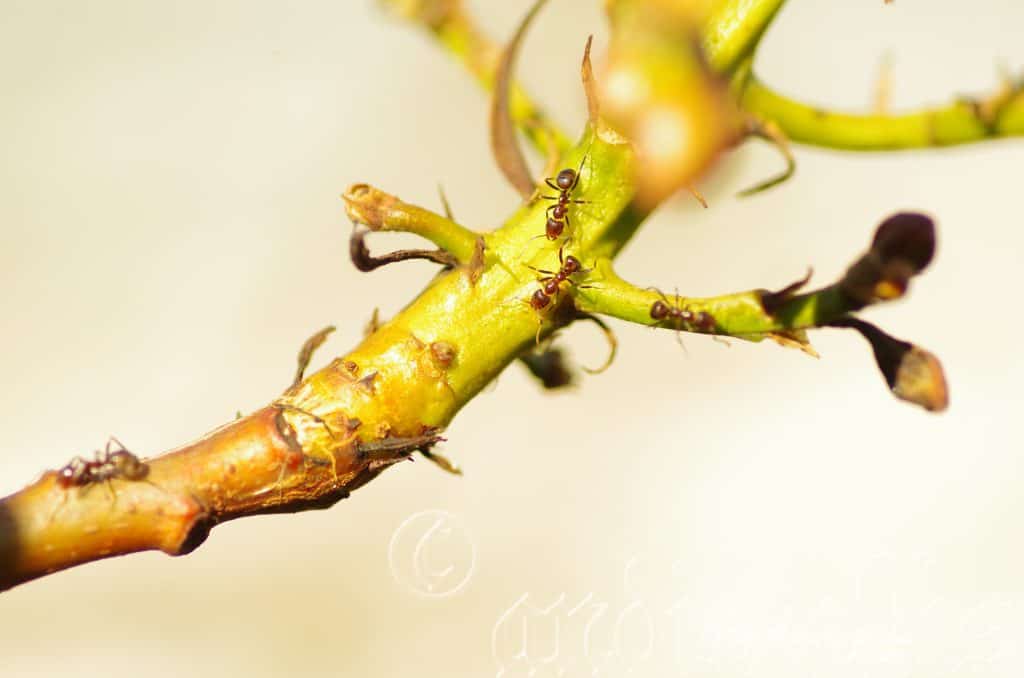
Castle Hill Townsville Qld.
Cochlospermum gillivraei
Townsville Floral Emblem
Classification:
Unranked: Eudicots
Order: Malvales
Family: Cochlospermaceae
Subfamily: Rauvolfiodeae
Genus: From Kokle, which is Ancient Greek for to twist and turn and Spermum, which is Ancient Greek for a seed. It refers to seeds which have a distinct spiralling twist like a cockle shell.
Specie: Is named in honour of John MacGillivray; 1821-1867, who was a Scottish born Australian naturalist.
Sub specie:
Common Name: Native Kapok.
Distribution:
Cochlospermum gillivraei is found north and east of a line from Bathurst Melville Island in the north west of the Northern Territory to Edith Springs and Georgetown in north western Queensland and south from the Torres Straight Islands to Edgecombe Bay on the coast and in northern Queensland and in the northern sector of the Northern Territory including many of the Gulf Islands and Torres Straight Islands.
https://avh.ala.org.au/occurrences/search?taxa=Cocklospermum+gillivraei#tab_mapView
Habitat Aspect Climate:
Cochlospermum gillivraei prefers full sun to very light dappled shade. It grows on river flats, open Eucalyptus savannahs, open woodland savannahs, dry rainforests or monsoonal forests. The altitude ranges from 5 meters ASL to 170 meters ASL.
Temperatures range from 8 degrees in July to 40 degrees in January.
Rainfall ranges from lows of 450mm to an average of 3000mm annually.
Soil Requirements:
Cochlospermum gillivraei prefers skeletal to shallow red sands to medium clays, gravelly clays. The soils are derived from decomposed sandstone, shales basalts and laterite loams. The soils pH ranges from 5pH to 6.5pH are preferred. It does not tolerate waterlogged soils though seasonal inundations may occur along creeks and rivers during periods during high run off. Non saline soils to very saline soils are tolerated. Cocklospermum fraseri is usually found on flatter terrain than Cocklospermum gillivraei and where the soils may contain less rock.
Height & Spread:
Wild Plants: 3m to 12m by 3m to 10m.
Characteristics:
Cochlospermum gillivraei’s trunk is a short bole with a pale grey glabrous bark. The juvenile branchlets are a light grey, glabrous.
Cochlospermum gillivraei’s palmate leaves are deeply lobed. They measure 50mm to 150mm in length by 75mm to 180mm in width with the center lobe being the longest while the 2 base lobes being the shortest. The 5 variable, lanceolate to elliptical lobes measure 65mm to 115mm in length by 15mm to 40mm in width. The base is broadly cordate while the apexes are acute. The concolourous laminas are a pale lime-green to grass-green, dull and glabrous. The laminas recurve slightly upwards from the mid vein to the margins while the margins are serrate finely toothed. The 2 stipules are narrow triangular and measure 2mm to 4mm in length. The deep red to burgundy-red petioles measure 40mm to 80mm in length. New growth is bright glossy green with a burgundy tinge. The trees are deciduous during the dry season from July to October.
The inflorescences of Cochlospermum gillivraei are panicles born from the terminals when the tree is deciduous or nearly so or when it is just about to re shoot. There are 12 to 30 individual flowers on a panicle. The flowers measure 70mm to 100mm in diameter. The 5 broad ovate to obovate petals have a deep emarginate apex and measure 40mm to 55mm in length by 27mm to 35mm across. The petals are brilliant almost glossy or silky yellow with very fine, pale pink dots and streaks on the inner surfaces.
The 60 to 80 filaments are scarlet red while the oblong anthers are greenish-yellow. The anthers recurve back towards the center of the flower from the divaricate filaments. The filaments measure 10mm to 12mm in length while the anthers measure 2mm to 3mm in length. The pedicel measures 20mm to 30mm in length. The Flowers appear from August to late October.
Cochlospermum gillivraei fruits are large ovoidal capsules with a rounded base and obtuse apex. The green capsules turn deep brown, coriaceous to woody when ripe. There is a longitudinal ridge next to where the capsules will split. They measure 65mm to 95mm long by 35mm to 65mm wide before splitting into 4 or 5 longitudinally strips to expose the cottony fibre covering the black seeds. The testa is glabrous externally while the inner surface has long brown hairs.
The ovoid seeds are somewhat flattened and are attached to the long threads of cotton. The wind dispersed seeds measure 3mm to 5mm in length by 3mm to 4mm in width.
Wildlife:
The Red Wing parrot, Aprosmictus erythropterus consumes large amounts of seed during the period of seed dispersal.
Cultivation:
The inflorescence of Cochlospermum gillivraei are something to behold when in bloom. Nothing compares to the brilliant yellow flowers on a backdrop of red sandstone cliffs, a sky blue sky or the ocean when blooming.
Cochlospermum gillivraei is magnificent small tree for the small suburban garden or large properties which lay across the warm semi-arid interior of Australia. It is moderately fast growing given a little bit of water and warmth.
The tree is very susceptible to the cold. I tried growing the species a few years back at The Pinnacles near Grafton and by winters end it had succumbed to the cold when temperatures did not go below 4 degrees. Trees start flowering from 4 years of age but I have heard of trees flowering at 3 years of age.
It makes ideal feature plant in rockeries. Try planting 1, 2 or 3 out in a large hot sunny rockery. Now beneath them are small growing red flowering annuals timed to flower at the same time. Another method would be to interplant them with small red flowering Grevillea. My idea would be to mix it with Grevillea banksii var. foster and other small Grevillea with red flowers to give a strong contrast in foliage during late winter through to early spring when the red flowering Grevillea specie and the strong bright yellow flowers of Cochlospermum gillivraei would be a great contrast. Another interesting prospect would be to place several plants where a back drop of small to medium Australian native Eucalyptus specie have been planted and can be seen with all their various deep green foliage, beneath them are the Grevillea specie. This would make a very pleasant but spectacular mosaic mural. Do not use it with plants that have similar size leaves or larger as the foliage from these shrubs will overpower the leaves of Cochlospermum gillivraei and diminish the spectacular flowering display.
It should be tried at least as far south as Maryborough on drier type soils.
Propagation:
Seeds: Cochlospermum gillivraei seeds can be sown directly into a seed raising mix. Place the trays in a warm sunny position and keep moist not wet. When the seedlings reach 60mm to 70mm prick them out and plant them into 50mm deep native tubes in the north or 75mm tubes further south where they are to be held over the winter months. The trees develop a strong tap root in their early life so a deep tube is required. Use a well-drained good quality open seed raising mix.
Once the seedlings reach 200mm to 300mm in height plant them out into their permanent position. For mass plantings plant at 6 meter to 10 meter centers depending on the feature wanted or the area they are being planted in. Harsher conditions in central Australia can even be planted at 5 meter centers.
Fertilize using Seaweed, fish emulsion or organic chicken pellets soaked in water on an alternate basis. Fertilize every two months until the plants are established then annually with a deep watering in early September or March to maintain health, vitality and better flowering.
Further Comments from Readers:
Hi reader, it seems you use The Bible of Botany a lot. That’s great as we have great pleasure in bringing it to you! It’s a little awkward for us to ask, but our first aim is to purchase land approximately 1,600 hectares to link several parcels of N.P. into one at The Pinnacles NSW Australia, but we need your help. We’re not salespeople. We’re amateur botanists who have dedicated over 30 years to saving the environment in a practical way. We depend on donations to reach our goal. If you donate just $5, the price of your coffee this Sunday, We can help to keep the planet alive in a real way and continue to bring you regular updates and features on Australian plants all in one Botanical Bible. Any support is greatly appreciated. Thank you.
In the spirit of reconciliation we acknowledge the Bundjalung, Gumbaynggirr and Yaegl and all aboriginal nations throughout Australia and their connections to land, sea and community. We pay our respect to their Elders past, present and future for the pleasures we have gained.
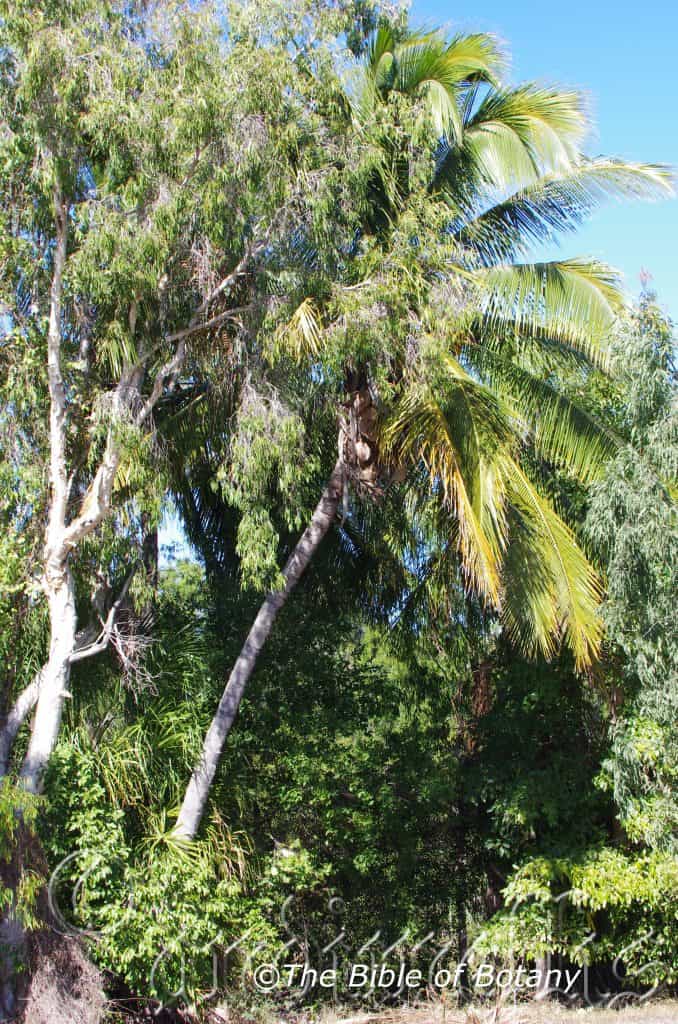
Townsville Qld.
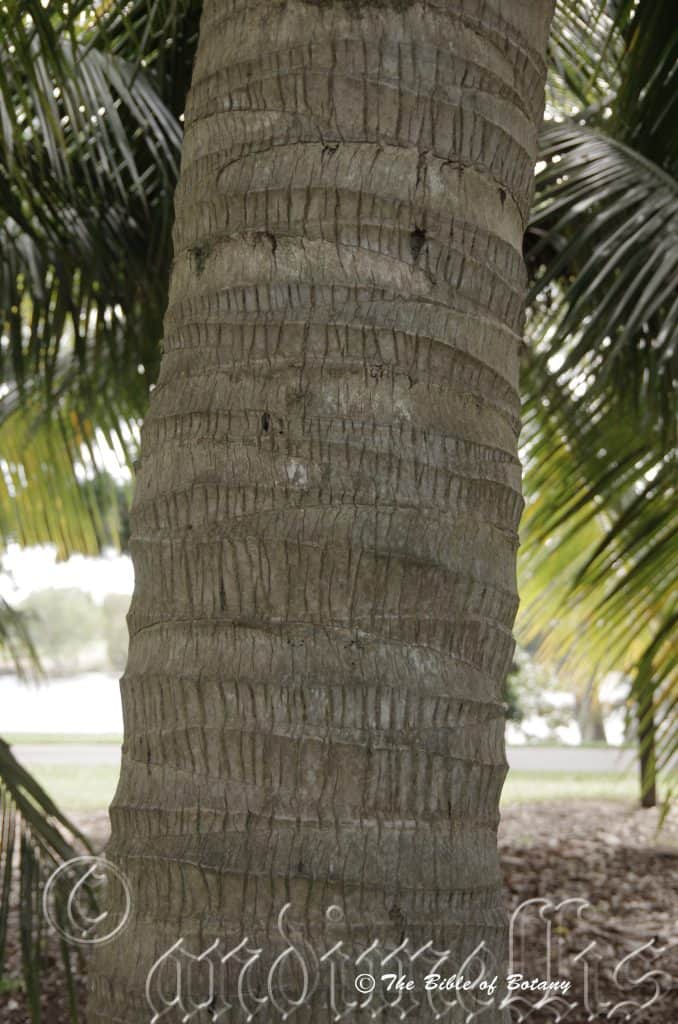
Townsville Qld.
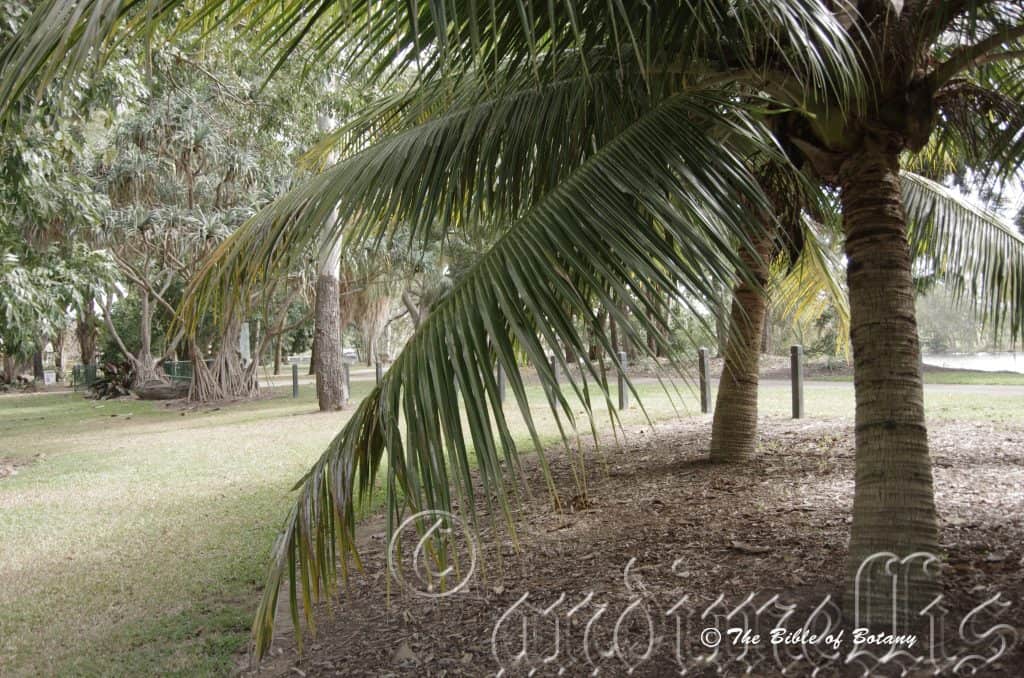
Townsville Qld.
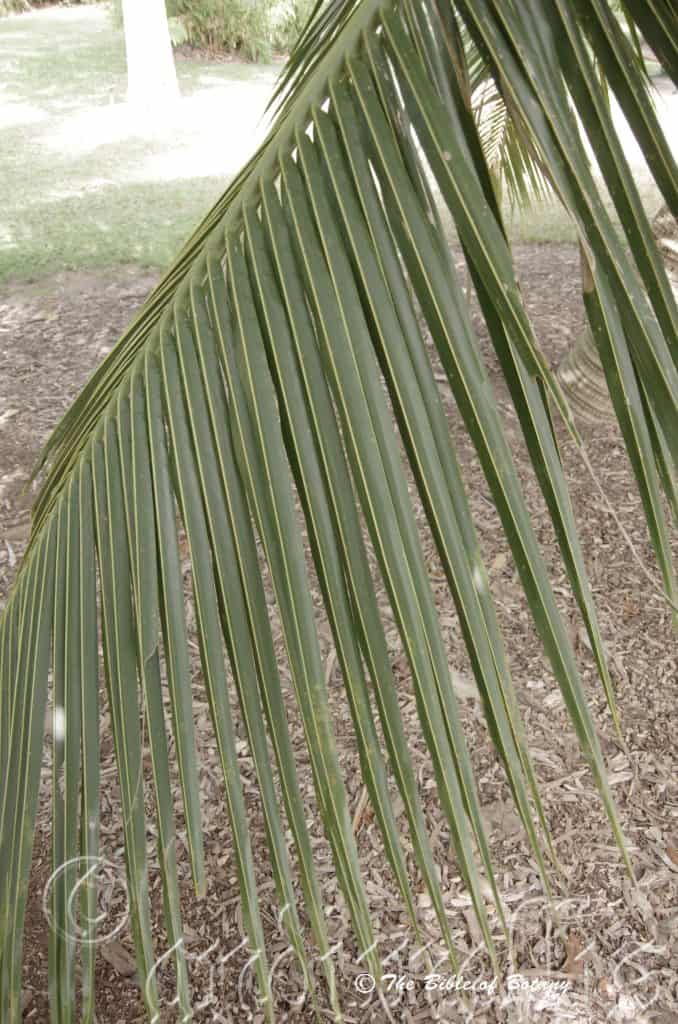
Townsville Qld.
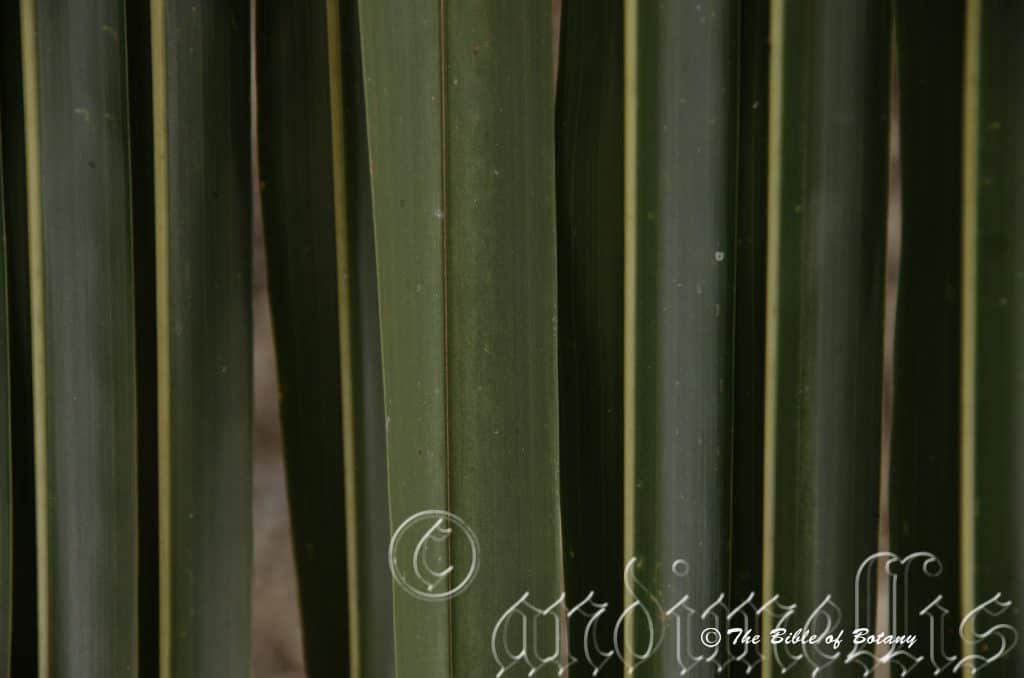
Townsville Qld.

Townsville Qld.
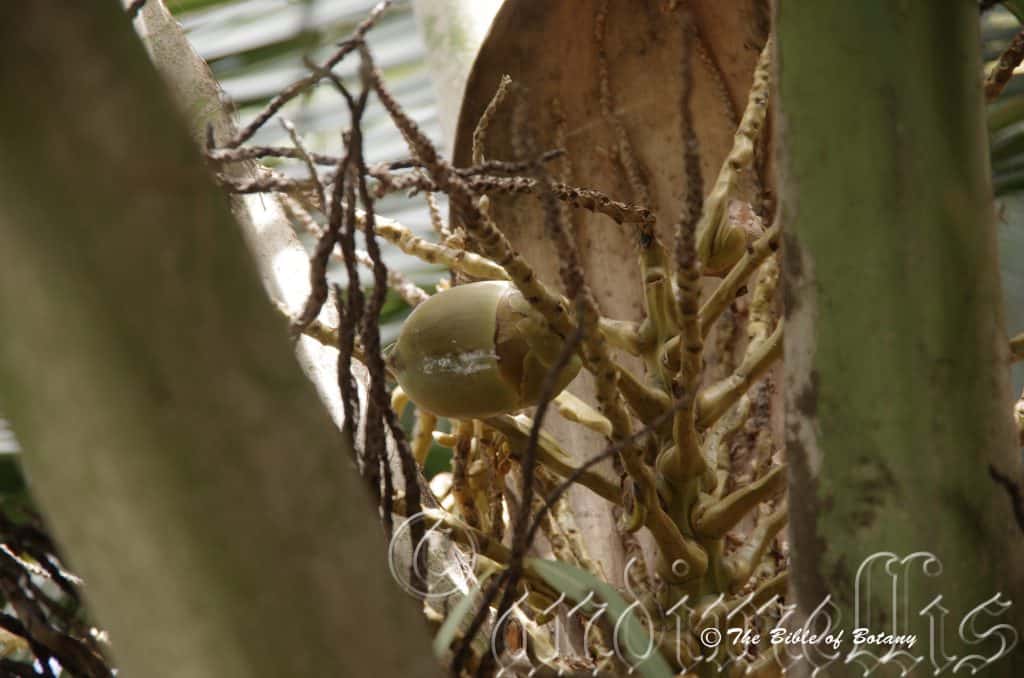
Townsville Qld.
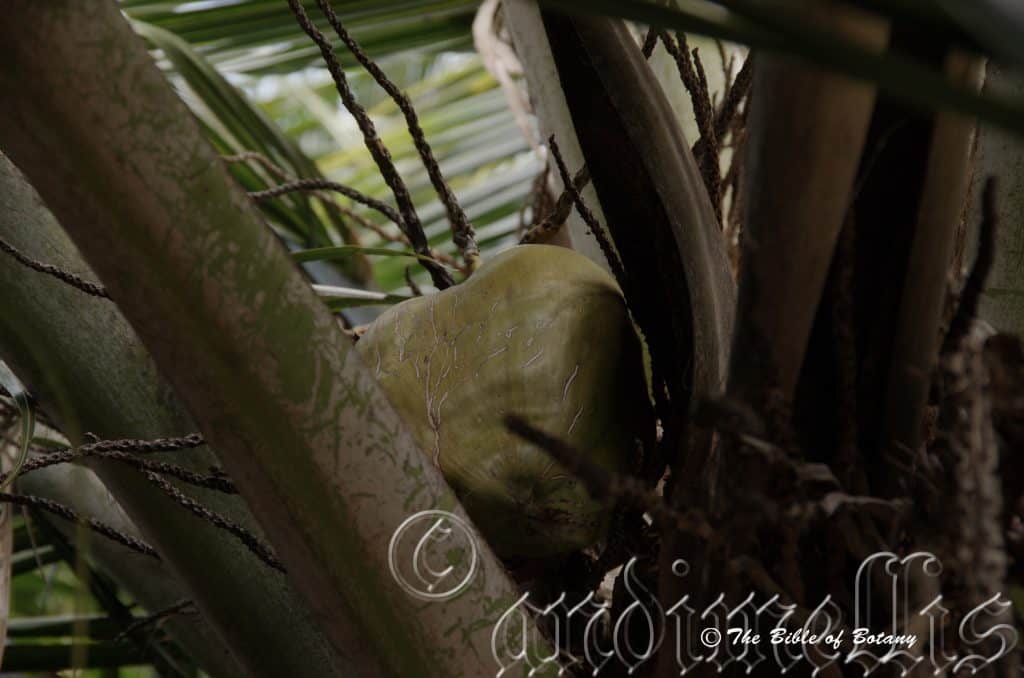
Townsville Qld.

Townsville Qld.
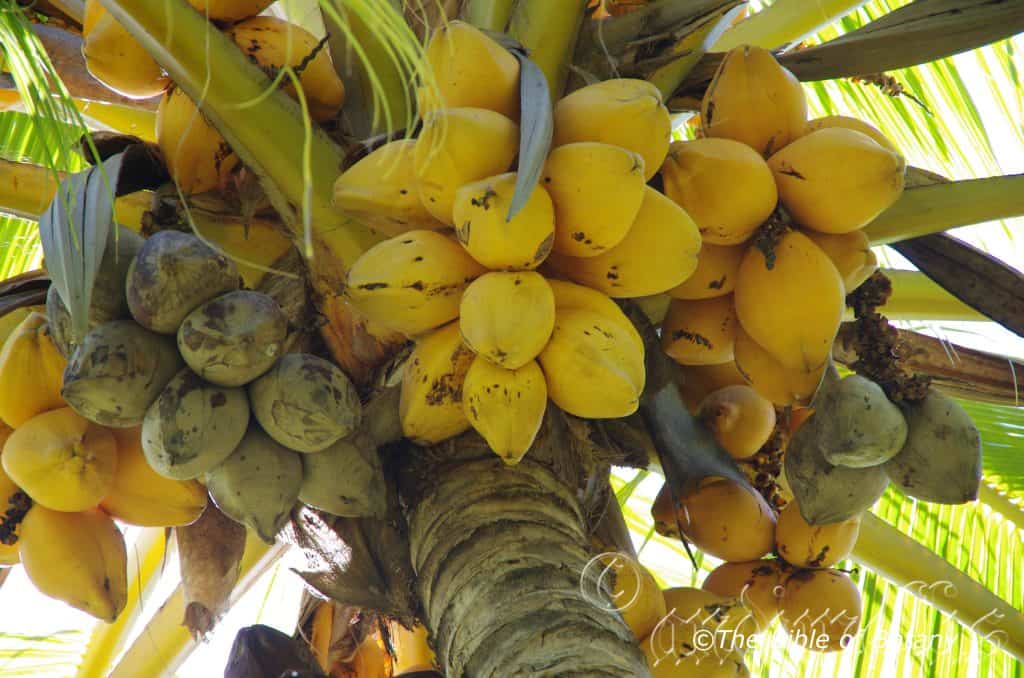
Townsville Qld.
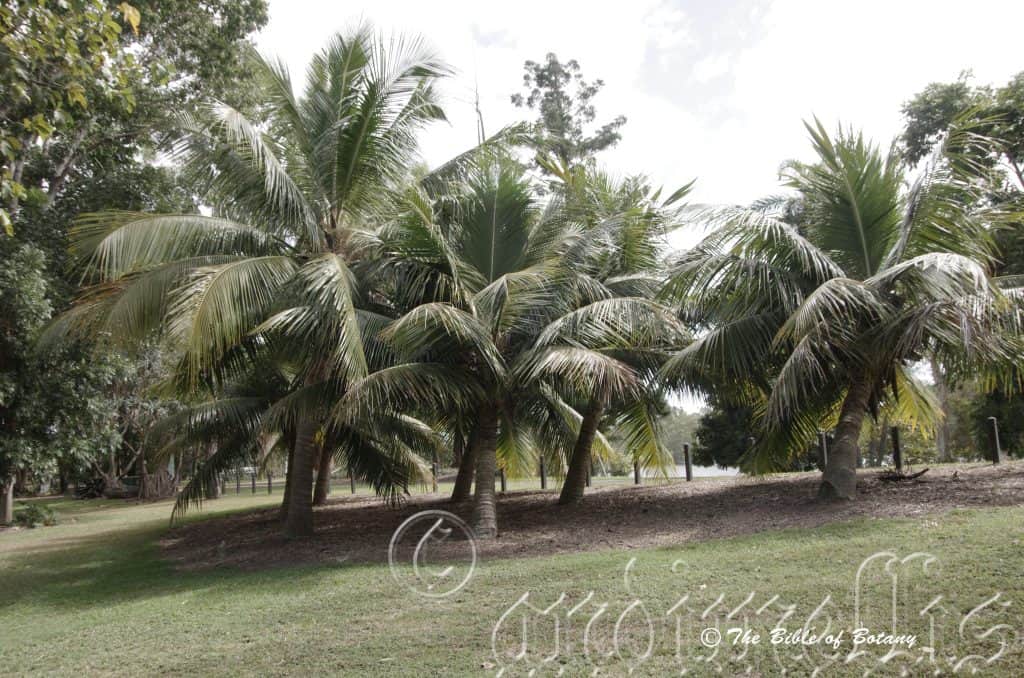
Anderson Gardens Townsville Qld.
Cocos nucifera
Classification:
Unranked: Monocots
Unranked: Commelinids
Order: Arecales
Family: Arecaceae
Subfamily: Arecoideae
Tribe: Cocoeae
Genus: From Coco, which is Portugese for to grimace. It refers to the three holes on the end of the seeds which look like a person grimacing.
Specie: From Nuci, which is Latin for a nut and Ferae/Ferrum which is Latin for to bear. It refers to fruits, which contain a nut.
Sub specie:
Common Name: Coconut Palm.
Niu, Kunga around the Lockhart River, Warraber or Warraper.
Distribution:
Cocos nucifera is found from near Cairns in far north Queensland north to the tip of Cape York Peninsular along the coast and some coastal estuaries. On the western side of Cape York, it is found as far south as Pompuraaw. There are reports of natural populations being as far south as north Fraser Island and Point Lookout on Stradbroke Island, however these seem to be too far south of the normal distribution and maybe remnant plantings from past colonies. I can vouch though that the Stradbroke Island plants at Point Lookout were mature and producing fruit back in the mid 1960’s, with locals saying they had been there as long as they can remember, which would place them there at least at the turn of the century.
It is almost pantropical and in our area it is found from Indo China, Thailand, Vietnam, Malaysia, Philippines, Singapore, Indonesia, New Guinea, Solomon Islands, south to Fiji and all the Pacific Islands.
https://avh.ala.org.au/occurrences/search?taxa=Cocos+nucifera#tab_mapView
Habitat Aspect Climate:
Cocos nucifera prefer full sun. It grows close to the sea along the coast and inland as far as tidal estuaries turn fresh. It is also found on river flats or open forests but always very close to the sea. The altitude ranges from 2 meters ASL to 35 meters ASL.
The temperatures range from 8 degrees in July to 38 degrees in January.
The rainfall ranges from lows of 1000mm to an average of 3000mm annually.
Soil Requirements:
Cocos nucifera grow on a wide range of soil types from red sands decomposed sandstone, shales basalts, lateritic loams, pumice stone and coral. The soils vary from sandy loams, light clays and gravelly sands and gravelly light clays as long as they are well drained. The soil pH ranges from 6pHh to 7pH are preferred. It does not tolerate waterlogged soils, though seasonal inundations may occur along creeks and rivers during periods of high runoff and during tidal storm surges especially during cyclones. Moderately saline soils to extremely saline soils are tolerated as are salt laden winds.
Height & Spread:
Wild Plants: 25m to 45m by 10m to 12m.
Characteristics:
Cocos nucifera’s trunk is a long bole which is pale grey and horizontally marked with old leaf scars.
Cocos nucifera’s are leaves long and pinnate. They measure 4500mm to 6000mm in length by 1200mm to 1800mm in width. The 200 to 250 pinnules are arranged in a single plain along the rachis. The rachis measures 600mm to 850mm in length by 30mm to 50mm in width. The concolourous laminas are mid olive green with a yellow-bronze or green rachis. The apex is narrow acuminate.
The inflorescence of Cocos nucifera is a long panicle. The 700mmm to 1000mm in length, woody spathe splits longitudinally to expose the panicle. There are 40 to 60 spikelets. Each spikelet has 3 female flowers near the base with the remaining several hundred flowers all being males. The male flowers have 6 cream to yellow tepals measure 10mm to 13 mm in length by 5mm to 6mm in width. The tepals are oblong with a broad mucronate tip. The 6 stamens are white and measure 11mm to 14mm in length.
The globose female flowers are creamy-green with 6 tepals. The tepals measure 20mm to 25mm in length by 20mm to 25mm in width at the base. The Flowers appear throughout the year.
Cocos nucifera fruits are large trigonous to spherical drupes. They measure 200mm to 350mm in length by 150mm to 280mm in width and weigh 1000 grams to 3500 grams.
The seed has a hard thin woody shelled exocarp surrounded by a thick layer of coi or coconut fibre. The endocarp is 120mm to180mm in length by 100mm to 160mm in width. The endocarp is between 4mm and 8mm thick and has three eyes at one end where the new shoots and roots will sprout from. The endosperm consists of a white kernel known to most as the coconut meat which has a large cavity filled with a liquid or coconut milk.
Wildlife:
The following butterflies use Cocos nucifera as their host palm. All Lepidoptera specie, Battrachedra arenosella, Battrachedra atriloqua, Battrachedra mathesoni and Battrachedra nuciferae can be found on Cocos nucifera.
Cultivation:
Cocos nucifera a beautiful large palm that looks great in the tropical and warm subtropical gardens, especially when mass planted. It does not grow well outside the tropics and must be given full sun. Bundaberg appears to be as far south as the palms will set good fruit. The plants on Stradbroke Island at Point Lookout which are producing good quality fruit in large quantities and I know of plants in the Brisbane region and Gold Coast that produce the odd fruit annually. With global warming plants may produce fruit as far south as Coffs Harbour along the coast in frost free areas. It grows on most soils provided soil moisture is maintained. This is a large palm suitable for mixed mass plantings with other large palms in larger gardens.
Propagation:
Seeds: Cocos nucifera seeds can be sown directly into their permanent positions but will need constant watering until established. Start the process in mid to late Spring to ensure a long growing season.
To start with you need a fresh coconut with the husk fibres still attached. On shaking it, the sound of water splashing should be heard. Take the drupe/nut and soak it in water for 3 to 4 days. After the coconut has been soaked, place it in a container filled with a well draining potting soil. It is best to mix in a little 20mm perlite and 20mm vermiculite to make sure the soil remains moist and well aerated at all times. The container needs to be at least 350mm deep to allow for good root development. Plant the coconut with the acute end facing downwards and leave 1/3 of the coconut above the mix. Place the container to a well lit, warm position. The warmer the better. Water the coconut on a regular basis so that it does not dry out.
Once the drupe has sprouted it can be moved to its permanent position. Once it has a second leaf it can be transplanted into the soil with the potting mix to help ensure it does not dry out.Â
Mass plantings plant can be best achieved by planting them at eight to 10 meters for straight bole palms or 4 meters to 6 meters where the traditional leaning out from the center group is the feature required.
Fertilize using Seaweed, fish emulsion or organic chicken pellets soaked in water on an alternate basis. Fertilize every two months until the plants are established then annually in early September or March to maintain health, vitality and better flowering.
Further Comments from Readers:
Hi reader, it seems you use The Bible of Botany a lot. That’s great as we have great pleasure in bringing it to you! It’s a little awkward for us to ask, but our first aim is to purchase land approximately 1,600 hectares to link several parcels of N.P. into one at The Pinnacles NSW Australia, but we need your help. We’re not salespeople. We’re amateur botanists who have dedicated over 30 years to saving the environment in a practical way. We depend on donations to reach our goal. If you donate just $5, the price of your coffee this Sunday, We can help to keep the planet alive in a real way and continue to bring you regular updates and features on Australian plants all in one Botanical Bible. Any support is greatly appreciated. Thank you.
In the spirit of reconciliation we acknowledge the Bundjalung, Gumbaynggirr and Yaegl and all aboriginal nations throughout Australia and their connections to land, sea and community. We pay our respect to their Elders past, present and future for the pleasures we have gained.
Codonocarpus attenuatus
Classification:
Unranked: Eudicots
Unranked: Rosids
Order: Malvales
Family: Malvaceae
Subfamily: Byttnerioideae
Genus: From Kodon, which is Ancient Greek for a criers bell and Karpos, which is Ancient Greek for a fruit. It refers to the shape of the fruits having a bell shape.
Specie: From Attenuatus, which is Latin for thin, slender or weak. It refers to structures or organs, which are thin, slender and weak looking.
Sub specie:
Common Name: Bell Fruit Tree or Bell Bush or Native Poplar.
Distribution:
Codonocarpus attenuatus is found in several disjunct populations south Chillago, Mungana Caves National Park in northern Queensland to Mudgee in New South Wales. It is found on the Western Slopes, on and east of the Great Dividing Range with a few populations further west along the inland River systems.
https://avh.ala.org.au/occurrences/search?taxa=Codonocarpus+attenuatus#tab_mapView
Habitat Aspect Climate:
Codonocarpus attenuatus prefers full sun to dappled shade. It grows adjacent to most rainforest, in moist Eucalyptus forests, in small groups in shallow depressions in open woodlands, monsoonal forests, vine forests and in western riverine forests. The altitude ranges from 5 meters ASL to 550 meters ASL.
The temperatures range from 1 degree in July to 38 degrees in January.
The rainfall ranges from lows of 600mm to 2800mm average per annum.
Soil Requirements:
Codonocarpus attenuatus prefers better quality loams to medium clays. The soils are derived from decomposed brown basalt, black basalt, metamorphic rocks and fatty sandstone. The soils pH ranges from 4.5pH to 6.5pH. It does not tolerate of waterlogged soils. Non saline soils to moderately saline soils are tolerated.
Height & Spread:
Wild Plants: 4m to 12m by 4m to 8m
Characteristics:
Codonocarpus attenuatus is a moderately fast growing small tree with pale grey to fawn, corky bark on the trunk and branches. The smaller branches are fawn with cream lenticels. The branchlets are glabrous and green.
The alternate pendulous leaves of Codonocarpus attenuatus are narrow lanceolate to lanceolate and measure 50mm to 120mm in length by 4mm to 16mm in width. The stipules are minute sea green and measure less than 0.5mm in length. The petioles measure 13mm to 20mm in length. The bases are long tapering to attenuate and slightly oblique while the apexes are long, narrow acute. The discolourous laminas are deep green, glabrous and glossy on the upper laminas while the lower laminas are slightly paler and semi glossy or dull. The laminas recurve from the midvein to the margins. The leaf margins are entire. The mid vein is slightly prominent on the lower lamina and visible on the upper lamina.
The dioecious inflorescences of Codonocarpus attenuatus are born singularly or on small loose racemes from the leaf axils. The racemes of 2 to 4 individual flowers measure 20mm to 40mm in length. The pedicel and peduncules are glabrous. The peduncles measures 10mm to 30mm in length while the pedicels measure 0.5mm to 1mm in length on the male flowers while the female pedicels measure 18mm to 25mm in length. The grass-green to deep green calyxes are glabrous and measure 4mm to 5mm in length. The 5 calyx lobes measure 0.5mm to 1mm in length. The minute flowers are produced within the chamber of the bell shaped fruit.
The 15 to 22 cream stamens measure 1mm to 2mm in length including the anther while the pedicels measure 1mm in length. The female flowers pedicels measure 18mm to 25mm in length.
Codonocarpus attenuatus is a prolific bloomer with the flowers appearing from mid-December to early February.
The fruits of Codonocarpus attenuatus are pendulant, bell shaped carpals. The carpals measure 12mm to 16mm in length. The carpals turn pinkish-green then to pale grey-brown when ripe. The 45 to 60 tightly “C” shaped seeds are wrinkled and dehisce when ripe spinning like helicopter rotors in the wind. The individual samaras measure 15mm to 18mm in length by 1.6mm to 2.2mm in diameter while the seeds measure 3mm in length.
Wildlife:
Codonocarpus attenuatus'[s wild life is unknown to the author.
Cultivation:
Codonocarpus attenuatus is a beautiful small tree that should be more widely grown especially around homesteads out back schools yards in semi-arid areas. It is a good starting point for those wanting to start a garden in arid areas as they require little attention and look fresh and green all year round. It is drought tolerant and respond to an annual fertilizing regime with a little additional water.
It is an excellent tree for starting a dry rainforest garden in marginal areas and is often found recolonizing cleared rainforests in the natural habitat. When planting the trees for a rainforest try to place them near the edge so the proliferation of unusual fruits can be fully enjoyed and it offers protection for those plants in the hub and future protection for the more delicate understory plants later on.
If it is given a little extra moisture in very dry areas, plenty of mulch for moisture retention and an even soil temperature, applying native fertilizers on a regular basis rapid growth will be ensured in the early stages. It will grow from 8 meters to 12 meters in height by 6 meters to 8 meters in diameter maintaining a dense crown.
Codonocarpus attenuatus would make very good accent trees along streets in central Australia to give a cooling effect with formality yet maintaining a truly Australian character. In front of low set commercial buildings, industrial sheds or school buildings they will assist in cooling in the summer while giving warmth in the winter thus saving on electricity bills. They will also break up hard rigid architectural lines on the buildings and bridges making them more appealing.
Try using it in sunny courtyards, where the only other feature is a large rock, stump or formal or informal frog or fish pond. Next to such features their pendulant leaves and unusual fruits are never overpowering but certainly noticed. I am surprised that it has never been used in sunny commercial foyer entrances in very large pots to break the ice and give a feeling of business as usual but somehow make the business more relaxing.
Propagation:
Seeds: Codonocarpus attenuatus seeds do not require treatment before sowing. Sow fresh seeds directly into a seed raising mix and cover with 5mm of the mix. Keep the trays moist not wet and place them beneath 10mm shade cloth. When the seedlings are 25mm to 50mm tall, prick them out and plant them into 50mm native tubes using a good seed raising mix.
Once the seedlings reach 150mm to 200mm in height plant them out into their permanent position. Mass plantings can be achieved by planting them at 8 meter to 15 meter centers.
Fertilize using Seaweed, fish emulsion or organic chicken pellets soaked in water on an alternate basis. Fertilize every two months until the plants are established then annually in early September or March to maintain health, vitality and better flowering.
Further Comments from Readers:
Hi reader, it seems you use The Bible of Botany a lot. That’s great as we have great pleasure in bringing it to you! It’s a little awkward for us to ask, but our first aim is to purchase land approximately 1,600 hectares to link several parcels of N.P. into one at The Pinnacles NSW Australia, but we need your help. We’re not salespeople. We’re amateur botanists who have dedicated over 30 years to saving the environment in a practical way. We depend on donations to reach our goal. If you donate just $5, the price of your coffee this Sunday, We can help to keep the planet alive in a real way and continue to bring you regular updates and features on Australian plants all in one Botanical Bible. Any support is greatly appreciated. Thank you.
In the spirit of reconciliation we acknowledge the Bundjalung, Gumbaynggirr and Yaegl and all aboriginal nations throughout Australia and their connections to land, sea and community. We pay our respect to their Elders past, present and future for the pleasures we have gained.
Coleocarya gracilis
Classification:
Unranked: Monocots
Unranked: Charophyta
Class: Equisetopsida
Sub Class: Magnoliidae
Super Order: Lilianae
Order: Poales
Family: Restionaceae
Genus: From Koleos, which is Ancient Greek for a protective sheath and Karpos, which is Ancient Greek for a fruit. It refers to fruits, which have a prominent sheath attached.
Specie: From Gracilis, which is Latin for slender and graceful. It refers to leaves and culms, which are rather gracefully slender.
Sub specie:
Common Name:
Distribution:
Coleocarya gracilis is found south from Kinkuna National Park in central coastal Queensland to Hawks Nest in central coastal New South Wales. It is restricted to growing close to the coast.
Habitat Aspect Climate:
Coleocarya gracilis prefers light dappled shade to full sun. It grows along the coastal strip behind the frontal dunes in wet to drier wallums, moist heaths, dry scrub heaths, in or adjacent to swamp margins. The altitude ranges from 3 meters ASL to 30 meters ASL.
The temperatures range from 2 degrees in August to 37 degrees in January.
The rainfall ranges from lows of 1000mm to 1700mm average per annum.
Soil Requirements:
Coleocarya gracilis prefers white to grey sands, peaty sands or sandy loamy soils. The soils are usually derived from accumulated beach sands. The soil’s pH ranges 5.5pH to 7pH. It does not tolerate waterlogged soils though seasonal high water tables are accepted. Non saline soils to moderately saline soils are tolerated as are salt laden winds.
https://avh.ala.org.au/occurrences/search?taxa=Coleocarya+gracilis#tab_mapView
Height & Spread:
Wild Plants:0.4m to 0.6m by 0.25m to 0.4m.
Characteristics:
Coleocarya gracilis is an erect, monoecious, tufted perennial herb with long rhizomes which measure 2mm to 4.5mm in diameter. The bright grass-green culms are terete often with a furrow and glabrous. The culms are usually simple or at times branched with 2 to 4 nodes. The erect to ascending culms measure 150mm to 600mm in length by 1mm to 1.6mm in diameter.
The caduceus erect and spreading sheaths are lax with a truncate apex. The laminas are subulate or terete and measure 1.5mm to 2mm in length.
The dioecious inflorescences of Coleocarya gracilis are racemes. The erect male spikelets are ovoid to obovoid and measure 7mm to 11mm in length. The 10 to 16 individual flowers have oblong glumes with an obtuse to mucronate apex.
The female spikelets are usually entirely or almost entirely enclosed in the floral bracts at the node on the lower portion of the culm. The narrow ovate spikelets measure 10mm to 11mm in length. The oblong glumes are longer than the male glumes and have an obtuse to mucronate apex.
The 3 anthers are rusty-red to rusty-brown. The flowers appear from late October to early March
The fruits of Coleocarya gracilis are oblong nuts with a rounded base and an obtuse apex. The deep brown nuts have an off white receptacle and measure 3.5mm to 4.5mm in length.
Wildlife:
Coleocarya gracilis wildlife is unknown to the author.
Cultivation:
Coleocarya gracilis are small to medium sedges which would be suitable for small fish ponds and frog ponds. It is more open in habitat than most rushes allowing a better view of the pond. It is very suitable on sandy soils and is drought resistant once established allowing for dry periods when you’re away at work or on holidays. It always look green and fresh especially where adequate ground moisture is retained. Placed into pots in the water the plants will maintain an erect position if away from wind and traffic. It can be grown in light shade, dappled light or full sun. It is most suitable for small, medium and large gardens close to the coast in temperate, subtropical, tropical or arid gardens. As a garden subject it will grow from 450m to 550mm by 400mm to 500mm in diameter.
Propagation:
Seeds: Collecting the seeds of Coleocarya gracilis are easy and the growing is just as easy from fresh seeds. The seeds can be sown directly into trays using a fine porous mix. Place the trays in a warm position under 30mm shade and keep moist not wet. Seeds usually germinate in 10 to 30 days.
When the seedlings reach the three to four leaf stages, prick them out and plant them into 75mm native tubes using a good organic mix.
Once the seedlings reach 150mm to 200mm in height nip the tips out and plant them out into their permanent position.
Fertilize using Seaweed, fish emulsion or organic chicken pellets soaked in water on an alternate basis. Fertilize every two months until the plants are established then annually in early September or March to maintain health, vitality and better flowering.
Further Comments from Readers:
Hi reader, it seems you use The Bible of Botany a lot. That’s great as we have great pleasure in bringing it to you! It’s a little awkward for us to ask, but our first aim is to purchase land approximately 1,600 hectares to link several parcels of N.P. into one at The Pinnacles NSW Australia, but we need your help. We’re not salespeople. We’re amateur botanists who have dedicated over 30 years to saving the environment in a practical way. We depend on donations to reach our goal. If you donate just $5, the price of your coffee this Sunday, We can help to keep the planet alive in a real way and continue to bring you regular updates and features on Australian plants all in one Botanical Bible. Any support is greatly appreciated. Thank you.
In the spirit of reconciliation we acknowledge the Bundjalung, Gumbaynggirr and Yaegl and all aboriginal nations throughout Australia and their connections to land, sea and community. We pay our respect to their Elders past, present and future for the pleasures we have gained.
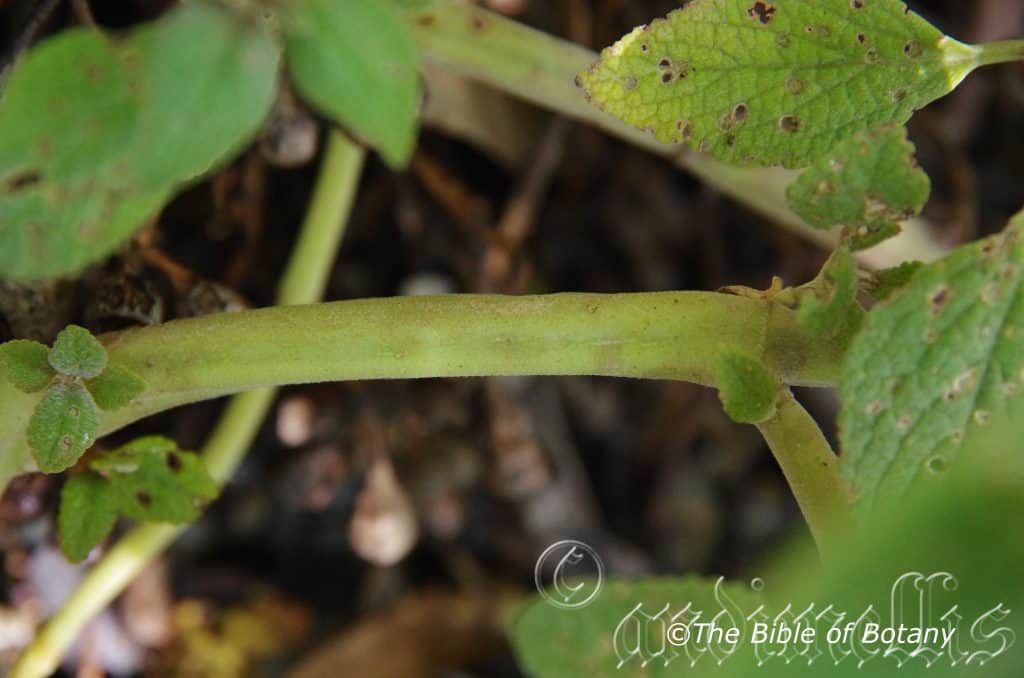
Author’s Garden The Pinnacles NSW

Author’s Garden The Pinnacles NSW
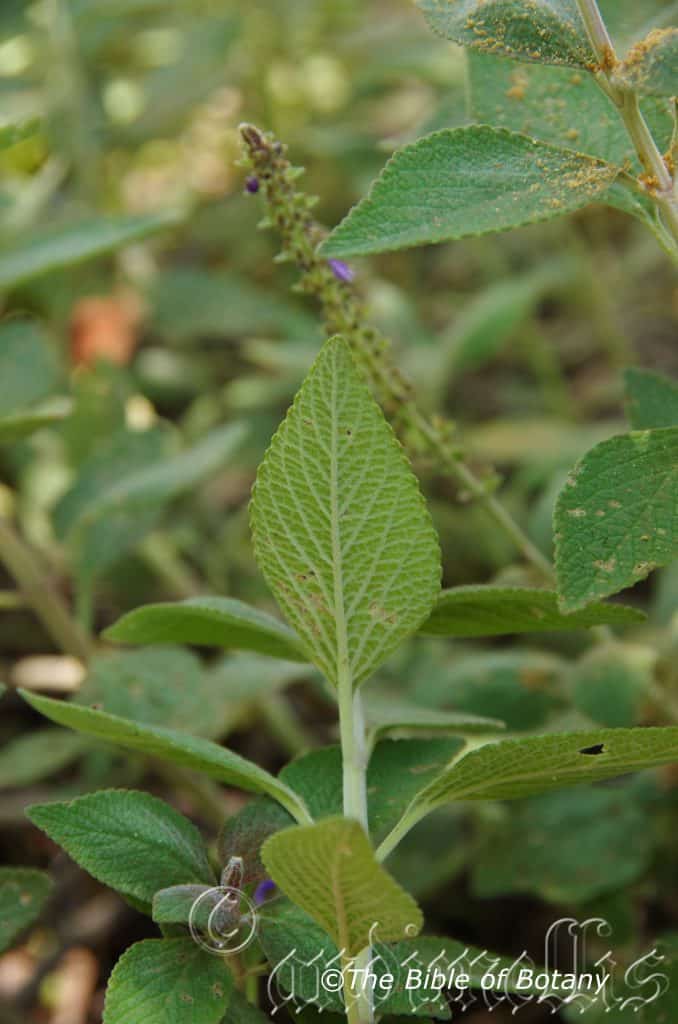
Author’s Garden The Pinnacles NSW

Author’s Garden The Pinnacles NSW

Author’s Garden The Pinnacles NSW

Author’s Garden The Pinnacles NSW

Author’s Garden The Pinnacles NSW
Coleus alloplectus
Classification:
Unranked: Eudicots
Unranked: Asterids
Order: Lamiales
Family: Lamiaceae
Tribe: Ocimeae
Genus: From Koleos, which is Ancient Greek, or Coleus, which is Late Latin for a sheath, sack or scrotum. It refers to plants, where the lower petals resemble a sack or scrotum.
Specie: From Allos, which is Ancient Greek for diverse and Plecto, which is Ancient Greek for twisted, plaited or woven. It refers to calyxes, which overlap other organs.
Sub species:
Common Name:
Distribution:
Coleus alloplectus is restricted to a small area in southern Queensland to northern New South Wales. It is found in an area bounded by Warrell Creek on Mount Fraser, Bald Knob at Woodenbong, Mount Maroon near Rathdowney and Mount French.
https://avh.ala.org.au/occurrences/search?taxa=Plectranthus+alloplectus#tab_mapView
Habitat Aspect Climate:
Coleus alloplectus prefers light dappled shade to filtered sunlight. It grows on cliffs or steep ledges. The altitude ranges from 520 meters to 968 meters ASL.
The temperatures range from minus 3 degree in August to 34 degrees in January.
The rainfalls range from lows of 850mm to an average of 1200mm. The rainfall areas maybe associated with additional moisture through orographic precipitation.
Soil Requirements:
Coleus alloplectus prefers to grow as a lithophyte or in skeletal loams to medium clays. The soils are usually derived from decomposed black basalts. The soils pH ranges from 5pH to 5.5pH. It does not tolerate waterlogged soils. Non saline soils to moderately saline soils are tolerated.
Height & Spread:
Wild Plants: 0.6m to 1m by 0.6m to 1.2m.
Characteristics:
Coleus alloplectus’s stems are non-aromatic, pinkish-purple, purplish or pale purplish-grey. The branchlets are densely covered in soft, pale yellowish to white retrorse hirsute hairs and sparsely covered in orange sessile glands.
Coleus alloplectus’s opposite, decussate, fleshy, narrow ovate to elliptical leaves measure 30mm to 75mm in length by 10mm to 35mm in width. The petioles densely covered in soft, pale yellowish to white retrorse hirsute hairs and measure 2mm to 15mm in length. The bases are cuneate while the apexes are obtuse to broadly acute. The discolourous laminas are mid green to pale grey-green and dull on the upper laminas while the lower laminas are purplish, densely covered in soft, pale yellowish to white retrorse hirsute hairs and moderately covered in orange sessile glands. The laminas are flat and decurve gently on the apical half while the margins are crenate to crenulate. The mid vein is strongly prominent while the pinnate, reticulate lateral veins are prominent on the lower lamina and are sunken on the upper laminas.
The inflorescence of Coleus alloplectus are born in whirls on a terminal raceme. The racemes are purplish, moderately to densely covered in soft, pale yellowish to white retrorse hirsute hairs and moderately covered in orange sessile glands.
The calyxes are covered in soft, pale yellowish to white retrorse hirsute hairs and moderately covered in orange sessile glands. The calyxes measure 1.7mm to 2.3mm in length while the triangular lobes measure 0.6mm to 1mm in length. The deep blue to deep violet-blue corolla measures 8mm to 12mm in length. The corolla is sparsely covered in soft, white retrorse hirsute hairs. The 2 lobes dissimilar lobes, upper lobe is erect ovate with obtuse apexes. The lower lobe is oblong-ovate with a mucronate apex. The lobes are covered in soft, white retrorse hirsute hairs and moderately covered in orange sessile glands especially on the basal half and lower half.
The 4 dimorphic filaments have 2 short and 2 long are lilac to lavender and measure 9mm to 12mm in length and gently curve upwards near the orbicular anthers. The bifid style measures 9mm to 10mm in length. The flowers appear from late January to April.
Coleus alloplectus’s fruits are small flattened or orbicular nutlets. The nutlets measure 0.8mm to 1mm in length by 0.7mm to 0.9mm in diameter. The pale green persistent calyxes turn deep grey on ripening and length to 3.5mm to 4mm in length.
Wildlife:
Coleus alloplectus’s flowers are very attractive to most nectar feeding insects including Native Bees and Pollen Flies.
If the plants are too soft, in a too dry, too humid or too warm a microclimate mealy Bug can become a problem especially if toxic synthetic insecticides have been used around the property. The worst culprit is the Long Tailed Mealy bug (Pseudococcus longispinus) while the Citrus Mealy bug (Pseudococcus calceolariae) can also infect plants. Mealy bugs are those white cottony sap sucking bugs. Moist humid areas without much air flow are favoured by this sap sucker. They will never be eliminated in the garden but fortunately they are easy to control.
The Lady Beetles or Ladybugs, Family Coccinellideae, particularly Cryptolaemus montrouzieri has a special liking for mealy bugs. Cryptolaemus montrouzieri larvae look similar to mealy bugs covered in a white cottony cloak but stand nearly three times as tall. They lay 300 to 500 eggs over the 3 months of their lives close to their food source of aphids, mealy bugs or mites. The eggs hatch in 2 to 14 days. The larvae have 4 instars before it pupates. After 7 to 10 days as pupae the adults emerge.
Lady beetles overwinter, hide under rocks and logs in natural bush land so it is important to have some of these items scattered around the garden amongst shrubs in a natural landscape to keep the balanced cycle going. These lady beetles also have a liking for wax scale insects.
Cultivation:
Coleus alloplectus like all Coleus is a tremendous accent plant with its soft pale green leaves that is easy to grow from cuttings placed directly in the ground. It always looks fresh especially where a little water is added during the dry season or ground moisture is retained. It is most suitable for small, medium and large gardens close to the coast or high in the mountains in warm temperate or sub-tropical gardens. It does well beneath tall trees including Tristania specie and Eucalyptus specie. Keep them away from other similar growing prostrate plants as they can be invasive under ideal conditions. The flowers are produced in profusion over a very long period which makes them a beautiful addition to the garden.
It is great in small rockeries as a fill in plant. Here it can be planted in small groups of 2 or 3 or as a standalone plant to create a harsh barren look with other arid plants. If it is surrounded by shorter plants with fine or large foliage that are deep green or pale green then year round contrast can be created with a strong accent in the center of the bed. Deep red or orange flowers will also create that dominate affect at the center giving height and strength to the bed whether they are in flower or not in flower the dominance in foliage will stand unchallenged.
Plants should be replaced every 12 months to maintain vigour and all year uninterrupted beauty.
Propagation:
Seeds:
Coleus alloplectus are best grown from cuttings rather than seed especially when a particular form or leaf colour is required.
Cuttings:
Coleus alloplectus strike very easy from cuttings and this method is the easiest way to increase plant numbers or to replace aged plants every 12 months.
Use 100mm to 120mm long cuttings from the previous or present season’s growth after it has hardened off. It can be taken at any time of the year in warmer climates where frosts do not occur. Remove half the leaves from the lower section and stand the cuttings in the mix with one pair of nodes just below the surface of the mix. Place the trays in a warm not hot position under 30mm to 60mm shade and keep moist not wet. When the cuttings have obviously struck and have developed good roots prick them out and plant them into 50mm native tubes. Return the tubes where they have been growing to further harden off before moving them to a new location and or planting out.
Fertilize using seaweed, fish emulsion or organic chicken pellets soaked in water on an alternate basis. Fertilize every two months until the plants are established then twice annually in early September or March to maintain better health, vitality and flowering.
Further Comments from Readers:
Hi reader, it seems you use The Bible of Botany a lot. That’s great as we have great pleasure in bringing it to you! It’s a little awkward for us to ask, but our first aim is to purchase land approximately 1,600 hectares to link several parcels of N.P. into one at The Pinnacles NSW Australia, but we need your help. We’re not salespeople. We’re amateur botanists who have dedicated over 30 years to saving the environment in a practical way. We depend on donations to reach our goal. If you donate just $5, the price of your coffee this Sunday, We can help to keep the planet alive in a real way and continue to bring you regular updates and features on Australian plants all in one Botanical Bible. Any support is greatly appreciated. Thank you.
In the spirit of reconciliation we acknowledge the Bundjalung, Gumbaynggirr and Yaegl and all aboriginal nations throughout Australia and their connections to land, sea and community. We pay our respect to their Elders past, present and future for the pleasures we have gained.
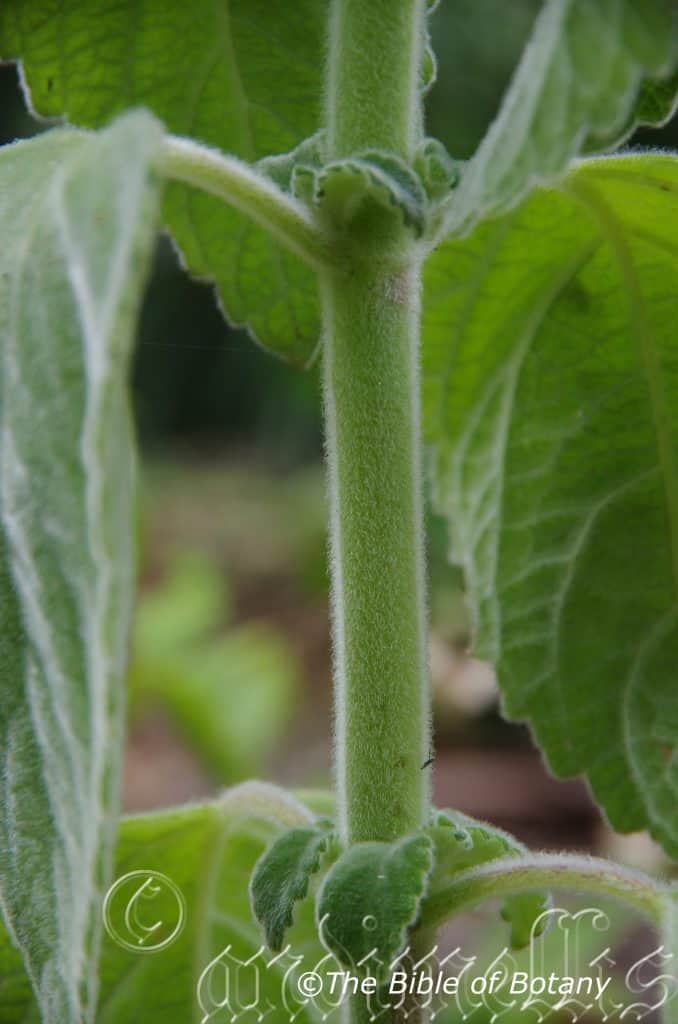
Author’s Garden The Pinnacles NSW

Author’s Garden The Pinnacles NSW
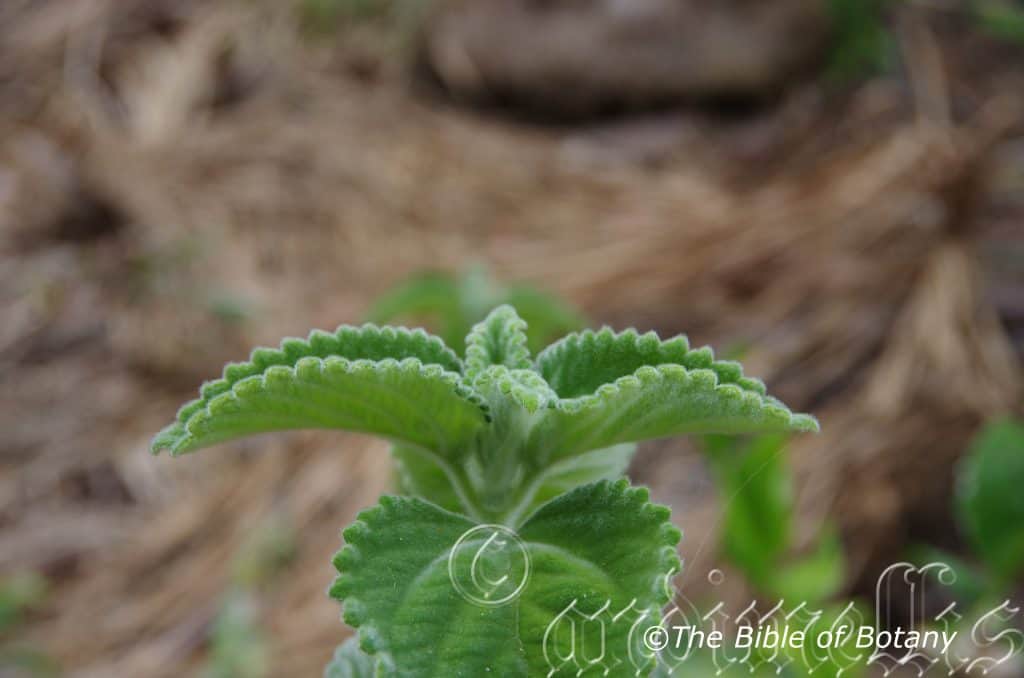
Author’s Garden The Pinnacles NSW
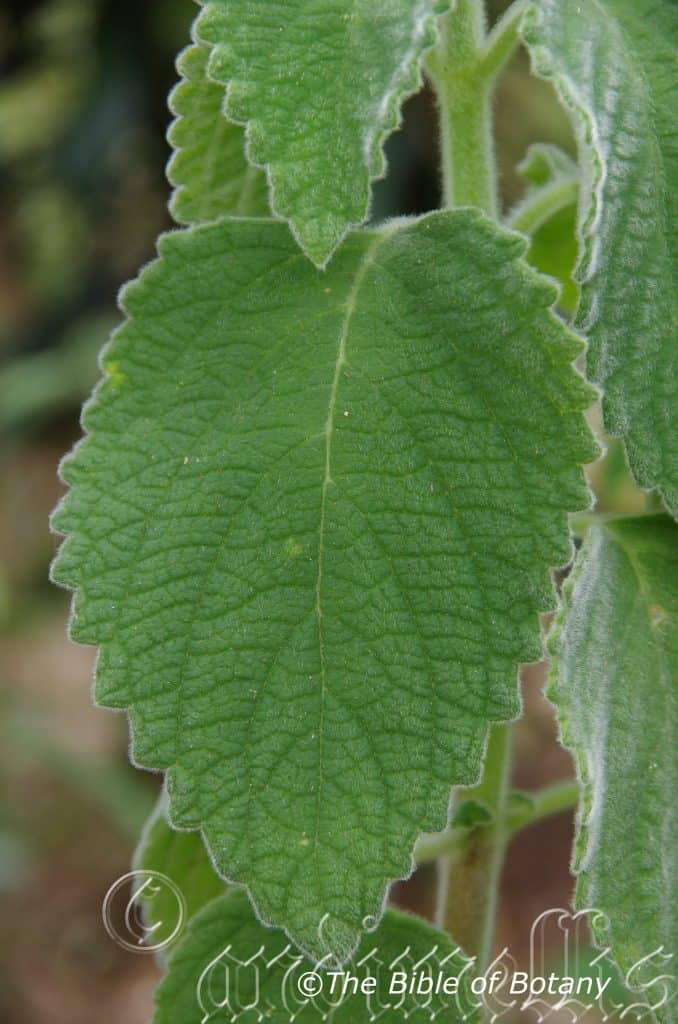
Author’s Garden The Pinnacles NSW
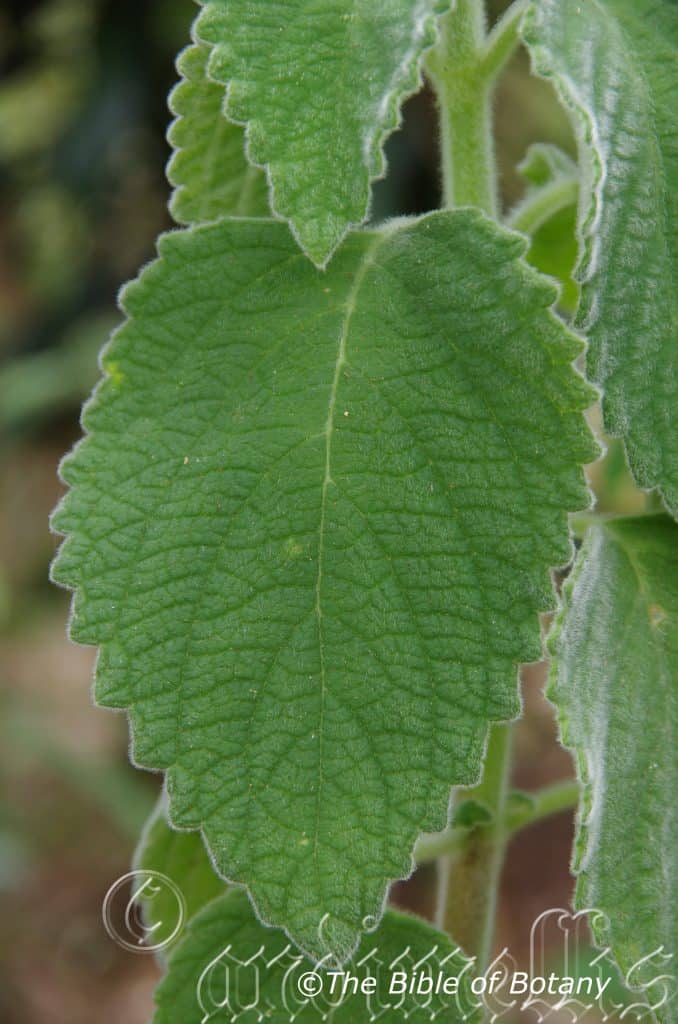
Author’s Garden The Pinnacles NSW
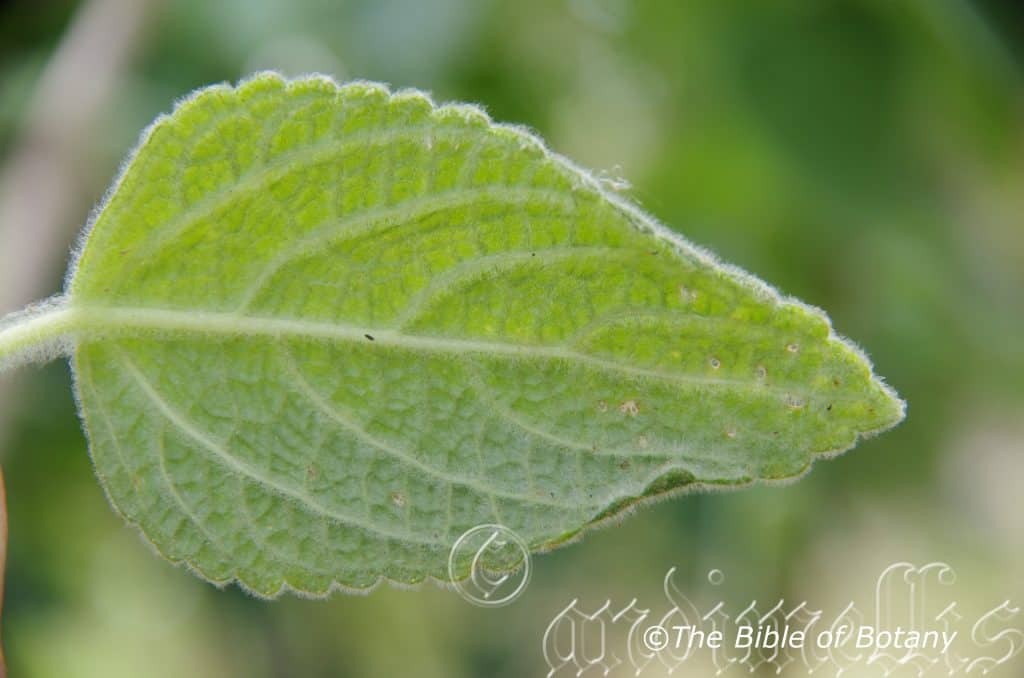
Author’s Garden The Pinnacles NSW
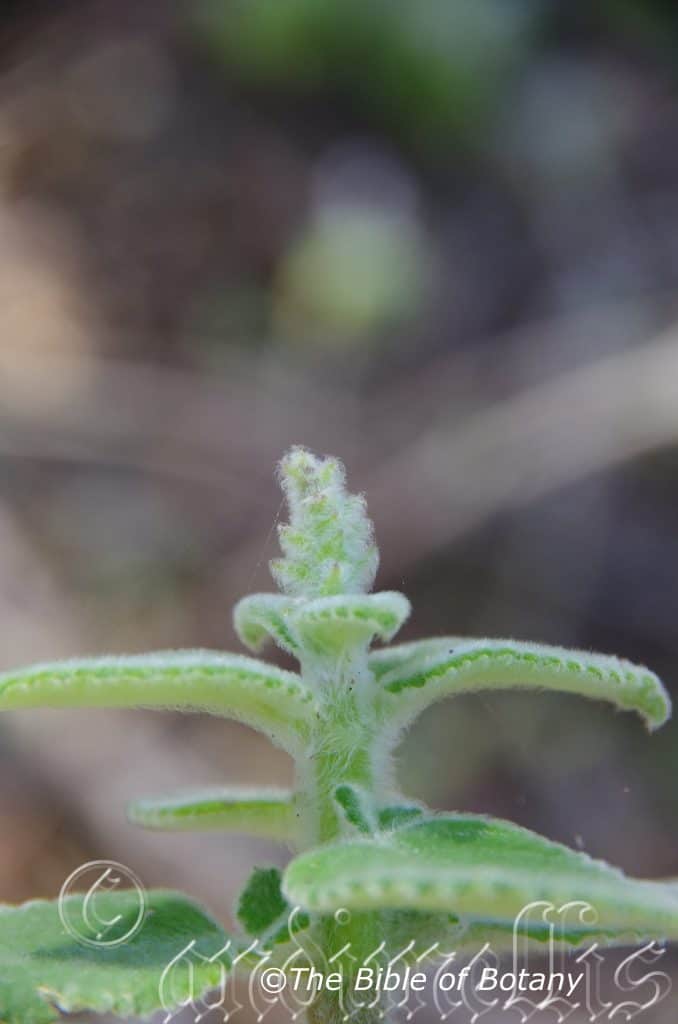
Author’s Garden The Pinnacles NSW
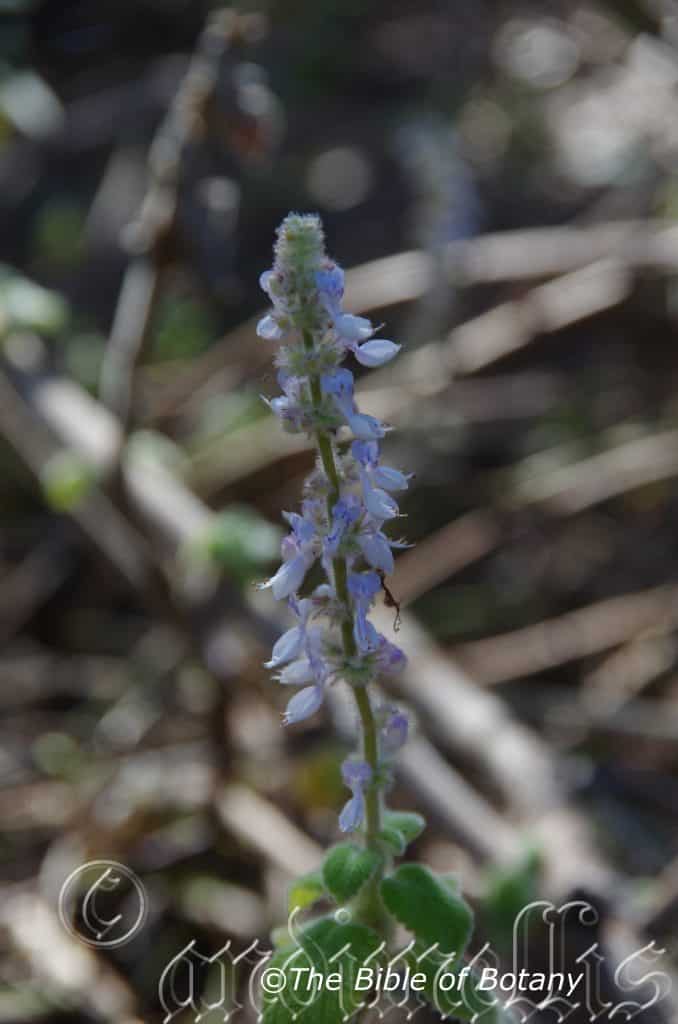
Author’s Garden The Pinnacles NSW
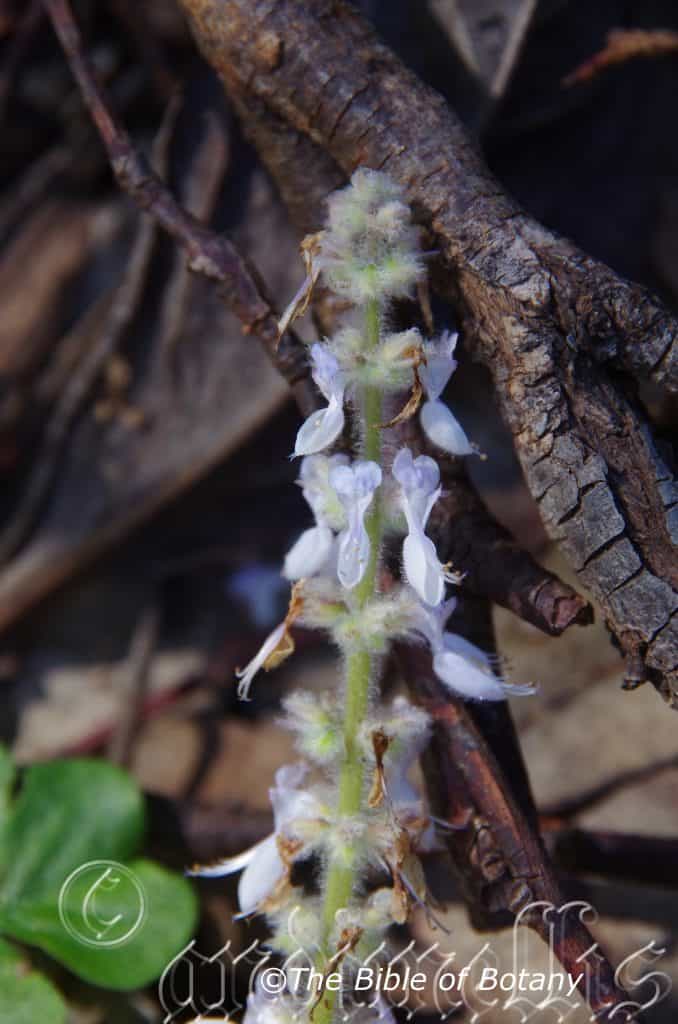
Author’s Garden The Pinnacles NSW

Author’s Garden The Pinnacles NSW
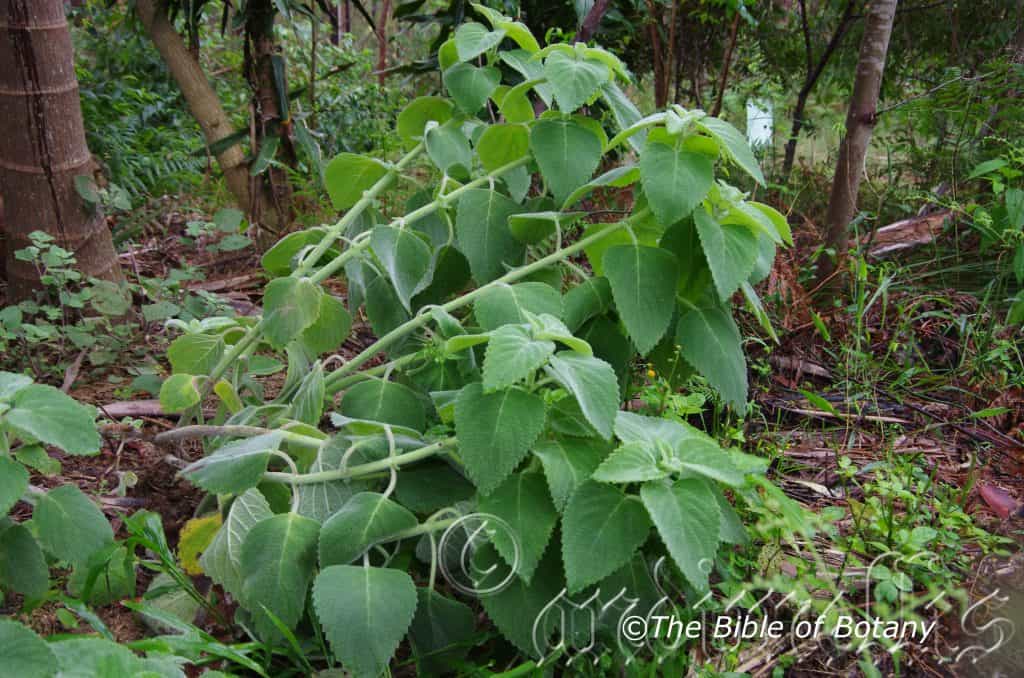
Author’s Garden The Pinnacles NSW
Coleus andi’s pride
Classification:
Unranked: Eudicots
Unranked: Asterids
Order: Lamiales
Family: Lamiaceae
Tribe: Ocimeae
Genus: From Koleos, which is Ancient Greek, or Coleus, which is Late Latin for a sheath, sack or scrotum. It refers to plants, where the lower petals resemble a sack or scrotum.
Specie: From an unnamed species found near Ebor NSW.
Sub species:
Common Name:
Distribution:
Coleus andi?s pride was collected south of Ebor.
Habitat Aspect Climate:
Coleus alloplectus prefers light dappled shade to filtered sunlight. It grows along rills. The altitude 1,100 meters ASL.
The temperatures range from minus 4 degree in August to 34 degrees in January.
The rainfalls range from lows of 850mm to an average of 1100mm. The rainfall areas maybe associated with additional moisture through orographic precipitation.
Soil Requirements:
Coleus andi’s pride prefers to grow in course sand derived from decomposed granite. Non saline soils to slightly saline soils are tolerated.
Height & Spread:
Wild Plants: 0.6m to 1m by 0.6m to 1.2m.
Characteristics:
* Measurements taken from garden subject.
Coleus andi’s pride stems are somewhat square in cross section, stout, dull, and brown when mature and sparsely covered in long, white pannate hairs. The new growth is a soft pale blue-green and densely covered in long soft, white to silvery panate to floccose hairs. Glands are absent on this species.
Coleus andi’s pride opposite, decussate, fleshy, ovate-cordate to broad ovate-cordate leaves measure 90mm to 160mm in length by 65mm to 110mm in width. The petioles are densely covered in short, soft, white to silvery panate and pilose hairs and measure 18mm to 35mm in length. The bases are slightly cordate, broadly rounded to almost truncate, while the apexes are acute. The discolourous laminas are a soft, green on the upper laminas while the lower laminas slightly paler. The laminas are densely covered in short white to silvery panate to pilose hairs. The margins are crenate with 24 to 28 shallow broad acute lobes. The laminas are flat and generally hang down. The mid vein and lateral veins are recessed on the upper lamina and strongly prominent on the lower lamina, while the reticulate veins are slightly prominent on the lower lamina.
Flower description to follow.
This Coleus fruits are small flattened or orbicular nutlets. The nutlets measure 0.8mm to 1mm in length by 0.7mm to 0.9mm in diameter. The pale blue-green persistent calyxes turn deep grey on ripening and expand to 4mm to 4.5mm in length.
Wildlife:
This Coleus flowers are very attractive to most nectar feeding insects including Native Bees and Pollen Flies.
Cultivation:
Coleus andi?s pride like all Coleus is a tremendous accent plant with its soft pale green leaves that is easy to grow from cuttings placed directly in the ground. It always looks fresh especially where even soil moisture is assured. It is most suitable for small, medium and large gardens close to the coast or high in the mountains in warm temperate or subtropical gardens. It does well beneath tall trees including Tristania specie and Eucalyptus specie. The flowers are produced in profusion over a very long period which makes them a beautiful addition to the garden.
It is great in small rainforest gardens where the foliage can contrast other rainforest leaves. Here Asplenium australisica or Asplenium nidus come to the fore or placed below tree ferns like Cyathea australis or Cyathea cooperi. Here it can be planted in small groups of 2 or 3 or as a standalone plant to create a lush look. If it is surrounded by shorter plants with fine or large foliage that are deep green or lime green then year round contrast can be created with a strong accent.
Plants should be cut back every 12 months to maintain vigour and all year uninterrupted beauty.
Propagation:
Seeds:
Coleus andi’s pride is best grown from a cutting.
Cuttings:
Coleus andi’s pride strike very easy from cuttings and this method is the easiest way to increase plant numbers or to replace aged plants every 12 months.
Use 100mm to 120mm long cuttings from the previous or present season?s growth after it has hardened off. They can be taken at any time of the year in warmer climates where frosts do not occur. Remove half the leaves from the lower section and stand the cuttings in the mix with one pair of nodes just below the surface of the mix. Place the trays in a warm not hot position under 30mm to 60mm shade and keep moist not wet. When the cuttings have obviously struck and have developed good roots prick them out and plant them into 50mm native tubes. Return the tubes where they have been growing to further harden off before moving them to a new location and or planting out.
Fertilize using seaweed, fish emulsion or organic chicken pellets soaked in water on an alternate basis. Fertilize every two months until the plants are established then twice annually in early September or March to maintain better health, vitality and flowering.
Further Comments from Readers:
Hi reader, it seems you use The Bible of Botany a lot. That’s great as we have great pleasure in bringing it to you! It’s a little awkward for us to ask, but our first aim is to purchase land approximately 1,600 hectares to link several parcels of N.P. into one at The Pinnacles NSW Australia, but we need your help. We’re not salespeople. We’re amateur botanists who have dedicated over 30 years to saving the environment in a practical way. We depend on donations to reach our goal. If you donate just $5, the price of your coffee this Sunday, We can help to keep the planet alive in a real way and continue to bring you regular updates and features on Australian plants all in one Botanical Bible. Any support is greatly appreciated. Thank you.
In the spirit of reconciliation we acknowledge the Bundjalung, Gumbaynggirr and Yaegl and all aboriginal nations throughout Australia and their connections to land, sea and community. We pay our respect to their Elders past, present and future for the pleasures we have gained.
Coleus apreptus
Classification:
Unranked: Eudicots
Unranked: Asterids
Order: Lamiales
Family: Lamiaceae
Tribe: Ocimeae
Genus: From Koleos, which is Ancient Greek, or Coleus, which is Late Latin for a sheath, sack or scrotum. It refers to plants, where the lower petals resemble a sack.
Specie: From A, which is Greek/Latin for the without or not having and Preptus, which is for eminent. It refers to the plants, which have no special attractions.
Sub species:
Common Name:
Distribution:
Coleus apreptus is restricted to 5 small disjunct populations east of the Great Dividing Range. The northern population is found on Goode Island in the Torres Strait with the largest populations found between Mount Cook south to West Mulgrave Falls in north eastern Queensland. The southern populations are found on Terania Creek and Freshwater Creek near the Cairns Intake.
https://avh.ala.org.au/occurrences/search?taxa=Plectranthus+apreptus#tab_mapView
Habitat Aspect Climate:
Coleus apreptus prefer light dappled shade to full sun. It grows in rocky locations in open forest, open monsoonal forests, woodlands or openings within rainforest. The altitude ranges from 12 meters to 1200 meters ASL.
The temperatures range from 1 degree in August to 38 degrees in January.
The rainfalls range from lows of 1600mm to an average of 3200mm.
Soil Requirements:
Coleus apreptus prefer to grow on rocky terrain that comprises of sandy loams to medium clays close to the parent rocks. The soils are usually derived from decomposed basalts, granites or at times heavy podzolic sandstones. The soils pH ranges from 4.5pH to 6pH. It does not tolerate waterlogged soils. Non saline soils to moderately saline soils are tolerated.
Height & Spread:
Wild Plants: 0.3m to 1.5mm by 0.5m to 1.75m.
Characteristics:
Coleus apreptus’s stems are non-aromatic, grey, grey-green or pale pinkish-grey often tinged purple. The smaller stems are sparsely covered in antrorse, white to slivery multicellular hairs with the occasional gland tipped hair. Sessile glands are absent from this species.
Coleus apreptus’s opposite, decussate, fleshy, ovate to spherical leaves measure 25mm to 85mm in length by 20mm to 70mm in width. The petioles are covered in soft, white antrorse hirsute hairs and measure 12mm to 34mm in length. The bases are rounded to broad cuneate while the apexes are obtuse to broad acute. The concolourous or discolourous laminas are mid green to mid blue-green, dull and sparsely to moderately covered in soft, white antrorse hirsute hairs and very sparsely to moderately covered in yellowish glands on the upper laminas while the lower laminas are similar or slightly paler, sparsely to moderately covered in soft, white antrorse hirsute hairs and sparsely to moderately covered in yellowish glands. The laminas recurve upwards from the midvein to the margins and decurve gently downwards on the apical half while the margins are strongly crenate with 7 to15 pairs of obtuse teeth. The mid vein is strongly prominent while the pinnate, reticulate lateral veins are prominent on the lower lamina and are sunken on the upper laminas.
The inflorescence of Coleus apreptus are born in whirls on racemes from the terminals. The racemes often have 2 more secondary racemes which are born close to the base of the main peduncle. The pedicels measure 3.5mm to 5mm in length.
The calyxes are sparsely covered in short, soft, white hirsute hairs and are sparsely moderately covered in yellow-orange sessile glands. The calyxes measure 1.7mm to 2.6mm in length while the triangular lobes measure 0.6mm to 1mm in length. The deep blue to mauve corolla is sparsely hairy. The tube decurve at an angle of 90 to 120 degrees. The corolla measures 7mm to 13mm in length. The corolla is sparsely covered in soft, white hirsute hairs. The upper and lower lobes are dissimilar and sparsely covered in short, soft, white hirsute hairs and are sparsely moderately covered in yellow-orange sessile glands.
The 4 dimorphic filaments have 2 short and 2 long are lilac to lavender and measure 9mm to 12mm in length and gently curve upwards near the orbicular anthers. The bifid style measures 8mm to 10mm in length. The flowers appear from late February to late May.
Coleus apreptus’s fruit is small flattened or orbicular nutlets. The nutlets measure 0.8mm to 1mm in length by 0.7mm to 0.9mm in diameter. The pale bluish-green persistent calyxes lengthen to 4.5mm to 5.5mm in length.
Confusing Species:
Coleus apreptus petioles measure 10mm to 16mm in length with 14 to 30 obtuse teeth on the crenate margins. It is less hairy in all parts and has 8 to 16 flowers on a raceme.
Coleus apreptus petioles measure 10mm to 16mm in length with 4 to 36 obtuse teeth on the crenate margins. It is more densely hairy in all parts and has 10 to 20 flowers on a raceme.
Wildlife:
Coleus apreptus appears not to have any predators on a regular basis. I have witnessed an unknown smooth black caterpillar on the plants on rare occasions and the damage is superficial.
Cultivation:
Coleus apreptus’s flowers are very attractive to most small nectar feeding insects including Native Bees and Pollen Flies. Like all Coleus is a tremendous accent plant with its soft pale green leaves that is easy to grow from cuttings placed directly in the ground.
It is a beautiful accent plant adjacent to paths where the gardener can brush against the leaves to emit the beautiful fresh scent of lemon grass. It always looks fresh especially where even soil moisture is assured. It is most suitable for small, medium and large gardens close to the coast or high in the mountains in warm temperate or subtropical gardens. It does well beneath tall trees including Tristania specie and Eucalyptus specie. The flowers are produced in profusion over a very long period which makes them a beautiful addition to the garden.
It is great in small rainforest gardens where the foliage can contrast other rainforest leaves. Here Asplenium australisica or Asplenium nidus come to the fore or placed below tree ferns like Cyathea australis or Cyathea cooperi. Here it can be planted in small groups of 2 or 3 or as a standalone plant to create a lush look. If it is surrounded by shorter plants with fine or large foliage that are deep green or lime green then year round contrast can be created with a strong accent.
Plants should be cut back every 12 months to maintain vigour and all year uninterrupted beauty.If the plants are too soft, in a too dry, too humid or too warm a microclimate mealybug can become a problem especially if toxic synthetic insecticides have been used around the property. The worst culprit is the Long Tailed Mealybug Pseudococcus longispinus while the Citrus Mealy bug Pseudococcus calceolariae can also infect plants. Mealy bugs are those white cottony sap sucking bugs. Moist humid areas without much air flow are favoured by this sap sucker. It will never be eliminated in the garden but fortunately they are easy to control.
The Lady Beetles or Ladybugs Family Coccinellideae particularly Cryptolaemus montrouzieri has a special liking for mealy bugs. Cryptolaemus montrouzieri larvae look similar to mealy bugs covered in a white cottony cloak but stand nearly three times as tall. They lay 300 to 500 eggs over the 3 months of their lives close to their food source of aphids, mealy bugs or mites. The eggs hatch in 2 to 14 days. The larvae have 4 instars before it pupates. After 7 to 10 days as pupae the adults emerge.
Lady beetles overwinter hide under rocks and logs in natural bush land so it is important to have some of these items scattered around the garden amongst shrubs in a natural landscape to keep the balanced cycle going. These lady beetles also have a liking for wax scale insects.
Propagation:
Seeds:
Coleus apreptus are best grown from cuttings rather than seed especially when a particular form or leaf colour is required.
Cuttings:
Coleus apreptus strike very easy from cuttings and this method is the easiest way to increase plant numbers or to replace aged plants every 12 months.
Use 100mm to 120mm long cuttings from the previous or present season’s growth after it has hardened off. They can be taken at any time of the year in warmer climates where frosts do not occur. Remove half the leaves from the lower section and stand the cuttings in the mix with one pair of nodes just below the surface of the mix. Place the trays in a warm not hot position under 30mm to 60mm shade and keep moist not wet. When the cuttings have obviously struck and have developed good roots prick them out and plant them into 50mm native tubes. Return the tubes where they have been growing to further harden off before moving them to a new location and or planting out.
Fertilize using seaweed, fish emulsion or organic chicken pellets soaked in water on an alternate basis. Fertilize every two months until the plants are established then twice annually in early September or March to maintain better health, vitality and flowering.
Further Comments from Readers:
Hi reader, it seems you use The Bible of Botany a lot. That’s great as we have great pleasure in bringing it to you! It’s a little awkward for us to ask, but our first aim is to purchase land approximately 1,600 hectares to link several parcels of N.P. into one at The Pinnacles NSW Australia, but we need your help. We’re not salespeople. We’re amateur botanists who have dedicated over 30 years to saving the environment in a practical way. We depend on donations to reach our goal. If you donate just $5, the price of your coffee this Sunday, We can help to keep the planet alive in a real way and continue to bring you regular updates and features on Australian plants all in one Botanical Bible. Any support is greatly appreciated. Thank you.
In the spirit of reconciliation we acknowledge the Bundjalung, Gumbaynggirr and Yaegl and all aboriginal nations throughout Australia and their connections to land, sea and community. We pay our respect to their Elders past, present and future for the pleasures we have gained.
Coleus argentatus
Classification:
Unranked: Eudicots
Unranked: Asterids
Order: Lamiales
Family: Lamiaceae
Tribe: Ocimeae
Genus: From Koleos, which is Ancient Greek, or Coleus, which is Late Latin for a sheath, sack or scrotum. It refers to plants, where the lower petals resemble a sack.
Specie: From Argillos, which is Greek and later Latin for silver. It refers to structures or organs usually the foliage and stems, which are very silvery.
Sub species:
Common Name: Silver Leaf Coleus or Silver Mint Bush.
Distribution:
Coleus argentatus is found in several disjunct populations south Gin Gin in south east Queensland to Albury the Victorian Border with New South Wales. This plant could more widespread than the map indicates. We have located the plant in several areas where official collections have not been noted. The widespread distribution, topography and climate indicate that it is capable of a larger distribution.
https://avh.ala.org.au/occurrences/search?taxa=Plectranthus+argentatus#tab_mapView
Habitat Aspect Climate:
Coleus argentatus prefers light dappled shade to full sun. It grows along creeks particularly near waterfalls and cascades. The altitude ranges from 5 meters to 900 meters ASL.
The temperatures range from minus 2 degree in August to 34 degrees in January.
The rainfalls range from lows of 200mm to an average of 1600mm.
Soil Requirements:
Coleus argentatus prefers to grow in sandy loams to medium clays often associated with skeletal soils that are close to the parent rocks. The soils are derived from decomposed basalts, sandstones, shale, granites, laterites however basalts or sandstones seem to be the preferred medium. The soils pH ranges from 5pH to 6pH. It does not tolerate waterlogged soils. Non saline soils to slightly saline soils are tolerated.
Height & Spread:
Wild Plants: 0.3m to 0.5mm by 0.3m to 0.75m. The plants often self-layer so can cover quite large areas.
Characteristics:
Coleus argentatus’s stems are grey, grey-green or pale pinkish-grey often tinged purple. The branchlets are densely covered in recurved white to silvery multi celled hairs and sessile glands.
Coleus argentatus’s opposite, decussate, fleshy, ovate to broad ovate leaves measure 50mm to 110mm in length by 30mm to 55mm in width. The petioles measure 12mm to 50mm in length and are densely covered white to silvery multi celled hairs and sessile glands. The bases are cuneate to rounded, while the apexes are broadly acute. The concolourous laminas are pale grey or pale grey-green and densely covered in recurved white to silvery multi celled hirsute hairs and sessile glands. The margins are crenate with 26 to 46 shallow obtuse to acute lobes. They curve slightly downwards from the mid vein. The mid vein is prominent on the lower lamina and is visible on the upper lamina.
The inflorescence of Coleus argentatus are born in whirls of 6 to 12 on a terminal spike. The spikes measure 80mm to 160mm in length by 30mm to 40mm in diameter. There are often 2 secondary spikes which are born close to the base of the main spike. The pedicels measure 1.5mm to 2.5mm in length.
The calyxes measure 1mm to 2mm in length while the narrow triangular lobes measure 1mm to 2mm in length. The calyxes are densely covered white to silvery multi celled hairs and sessile glands. The white, pale pink, pale blue or pale lilac corolla measures 5mm to 6mm in length. The corolla is glabrous while the tube decurve downwards. The corolla measures 7mm to 13mm in length. The upper and lower lobes are dissimilar, glabrous with the two upper lobes being erect, linear, acuminate and inflexed. The upper lobes measure 4mm to 5mm in length. The lower lobes are narrow, lanceolate with a mucronate apex and measure 3mm to 4mm in length.
The 4 dimorphic filaments have 2 short and 2 long are lilac to lavender and measure 9mm to 15mm in length and gently curve upwards near the orbicular anthers. The bifid style measures 7mm to 9mm in length. The flowers appear from late December to late May.
Plectranthus argentatus’s fruit is small flattened or orbicular nutlets. The nutlets measure 0.8mm to 1mm in length by 0.7mm to 0.9mm in diameter. The pale green persistent calyxes turn deep grey on ripening and expand to 4mm to 4.5mm in length.
Confusing Species:
Coleus argentatus’s lateral veins are more gently curving.
Coleus graniticola‘s leaves are not scented with antrorse hairs however the Queensland Herbarium state that the stems and leaves have retrorse hairs. There are 22 to 36 crenate obtuse teeth on the margins however the Queensland Herbarium states that the leaves have 30 to 36 obtuse teeth on the margins. Lateral veins are wider and only curve closer to the margins.
Coleus omissus’s leaves have pale yellow glands as well as hairs and with 34 to 48 crenate obtuse teeth on the margins. The corolla tube is shorter and measures 4.8mm to 5mm in length.
Coleus torrenticola?s leaves are slightly scented.
Wildlife:
Coleus argentatus? flowers are very attractive to most nectar feeding insects including Native Bees and Pollen Flies.
If the plants are too soft, in a too dry, too humid or too warm a microclimate mealy Bug can become a problem especially if toxic synthetic insecticides have been used around the property. The worst culprit is the Long Tailed Mealy bug (Pseudococcus longispinus) while the Citrus Mealy bug (Pseudococcus calceolariae) can also infect plants. Mealy bugs are those white cottony sap sucking bugs. Moist humid areas without much air flow are favoured by this sap sucker. They will never be eliminated in the garden but fortunately they are easy to control.
The Lady Beetles or Ladybirds Family Coccinellideae particularly Cryptolaemus montrouzieri has a special liking for mealy bugs. Cryptolaemus montrouzieri larvae look similar to mealy bugs covered in a white cottony cloak but stand nearly three times as tall. They lay 300 to 500 eggs over the 3 months of their lives close to their food source of aphids, mealy bugs or mites. The eggs hatch in 2 to 14 days. The larvae have 4 instars before it pupates. After 7 to 10 days as pupae the adults emerge.
Lady beetles over winter hide under rocks and logs in natural bush land so it is important to have some of these items scattered around the garden amongst shrubs in a natural landscape to keep the balanced cycle going. These lady beetles also have a liking for wax scale insects.
Cultivation:
Coleus argentatus like all Coleus is a tremendous accent plant with its soft pale green leaves that is easy to grow from cuttings placed directly in the ground. It is most suitable for small, medium and large gardens close to the coast or high in the mountains in warm temperate or subtropical gardens. It does well beneath tall trees including Tristania specie and Eucalyptus specie. Keep them away from other similar growing prostrate plants as they can be invasive under ideal conditions. The flowers are produced in profusion over a very long period which makes them a beautiful addition to the garden.
It is great in small rockeries as a fill in plant. Here it can be planted in small groups of 2 or 3 or as a standalone plant to create a harsh barren look with other arid plants. If it is surrounded by shorter plants with fine or large foliage that are deep green or pale green then year round contrast can be created with a strong accent in the center of the bed. Deep red or orange flowers will also create that dominate affect at the center giving height and strength to the bed whether it is in flower or not in flower the dominance in foliage will stand unchallenged.
Plants should be replaced every 12 months to maintain vigour and all year uninterrupted beauty.
Propagation:
Seeds:
Coleus argentatus are easy and best grown from cuttings rather than seed.
Cuttings:
Coleus argentatus strike very easy from cuttings and this method is the easiest way to increase plant numbers or to replace aged plants every 12 months.
Use 100mm to 120mm long cuttings from the previous or present season’s growth after it has hardened off. They can be taken at any time of the year in warmer climates where frosts do not occur. Remove half the leaves from the lower section and stand the cuttings in the mix with one pair of nodes just below the surface of the mix. Place the trays in a warm not hot position under 30mm to 60mm shade and keep moist not wet. When the cuttings have obviously struck and have developed good roots prick them out and plant them into 50mm native tubes. Return the tubes where they have been growing to further harden off before moving them to a new location and or planting out.
Fertilize using seaweed, fish emulsion or organic chicken pellets soaked in water on an alternate basis. Fertilize every two months until the plants are established then twice annually in early September or March to maintain better health, vitality and flowering.
Further Comments from Readers:
?Hi reader, it seems you use The Bible of Botany a lot. That’s great as we have great pleasure in bringing it to you! It’s a little awkward for us to ask, but our first aim is to purchase land approximately 1,600 hectares to link several parcels of N.P. into one at The Pinnacles NSW Australia, but we need your help. We?re not salespeople. We?re amateur botanists who have dedicated over 30 years to saving the environment in a practical way. We depend on donations to reach our goal. If you donate just $5, the price of your coffee this Sunday, We can help to keep the planet alive in a real way and continue to bring you regular updates and features on Australian plants all in one Botanical Bible. Any support is greatly appreciated. Thank you.?
In the spirit of reconciliation we acknowledge the Bundjalung, Gumbaynggirr and Yaegl and all aboriginal nations throughout Australia and their connections to land, sea and community. We pay our respect to their Elders past, present and future for the pleasures we have gained.

Author’s Garden The Pinnacles NSW
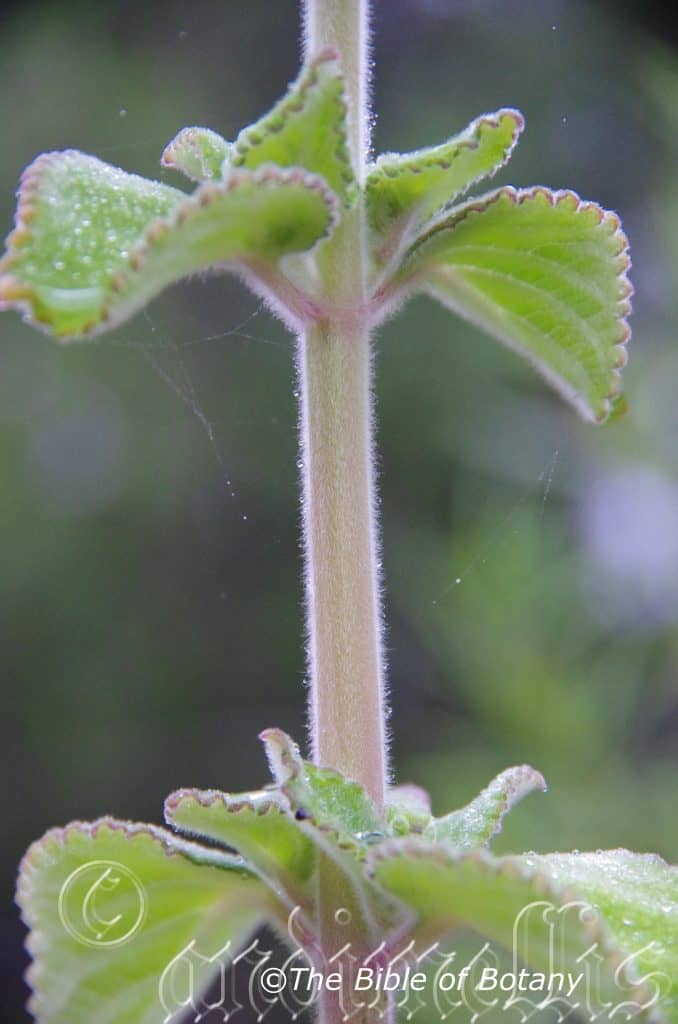
Author’s Garden The Pinnacles NSW
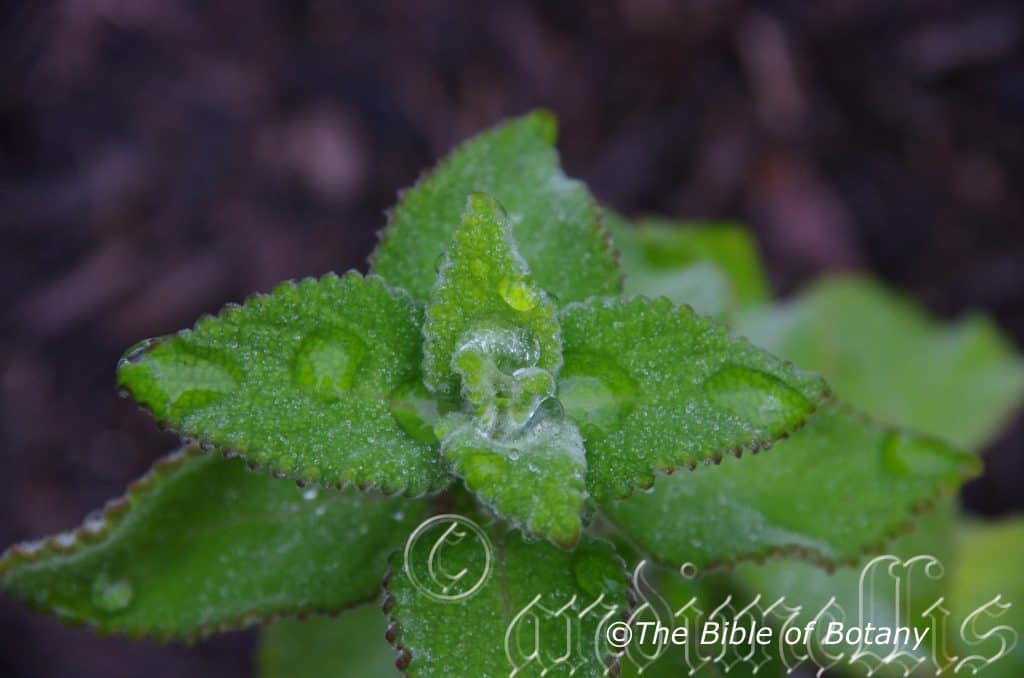
Author’s Garden The Pinnacles NSW
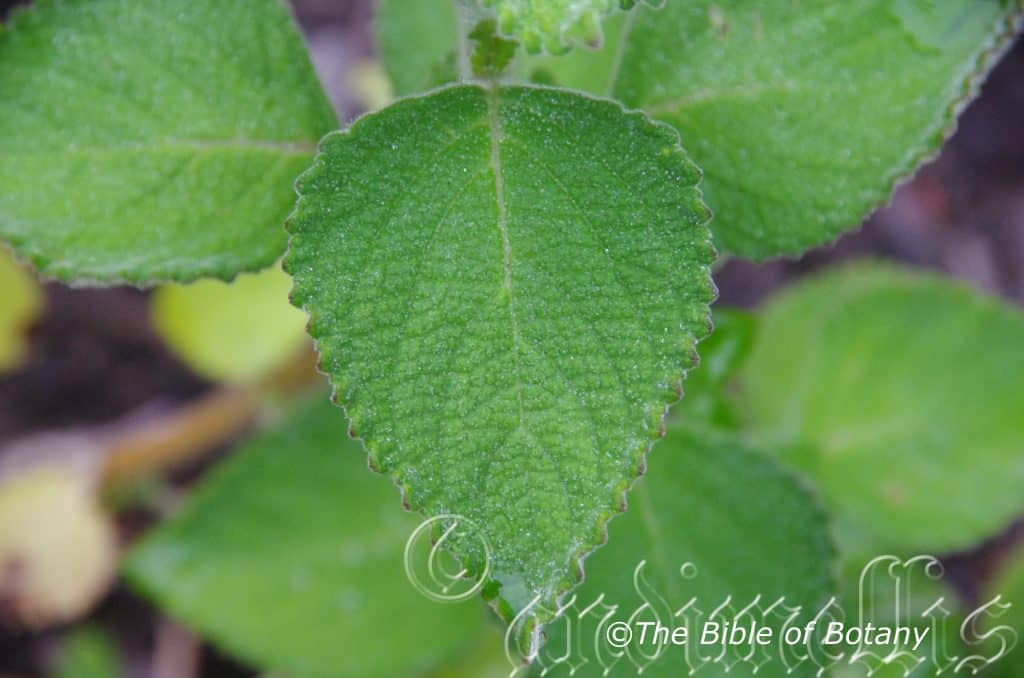
Author’s Garden The Pinnacles NSW
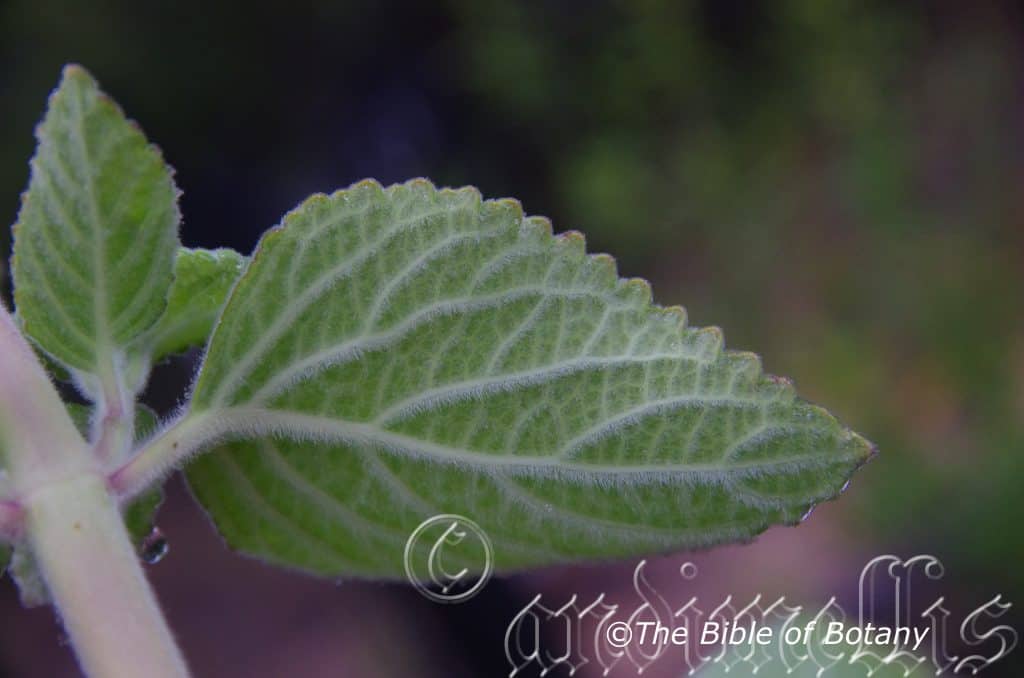
Author’s Garden The Pinnacles NSW
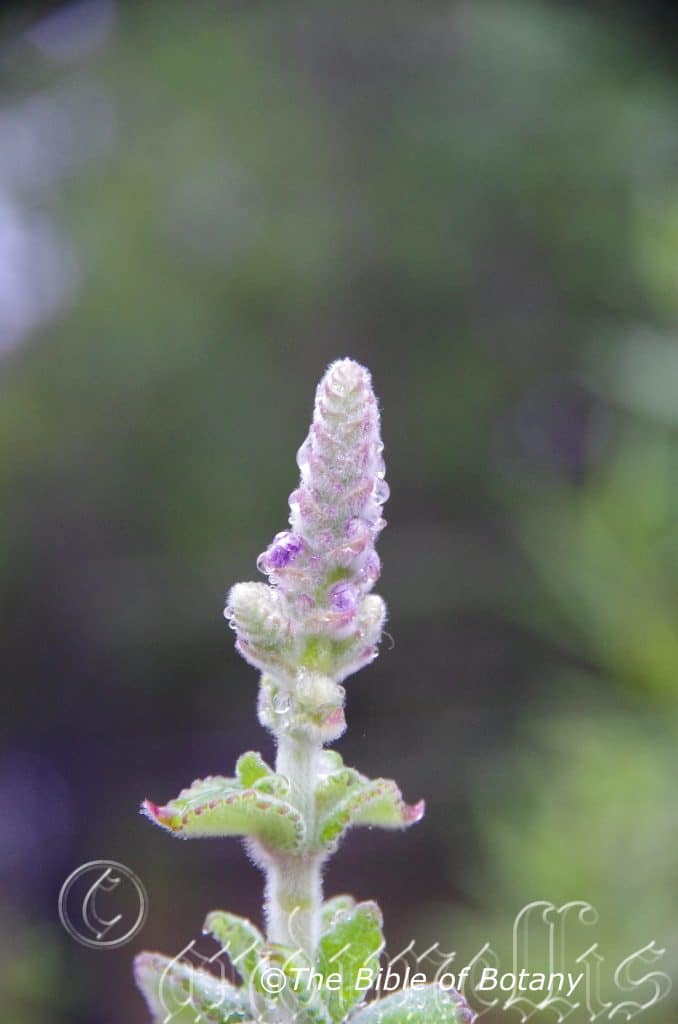
Author’s Garden The Pinnacles NSW
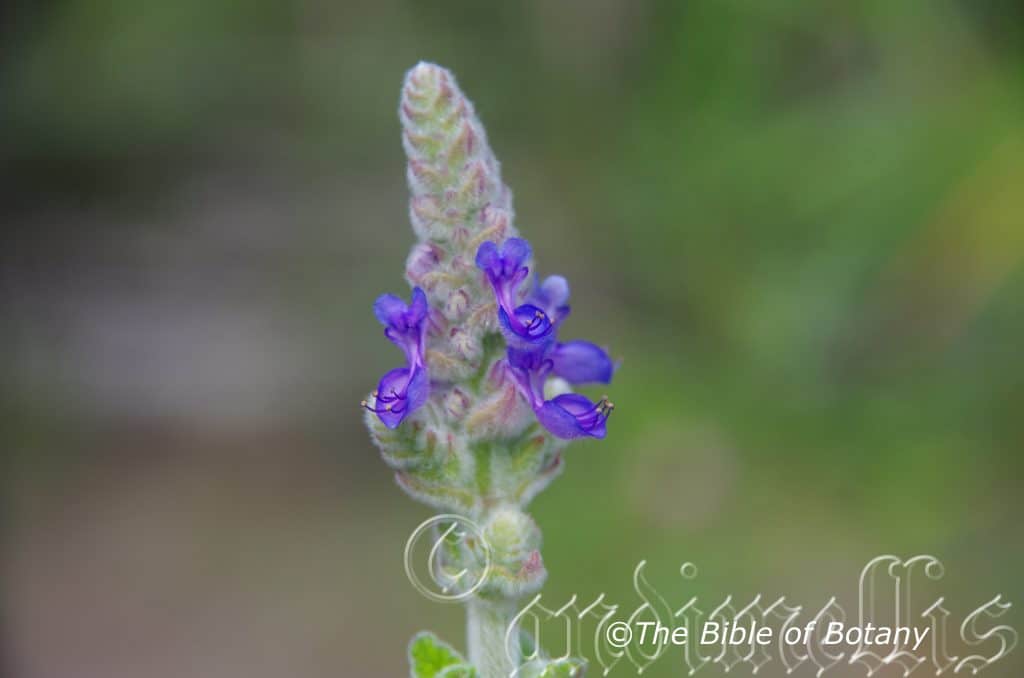
Author’s Garden The Pinnacles NSW

Author’s Garden The Pinnacles NSW

Author’s Garden The Pinnacles NSW
Coleus bellus
Classification:
Unranked: Eudicots
Unranked: Asterids
Order: Lamiales
Family: Lamiaceae
Tribe: Ocimeae
Genus: From Koleos, which is Ancient Greek, or Coleus, which is Late Latin for a sheath, sack or scrotum. It refers to plants, where the lower petals resemble a sack.
Specie: From Bella which is Latin for a pretty girl. It refers to plants, which are considered to be rather pretty in the garden or in the wild compared to other species in the genus.
Sub species:
Common Name:
Distribution:
Coleus bellus is restricted to a single known population from the Hann Tableland in far north eastern Queensland.
https://avh.ala.org.au/occurrences/search?taxa=Plectranthus+bellus#tab_mapView
Habitat Aspect Climate:
Coleus bellus prefers light dappled shade to full sun. It grows along creeks particularly near waterfalls and cascades. The altitude ranges from 780 meters ASL to 810 meters ASL.
The temperatures range from 6 degrees in August to 34 degrees in January.
The rainfalls range from lows of 2400mm to an average of 3200mm.
Soil Requirements:
Coleus bellus prefers to grow in sandy loams to medium clays often associated with skeletal soils that are close to the parent rocks. The soils are derived from decomposed granites. The soils pH ranges from 5.5pH to 6pH. It does not tolerate waterlogged soils. Non saline soils to slightly saline soils are tolerated.
Height & Spread:
Wild Plants: 0.3m to 0.5mm by 0.3m to 0.75m.
Characteristics:
Coleus bellus?s stems are stout, glossy, and brown when mature. The branchlets are a soft pale green that are densely covered in soft, white to silvery pannate hairs. Glands are absent on this species.
Coleus bellus’s opposite, decussate, fleshy, ovate to broad ovate or oblong-ovate leaves measure 50mm to 90mm in length by 40mm to 70mm in width. The petioles are moderately to densely covered in short, soft, white to silvery pannate and pilose hairs and measure 12mm to 50mm in length. The bases are slightly cordate, rounded or truncate while the apexes are obtuse. The concolourous laminas are a soft, pale green and are on the upper laminas while the lower laminas are moderately to densely covered in longer white to silvery pannate and pilose hairs. The margins are crenate with 26 to 46 shallow obtuse to acute lobes. The laminas recurve upwards from the midvein to the margins or are flat and recurve upwards near the margins and decurve downwards on the apical half. The margins are crenate with 30 to 48 obtuse lobes. The mid vein is strongly prominent while the lateral pinnate, reticulate veins are prominent on the lower lamina and are clearly visible being sunken on the upper lamina.
The inflorescence of Coleus bellus are born from the leaf axils. The pedicels measure 1.5mm to 2.5mm in length.
The calyxes measure 1mm to 2mm in length while the narrow triangular lobes measure 1mm to 2mm in length. The calyxes are densely covered white to silvery panate or pilose hairs. The tube decurve downwards. The corolla, lower and upper lobes are deep violet-blue to deep bluish and translucent. The erect corolla is perfoliate through the united, basal pair of lobes and measures 20mm to 25mm in length by 2.5mm to 3.5mm in diameter. The upper and lower lobes are dissimilar, glabrous with the two upper lobes being erect, oblong-spathulate with an obtuse apex. The upper lobes measure 7mm to 10mm in length by 4.5mm to 6mm in width. The basal lobes are united broad hemispherical and cupuliform with truncate base and an obtuse apex. The basal lobe measures 12mm to 15mm in length by 13mm to 17mm in width.
The 4 dimorphic filaments have 2 short and 2 long are lilac to lavender and measure 9mm to 12mm in length and gently curve upwards near the orbicular anthers. The bifid style measures 8mm to 10mm in length. The author only knows of the flowers appearing form mid-September to mid-October but it probably flowers throughout the warmer months like all the Coleus specie.
Coleus bellus?s fruits are small flattened or orbicular nutlets. The nutlets measure 0.8mm to 1mm in length by 0.7mm to 0.9mm in diameter. The pale green persistent calyxes turn deep grey on ripening and expand to 4mm to 4.5mm in length.
Wildlife:
Coleus bellus flowers are very attractive to most nectar feeding insects including Native Bees and Pollen Flies.
If the plants are too soft, in a too dry, too humid or too warm a microclimate mealy Bug can become a problem especially if toxic synthetic insecticides have been used around the property. The worst culprit is the Long Tailed Mealy bug (Pseudococcus longispinus) while the Citrus Mealy bug (Pseudococcus calceolariae) can also infect plants. Mealy bugs are those white cottony sap sucking bugs. Moist humid areas without much air flow are favoured by this sap sucker. They will never be eliminated in the garden but fortunately they are easy to control.
The Lady Beetles or Lady Birds (Family Coccinellideae particularly Cryptolaemus montrouzieri) has a special liking for mealy bugs. Cryptolaemus montrouzieri larvae look similar to mealy bugs covered in a white cottony cloak but stand nearly three times as tall. They lay 300 to 500 eggs over the 3 months of their lives close to their food source of aphids, mealy bugs or mites. The eggs hatch in 2 to 14 days. The larvae have 4 instars before it pupates. After 7 to 10 days as pupae the adults emerge.
Lady beetles over winter hide under rocks and logs in natural bush land so it is important to have some of these items scattered around the garden amongst shrubs in a natural landscape to keep the balanced cycle going. These lady beetles also have a liking for wax scale insects.
Cultivation:
Coleus bellus like all Coleus is a tremendous accent plant with its soft pale green leaves that is easy to grow from cuttings placed directly in the ground. It is most suitable for small, medium and large gardens close to the coast or high in the mountains in warm temperate or subtropical gardens. It does well beneath tall trees including Tristania specie and Eucalyptus specie. Keep them away from other similar growing prostrate plants as they can be invasive under ideal conditions. The flowers are not as profuse as other Coleus they are larger and more beautifully contrast against the foliage.
It makes a magnificent addition in small rockeries as a fill in plant. Here it can be planted in small groups of 2 or 3 or as a standalone plant to create a harsh barren look with other arid plants. If it is surrounded by shorter plants with fine or large foliage that are deep green or pale green then year round contrast can be created with a strong accent in the center of the bed. Deep red or orange flowers will also create that dominate affect at the center giving height and strength to the bed whether it is in flower or not in flower the dominance in foliage will stand unchallenged.
Plants should be replaced every 12 months to maintain vigour and all year uninterrupted beauty.
Propagation:
Seeds:
Coleus bellus are best grown from cuttings where small numbers are required for the home garden.
Cuttings:
Coleus bellus strike very easy from cuttings and this method is the easiest way to increase plant numbers or to replace aged plants every 12 months.
Use 100mm to 120mm long cuttings from the previous or present season?s growth after it has hardened off. They can be taken at any time of the year in warmer climates where frosts do not occur. Remove half the leaves from the lower section and stand the cuttings in the mix with one pair of nodes just below the surface of the mix. Place the trays in a warm not hot position under 30mm to 60mm shade and keep moist not wet. When the cuttings have obviously struck and have developed good roots prick them out and plant them into 50mm native tubes. Return the tubes where they have been growing to further harden off before moving them to a new location and or planting out.
Fertilize using seaweed, fish emulsion or organic chicken pellets soaked in water on an alternate basis. Fertilize every two months until the plants are established then twice annually in early September or March to maintain better health, vitality and flowering.
Further Comments from Readers:
Hi reader, it seems you use The Bible of Botany a lot. That’s great as we have great pleasure in bringing it to you! It’s a little awkward for us to ask, but our first aim is to purchase land approximately 1,600 hectares to link several parcels of N.P. into one at The Pinnacles NSW Australia, but we need your help. We’re not salespeople. We’re amateur botanists who have dedicated over 30 years to saving the environment in a practical way. We depend on donations to reach our goal. If you donate just $5, the price of your coffee this Sunday, We can help to keep the planet alive in a real way and continue to bring you regular updates and features on Australian plants all in one Botanical Bible. Any support is greatly appreciated. Thank you.
In the spirit of reconciliation we acknowledge the Bundjalung, Gumbaynggirr and Yaegl and all aboriginal nations throughout Australia and their connections to land, sea and community. We pay our respect to their Elders past, present and future for the pleasures we have gained.

Author’s Garden The Pinnacles NSW

Author’s Garden The Pinnacles NSW
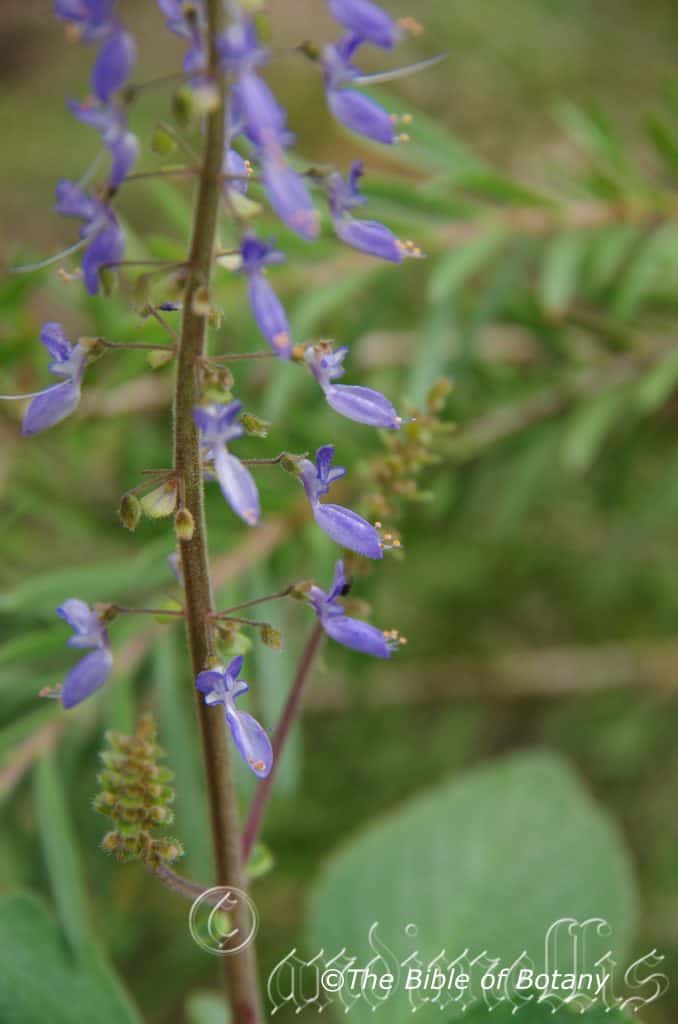
Author’s Garden The Pinnacles NSW
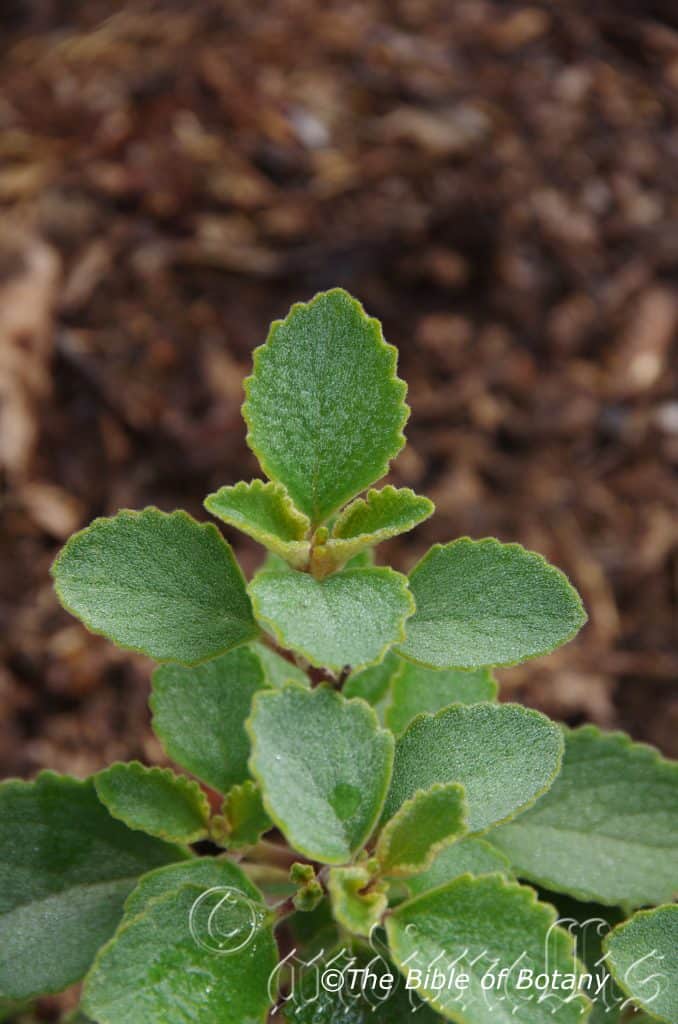
Author’s Garden The Pinnacles NSW

Author’s Garden The Pinnacles NSW

Author’s Garden The Pinnacles NSW
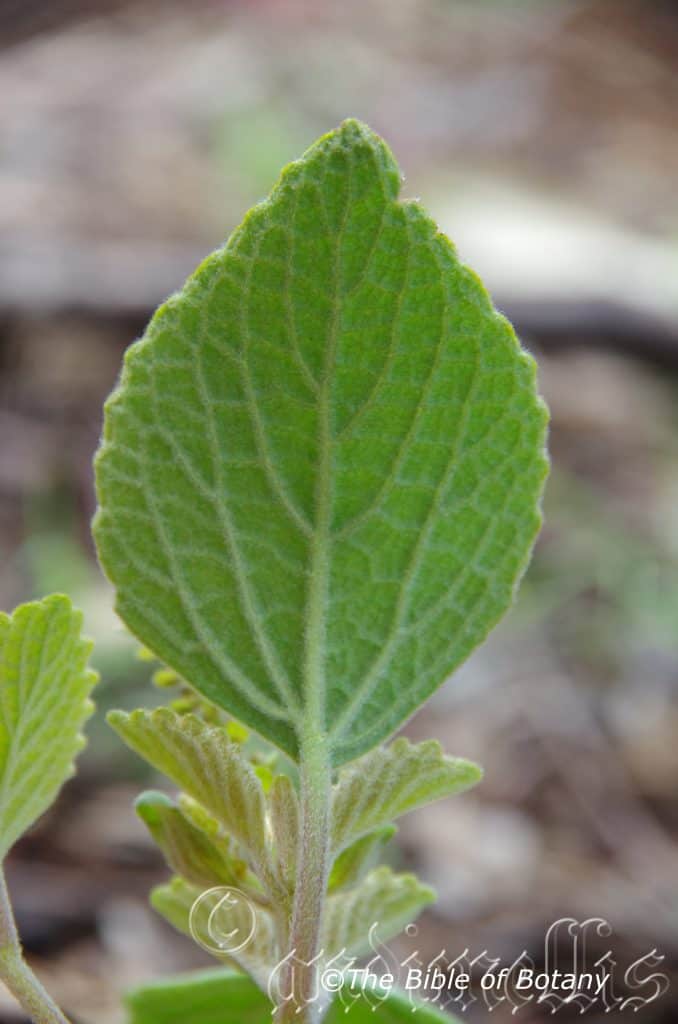
Author’s Garden The Pinnacles NSW
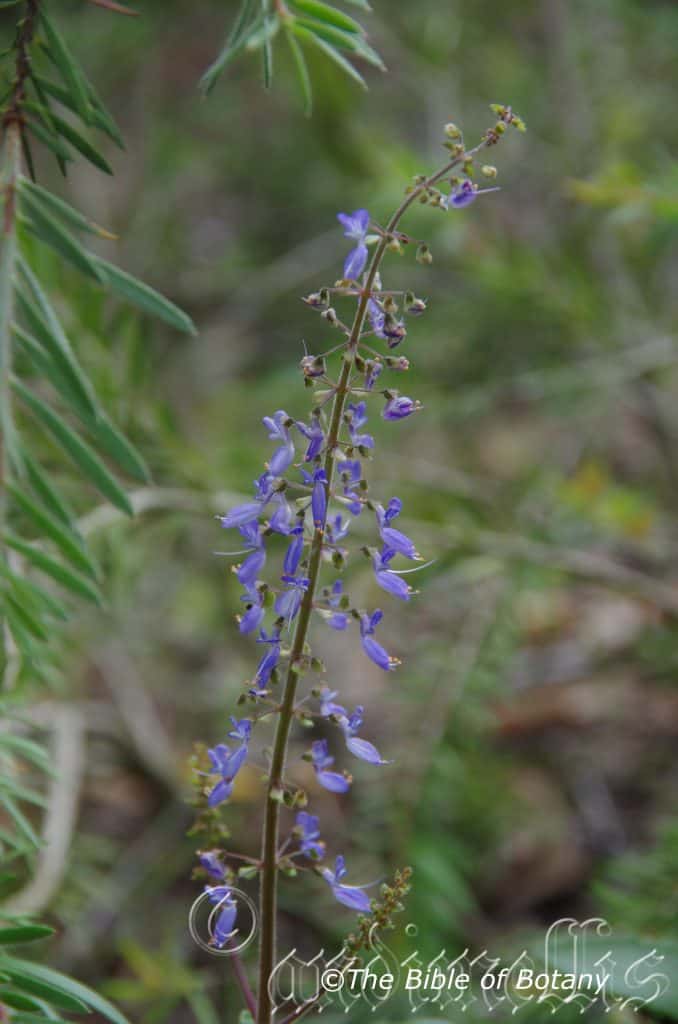
Author’s Garden The Pinnacles NSW
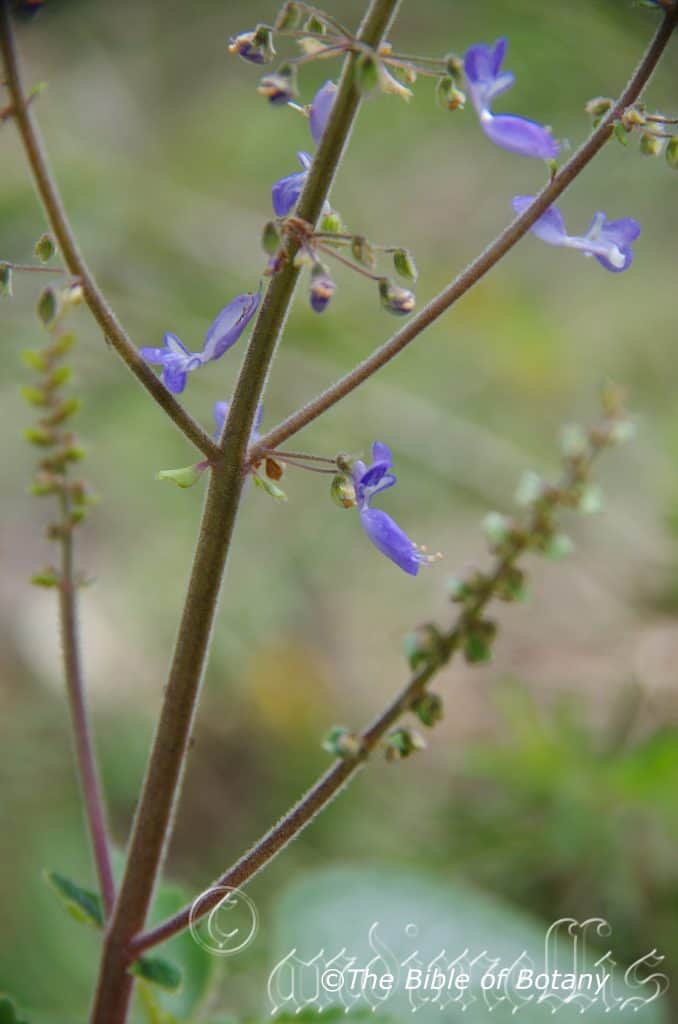
Author’s Garden The Pinnacles NSW
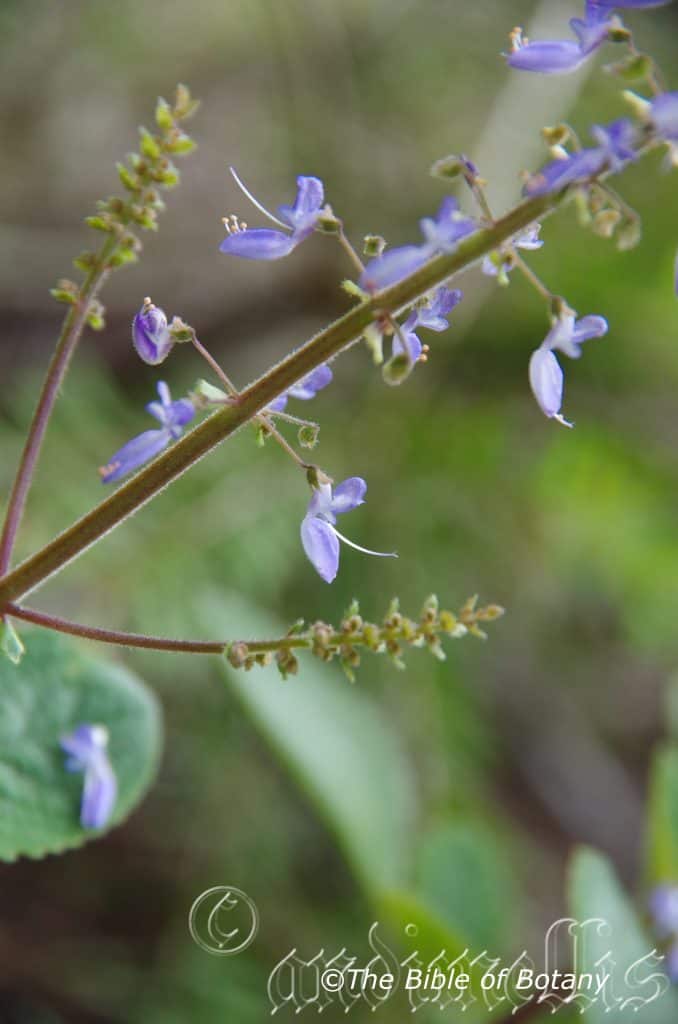
Author’s Garden The Pinnacles NSW
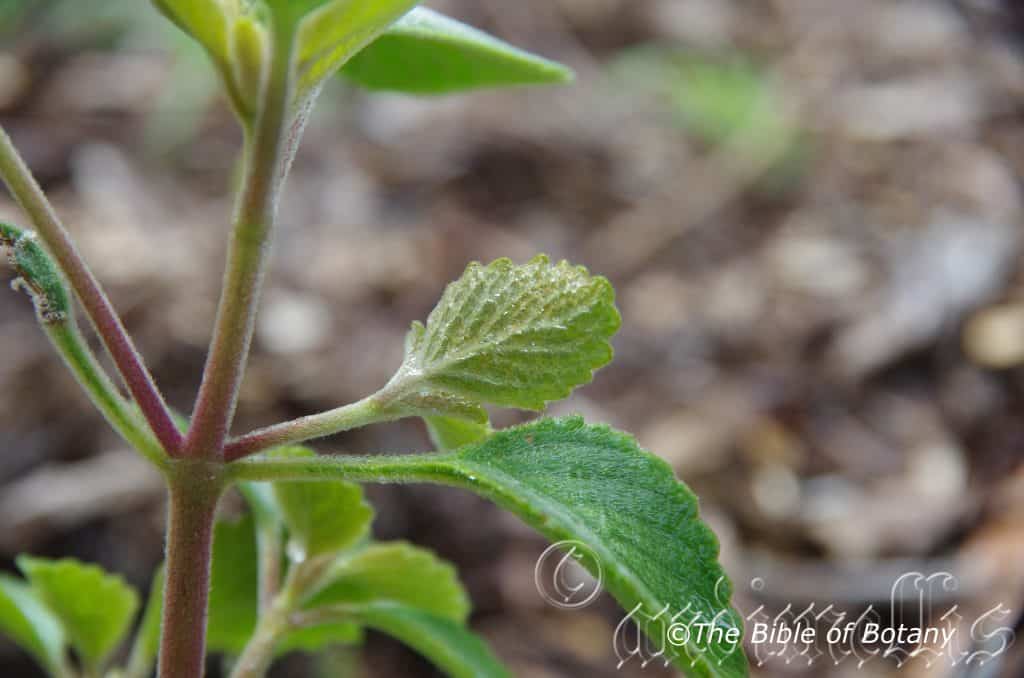
Author’s Garden The Pinnacles NSW
Coleus blakei
Classification:
Unranked: Eudicots
Unranked: Asterids
Order: Lamiales
Family: Lamiaceae
Tribe: Ocimeae
Genus: From Koleos, which is Ancient Greek, or Coleus, which is Late Latin for a sheath, sack or scrotum. It refers to plants, where the lower petals resemble a sack.
Specie: From Blake which is named in honour of Stanley Thatcher Blake; 1911-1973, who was a keen Australian born botanist.
He was botanist to the CSIRO Northern Australia Regional Survey in 1946-1947 and botanist and senior botanist at the Queensland Herbarium 1946 until his death in 1973. He specialised in taxonomy of tropical and subtropical grasses taking a particular interest in Cyperaceae, Eucalyptus, Idiospermaceae, Melaleuca and Plectranthus which are now known as Coleus.
Sub species:
Common Name:
Distribution:
Coleus blakei is restricted to a few small populations on and around the Blackdown Tableland National Park in central eastern Queensland.
https://avh.ala.org.au/occurrences/search?taxa=Plectranthus+blakeis#tab_mapView
Habitat Aspect Climate:
Coleus blakei prefers light dappled shade to full sun. It grows along creeks particularly near waterfalls and cascades. The altitude ranges from 780 meters ASL to 810 meters ASL.
The temperatures range from 6 degrees in August to 38 degrees in January.
The rainfalls range from lows of 800mm to an average of 1100mm.
Soil Requirements:
Coleus blakei prefers to grow in sandy loams to medium clays often associated with skeletal soils that are close to the parent rocks. The soils are derived from decomposed sandstone. The soils pH ranges from 5.5pH to 6pH. It does not tolerate waterlogged soils. Non saline soils to slightly saline soils are tolerated.
Height & Spread:
Wild Plants: 0.6m to 1 meter by 0.3m to 0.75m.
Characteristics:
* Measurements from plants in my garden – original Plant from Blaxland Tablands.
Coleus blakei stems and lateral branches erect, the lower woody part often straggling and up to 6mm thick, with a thickened, somewhat tuberous base. The stems are stout, dull, and brown when mature. The branchlets are a pale green tinged pink or red and are densely covered in soft, white to silvery pannate and pilose hairs. Glands are absent on this species.
Coleus blakei’s petiole is densely covered in white to silvery pannate hairs and measures 10mm to 30mm in length. The ovate to deltoid laminas measure 22mm to 65mm in length by 12mm to 45mm in width. The discolourous, dull deep green and densely covered in short, soft, white to silvery pannate hairs on the upper lamina, while the lower lamina is paler and densely covered in very short, white to silvery pannate hairs tending to be longer on the mid vein and main lateral veins. The margins are serrate to dentate with 8 to 12 pairs of short broad acute to obtuse teeth. There are many sessile yellow glands below, few to none above.
The inflorescence of Coleus blakei’s are cymose comprising of 1 to 3 branches. The pedicels are densely covered in very short, white to silvery pannate hairs. The calyx is densely covered in very short, white to silvery pannate hairs and measures 2.5mm to 3mm in length. The lilac to lilac-blue corolla measures 12mm to 17mm in length, while the tube measures 7mm to 9mm in length. The apical half curves at 90 to 120 degrees. The upper semi circular lobes measure 4mm in length by 3mm in width. The lateral semicircular lobes measure 3mm in length by 1.5mm in width. The lower lip measures 9mm to 10mm in length by 8mm to 10mm in width.
The purplish-blue style measures 13mm to 15mm long by 1mm in diameter.
The 4 stamens measure 7mm to 9mm in length and are fused to the tube near the bas. The pale yellow minute anthers anthers measure less than 1mm in length.
Coleus blakei’s cocci, calyx are persistent and measure 4mm to 5mm in length. The upper, ovate lobes measure 4mm in length by 2.5mm in width, while the lanceolate lateral lobes measure 1.5mm in length by lmm width. The lower lanceolate lobes measure 3mm in length by 1mm in width.The pale brown flattened, spherical seeds measure 1mm in length and 0.8 mm in width.
Wildlife:
Coleus blakei flowers are very attractive to most nectar feeding insects including Native Bees and Pollen Flies. Like all Coleus is a tremendous accent plant with its soft pale green leaves that is easy to grow from cuttings placed directly in the ground.
If the plants are too soft, in a too dry, too humid or too warm a microclimate mealy Bug can become a problem especially if toxic synthetic insecticides have been used around the property. The worst culprit is the Long Tailed Mealy bug (Pseudococcus longispinus) while the Citrus Mealy bug (Pseudococcus calceolariae) can also infect plants. Mealy bugs are those white cottony sap sucking bugs. Moist humid areas without much air flow are favoured by this sap sucker. They will never be eliminated in the garden but fortunately they are easy to control.
The Lady Beetles or Lady Birds (Family Coccinellideae particularly Cryptolaemus montrouzieri) has a special liking for mealy bugs. Cryptolaemus montrouzieri larvae look similar to mealy bugs covered in a white cottony cloak but stand nearly three times as tall. They lay 300 to 500 eggs over the 3 months of their lives close to their food source of aphids, mealy bugs or mites. The eggs hatch in 2 to 14 days. The larvae have 4 instars before it pupates. After 7 to 10 days as pupae the adults emerge.
Lady beetles over winter hide under rocks and logs in natural bush land so it is important to have some of these items scattered around the garden amongst shrubs in a natural landscape to keep the balanced cycle going. These lady beetles also have a liking for wax scale insects.
Cultivation:
Coleus blakei like all Coleus is a tremendous accent plant with its soft pale green leaves that is easy to grow from cuttings placed directly in the ground. It always looks fresh especially where a little water is added during the dry season or ground moisture is retained. It is most suitable for small, medium and large gardens close to the coast or high in the mountains in warm temperate or sub-tropical gardens. It does exceptionally mixed with another Blacksland Tableland plant in Melaleuca pearsonii. Regular trimming is required to keep it compact and bushy.
It is a magnificent addition in small rockeries as a fill in plant. Here it can be planted in small groups of 2 or 3 or as a standalone plant to create a harsher, more barren look with other arid plants. If it is surrounded by shorter plants with fine or large foliage that are deep green or lime green foliage then a year round contrast can be created with a strong accent in the center of the bed. Deep red or orange flowers will also create that dominate affect at the center giving height and strength to the bed whether it is in flower or not in flower the dominance in foliage will stand unchallenged.
Plants should be replaced every 3 or 4 years to maintain vigour and all year uninterrupted beauty.
Propagation:
Seeds:
Coleus blakei are best grown from cuttings where small numbers are required for the home garden.
Cuttings:
Coleus blakeyi strike very easy from cuttings and this method is the easiest way to increase plant numbers or to replace aged plants every 12 months.
Use 100mm to 120mm long cuttings from the previous or present season’s growth after it has hardened off. They can be taken at any time of the year in warmer climates where frosts do not occur. Remove half the leaves from the lower section and stand the cuttings in the mix with one pair of nodes just below the surface of the mix. Place the trays in a warm not hot position under 30mm to 60mm shade and keep moist not wet. When the cuttings have obviously struck and have developed good roots prick them out and plant them into 50mm native tubes. Return the tubes where they have been growing to further harden off before moving them to a new location and or planting out.
Fertilize using seaweed, fish emulsion or organic chicken pellets soaked in water on an alternate basis. Fertilize every two months until the plants are established then twice annually in early September or March to maintain better health, vitality and flowering.
Further Comments from Readers:
Hi reader, it seems you use The Bible of Botany a lot. That’s great as we have great pleasure in bringing it to you! It’s a little awkward for us to ask, but our first aim is to purchase land approximately 1,600 hectares to link several parcels of N.P. into one at The Pinnacles NSW Australia, but we need your help. We’re not salespeople. We’re amateur botanists who have dedicated over 30 years to saving the environment in a practical way. We depend on donations to reach our goal. If you donate just $5, the price of your coffee this Sunday, We can help to keep the planet alive in a real way and continue to bring you regular updates and features on Australian plants all in one Botanical Bible. Any support is greatly appreciated. Thank you.
In the spirit of reconciliation we acknowledge the Bundjalung, Gumbaynggirr and Yaegl and all aboriginal nations throughout Australia and their connections to land, sea and community. We pay our respect to their Elders past, present and future for the pleasures we have gained.
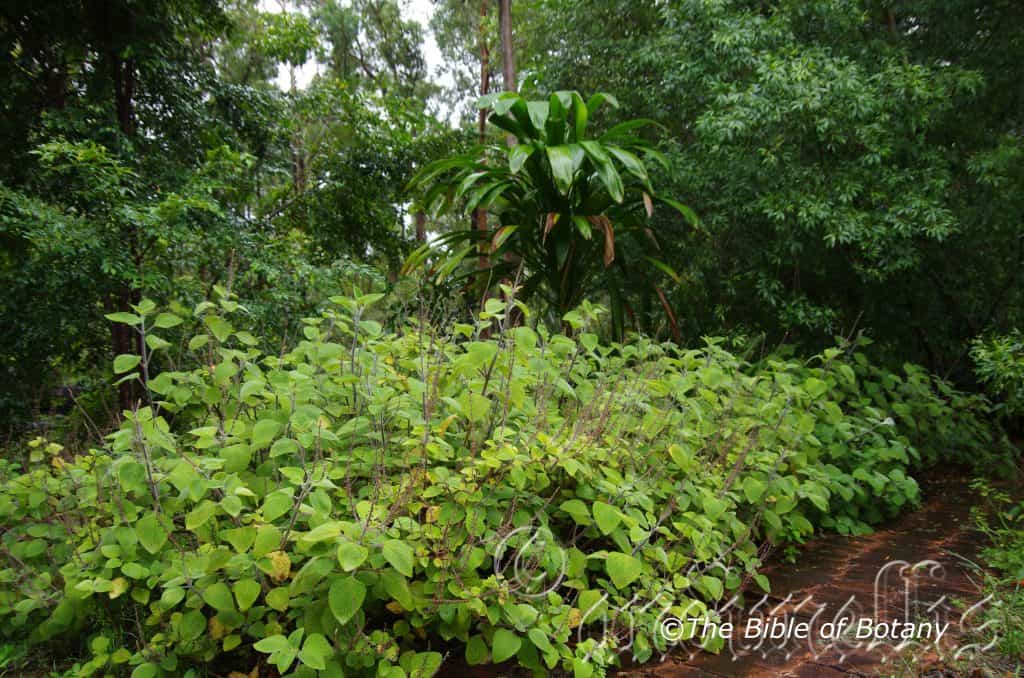
Author’s Garden The Pinnacles NSW
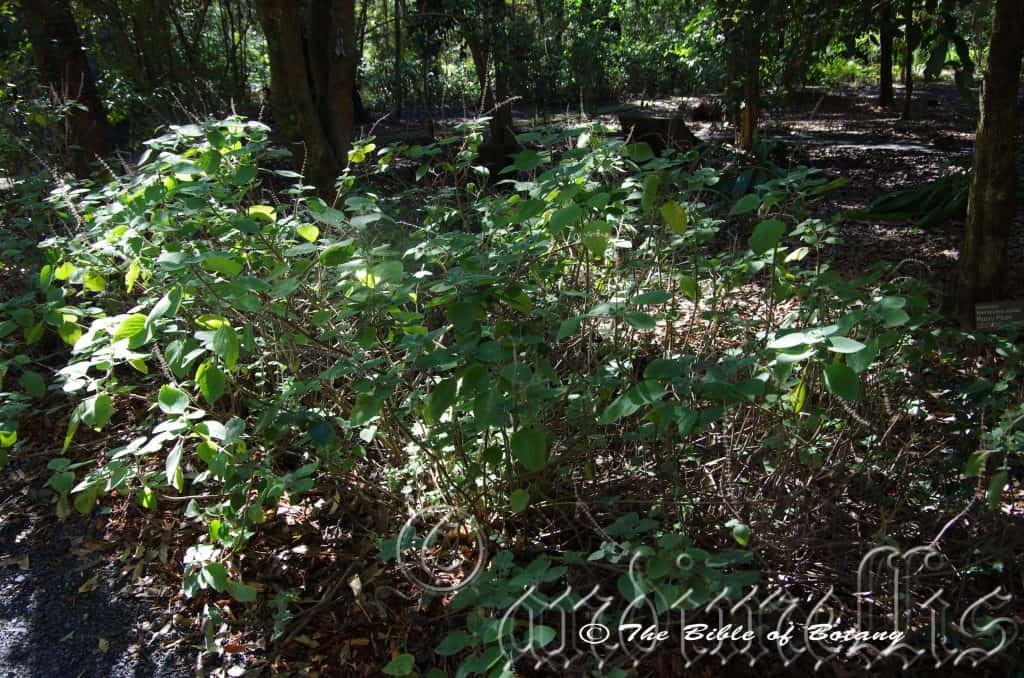
NCBG Coffs Harbour NSW
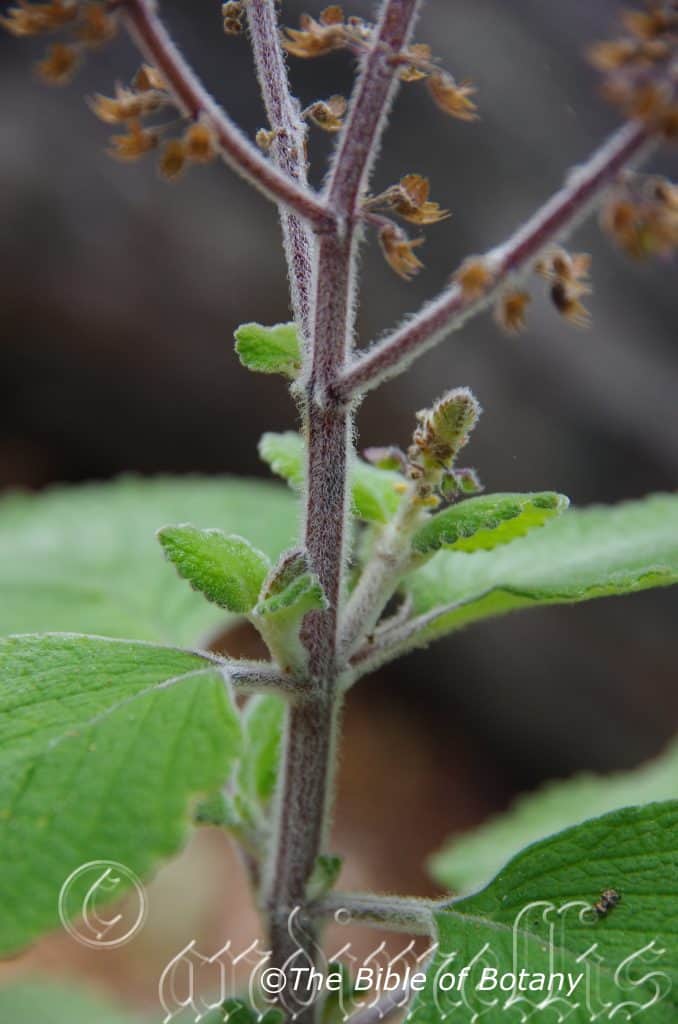
Author’s Garden The Pinnacles NSW

Author’s Garden The Pinnacles NSW
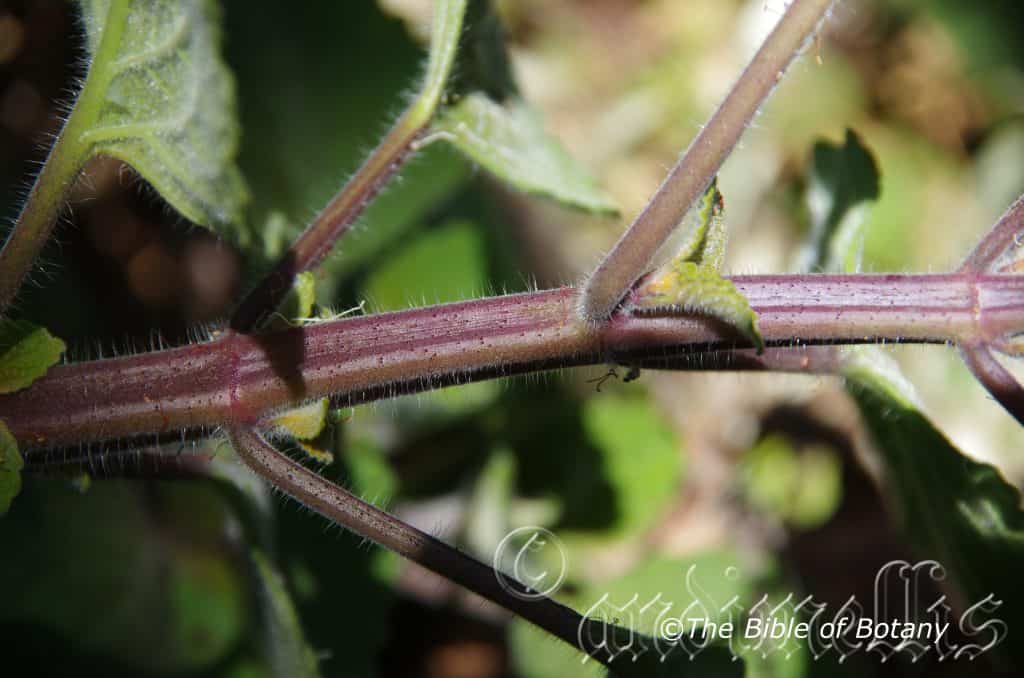
Author’s Garden The Pinnacles NSW
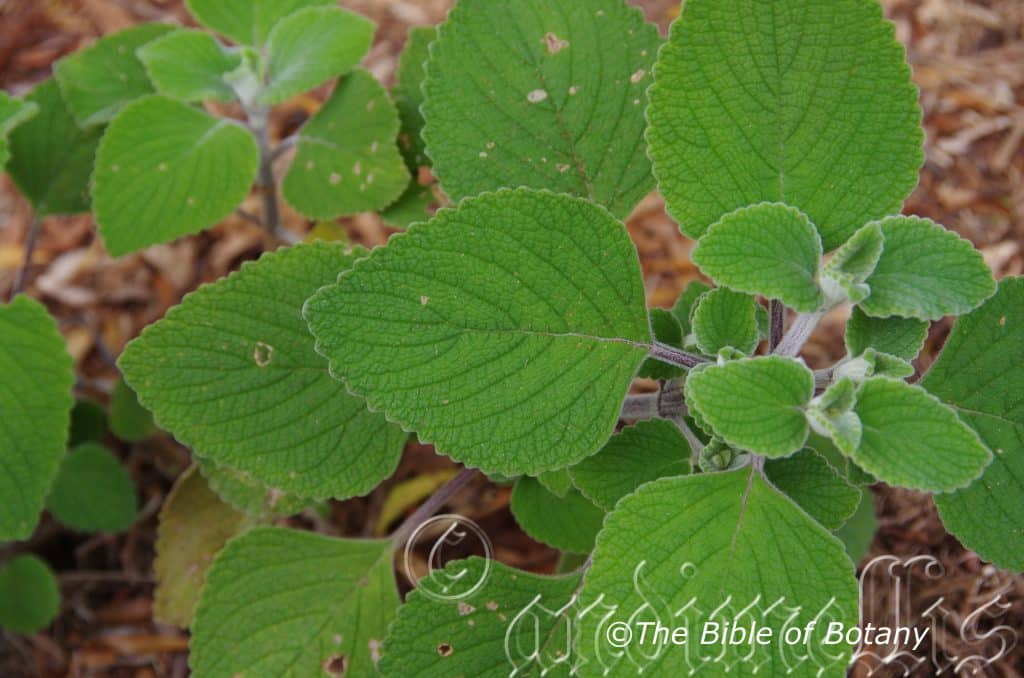
Author’s Garden The Pinnacles NSW
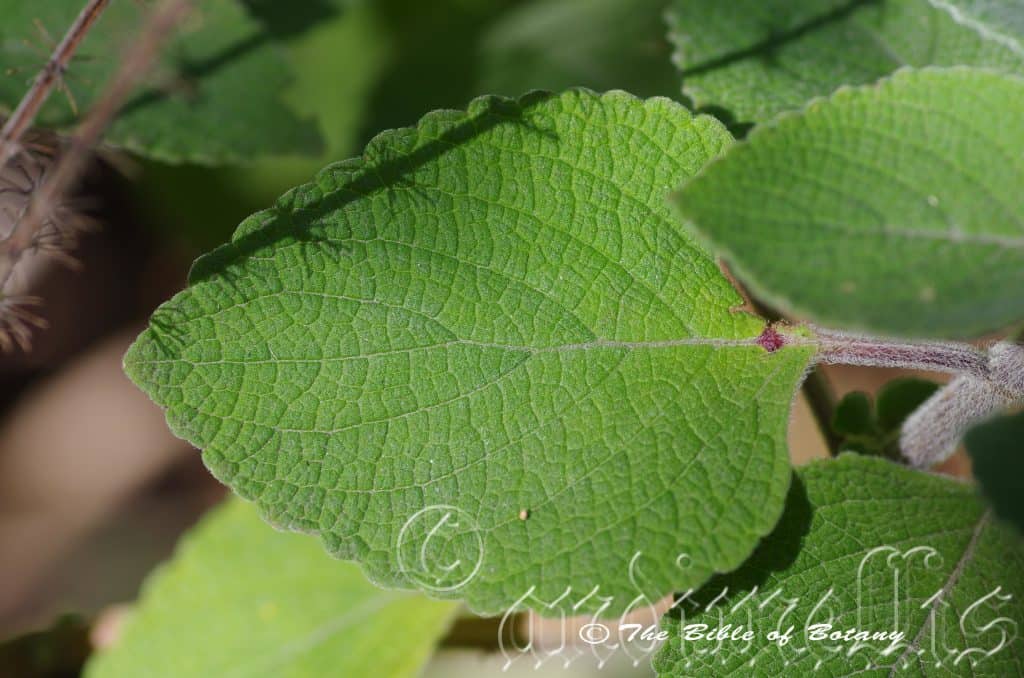
Author’s Garden The Pinnacles NSW
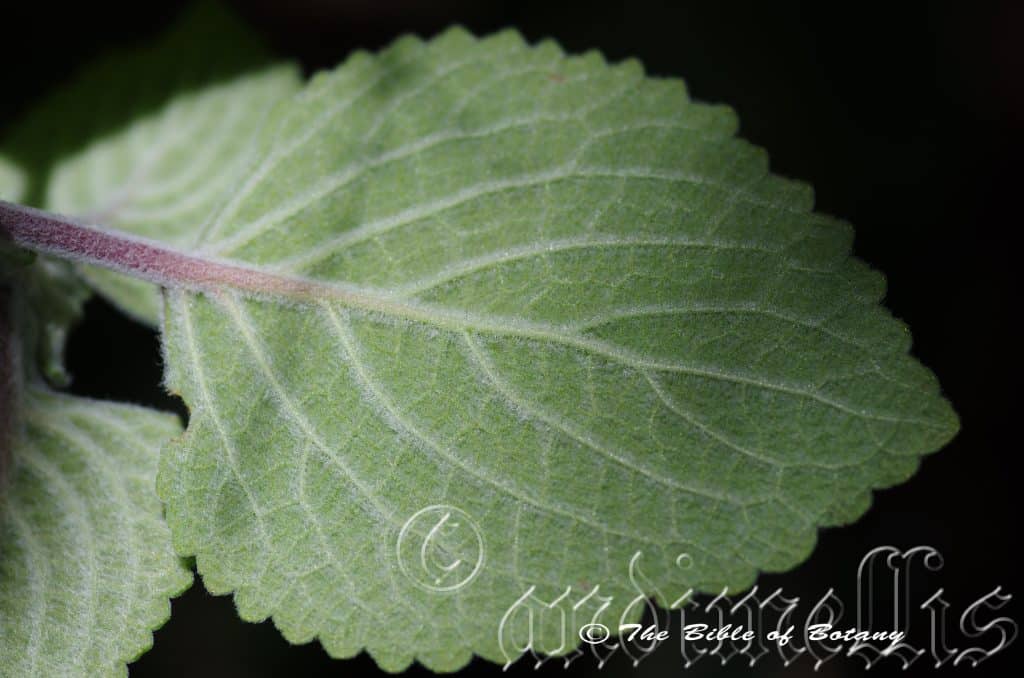
Author’s Garden The Pinnacles NSW
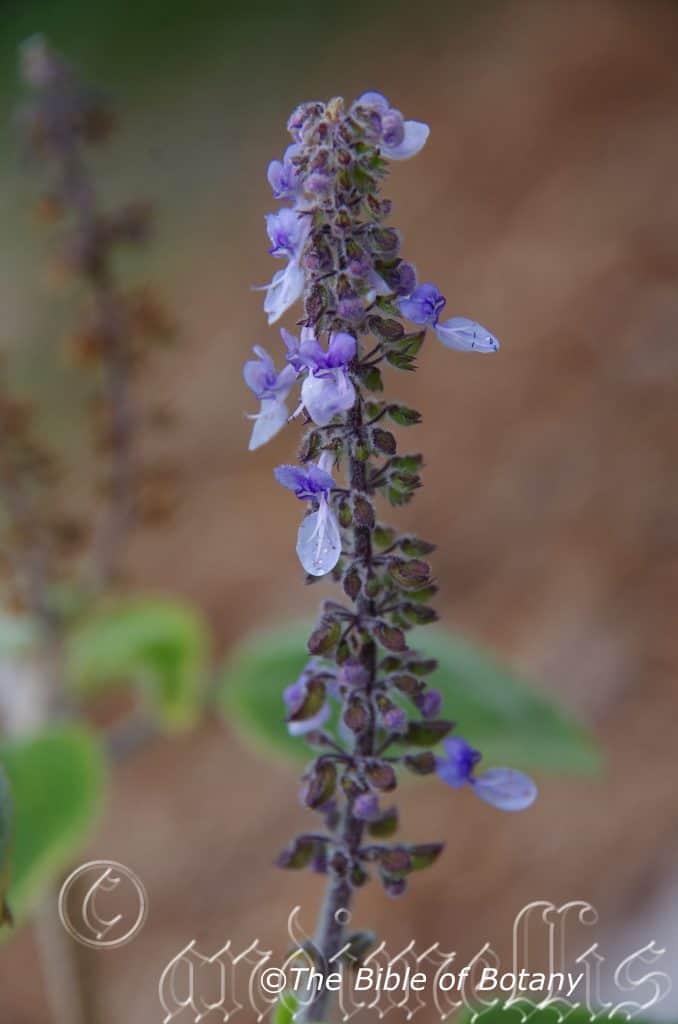
Author’s Garden The Pinnacles NSW
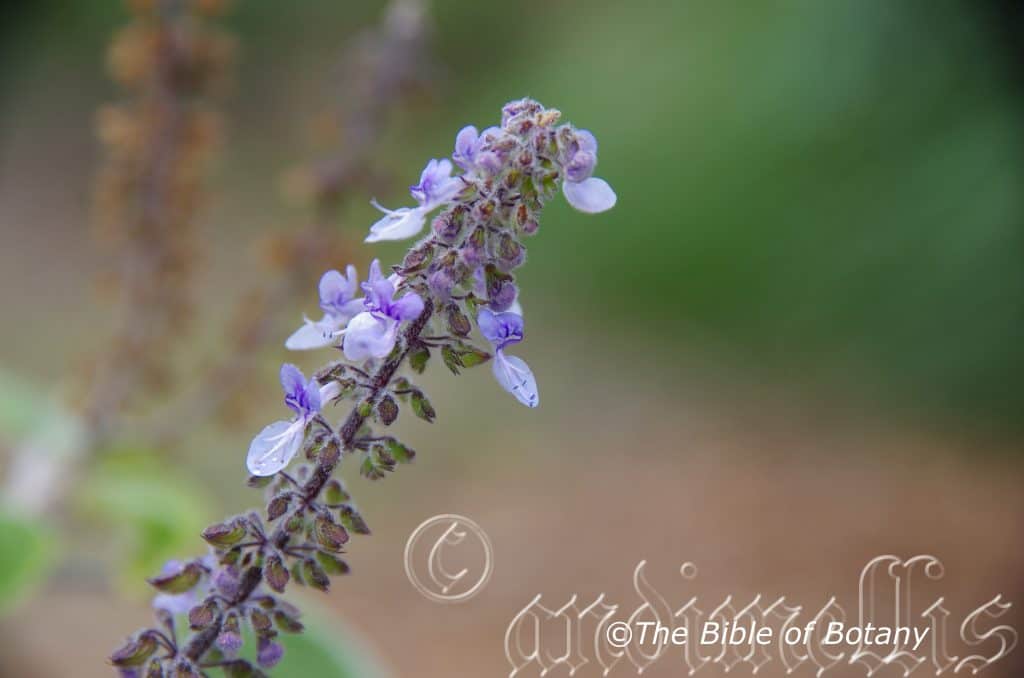
Author’s Garden The Pinnacles NSW
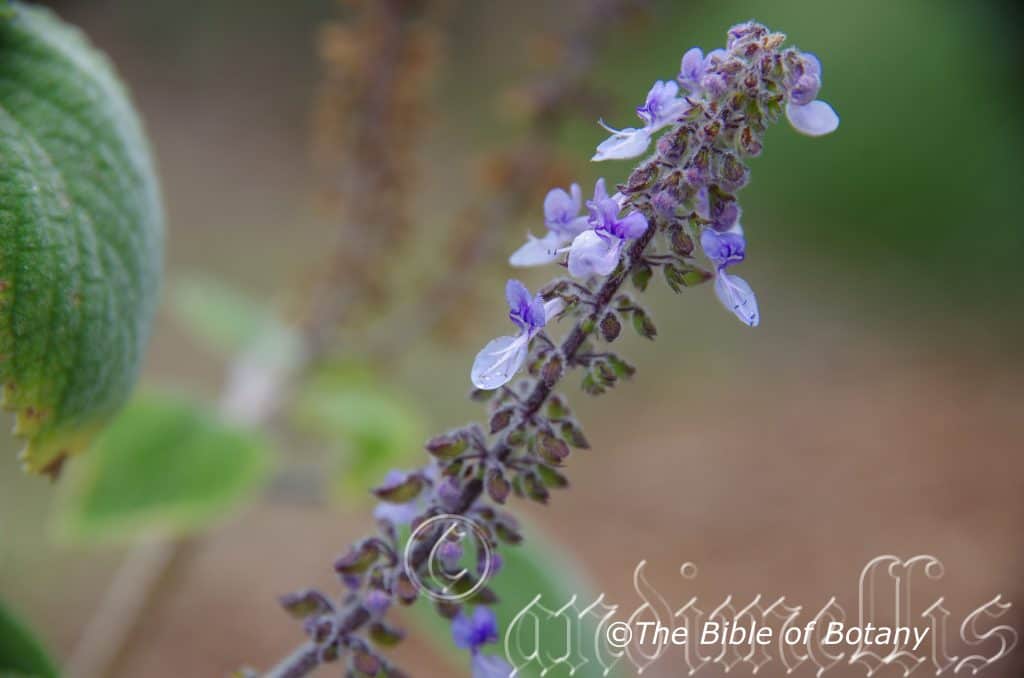
Author’s Garden The Pinnacles NSW

Author’s Garden The Pinnacles NSW
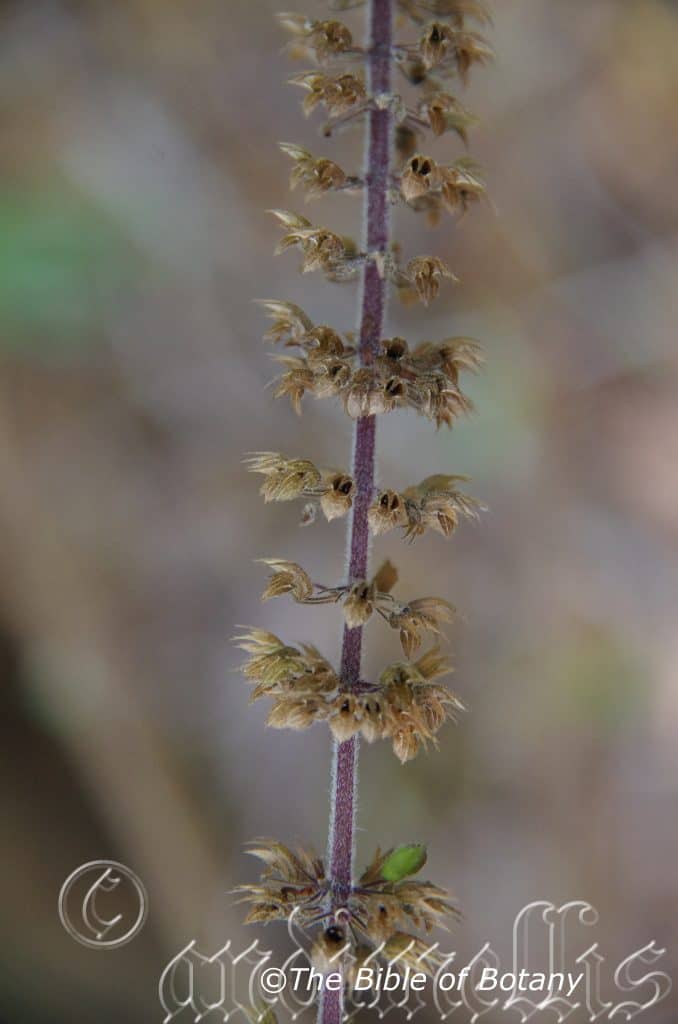
Author’s Garden The Pinnacles NSW
Coleus caldericola
Classification:
Unranked: Eudicots
Unranked: Asterids
Order: Lamiales
Family: Lamiaceae
Tribe: Ocimeae
Genus: From Koleos, which is Ancient Greek, or Coleus, which is Late Latin for a sheath, sack or scrotum. It refers to plants, where the lower petals resemble a sack.
Specie: From Calderia, which is Latin for a cauldron or warm bath and Cola, which is Latin for to dwell or live at. It refers to the habitat of plants, which prefer to live in the crater of old volcanoes.
Sub species:
Common Name:
Distribution:
Coleus caldericola is found at The Pinnacles in the Border Ranges National Park which is an ancient colcanoe crater in far north eastern New South Wales.
https://avh.ala.org.au/occurrences/search?taxa=Plectranthus+sp1#tab_mapView
Habitat Aspect Climate:
Coleus caldericola prefers light dappled shade to filtered sunlight. It grows on rocky ledges in crevices on cliffs, adjacent to moist Eucalyptus forests where there is some seepage or moisture retention. The altitude ranged from 700 meters to probably 900 meters ASL.
The temperatures range from 2 degrees in August to 35 degrees in January.
The rainfalls range from lows of 1400mm to an average of 2000mm.
Soil Requirements:
Coleus caldericola prefers to grow on rich skeletal red or white sands, reddish, light fatty clays to medium gritty clays often with copious quantities of leaf litter or on bare rock close to the parent rocks. The soils are usually derived from decomposed or partially decomposed sandstone. The soils pH ranges from 5pH to 6pH. It does not tolerate waterlogged soils. Non saline soils to moderately saline soils are tolerated.
Height & Spread:
Wild Plants: 0.5m to 1.2m by 0.6m to 1m.
Characteristics:
Measurements are taken from my cultivated plants which may vary greatly from the wild plants original plant donated from Coffs Harbour Botanic Gardens.
Coleus caldericola older stems are pale brown and square in cross section with a longitudinal channel. The younger stems are pinkish-purple to pink and are densely covered in short, fawn to white hirsute hairs.
Plectranthus caldericola deltoid to triangular laminas measure 50mm to 80m in length by 45mm to 55mm in width. The base is broad acute to truncate but never truncate while the apex is broad acute to obtuse. The margins are crenate with 7 to 9 pairs of teeth. The upper laminas are sparsely hairy with a few sessile glands, while the lower laminas are densely covered in short white hirsute hairs and sessile glands. The petioles measure 50mm to 330mm in length.
The mid vein and 8 lateral veins are strongly sunken while the secondary veins are moderately sunken on the upper lamina. The mid vein and 8 lateral veins are strongly prominent, while the secondary veins are moderately prominent on the lower lamina. The mid vein, lateral veins and secondary veins are densely covered in short, soft, white, canescent hairs. The leaves are not scented when crushed.
The infloresecence of Coleus caldericola are born in whirls on a terminal spike with 2 opposite lateral spikes. The triangular calyxes measure 1.8mm to 2mm in length elongating to 3.5mm on the mature fruits. The deep purple corollas measure 6mm to 9mm in length.The slightly curved corolla is slightly curved at an 160mm to 170mm at the base and measures 3mm to 4mm in length.
Plectranthus caldericola fruit is a small mericarp more or less globular, slightly flattened that measure 0.6mm to 0.7mm long, glossy brown.
Wildlife:
Coleus caldericola flowers are very attractive to most small nectar feeding insects including Native Bees and Pollen Flies.
If the plants are too soft, in a too dry, too humid or too warm a microclimate mealy Bug can become a problem especially if toxic synthetic insecticides have been used around the property. The worst culprit is the Long Tailed Mealy bug (Pseudococcus longispinus) while the Citrus Mealy bug (Pseudococcus calceolariae) can also infect plants. Mealybugs are those white cottony sap sucking bugs. Moist humid areas without much air flow are favoured by this sap sucker. They will never be eliminated in the garden but fortunately they are easy to control.
The Lady Beetles or Lady Birds (Family Coccinellideae particularly Cryptolaemus montrouzieri) has a special liking for mealy bugs. Cryptolaemus montrouzieri larvae look similar to mealy bugs covered in a white cottony cloak but stand nearly three times as tall. They lay 300 to 500 eggs over the 3 months of their lives close to their food source of aphids, mealybugs or mites. The eggs hatch in 2 to 14 days. The larvae have 4 instars before it pupates. After 7 to 10 days as pupae the adults emerge.
Lady beetles over winter hide under rocks and logs in natural bushland so it is important to have some of these items scattered around the garden amongst shrubs in a natural landscape to keep the balanced cycle going. These lady beetles also have a liking for wax scale insects.
Cultivation:
Coleus caldericola like all Coleus is a tremendous accent plant with its soft pale green leaves that is easy to grow from cuttings placed directly in the ground. It is most suitable for small, medium and large gardens close to the coast or high in the mountains in warm temperate or subtropical gardens. Its beautiful green foliage does well beneath tall open canopy trees like Tristania specie and Eucalyptus specie or dry rainforest species like Cupaniopsis anacharioides provided a little extra moisture is maintained l enhance its beauty. Keep them away from other similar growing prostrate plants as it can be invasive under ideal conditions or be overgrown by more dominant species. It looks particularly good planted adjacent to the edible mint (Mentha longifolia). The particular species does not flower prolifically. Plants I have grown at the Pinnacles in the garden have grown 0.005m to 0.2m in height by 0.3m to over 2m in diameter.
It is great in medium to large rockeries as a feature plant. Here it can be planted in small groups of 2 or 3 or as a standalone plant to create a harsh barren look with other arid plants. If it is surrounded by smaller plants with finer foliage that are pale green or deep green then a year round contrast can be created with a strong accent in the center of the bed. Deep red or orange flowers will also create that dominate affect at the center giving height and strength to the bed whether it is in flower or not in flower the dominance in foliage will stand unchallenged.
Plants should be replaced every 12 months to maintain vigour and all Plants should be replaced every 1 to 2 years to maintain vigour and all year uninterrupted beauty though I have had plants growing here for up to 7 years.
Propagation:
Seeds:
Coleus caldericola are best grown from cuttings rather than seed especially when a particular specie line is warranted as many species may hybridize when various species are grown together.
Cuttings:
Coleus caldericola is easily grown from cuttings and good strike rates are usually guaranteed. It is also not known whether the plants will hybridize when grown in close contact with each other.
Use 100mm to 120mm long cuttings from the previous or present season’s growth after it has hardened off. They can be taken at any time of the year in warmer climates where frosts do not occur. Remove half the leaves from the lower section and stand the cuttings in the mix with one pair of nodes just below the surface of the mix. Place the trays in a warm not hot position under 30mm to 60mm shade and keep moist not wet. When the cuttings have obviously struck and have developed good roots prick them out and plant them into 50mm native tubes. Return the tubes where they have been growing to further harden off before moving them to a new location and or planting out.
Fertilize using seaweed, fish emulsion or organic chicken pellets soaked in water on an alternate basis. Fertilize every two months until the plants are established then twice annually in early September and March to maintain better health, vitality and flowering.
Further Comments from Readers:
Hi reader, it seems you use The Bible of Botany a lot. That’s great as we have great pleasure in bringing it to you! It’s a little awkward for us to ask, but our first aim is to purchase land approximately 1,600 hectares to link several parcels of N.P. into one at The Pinnacles NSW Australia, but we need your help. We’re not salespeople. We’re amateur botanists who have dedicated over 30 years to saving the environment in a practical way. We depend on donations to reach our goal. If you donate just $5, the price of your coffee this Sunday, We can help to keep the planet alive in a real way and continue to bring you regular updates and features on Australian plants all in one Botanical Bible. Any support is greatly appreciated. Thank you.
In the spirit of reconciliation we acknowledge the Bundjalung, Gumbaynggirr and Yaegl and all aboriginal nations throughout Australia and their connections to land, sea and community. We pay our respect to their Elders past, present and future for the pleasures we have gained.

Mutton Bird Island NSW
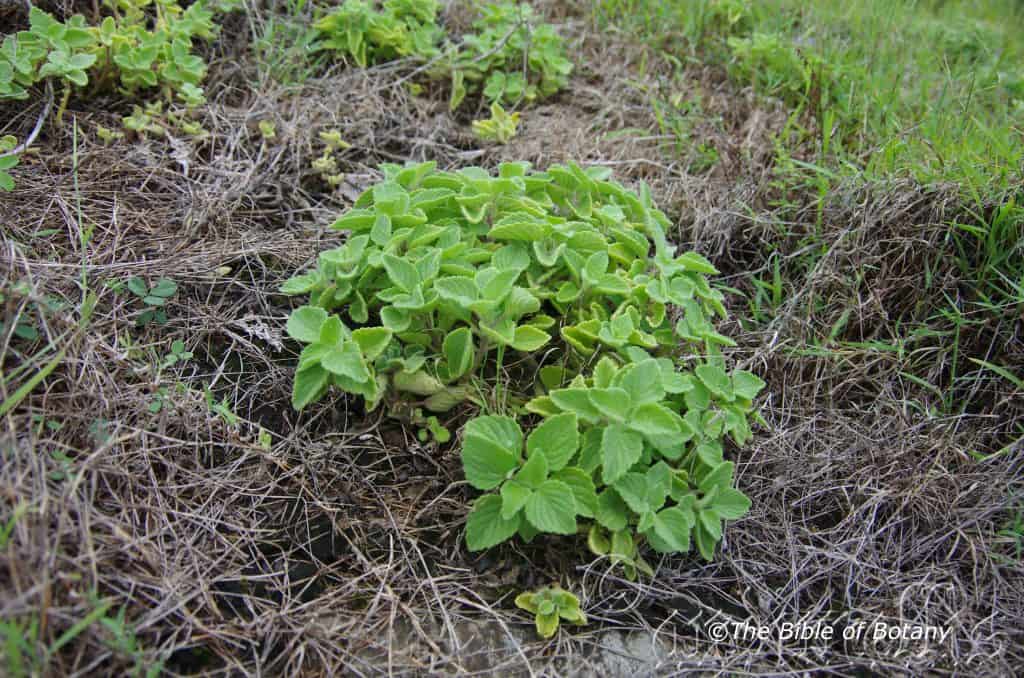
Mutton Bird Island NSW

Author’s Garden The Pinnacles NSW
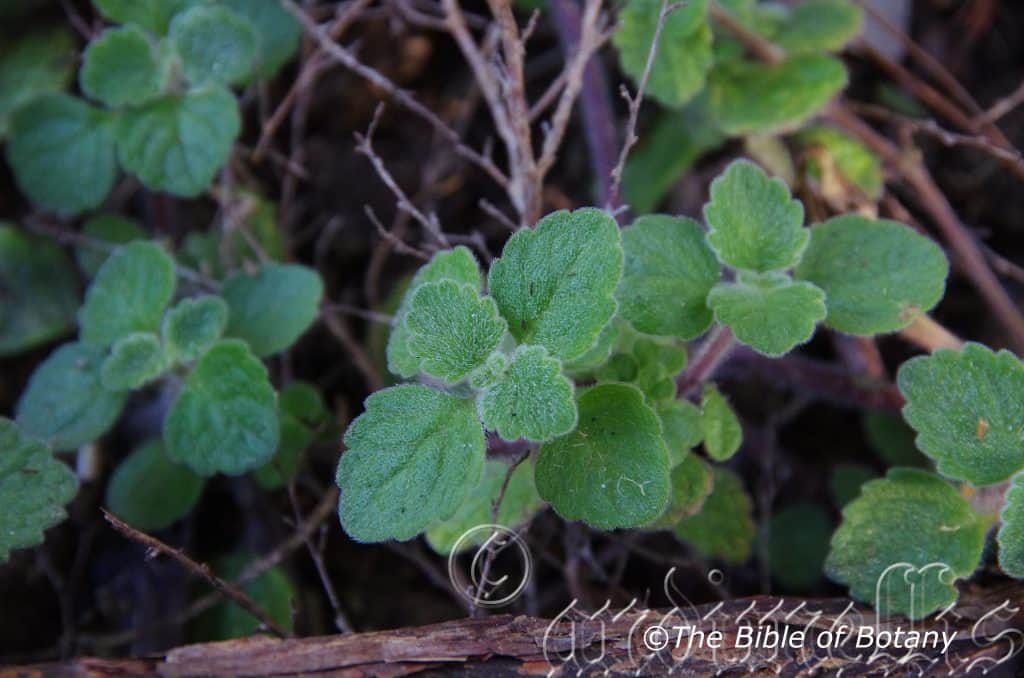
Author’s Garden The Pinnacles NSW
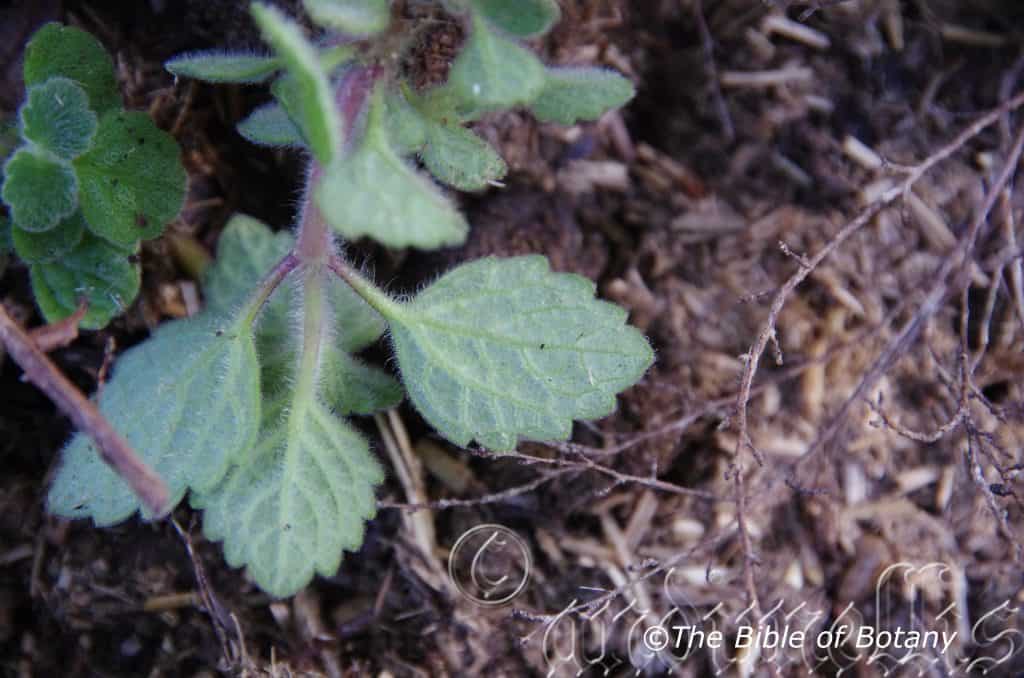
Author’s Garden The Pinnacles NSW
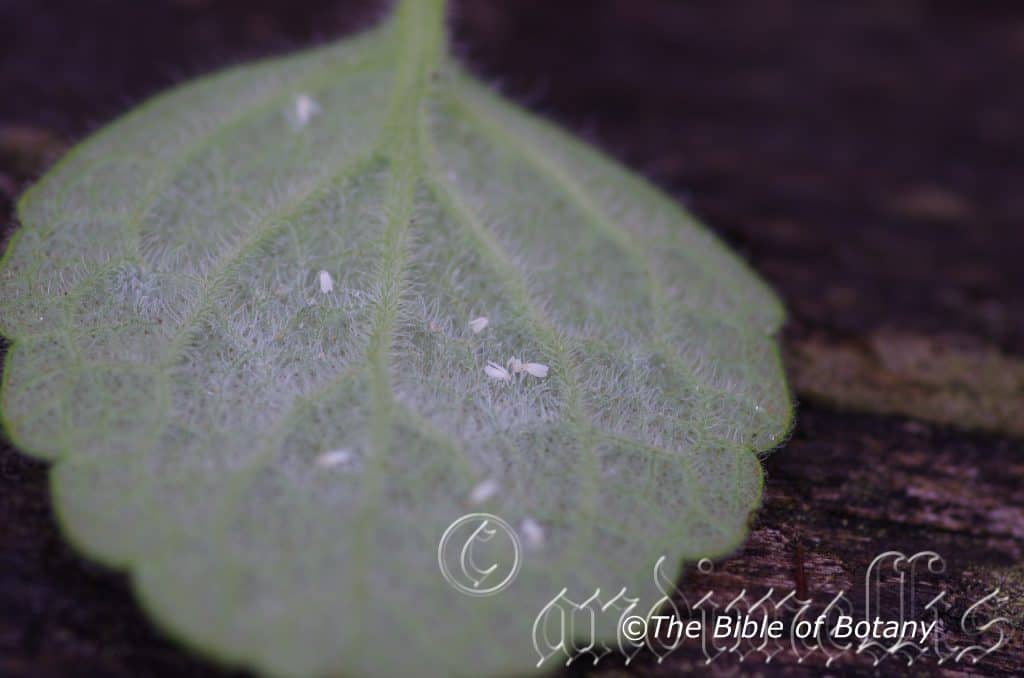
White Fly, Bemisia tabaci Author’s Garden The Pinnacles NSW
Coleus cremnus
Classification:
Unranked: Eudicots
Unranked: Asterids
Order: Lamiales
Family: Lamiaceae
Tribe: Ocimeae
Genus: From Koleos, which is Ancient Greek, or Coleus, which is Late Latin for a sheath, sack or scrotum. It refers to plants, where the lower petals resemble a sack.
Specie: From Kremnos, which is Ancient Greek for a cliff. It refers to shrubs which grow on the edges of cliffs.
Sub species:
Common Name: Kremnos Coleus.
Distribution:
Coleus cremnus is found in several disjunct populations on rocky headlands and cliffs close to the coast south from Southport to Nabiac.
https://avh.ala.org.au/occurrences/search?taxa=Plectranthus+cremnus#tab_mapView
Habitat Aspect Climate:
Coleus cremnus prefers light dappled shade to full sun. It grows on open rocky headlands along the coast and some adjacent islands close to the mainland. The altitude ranges from 15 meters to 140 meters ASL.
The temperatures range from 2 degrees in August to 38 degrees in January.
The rainfalls range from lows of 1200mm to an average of 1650mm.
Soil Requirements:
Coleus cremnus prefers soils that are light sandy clays to medium clays often with copious quantities of leaf litter to skeletal soils on the parent rocks. The soils are derived from decomposed black basalts or sandstones. The soils pH ranges from 5pH to 6pH. It does not tolerate waterlogged soils. Non saline soils to moderately saline soils are tolerated as are salt laden winds.
Height & Spread:
Wild Plants: 0.2m to 0.3m by 0.3m to 0.5m.
Characteristics:
Coleus cremnus’s grows as a prostrate to decumbent herb. The stems are pale green often tinged purple. The stems are moderately to densely covered in white hirsute hairs. The leaves have a geranium scent when crushed.
Coleus cremnus’s opposite, succulent, depressed ovate leaves measure 35mm to 40mm in length by 45mm to 50mm in width. The base is rounded to truncate, while the apex is obtuse. The concolourous laminas are pale soft green, and densely covered in soft white pannate hairs. The margins are crenate with 12 to 20 shallow lobes. The mid vein is prominent on the lower lamina and is visible on the upper lamina. The laminas curve slightly to strongly upwards from the mid vein.
The inflorescence of Coleus cremnus are born in whirls on a terminal spike. The spikes measure 80mm to 160mm in length by 30mm to 40mm in diameter. There are often 2 lesser secondary spikes which are born at the base of the main spike. The pedicels measure 1.5mm to 2.5mm in length.
The calyxes measure 0.8mm to 1.2mm in length while the 5 narrow triangular lobes measure 0.4mm to 0.6mm in length. The maroon or maroon partly green calyxes are covered white to silvery hirsute hairs. The white, pale blue or deep purple corollas measure 5mm to 6mm in length. The corolla is covered in white hirsute hairs. The 2 upper lobes are united, erect and measure 4mm to 4.5mm in length. The three lower lobes extend forward and measure 3mm to 3.5mm in length.
The 4 dimorphic filaments have 2 short and 2 long are lilac to lavender and measure 5mm to 6mm in length and gently curve upwards near the orbicular anthers. The bifid style measures 7.5mm to 8.2mm in length. The flowers appear throughout the year with a peak during the war5mer months.
Coleus cremnus’s fruits are small flattened or orbicular nutlets. The nutlets measure 0.8mm to 1mm in length by 0.7mm to 0.9mm in diameter. The pale green persistent calyxes turn deep grey on ripening and expand to 4mm to 4.5mm in length.
Wildlife:
Coleus cremnus flowers are very attractive to most nectar feeding insects including Native Bees and Pollen Flies.
If the plants are too soft, in a too dry, too humid or too warm a microclimate mealy Bug can become a problem especially if toxic synthetic insecticides have been used around the property. The worst culprit is the Long Tailed Mealy bug (Pseudococcus longispinus) while the Citrus Mealy bug (Pseudococcus calceolariae) can also infect plants. Mealy bugs are those white cottony sap sucking bugs. Moist humid areas without much air flow are favoured by this sap sucker. They will never be eliminated in the garden but fortunately they are easy to control.
The Lady Beetles or Lady Birds (Family Coccinellideae particularly Cryptolaemus montrouzieri) has a special liking for mealy bugs. Cryptolaemus montrouzieri larvae look similar to mealy bugs covered in a white cottony cloak but stand nearly three times as tall. They lay 300 to 500 eggs over the 3 months of their lives close to their food source of aphids, mealy bugs or mites. The eggs hatch in 2 to 14 days. The larvae have 4 instars before it pupates. After 7 to 10 days as pupae the adults emerge.
Lady beetles over winter hide under rocks and logs in natural bush land so it is important to have some of these items scattered around the garden amongst shrubs in a natural landscape to keep the balanced cycle going. These lady beetles also have a liking for wax scale insects.
Cultivation:
Coleus cremnus like all Coleus is a tremendous accent plant with its soft pale green leaves that is easy to grow from cuttings placed directly in the ground. It always looks fresh especially where a little water is added during the dry season or ground moisture is retained. It is most suitable for small, medium and large gardens close to the coast or high in the mountains in warm temperate or subtropical gardens. It does better when grown in light dappled shade. Keep them away from other similar growing prostrate plants as it can be invasive under ideal conditions. The flowers are produced in profusion over a very long period which makes them a beautiful addition to the garden.
It is great in small rockeries as a fill in plant. Here it can be planted in small groups of 2 or 3 or as a standalone plant to create a harsh barren look with other arid plants. If it surrounds taller plants to a meter with large foliage that are deep green then year round contrast can be created with a strong accent in the center of the bed. Deep red or orange flowers will also create that dominate affect at the center giving height and strength to the bed whether it is in flower or not in flower the dominance in foliage will stand unchallenged.
Plants should be replaced every 12 months to maintain vigour and all year uninterrupted beauty.
Propagation:
Seeds:
Coleus cremnus are best grown from cuttings rather than seed especially when a particular form or leaf colour is required.
Cuttings:
Coleus cremnus strike very easy from cuttings and this method is the easiest way to increase plant numbers or to replace aged plants every few years if required.
Use 100mm to 120mm long cuttings from the previous or present season’s growth after it has hardened off. They can be taken at any time of the year in warmer climates where frosts do not occur. Remove half the leaves from the lower section and stand the cuttings in the mix with one pair of nodes just below the surface of the mix. Place the trays in a warm not hot position under 30mm to 60mm shade and keep moist not wet. When the cuttings have obviously struck and have developed good roots prick them out and plant them into 50mm native tubes. Return the tubes where they have been growing to further harden off before moving them to a new location and or planting out.
Fertilize using seaweed, fish emulsion or organic chicken pellets soaked in water on an alternate basis. Fertilize every two months until the plants are established then twice annually in early September or March to maintain better health, vitality and flowering.
Further Comments from Readers:
Hi reader, it seems you use The Bible of Botany a lot. That’s great as we have great pleasure in bringing it to you! It’s a little awkward for us to ask, but our first aim is to purchase land approximately 1,600 hectares to link several parcels of N.P. into one at The Pinnacles NSW Australia, but we need your help. We’re not salespeople. We’re amateur botanists who have dedicated over 30 years to saving the environment in a practical way. We depend on donations to reach our goal. If you donate just $5, the price of your coffee this Sunday, We can help to keep the planet alive in a real way and continue to bring you regular updates and features on Australian plants all in one Botanical Bible. Any support is greatly appreciated. Thank you.
In the spirit of reconciliation we acknowledge the Bundjalung, Gumbaynggirr and Yaegl and all aboriginal nations throughout Australia and their connections to land, sea and community. We pay our respect to their Elders past, present and future for the pleasures we have gained.
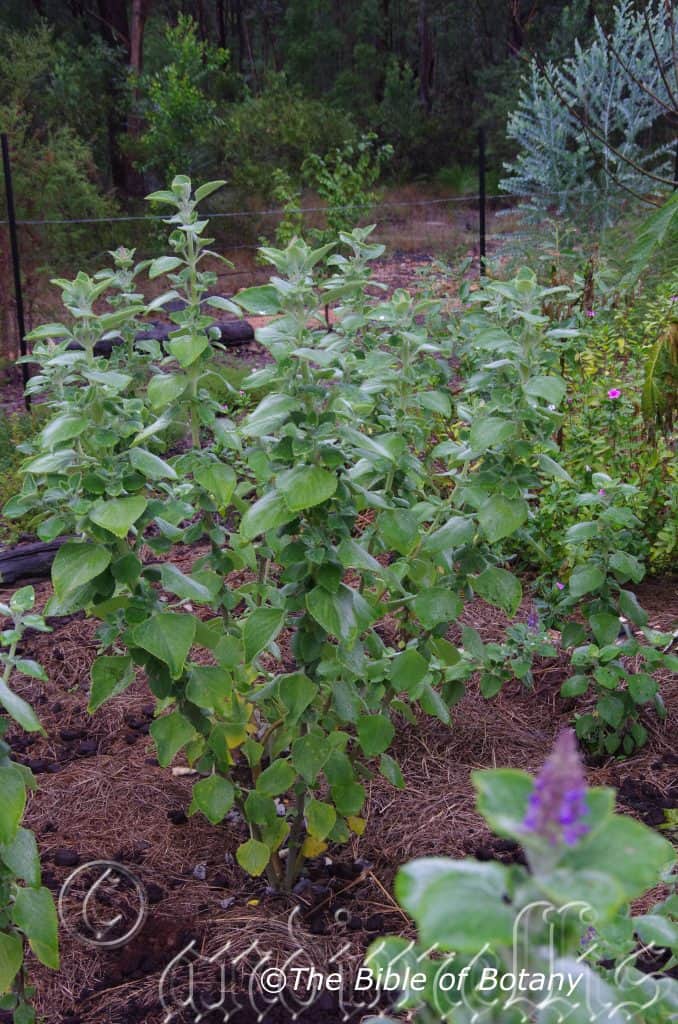
Author’s Garden The Pinnacles NSW
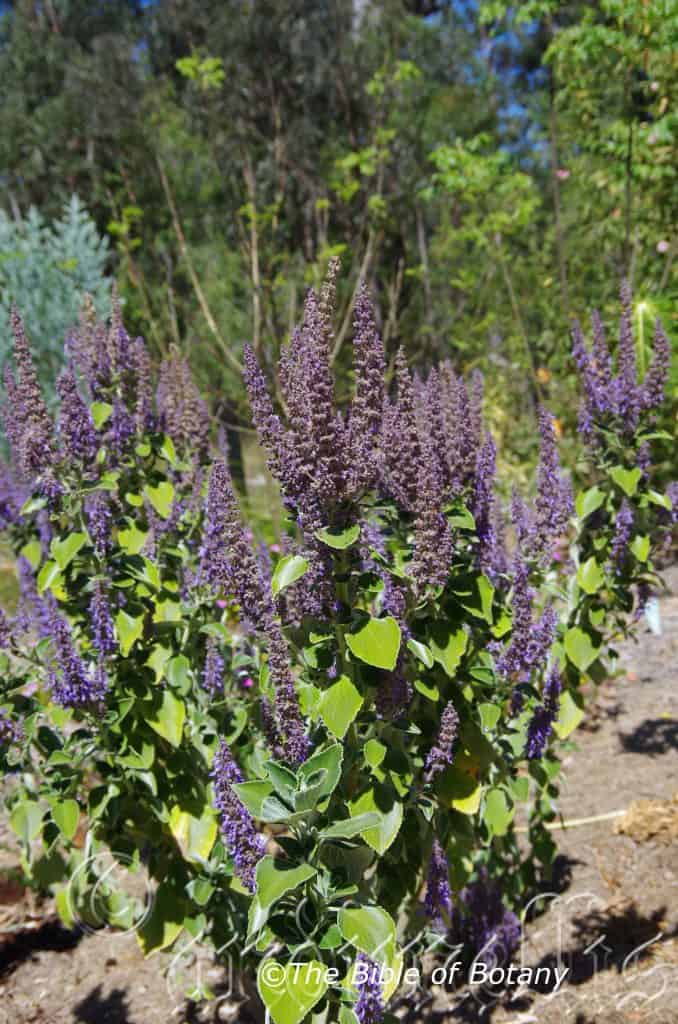
Author’s Garden The Pinnacles NSW
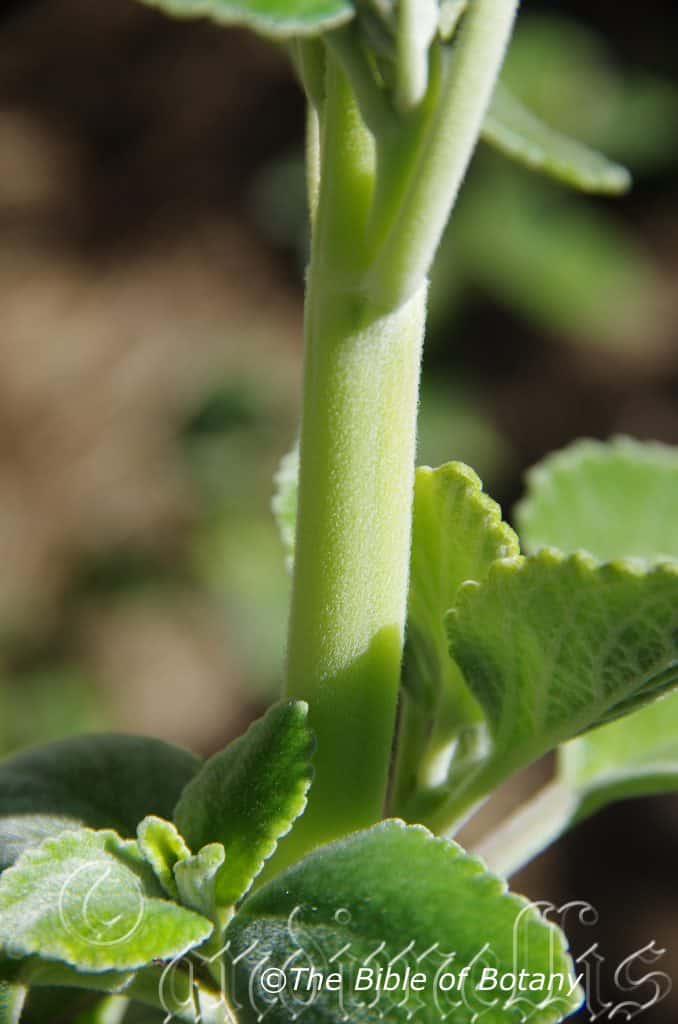
Author’s Garden The Pinnacles NSW

Author’s Garden The Pinnacles NSW

Author’s Garden The Pinnacles NSW
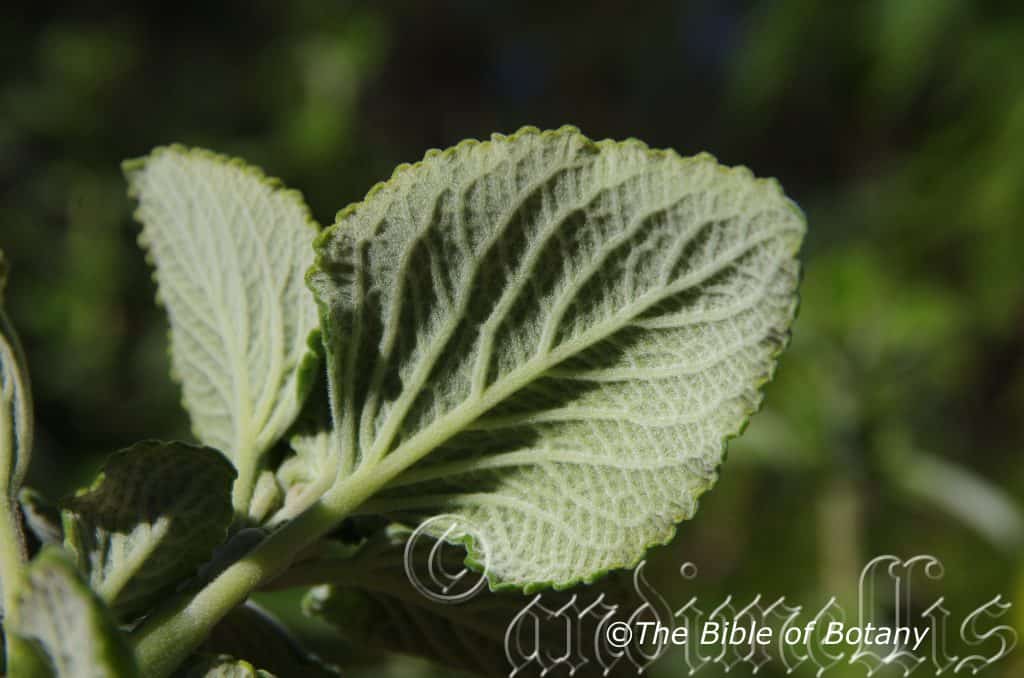
Author’s Garden The Pinnacles NSW
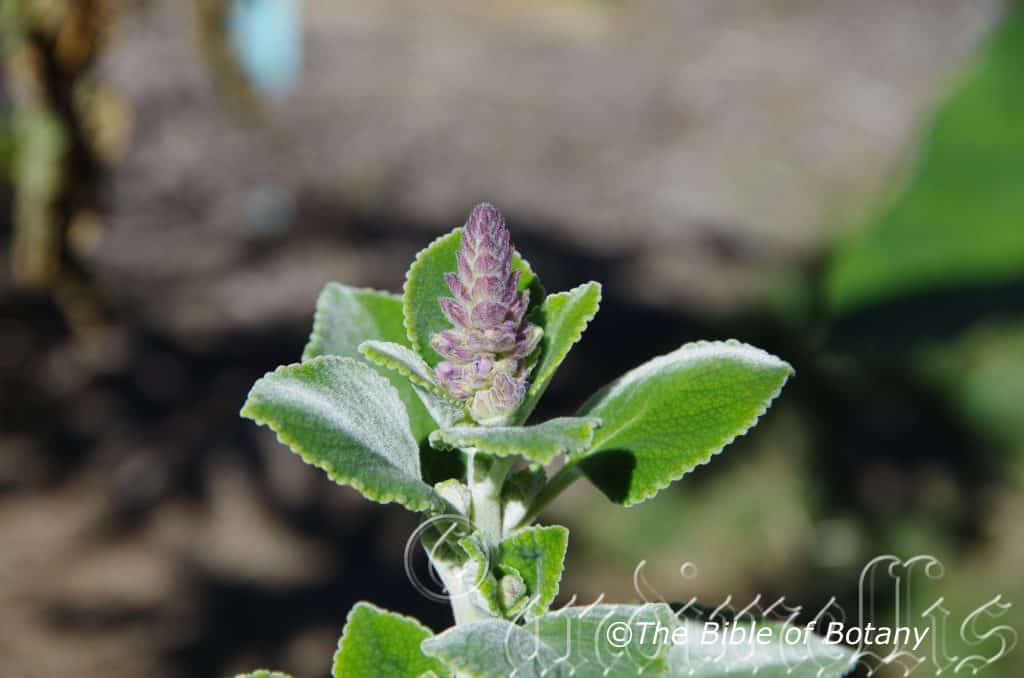
Author’s Garden The Pinnacles NSW
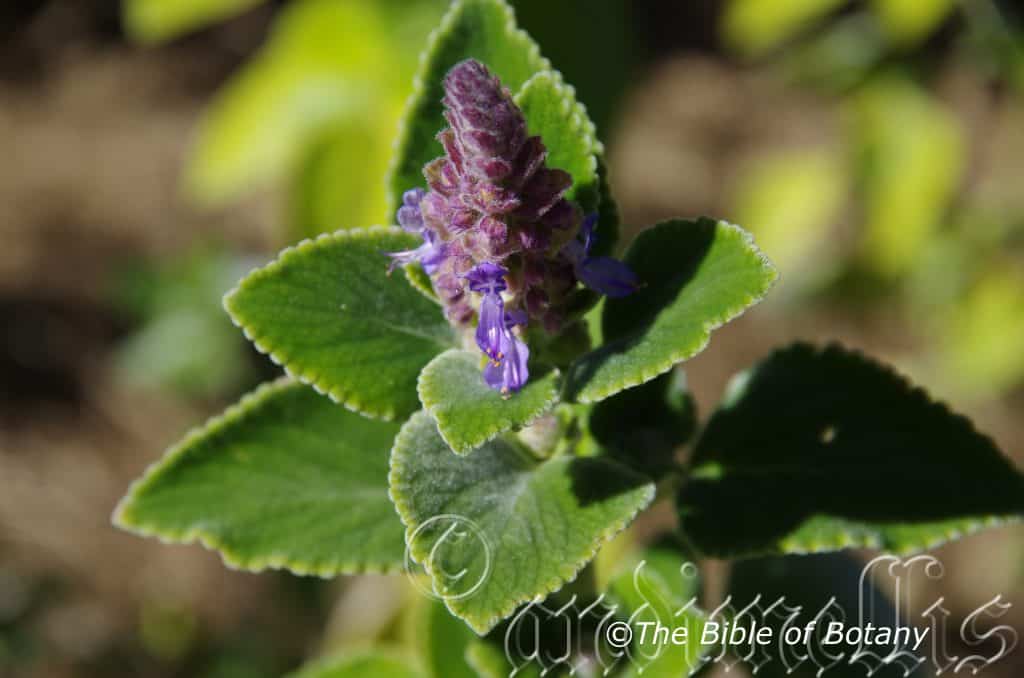
Author’s Garden The Pinnacles NSW
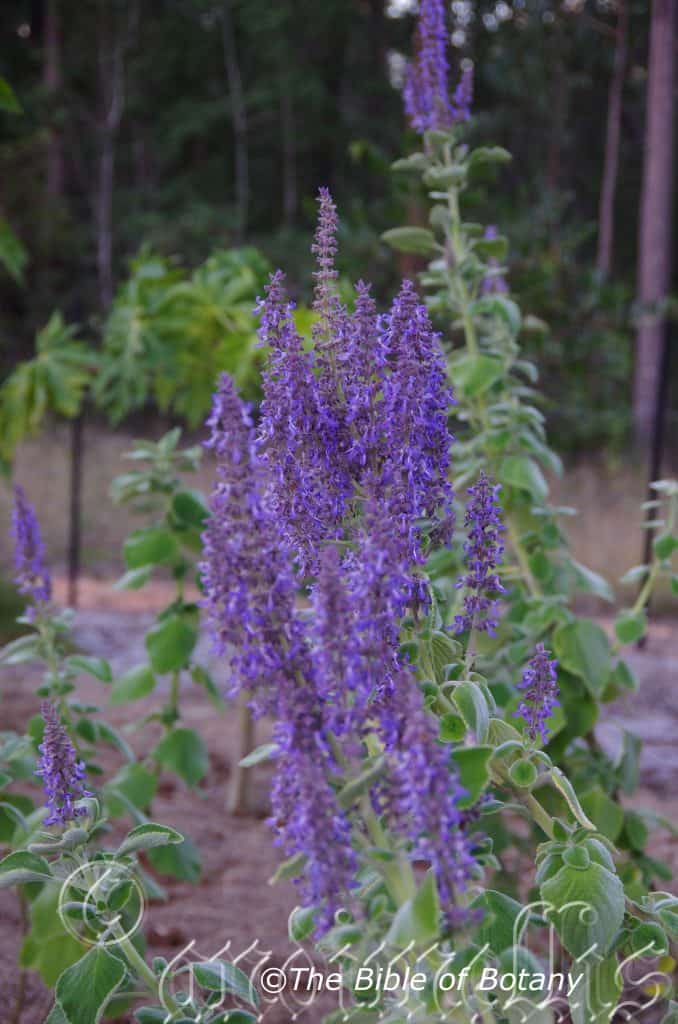
Author’s Garden The Pinnacles NSW

Author’s Garden The Pinnacles NSW
Coleus diversus
Classification:
Unranked: Eudicots
Unranked: Asterids
Order: Lamiales
Family: Lamiaceae
Tribe: Ocimeae
Genus: From Koleos, which is Ancient Greek, or Coleus, which is Late Latin for a sheath, sack or scrotum. It refers to plants, where the lower petals resemble a sack.
Specie: From diversus, which is Latin for diverse or different. It refers to plants, which grow in different types of habitats.
Sub species:
Common Name:.
Distribution:
Coleus diversus is found in several disjunct populations south from Mount Gibson to Tauton National Park in far north to central Queensland. It is found on and east of the Great Dividing Range to the coast and off shore Islands.
https://avh.ala.org.au/occurrences/search?taxa=Plectranthus+diversus#tab_mapView
Habitat Aspect Climate:
Coleus diversus prefers light dappled shad. It grows on open woodlands, on the edge of rainforests, exposed island habitats and more open vine forests. The altitude ranges from 5 meters to 250 meters ASL.
The temperatures range from 6 degrees in August to 40 degrees in January.
The rainfalls range from lows of 1200mm to an average of 3200.
Soil Requirements:
Coleus diversus prefers soils that are light sandy clays to medium clays often with copious quantities of leaf litter to skeletal soils over the parent rocks. The soils are derived from decomposed granites or sandstones. The soils pH ranges from 5pH to 6pH. It does not tolerate waterlogged soils. Non saline soils to moderately saline soils are tolerated as are salt laden winds.
Height & Spread:
Wild Plants: 0.6m to 2m by 0.5m to 1m.
Characteristics: Measurements taken from my garden plants – Original plant donated from Anderson Gardens Townsville.
Coleus diversus grows as an erect usually open herbaceous shrub. The purple young stems are square in cross section and densely covered in long, soft white hirsute hairs with a scattering of shorter glandular hairs. The young stems and leaves have a somewhat Eucalyptus scent when crushed.
Coleus diversus’s petiole is densely covered in minute soft, white hirsute hairs and measures 12mm to 25mm in length. The opposite, ovate leaves measure 40mm to 75mm in length by 30mm to 55mm in width. The bases are broad cuneate, while the apex is obtuse. The discolourous upper lamina is mid green, and densely covered in short, soft, white hirsute hairs, while the lower lamin is paler and densely covered in minute soft, white hirsute hairs. The margins are crenate or at times are partially double crenate with 8 to 14 shallow lobes, with a very slight undulation. The mid vein and 5 to 6 lateral veins are prominent on the lower lamina and depressed on the upper lamina. The laminas curve very slightly upwards from the mid vein.
The inflorescence of Coleus diversus are born on elongated fasciculated cymes or at times loose panicles that measure 60mm to 250mm in length by 50mm to 80mm in diameter. There are often 4 to 6 lesser secondary spikes which are born at the base of the main spike. The pedicels measure 1mm to 2.5mm in length.
The linear calyxes measure 3mm to 5mm in length. The maroon or maroon partly green calyxes are covered in minute, white to silvery hirsute hairs, glandular hairs and orange sessile glands. The pale blue or lavender corolla have white markings with the lower petal measuring 8mm to 10mm in length. The 2 upper lobes are united, erect and measure 4mm to 4.5mm in length.
The filaments measure 5mm to 8mm in length and gently curve upwards near the orbicular, basifixed anthers. The bifid style measures 6mm to 8.5mm in length. The flowers appear throughout the year with a peak during the warmer months.
Coleus diversus’s fruits have 2 to 4 small flattened or orbicular nutlets. The nutlets measure 0.8mm to 1.2mm in in diameter. The pale green persistent calyxes turn fawn on ripening.
1
Wildlife:
Coleus diversus flowers are very attractive to most nectar feeding insects including Native Bees like Tetragonula carbonaria and the common blue banded bee, Amegilla cingulata.
If the plants are too soft, in a too dry, too humid or too warm a microclimate mealy Bug can become a problem especially if toxic synthetic insecticides have been used around the property. The worst culprit is the Long Tailed Mealy bug (Pseudococcus longispinus) while the Citrus Mealy bug (Pseudococcus calceolariae) can also infect plants. Mealy bugs are those white cottony sap sucking bugs. Moist humid areas without much air flow are favoured by this sap sucker. They will never be eliminated in the garden but fortunately they are easy to control.
Cultivation:
Coleus diversus like all Coleus is a tremendous accent plant with its soft pale green leaves that is easy to grow from cuttings placed directly in the ground. It always looks fresh especially where a water is added during the dry season or ground moisture is retained. It is suitable for small, medium and large gardens close to the coast or high in the mountains in warm temperate or subtropical gardens. It does better beneath tall trees including Tristania specie and Eucalyptus specie. Keep it away from other similar growing prostrate plants as it can be overpowering. The flowers are produced in a greater profusion in this species over a very long period which makes them a beautiful addition to the garden. It is a prolific flowerer.
It looks particularly good in medium to large rockeries as a fill in plant. Here it can be planted in small groups of 2 or 3 or as a standalone plant to create a harsh barren look with other arid plants. If they surround taller plants to a meter with large foliage that are deep green then year round contrast can be created with a strong accent in the center of the bed. Deep red or orange flowers will also create that dominate affect at the center giving height and strength to the bed whether it is in flower or not in flower the dominance in foliage will stand unchallenged.
Plants should be replaced every 1 or 2 years to maintain vigour and all year uninterrupted beauty.
Propagation:
Seeds:
Coleus diversus is best grown from cuttings rather than seed for more rapid growth.
Cuttings:
Coleus diversus strike very easy from cuttings and this method is the easiest way to increase plant numbers or to replace aged plants every few years if required.
Use 100mm to 120mm long cuttings from the previous or present season’s growth after it has hardened off. They can be taken at any time of the year in warmer climates where frosts do not occur. Remove half the leaves from the lower section and stand the cuttings in the mix with one pair of nodes just below the surface of the mix. Place the trays in a warm not hot position under 30mm to 60mm shade and keep moist not wet. When the cuttings have obviously struck and have developed good roots prick them out and plant them into 50mm native tubes. Return the tubes where they have been growing to further harden off before moving them to a new location and or planting out.
Fertilize using seaweed, fish emulsion or organic chicken pellets soaked in water on an alternate basis. Fertilize every two months until the plants are established then twice annually in early September or March to maintain better health, vitality and flowering.
Further Comments from Readers:
Hi reader, it seems you use The Bible of Botany a lot. That’s great as we have great pleasure in bringing it to you! It’s a little awkward for us to ask, but our first aim is to purchase land approximately 1,600 hectares to link several parcels of N.P. into one at The Pinnacles NSW Australia, but we need your help. We’re not salespeople. We’re amateur botanists who have dedicated over 30 years to saving the environment in a practical way. We depend on donations to reach our goal. If you donate just $5, the price of your coffee this Sunday, We can help to keep the planet alive in a real way and continue to bring you regular updates and features on Australian plants all in one Botanical Bible. Any support is greatly appreciated. Thank you.
In the spirit of reconciliation we acknowledge the Bundjalung, Gumbaynggirr and Yaegl and all aboriginal nations throughout Australia and their connections to land, sea and community. We pay our respect to their Elders past, present and future for the pleasures we have gained.

Author’s Garden The Pinnacles NSW

Author’s Garden The Pinnacles NSW
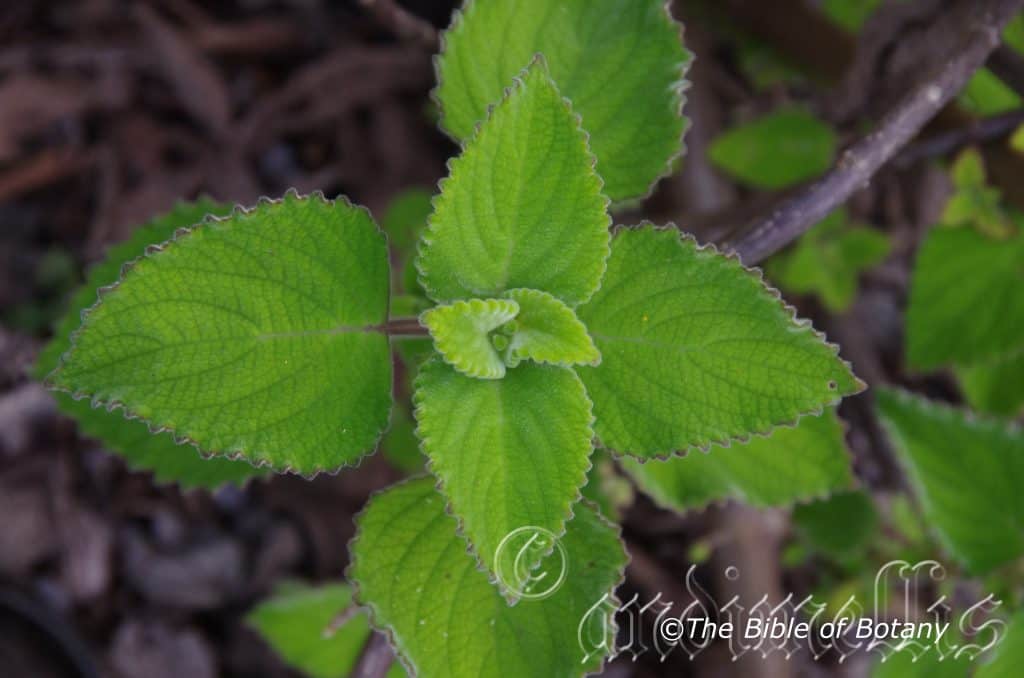
Author’s Garden The Pinnacles NSW

Author’s Garden The Pinnacles NSW

Author’s Garden The Pinnacles NSW
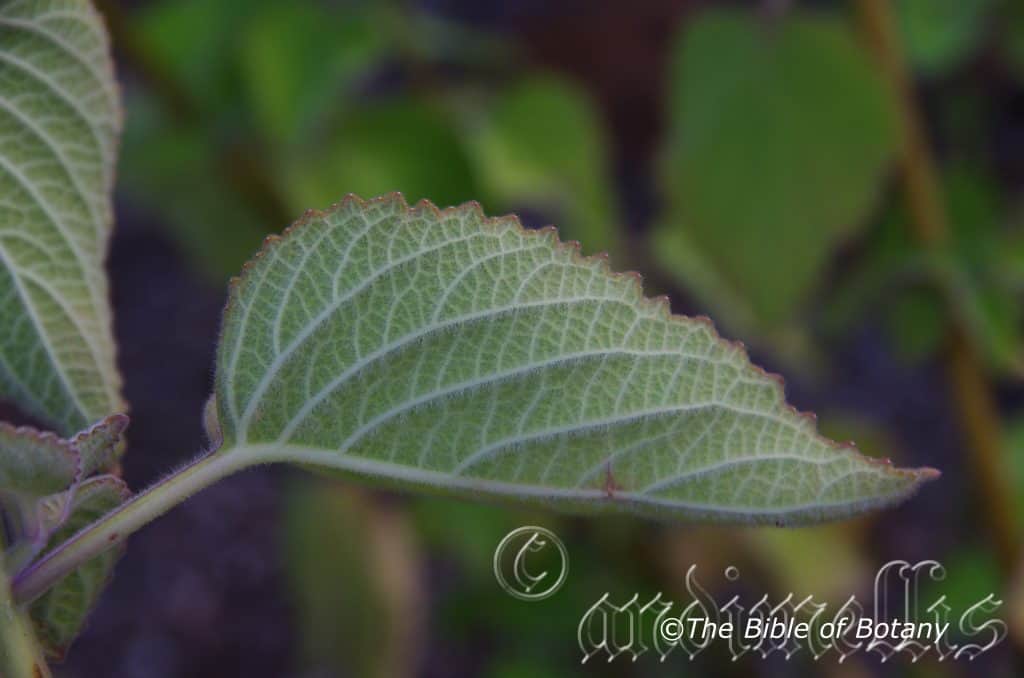
Author’s Garden The Pinnacles NSW
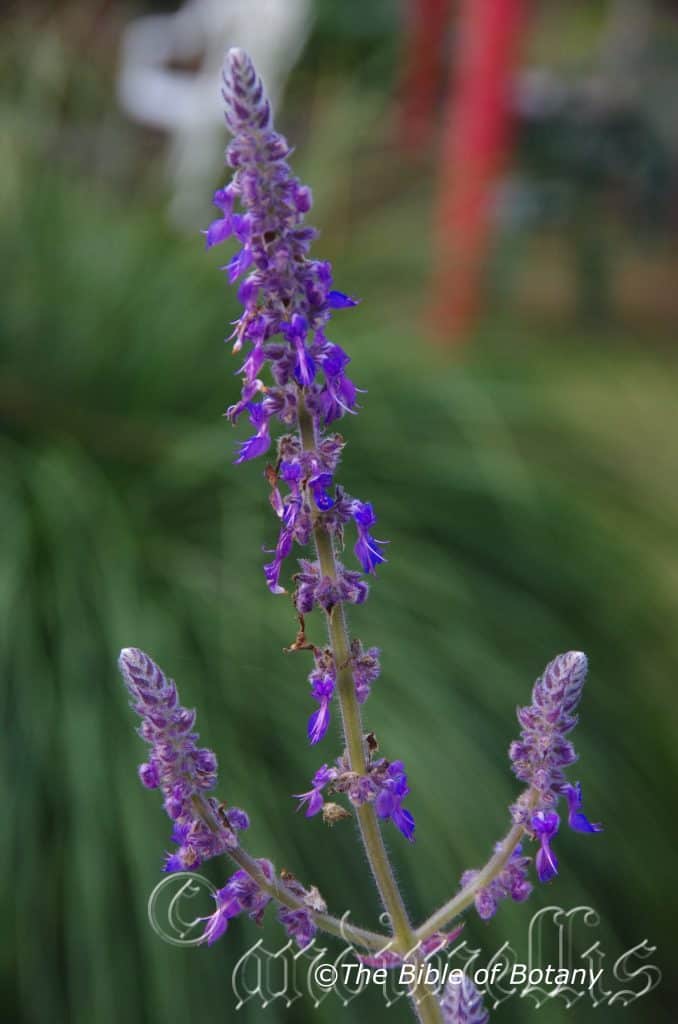
Author’s Garden The Pinnacles NSW
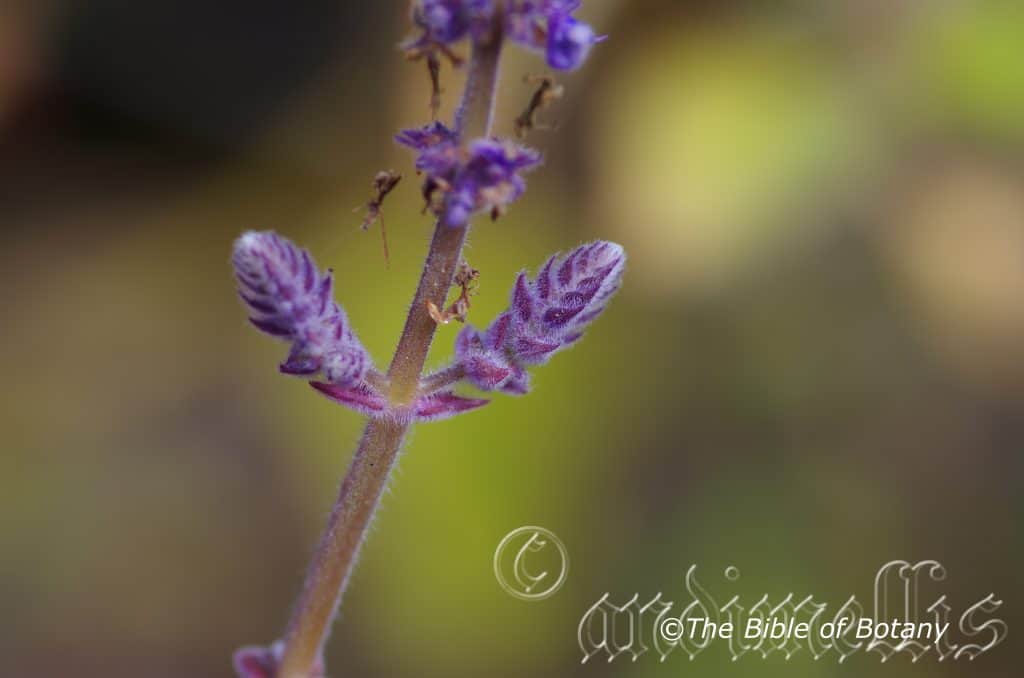
Author’s Garden The Pinnacles NSW
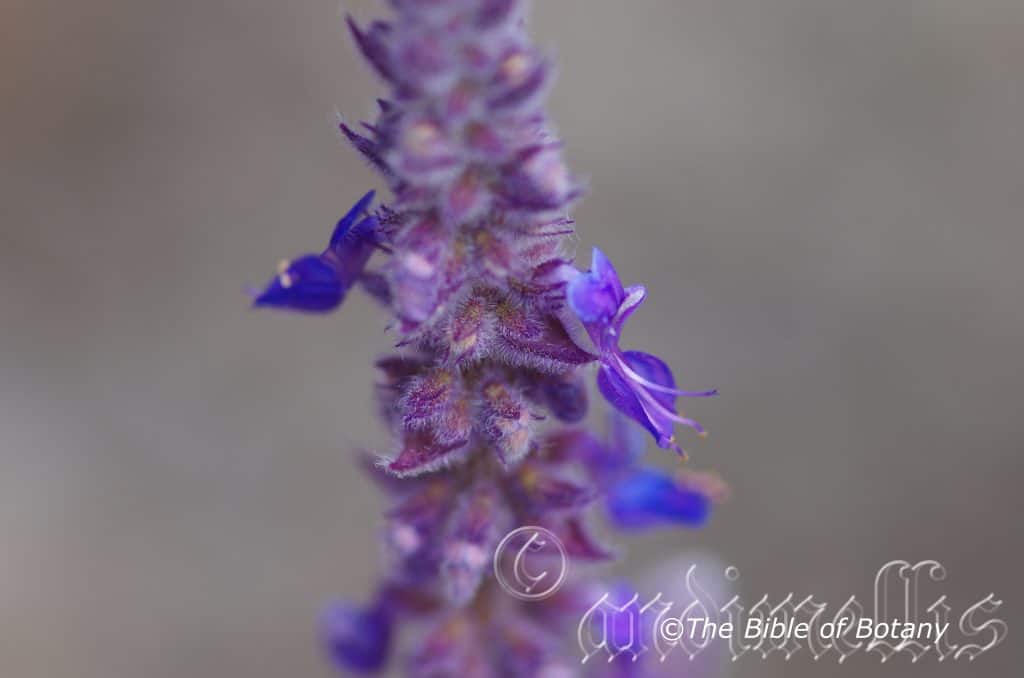
Author’s Garden The Pinnacles NSW
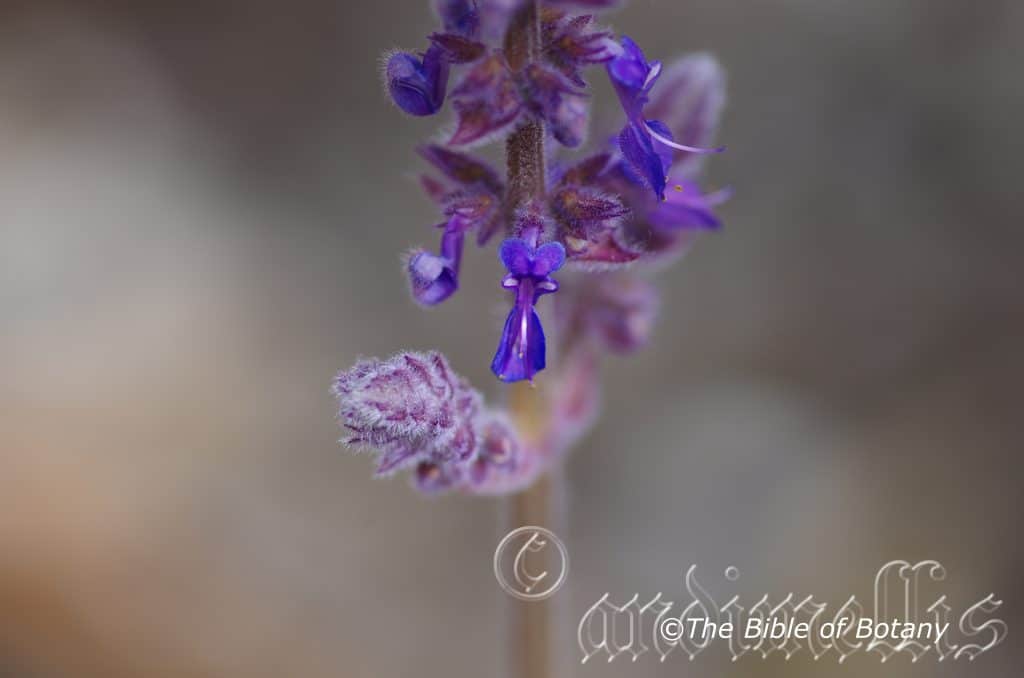
Author’s Garden The Pinnacles NSW
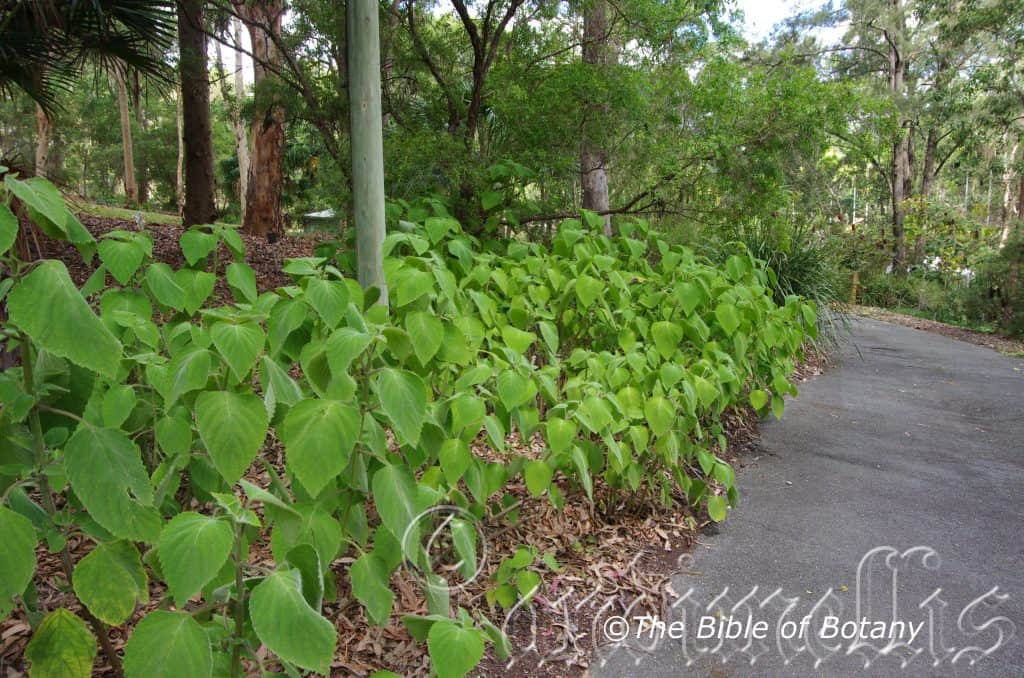
Mount Cootha Botanic Gardens Qld.
Coleus foetidus
Classification:
Unranked: Eudicots
Unranked: Asterids
Order: Lamiales
Family: Lamiaceae
Tribe: Ocimeae
Genus: From Koleos, which is Ancient Greek, or Coleus, which is Late Latin for a sheath, sack or scrotum. It refers to plants, where the lower petals resemble a sack.
Specie: From Fotida, which is Latin for to stink or smell rancid. It refers to organs or structure usually the leaves, which have a rancid smell.
Sub species:
Common Name: Smelly Coleus.
Distribution:
Coleus foetidus is found in several disjunct populations south from the Lockhart River to the Little Millstream Falls in far north east Queensland.
https://avh.ala.org.au/occurrences/search?taxa=Plectranthus+foetidus#tab_mapView
Habitat Aspect Climate:
Coleus foetidus prefers light dappled shad. It grows on open woodlands, open savahana on the edge of rainforests in open, exposed positions. The altitude ranges from 280 meters to 1100 meters ASL.
The temperatures range from 3 degrees in August to 40 degrees in January.
The rainfalls range from lows of 2000mm to an average of 3600.
Soil Requirements:
Coleus foetidus prefers soils that are light sandy clays to medium clays often with copious quantities of leaf litter to skeletal soils over the parent rocks. The soils are derived from decomposed granites or sandstones and black basalts. The soils pH ranges from 5pH to 6.5pH. It does not tolerate waterlogged soils however good soil moisture is required throughout the year. Non saline soils to slightly saline soils are tolerated.
Height & Spread:
Wild Plants: 0.6m to 2m by 0.5m to 1m.
Characteristics:
Coleus foetidus’s pale green stems are densely covered in petioles are densely covered in long, soft, white tomentose to hirsute hairs and translucent orange or yellow sessile glands, eventually turning olive-yellow and brown and sparsely covered in ragged tomentose hairs.
Coleus foetidus’s petioles are densely covered in long, soft, white tomentose to hirsute hairs and measure 5mm to 70mm in length The somewhat deltoid laminas are pale green to mid grass green, are covered in short, soft, white tomentose hairs and measure 20mm to 160mm in length by 20mm to 150mm in width. The discolourous leaves are slightly paler on the lower lamina, with both laminas covered in translucent orange or yellow sessile glands.
The inflorescence is a spike usually with 4 decussate smaller spikes, 2 near the base and measure 30mm to 200m in length. Each of the secondary spikes has a long, narrow triangular bright purple stipule, which is densely covered in long, soft, white or lavender, tomentose hairs and translucent orange or yellow sessile glands and measure 5mm to 8mm in length. There are 6 to 11 individual flowers clustered in groups around the spike. The pedicels measure 0.5 to 2 mm in length. The bright purple calyxes and calyx lobes outer surfaces are densely covered in long, soft, white or lavender, tomentose hairs and translucent orange or yellow sessile glands and measure 3mm to 7mm in length. The corolla externally at the sac is sparsely covered in long, soft, white or lavender, tomentose hairs and translucent orange or yellow sessile glands and measure 8 to 13mmin length. The purple to pink filaments measure 9mm to 15mm in length, have yellowish tinged purple basifixed anthers. The bilobed tapering stigma measures 10mm to 16mm in length.
Calyxes are persistent and measure 4.5mm to 5.5mm and enclose the deep brown, 0.7mm to 0.85mm long nutlets.
Wildlife:
Coleus foetidus flowers are very attractive to most nectar feeding insects including Native Bees like Tetragonula carbonaria and the common blue banded bee, Amegilla cingulata.
If the plants are too soft, in a too dry, too humid or too warm a microclimate mealy Bug can become a problem especially if toxic synthetic insecticides have been used around the property. The worst culprit is the Long Tailed Mealy bug (Pseudococcus longispinus) while the Citrus Mealy bug (Pseudococcus calceolariae) can also infect plants. Mealy bugs are those white cottony sap sucking bugs. Moist humid areas without much air flow are favoured by this sap sucker. They will never be eliminated in the garden but fortunately they are easy to control.
Cultivation:
Coleus foetidus is a large accent plant with its soft silvery green leaves. Like all Coleus is a tremendous accent plant with its soft pale green leaves that is easy to grow from cuttings placed directly in the ground. It always looks fresh especially where the soil is continuously kept moist especially during the dry season. It is suitable for small, medium and large gardens close to the coast or high in the mountains in warm temperate or sub-tropical gardens. It does better beneath tall open canopy trees like Tristania specie and Eucalyptus specie. Keep it away from other similar growing plants as it can look weedy however prostrate, fine leaf plants can emphasise the characteristics of both plants. The flowers are produced profusion and over a very long period which makes it a beautiful addition to the garden.
It looks particularly good in large rockeries as a fill in plant. Here it can be planted in small groups of 2 or 3 or as a standalone plant to create a harsh barren look with other arid plants. If it is surrounded by taller plants to a meter with large or smaller foliage that are deep green then year round contrast can be created with a strong accent in the center of the bed. Deep red or orange flowers will also create that dominate affect at the center giving height and strength to the bed whether it is in flower or not in flower the dominance in foliage will stand unchallenged.
Plants should be replaced every 1 or 2 years to maintain vigour and all year uninterrupted beauty.
Propagation:
Seeds:
Coleus foetidus is best grown from cuttings rather than seed for more rapid growth.
Cuttings:
Coleus foetidus strike very easy from cuttings and this method is the easiest way to increase plant numbers or to replace aged plants every few years if required.
Use 100mm to 120mm long cuttings from the previous or present season’s growth after it has hardened off. They can be taken at any time of the year in warmer climates where frosts do not occur. Remove half the leaves from the lower section and stand the cuttings in the mix with one pair of nodes just below the surface of the mix. Place the trays in a warm not hot position under 30mm to 60mm shade and keep moist not wet. When the cuttings have obviously struck and have developed good roots prick them out and plant them into 50mm native tubes. Return the tubes where they have been growing to further harden off before moving them to a new location and or planting out.
Fertilize using seaweed, fish emulsion or organic chicken pellets soaked in water on an alternate basis. Fertilize every two months until the plants are established then twice annually in early September or March to maintain better health, vitality and flowering.
Further Comments from Readers:
Hi reader, it seems you use The Bible of Botany a lot. That’s great as we have great pleasure in bringing it to you! It’s a little awkward for us to ask, but our first aim is to purchase land approximately 1,600 hectares to link several parcels of N.P. into one at The Pinnacles NSW Australia, but we need your help. We’re not salespeople. We’re amateur botanists who have dedicated over 30 years to saving the environment in a practical way. We depend on donations to reach our goal. If you donate just $5, the price of your coffee this Sunday, We can help to keep the planet alive in a real way and continue to bring you regular updates and features on Australian plants all in one Botanical Bible. Any support is greatly appreciated. Thank you.
In the spirit of reconciliation we acknowledge the Bundjalung, Gumbaynggirr and Yaegl and all aboriginal nations throughout Australia and their connections to land, sea and community. We pay our respect to their Elders past, present and future for the pleasures we have gained.
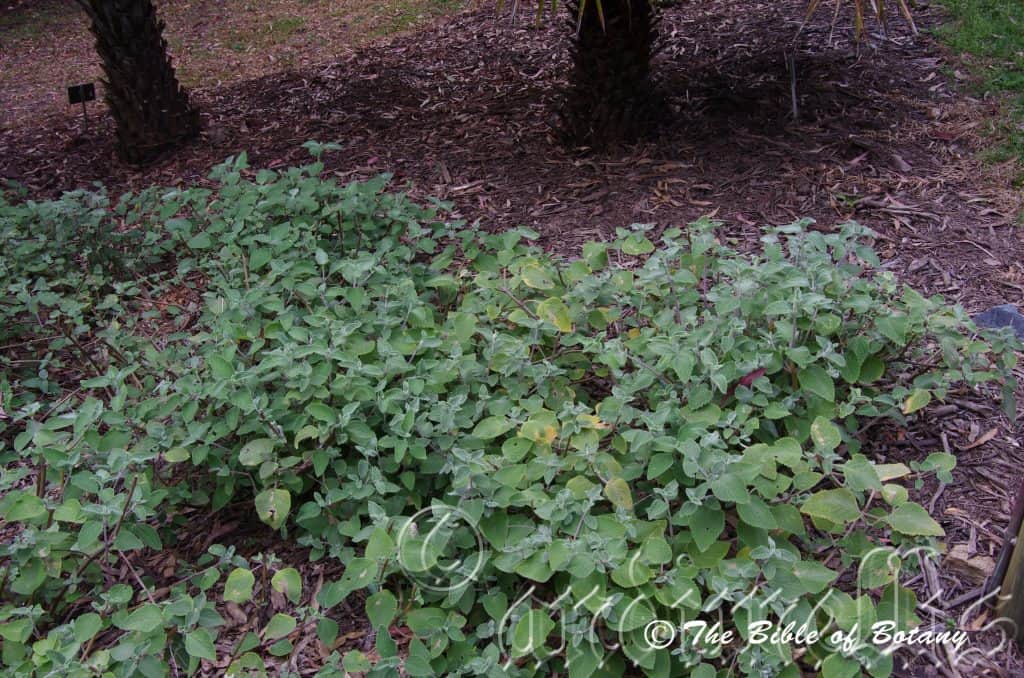
Author’s Garden The Pinnacles NSW
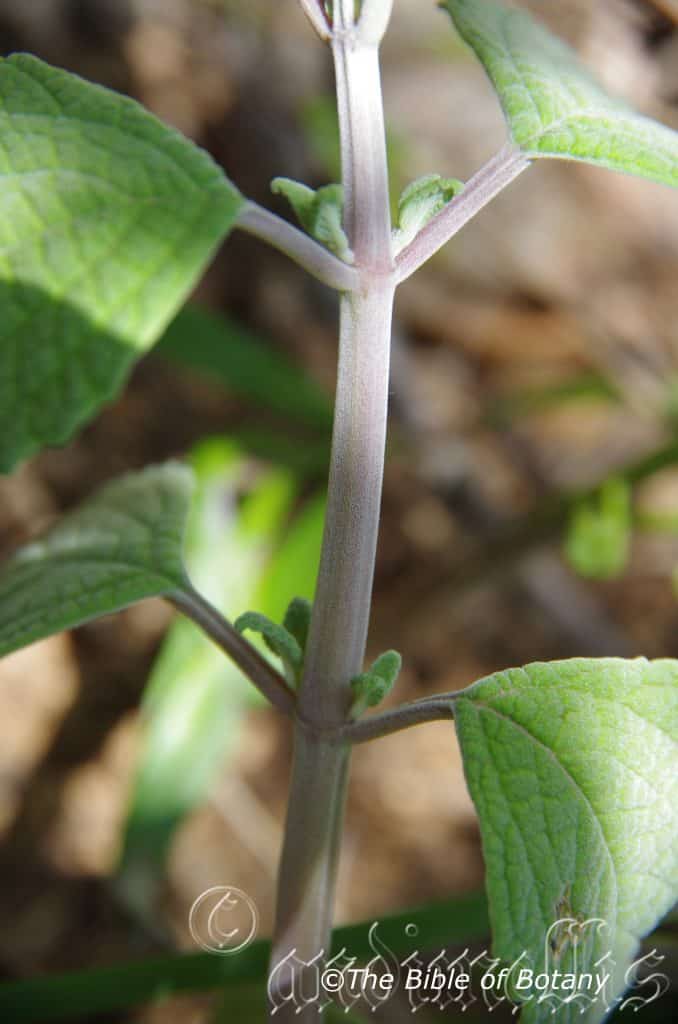
Author’s Garden The Pinnacles NSW
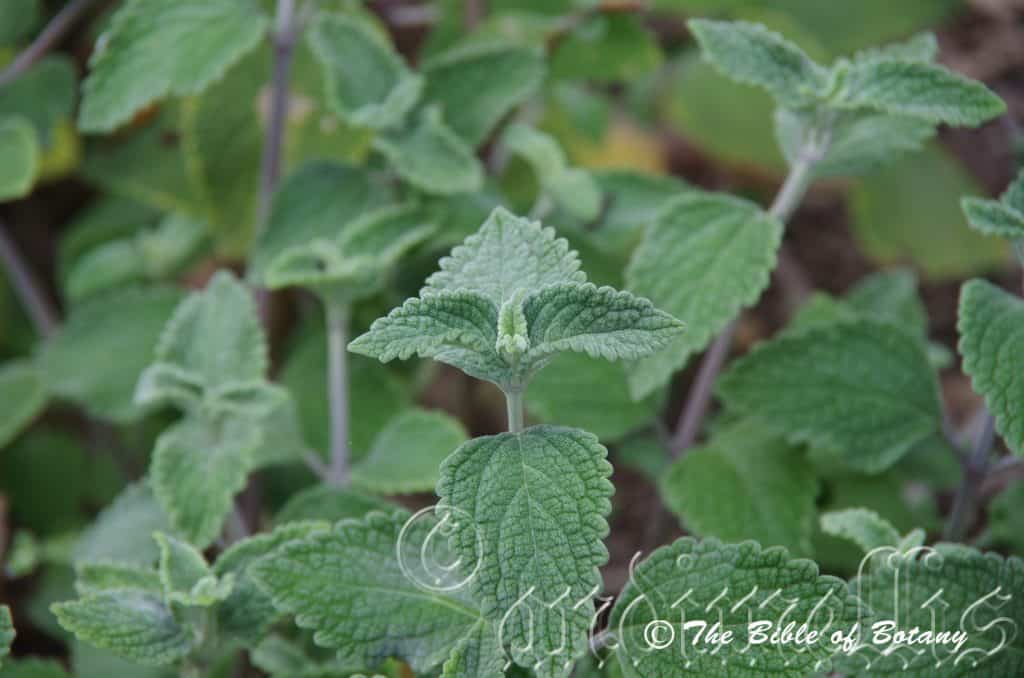
Author’s Garden The Pinnacles NSW

Author’s Garden The Pinnacles NSW

Author’s Garden The Pinnacles NSW
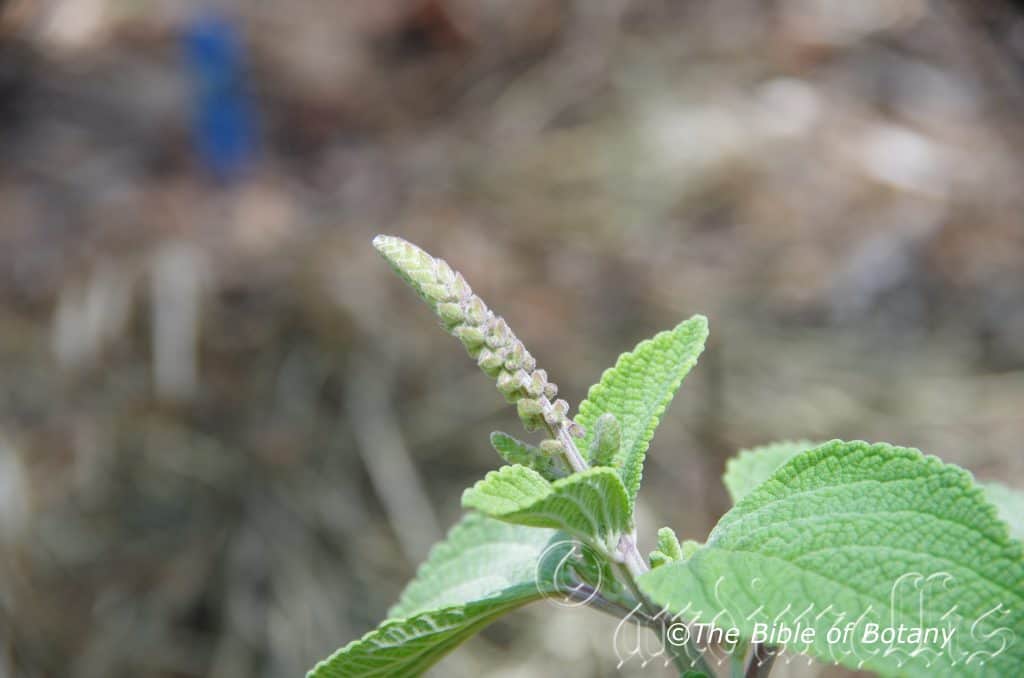
Author’s Garden The Pinnacles NSW

Author’s Garden The Pinnacles NSW
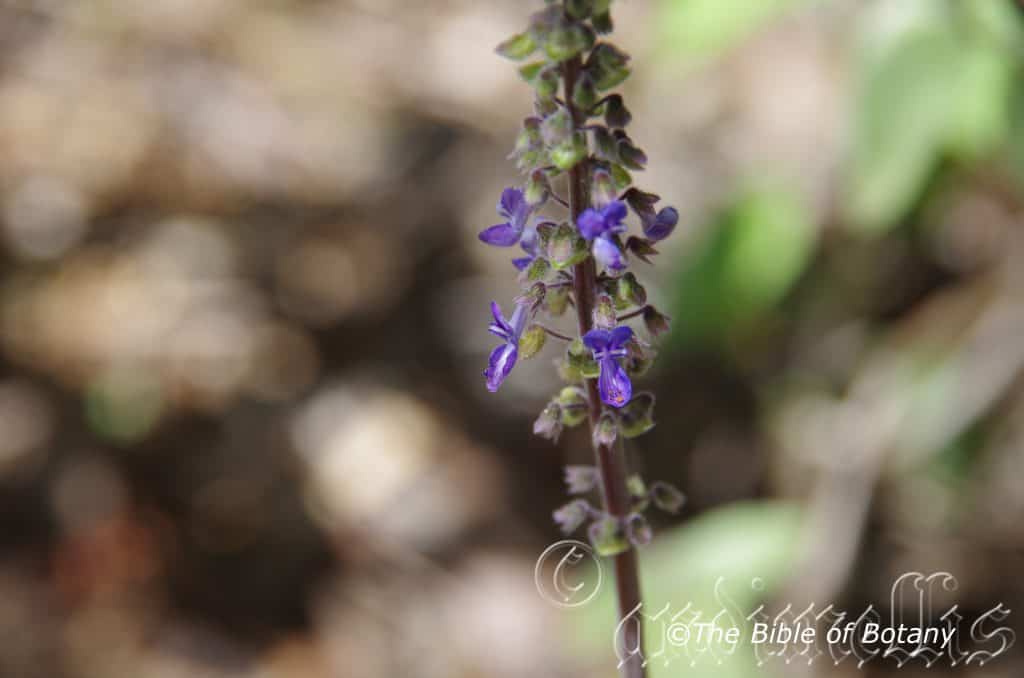
Author’s Garden The Pinnacles NSW

Author’s Garden The Pinnacles NSW
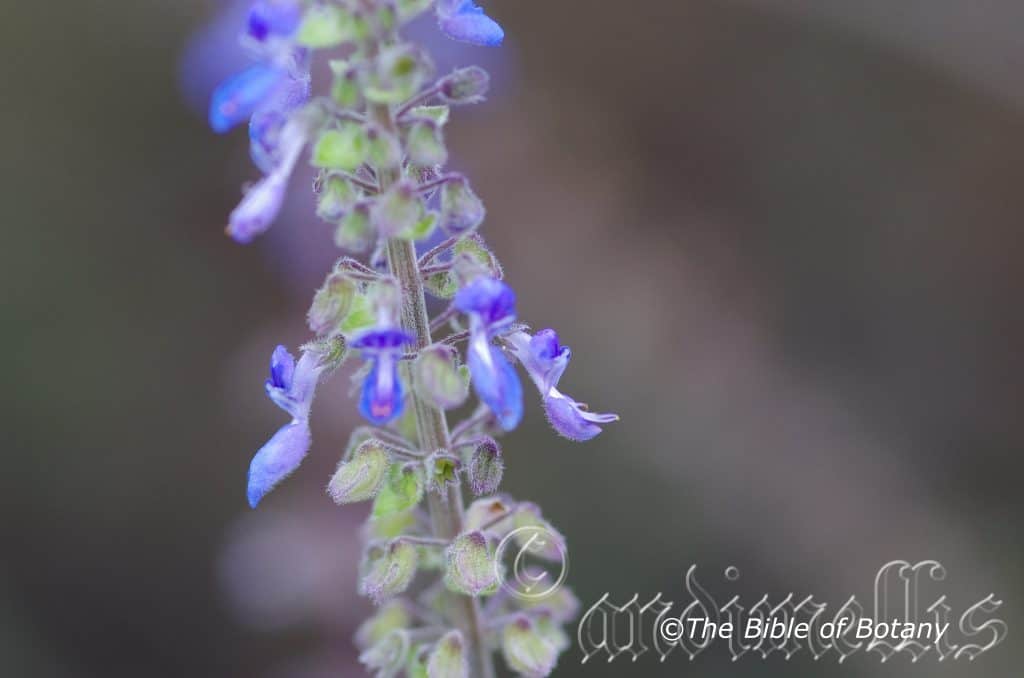
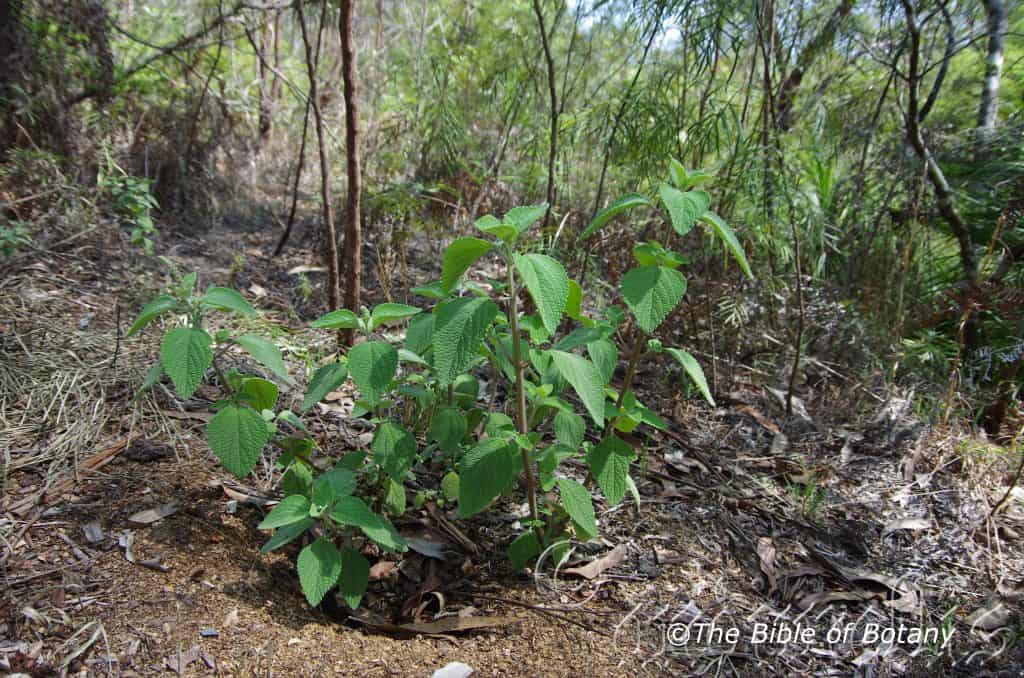
Author’s Garden The Pinnacles NSW
Coleus graniticola
Classification:
Unranked: Eudicots
Unranked: Asterids
Order: Lamiales
Family: Lamiaceae
Tribe: Ocimeae
Genus: From Koleos, which is Ancient Greek, or Coleus, which is Late Latin for a sheath, sack or scrotum. It refers to plants, where the lower petals resemble a sack.
Specie: From Granitica, which is Latin for granite based rocks Kola, which is Ancient Greek or Cola, which is Latin for to dwell. It refers to plants, which prefer to grow on decomposed granitic sands and pebbly soils.
Sub species:
Common Name: Granite Coleus or Granite Plectranthus.
Distribution:
Coleus graniticola is restricted to a small area between the Eungella National Park and the Homevale National Park in central eastern Queensland.
https://avh.ala.org.au/occurrences/search?taxa=Plectranthus+graniticola#tab_mapView
Habitat Aspect Climate:
Coleus graniticola prefers light dappled shade to full sun. It grows in open Eucalyptus woodlands or open Eucalyptus forests. The altitude ranges from 660 meters ASL to 830 meters ASL.
The temperatures range from 2 degree in August to 34 degrees in January.
The rainfalls range from lows of 700mm to an average of 1000mm.
Soil Requirements:
Coleus graniticola prefers to grow on rocky terrain on coarse sands to medium clays. The soils are derived from decomposed granites or black basalts. The soils pH ranges from 5pH to 6pH. It does not tolerate waterlogged soils. Non saline soils to moderately saline soils are tolerated.
Height & Spread:
Wild Plants: 0.3m to 0.5mm by 0.3m to 0.75m. The plants often self-layer so can cover quite large areas.
Characteristics:
Coleus graniticola’s stems are pale pinkish-brown to pale pinkish-purple and sparsely to moderately covered in white to silvery antrorse sericeous and trichomus hairs. The smaller stems are pale pinkish-purple to a soft pale bluish-green near the apex and are densely covered in white to silvery antrorse sericeous to almost floccose hairs. The glands are absent in this species.
Coleus graniticola’s opposite, decussate, fleshy, ovate to broad ovate leaves are none scented. The leaves measure 20mm to 75mm in length by 10mm to 50mm in width. The grooved petioles are densely covered in white to silvery antrorse, sericeous to almost floccose hairs and measure 5mm to 40mm in length. The bases are truncate, rounded or truncate-cordate while the apexes are broadly acute. The concolourous laminas are pale bluish-green and densely covered in white to silvery antrorse, sericeous to almost floccose hairs on the younger leaves and new growth. The mature leaves are mid green dull and almost glabrous on the upper laminas while the lower laminas are moderately to densely covered in white to silvery antrorse, sericeous to almost floccose hairs. The laminas are flat and straight while the margins are crenate with 22 to 36 shallow obtuse teeth. The mid vein is strongly prominent while the lateral pinnate, reticulate veins are prominent on the lower lamina and are clearly visible being sunken on the upper lamina.
The inflorescence of Coleus graniticola are born in whirls on 1 to 3 racemes on a cymosum from the terminal. The racemes measure 50mm to 170mm in length. The peduncles, rachis and pedicels measure are dense covered in antrorse white to silvery sericeous to almost floccose hairs to 1mm long in the axis. There are 14 to 16 pale purple to deep purple flowers arranged 5mm to 13mm apart.
The calyxes measure 1mm to 2mm in length while the narrow triangular lobes measure 3mm to 3.5mm in length. The calyxes are densely covered white to silvery sericeous to almost floccose hairs.
The tube decurve at an angle of 90 to 120 degrees. The corolla measures 12mm to 13mm in length. The corollas are densely covered white to silvery sericeous to almost floccose hairs. The upper and lower lobes are dissimilar and densely covered in soft, white to silvery sericeous to almost floccose hairs.
The 4 dimorphic filaments have 2 short and 2 long are lilac to lavender and measure 9mm to 12mm in length and gently curve upwards near the orbicular anthers. The bifid style measures 10mm to 11mm in length. The flowers appear have not been sighted by the author to date but have been recorded in April to May and August to October. My photographs were taken in September and April and the plants were not in flower during this period nor did they have bud or spent flowers.
Coleus graniticola’s fruits are small flattened or orbicular nutlets. The nutlets contain 4 brown, semi-spherical seeds that measure 1mm to 1.2mm in length by 0.7mm to 0.9mm in diameter. The pale green persistent calyxes turn fawnish-brown when ripe and expand to 5.5mm to 6mm in length.
Confusing Subspecies Varieties:
Coleus graniticola’s leaves are none scented with antrorse hairs however the Queensland Herbarium state that the stems and leaves have retrorse hairs. There are 22 to 36 crenate obtuse teeth on the margins however the Queensland Herbarium states that the leaves have 30 to 36 obtuse teeth on the margins. Lateral veins are wider and only curve closer to the margins.
Coleus argentatus’s lateral veins are more gently curving.
Coleus omissus’s leaves have pale yellow glands as well as hairs and with 34 to 48 crenate obtuse teeth on the margins. The corolla tube is shorter and measures 4.8mm to 5mm in length.
Coleus torrenticola’s leaves are slightly scented.
Wildlife:
Coleus graniticola flowers are very attractive to most nectar feeding insects including Native Bees and Pollen Flies.
If the plants are too soft, in a too dry, too humid or too warm a microclimate mealy Bug can become a problem especially if toxic synthetic insecticides have been used around the property. The worst culprit is the Long Tailed Mealy bug (Pseudococcus longispinus) while the Citrus Mealy bug (Pseudococcus calceolariae) can also infect plants. Mealy bugs are those white cottony sap sucking bugs. Moist humid areas without much air flow are favoured by this sap sucker. They will never be eliminated in the garden but fortunately they are easy to control.
The Lady Beetles or Lady Birds (Family Coccinellideae particularly Cryptolaemus montrouzieri) has a special liking for mealy bugs. Cryptolaemus montrouzieri larvae look similar to mealy bugs covered in a white cottony cloak but stand nearly three times as tall. They lay 300 to 500 eggs over the 3 months of their lives close to their food source of aphids, mealy bugs or mites. The eggs hatch in 2 to 14 days. The larvae have 4 instars before it pupates. After 7 to 10 days as pupae the adults emerge.
Lady beetles over winter hide under rocks and logs in natural bush land so it is important to have some of these items scattered around the garden amongst shrubs in a natural landscape to keep the balanced cycle going. These lady beetles also have a liking for wax scale insects.
Cultivation:
Coleus graniticola is a tremendous accent plant with its soft silvery leaves. It always looks fresh especially where a little water is added during the dry season or ground moisture is retained. It is adaptable in small, medium and large gardens close to the coast or high in the mountains in warm temperate or subtropical gardens. It does well beneath tall open canopy trees like Tristania specie and Eucalyptus specie. Keep them away from other similar growing prostrate plants as they can be invasive under ideal conditions. The flowers are produced in profusion over a very long period which makes it a beautiful addition to the garden. In cultivation it grows from 400mm to 550mm in height by several meters in width often rooting at the nodes where they touch the ground.
It is great in small rockeries as a fill in plant. Here they can be planted in small groups of 2 or 3 or as a standalone plant to create a harsh barren look with other arid plants. If they are surrounded by shorter plants with fine or large foliage that are deep green or pale green then year round contrast can be created with a strong accent in the center of the bed. Deep red or orange flowers will also create that dominate affect at the center giving height and strength to the bed whether it is in flower or not in flower the dominance in foliage will stand unchallenged.
Plants should be replaced every 12 months to maintain vigour and all year uninterrupted beauty.
Propagation:
Seeds:
Coleus graniticola are best grown from cuttings rather than seed especially when a particular form or leaf colour is required.
Cuttings:
Coleus graniticola strike very easy from cuttings and this method is the easiest way to increase plant numbers or to replace aged plants every 12 months.
Use 100mm to 120mm long cuttings from the previous or present season’s growth after it has hardened off. They can be taken at any time of the year in warmer climates where frosts do not occur. Remove half the leaves from the lower section and stand the cuttings in the mix with one pair of nodes just below the surface of the mix. Place the trays in a warm not hot position under 20mm to 30mm shade and keep moist not wet. When the cuttings have obviously struck and have developed good roots prick them out and plant them into 50mm native tubes. Return the tubes where they have been growing to further harden off before moving them to a new location and or planting out.
Fertilize using seaweed, fish emulsion or organic chicken pellets soaked in water on an alternate basis. Fertilize every two months until the plants are established then twice annually in early September or March to maintain better health, vitality and flowering.
Further Comments from Readers:
Hi reader, it seems you use The Bible of Botany a lot. That’s great as we have great pleasure in bringing it to you! It’s a little awkward for us to ask, but our first aim is to purchase land approximately 1,600 hectares to link several parcels of N.P. into one at The Pinnacles NSW Australia, but we need your help. We’re not salespeople. We’re amateur botanists who have dedicated over 30 years to saving the environment in a practical way. We depend on donations to reach our goal. If you donate just $5, the price of your coffee this Sunday, We can help to keep the planet alive in a real way and continue to bring you regular updates and features on Australian plants all in one Botanical Bible. Any support is greatly appreciated. Thank you.
In the spirit of reconciliation we acknowledge the Bundjalung, Gumbaynggirr and Yaegl and all aboriginal nations throughout Australia and their connections to land, sea and community. We pay our respect to their Elders past, present and future for the pleasures we have gained.

Author’s Garden The Pinnacles NSW
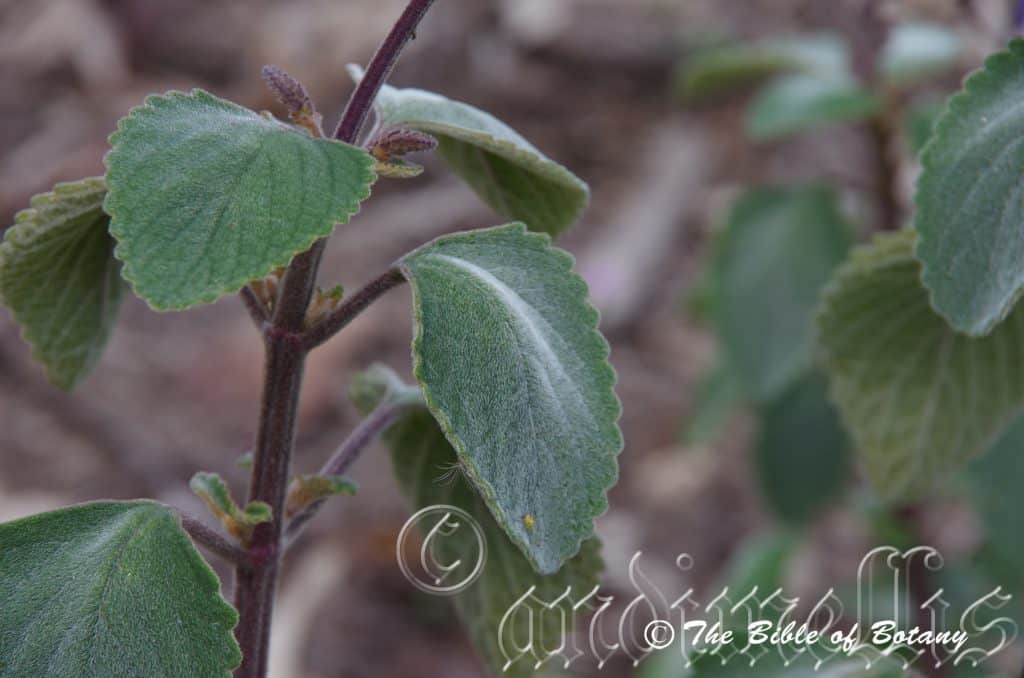
Author’s Garden The Pinnacles NSW
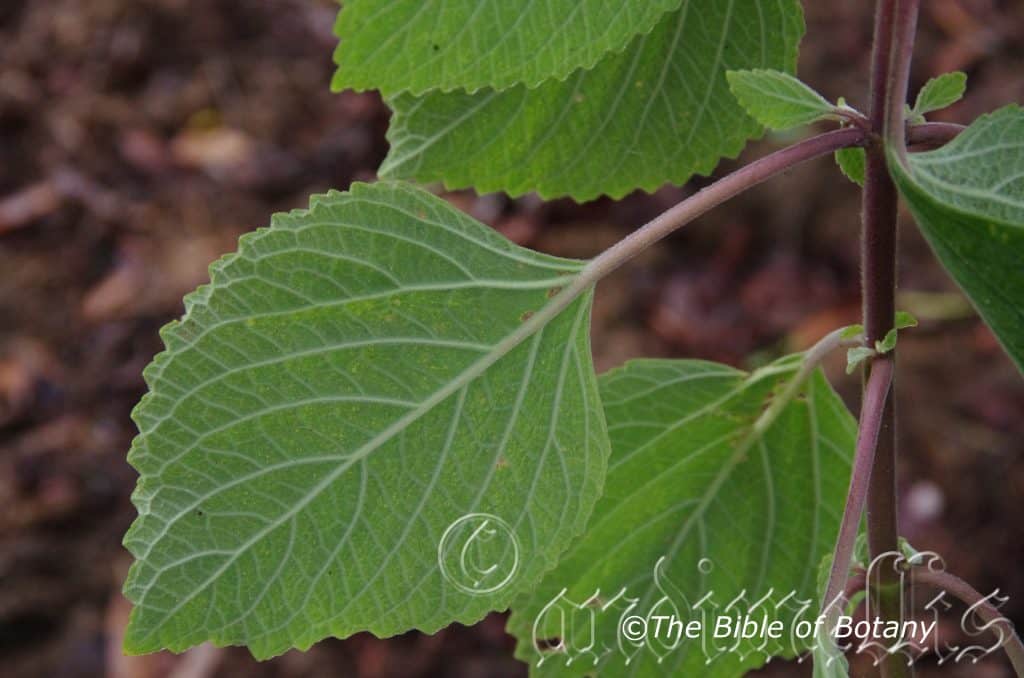
Author’s Garden The Pinnacles NSW
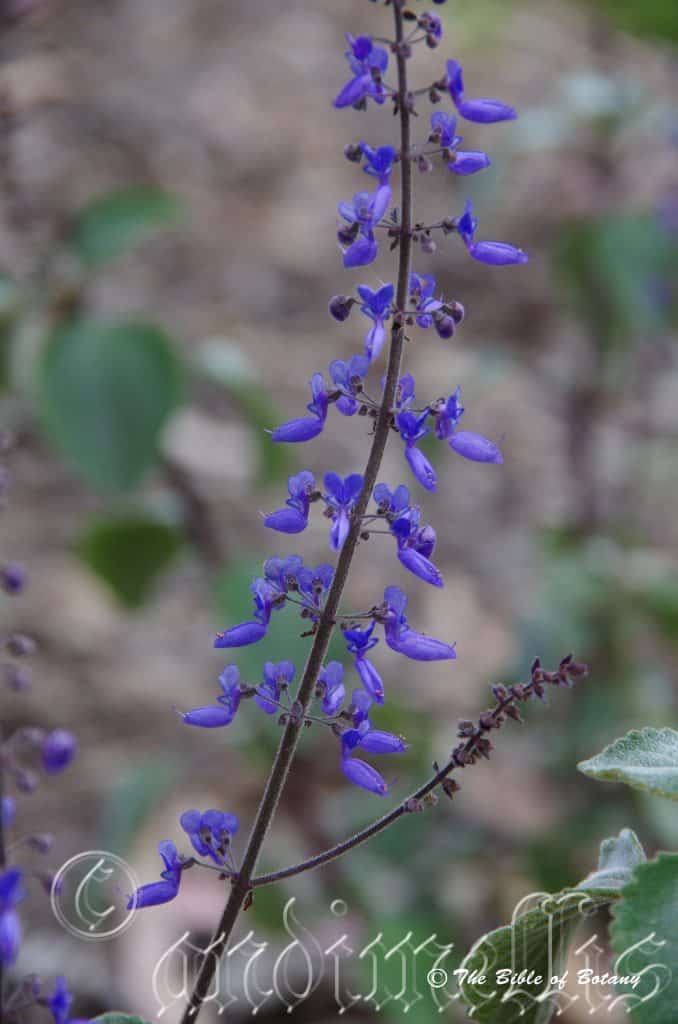
Author’s Garden The Pinnacles NSW
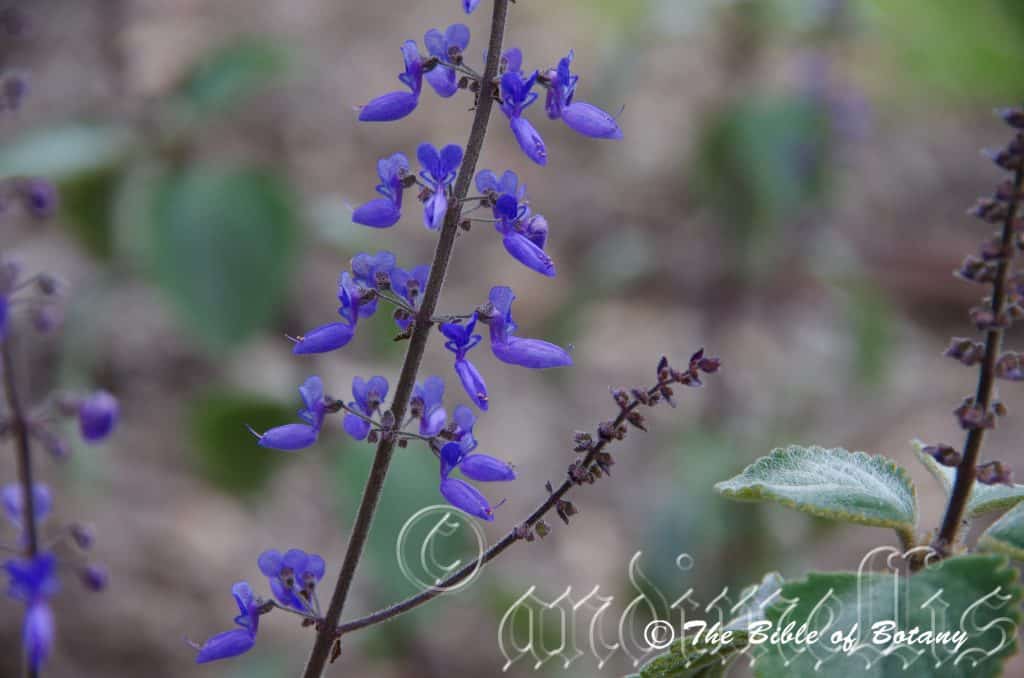
Author’s Garden The Pinnacles NSW
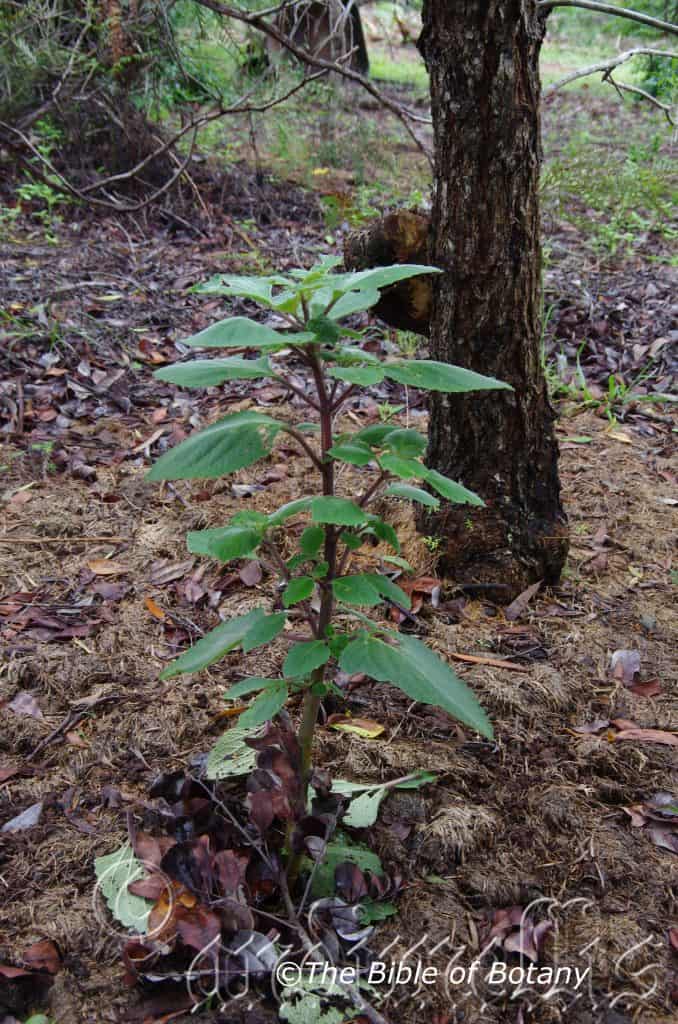
Author’s Garden The Pinnacles NSW
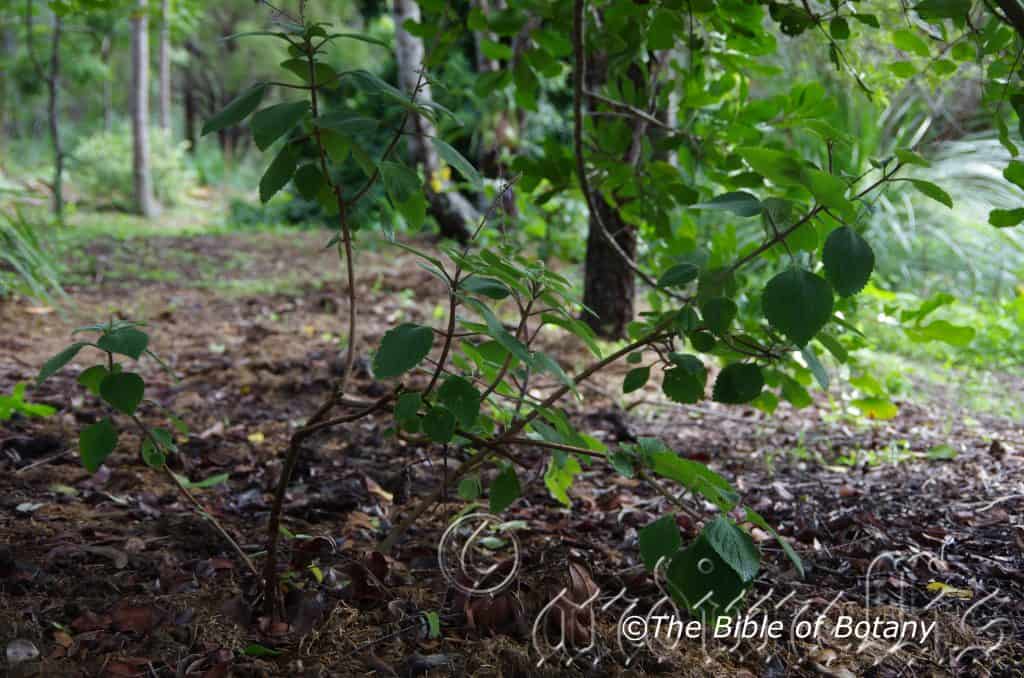
Author’s Garden The Pinnacles NSW
Coleus gratus
Classification:
Unranked: Eudicots
Unranked: Asterids
Order: Lamiales
Family: Lamiaceae
Tribe: Ocimeae
Genus: From Koleos, which is Ancient Greek, or Coleus, which is Late Latin for a sheath, sack or scrotum. It refers to plants, where the lower petals resemble a sack.
Specie: From Gratus which is Latin for attractive, pleasing or gracious to the eye. It refers to plants, which are rather pleasing or have an overall appeal both in the garden and in their natural habitat.
Sub species:
Common Name:
Distribution:
Coleus gratus is restricted to a small area west of Cairns in far north Queensland. It is found bounded by Gordonvale, Ptese Falls, Gillies Highway between Gordonvale and Mareeba and Behana Creek.
https://avh.ala.org.au/occurrences/search?taxa=Plectranthus+gratus#tab_mapView
Habitat Aspect Climate:
Coleus gratus prefers light dappled shade to full sun. It grows along creeks particularly near waterfalls or cascades. The altitude ranges from 150 meters ASL to 800 meters ASL.
The temperatures range from minus 2 degree in August to 34 degrees in January.
The rainfalls range from lows of 2200mm to an average of 3200mm.
Soil Requirements:
Coleus gratus prefers light sandy clays to medium clays often with copious quantities of leaf litter. The soils are derived from decomposed black basalts. The skeletal soils are close to the parent rocks. The soils pH ranges from 5pH to 6pH. It does not tolerate waterlogged soils. Non saline soils to moderately saline soils are tolerated.
Height & Spread:
Wild Plants: 0.3m to 1mm by 0.3m to 1.5m.
Characteristics:
Coleus gratus’s stems are deep olive-brown. The smaller stems are deep maroon purple to deep burgundy red often tinged golden-brown or golden. The stems are moderately to densely covered in off white to silvery or golden matted sericeous or pubescent hairs. the stems are terete to square in cross section.
Coleus gratus’s opposite, decussate, fleshy, ovate to broad ovate leaves measure 25mm to 55mm in length by 15mm to 40mm in width. The leaves are usually none scented or faintly scented. The petioles are moderately to densely covered in off white to silvery or golden matted sericeous or pubescent hairs.The petioles measure 10mm to 16mm in length.The bases are broad cuneate to rounded, while the apexes are broad acute. The discolourous laminas are mid bluish-green and are densely covered in off white to silvery matted sericeous hairs on the upper laminas while the lower laminas are paler to more greenish or purplish and are covered in off white to silvery or golden matted sericeous hairs. The lower laminas are also sparsely covered in deep reddish glands which are very difficult to see because of the dense covering of hair. The laminas are flat to convex on the upper surface and recurve upwards near the margins and decurve downwards on the apical half. The margins are crenate usually with 20 to 26 well formed, obtuse teeth but can be as few as 4 or as many as 36.The mid vein is strongly prominent while the lateral pinnate, reticulate veins are prominent on the lower lamina and are clearly visible being sunken on the upper lamina.
The inflorescence of Coleus gratus are born in whirls on a terminal raceme. The racemes measure 100mm to 300mm in length. There are often 2 secondary spikes which are born close to the base of the main spike. The pedicels measure 1.5mm to 2.5mm in length. The clusters of 10 to 20 individual flowers are about 7mm to 13mm apart. The pedicels are moderately to densely covered in off white to silvery or golden pulverulent hairs and measure 2.5mm to 5mm in length.
The calyxes moderately covered in off white to silvery or golden pulverulent hairs and sessile, orange to reddish glands externally. The calyxes measure 2.3mm to 3.3mm in length. The corollas are sparsely covered in off white to silvery puberulent hairs and sessile, orange to reddish glands externally on the lower portion. The corollas measure 7mm to 11mm in length. The upper and lower lobes are very sparsely covered in off white to silvery puberulent hairs and sessile orange to reddish glands externally. The discolourous base or upper lobes are pale violet externally and deep violet internally.
The 4 dimorphic filaments have 2 short and 2 long are lilac to lavender and measure 6mm to 10mm in length and gently curve upwards near the orbicular anthers. The bifid style measures 9mm to 10mm in length. The base of the ovary is surrounded by a single large gland. The flowers appear from late December to late May.
Coleus gratus’s fruit is small flattened or orbicular nutlets. The nutlets measure 0.7mm to 0.8mm in length by 0.8mm to 0.9mm in diameter. The pale green persistent calyxes turn deep grey on the ripe fruit and expand to 3.5mm to 5mm in length.
Confusing Specie:
Coleus gratus petioles measure 10mm to 16mm in length with 4 to 36 obtuse teeth on the crenate margins. It is more densely hairy in all parts and has 10 to 20 flowers on a raceme.
Coleus apreptus petioles measure 10mm to 16mm in length with 14 to 30 obtuse teeth on the crenate margins. It is less hairy in all parts and has 8 to 16 flowers on a raceme.
Wildlife:
Coleus gratus flowers are very attractive to most nectar feeding insects including Native Bees and Pollen Flies.
If the plants are too soft, in a too dry, too humid or too warm a microclimate mealy Bug can become a problem especially if toxic synthetic insecticides have been used around the property. The worst culprit is the Long Tailed Mealy bug (Pseudococcus longispinus) while the Citrus Mealy bug (Pseudococcus calceolariae) can also infect plants. Mealy bugs are those white cottony sap sucking bugs. Moist humid areas without much air flow are favoured by this sap sucker. They will never be eliminated in the garden but fortunately they are easy to control.
The Lady Beetles or Lady Birds (Family Coccinellideae particularly Cryptolaemus montrouzieri) has a special liking for mealy bugs. Cryptolaemus montrouzieri larvae look similar to mealy bugs covered in a white cottony cloak but stand nearly three times as tall. They lay 300 to 500 eggs over the 3 months of their lives close to their food source of aphids, mealybugs or mites. The eggs hatch in 2 to 14 days. The larvae have 4 instars before it pupates. After 7 to 10 days as pupae the adults emerge.
Lady beetles over winter hide under rocks and logs in natural bushland so it is important to have some of these items scattered around the garden amongst shrubs in a natural landscape to keep the balanced cycle going. These lady beetles also have a liking for wax scale insects.
Cultivation:
Coleus gratus is a tremendous accent plant with its soft silvery leaves. It always looks fresh especially where a little water is added during the dry season or ground moisture is retained. It is most suitable for small, medium and large gardens close to the coast or high in the mountains in warm temperate or subtropical gardens. It does better and retains a dense foliage when grown in very light shade. Keep it away from other similar growing prostrate plants as it can be dominating under ideal conditions. The flowers are produced in profusion over a very long period which makes them a beautiful addition to the garden. In cultivation it will grow from 0.8 meters to 1 meter in height by 0.6 meters to 0.8 meters in diameter.
It is great in small rockeries as a fill in plant. Here it can be planted in small groups of 2 or 3 or as a standalone plant to create a harsh barren look with other arid plants. If it is surrounded by shorter plants with fine or large foliage that are deep green or pale green then year round contrast can be created with a strong accent in the center of the bed. Deep red or orange flowers will also create that dominate affect at the center giving height and strength to the bed whether it is in flower or not in flower the dominance in foliage will stand unchallenged.
Plants should be replaced every 12 months to maintain vigour and all year uninterrupted beauty.
Propagation:
Seeds:
Coleus gratus are best grown from cuttings rather than seed especially when a particular form or leaf colour is required.
Cuttings:
Coleus gratus strike very easy from cuttings and this method is the easiest way to increase plant numbers or to replace aged plants every 12 months.
Use 100mm to 120mm long cuttings from the previous or present season’s growth after it has hardened off. They can be taken at any time of the year in warmer climates where frosts do not occur. Remove half the leaves from the lower section and stand the cuttings in the mix with one pair of nodes just below the surface of the mix. Place the trays in a warm not hot position under 30mm to 60mm shade and keep moist not wet. When the cuttings have obviously struck and have developed good roots prick them out and plant them into 50mm native tubes. Return the tubes where they have been growing to further harden off before moving them to a new location and or planting out.
Fertilize using seaweed, fish emulsion or organic chicken pellets soaked in water on an alternate basis. Fertilize every two months until the plants are established then twice annually in early September and March to maintain better health, vitality and flowering.
Further Comments from Readers:
Hi reader, it seems you use The Bible of Botany a lot. That’s great as we have great pleasure in bringing it to you! It’s a little awkward for us to ask, but our first aim is to purchase land approximately 1,600 hectares to link several parcels of N.P. into one at The Pinnacles NSW Australia, but we need your help. We’re not salespeople. We’re amateur botanists who have dedicated over 30 years to saving the environment in a practical way. We depend on donations to reach our goal. If you donate just $5, the price of your coffee this Sunday, We can help to keep the planet alive in a real way and continue to bring you regular updates and features on Australian plants all in one Botanical Bible. Any support is greatly appreciated. Thank you.
In the spirit of reconciliation we acknowledge the Bundjalung, Gumbaynggirr and Yaegl and all aboriginal nations throughout Australia and their connections to land, sea and community. We pay our respect to their Elders past, present and future for the pleasures we have gained.
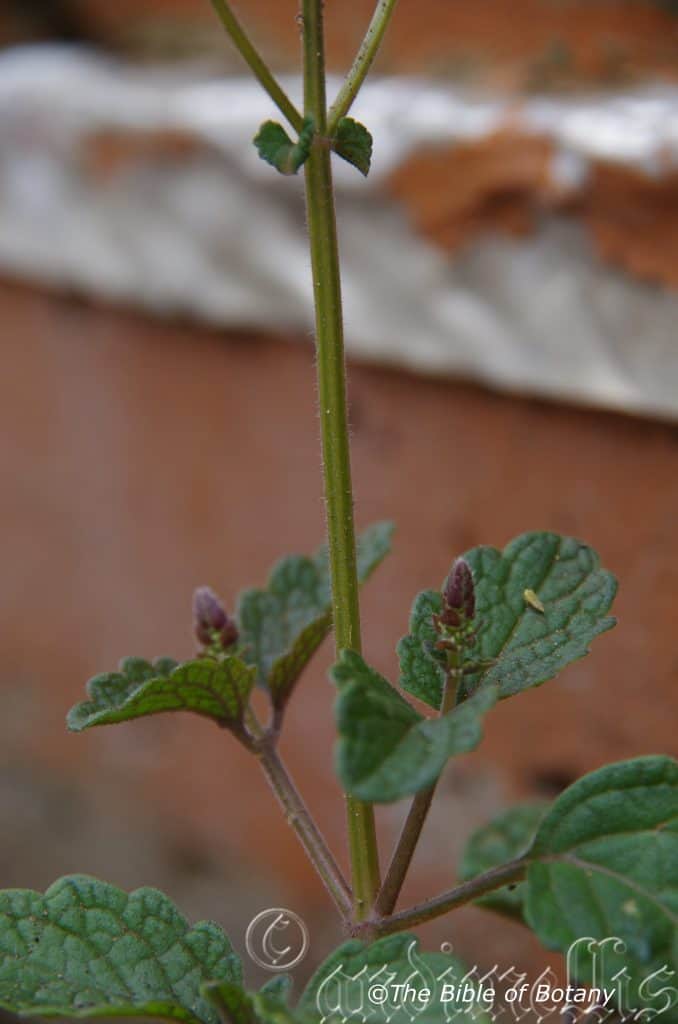
Author’s Garden The Pinnacles NSW
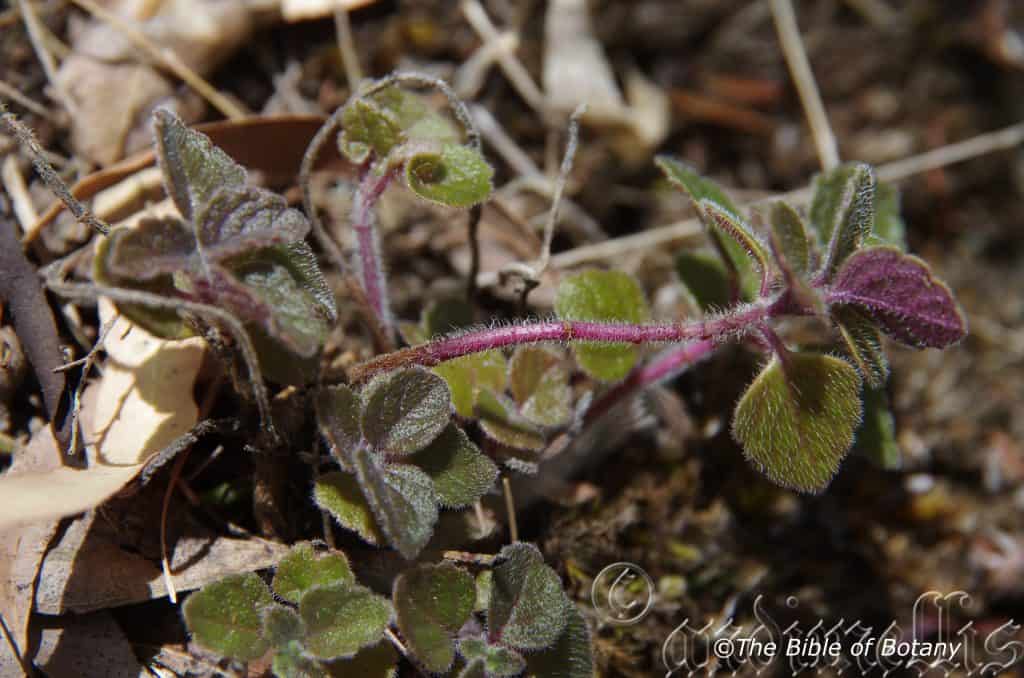
Author’s Garden The Pinnacles NSW
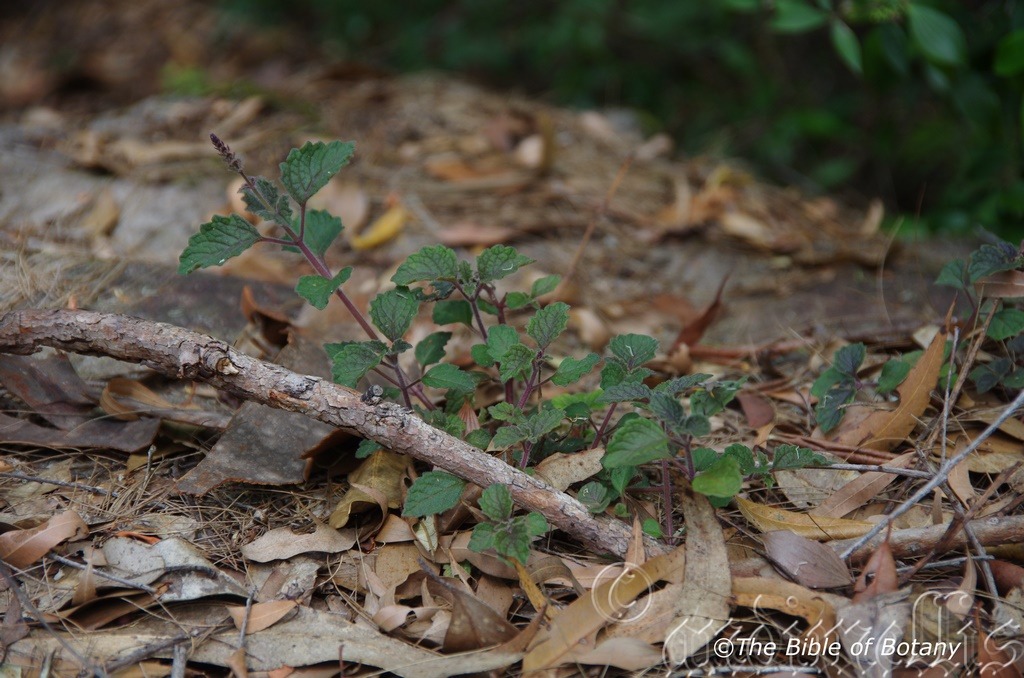
Author’s Garden The Pinnacles NSW

Author’s Garden The Pinnacles NSW
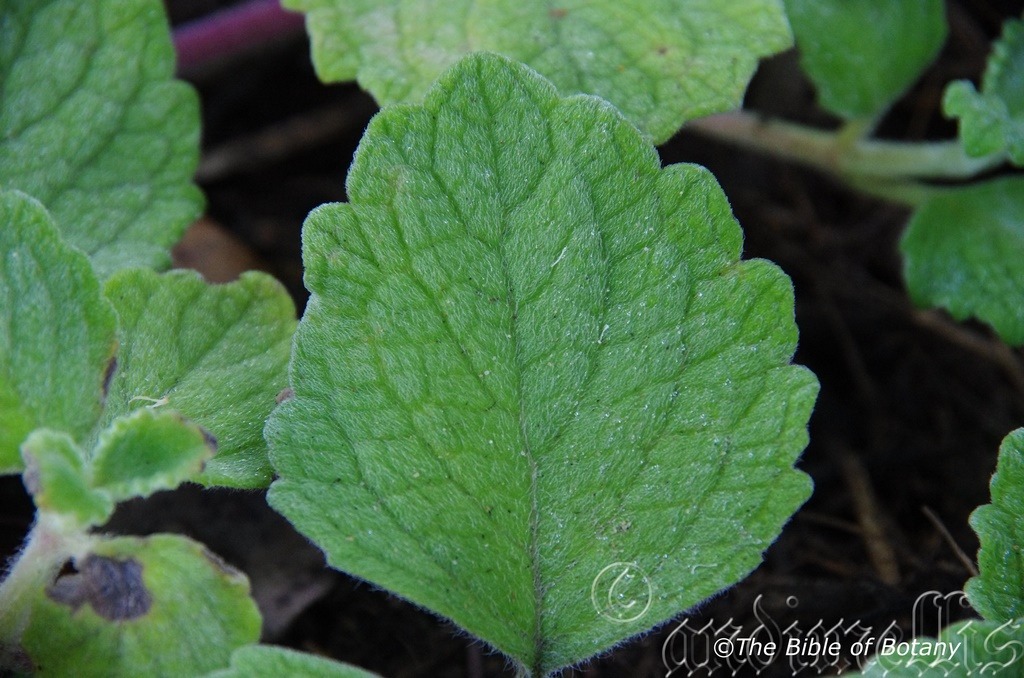
Author’s Garden The Pinnacles NSW
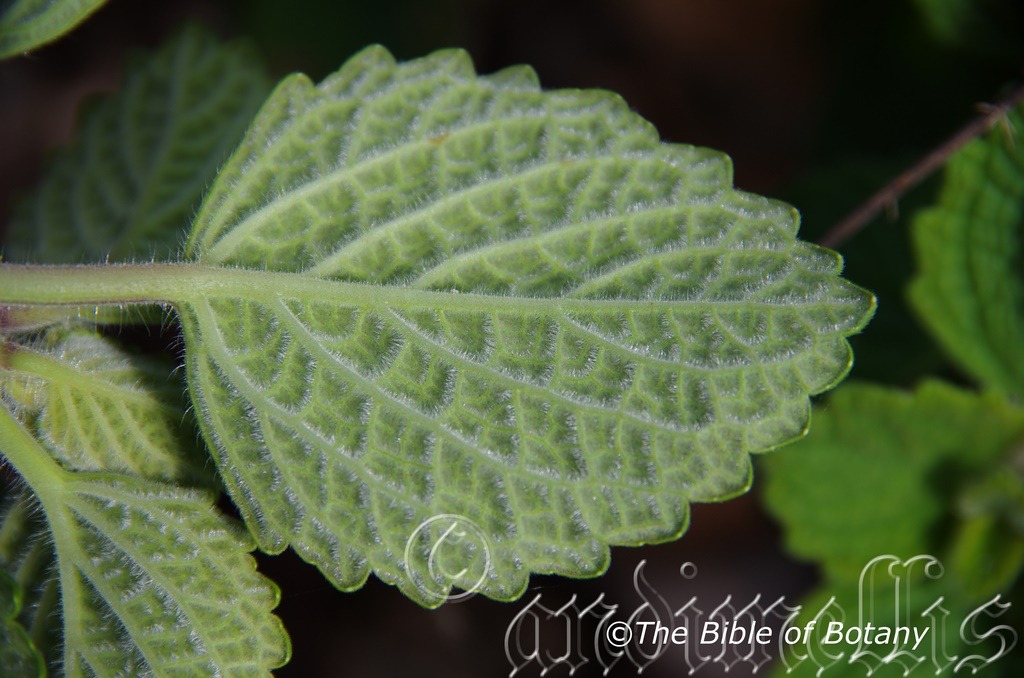
Author’s Garden The Pinnacles NSW
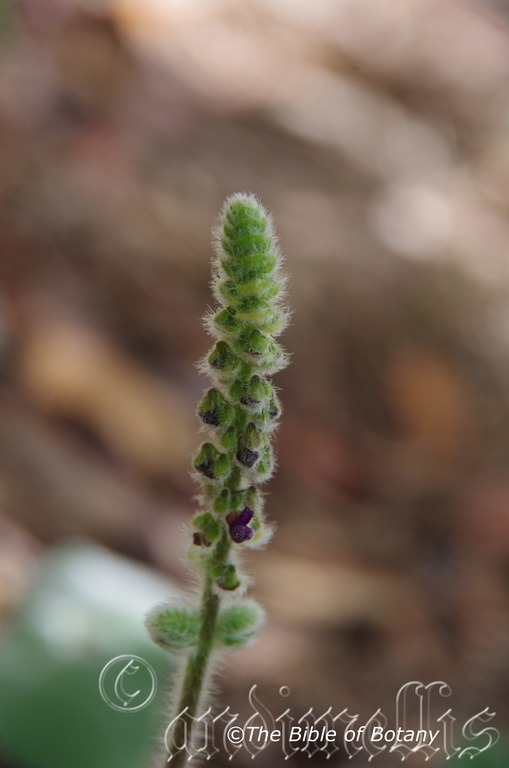
Author’s Garden The Pinnacles NSW
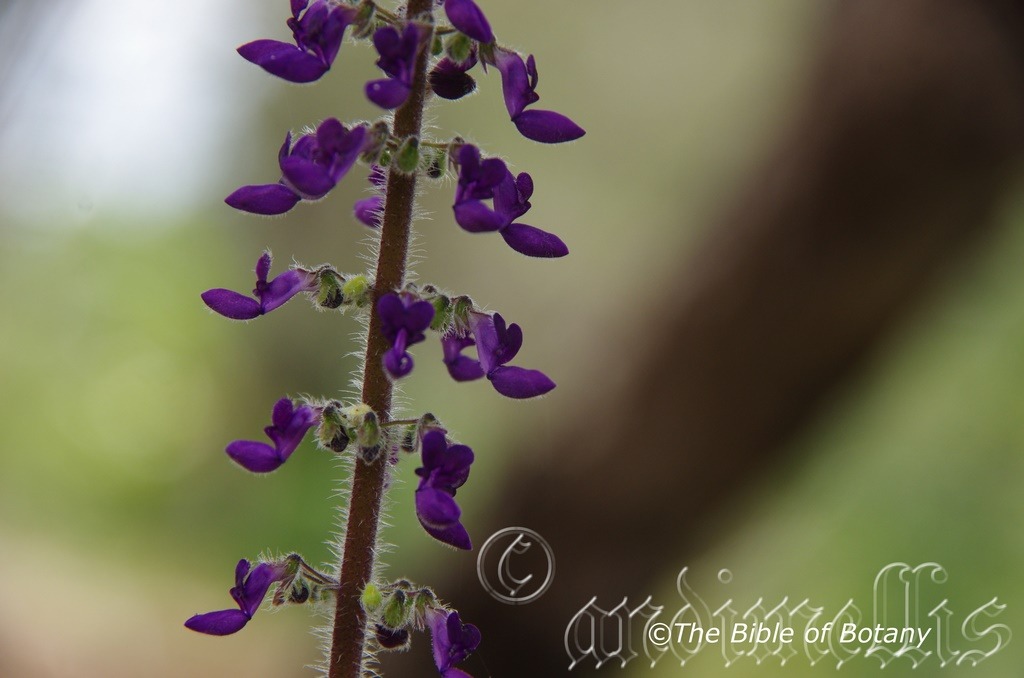
Author’s Garden The Pinnacles NSW


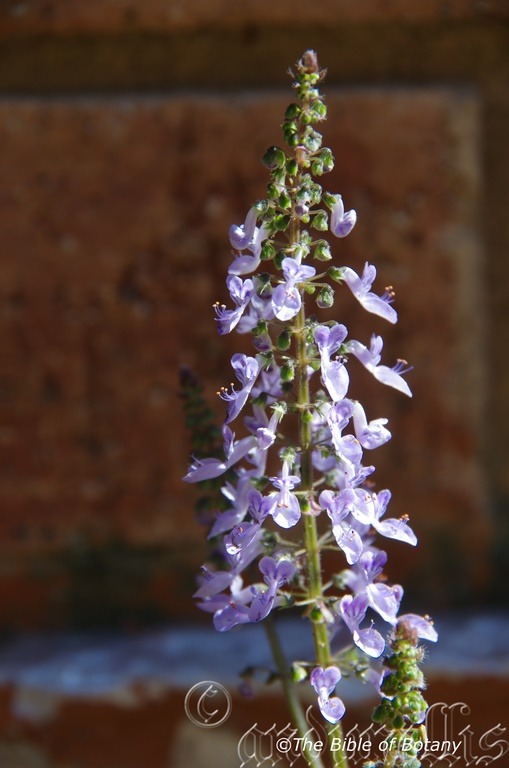
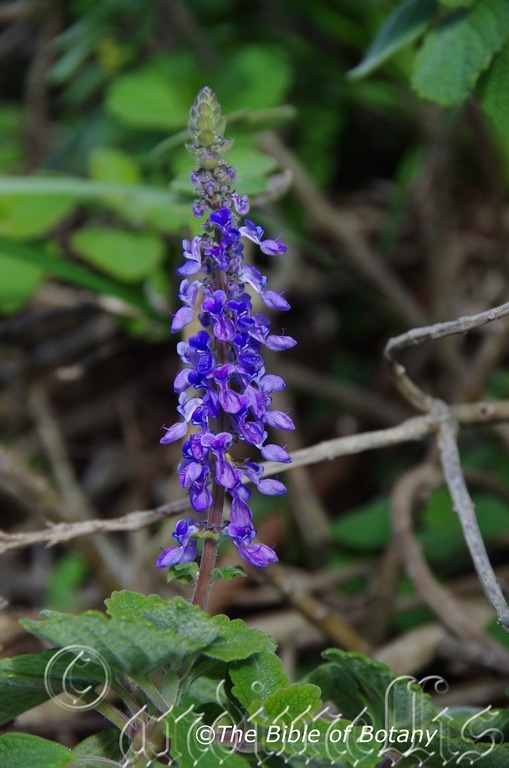



Author’s Garden The Pinnacles NSW

Author’s Garden The Pinnacles NSW
Coleus graveolens
Classification:
Unranked: Eudicots
Unranked: Asterids
Order: Lamiales
Family: Lamiaceae
Tribe: Ocimeae
Genus: From Koleos, which is Ancient Greek, or Coleus, which is Latin for a sheath, sack or scrotum. It refers to plants, where the lower petals or calyx tube resemble a sack.
Specie: From Gravis, which is Latin for heavy Olans which is Latin for a smell or to emit an odour. It refers to plants, usually the foliage which have a rather strong fragrance.
Sub species:
Common Name: Common Coleus.
Distribution:
Coleus graveolens is found in several disjunct populations mainly on and east of the Great Dividing Range south from Cohen on Cape York Peninsular in far northern Queensland to near the Victorian New South Wales.
https://avh.ala.org.au/occurrences/search?taxa=Plectranthus+graveolens#tab_mapView
Habitat Aspect Climate:
Coleus graveolens prefers light dappled shade to full sun. It grows on rocky ledges in crevices on cliffs, adjacent to well-developed rainforests or moist Eucalyptus forests. The altitude ranges from 5 meters to 950 meters ASL.
The temperatures range from 2 degrees in August to 38 degrees in January.
The rainfalls range from lows of 1200mm to an average of 3200mm.
Soil Requirements:
Coleus graveolens prefers to grow on soils that are light sandy clays to medium clays often with copious quantities of leaf litter or on bare rocks. The soils are derived from decomposed black basalts or metamorphic rocks. The soils pH ranges from 5pH to 6.5pH. It does not tolerate waterlogged soils. Non saline soils to moderately saline soils are tolerated.
Height & Spread:
Wild Plants: 0.6m to 1m by 0.6m to 1m.
Characteristics:
Coleus graveolens grows as a sub prostrate herb. The older stems are grey and square in cross section with distinct furrows. The younger stems are pale green to pale blue green often tinged silver and are densely covered in white spreading to retrorse hairs and glandular tipped hairs as well as sessile glands.
Coleus graveolens’s opposite, succulent, broadly ovate to ovate or broadly elliptical leaves measure 45mm to 105mm in length by 35mm to 75mm in width. The petioles measure 1mm to 6mm in length. The base is sub cordate to truncate, while the apex is acute to obtuse. The concolourous laminas are pale soft green, and densely covered in soft white canescent hairs and orange-red sessile glands. The margins are crenate with 20 to 38 shallow lobes. The mid vein is prominent on the lower lamina and is visible on the upper lamina. The laminas are flat or curve slightly upwards from the mid vein. The leaves have a strong to slight aromatic scent when crushed.
The inflorescence of Coleus graveolens are born in whirls on a terminal spike. The spikes measure 80mm to 130mm in length by 30mm to 40mm in diameter. There are often 2 lesser secondary spikes which are born between the base and the first whirl of flowers on the main spike. The wiry pedicels measure 5mm to 6mm in length.
The calyxes measure 0.8mm to 1.2mm in length while the 5 elliptical lobes measure 0.8mm to 1.2mm in length. The green calyxes are covered white to silvery hirtellous hairs. The white, pale blue or deep purple corollas measure 8mm to 9mm in length. The decurve corolla is covered in white longitudinal sessile glands. The 2 upper lobes are united, erect and measure 6mm to 8mm in length. The three lower lobes extend downwards and measure 3mm to 4mm in length.
The stamens but extend beyond the lower corolla lobes and measure 11mm to 14mm in length. The styles measure 11mm to 14mm in length. The flowers appear throughout the year with a peak in flowering occurring during spring and summer.
Coleus graveolens'[s fruit is small flattened or orbicular nutlets. The nutlets measure 0.8mm to 1mm in length by 0.7mm to 0.9mm in diameter. The pale green persistent calyxes turn deep grey on ripening and elongate to 4mm to 5mm in length.
Wildlife:
Coleus graveolens flowers are very attractive to most nectar feeding insects including Native Bees like Tetragonula carbonaria and Blue banded bee Amegilla cingulate.
If the plants are too soft, in a too dry, too humid or too warm a microclimate mealy Bug can become a problem especially if toxic synthetic insecticides have been used around the property. The worst culprit is the Long Tailed Mealy bug (Pseudococcus longispinus) while the Citrus Mealy bug (Pseudococcus calceolariae) can also infect plants. Mealybugs are those white cottony sap sucking bugs. Moist humid areas without much air flow are favoured by this sap sucker. They will never be eliminated in the garden but fortunately they are easy to control.
Cultivation:
Coleus graveolens is a tremendous accent plant with its soft silvery leaves. It always looks fresh especially where a little water is added during the dry season or ground moisture is retained. It is most suitable for small, medium and large gardens close to the coast or high in the mountains in warm temperate or subtropical gardens. It does well light shade or dappled light, which allows the reddish-purple stems to be better highlightered. Keep them away from other similar growing prostrate plants as it can be invasive under ideal conditions. The flowers are produced in profusion over a very long period which makes it a beautiful addition to the garden.
It is great in small rockeries as a fill in plant. Here it can be planted in small groups of 2 or 3 or as a standalone plant to create a harsh barren look with other arid plants. If it is surrounded by smaller plants with fine or large foliage that are pale green or deep green then year round contrasts can be created with a strong accent in the center of the bed. Deep red or orange flowers will also create that dominate affect at the center giving height and strength to the bed whether it is in flower or not in flower the dominance in foliage will stand unchallenged. There is a prostrate form , which does better in full sun with a little dappled shade during the day.
Plants should be replaced every 12 months to maintain vigour and all year uninterrupted beauty.
Propagation:
Seeds: Coleus graveolens are best grown from cuttings rather than seed especially when a particular form or leaf colour is required.
Cuttings:
Coleus graveolens strike very easy from cuttings and this method is the easiest way to increase plant numbers or to replace aged plants every 12 months.
Use 100mm to 120mm long cuttings from the previous or present season’s growth after it has hardened off. They can be taken at any time of the year in warmer climates where frosts do not occur. Remove half the leaves from the lower section and stand the cuttings in the mix with one pair of nodes just below the surface of the mix. Place the trays in a warm not hot position under 30mm to 60mm shade and keep moist not wet. When the cuttings have obviously struck and have developed good roots prick them out and plant them into 50mm native tubes. Return the tubes where they have been growing to further harden off before moving them to a new location and or planting out.
Fertilize using seaweed, fish emulsion or organic chicken pellets soaked in water on an alternate basis. Fertilize every two months until the plants are established then twice annually in early September and March to maintain better health, vitality and flowering.
Further Comments from Readers:
Hi reader, it seems you use The Bible of Botany a lot. That’s great as we have great pleasure in bringing it to you! It’s a little awkward for us to ask, but our first aim is to purchase land approximately 1,600 hectares to link several parcels of N.P. into one at The Pinnacles NSW Australia, but we need your help. We’re not salespeople. We’re amateur botanists who have dedicated over 30 years to saving the environment in a practical way. We depend on donations to reach our goal. If you donate just $5, the price of your coffee this Sunday, We can help to keep the planet alive in a real way and continue to bring you regular updates and features on Australian plants all in one Botanical Bible. Any support is greatly appreciated. Thank you.
In the spirit of reconciliation we acknowledge the Bundjalung, Gumbaynggirr and Yaegl and all aboriginal nations throughout Australia and their connections to land, sea and community. We pay our respect to their Elders past, present and future for the pleasures we have gained.
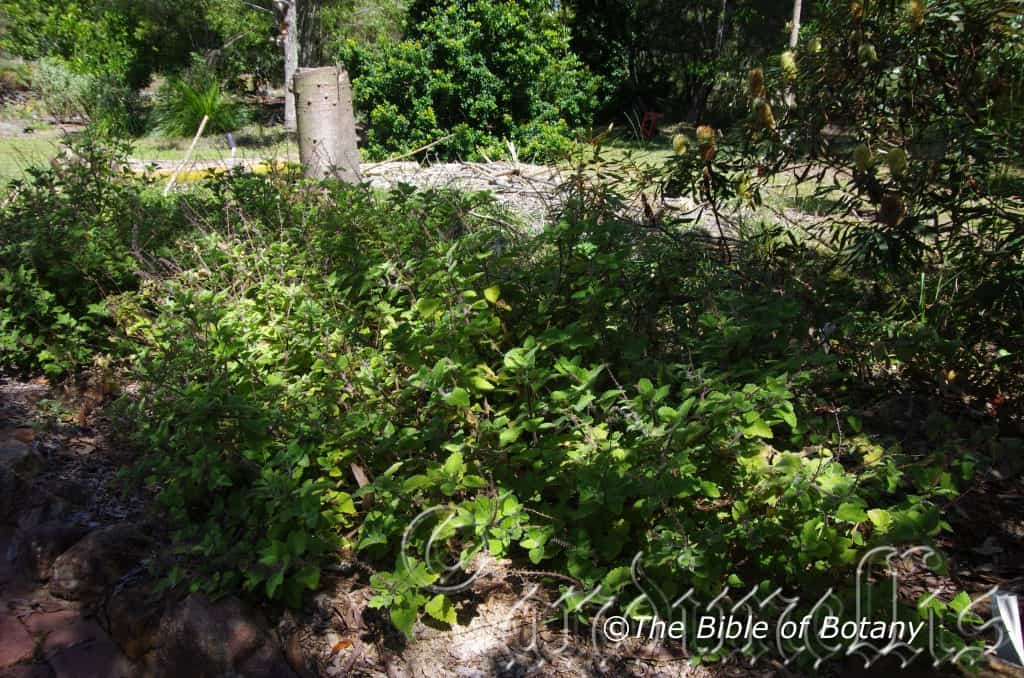
Author’s Garden The Pinnacles NSW

Author’s Garden The Pinnacles NSW
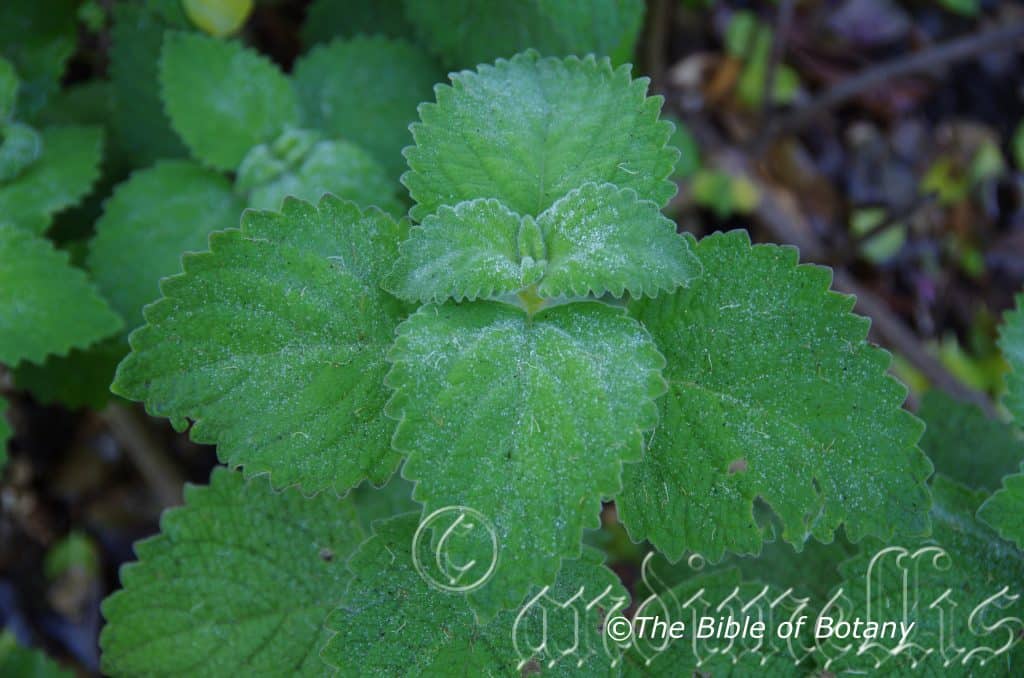
Author’s Garden The Pinnacles NSW
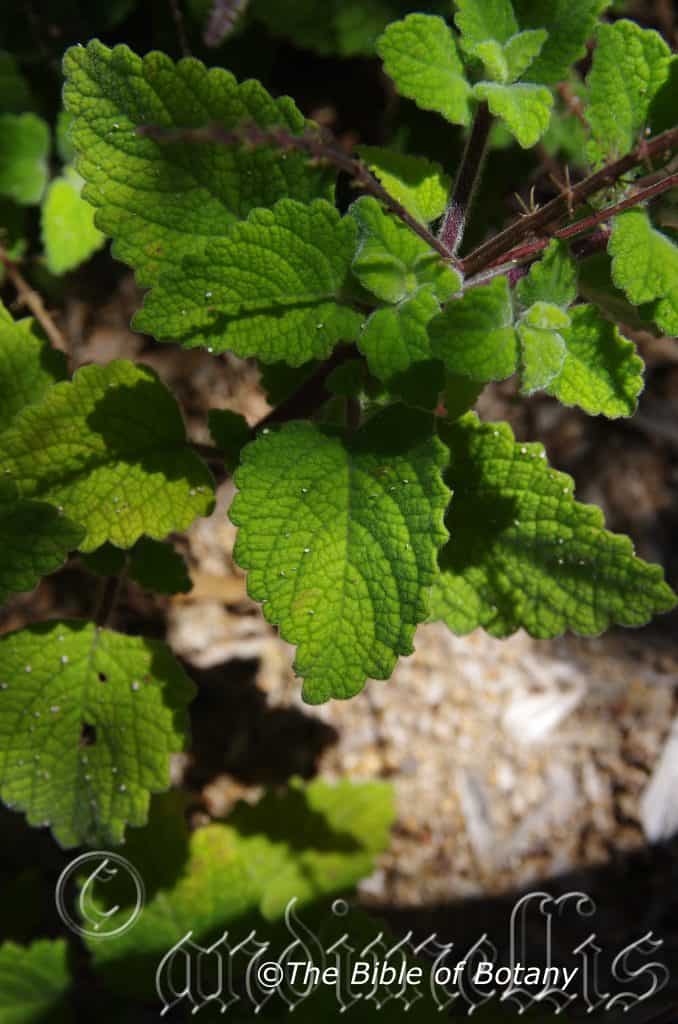
Author’s Garden The Pinnacles NSW
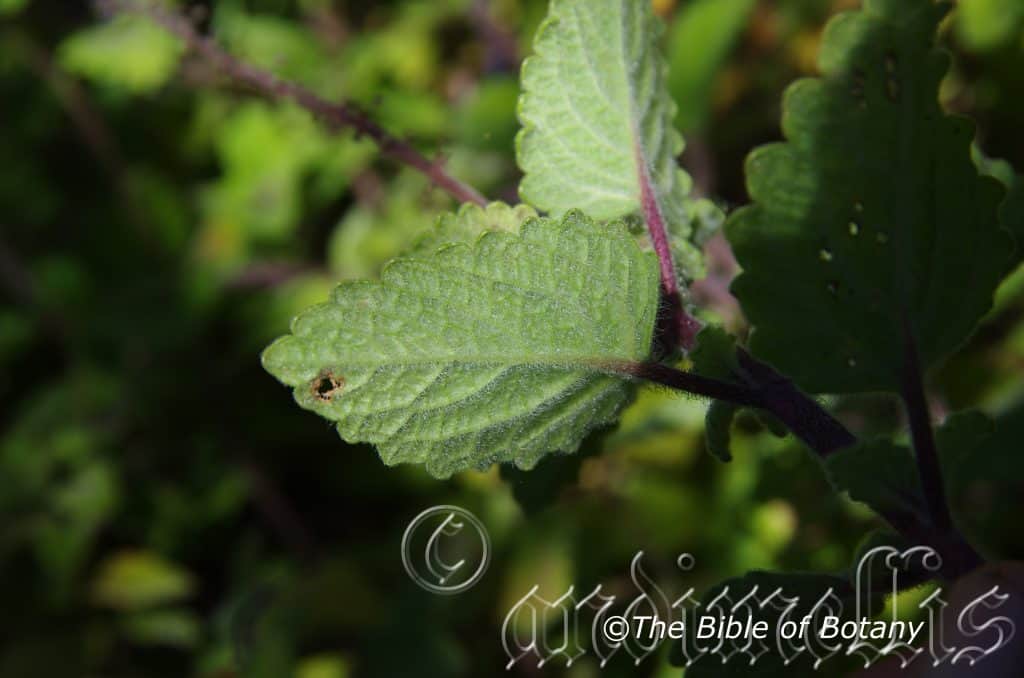
Author’s Garden The Pinnacles NSW
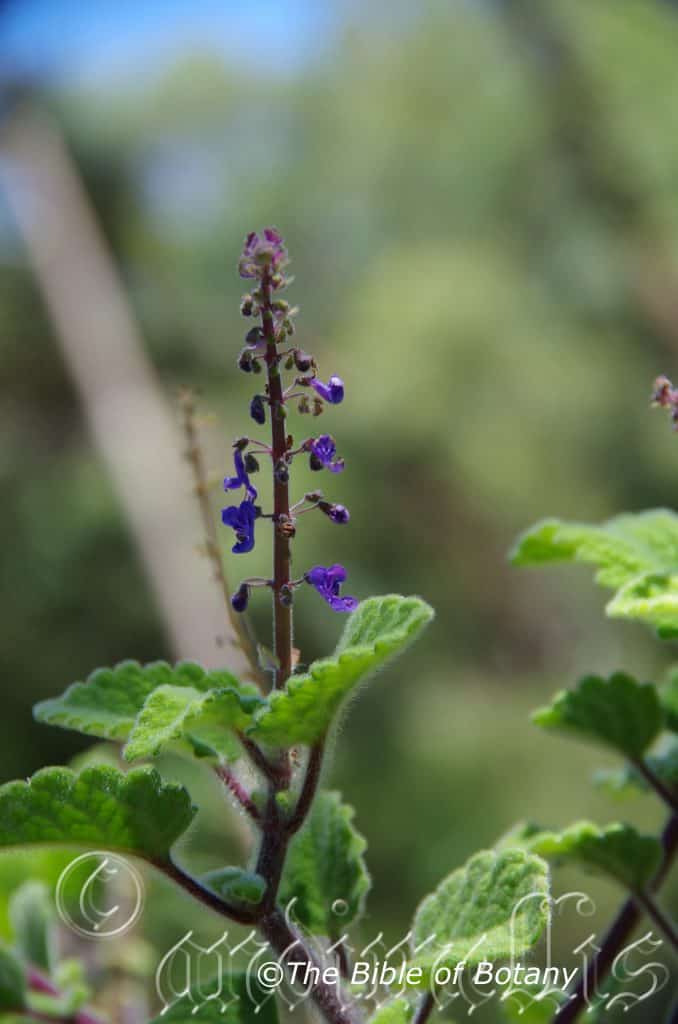
Author’s Garden The Pinnacles NSW
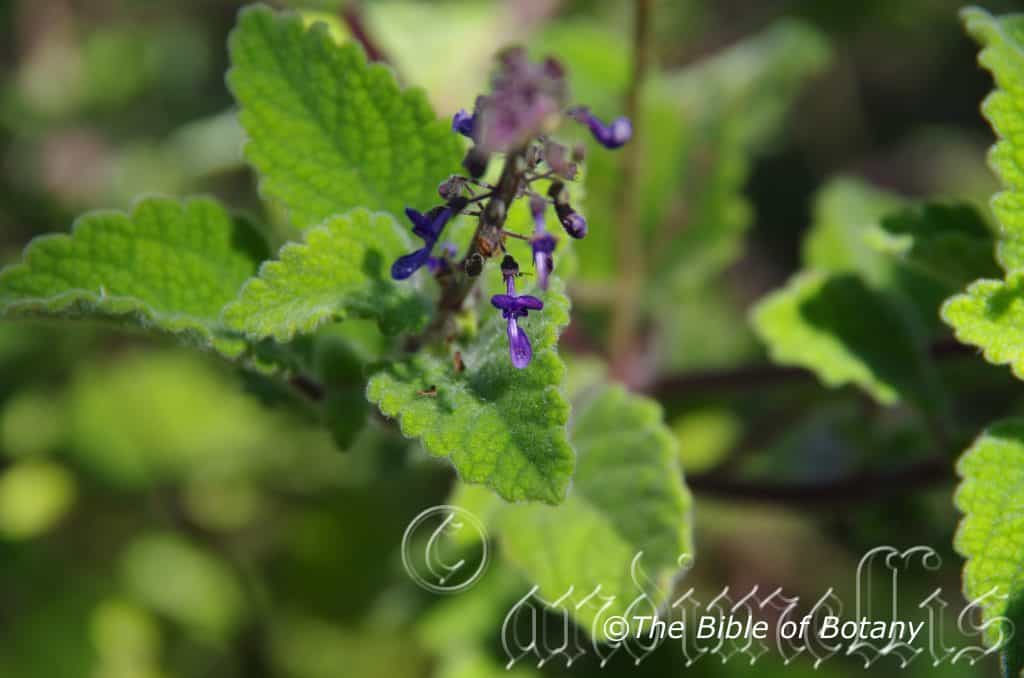
Author’s Garden The Pinnacles NSW
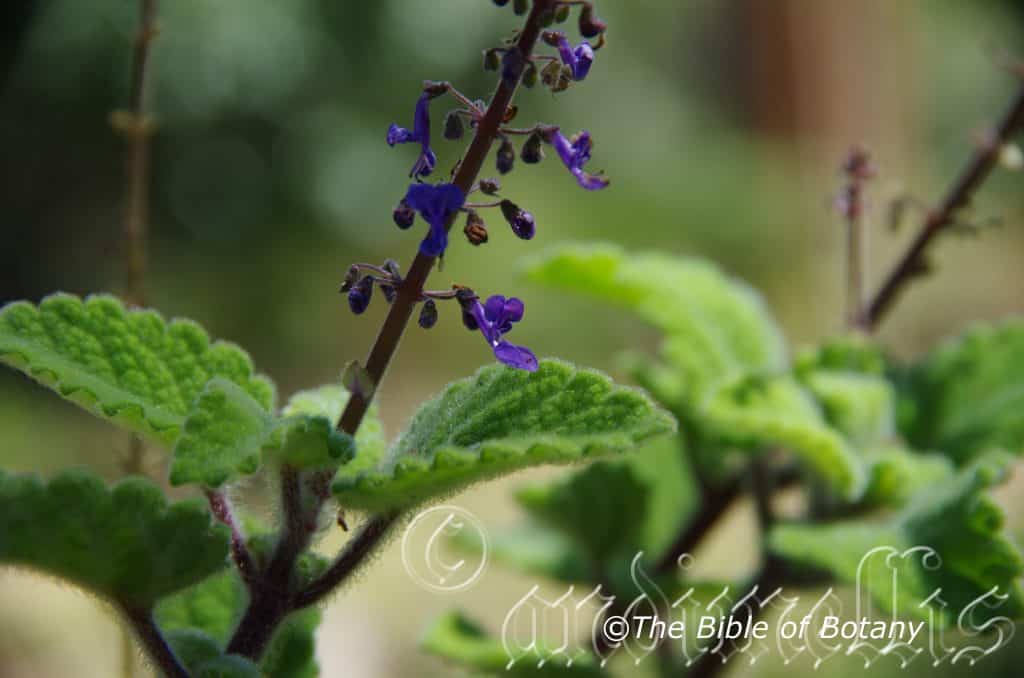
Author’s Garden The Pinnacles NSW

Author’s Garden The Pinnacles NSW

Author’s Garden The Pinnacles NSW

Author’s Garden The Pinnacles NSW
Coleus habrophyllus
Classification:
Unranked: Eudicots
Unranked: Asterids
Order: Lamiales
Family: Lamiaceae
Tribe: Ocimeae
Genus: From Koleos, which is Ancient Greek, or Coleus, which is Late Latin for a sheath, sack or scrotum. It refers to plants, where the lower petals resemble a scrotum like sack.
Specie: From Abro, which is Ancient Greek for graceful or delicate and Phullon/Phyllon, which is Ancient Greek for a leaf. It refers to leaves, which have a rather a delicate fragrance.
Sub species:
Common Name: Scented Coleus.
Distribution:
Coleus habrophyllus is found in two disjunct populations, one south east of Ipswich and the other south east of Logan I far south east Queensland.
https://avh.ala.org.au/occurrences/search?taxa=Coleus+habrophyllus#tab_mapView
Habitat Aspect Climate:
Coleus habrophyllus prefers light dappled shade to full sun. It grows on open woodlands and in poor open scrubland. The altitude ranges from 50 meters to 150 meters ASL.
The temperatures range from 2 degrees in August to 38 degrees in January.
The rainfalls range from lows of 800mm to an average of 1200mm.
Soil Requirements:
Coleus habrophyllus prefers to grow on poor sandy clays to medium clays often with devoid of leaf litter. The soils are derived from decomposed shale. The soils pH ranges from 4.5pH to 6pH. It does not tolerate waterlogged soils. Non saline soils to moderately saline soils are tolerated.
Height & Spread:
Wild Plants: 0.3m to 1m by 0.6m to 1m.
Characteristics:
Measurements taken from a single gene pool in my garden.
Coleus habrophyllus grows as a sub prostrate herb. The older stems are fawn, smooth and glabrous and are terete in juvenile plants and square in cross section on older plants. The younger stems are green or purple often tinged silver and are densely covered in short, soft, white, spreading, sericeous hairs a few erect hairs.
Coleus habrophyllus’s opposite, succulent, broadly ovate to ovate-deltoid leaves are covered in short, soft, white spreading hairs sericeous hairs a few erect hairs and measure 45mm to 65mm in length by 32mm to 52mm in width. The petioles are covered in minute, soft, white, spreading sericeous hairs a few erect hairs measure 22mm to 33mm in length. The base is truncate, while the apex is obtuse. The discolourous laminas are a mid, soft green, and sparsely to moderately covered in soft, white, spreading sericeous hairs a few erect hairs on the upper lamina, while the lower lamina is paler and sparsely to moderately covered in soft, white, spreading sericeous hairs a few erect hairs. The margins are crenate with 14 to 18 broad lobes. The mid vein and lateral veins are moderately to densely covered in soft, white, spreading sericeous hairs a few erect hairs, are prominent on the lower lamina and depressed on the upper lamina. The laminas are flat or curve slightly upwards from the mid vein to the margins. The leaves have a strong to delicate aromatic scent when crushed or handled.
The inflorescence of Coleus habrophyllus are born in 2 groups of 3 opposite each other on the spike. The spikes measure 110mm to 155mm in length. There are often 2 lesser secondary spikes which are born between the near base and the first whirl of flowers on the main spike. The wiry pedicels measure 2mm to 3.5mm in length.
The calyxes measure 1.2mm to 8mm in length including the narrow triangular to linear lobes. The deep purple almost black calyxes are moderately covered in soft, white, spreading sericeous hairs a few erect hairs externally. The deep purple corollas measure 9mm to 10mm in length. The straight corolla is glabrous and is more spathulate than forming the traditional scrotum sack. The 2 upper lobes are united, erect and measure 0.3mm to 0.5mm in length by 0.4mm to 0.6mm across. The lower lobes extend downwards and measure 9mm to 10mm in length.
The inserted stamens rest on the lower corolla lobes and measure 8mm to 9mm in length. The bilobed style measures 8mm to 9mm in length. The flowers appear throughout the year with a peak in flowering occurring during spring and summer.
Coleus habrophyllus’s fruit is small flattened or orbicular nutlets. The nutlets measure 0.8mm to 1mm in length by 0.7mm to 0.9mm in width. The pale green persistent calyxes turn deep grey on ripening and elongate to 1.5mm to 2mm in length.
Wildlife:
Coleus habrophyllus’s flowers are very attractive to most nectar feeding insects including Native Bees like Tetragonula carbonaria and Blue banded bee Amegilla cingulate.
If the plants are too soft, in a too dry, too humid or too warm a microclimate mealy Bug can become a problem especially if toxic synthetic insecticides have been used around the property. The worst culprit is the Long Tailed Mealy bug (Pseudococcus longispinus) while the Citrus Mealy bug (Pseudococcus calceolariae) can also infect plants. Mealybugs are those white cottony sap sucking bugs. Moist humid areas without much air flow are favoured by this sap sucker. They will never be eliminated in the garden but fortunately they are easy to control.
Cultivation:
Coleus habrophyllus like all Coleus is a tremendous accent plant with its soft pale green leaves that is easy to grow from cuttings placed directly in the ground. It is a very rare herbaceous plant, which can be used as a small shrub or as a tall ground cover accent plant. It is best used where soil moisture can be maintained and dappled sunlight exists. It is hardy once established and can survive mild frosts for short periods. It responds admirably to either regular tip pruning or an annual hard cut back when placing the cuttings in the soil to establish new plants.
It is great in medium rockeries as a fill in plant. Here it can be planted in small groups of 2 to 5 or as a standalone plant to create a harsh barren look with other arid plants. If it is surrounded by smaller plants with fine or large foliage that are pale green or deep green then year round contrasts can be created with a strong accent in the center of the bed. Deep coloured flowers of red, yellow or orange creates a dominate affect and contrast with its foliage giving a bold hard or harsh appearance.
Plants should be replaced every 2 or 3 years to maintain vigour and all year uninterrupted beauty. It must be grown from cuttings as it hybridizes with other common Coleus planted in the garden.
Propagation:
Seeds: Coleus habrophyllus are best grown from cuttings rather than seed especially when a particular form or leaf colour is required.
Cuttings:
Coleus habrophyllus strike very easy from cuttings and this method is the easiest way to increase plant numbers or to replace aged plants every 12 months.
Use 100mm to 120mm long cuttings from the previous or present season’s growth after it has hardened off. They can be taken at any time of the year in warmer climates where frosts do not occur. Remove half the leaves from the lower section and stand the cuttings in the mix with one pair of nodes just below the surface of the mix. Place the trays in a warm not hot position under 30mm to 60mm shade and keep moist not wet. When the cuttings have obviously struck and have developed good roots prick them out and plant them into 50mm native tubes. Return the tubes where they have been growing to further harden off before moving them to a new location and or planting out.
Fertilize using seaweed, fish emulsion or organic chicken pellets soaked in water on an alternate basis. Fertilize every two months until the plants are established then twice annually in early September and March to maintain better health, vitality and flowering.
Further Comments from Readers:
Hi reader, it seems you use The Bible of Botany a lot. That’s great as we have great pleasure in bringing it to you! It’s a little awkward for us to ask, but our first aim is to purchase land approximately 1,600 hectares to link several parcels of N.P. into one at The Pinnacles NSW Australia, but we need your help. We’re not salespeople. We’re amateur botanists who have dedicated over 30 years to saving the environment in a practical way. We depend on donations to reach our goal. If you donate just $5, the price of your coffee this Sunday, We can help to keep the planet alive in a real way and continue to bring you regular updates and features on Australian plants all in one Botanical Bible. Any support is greatly appreciated. Thank you.
In the spirit of reconciliation we acknowledge the Bundjalung, Gumbaynggirr and Yaegl and all aboriginal nations throughout Australia and their connections to land, sea and community. We pay our respect to their Elders past, present and future for the pleasures we have gained.

Author’s Garden The Pinnacles NSW
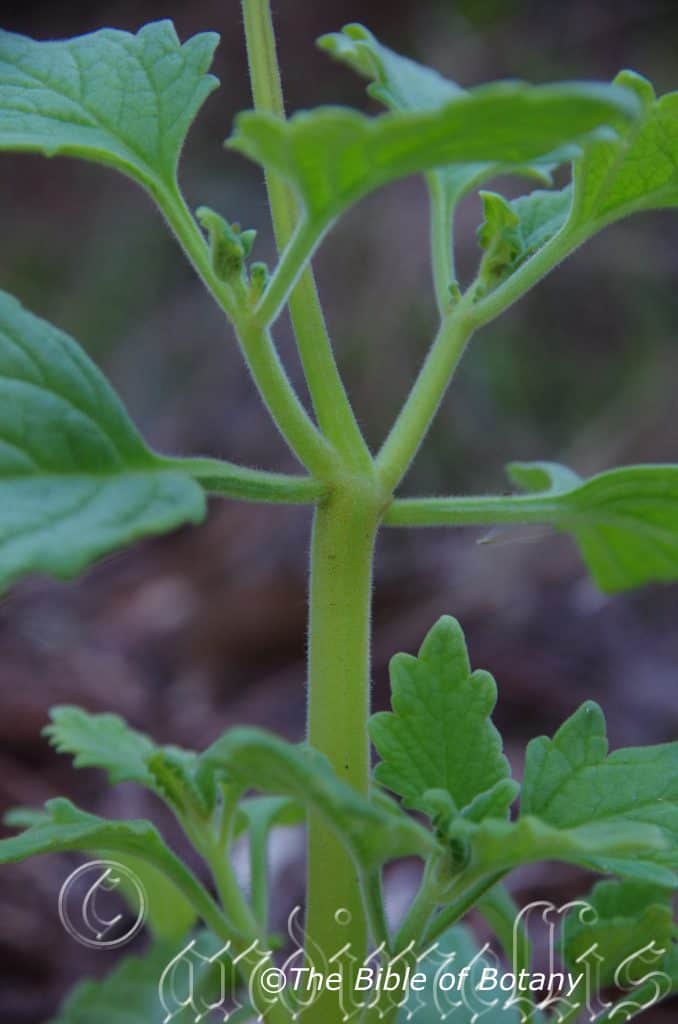
Author’s Garden The Pinnacles NSW
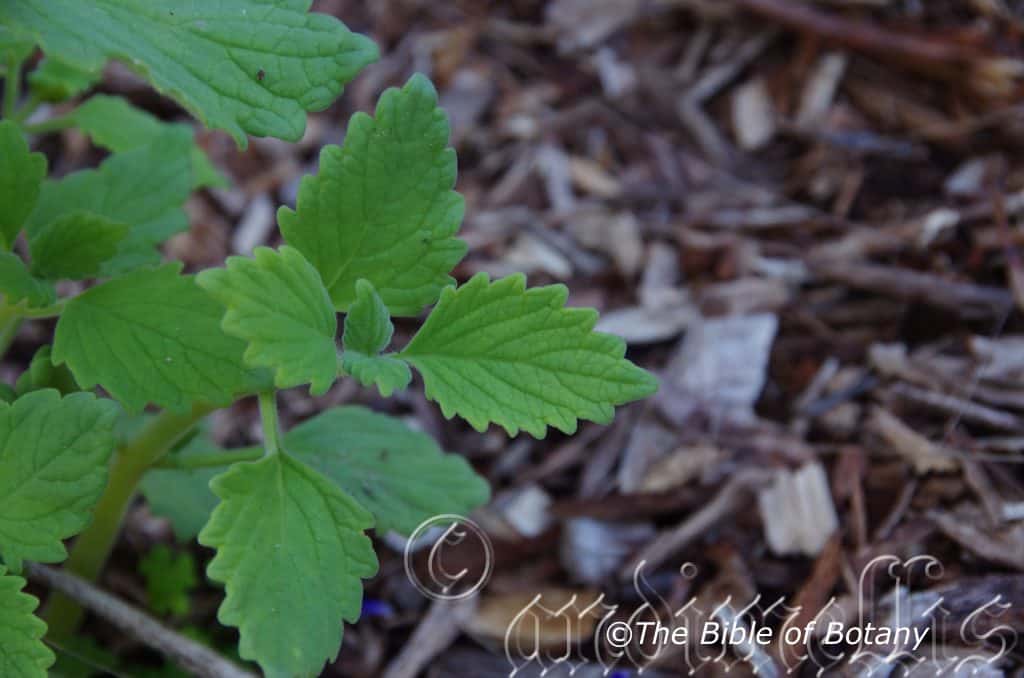
Author’s Garden The Pinnacles NSW

Author’s Garden The Pinnacles NSW
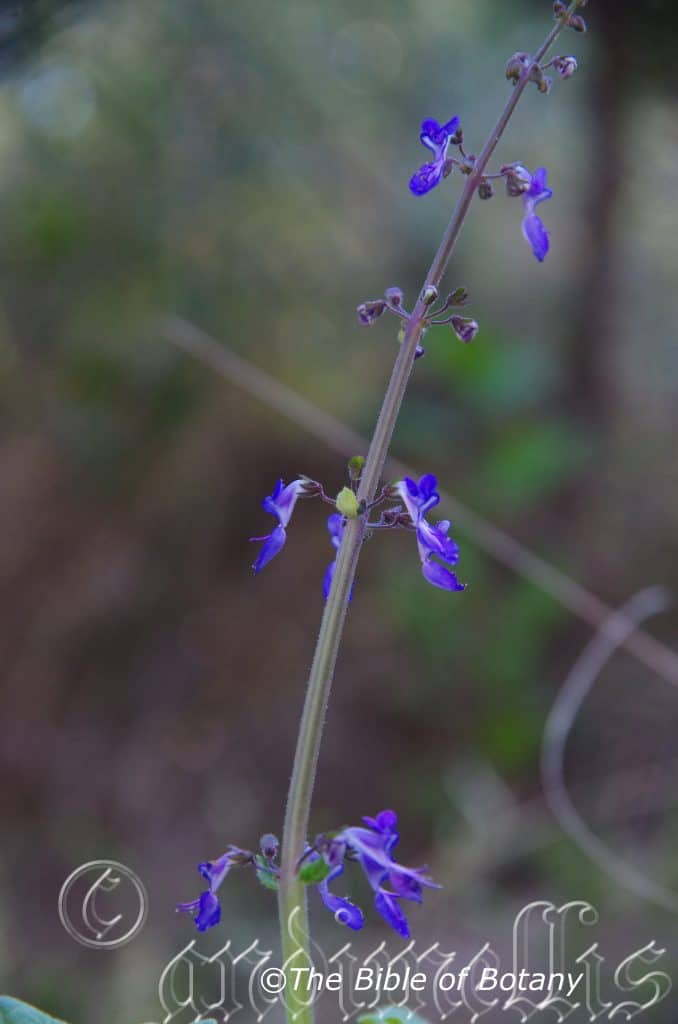
Author’s Garden The Pinnacles NSW
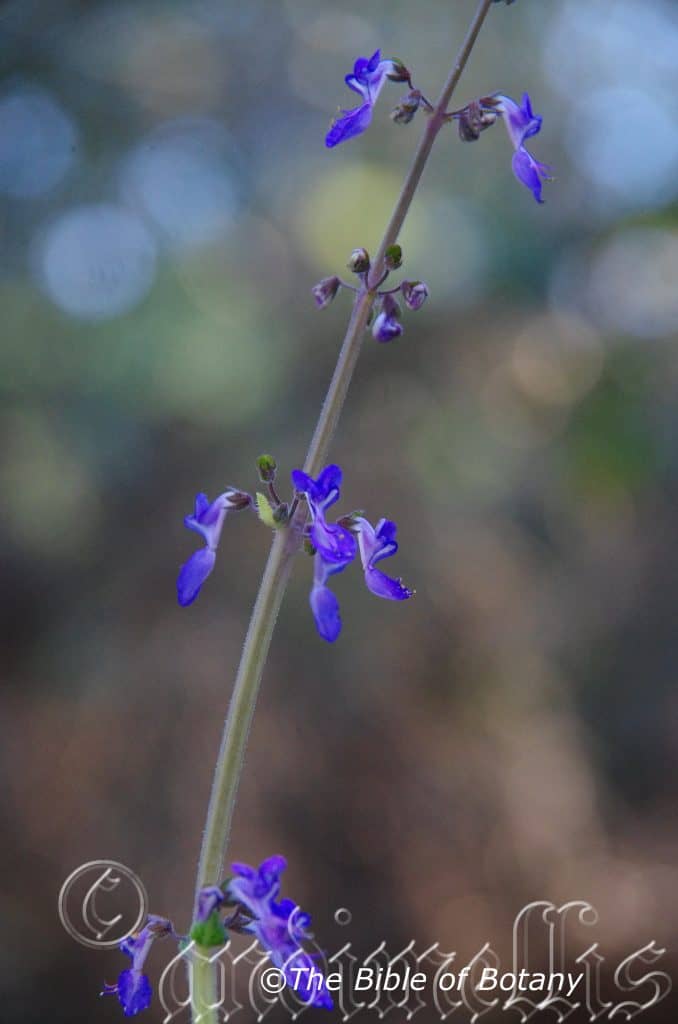
Author’s Garden The Pinnacles NSW
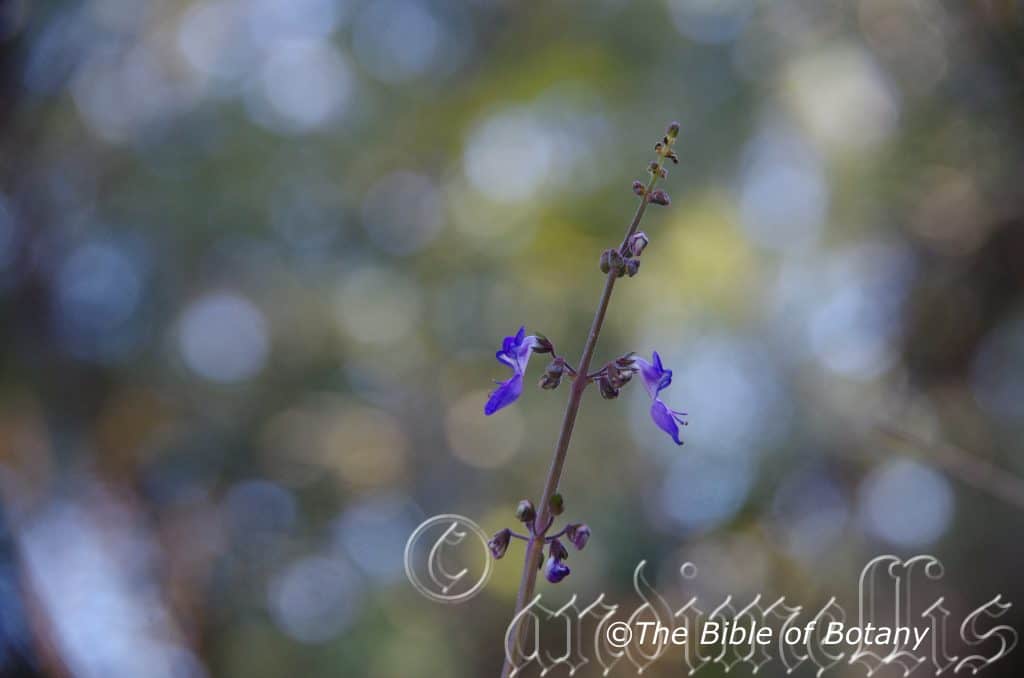
Author’s Garden The Pinnacles NSW
Coleus intraterraneus
Classification:
Unranked: Eudicots
Unranked: Asterids
Order: Lamiales
Family: Lamiaceae
Tribe: Ocimeae
Genus: From Koleos, which is Ancient Greek, or Coleus, which is Late Latin for a sheath, sack or scrotum. It refers to plants, where the lower petals resemble a sack.
Specie: From Intra, which is Latin for within, Terrestre, which is Latin for land or earth and -?neus, which is Latin for indicates a relationship of position, possession, or origin. It refers to the plants which have a strong root system or stems that are much deeper in the soil than other species in the genus.
Sub species:
Common Name:
Distribution:
Coleus intraterraneus is wide spread specie between Artisean Range and south to Cape Range in central western Western Australia east to Hughenden, Jericho and Warrego district in central Queensland.
https://avh.ala.org.au/occurrences/search?taxa=Coleus+intraterraneus#tab_mapView
Habitat Aspect Climate:
Coleus intraterraneus prefers light dappled shade to full sun. It grows along creeks, near waterfalls and cascades on rocky terrain. The altitude ranges from 150 meters to 640 meters ASL.
The temperatures range from minus 2 degree in August to 38degrees in January.
The rainfalls range from lows of 900mm to an average of 1600mm.
Soil Requirements:
Coleus intraterraneus prefers to grow on fine to course sands, light sandy clays to gravelly rocks. The soils are derived from decomposed sandstone except for the Hughenden plants which are on partially decomposed black basalt. The soils pH ranges from 5pH to 6pH. It does not tolerate waterlogged soils. Non saline soils to moderately saline soils are tolerated.
Height & Spread:
Wild Plants: 0.5m to 1.5mm by 0.5m to 1m. The plants often self-layer so can cover quite large areas.
Characteristics:
Measurements from a single gene pool growing in my garden.
Coleus intraterraneus is a perennial herb or subshrub with smooth, fawn older stems, while the younger stems are greenish-purple and sparsely to densely covered in short, white hirtellous hairs or long white tomentose hairs with yellow-orange sessile glands. The older stems are square in cross section with longitudinal, shallow furrows on the sides.
Coleus intraterraneus’s opposite, broad elliptical, leaves are decussate and fleshy. The leaves measure 50mm to 70mm in length by 50mm to 60mm in width. The petioles are sparsely to densely covered in short, white hirtellous hairs or long white tomentose hairs and measure 20mm to 30mm in length. The bases are cunneate while the apexes are broad acute. The concolourous laminas are pale green and are sparsely to densely covered in short, white hirtellous hairs or long white tomentose hairs. The laminas curve slightly upwards from the mid vein to the margins and decurve downwards from the base to the apex and decurve downwards from the petiole to the apex while the margins are serrated with 12 to 16 obtuse teeth.
The inflorescence of Coleus intraterraneus are born in 2 groups of 3 opposite to each other along the spike. The sparsely covered in white hirtellous hairs. The pedicels measure 3mm to 5mm in length. The 5 calyxes measure 2.5mm to 2.7mm in length. The calyxes upper lip is ovate, while the lower 4 are narrow-lanceolate to narrow-triangular and pale green internally. Externally they are moderately covered in white hirtellous to hispid hairs and are sparsely to moderately covered in reddish sessile glands externally. The white, glabrous corolla is sparsely to densely covered in deep purple markings and measures 8mm to 9mm in length while the open spathe like lobes measure 8mm to 9mm in length. The corolla is glabrous and bends downwards at araound 80 degrees. The 2 upper lobes are united dissimilar with the upper lobe being erect, orbicular, obtuse and inflexed and measure 4mm to 5mm in length by 5mm to 6mm in width.
The 4 dimorphic filaments are white at the base and deep purple at the apex and measure 15mm to 16mm in length have basifixed, orbicular anthers. The bifid style measures 13mm to 14mm in length. The flowers appear from late January to March.
Coleus intraterraneus’s fruit is small flattened or orbicular nutlet. The black, glossy nutlets measure 0.9mm to 1mm in length by 0.8mm to 1mm in width. The pale green persistent calyxes turn brown or grey on ripening and expand to 3.6mm to 4mm in length.
Wildlife:
Coleus intraterraneus flowers are very attractive to most nectar feeding insects including Native Bees and Pollen Flies.
If the plants are too soft, in a too dry, too humid or too warm a microclimate mealy Bug can become a problem especially if toxic synthetic insecticides have been used around the property. The worst culprit is the Long Tailed Mealy bug (Pseudococcus longispinus) while the Citrus Mealy bug (Pseudococcus calceolariae) can also infect plants. Mealybugs are those white cottony sap sucking bugs. Moist humid areas without much air flow are favoured by this sap sucker. They will never be eliminated in the garden but fortunately they are easy to control.
The Lady Beetles or Lady Birds (Family Coccinellideae particularly Cryptolaemus montrouzieri) has a special liking for mealy bugs. Cryptolaemus montrouzieri larvae look similar to mealy bugs covered in a white cottony cloak but stand nearly three times as tall. They lay 300 to 500 eggs over the 3 months of their lives close to their food source of aphids, mealybugs or mites. The eggs hatch in 2 to 14 days. The larvae have 4 instars before it pupates. After 7 to 10 days as pupae the adults emerge.
Lady beetles over winter hide under rocks and logs in natural bushland so it is important to have some of these items scattered around the garden amongst shrubs in a natural landscape to keep the balanced cycle going. These lady beetles also have a liking for wax scale insects.
Cultivation:
Coleus intraterraneus like all Coleus is a tremendous accent plant with its soft pale green leaves that is easy to grow from cuttings placed directly in the ground. It is a tremendous accent plant with its soft silvery leaves. It always looks fresh especially where a little water is added during the dry season or ground moisture is retained. It is most suitable for small, medium and large gardens close to the coast or high in the mountains in warm temperate or sub-tropical gardens. It does well beneath tall open canopy trees like Tristania specie and Eucalyptus specie. Keep it away from other similar growing prostrate plants as it can be dominated by other plants and Coleus species under ideal conditions. The flowers are produced in profusion over a very long period which makes them a beautiful addition to the garden.
It looks great in small rockeries as a fill in plant. Here they can be planted in small groups of 2 or 3 or as a standalone plant to create a harsh barren look with other arid plants. If it is surrounded by shorter plants with fine or large foliage that are deep green or pale green then year round contrast can be created with a strong accent in the center of the bed. Deep red or orange flowers will also create that dominate affect at the center giving height and strength to the bed whether it is in flower or not in flower the dominance in foliage will stand unchallenged.
Plants should be replaced every 12 months and treat it as an annual to maintain vigour and all year uninterrupted beauty.
Propagation:
Seeds:
Coleus intraterraneus are best grown from cuttings rather than seed especially when a particular form or leaf colour is required.
Cuttings:
Coleus intraterraneus strike very easy from cuttings and this method is the easiest way to increase plant numbers or to replace aged plants every 12 months.
Use 100mm to 120mm long cuttings from the previous or present season’s growth after it has hardened off. They can be taken at any time of the year in warmer climates where frosts do not occur. Remove half the leaves from the lower section and stand the cuttings in the mix with one pair of nodes just below the surface of the mix. Place the trays in a warm not hot position under 30mm to 60mm shade and keep moist not wet. When the cuttings have obviously struck and have developed good roots prick them out and plant them into 50mm native tubes. Return the tubes where they have been growing to further harden off before moving them to a new location and or planting out.
Fertilize using seaweed, fish emulsion or organic chicken pellets soaked in water on an alternate basis. Fertilize every two months until the plants are established then twice annually in early September and March to maintain better health, vitality and flowering.
Further Comments from Readers:
Hi reader, it seems you use The Bible of Botany a lot. That’s great as we have great pleasure in bringing it to you! It’s a little awkward for us to ask, but our first aim is to purchase land approximately 1,600 hectares to link several parcels of N.P. into one at The Pinnacles NSW Australia, but we need your help. We’re not salespeople. We’re amateur botanists who have dedicated over 30 years to saving the environment in a practical way. We depend on donations to reach our goal. If you donate just $5, the price of your coffee this Sunday, We can help to keep the planet alive in a real way and continue to bring you regular updates and features on Australian plants all in one Botanical Bible. Any support is greatly appreciated. Thank you.
In the spirit of reconciliation we acknowledge the Bundjalung, Gumbaynggirr and Yaegl and all aboriginal nations throughout Australia and their connections to land, sea and community. We pay our respect to their Elders past, present and future for the pleasures we have gained.

Mount Cootha Botanic Gardens Qld.
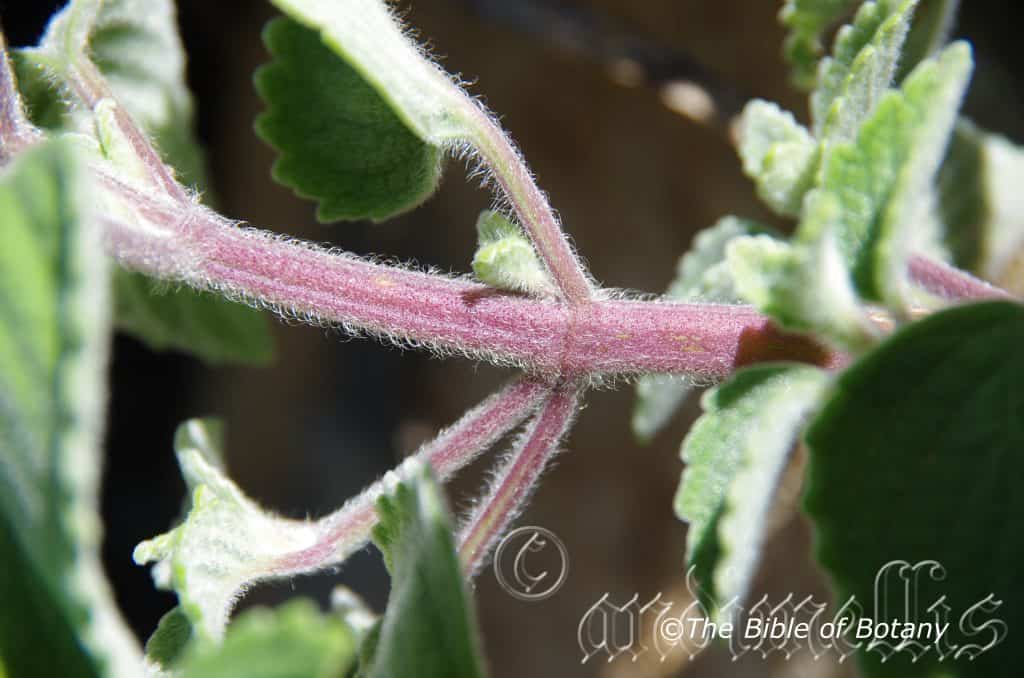
Author’s Garden The Pinnacles NSW
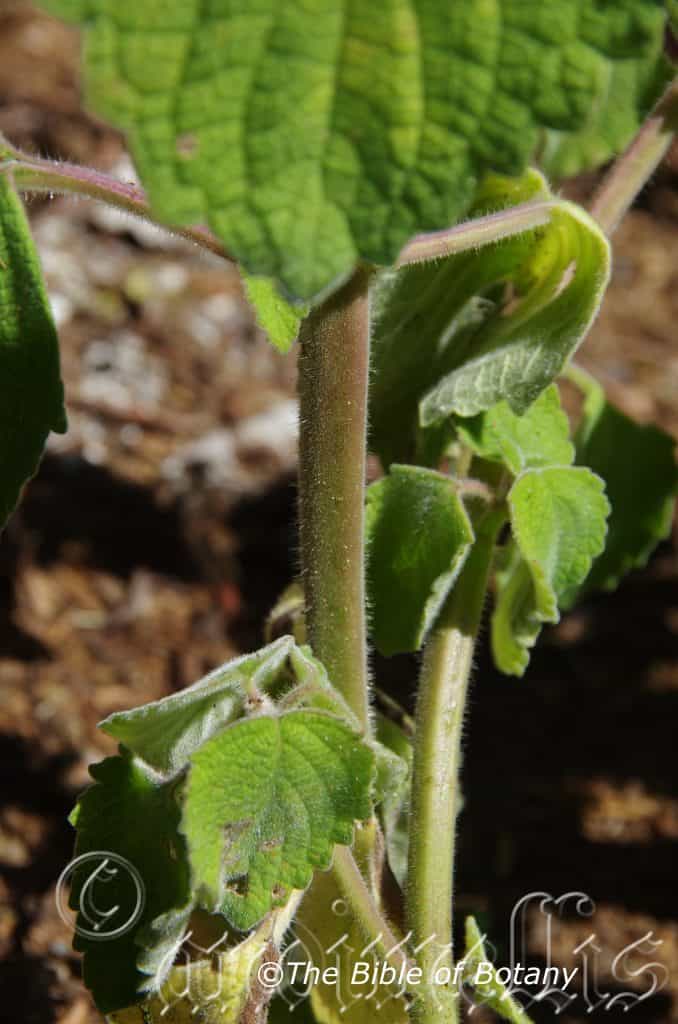
Author’s Garden The Pinnacles NSW
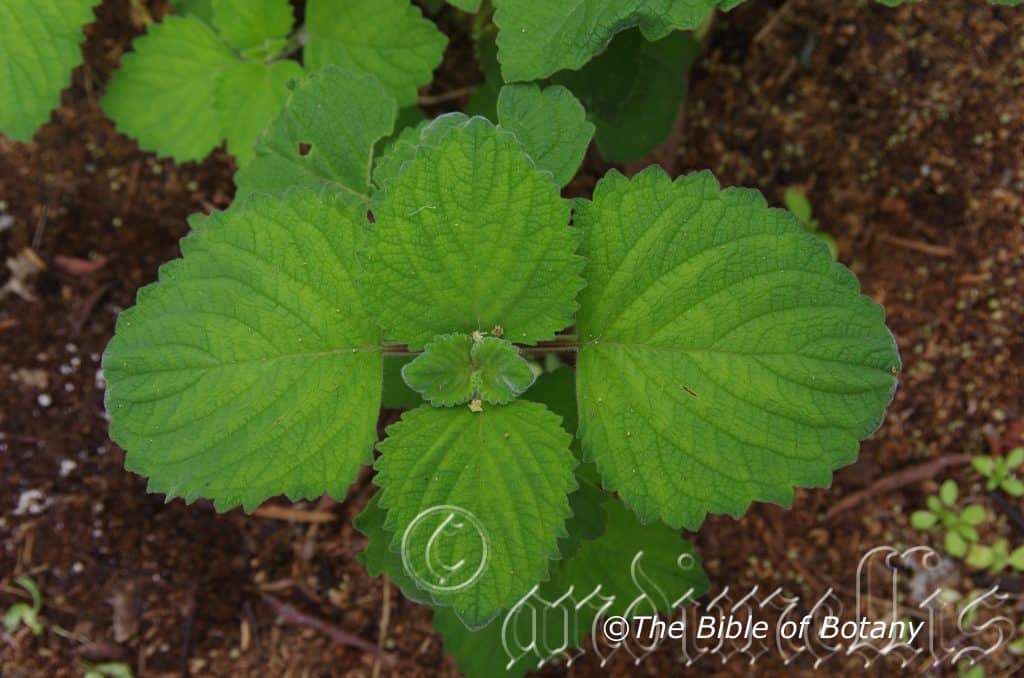
Author’s Garden The Pinnacles NSW

Author’s Garden The Pinnacles NSW
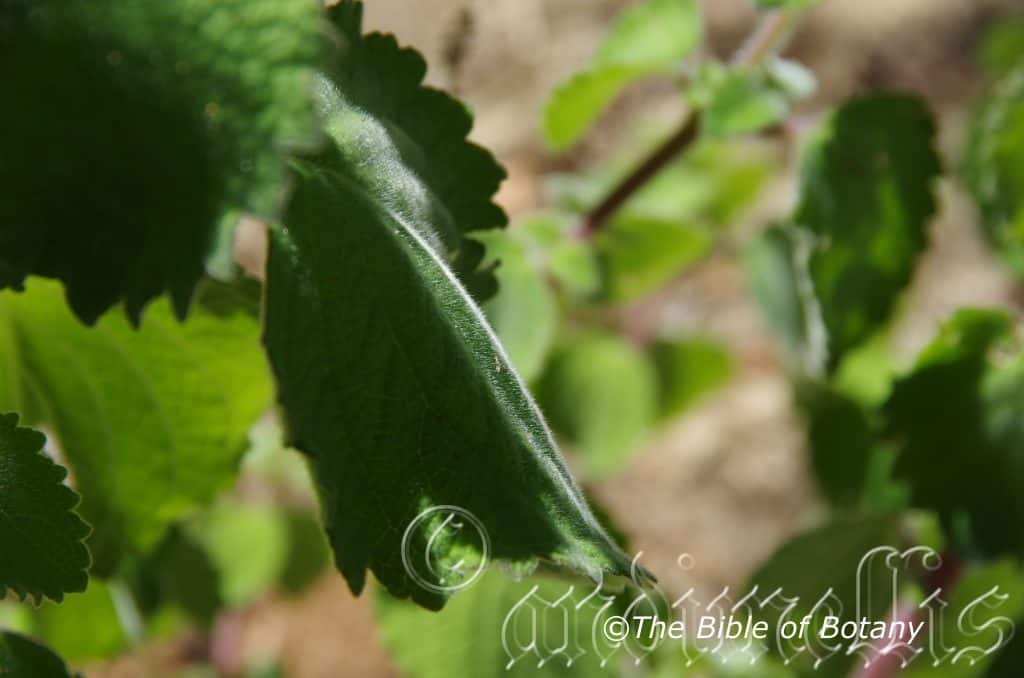
Author’s Garden The Pinnacles NSW
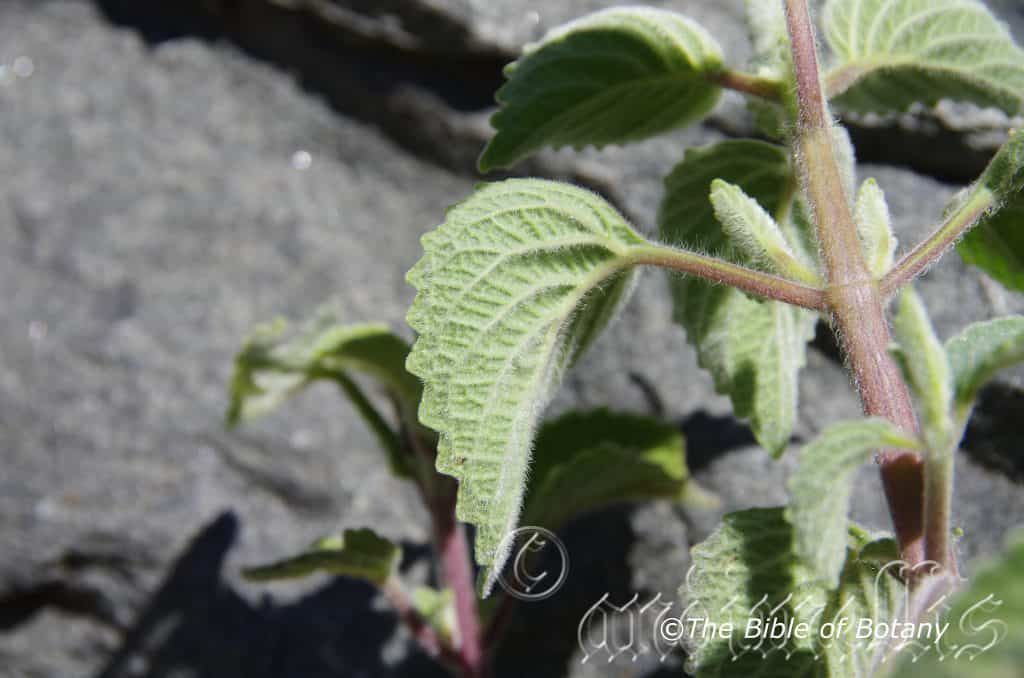
Mount Cootha Botanic Gardens Qld.
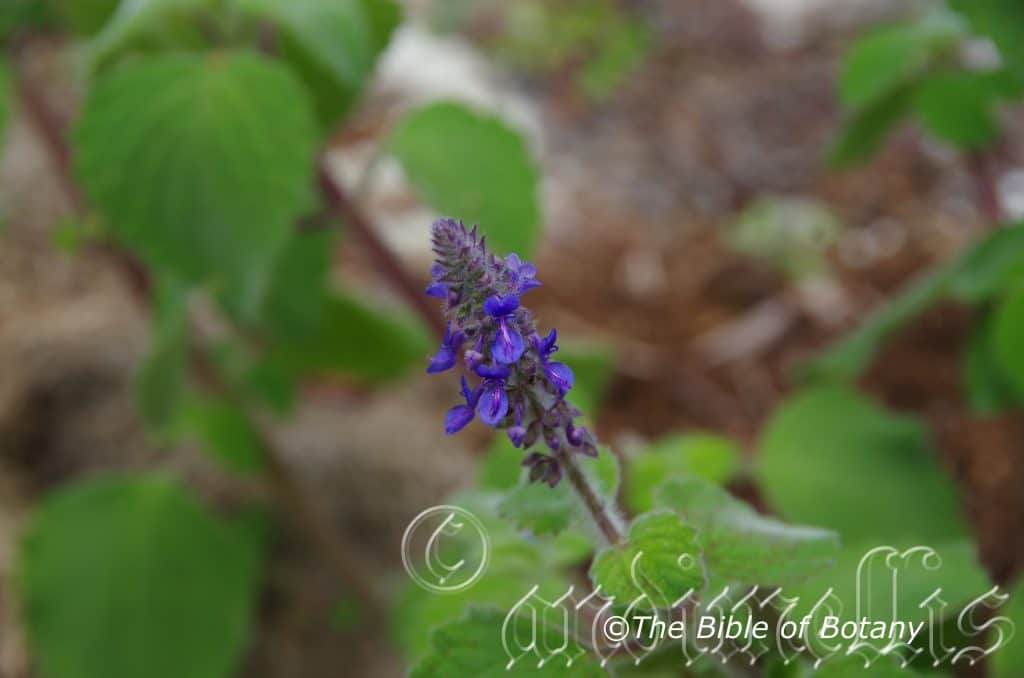
Author’s Garden The Pinnacles NSW

Author’s Garden The Pinnacles NSW
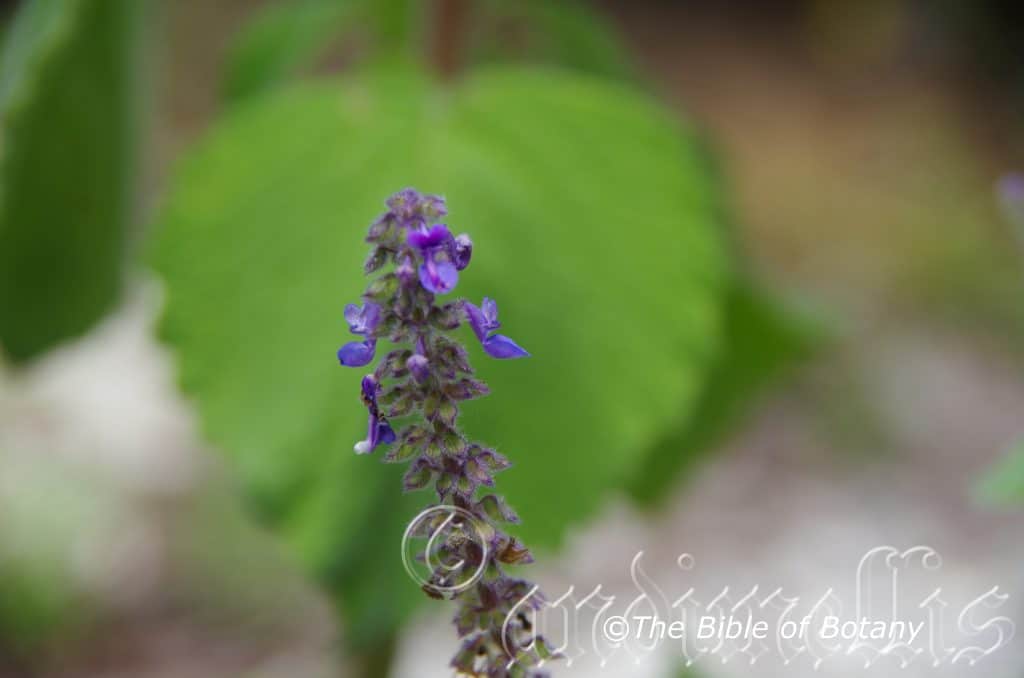
Author’s Garden The Pinnacles NSW
Coleus leiperi
Classification:
Unranked: Eudicots
Unranked: Asterids
Order: Lamiales
Family: Lamiaceae
Tribe: Ocimeae
Genus: From Koleos, which is Ancient Greek, or Coleus, which is Late Latin for a sheath, sack or scrotum. It refers to plants, where the lower petals resemble a sack.
Specie: Is named in honour of Glen Leiper, who is a Queensland amateur botanist and naturalist who wrote from Mangroves to Mountain.
Sub species:
Common Name:
Distribution:
Coleus leiperi is restricted to a small area between Esk to south west of Caboolture in far south eastern Queensland.
https://avh.ala.org.au/occurrences/search?taxa=Plectranthus+leiperi#tab_mapView
Habitat Aspect Climate:
Coleus leiperi prefers light dappled shade to full sun. It grows in riparian zones, and cascades on rocky terrain. The altitude ranges from 100 meters to 200 meters ASL.
The temperatures range from minus 2 degree in August to 38 degrees in January.
The rainfalls range from lows of 900mm to an average of 1200mm.
Soil Requirements:
Coleus leiperi prefers to grow on light sandy clays to medium clays often with copious quantities of leaf litter. The soils are derived from decomposed black basalts and better quality metamorphic rocks with copious quantities of leaf litter, rocks or boulders. The soils pH ranges from 5pH to 7pH. It does not tolerate waterlogged soils. Non saline soils to moderately saline soils are tolerated.
Height & Spread:
Wild Plants: 0.3m to 0.4mm by 0.3m to 0.75m. The plants often self-layer so can cover quite large areas.
Characteristics:
Measurements are taken from a single genetic pool that is growing in the garden and may differ from wild plants.
Coleus leiperi is a perennial herb with pinkish-red, squarish stems that are moderately to densely covered in long, white tomentose hairs. The older stems are erect to prostrate fawn, smooth and somewhat glabrous.
Coleus leiperi’s opposite leaves are decussate, fleshy, ovate to broad ovate and densely covered in white, mainly caduceus, sericeous hairs on the upper lamina and long and short, white, sericeous hairs on the lower lamina. The leaves measure 25mm to 55mm in length by 15mm to 35mm in width. The petioles are moderately to densely covered in long, white tomentose hairs, with some long, erect, soft hirsute hairs and measure 15mm to 20mm in length. The bases are sub-truncate to truncate while the apexes are broad acute. The discolourous laminas are grass-green on the upper lamina and paler on the lower lamina. The laminas are flat and decurve downwards from the petiole to the apex while the margins are serrate with 24 to 32 obtuse lobes.
The inflorescence of Coleus leiperi are born on 2 groups of 3 individual flowers on opposite sides of the stipe. The stipes are moderately covered in very long, white tomentose hairs. The pedicels are covered in long white to pinkish-purple tomentose hairs and measure 3mm to 4mm in length. The calyxes upper lip is ovate, while the lower 4 are narrow-lanceolate to narrow-triangular and pale green internally. Externally they are moderately covered in white tomentose hairs and are sparsely to moderately covered in reddish sessile glands externally. The deep bluish-purple, glabrous corolla is covered in whitehirtellous hairs externally and are glabrous internally and measures 8mm to 10mm in length while the open ladel like lobes measure 5mm to 7mm in length. The 2 upper lobes are united erect, orbicular, obtuse and measure 4mm to 5mm in length by 5mm to 6mm in width.
The 4 dimorphic filaments are pinkish-purple and deepen the colour the apex and measure 6mm to 9mm in length have basifixed, orbicular anthers. The bifid style measures 13mm to 14mm in length. The flowers appear from late November to March.
Coleus intraterraneus’s fruit is a small flattened or orbicular nutlet. The black, glossy nutlets measure 0.9mm to 1mm in length by 0.8mm to 1mm in width. The pale green persistent calyxes turn brown or grey on ripening and expand to 3.6mm to 4mm in length.
Wildlife:
Coleus leiperi flowers are very attractive to most nectar feeding insects including Native Bees, Tetragonula carbonaria and the Blue banded bee Amegilla cingulate.
If the plants are too soft, in a too dry, too humid or too warm a microclimate mealy Bug can become a problem especially if toxic synthetic insecticides have been used around the property. The worst culprit is the Long Tailed Mealy bug (Pseudococcus longispinus) while the Citrus Mealy bug (Pseudococcus calceolariae) can also infect plants. Mealybugs are those white cottony sap sucking bugs. Moist humid areas without much air flow are favoured by this sap sucker. They will never be eliminated in the garden but fortunately they are easy to control.
Cultivation:
Coleus leiperi like all Coleus is a tremendous accent plant with its soft pale green leaves that is easy to grow from cuttings placed directly in the ground. It has beautiful green leaves. It always looks fresh especially where a little water is added during the dry season or ground moisture is retained. It is most suitable for small, medium and large gardens close to the coast or high in the mountains in warm temperate or sub-tropical gardens. It does well beneath tall trees including Tristania specie and Eucalyptus specie. Keep them away from other similar growing prostrate plants as they can be invasive under ideal conditions. The flowers are produced in profusion over a very long period which makes them a beautiful addition to the garden.
It looks great in small rockeries as a fill in plant. Here it can be planted in small groups of 2 or 3 or as a standalone plant to create a harsh barren look with other arid plants. If it is surrounded by shorter plants with fine or large foliage that are deep green or pale green then year round contrast can be created with a strong accent in the center of the bed. Deep red or orange flowers will also create that dominate affect at the center giving height and strength to the bed whether it is in flower or not in flower the dominance in foliage will stand unchallenged.
Plants should be replaced every 12 months to maintain vigour and all year uninterrupted beauty.
Propagation:
Seeds:
Coleus leiperi is best grown from cuttings rather than seed especially when a particular form or leaf colour is required.
Cuttings:
Coleus leiperi strike very easy from cuttings and this method is the easiest way to increase plant numbers or to replace aged plants every 12 months.
Use 100mm to 120mm long cuttings from the previous or present season’s growth after it has hardened off. They can be taken at any time of the year in warmer climates where frosts do not occur. Remove half the leaves from the lower section and stand the cuttings in the mix with one pair of nodes just below the surface of the mix. Place the trays in a warm not hot position under 30mm to 60mm shade and keep moist not wet. When the cuttings have obviously struck and have developed good roots prick them out and plant them into 50mm native tubes. Return the tubes where they have been growing to further harden off before moving them to a new location and or planting out.
Fertilize using seaweed, fish emulsion or organic chicken pellets soaked in water on an alternate basis. Fertilize every two months until the plants are established then twice annually in early September and March to maintain better health, vitality and flowering.
Further Comments from Readers:
Hi reader, it seems you use The Bible of Botany a lot. That’s great as we have great pleasure in bringing it to you! It’s a little awkward for us to ask, but our first aim is to purchase land approximately 1,600 hectares to link several parcels of N.P. into one at The Pinnacles NSW Australia, but we need your help. We’re not salespeople. We’re amateur botanists who have dedicated over 30 years to saving the environment in a practical way. We depend on donations to reach our goal. If you donate just $5, the price of your coffee this Sunday, We can help to keep the planet alive in a real way and continue to bring you regular updates and features on Australian plants all in one Botanical Bible. Any support is greatly appreciated. Thank you.
In the spirit of reconciliation we acknowledge the Bundjalung, Gumbaynggirr and Yaegl and all aboriginal nations throughout Australia and their connections to land, sea and community. We pay our respect to their Elders past, present and future for the pleasures we have gained.

Author’s Garden The Pinnacles NSW

Author’s Garden The Pinnacles NSW
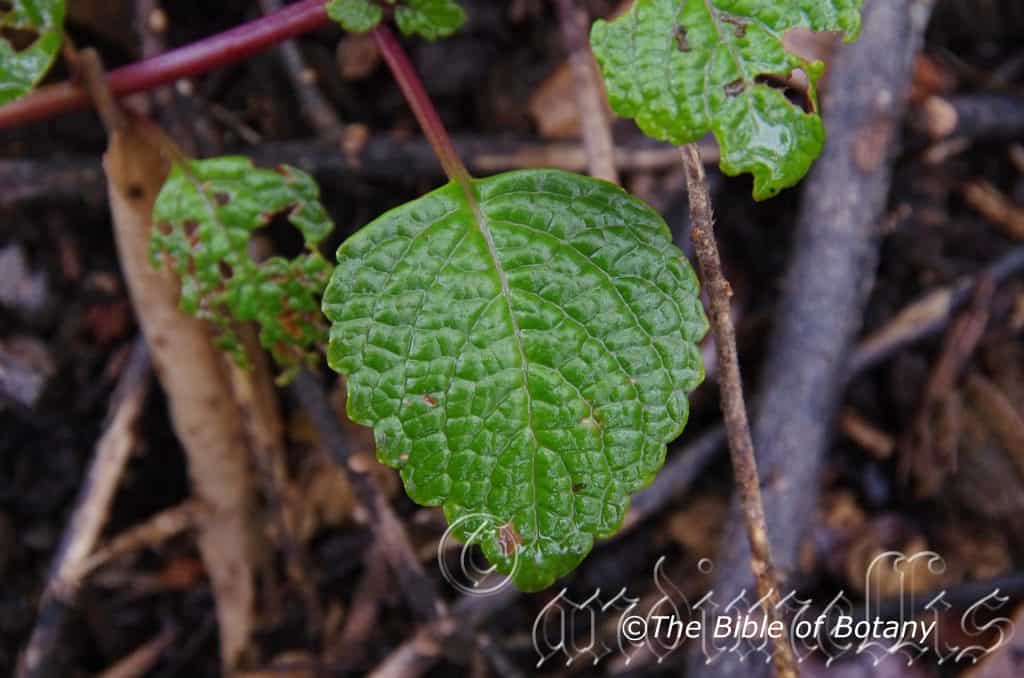
Author’s Garden The Pinnacles NSW

Author’s Garden The Pinnacles NSW
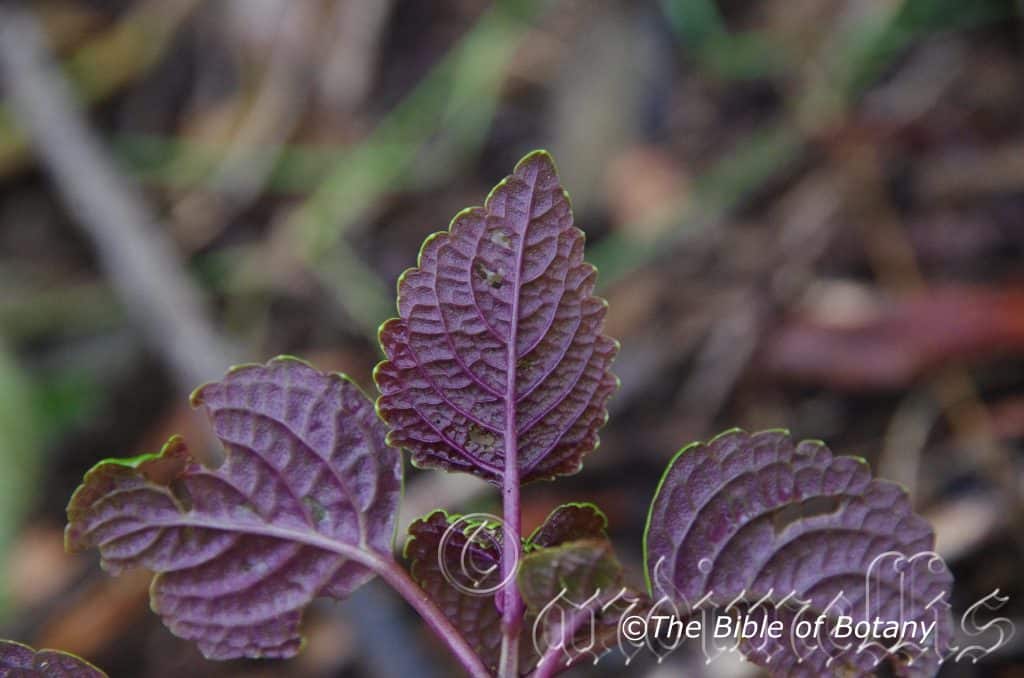
Author’s Garden The Pinnacles NSW
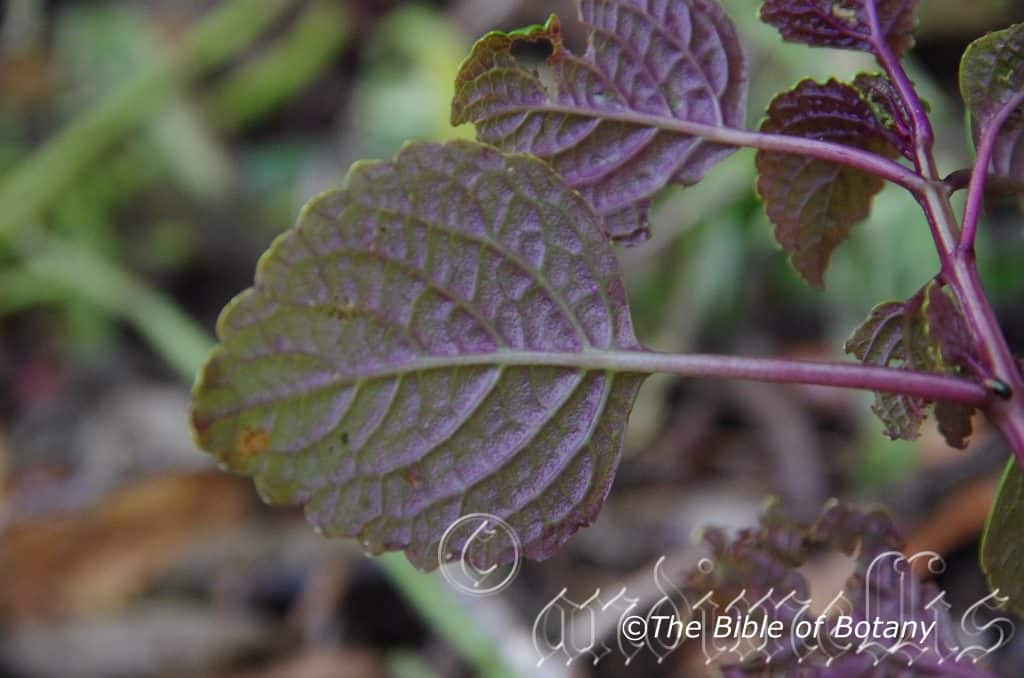
Author’s Garden The Pinnacles NSW

Author’s Garden The Pinnacles NSW

Author’s Garden The Pinnacles NSW

Author’s Garden The Pinnacles NSW
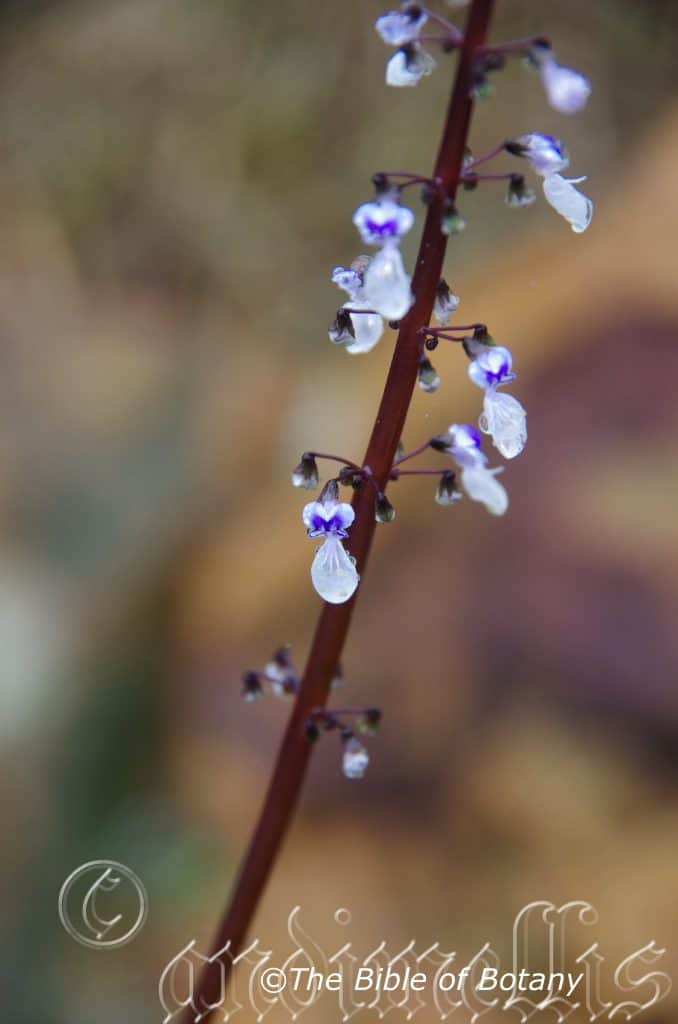
Author’s Garden The Pinnacles NSW
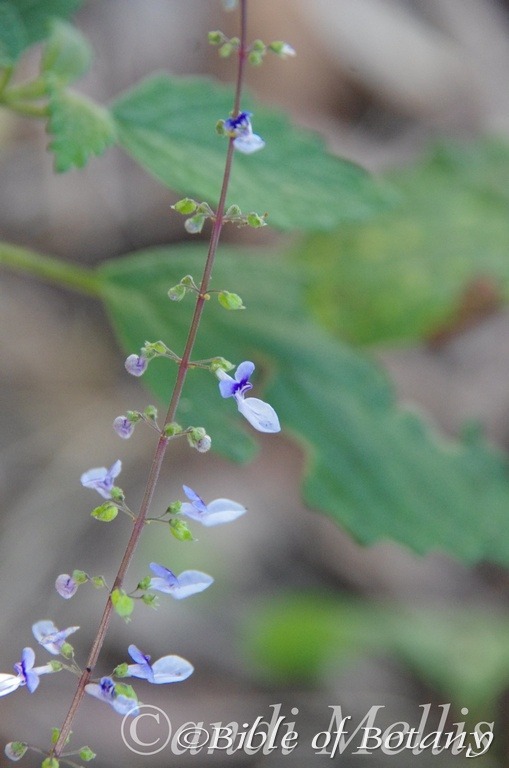
Author’s Garden The Pinnacles NSW
Coleus nitidus
Classification:
Unranked: Eudicots
Unranked: Asterids
Order: Lamiales
Family: Lamiaceae
Tribe: Ocimeae
Genus: From Koleos, which is Ancient Greek, or Coleus, which is Late Latin for a sheath, sack or scrotum. It refers to plants, where the lower petals resemble a sack.
Specie: From Nitere/Nitidus, which is Latin for shiny, bright or polished. It refers to leaves and stems, which are rather shinny.
Sub species:
Common Name: Nightcap Plectranthus.
Distribution:
Coleus nitidus is restricted to a small area between the D’aguilar Range in south eastern Queensland to the upper Terannia Creek catchment in far north eastern New South Wales. It has also been found recently in the Richmond River catchment and Wombat creek catchment in northern New South Wales.
https://avh.ala.org.au/occurrences/search?taxa=Plectranthus+nitidus#tab_mapView
Habitat Aspect Climate:
Coleus nitidus prefers light dappled shade to full sun. It grows along creeks, near waterfalls and cascades on rocky terrain. The altitude ranges from 110 meters to 640 meters ASL.
The temperatures range from minus 2 degree in August to 38degrees in January.
The rainfalls range from lows of 900mm to an average of 1600mm.
Soil Requirements:
Coleus nitidus prefers to grow on light sandy clays to medium clays often with copious quantities of leaf litter. The soils are derived from decomposed black basalt and better quality metamorphic and sandstone rocks where copious quantities of leaf litter exists between, rocks or boulders. The soils pH ranges from 5pH to 6pH. It does not tolerate waterlogged soils. Non saline soils to moderately saline soils are tolerated.
Height & Spread:
Wild Plants: 0.2m to 1.5m by 0.3m to 1m. The plants often self-layer so could cover quite large areas.
Characteristics: Measurements taken from Garden specimens – Original plants supplied by Rosser Gardens Botanic Gardens Gold Coast Qld.
Coleus nitidus is a perennial herb with pinkish-red or green tinged purple stems. The smaller stems are erect to prostrate deep reddish-purple to deep maroon-red with the upper stems sparsely to moderately covered in white caduceous hirsute to hispid hairs.
Coleus nitidus‘s opposite leaves are somewhat decussate, fleshy, narrow ovate to broad ovate leaves. The leaves measure 25mm to 65mm in length by 15mm to 35mm in width. The petioles are sparsely to moderately covered in white caduceus hirsute to hispid hairs and measure 11mm to 30mm in length. The base is truncate while the apex is broad acute. The discolourous laminas are green to deep green to deep olive-green, glossy to flat and are glabrous to sparsely covered in white to silvery hirsute to hispid hairs on the upper laminas while the lower laminas are deep reddish-purple to deep maroon or dull green with a purple tinge and glabrous to sparsely covered in white hirsute to hispid hairs with a few scattered reddish sessile glands. The laminas are flat and decurve downwards from the petiole to the apex while the margins are serrate with 12 to 16 acute teeth.
The inflorescence of Coleus nitidus are born in whirls of 6 to 10 on a terminal raceme. The square cross section racemes are slightly to moderately winged and sparsely covered in white hirsute to hispid hairs. The glabrous pedicels measure 6mm to 8mm in length. The 5 calyxes measure 2.5mm to 2.7mm in length. The upper lobe is ovate while the 2 lateral and 2 lower lobes are narrow ovate to falcate. The calyxes are sparsely covered in white hirsute to hispid hairs with a few scattered reddish sessile glands. The white, pale pink, pale blue or lilac corolla measures 8mm to 9mm in length while the tube measures 3.8mm to 4.4mm in length. The corolla is glabrous and bends upwards at 25 to 30 degrees. The 2 lobes are dissimilar with the upper lobe being erect, orbicular, obtuse and inflexed. The lower lobe measure 4mm to 5mm in length.
The 4 dimorphic, lilac to lavender, stamens measure 7mm to 9mm in length and gently recurve upwards near the orbicular anthers. The bifid style measures 7mm to 9mm in length. The flowers appear from late January to March.
Coleus nitidus’s fruit is small flattened or orbicular nutlets. The black, glossy nutlets measure 0.9mm to 1mm in length by 0.8mm to 1mm in width. The pale green persistent calyxes turn deep grey on ripening and expand to 3.6mm to 4mm in length.
Wildlife:
Coleus nitidus’s flowers are very attractive to most small nectar feeding insects including the Native Bee Tetragonula carbonaria and Pollen Flies.
Cultivation:
Coleus nitidus is a tremendous accent ground cover or dwarf plant with soft pale green or glossy leaves that is easy to grow from cuttings placed directly in the ground. It has beautiful green leaves. It always looks fresh especially where a little water is added during the dry season or ground moisture is retained. It is most suitable for small, medium and large gardens close to the coast or high in the mountains in warm temperate or subtropical gardens. It does well beneath tall open canopy trees like Tristania specie and Eucalyptus specie or as ground cover in more open rainforest gardens. Keep it away from other similar growing prostrate plants as it is more fragile. The flowers are produced in profusion over a very long period which makes them a beautiful addition to the garden.
It would look great in small rockeries as a fill in plant. Here it can be planted in small groups of 2 or 3 or as a standalone plant to create a harsh barren look with other arid plants. If it is surrounded by shorter plants with fine foliage like the various Hibbertia species then the deep glossy green or mid glossy green leaves would have a year round contrast. Deep red or orange flowers will also create that dominate affect at the center giving height and strength to the bed whether they are in flower or not in flower the dominance in foliage will stand unchallenged.
Plants should be replaced every 12 months to maintain vigour and all year uninterrupted beauty.
Propagation:
Seeds:
Coleus nitidus are best grown from cuttings rather than seed especially when a particular form or leaf colour is required and to ensure no hybrids occur.
Cuttings:
Coleus nitidus strike very easy from cuttings and this method is the easiest way to increase plant numbers or to replace aged plants every 12 months.
Use 100mm to 120mm long cuttings from the previous or present season’s growth after it has hardened off. They can be taken at any time of the year in warmer climates where frosts do not occur. Remove half the leaves from the lower section and stand the cuttings in the mix with one pair of nodes just below the surface of the mix. Place the trays in a warm not hot position under 30mm to 60mm shade and keep moist not wet. When the cuttings have obviously struck and have developed good roots prick them out and plant them into 50mm native tubes. Return the tubes where they have been growing to further harden off before moving them to a new location and or planting out.
Fertilize using seaweed, fish emulsion or organic chicken pellets soaked in water on an alternate basis. Fertilize every two months until the plants are established then twice annually in early September and March to maintain better health, vitality and flowering.
Further Comments from Readers:
Hi reader, it seems you use The Bible of Botany a lot. That’s great as we have great pleasure in bringing it to you! It’s a little awkward for us to ask, but our first aim is to purchase land approximately 1,600 hectares to link several parcels of N.P. into one at The Pinnacles NSW Australia, but we need your help. We’re not salespeople. We’re amateur botanists who have dedicated over 30 years to saving the environment in a practical way. We depend on donations to reach our goal. If you donate just $5, the price of your coffee this Sunday, We can help to keep the planet alive in a real way and continue to bring you regular updates and features on Australian plants all in one Botanical Bible. Any support is greatly appreciated. Thank you.
In the spirit of reconciliation we acknowledge the Bundjalung, Gumbaynggirr and Yaegl and all aboriginal nations throughout Australia and their connections to land, sea and community. We pay our respect to their Elders past, present and future for the pleasures we have gained.
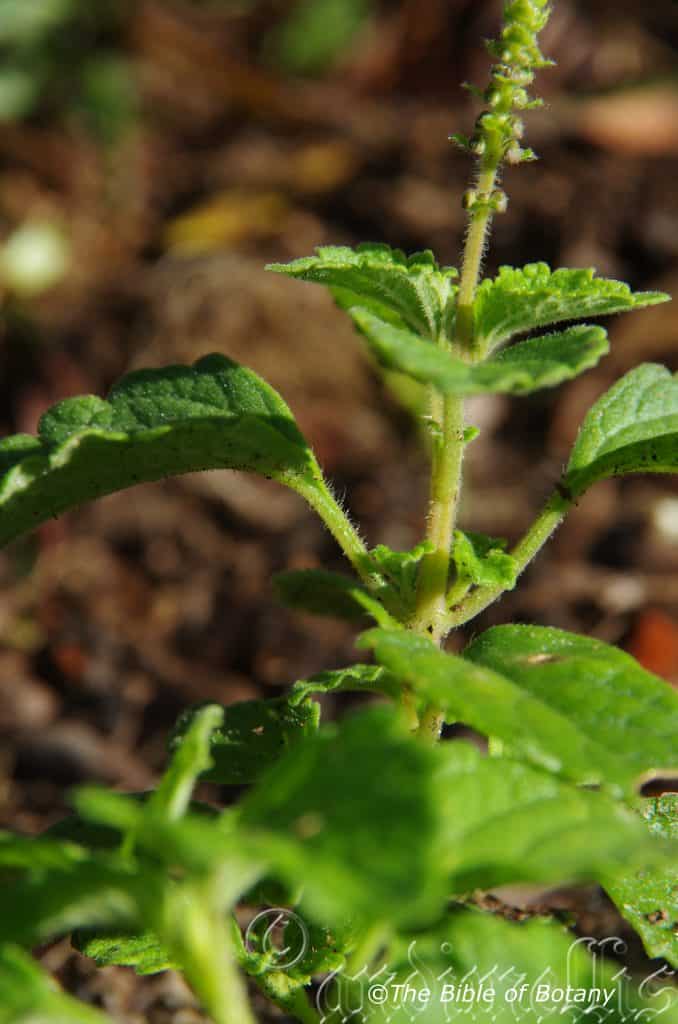
Author’s Garden The Pinnacles NSW

Author’s Garden The Pinnacles NSW
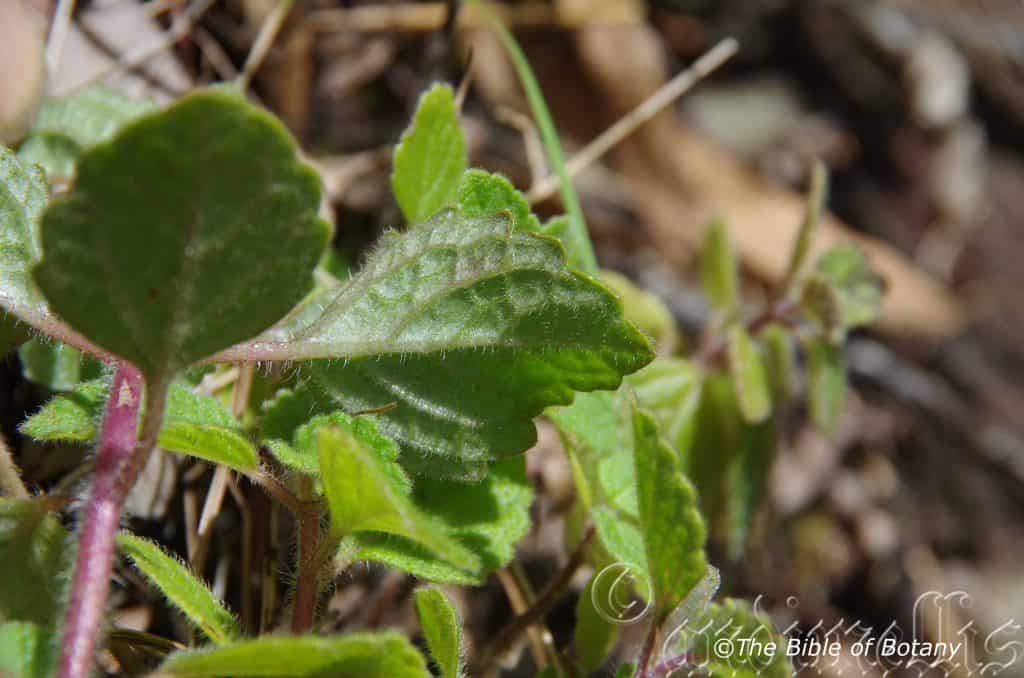
Author’s Garden The Pinnacles NSW
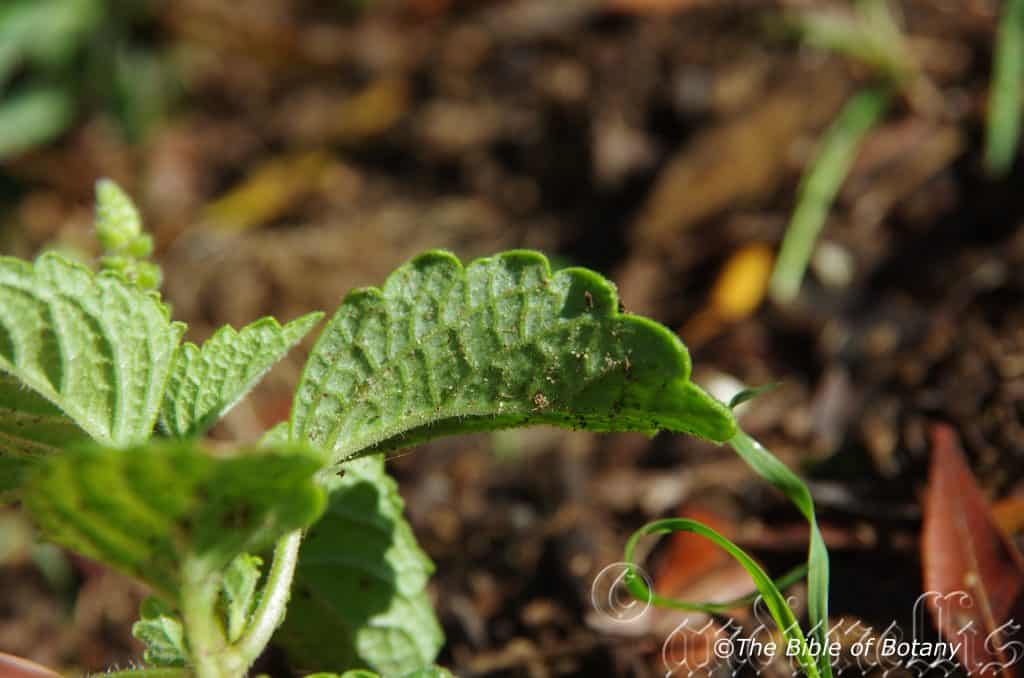
Author’s Garden The Pinnacles NSW
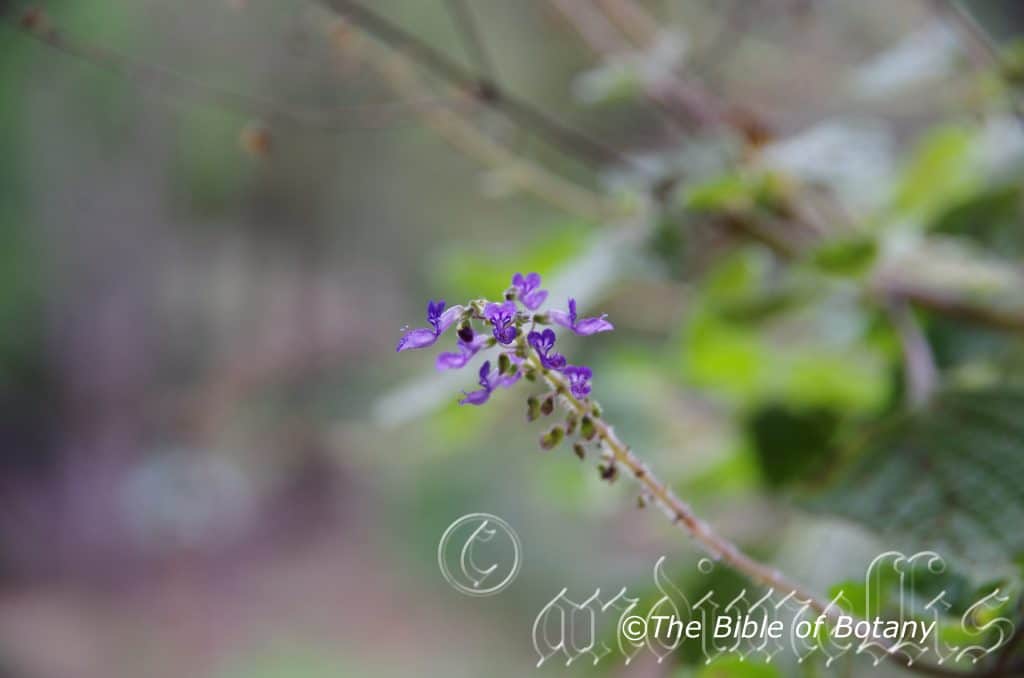
Author’s Garden The Pinnacles NSW
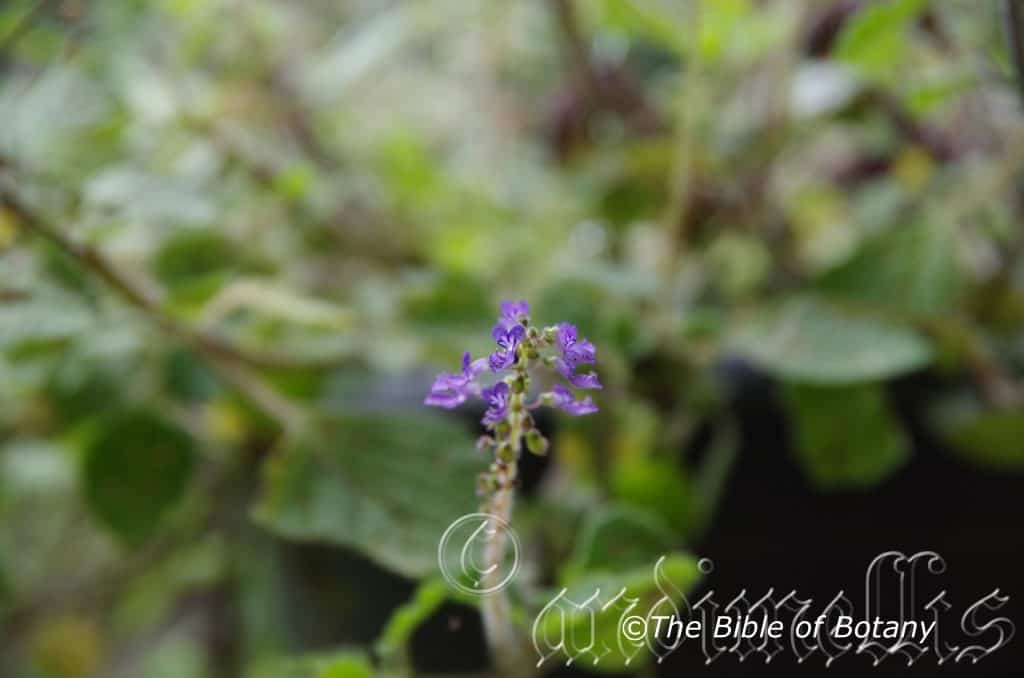
Author’s Garden The Pinnacles NSW

Author’s Garden The Pinnacles NSW
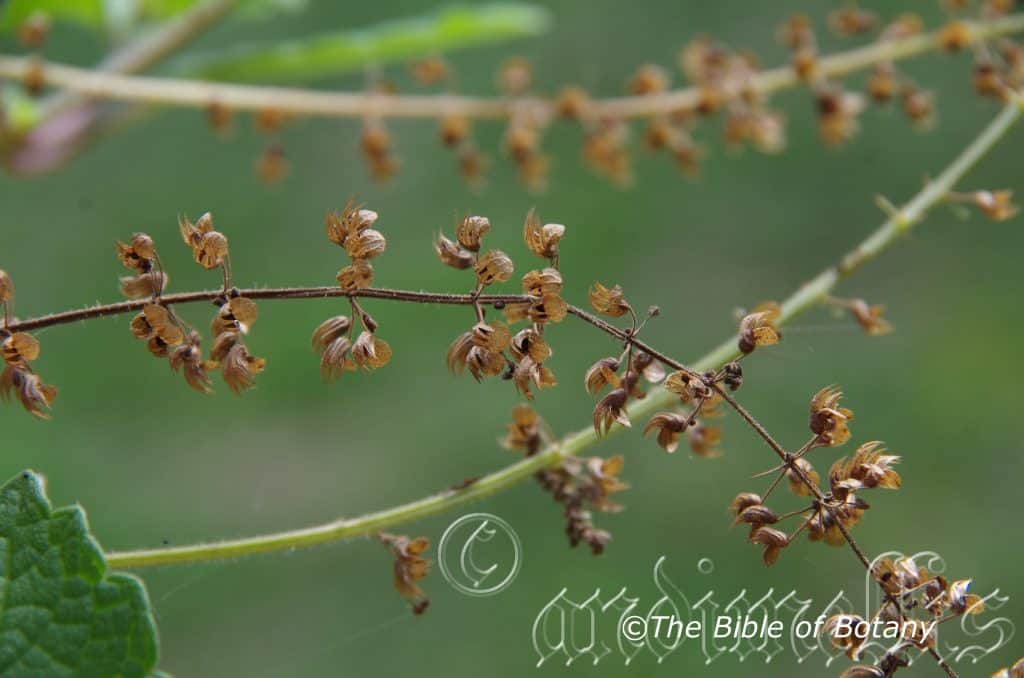
Author’s Garden The Pinnacles NSW
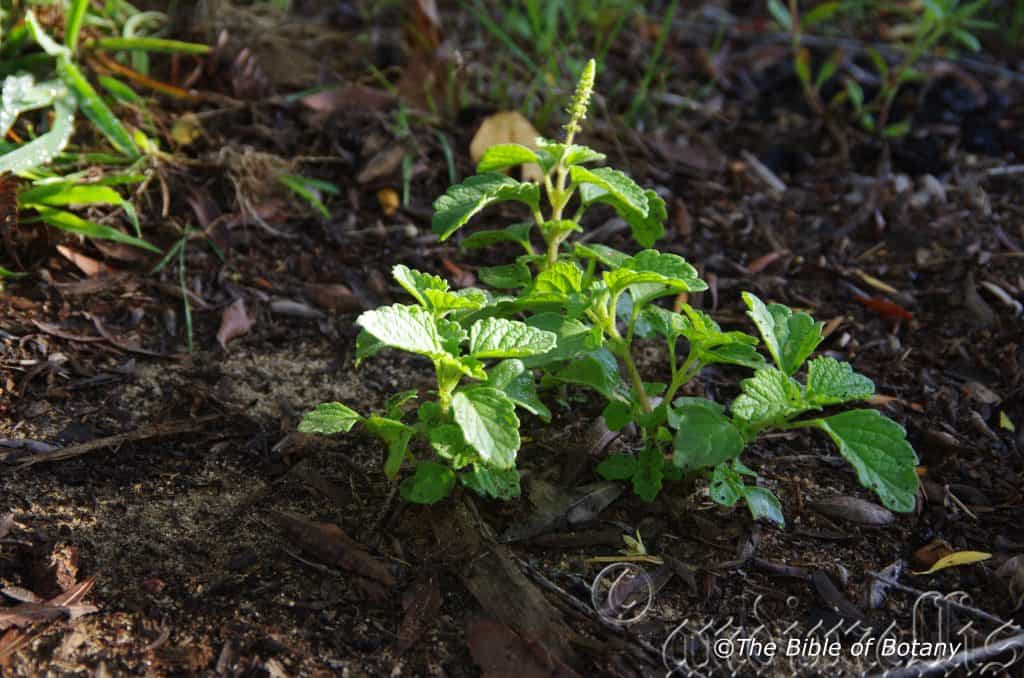
Author’s Garden The Pinnacles NSW
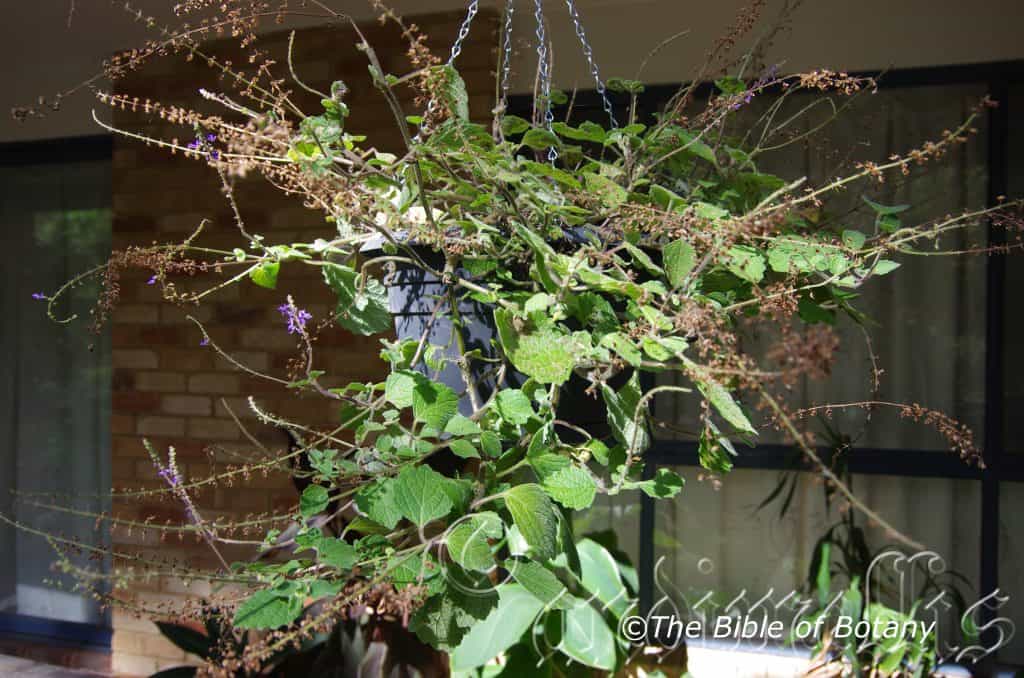
Author’s Garden The Pinnacles NSW
Coleus parviflorus
Classification:
Unranked: Eudicots
Unranked: Asterids
Order: Lamiales
Family: Lamiaceae
Tribe: Ocimeae
Genus: From Koleos, which is Ancient Greek, or Coleus, which is Late Latin for a sheath, sack or scrotum. It refers to plants, where the lower petals resemble a sack.
Specie: From Parros, which is Ancient Greek or Parvum which is Latin for small and Fl?ris which is Latin for a flower or Fl?s from the Roman goddess of spring and flowers. It refers to flowers, which are somewhat smaller when compared to other species in the genus.
Variety: Coleus parviflorus var. australis. From Terra Australis, which is Latin for land of the south. It refers to plants, which were first discovered from the land down under.
Variety: Coleus parviflorus var. elatior. From elatius, which is Latin for taller. It refers to plants, which are taller than other species in the genus.
Variety: Coleus parviflorus var. graveolens. From Gravis, which is Latin for heavy Olans which is Latin for a smell or to emit an odour. It refers to plants, usually the foliage which have a rather strong fragrance.
Variety: Coleus parviflorus var. major. From Magnus, which is Latin for larger, bigger or greater. It refers to plant structures, organs or the complete plant, which are of great size.
Variety: Coleus parviflorus var. minor. From Minor, which is Latin for smaller. It usually refers to plants but can refer to a structure or organ on the plant, which are smaller than other species in the genus.
Variety: Coleus parviflorus var. parviflorus. From Parros, which is Ancient Greek or Parvum which is Latin for small and Fl?ris which is Latin for a flower or Fl?s from the Roman goddess of spring and flowers. It refers to flowers, which are somewhat smaller when compared to other species in the genus.
Common Name: Red Stemmed Plectranthus or Cockspur Flower.
Distribution:
Coleus parviflorus varieties have not had the mapping done since the overall reClassification: of the species into the different varieties. It is found in several disjunct populations south from the tip of Cape York Peninsular in far north east Queensland to Sale with a population further west in the Brisbane Ranges west of Melbourne in southern Victoria.
There are also a few isolated populations in the south of the Northern Territory along Kings Canyon, Hermasburg and surrounding Uluru and in the far north of South Australia near Indulkana.
https://avh.ala.org.au/occurrences/search?taxa=Plectranthus+parviflorus#tab_mapView
Habitat Aspect Climate:
Coleus parviflorus prefers light dappled shade to full sun. It grows on rocky ledges in crevices on cliffs, adjacent to and in all types of rainforests, moist Eucalyptus forests or gorges. The altitude ranges from 10 meters to 1150 meters ASL.
The temperatures range from 2 degrees in August to 40 degrees in January.
The rainfalls range from lows of 200mm to an average of 3000mm.
Soil Requirements:
Coleus parviflorus prefers skeletal to shallow soils that are light sandy clays to medium clays often with copious quantities of leaf litter or close to the parent rocks. The soils are usually derived from decomposed black basalts, brown basalts, granites, sandstones, shales or metamorphic rocks. The soils pH ranges from 5pH to 6.5pH. It does not tolerate waterlogged soils. Non saline soils to moderately saline soils are tolerated.
Height & Spread:
Wild Plants: 0.2m to 0.7mm by 0.4m to 1m.
Characteristics:
Coleus parviflorus’s older stems are grey and form a fleshy tuberous base to 30mm in diameter. The stems are deep green often tinged purple. The stems die after flowering. They are covered in short and long retrorse multi cellular hairs.
Coleus parviflorus’s opposite, succulent, ovate to oblong-ovate leaves measure 20mm to 65mm in length by 20mm to 40mm in width. The petioles are often reddish-purple and measure 1mm to 20mm in length. The base is broadly cuneate to truncate while the apex is acute to obtuse. The concolourous laminas are pale blue green to pale green and densely covered in white canescent hairs on the upper lamina while the lower lamina is only sparsely covered in white canescent hairs and sessile red glands. The margins are shallowly crenate with 8 to 24 lobes. The mid vein and lateral veins are prominent on the lower lamina and are visible on the upper lamina.
The inflorescences of Coleus parviflorus are born in whirls of 6 on a terminal spike. The spikes measure 30mm to 80mm in length by 20mm to 25mm in diameter. The wiry pedicels measure 2mm to 2.5mm in length.
The calyxes measure 1.5mm to 2mm in length while the 5 elliptical lobes measure 1.5mm to 2mm in length. The green calyxes are covered white to silvery hirsute hairs and orange-red sessile glands externally and are glabrous internally. The white, pale blue or deep purple corollas measure 8mm to 11mm in length. The corolla is covered in white hirsute hairs and sessile glands. The 2 lower lobes are united, erect and measure 3mm to 4.5mm in length. The three upper lobes extend outwards and measure 2mm to 3mm in length.
The 4 dimorphic, lilac to lavender, stamens measure 6mm to 9mm in length and recurve gently upwards near the orbicular anthers. The bifid style measures 6mm to 8mm in length. The flowers appear throughout the year but mainly during spring and summer.
Coleus parviflorus’s fruit is small flattened or orbicular nutlets. The nutlets measure 0.8mm to 1mm in length by 0.7mm to 0.9mm in diameter. The pale green persistent calyxes turn deep grey on ripening and elongate to 4mm to 5mm in length.
Wildlife:
Coleus parviflorus flowers are very attractive to most nectar feeding insects including Native Bees, Tetragonula carbonaria and Blue banded bee Amegilla cingulate.
Cultivation:
Coleus parviflorus like all Coleus is a tremendous accent plant with its soft pale green leaves that is easy to grow from cuttings placed directly in the ground. It always looks fresh especially where a little water is added during the dry season or ground moisture is retained. It is more suitable for small garden beds close to the coast or high in the mountains in warm temperate or subtropical gardens. TIt does well beneath tall open canopy trees in dry sclerophyll forests. Keep it away from other similar growing prostrate plants as it is a little delicate and can be overcome by more aggressive plants. The flowers are produced in profusion over a very long period which makes them a beautiful addition to the garden.
It looks great in small rockeries as a fill in plant. Here they can be planted in small groups of 2 or 3 or as a standalone plant to create a harsh barren look with other arid plants. If they surrounded by smaller plants with fine or large foliage that are pale green or deep green then year round contrasts can be created with a strong accent in the center of the bed. Deep red or orange flowers will also create that dominate affect at the center giving height and strength to the bed whether they are in flower or not in flower the dominance in foliage will stand unchallenged.
Plants should be replaced every 12 months to maintain vigour and all year uninterrupted beauty.
Confusing sub species: The sub species are all identical above the ground. The various sub species have a tap root, fibrous roots or roots emerging from a central position.
Propagation:
Seeds:
Coleus parviflorus are best grown from cuttings rather than seed especially when a particular form or leaf colour is required.
Cuttings:
Coleus parviflorus strike very easy from cuttings and this method is the easiest way to increase plant numbers or to replace aged plants every 12 months.
Use 100mm to 120mm long cuttings from the previous or present season’s growth after it has hardened off. They can be taken at any time of the year in warmer climates where frosts do not occur. Remove half the leaves from the lower section and stand the cuttings in the mix with one pair of nodes just below the surface of the mix. Place the trays in a warm not hot position under 30mm to 60mm shade and keep moist not wet. When the cuttings have obviously struck and have developed good roots prick them out and plant them into 50mm native tubes. Return the tubes where they have been growing to further harden off before moving them to a new location and or planting out.
Fertilize using seaweed, fish emulsion or organic chicken pellets soaked in water on an alternate basis. Fertilize every two months until the plants are established then twice annually in early September and March to maintain better health, vitality and flowering.
Further Comments from Readers:
Hi reader, it seems you use The Bible of Botany a lot. That’s great as we have great pleasure in bringing it to you! It’s a little awkward for us to ask, but our first aim is to purchase land approximately 1,600 hectares to link several parcels of N.P. into one at The Pinnacles NSW Australia, but we need your help. We’re not salespeople. We’re amateur botanists who have dedicated over 30 years to saving the environment in a practical way. We depend on donations to reach our goal. If you donate just $5, the price of your coffee this Sunday, We can help to keep the planet alive in a real way and continue to bring you regular updates and features on Australian plants all in one Botanical Bible. Any support is greatly appreciated. Thank you.
In the spirit of reconciliation we acknowledge the Bundjalung, Gumbaynggirr and Yaegl and all aboriginal nations throughout Australia and their connections to land, sea and community. We pay our respect to their Elders past, present and future for the pleasures we have gained.
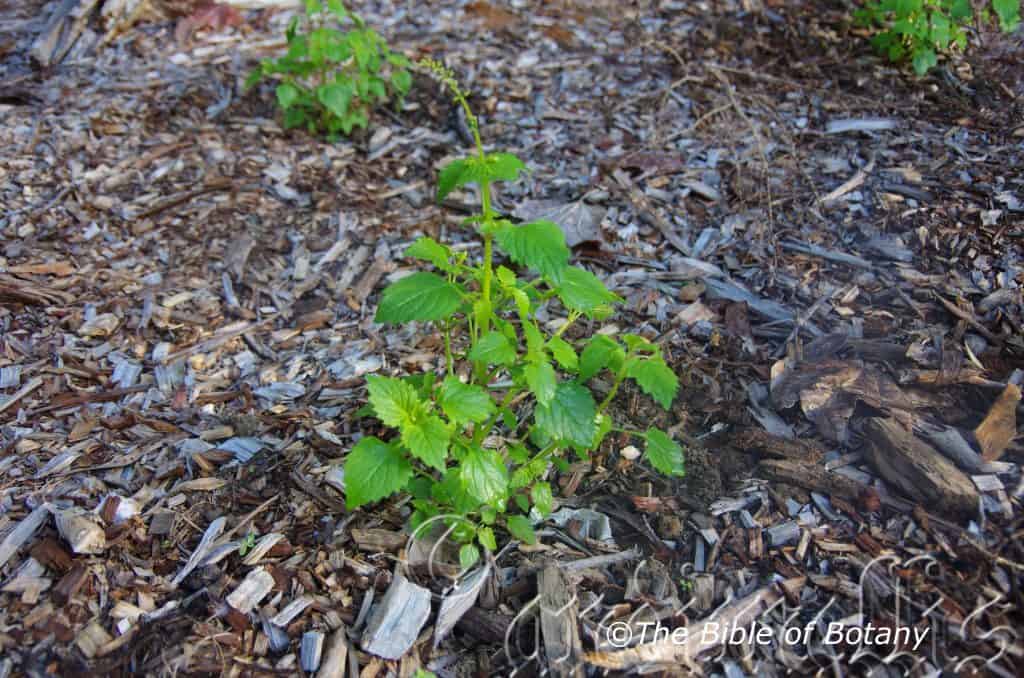
Author’s Garden The Pinnacles NSW
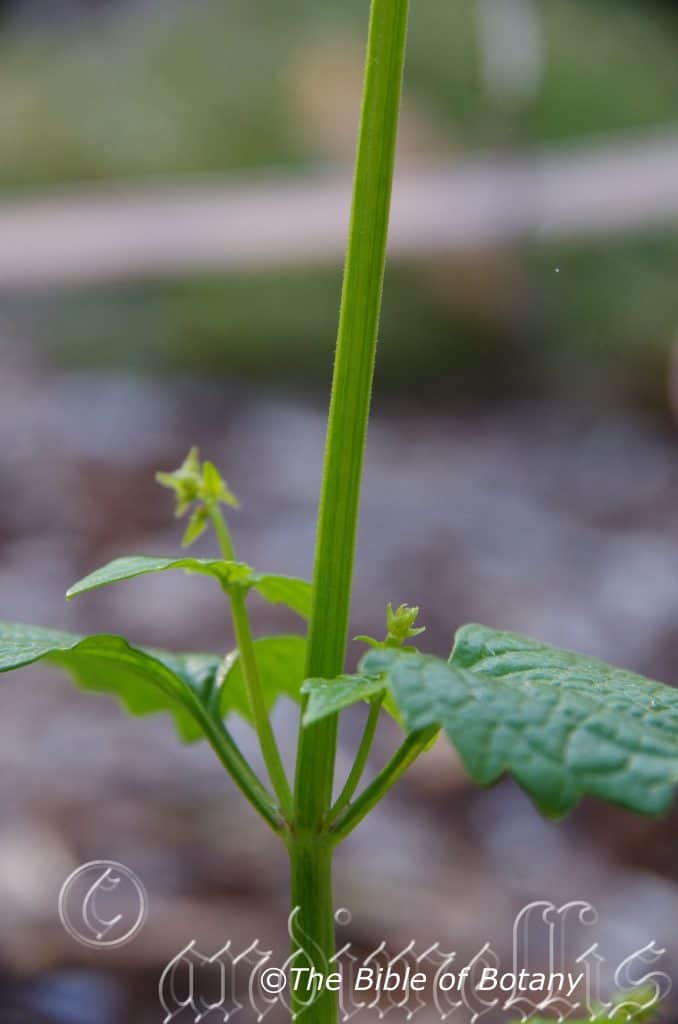
Author’s Garden The Pinnacles NSW
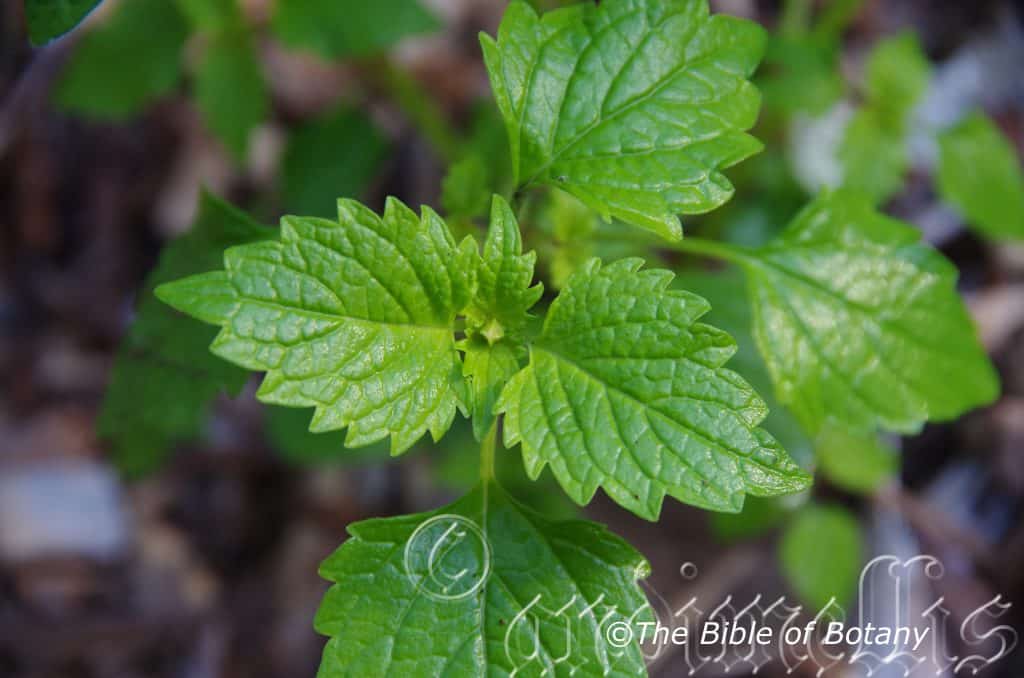
Author’s Garden The Pinnacles NSW
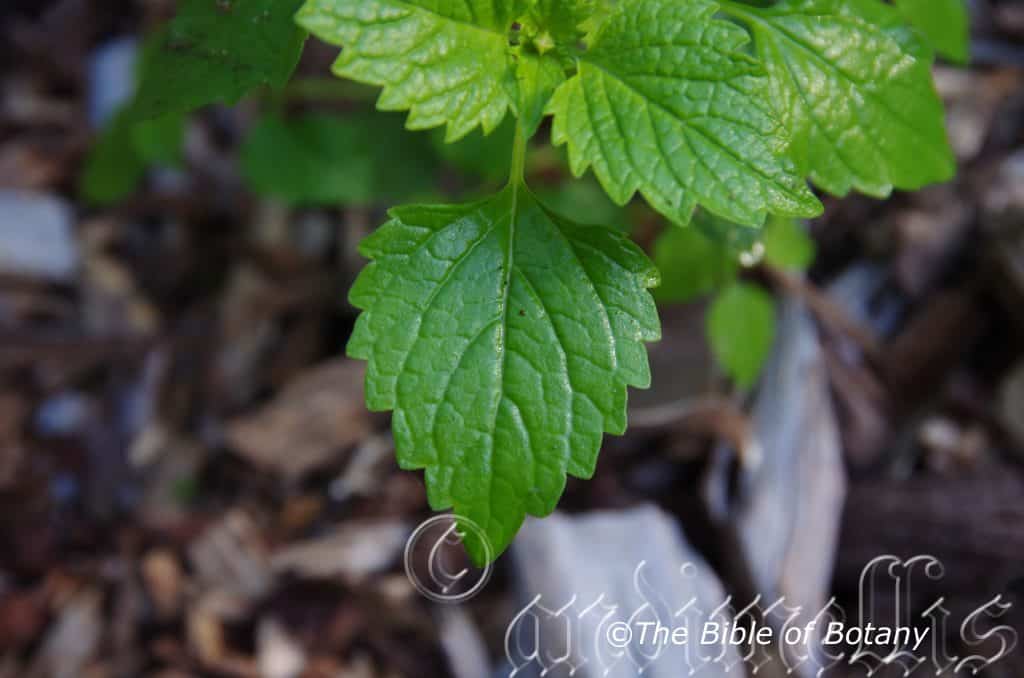
Author’s Garden The Pinnacles NSW

Author’s Garden The Pinnacles NSW
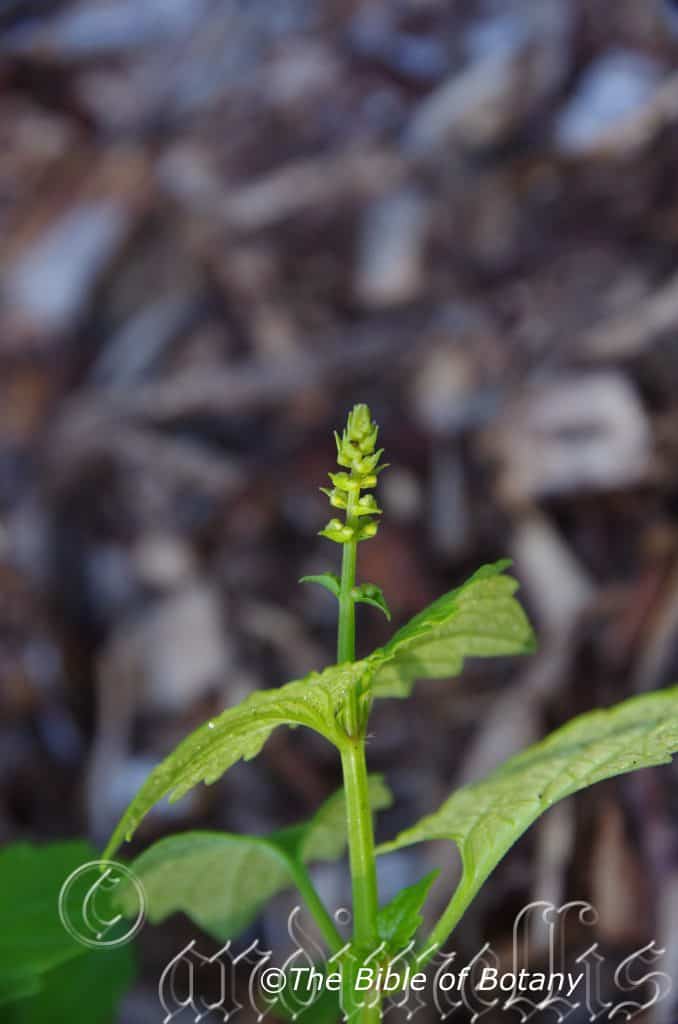
Author’s Garden The Pinnacles NSW
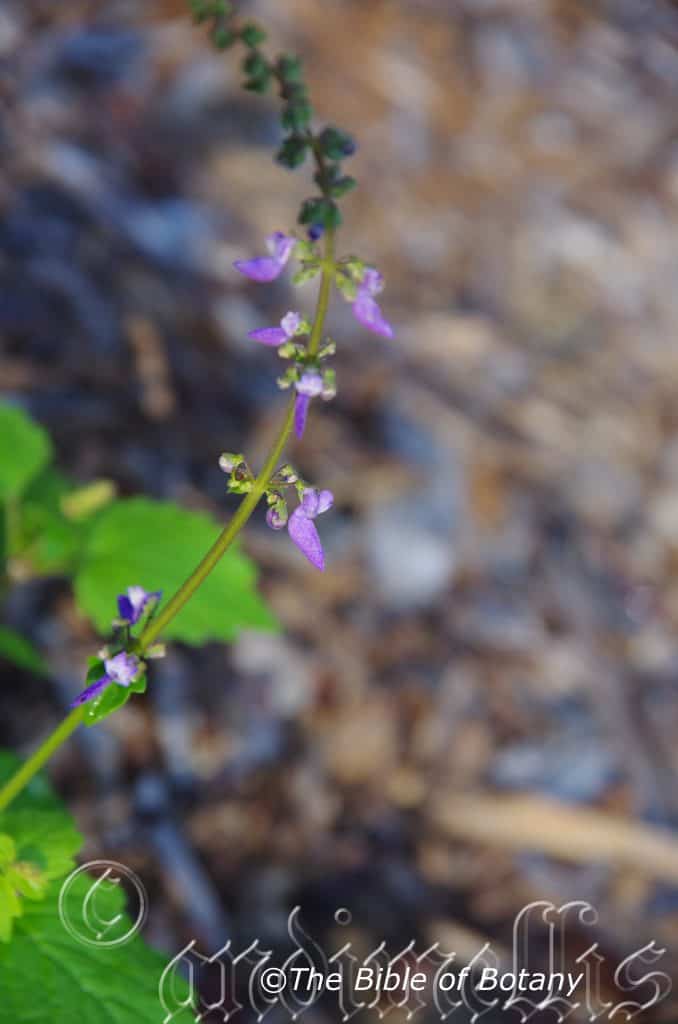
Author’s Garden The Pinnacles NSW
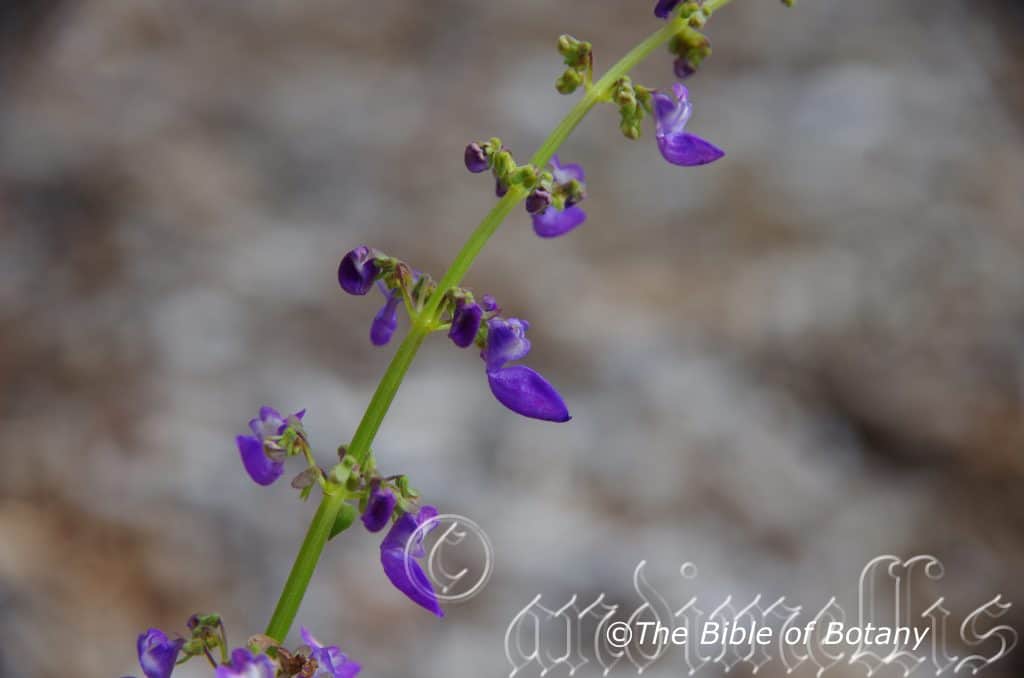
Author’s Garden The Pinnacles NSW

Author’s Garden The Pinnacles NSW

Author’s Garden The Pinnacles NSW

Author’s Garden The Pinnacles NSW

Author’s Garden The Pinnacles NSW
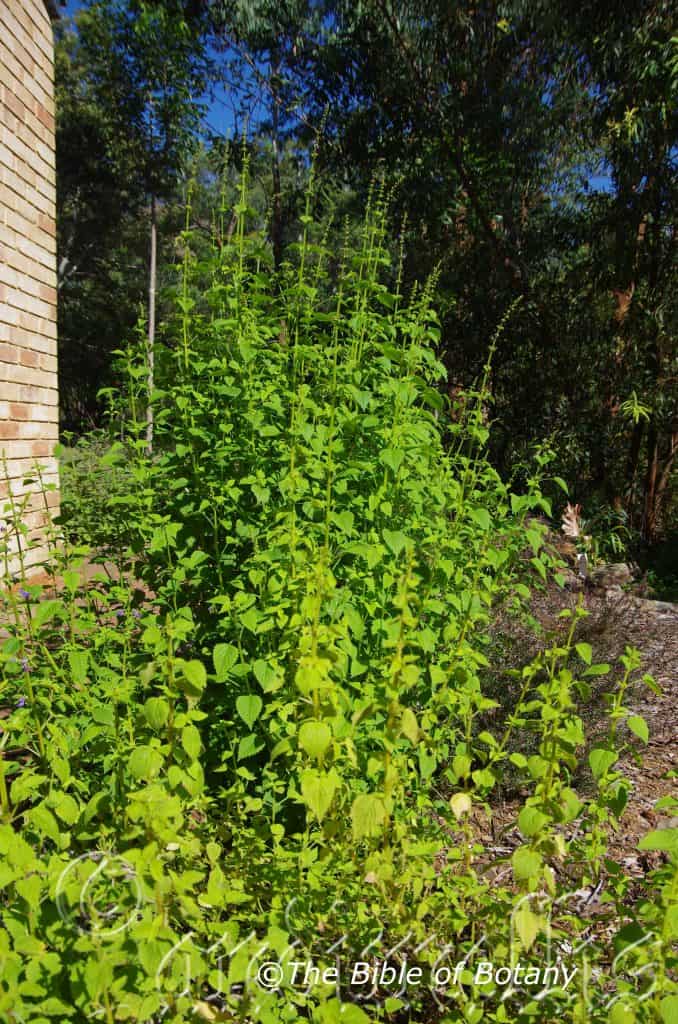
Author’s Garden The Pinnacles NSW
Coleus scutellarioides
Classification:
Unranked: Eudicots
Unranked: Asterids
Order: Lamiales
Family: Lamiaceae
Tribe: Ocimeae
Genus: From Koleos, which is Ancient Greek, or Coleus, which is Late Latin for a sheath, sack or scrotum. It refers to plants, where the lower petals resemble a sack.
Specie: From Sc?tum, which is Latin for a shield and Eidos/Oides, which is Ancient Greek for alike or similar to. It refes to organs or structures, which have a protective layer of bristles.
Sub species:
Common Name:
Distribution:
Coleus scutelarioides is found north and east of Roebuck Bay in far north western Western Australia to Edith springs in Boodjamulla National Park in far north western Queensland. It is then found south from the tip of Cape York Peninsular east of the Great Dividing Range to Mount Dalrymple in north eastern Queensland.
There are two disjunct populations one around Jimna in far south eastern Queensland and the other at Urbanville in far north eastern New South Wales.
It is also found on East Timor, New Guinee and many of the Pacific Islands to the north east of Australia.
https://avh.ala.org.au/occurrences/search?taxa=Coleus+scutelarioides#tab_mapView
Habitat Aspect Climate:
Coleus scutelarioides prefers light dappled shade to full sun. It grows on rocky ledges in crevices on cliffs, in open forests and open woodlands especiall along riparian zones and soaks in the north-west and north of Australia. The disjuct soythern populations are associated with rainforests. The altitude ranges from 20 meters to 800 meters ASL.
The temperatures range from 2 degrees in August to 45 degrees in January.
The rainfalls range from lows of 400mm to an average of 3600mm.
Soil Requirements:
Coleus scutelarioides prefers to grow on skeletal sandy clays to medium gritty clays often with copious quantities of leaf litter. The soils are usually derived from lithosolic sandstones and granites. The soils pH ranges from 5pH to 6.5pH. It does not tolerate waterlogged soils. Non saline soils to moderately saline soils are tolerated.
Height & Spread:
Wild Plants: 0.5m to 0.7m by 0.3m to 0.4m.
Characteristics:
Measurements are from seed donated by the Kings Park Botanic Gardens seed bank, which originated in the Carnarvon district of north west Western Australia.
Coleus scutelarioides is a decumbent herb to sub shrub. The older stems are grey and square in cross section. The younger stems are pale green to grass-green often tinged silver and are densely covered in white spreading to retrorse, hirsute hairs and shorter glandular tipped hairs as well as sessile glands.
Coleus scutelarioides’s opposite, succulent, broadly ovate to ovate leaves measure 30mm to 75mm in length by 20mm to 60mm in width. The petioles measure 5mm to 20mm in length. The base is sub cordate to truncate, while the apex is acute-obtuse. The concolourous laminas are pale soft green to pale soft blue green, and densely covered in soft white hirsute hairs and shorter gland tipped hairs and at times sessile glands. The margins are crenate with 10 to 20 shallow lobes. The mid vein and lateral veins are prominent on the lower lamina and are visible on the upper lamina. The laminas are flat or curve slightly upwards from the mid vein. The leaves have a strong to faint sweet aromatic scent when crushed.
The infloresecence of Coleus scutelarioides are born in whirls on a terminal spike. The spikes measure 80mm to 100mm in length by 30mm to 40mm in diameter. There are often 2 lesser secondary spikes which are born between the base and the first whirl of flowers on the main spike. The wiry pedicels measure 5mm to 6mm in length.
The calyxes measure 1.4mm to 1.8mm in length while the 5 elliptical lobes measure 0.7mm to 1 mm in length. The green calyxes are covered white to silvery hirtellous hairs. The deep blue or deep purple corollas measure 9mm to 12mm in length. The decurve corolla is sparsely covered in white hirtellous hairs while the lobes are sparsely covered in shorter gland tipped hairs and at times sessile glands. The 2 upper lobes are united, erect and measure 6mm to 8mm in length. The three lower lobes extend downwards and measure 3mm to 4mm in length.
The stamens but extend beyond the lower corolla lobes and measure 6mm to 9mm in length. The styles measure 6mm to 8mm in length. The flowers appear throughout the year with a peak of flowering during spring and summer.
Coleus scutelarioides’s fruit is small flattened or orbicular nutlets. The nutlets measure 0.8mm to 1mm in length by 0.7mm to 0.9mm in diameter. The pale green persistent calyxes turn deep grey on ripening and elongate to 4mm to 5mm in length.
Wildlife:
Coleus scutelarioides flowers are very attractive to most nectar feeding insects including Native Bees, Tetragonula carbonaria and Blue banded bee Amegilla cingulate.
Cultivation:
Coleus scutelarioides like all Coleus is a tremendous accent plant with its soft pale green leaves that is easy to grow from cuttings placed directly in the ground. It always looks fresh especially where a little water is added during the dry season or ground moisture is retained. It is most suitable for smaller gardens close to the coast or high in the mountains in warm temperate to tropical gardens. It does well beneath tall open canopy trees in moist or dry sclerophyll forests. Keep it away from other similar growing prostrate plants as they can over power it under ideal conditions. The flowers are produced in profusion over a very long period which makes them a beautiful addition to the garden.
It looks great in medium rockeries as a fill in plant. Here it can be planted in small groups of 2 or 3 or as a standalone plant to create a harsher barren look with other arid plants. If it is surrounded by smaller plants with fine or large foliage that are pale green or deep green then year round contrasts can be created with a strong accent in the center of the bed. Deep red or orange flowers will also create that dominate affect at the center giving height and strength to the bed whether they are in flower or not in flower the dominance in foliage will stand unchallenged.
Plants should be replaced every 12 months to maintain vigour and all year uninterrupted beauty.
Propagation:
Seeds:
Coleus scutelarioides sets viable seeds on the east coast and germinates readily each year. It is an annual so it is nessesary to collect seed annually to ensure continuity. The advantage of it being an annual is you can move it around the garden on an annual rotation into those places that need to be filled.
Seeds need to be scarified lightly or placed in the vegetable crisper of the fridge over winter.
Scatter the seeds thinly over the potting mix and cover with 2mm or 3mm of the mix with 30mm perlite, water and place in a very warm position. When the seedlings reach 30mm to 50 mm in height they can be repotted into 150mm pots or directly into their prepared bed.
Water using one of these fertilizers, seaweed, fish emulsion or organic chicken pellets soaked in water on an alternate basis. Fertilize weekly for month to ensure good flowering. Alternative use a hand full of pure blood and Bone and a hand full of dynamic lifter per square meter and rake in before planting. Water thoroughly and keep moist until established.
Cuttings:
Coleus scutelarioides‘s strike very easy from cuttings and this method is the easiest way to increase plant numbers or to replace aged plants every 12 months.
Use 100mm to 120mm long cuttings from the previous or present season’s growth after it has hardened off. They can be taken at any time of the year in warmer climates where frosts do not occur. Remove half the leaves from the lower section and stand the cuttings in the mix with one pair of nodes just below the surface of the mix. Place the trays in a warm not hot position under 30mm to 60mm shade and keep moist not wet. When the cuttings have obviously struck and have developed good roots prick them out and plant them into 50mm native tubes. Return the tubes where they have been growing to further harden off before moving them to a new location and or planting out.
Fertilize using seaweed, fish emulsion or organic chicken pellets soaked in water on an alternate basis. Fertilize every two months until the plants are established then twice annually in early September and March to maintain better health, vitality and flowering.
Further Comments from Readers:
Hi reader, it seems you use The Bible of Botany a lot. That’s great as we have great pleasure in bringing it to you! It’s a little awkward for us to ask, but our first aim is to purchase land approximately 1,600 hectares to link several parcels of N.P. into one at The Pinnacles NSW Australia, but we need your help. We’re not salespeople. We’re amateur botanists who have dedicated over 30 years to saving the environment in a practical way. We depend on donations to reach our goal. If you donate just $5, the price of your coffee this Sunday, We can help to keep the planet alive in a real way and continue to bring you regular updates and features on Australian plants all in one Botanical Bible. Any support is greatly appreciated. Thank you.
In the spirit of reconciliation we acknowledge the Bundjalung, Gumbaynggirr and Yaegl and all aboriginal nations throughout Australia and their connections to land, sea and community. We pay our respect to their Elders past, present and future for the pleasures we have gained.

Mount Cootha Botanic Gardens Qld.

Mount Cootha Botanic Gardens Qld.
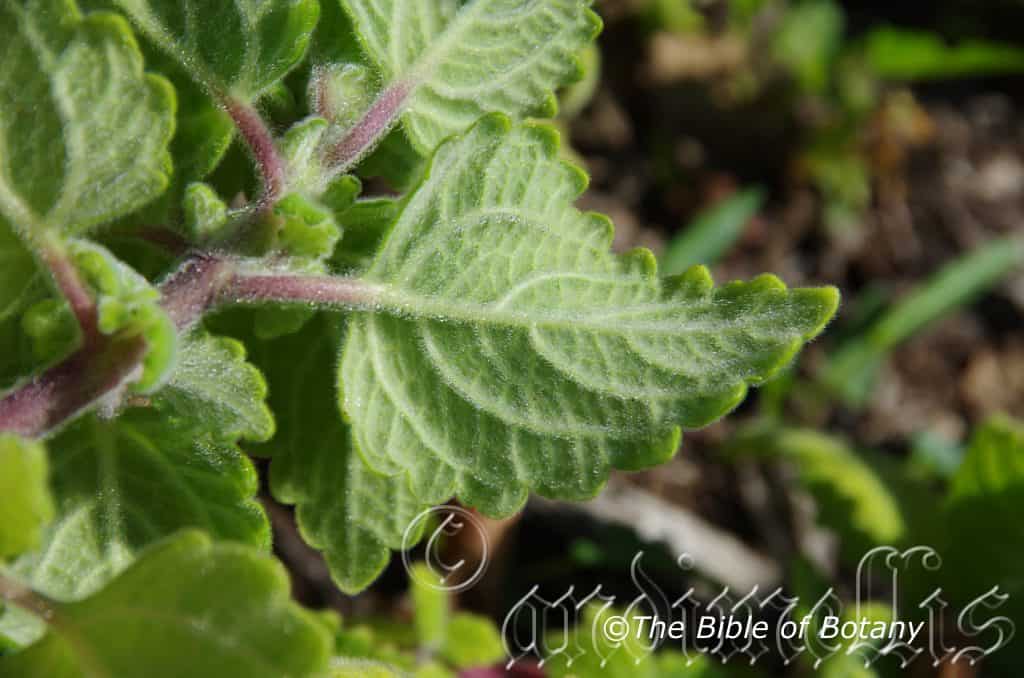
Mount Cootha Botanic Gardens Qld.

Mount Cootha Botanic Gardens Qld.
Coleus suaveolens
Classification:
Unranked: Eudicots
Unranked: Asterids
Order: Lamiales
Family: Lamiaceae
Tribe: Ocimeae
Genus: From Koleos, which is Ancient Greek, or Coleus, which is Late Latin for a sheath, sack or scrotum. It refers to plants, where the lower petals resemble a sack.
Specie: From Suavis, which is Latin/French for sweetly scented and Olens, which is Latin for to emit an odour or fragrance. It refers to flowers, or at times the leaves, which have a delightfully sweet scent.
Sub species:
Common Name: Sweet Scented Coleus.
Distribution:
Coleus suaveolens is found in several disjunct populations south from Pittsworth in southern Queensland to the Hunter River district in central New South Wales. There is a small population north of Brisbane on the Glass House Mountains. It is found on and east of the Great Dividing Range.
https://avh.ala.org.au/occurrences/search?taxa=Plectranthus+suaveolens#tab_mapView
Habitat Aspect Climate:
Coleus suaveolens prefers light dappled shade to full sun. It grows on rocky ledges in crevices on cliffs, adjacent to and in rainforests and moist Eucalyptus forests. The altitude ranges from 250 meters to 1150 meters ASL.
The temperatures range from 2 degrees in August to 38 degrees in January.
The rainfalls range from lows of 1200mm to an average of 3200mm.
Soil Requirements:
Coleus suaveolens prefers to grow on skeletal sandy clays to medium gritty clays often with copious quantities of leaf litter or on bare rock close to the parent rocks. The soils are usually derived from partially decomposed or decomposed granite. The soils pH ranges from 5pH to 6.5pH. It does not tolerate waterlogged soils. Non saline soils to moderately saline soils are tolerated.
Height & Spread:
Wild Plants: 0.6m to 0.8m by 0.6m to 1m.
Characteristics:
Coleus suaveolens is a decumbent herb to sub shrub. The older stems are grey and square in cross section. The younger stems are pale green to pale blue green often tinged silver and are densely covered in white spreading to retrorse, hirsute hairs and shorter glandular tipped hairs as well as sessile glands.
Coleus suaveolens’s opposite, succulent, broadly ovate to ovate leaves measure 30mm to 75mm in length by 20mm to 60mm in width. The petioles measure 5mm to 20mm in length. The base is sub cordate to truncate, while the apex is acute-obtuse. The concolourous laminas are pale soft green to pale soft blue green, and densely covered in soft white hirsute hairs and shorter gland tipped hairs and at times sessile glands. The margins are crenate with 10 to 20 shallow lobes. The mid vein and lateral veins are prominent on the lower lamina and are visible on the upper lamina. The laminas are flat or curve slightly upwards from the mid vein. The leaves have a strong to faint sweet aromatic scent when crushed.
The infloresecence of Coleus suaveolens are born in whirls on a terminal spike. The spikes measure 80mm to 100mm in length by 30mm to 40mm in diameter. There are often 2 lesser secondary spikes which are born between the base and the first whirl of flowers on the main spike. The wiry pedicels measure 5mm to 6mm in length.
The calyxes measure 1.4mm to 1.8mm in length while the 5 elliptical lobes measure 0.7mm to 1 mm in length. The green calyxes are covered white to silvery hirtellous hairs. The deep blue or deep purple corollas measure 9mm to 12mm in length. The decurve corolla is sparsely covered in white hirtellous hairs while the lobes are sparsely covered in shorter gland tipped hairs and at times sessile glands. The 2 upper lobes are united, erect and measure 6mm to 8mm in length. The three lower lobes extend downwards and measure 3mm to 4mm in length.
The stamens but extend beyond the lower corolla lobes and measure 6mm to 9mm in length. The styles measure 6mm to 8mm in length. The flowers appear throughout the year with a peak of flowering during spring and summer.
Coleus suaveolens’s fruit is small flattened or orbicular nutlets. The nutlets measure 0.8mm to 1mm in length by 0.7mm to 0.9mm in diameter. The pale green persistent calyxes turn deep grey on ripening and elongate to 4mm to 5mm in length.
Wildlife:
Coleus suaveolens flowers are very attractive to most nectar feeding insects including Native Bees, Tetragonula carbonaria and Blue banded bee Amegilla cingulate.
Cultivation:
Coleus suaveolens like all Coleus is a tremendous accent plant with its soft pale green leaves that is easy to grow from cuttings placed directly in the ground. It always looks fresh especially where a little water is added during the dry season or ground moisture is retained. It is most suitable for small, medium and large gardens close to paths so it can brush against the skin , when it emits a strong but sweet lemon scent. It grows best in dappled sunlight. The flowers are produced in profusion over a very long period which makes it a beautiful addition to the garden.
It looks great in medium rockeries as a fill in plant. Here it can be planted in small groups of 2 or 3 or as a standalone plant to create a harsher barren look with other arid plants. If it is surrounded by smaller plants with fine or large foliage like the various Hibbertia species mid green or deep green foliage offers a contrast that can be seen with a strong accent in the center of the bed all year. Deep red or orange flowers will also create that dominate affect at the center giving height and strength to the bed whether it is in flower or not in flower the dominance in foliage will stand unchallenged.
Plants should be replaced every 12 months to maintain vigour and all year uninterrupted beauty.
Propagation:
Seeds:
Coleus suaveolens are best grown from cuttings rather than seed especially when a particular form or leaf colour is required.
Cuttings:
Coleus suaveolens strike very easy from cuttings and this method is the easiest way to increase plant numbers or to replace aged plants every 12 months.
Use 100mm to 120mm long cuttings from the previous or present season’s growth after it has hardened off. They can be taken at any time of the year in warmer climates where frosts do not occur. Remove half the leaves from the lower section and stand the cuttings in the mix with one pair of nodes just below the surface of the mix. Place the trays in a warm not hot position under 30mm to 60mm shade and keep moist not wet. When the cuttings have obviously struck and have developed good roots prick them out and plant them into 50mm native tubes. Return the tubes where they have been growing to further harden off before moving them to a new location and or planting out.
Fertilize using seaweed, fish emulsion or organic chicken pellets soaked in water on an alternate basis. Fertilize every two months until the plants are established then twice annually in early September and March to maintain better health, vitality and flowering.
Further Comments from Readers:
Hi reader, it seems you use The Bible of Botany a lot. That’s great as we have great pleasure in bringing it to you! It’s a little awkward for us to ask, but our first aim is to purchase land approximately 1,600 hectares to link several parcels of N.P. into one at The Pinnacles NSW Australia, but we need your help. We’re not salespeople. We’re amateur botanists who have dedicated over 30 years to saving the environment in a practical way. We depend on donations to reach our goal. If you donate just $5, the price of your coffee this Sunday, We can help to keep the planet alive in a real way and continue to bring you regular updates and features on Australian plants all in one Botanical Bible. Any support is greatly appreciated. Thank you.
In the spirit of reconciliation we acknowledge the Bundjalung, Gumbaynggirr and Yaegl and all aboriginal nations throughout Australia and their connections to land, sea and community. We pay our respect to their Elders past, present and future for the pleasures we have gained.
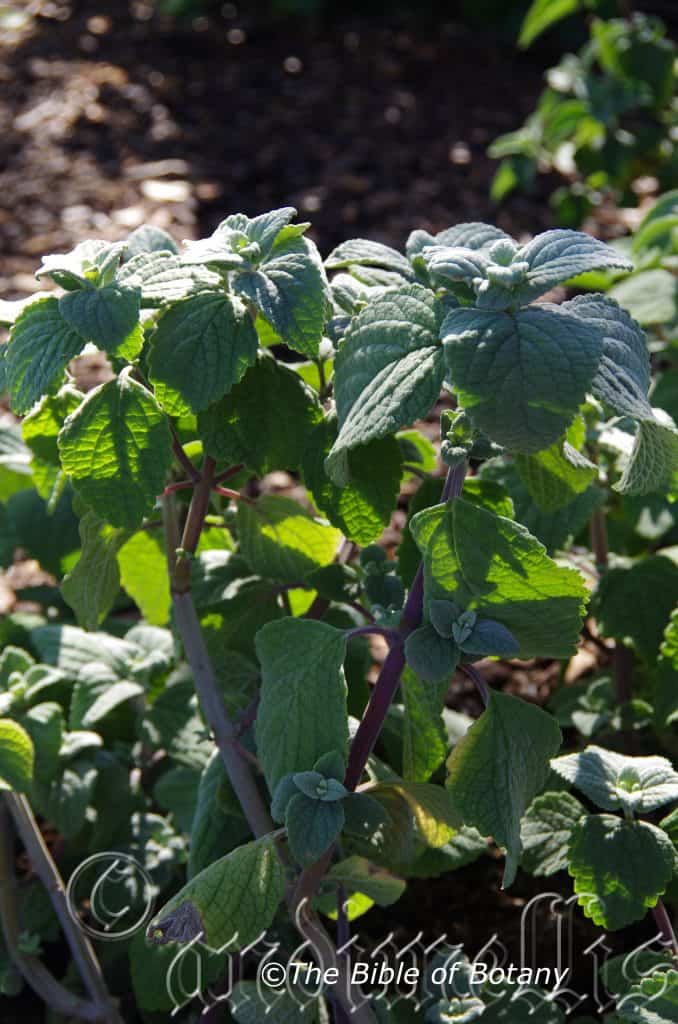
Author’s Garden The Pinnacles NSW
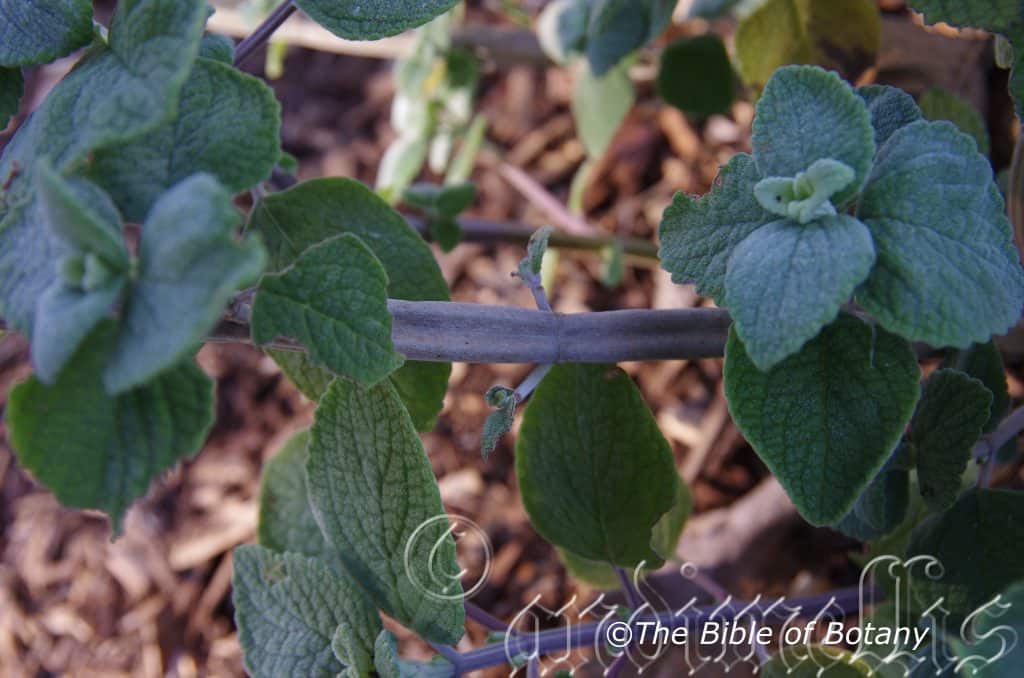
Author’s Garden The Pinnacles NSW

Author’s Garden The Pinnacles NSW
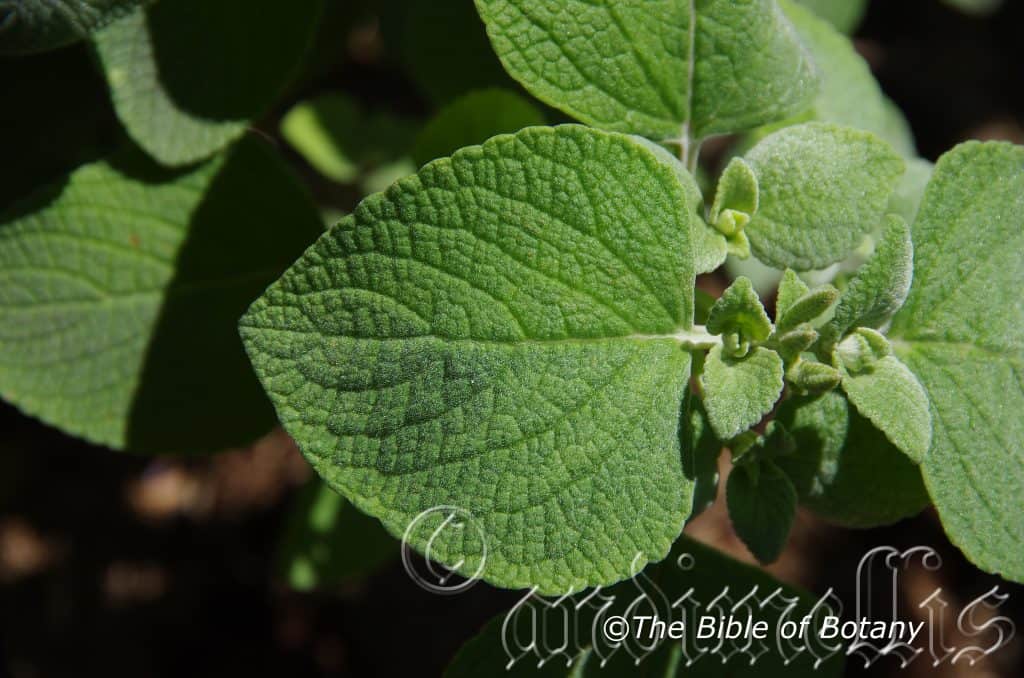
Author’s Garden The Pinnacles NSW
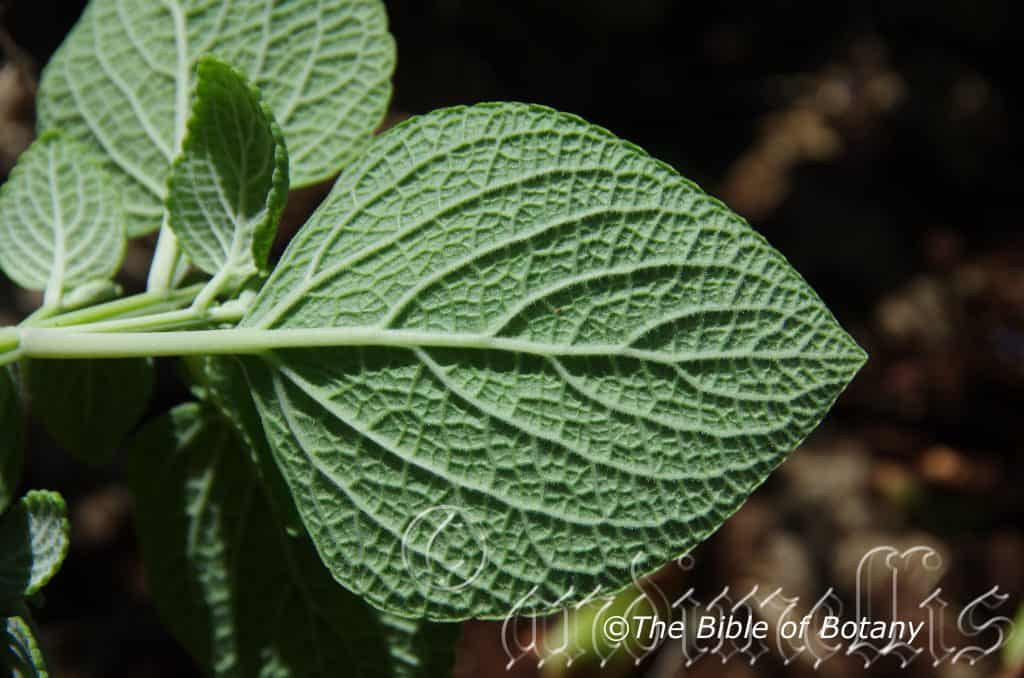
Author’s Garden The Pinnacles NSW
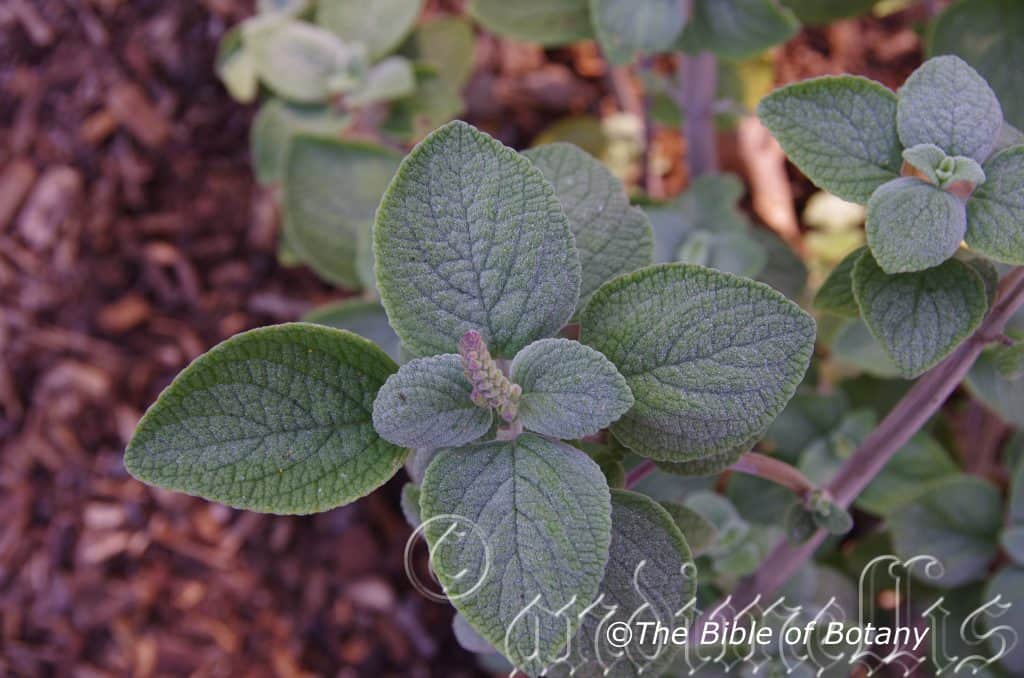
Author’s Garden The Pinnacles NSW

Author’s Garden The Pinnacles NSW
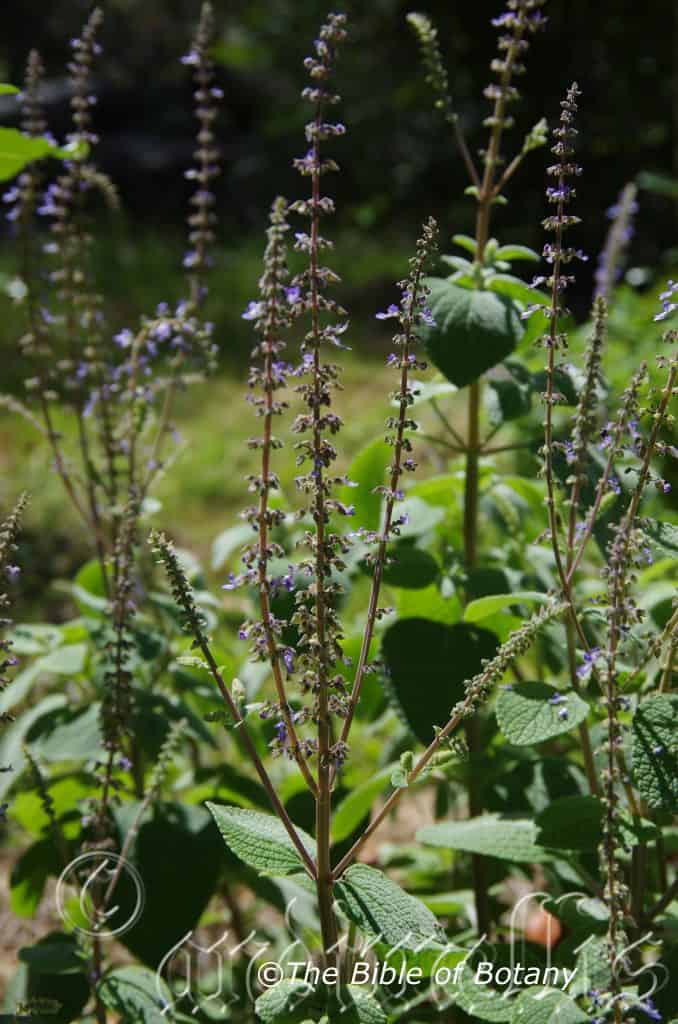
Author’s Garden The Pinnacles NSW
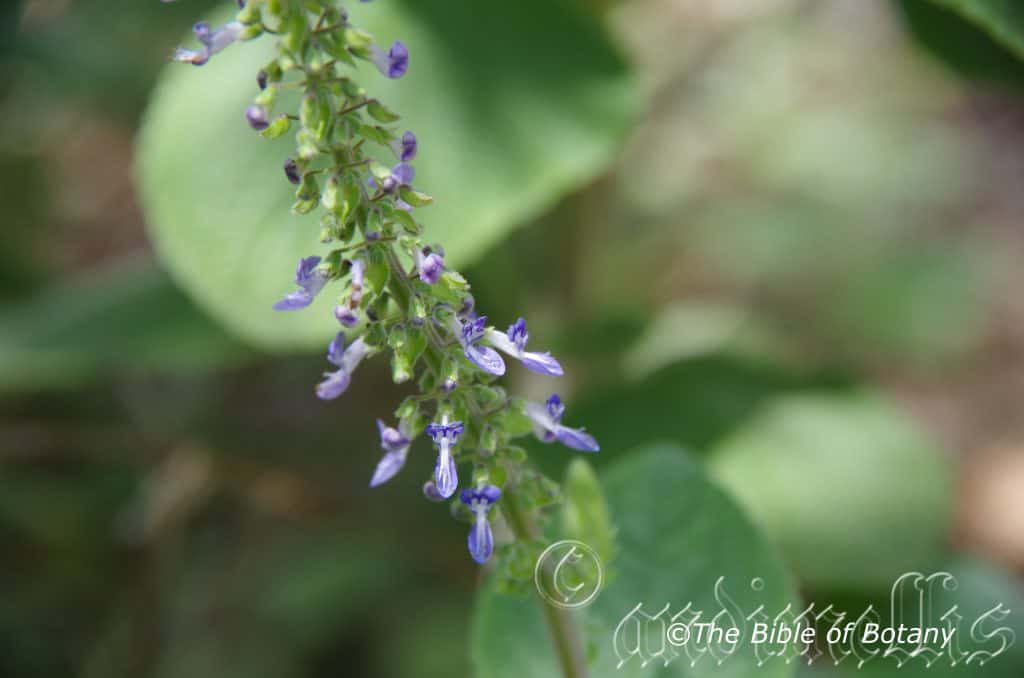
Author’s Garden The Pinnacles NSW

Author’s Garden The Pinnacles NSW
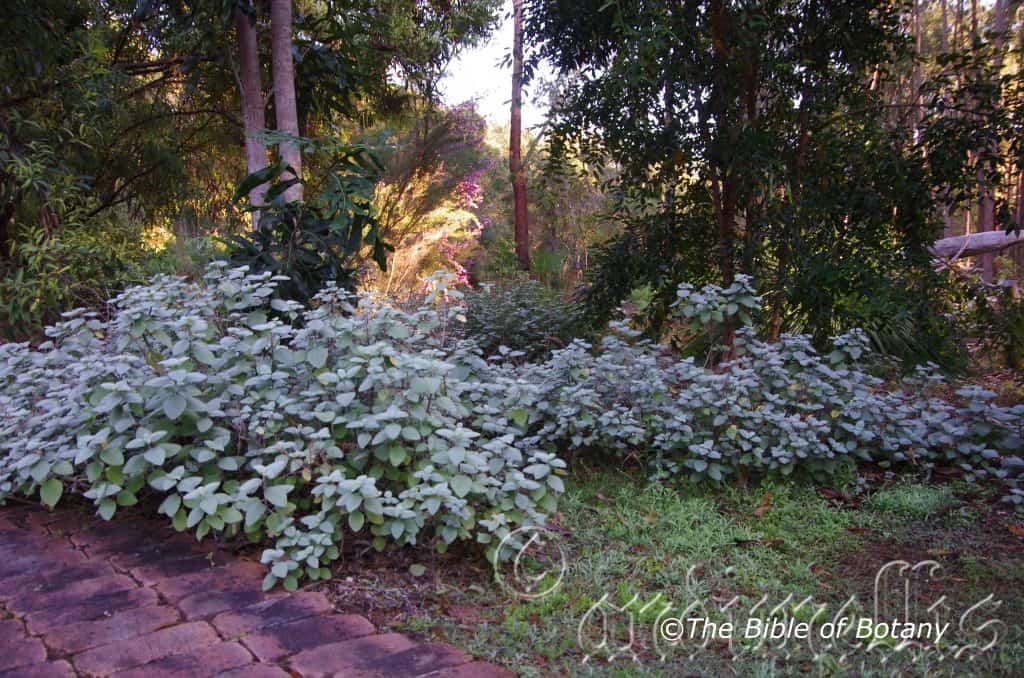
Author’s Garden The Pinnacles NSW
Coleus torrenticola
Classification:
Unranked: Eudicots
Unranked: Asterids
Order: Lamiales
Family: Lamiaceae
Tribe: Ocimeae
Genus: From Koleos, which is Ancient Greek, or Coleus, which is Late Latin for a sheath, sack or scrotum. It refers to plants, where the lower petals resemble a sack.
Specie: From Torrens, which is Latin for a torrent or rushing and Cola, which is Latin for to dwell or live at. It refers to the plants, which prefer habitats along creeks or streams.
Sub species:
Common Name:
Distribution:
Coleus torrenticola was found between Gympie in the north, south to near Crows Nest in southern Queensland.
https://avh.ala.org.au/occurrences/search?taxa=Coleus+torrenticola#tab_mapView
Habitat Aspect Climate:
Coleus torrenticola prefers light dappled shade to filtered sunlight. It grows adjacent to cool rainforests and moist Eucalyptus forests particularly in riparian zones, rills and creeks. The altitude ranges from 1100 meters to probably 1150 meters ASL.
The temperatures range from minus 6 degrees in August to 36 degrees in January.
The rainfalls range from lows of 1600mm to an average of 1900mm.
Soil Requirements:
Coleus torrenticola prefers to grow on gravelly sands, sandy loams and alluvial deposits. The soils are derived from decomposed or partially decomposed basalts. The soils pH probably ranges from 5pH to 6.5pH. It does not tolerate waterlogged soils. Non saline soils to slightly saline soils are tolerated.
Height & Spread:
Wild Plants: 0.8m to 1.2m by 0.3m to 0.6m.
Characteristics:
Measurements secured from a single gene pool growing in my garden and donated by the Brisbane City Council Botanic Gardens.
Coleus torrenticola is an erect subshrub with square cross sectional stems tha are strongly longitudinally ribbed. The older stems are bluish-grey and square in cross section. The younger stems are pinkish-purple to pink and are moderately to densely covered in short, white canescent hairs.
Coleus torrenticola’s decussate, succulent, ovate leaves measure 40mm to 105mm in length by 30mm to 80mm in width. The deep pink to purplish-pink petioles measure 20mm to 40mm in length and are moderately to densely covered in long, soft, white, canescent hairs. The bases are rounded. The 24 to 44 crenate lobes apexes are obtuse while the apex lobe is obtuse. The discolourous laminas are soft grey-green to emerald green and are densely covered in short, soft, white, canescent hairs on the upper laminas while the lower laminas are paler and densely covered in soft, white canescent hairs which are longer on the vein network.
The mid vein and 8 to 12 lateral veins are pink to purplish-pink at the base and turn pale green as they approach the margins. They anatomise prior to reaching the margins, are strongly sunken while the secondary veins are moderately sunken on the upper lamina. The mid vein and lateral veins are strongly prominent on the lower lamina, while the secondary veins are moderately to strongly. The leaves and spikes are scented when crushed.
The infloresecence of Coleus torrenticola are born in small clusters of 4 to 6 individual flowers on a terminal spike with 2 or 4 secondary opposite lateral spikes. The spikes are are pinkish-purple to pink and are moderately to densely covered in short, white canescent hairs. The central spikes measure 200mm to 320mm in length by 50mm to 100mm in diameter while the 2 lateral spikes measure 100mm to 200mm in length. The pedicels measure 1.5mm to 3mm in length.
There is a leaf like stipule at the base of each group of flowers that measures 5mm to 8mm in length by 4mm to 6mm in width. The calyxes measure 1mm to 1.5mm in length, while the upper obtuse lobe measures 1.5mm to 2mm in diameter and the 4 lower lobes measure 2mm to 4mm in length. The mid green deeply tinged in purple to purple calyxes and green lobes are moderately to densely covered in, white hirsute and tomentose hairs.
The white corollas have lavender markings and measure 9mm to 12mm in length overall, while the two upper ovate lobes are united and measure 1.8mm to 2.5mm in length by 4.5mm to 5mm in width. The corolla tube recurves at an angle of 40 to 45 degrees. The corolla and lobes are very sparsely covered in short, soft, white hirtellous hairs externally and are glabrous internally. The upper 2 lobes are densely covered in white sessile glands.
The 4 unequal filaments with 2 short and 2 long are white and turn pale lavender as they approach the anthers. They are inserted and measure 8mm to 11mm in length. The pale yellowish ovate anthers are basifixed. The prominent bifid styles measure 9mm to 12mm in length and curve upwards. The flowers appear from early March to mid-April.throughout the warmer months.
The nutlets measure 0.8mm to 1mm in length by 0.7mm to 0.9mm in diameter. The pale green persistent calyxes turn fawnish-brown on ripening and elongate to 4mm to 5mm in length.
Wildlife:
Coleus torrenticola at the pinnacles flowers are very attractive to most nectar feeding insects including Native Bees Tetragonula carbonaria and the Blue banded bee Amegilla cingulate.
Cultivation:
Coleus torrenticola like all Coleus is a tremendous accent plant with its soft pale green leaves that is easy to grow from cuttings placed directly in the ground. It always looks fresh especially when kept moist in dry season or ground moisture is retained. It is most suitable for small, medium and large gardens close to the coast or high in the mountains in cool temperate, warm temperate or sub-tropical gardens. It does well beneath tall trees including Stenocarpus sinuatis, Petalostigma pubescens, Petalostigma trilocular or dry rainforest species like Melaleuca quinquenervia provided extra moisture is maintained to maintain its beauty. Keep them away from other similar growing plants as the foliage will clash and the plants will lose their more dominant accent. It looks particularly good planted adjacent to the edible mint, Mentha longifolia. This particular species flowers prolifically and needs trimming back to maintain its dense foliage and scent, which it is grown for. Plants I grow at The Pinnacles in the garden reach 1.2m to 1.5m in height by 0.8m to 1m in diameter.
It is great in medium to large rockeries as a feature plant. Here it can be planted in small groups of 2 or 3 or as a stand alone plant to create a softer look amongst other semi-arid plants with large course leaves. If it is surrounded by smaller plants with finer foliages then a year round contrast can be created with a strong accent placed on the Plectranthus. Deep red or orange flowering plants that are much smaller will create that dominate affect giving height and strength to the bed.
Plants should be replaced every 1 to 2 years to maintain vigour and all year uninterrupted beauty though I have had plants growing here for up to 4 years. Plants are best planted close to pathways to take advantage of the strong lemon scent and oil from the leaves.
Propagation:
Seeds:
Coleus torrenticola is best grown from cuttings rather than seed especially when a particular specie line is warranted as many species may hybridise when are grown together.
Cuttings:
Coleus torrenticola is easily grown from cuttings and good strike rates are usually guaranteed. It is also not known whether the plants will hybridize when grown in close contact with each other.
Use 100mm to 120mm long cuttings from the previous or present season’s growth after it has hardened off. They can be taken at any time of the year in warmer climates where frosts do not occur. Remove half the leaves from the lower section and stand the cuttings in the mix with one pair of nodes just below the surface of the mix. Place the trays in a warm not hot position under 30mm to 60mm shade and keep moist not wet. When the cuttings have obviously struck and have developed good roots prick them out and plant them into 50mm native tubes. Return the tubes where they have been growing to further harden off before moving them to a new location and or planting out.
Fertilize using seaweed, fish emulsion or organic chicken pellets soaked in water on an alternate basis. Fertilize every two months until the plants are established then twice annually in early September and March to maintain better health, vitality and flowering.
Further Comments from Readers:
?Hi reader, it seems you use The Bible of Botany a lot. That’s great as we have great pleasure in bringing it to you! It’s a little awkward for us to ask, but our first aim is to purchase land approximately 1,600 hectares to link several parcels of N.P. into one at The Pinnacles NSW Australia, but we need your help. We?re not salespeople. We?re amateur botanists who have dedicated over 30 years to saving the environment in a practical way. We depend on donations to reach our goal. If you donate just $5, the price of your coffee this Sunday, We can help to keep the planet alive in a real way and continue to bring you regular updates and features on Australian plants all in one Botanical Bible. Any support is greatly appreciated. Thank you.?
In the spirit of reconciliation we acknowledge the Bundjalung, Gumbaynggirr and Yaegl and all aboriginal nations throughout Australia and their connections to land, sea and community. We pay our respect to their Elders past, present and future for the pleasures we have gained.
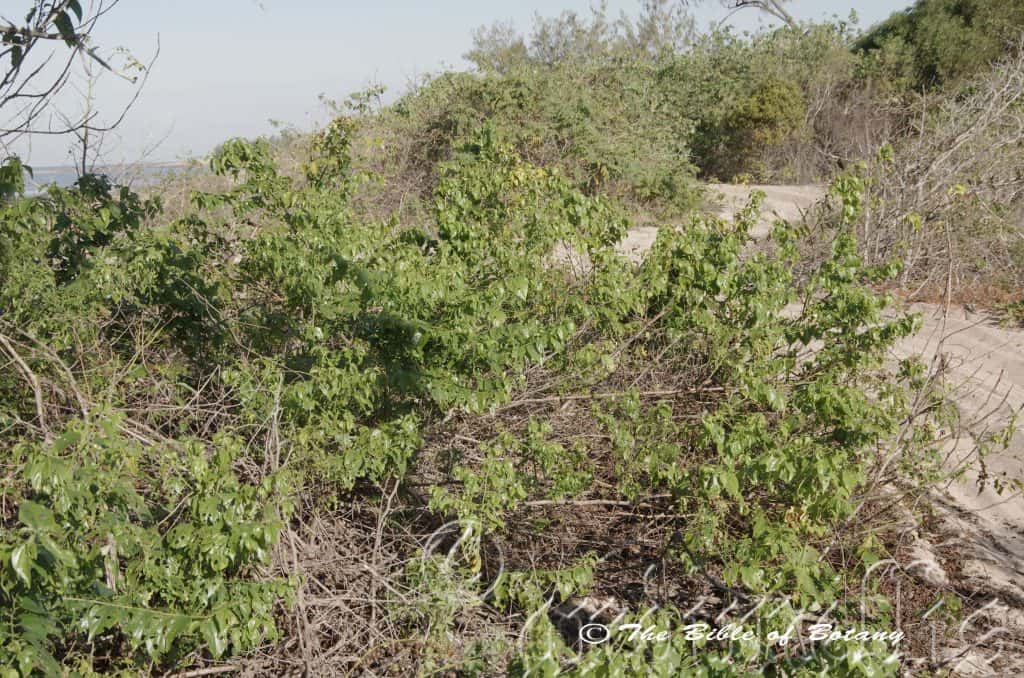
Crystal Creek Beach either side of Estuary Qld.

Crystal Creek Beach either side of Estuary Qld.
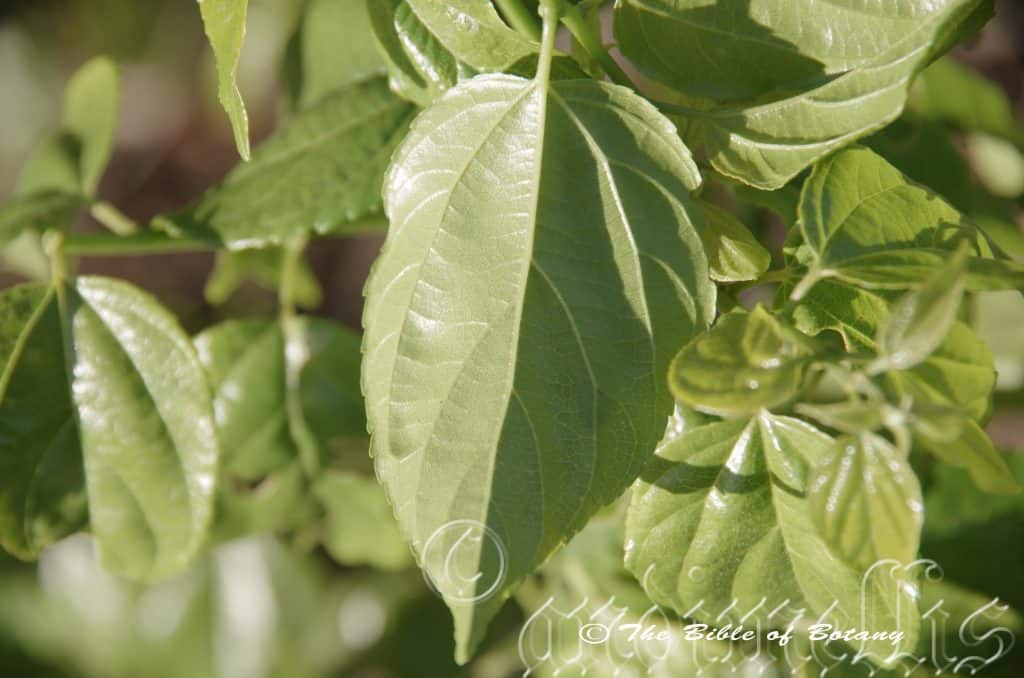
Crystal Creek Beach either side of Estuary Qld.
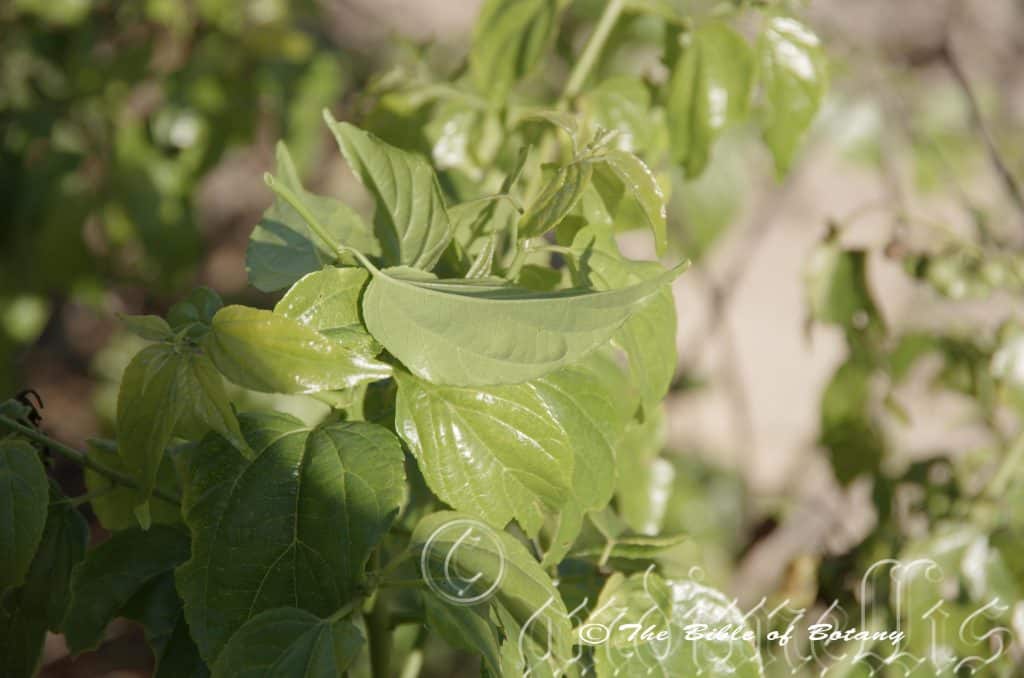
Crystal Creek Beach either side of Estuary Qld.
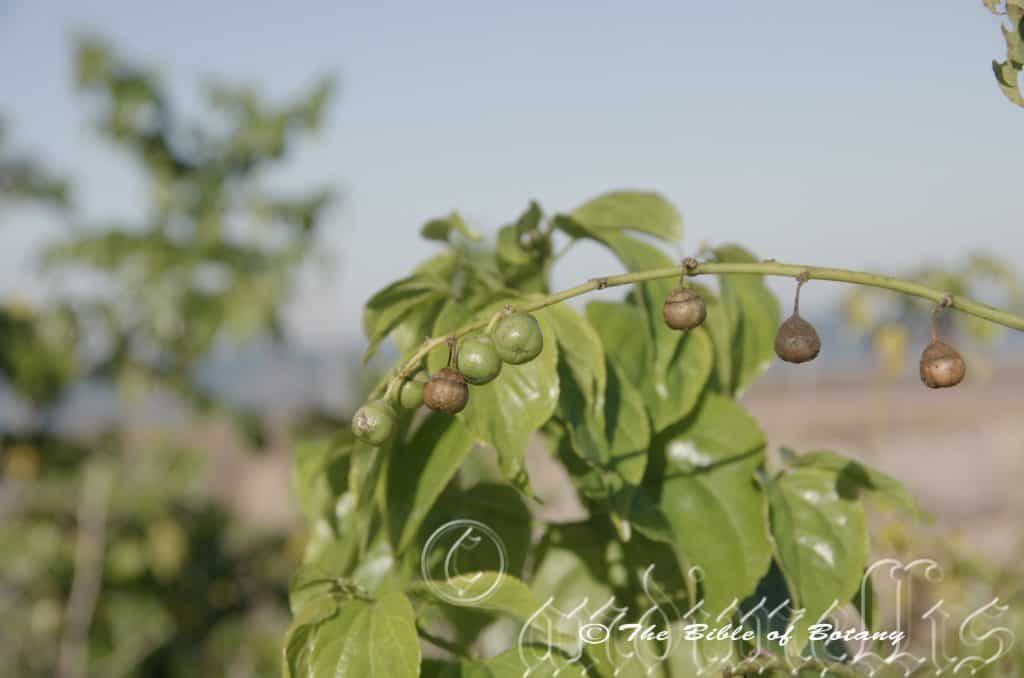
Crystal Creek Beach either side of Estuary Qld.
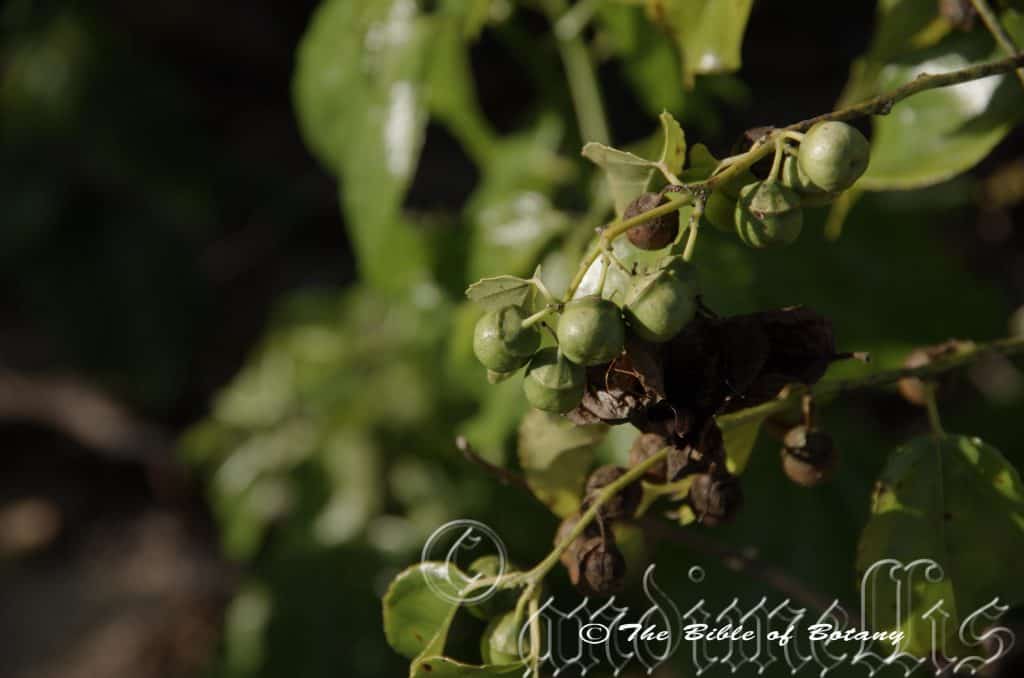
Crystal Creek Beach either side of Estuary Qld.
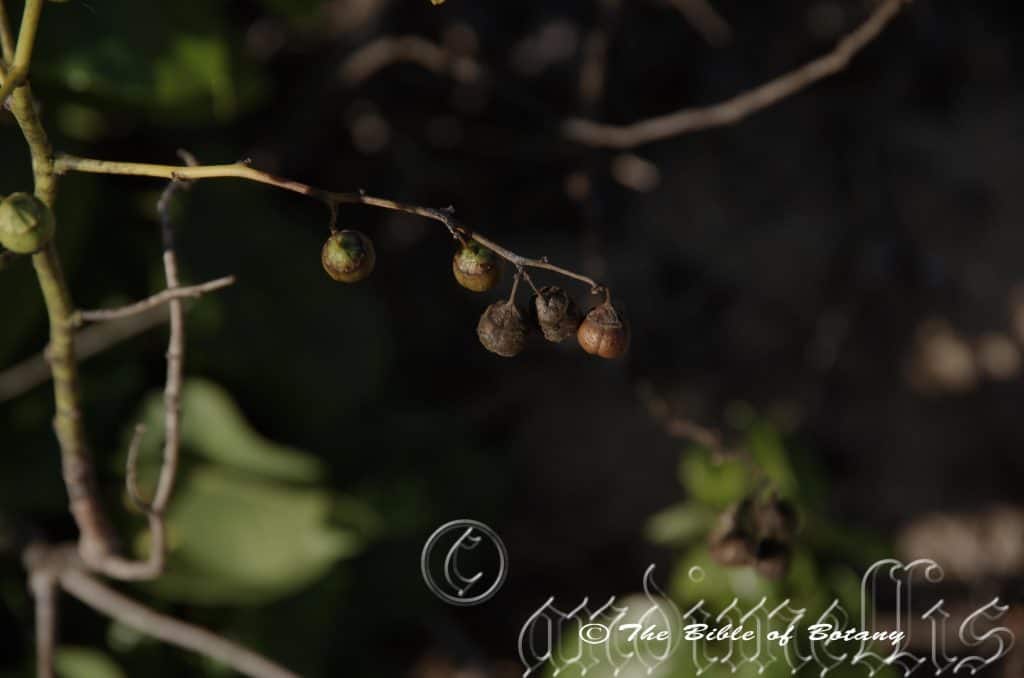
Crystal Creek Beach either side of Estuary Qld.

Crystal Creek Beach either side of Estuary Qld.
Colubrina asiatica
Classification:
Unranked: Eudicots
Unranked:
Order: Rosids
Family: Ramnaceae
Genus: From Colubrina, which is Latin for a serpent or to be cunning. It refers to the stems being long and slim like a snake or to the stamens which like snakes are shy and prefer to stay concealed away from the limelight.
Specie: From Asiatikus, which is Ancient Greek, or Asiatica, which is Late Latin for to be from Asia. It refers to plants, which were first discovered or were very prevalent in Asia.
Sub specie:
Common Name: Colubrina or Beach Berry Bush.
Distribution:
Colubrina asiatica is found north along the coast from Deception Bay in far north west Western to Littebella Creek north of Bundaberg in central coastal Queensland. It is also found on adjacent Islands.
Overseas it is found from Madagasca, Eastern Africa through to the Middle East, Indo China, Malayasia, the Phillipines, Indonesia, New Guinee, and the Pacific Islands.
https://avh.ala.org.au/occurrences/search?taxa=Colubrina+asiatica#tab_mapView
Habitat Aspect Climate:
Colubrina asiatica prefers full sun to light dappled shade. It grows in open forests and open woodlands especially littoral beach forests and on the frontal dunes. The altitude ranges from 2 meters ASL to 20 meters ASL.
The temperatures range from 8 degree in July to 44 degrees in January.
The rainfall ranges from lows of 950mm to 4000mm average per annum.
Soil Requirements:
Colubrina asiatica prefers coarse sands, fine sands or sandy loams. The soils are usually derived from accumulated beach sands, accumulated coral and at times course sandy alluvial deposits. The soils pH ranges from 6.5pH to 8.5pH. It does not tolerate waterlogged soils however soils where high water tables are experienced on an annual basis and tidal surges are acceptable. Moderately saline soils to moderately saline soils to very saline soils are tolerated.
Height & Spread:
Wild Plants: 1m to 6m by 2m to 6m.
Characteristics:
Colubrina asiatica is a fast growing small shrub, usually grows as a vine but at times as a broad shrub. The stems are pale brown with lenticels and measures 20mm to 60mm in diameter. The glossy pale green young stems are smooth and glabrous.
The broad ovate glabrous laminas are pale green, glossy and measure 35mm to 100mm in length by 20mm to 70mm in width. The petioles glabrous laminas are pale green, glossy petioles measure 10mm to 15mm in length. The small usually inconspicuous stipules measure 1mm to 2mm in length. The bases are rounded to sub cordate, while the apexes are narrow acute to acuminate. The mid vein and 3 or 4 main lateral veins on each side of the midrib are prominent on the lower lamina and depressed on the upper lamina. the margins have small fine teeth on the basal half tending more crenate on the apical half. The laminas curve upwards from the mid vein to the margins and decurve on the apical half.
Colubrina asiatica’s small yellow flowers measure 4mm to 6mm diameter overall. The pale yellow, triangular calyx lobes measure 0.8mm to 1mm in length. The recurved 1mm to 1.2mm long triangular petals enclose the stamens. The yellow, glandular disc is placed between the anther filaments and the style.
The depressed globular capsules measure 7mm to 9mm in length by 8mm to 10mm in diameter are positioned in a cupule like saucer. The 3 seeds in each capsule measure 5mm to 6mm in length by 4mm to 5mm in diameter.
Wildlife:
Colubrina asiatica’s wildlife is unknown to the author.
Cultivation:
Colubrina asiatica is easier to grow as a small shrub as its stems are more cane like growing from a central point near the ground. In cultivation it is suitable for dry exposed gardens near the coast or where accumulated sands have gathered. In cultivation it will grow from 2 meters to 3 meters in height by 3 meters to 5 meters in diameter. It is best to continually nip the tips out early so it branches more freely. This encourages a better looking denser shrub and consequently better flowering.
When you design a flat heath garden which Colubrina asiatica is well suited try not to use contours to display the plants as heath lands are almost always flat or have a slight rise and the plants are growing in a random sequence. Make the path narrow so you have to feel the plants as you walk through the garden bed. This gives an extra dimension which many people forget about when designing heath gardens. Consider planting it as the back drop plant rather than at the front because the glossy unusual green foliage will detract from other foreground plants. Doing this will ensure it will never be the feature plant but it will help highlight other plants in the bed and in the foreground. This can help achieve a feeling of expansive flatness.
Mix it with other smaller shrubs or annuals can be rather alluring and makes for an interesting mosaic of foliage colours that you oversee. Here I immediately think of Actinotis helianthi, Melaleuca pearsonii or other sub shrubs like Chloanthes parviflora, Pelargonium austral or Pelargonium inodorum and most of the larger Coleus species. Glycyrrhizin acanthocarpa would be something entirely different next to a path where you can walk by and pick a leaf to crush and enjoy the aroma of licorice.
Propagation:
Seeds: Colubrina asiatica seeds do not require treatment before sowing. Sow fresh seeds directly into a seed raising mix and cover with 5mm of the mix. Keep the trays moist not wet and place them beneath 30mm shade cloth. When the seedlings are 25mm to 50mm tall, prick them out and plant them into 50mm native tubes using a seed raising mix.
Once the seedlings reach 150mm to 200mm in height nip the tips out and plant them out into their permanent position. Mass plantings can be achieved by planting them at 0.3 meter to 0.4 meters.
Fertilize using Seaweed, fish emulsion or organic chicken pellets soaked in water on an alternate basis. Fertilize every two months until the plants are established then annually in early September or March to maintain health, vitality and better flowering.
Further Comments from Readers:
Hi reader, it seems you use The Bible of Botany a lot. That’s great as we have great pleasure in bringing it to you! It’s a little awkward for us to ask, but our first aim is to purchase land approximately 1,600 hectares to link several parcels of N.P. into one at The Pinnacles NSW Australia, but we need your help. We’re not salespeople. We’re amateur botanists who have dedicated over 30 years to saving the environment in a practical way. We depend on donations to reach our goal. If you donate just $5, the price of your coffee this Sunday, We can help to keep the planet alive in a real way and continue to bring you regular updates and features on Australian plants all in one Botanical Bible. Any support is greatly appreciated. Thank you.
In the spirit of reconciliation we acknowledge the Bundjalung, Gumbaynggirr and Yaegl and all aboriginal nations throughout Australia and their connections to land, sea and community. We pay our respect to their Elders past, present and future for the pleasures we have gained.
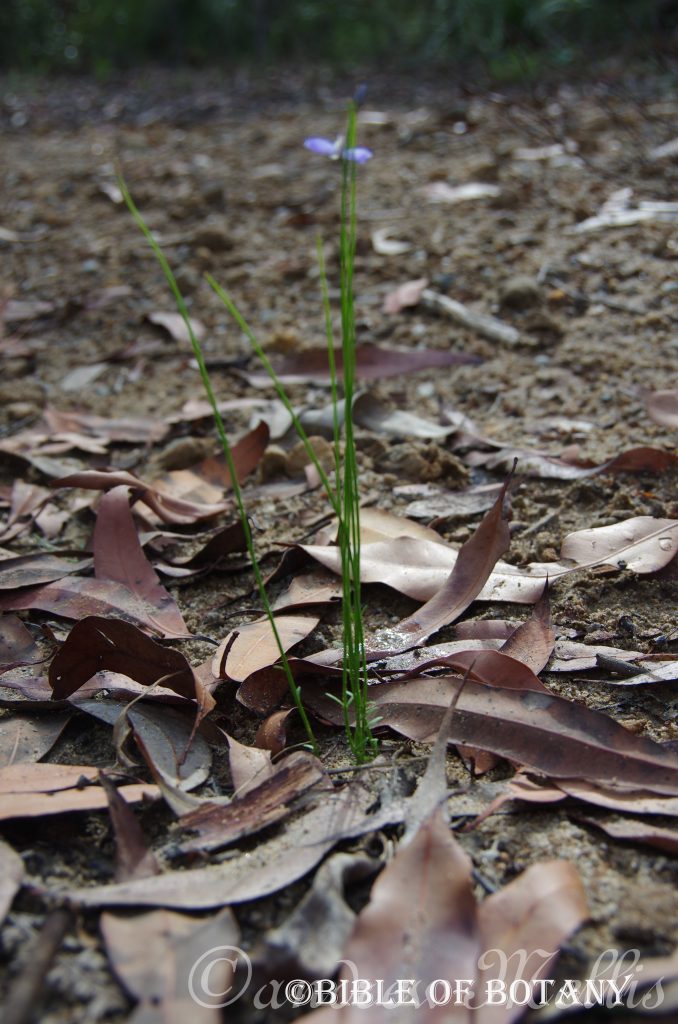
Rocky Creek Wildlife Reserve NSW
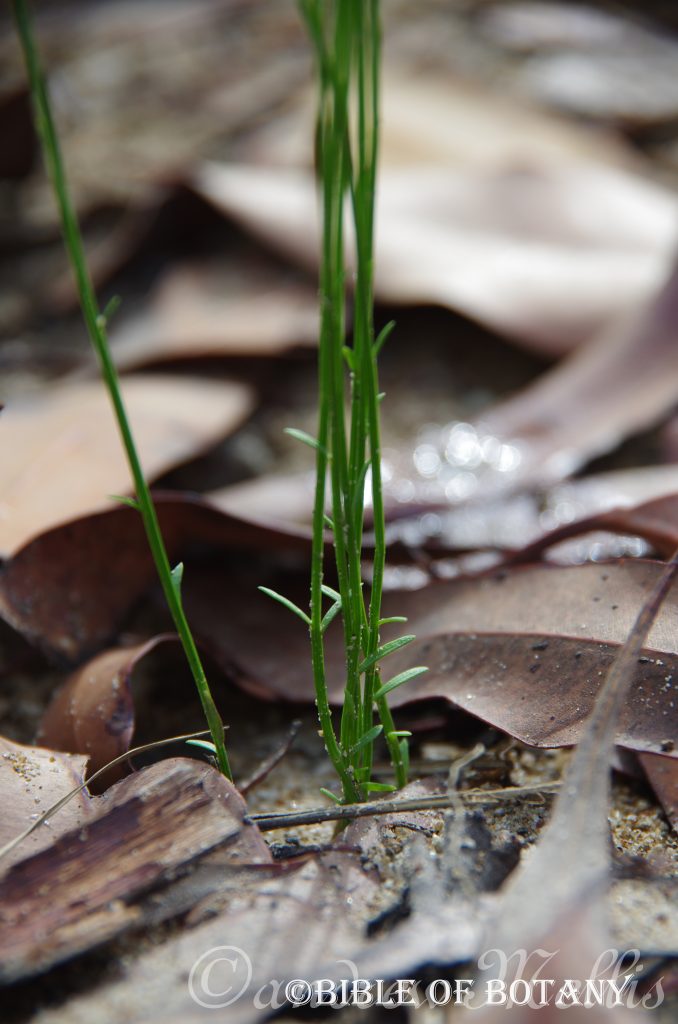
Rocky Creek Wildlife Reserve NSW
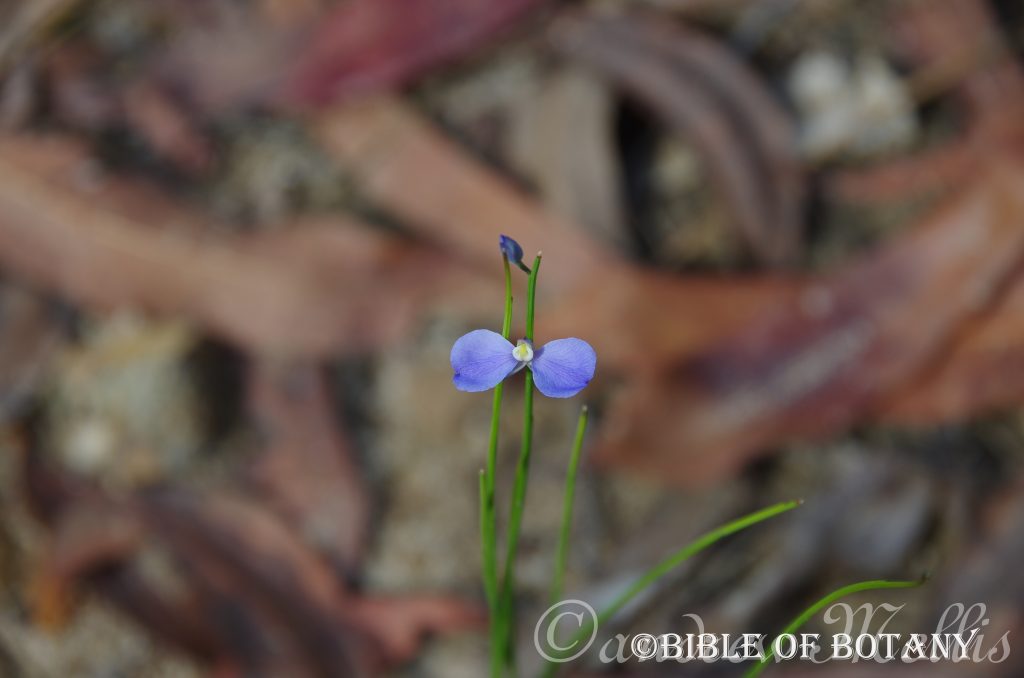
Rocky Creek Wildlife Reserve NSW

Rocky Creek Wildlife Reserve NSW
Comesperma defoliatum
Classification:
Unranked: Eudicots
Unranked: Rosids
Order: Fabales
Family: Polygalaceae
Genus: From Kome, which is Ancient Greek for hair and Sperma, which is Ancient Greek for a seed. It refers to seeds which are covered in unkempt hairs.
Specie: From De, which is Latin for down and Folium, which is Latin for foliage. It refers to plants, which lose their leaves shortly after they appear.
Sub specie:
Common Name:
Distribution:
Comersperma defoliatum is found south from the Byfield National Park in central coastal Queensland to the Grampians in western Victoria mainly along the coast strip. There is an isolated population in the Wyfield National Park in Victoria.
It is also found along the north west coast and the south eastern coast of Tasmania.
https://avh.ala.org.au/occurrences/search?taxa=Comesperma+defoliatum#tab_mapView
Habitat Aspect Climate:
Comersperma defoliatum prefers full sun to light dappled shade. It grows in wet sandy heaths, swamps or wet depressions in schlerophyll forest. The altitude ranges from 5 meters ASL to 200 meters ASL.
The temperatures range from 1 degree in July to 38 degrees in January.
The rainfall ranges from lows of 250mm to 2000mm average per annum.
Soil Requirements:
Comersperma defoliatum prefers coarse sands, fine sands or sandy loams. The soils are usually derived from decomposed granite, sandstone or accumulated beach sands. The soils pH ranges from 5pH to 6pH. It does not tolerate waterlogged soils however soils where high water tables are experienced on an annual basis are acceptable. Non saline soils to moderately saline soils are tolerated.
Height & Spread:
Wild Plants: 0.4m to 0.6m by 0.2m to 0.3m or more.
Characteristics:
Comersperma defoliatum is a fast growing small annual or perennial with several short, erect stems from near the ground. The deep green sqare incross section stems are glabrous.
The alternate, elliptical to narrow elliptical leaves are at near right angles as they ascend the lower section of the stems. The leaves measure 5mm to 12mm in length by 1mm to 1.5mm in width. The petioles measure 0mm to 0.2mm in length. The bases taper slightly near the stem while the apexes are broadly acute. The concolourous laminas are thick, deep green and glabrous. The leaf margins are entire. The mid vein is faintly prominent on the upper lamina and is slightly prominent on the lower lamina.
Inflorescences of Comersperma defoliatum are born on a long prominently, ribbed spike. The racemes measure 100mm to 220mm in length. The racemes and pedicels are glabrous. The Racemes terminal up to 220mm in length while the pedicels measure1mm to 2.5mm in length. There are 1 to 5, blue or purplish blue flowers on on a raceme. 3?5 mm long, . The outer sepals measure 1mm in length, while the wing sepals measure 2mm to 3mm in length and are shortly clawed. The lateral spathulate petals measure 8mm to 12mm in length. The short, white keel petal is strongly recurved on the margins. The yellow style is slightly forked at the apex.
The fruits of Comersperma defoliatum are long spathulate capsules. The pale green, glabrous capsules turn brown when ripe. They measure 7mm to 11mm in length. The oval seeds are black or deep brown-black.
Wildlife: Comersperma defoliatum’s wildlife is unknown to the author.
Cultivation:
Comersperma defoliatum would make a delightful beautiful small addition to a miniature rockery. It is best mass planted to give vibrant colour throughout the summer and autumn months. Nip the tips out early so they branch more freely. This would also encourages better flowering.
When you design a flat heath garden which Comersperma defoliatum is well suited use contours to display the plants as heath lands are almost always flat or have a slight rise. Make the path narrow so you have to feel the plants as you walk through the garden bed. This gives an extra dimension which many people forget about when designing heath gardens. Plants must be planted close together and be short so you can see over the tallest ones with the exception of one or two plants at the most. The idea is to achieve a feeling of expansive flatness. This can be achieved with using the Comersperma defoliatum’s blue flowers in the foreground. Mix them with other smaller shrubs so none of them dominate the scene but blend in to give a mosaic of foliage colours that you oversee. Here I immediately think of Actinotis helianthi in the mid or background. Chloanthes parviflora, Pelargonium austral or Pelargonium inodorum would also make good contrasting plants in foliage and flowers.
Propagation:
Seeds: Comersperma defoliatum seeds do not require treatment before sowing. Sow fresh seeds directly into a seed raising mix and cover with 5mm of the mix. Keep the trays moist not wet and place them beneath 30mm shade cloth. When the seedlings are 25mm to 50mm tall, prick them out and plant them into 50mm native tubes using a seed raising mix.
Once the seedlings reach 50mm to 100mm in height nip the tips out and plant them out into their permanent position. Mass plantings can be achieved by planting them at 100mm to 200mm centres.
Fertilize using Seaweed, fish emulsion or organic chicken pellets soaked in water on an alternate basis. Fertilize every two months until the plants are established then annually in early September or March to maintain health, vitality and better flowering.
Further Comments from Readers:
Hi reader, it seems you use The Bible of Botany a lot. That’s great as we have great pleasure in bringing it to you! It’s a little awkward for us to ask, but our first aim is to purchase land approximately 1,600 hectares to link several parcels of N.P. into one at The Pinnacles NSW Australia, but we need your help. We’re not salespeople. We’re amateur botanists who have dedicated over 30 years to saving the environment in a practical way. We depend on donations to reach our goal. If you donate just $5, the price of your coffee this Sunday, We can help to keep the planet alive in a real way and continue to bring you regular updates and features on Australian plants all in one Botanical Bible. Any support is greatly appreciated. Thank you.
In the spirit of reconciliation we acknowledge the Bundjalung, Gumbaynggirr and Yaegl and all aboriginal nations throughout Australia and their connections to land, sea and community. We pay our respect to their Elders past, present and future for the pleasures we have gained.
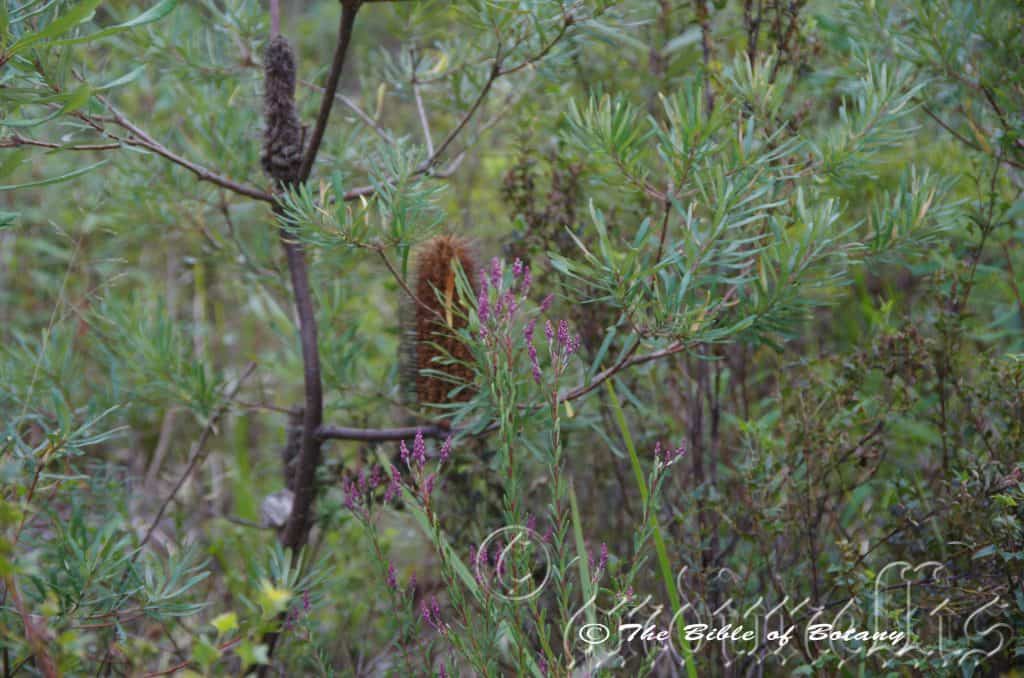
Cathedral Rocks National Park NSW
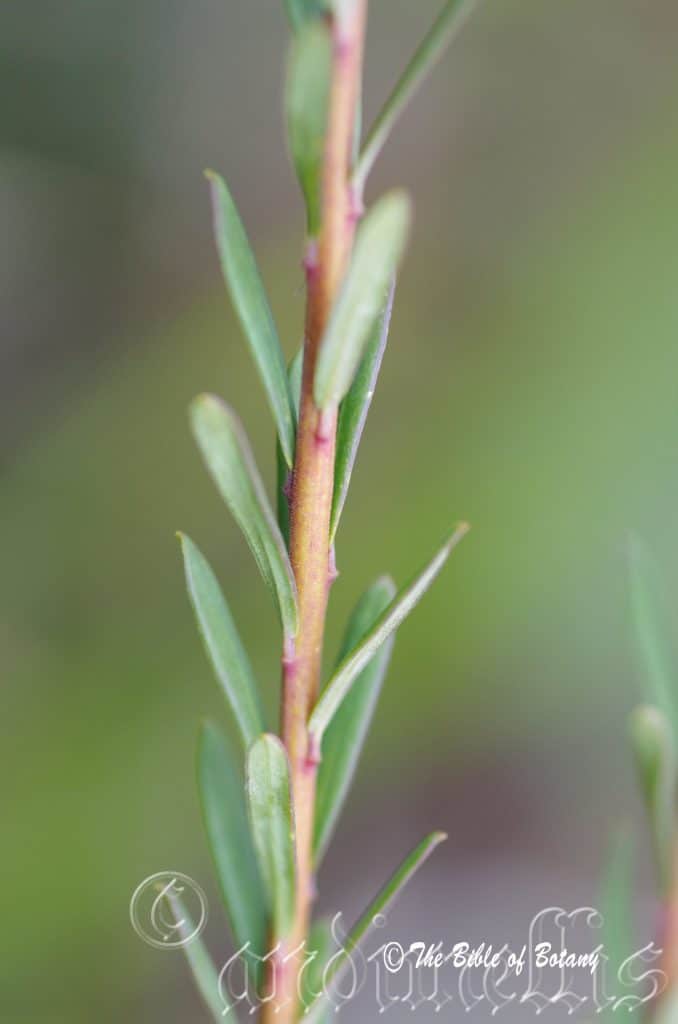
Cathedral Rocks National Park NSW

Cathedral Rocks National Park NSW
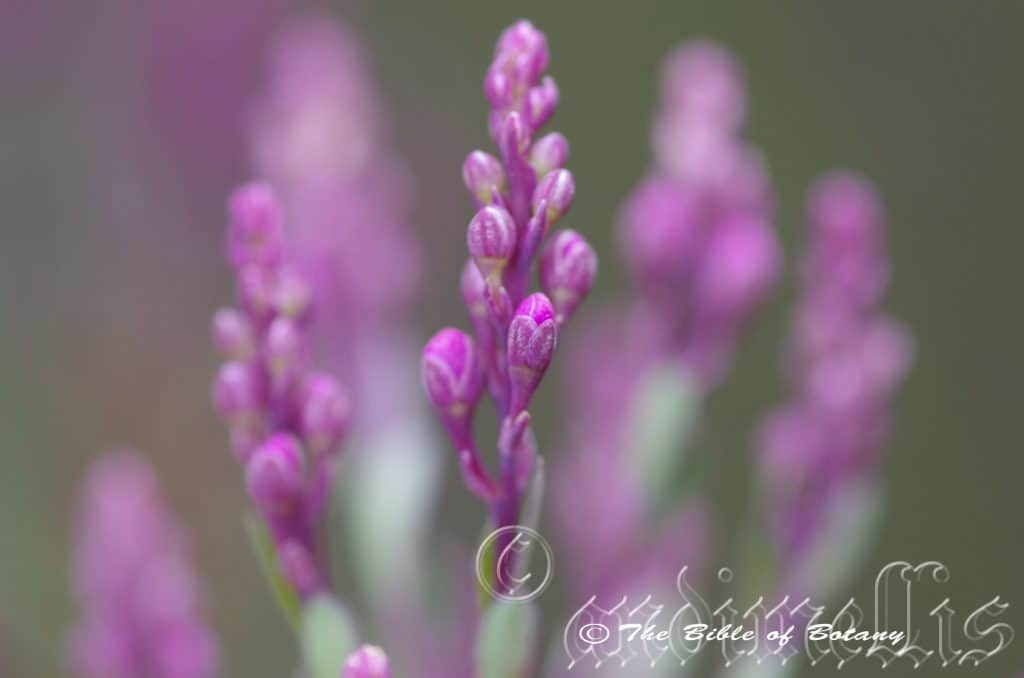
Cathedral Rocks National Park NSW
Comesperma ericinum
Classification:
Unranked: Eudicots
Unranked: Rosids
Order: Fabales
Family: Polygalaceae
Genus: From Kome, which is Ancient Greek for hair and Sperma, which is Ancient Greek for a seed. It refers to seeds which are covered in unkempt hairs.
Specie: From Erica, which is Latin for heath. It refers to plants, which prefer heathy habitats or resemble the European heaths.
Sub specie:
Common Name: Pyramid Flower or Pink Pyramid Flower.
Distribution:
Comesperma ericinum is found south from the Byfield National park in central coastal Queensland to Port Campbell National Park in southern Victoria. It is found on the Western Slopes, on and east of the Great Dividing Range. There is an isolated population near Lake Buloke in Victoria.
It is also found along the central north coast and the south eastern and eastern coasts of Tasmania.
https://avh.ala.org.au/occurrences/search?taxa=Comesperma+ericinum#tab_mapView
Habitat Aspect Climate:
Comesperma ericinum prefers full sun to light dappled shade. It grows adjacent to dry schlerophyll forests particularly as land is cleared or along road verges. The altitude ranges from 5 meters ASL to 550 meters ASL.
The temperatures range from minus 4 degrees in August to 38 degrees in January.
The rainfall ranges from lows of 250mm to 1800mm average per annum.
Soil Requirements:
Comesperma ericinum prefers sandy loams or stony light sandy clays. The soils are usually derived from decomposed fatty sandstone or siltstone. The soils pH ranges from 5pH to 6pH. It does not tolerate waterlogged soils. Non saline soils to moderately saline soils are tolerated.
Height & Spread:
Wild Plants: 1m to 1.6m by 0.5m to 1m
Characteristics:
Comesperma ericinum is a fast growing perennial which is sparsely branched. The deep grass-green to sea-green stems are glabrous and covered in pale green or reddish-maroon pseudo auxiliary bud. The pseudo buds are covered in white tomentose hairs. The new growth and juvenile stems are deep grass-green to sea-green sparsely to moderately covered in white sericeous to tomentose hairs.
The leaves are in a Fibonacci ration of 5:8 and widely spaced on Comesperma ericinum. They are are oblong to linear and measure 5mm to 30mm in length by 2mm to 6mm in width. The bases are tapering while the apexes are obtuse-acute with a mucronate tip. The discolourous laminas are blue-green to sea-green and glabrous to sparsely covered in white tomentose hairs on the upper laminas while the lower laminas are paler and moderately covered in white tomentose hairs. The laminas recurve upwards from the mid vein to the margins. The leaf margins are entire and recurved to revolute. The mid vein is prominent on the lower laminas and is not visible on the upper lamina. The pale yellow-green petioles are bent at greater than 90 degrees and measure 1.2mm to 4mm in length.
Inflorescences of Comesperma ericinum are born in showy terminal racemes. The racemes measure 85mm to 160mm in length. The rachises and pedicels are sparsely to moderately covered in white sericeous hairs. The rachises measure 60mm to 150mm in length while the pedicels measures 4mm to 6mm in length.
The grass-green, tinged pink outer sepals are covered in white sericeous and ciliate hairs and measure 2mm to 4mm in length. The grass-green, tinged pink inner sepals are clawed and measure 4mm to 9mm in length.
The 2 bright pink to pinkish-blue or purple-pink lateral petals are spathulate with deeper coloured venation. The petals measure 10mm to 20mm in length. The 2 bright pink to pinkish-blue or purple-pink keel petals are pouched and measure 10mm to 18m in length.
The bright carmine-pink stamens divide 4 or 5 times, are strongly recurved and measure 16mm to 26mm in length by 12mm to 18mm across the apex of the anthers. The style has a bilobed stigma. Comesperma ericinum is a prolific bloomer with the flowers appearing from mid-November to May.
The fruits of Comesperma ericinum are ovoidal to oblong-elliptical flat capsules. The bases are cuneate while the apexes are oblique obtuse. The lime-green capsules turn brown when ripe. The capsules are covered in longitudinal rows of papilla which often have a short, white sericeous hair. The capsules are constricted longitudinally along the margins and midvein. The capsules measure 7mm to 9mm in length. The 2 reniform seeds are black or deep brown-black.
Wildlife:
Comesperma ericinum’s wildlife is unknown to the author.
Cultivation:
Comesperma ericinum is a beautiful small shrub. It responds excellently in cultivation and is very suitable for tall dry heath type or bush gardens. In cultivation it will grow from 1 meter to 1.8 meters in height by 0.3 meters to 0.6 meters in diameter. It is best mass planted for vivid colour throughout the summer months. Nip the tips out early so they branch more freely. This encourages more terminal growth and shorter plants which in return give more flower heads.
When you design a tall heath garden which Comesperma ericinum is well suited to try not to use contours to display the plants as heath lands are almost always flat or have a slight rise with plants growing randomly. Taller heaths are better placed on the downhill side of a path so that you can still look over the tallest plants. On flats ground the flowers will be at around eye level which is very striking. Place them back from the path as they are rather brittle and will be easily broken or passer byes will continually remove the flower heads. If these plants are on display to the public you may have a never ending number of fanciers knocking on your door wanting to know the name and where you attained them from as they are so striking in the garden. Make the heath garden path narrow so you have to feel the plants as you walk through the garden bed. This gives an extra dimension which many people forget about when designing heath gardens. Plants must be planted close together and be short so you can see over the tallest ones with the exception of one or two plants at the most. These will be feature plants. The idea is to achieve a feeling of expansive flatness. This can be achieved with using the Comesperma ericinum’s brilliant pink flowers. Mix them with other smaller shrubs so none of them dominate the scene but blend in to give a mosaic of foliage colours that you oversee. Here I immediately think of Actinotis helianthi, Melaleuca pearsonii or other sub shrubs like Chloanthes parviflora, Pelargonium austral or Pelargonium inodorum. Even Hibiscus diversifolia could be pruned and used in the back ground or allowed to straggle between clumps Comesperma ericinum in the foreground. Glycyrrhiza acanthocarpa would be something entirely different next to a path where you can walk by and pick a leaf to crush and enjoy the aroma of licorice.
If Comesperma ericinum is planted in a bush type garden ensure there is plenty of sunshine and again plant it in small groups to give maximum exposure. It can be partially hidden in the background or planted on an area of ground that is particularly difficult to maintain good cover. Here it will be unnoticed until they begin to flower but when it does flower, it will draw your attention and open up a different aspect in the garden. It would look very strong mixed with Pelargonium australe where the leaves, growth habit and colour are extreme contrasts. Comesperma ericinum would be over powerful when in flower however the Pelargonium australe would take the attention at other times of the year.
Propagation:
Seeds: Comesperma ericinum seeds do not require treatment before sowing. Sow fresh seeds directly into a seed raising mix and cover with 5mm of the mix. Keep the trays moist not wet and place them beneath 30mm shade cloth. When the seedlings are 25mm to 50mm tall, prick them out and plant them into 50mm native tubes using a seed raising mix.
Once the seedlings reach 150mm to 200mm in height nip the tips out and plant them out into their permanent position. Mass plantings can be achieved by planting them at 0.3 meter to 0.4 meters.
Fertilize using Seaweed, fish emulsion or organic chicken pellets soaked in water on an alternate basis. Fertilize every two months until the plants are established then annually in early September or March to maintain health, vitality and better flowering.
Further Comments from Readers:
Hi reader, it seems you use The Bible of Botany a lot. That’s great as we have great pleasure in bringing it to you! It’s a little awkward for us to ask, but our first aim is to purchase land approximately 1,600 hectares to link several parcels of N.P. into one at The Pinnacles NSW Australia, but we need your help. We’re not salespeople. We’re amateur botanists who have dedicated over 30 years to saving the environment in a practical way. We depend on donations to reach our goal. If you donate just $5, the price of your coffee this Sunday, We can help to keep the planet alive in a real way and continue to bring you regular updates and features on Australian plants all in one Botanical Bible. Any support is greatly appreciated. Thank you.
In the spirit of reconciliation we acknowledge the Bundjalung, Gumbaynggirr and Yaegl and all aboriginal nations throughout Australia and their connections to land, sea and community. We pay our respect to their Elders past, present and future for the pleasures we have gained.
Comesperma retusum
Classification:
Unranked: Eudicots
Unranked: Rosids
Order: Fabales
Family: Polygalaceae
Genus: From Kome, which is Ancient Greek for hair and Sperma, which is Ancient Greek for a seed. It refers to seeds which are covered in unkempt hairs.
Specie: From retusum, which is Latin for blunt or dull. It refers to the plant’s leaves which are bluntly obtuse with a small notch.
Sub specie:
Common Name: Pyramid Flower or Pink Pyramid Flower.
Distribution:
Comesperma retusum is found south from Fraser Island in central coastal Queensland to The Grampians in south easternern Victoria. It is found on the Western Slopes, on and east of the Great Dividing Range. There is an isolated population in the Paluma National Park heading towards Hidden Valley.
It is also found throughout Tasmania.
https://avh.ala.org.au/occurrences/search?taxa=Comesperma+retusum#tab_mapView
Habitat Aspect Climate:
Comesperma retusum prefers full sun to light dappled shade. It is mainly found growing in dry schlerophyll forests and adjacent to moist temperate forests particularly as land is cleared or along road verges. The altitude ranges from 600 meters ASL to 1800 meters ASL but is occasionally found down to 5 meters ASL.
The temperatures range from minus 7 degrees in August to 36 degrees in January.
The rainfall ranges from lows of 250mm to 2120mm average per annum.
Soil Requirements:
Comesperma retusum prefers sandy loams or stony light sandy clays. The soils are usually derived from decomposed fatty sandstone, granites or siltstone. The soils pH ranges from 5pH to 6.5pH. It does not tolerate waterlogged soils however soils are always moist. Non saline soils to moderately saline soils are tolerated.
Height & Spread:
Wild Plants: 1.3m to 1.5m by 0.5m to 1m.
Characteristics:
Comesperma retusum is a fast growing perennial which is sparsely branched. The deep pink to pale pink stems turn yellowish and green as they mature. The stems are glabrous or can be somewhat warty.
The alternate to sub opposite leaves are widely spaced on Comesperma retusum. The oblong to linear leaves are often appressed along the stems and measure 5mm to 15mm in length by 2mm to 3mm in width. The bases are tapering, while the apexes are bluntly obtuse with short mucronate tip. The discolourous laminas are pale blue-green and glabrous on the upper laminas while the lower laminas are slightly to somewhat paler. The laminas recurve upwards from the mid vein to the margins. The leaf margins are entire and decurved downwards. The mid vein is prominent on the lower laminas and is not visible on the upper lamina. The leaves are subsessile.
Inflorescences of retusum are born in terminal racemes and are somewhat corymbose. The racemes measure 10mm to 120mm in length. The rachises and pedicels are glabrous and measure 5mmm to 8mm in length.
The 2 bright pink to pinkish-blue or purple-pink outer sepals measure 2.5 to 3.5mm in length. The two inner sepals are bright pink to pinkish-blue or purple-pink outer sepals measure 2.5 to 3mm in length, while the wing sepals measure 6 to 8mm in length.
The lateral petals are spathulate, while the keel petals are somewhat cupular in shape. Comesperma ericinum is a prolific bloomer with the flowers appearing from mid-November to May.
The fruits of Comesperma retusum are ovoidal to oblong-elliptical flat capsules. The bases are cuneate while the apexes are oblique obtuse. The lime-green capsules turn brown when ripe. The capsules measure 9mm to 12mm in length. The 2 reniform seeds are black or deep brown-black.
Wildlife:
Comesperma retusum’s wildlife is unknown to the author.
Cultivation:
Comesperma retusum is a beautiful small shrub for higher altititudes or gardens where frosts are frequently encountered. It responds excellently in cultivation and is very suitable for tall dry heath type or bush gardens. In cultivation it grows from 1.2 meter to 1.6 meters in height by 0.3 meters to 0.6 meters in diameter when given the area to fullfill its best dimensions. It is best mass planted for vivid colour from late winter to early summer. Nip the tips out soon after flowering is completed so the plants will branch more freely. This encourages more terminal growth and shorter plants which in return give more flower heads.
When you design a tall heath garden which Comesperma ericinum is well suited to try not to use contours to display the plants as heath lands are almost always flat or have a slight rise with the plants growing in small paths throughout the heath. Taller heaths are better placed on the downhill side of a path so that you can still look over the tallest plants. On flats ground the flowers will be at around eye level which is very striking. Place it back from the path as it is rather brittle and will be easily broken or passer byes will continually remove the flower heads. If these plants are on display to the public you may have a never ending number of fanciers knocking on your door wanting to know the name and where you attained it from as it is so striking in the garden. Make the heath garden path narrow so you have to feel the plants as you walk through the garden bed. This gives an extra dimension which many people forget about when designing heath gardens. Plants must be planted close together and be short so you can see over the tallest ones with the exception of one or two plants at the most. These will be feature plants. The idea is to achieve a feeling of expansive flatness. This can be achieved with using the Comesperma ericinum’s brilliant pink flowers. Mix them with other smaller shrubs so none of them dominate the scene but blend in to give a mosaic of foliage colours that you oversee. Here I immediately think of Actinotis helianthi, Melaleuca pearsonii or other sub shrubs like Chloanthes parviflora, Pelargonium austral or Pelargonium inodorum. Even Hibiscus diversifolia could be pruned and used in the back ground or allowed to straggle between clumps Comesperma dericum in the fore ground. Glycyrrhiza acanthocarpa would be something entirely different next to a path where you can walk by and pick a leaf to crush and enjoy the aroma of licorice.
If Comesperma retusum is planted in a bush type garden ensure there is plenty of sunshine and again mass plant them in small groups to give maximum exposure. It can be partially hidden in the background or planted on an area of ground that is particularly difficult to maintain good cover. Here it will be unnoticed until it begins to flower but when it do it will draw your attention and open up a different aspect in the garden. It would look very strong mixed with Pelargonium australe where the leaves, growth habit and colour are extreme contrasts. Comesperma retusum would be over powerful when in flower, while Pelargonium australe would take the attention at other times of the year.
Propagation:
Seeds: Comesperma retusum seeds do not require treatment before sowing. Sow fresh seeds directly into a seed raising mix and cover with 5mm of the mix. Keep the trays moist not wet and place them beneath 30mm shade cloth. When the seedlings are 25mm to 50mm tall, prick them out and plant them into 50mm native tubes using a seed raising mix.
Once the seedlings reach 150mm to 200mm in height nip the tips out and plant them out into their permanent position. Mass plantings can be achieved by planting them at 0.3 meter to 0.4 meters.
Fertilize using Seaweed, fish emulsion or organic chicken pellets soaked in water on an alternate basis. Fertilize every two months until the plants are established then annually in early September or March to maintain health, vitality and better flowering.
Further Comments from Readers:
Hi reader, it seems you use The Bible of Botany a lot. That’s great as we have great pleasure in bringing it to you! It’s a little awkward for us to ask, but our first aim is to purchase land approximately 1,600 hectares to link several parcels of N.P. into one at The Pinnacles NSW Australia, but we need your help. We’re not salespeople. We’re amateur botanists who have dedicated over 30 years to saving the environment in a practical way. We depend on donations to reach our goal. If you donate just $5, the price of your coffee this Sunday, We can help to keep the planet alive in a real way and continue to bring you regular updates and features on Australian plants all in one Botanical Bible. Any support is greatly appreciated. Thank you.
In the spirit of reconciliation we acknowledge the Bundjalung, Gumbaynggirr and Yaegl and all aboriginal nations throughout Australia and their connections to land, sea and community. We pay our respect to their Elders past, present and future for the pleasures we have gained.
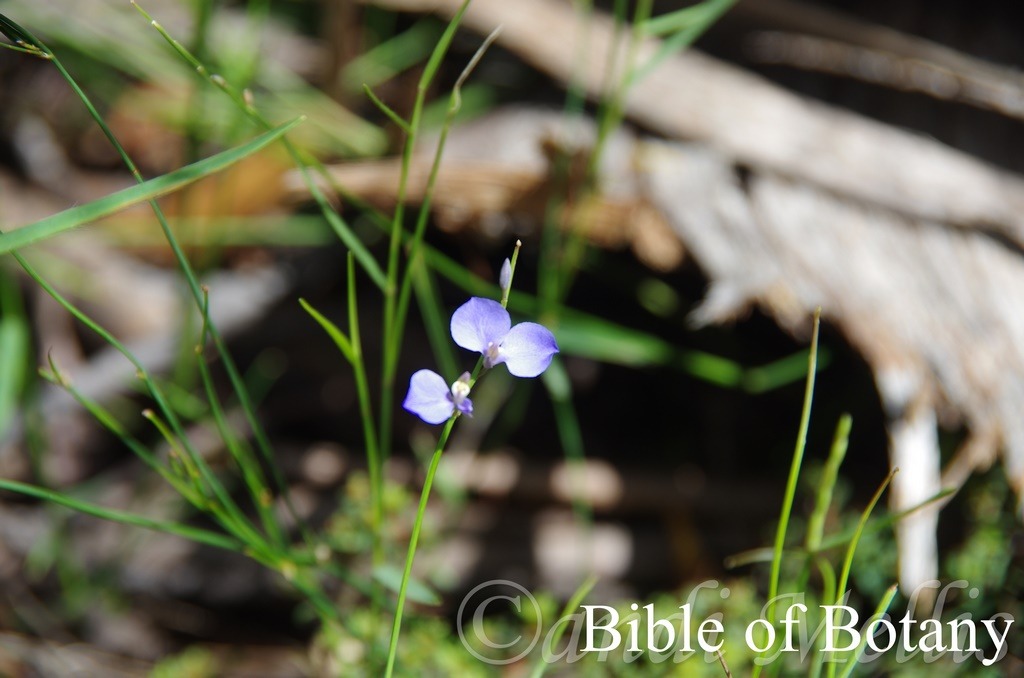
Sherwood Nature Reserve NSW
Comesperma sphaerocarpum
Classification:
Unranked: Eudicots
Unranked: Rosids
Order: Fabales
Family: Polygalaceae
Genus: From Kome, which is Ancient Greek for hair and Sperma, which is Ancient Greek for a seed. It refers to seeds which are covered in unkempt hairs.
Specie: From Sphaero/Sphaera, which are Ancient Greek for round and Karp?s, which is Ancient Greek for a fruit. It refers to fruits, which have a spherical or orbicular shape or form.
Sub specie:
Common Name:
Distribution:
Comesperma sphaerocarpum is found south from Eungella in central coastal Queensland to New South wales Victorian border. There is an isolated population much further north on the Herberton Range. It is found on the Western Slopes, on and east of the Great Dividing Range to the coast.
https://avh.ala.org.au/occurrences/search?taxa=Comesperma+sphaerocarpum#tab_mapView
Habitat Aspect Climate:
Comesperma sphaerocarpum prefers full sun to light dappled shade. It is mainly found growing in dry schlerophyll forests, drier heaths and adjacent to moist temperate forests particularly as land is cleared or along road verges. The altitude ranges from 5 meters ASL to 1000 meters ASL.
The temperatures range from minus 4 degrees in August to 36 degrees in January.
The rainfall ranges from lows of 550mm to 2850mm average per annum.
Soil Requirements:
Comesperma sphaerocarpum prefers sand to sandy loams. The soils are usually derived from decomposed fatty sandstone, granites or siltstone. The soils pH ranges from 5pH to 7pH. It does not tolerate waterlogged soils however soils generally moist. Non saline soils to moderately saline soils are tolerated.
Height & Spread:
Wild Plants: 100mm to 200mm
Characteristics:
Comesperma sphaerocarpum is a fast growing annual or short lived perennial with a few or at times many stems. The erect square in cross sectionstems are glabrous to sparsely covered in white hairs.
The narrow elliptical to oblancelot leaves of Comesperma sphaerocarpum are often appressed along the lower parts of the stems and measure 5mm to 8mm in length by 1.5mm to 2mm in width. The leaf margins are entire.
Inflorescences of Comesperma sphaerocarpum are born on the apex of lax racemes. The racemes measure 60mm to 100mm in length. The rachises and pedicels are glabrous and measure 5mmm to 8mm in length.
The pedicels measure 2.5mm to 3mm in length, while the pale purplish-blue to bright purplish-blue flowers measure 3mm to 8mm in length. The outer sepals measure 3mm to 4mm in length and are half to two-thirds as long as wing sepals. The lateral petals margins are moderately covered in white hairs and are longer than the keel petals. The keel petals are pouched at sides. The style is oblique. Comesperma sphaerocarpum flowers appear from mid-November to April.
The fruits of Comesperma sphaerocarpumare sperical capsules. The lime-green capsules turn brown when ripe. The capsules measure 3mm to 5mm in diameter. The 2 reniform seeds are black.
Wildlife:
Comesperma sphaerocarpum’s wildlife is unknown to the author.
Cultivation:
Comesperma sphaerocarpum while attractive when in flower large numbers would be required to make any sought of display. It would be best suited to a low heath garden where some soil moisture is retained all year.
Add to the above, if it is given adequate moisture, plenty of mulch for moisture retention it will thrive and may spread quickly.
Propagation:
Seeds: Comesperma sphaerocarpum seeds do not require treatment before sowing. Sow fresh seeds sown directly into a seed raising mix and cover with 2mm of the mix. Keep the trays moist not wet and place them beneath 30% shade cloth. When the seedlings are 25mm to 50mm tall, prick them out and plant them into 50mm native tubes using a seed raising mix.
Once the seedlings roots reach the bottom of the tubes plant them out into their final position at 150mm to 200mm centres.
Fertilize using Seaweed, fish emulsion or organic chicken pellets soaked in water on an alternate basis. Fertilize every two months until the plants are established then annually in early September or March to maintain health, vitality and better flowering.
Further Comments from Readers:
Hi reader, it seems you use The Bible of Botany a lot. That’s great as we have great pleasure in bringing it to you! It’s a little awkward for us to ask, but our first aim is to purchase land approximately 1,600 hectares to link several parcels of N.P. into one at The Pinnacles NSW Australia, but we need your help. We’re not salespeople. We’re amateur botanists who have dedicated over 30 years to saving the environment in a practical way. We depend on donations to reach our goal. If you donate just $5, the price of your coffee this Sunday, We can help to keep the planet alive in a real way and continue to bring you regular updates and features on Australian plants all in one Botanical Bible. Any support is greatly appreciated. Thank you.
In the spirit of reconciliation we acknowledge the Bundjalung, Gumbaynggirr and Yaegl and all aboriginal nations throughout Australia and their connections to land, sea and community. We pay our respect to their Elders past, present and future for the pleasures we have gained.
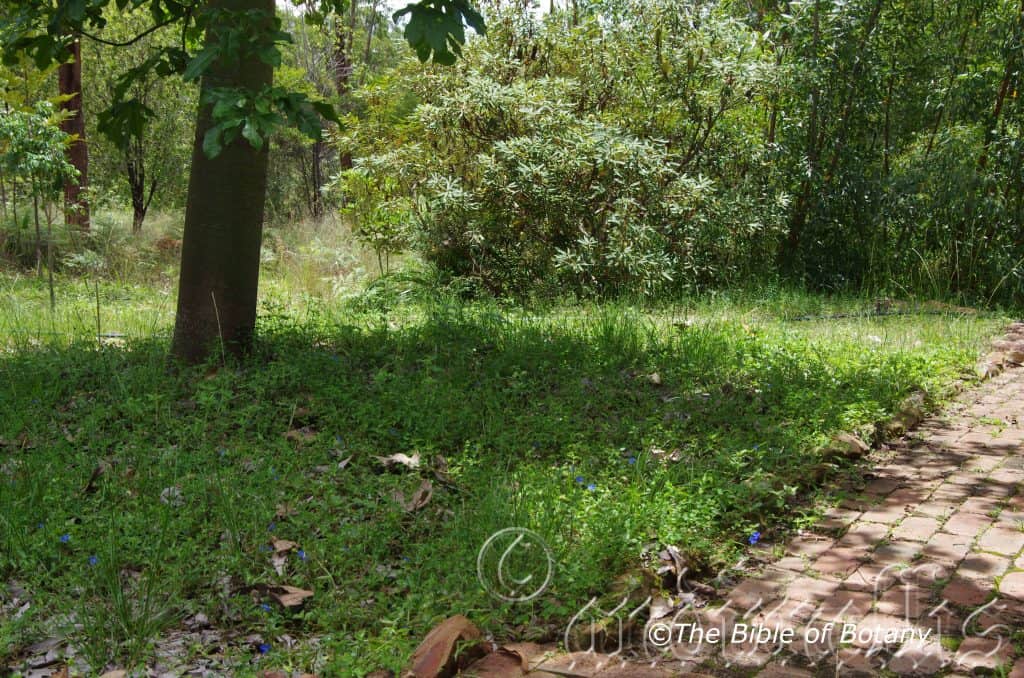
Author’s Garden The Pinnacles NSW

Author’s Garden The Pinnacles NSW
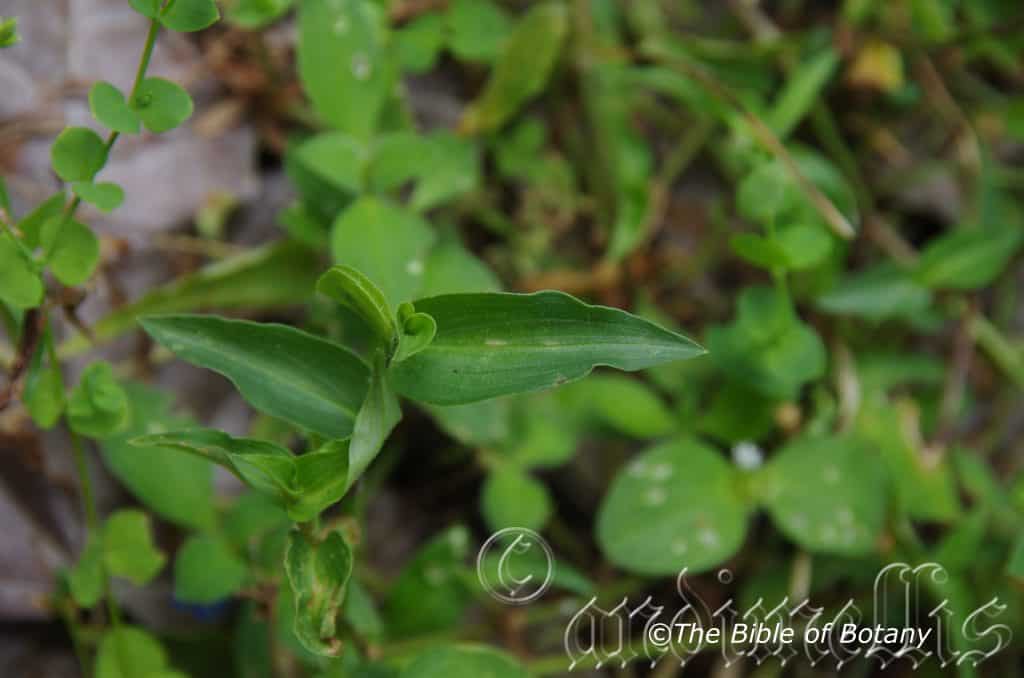
Author’s Garden The Pinnacles NSW
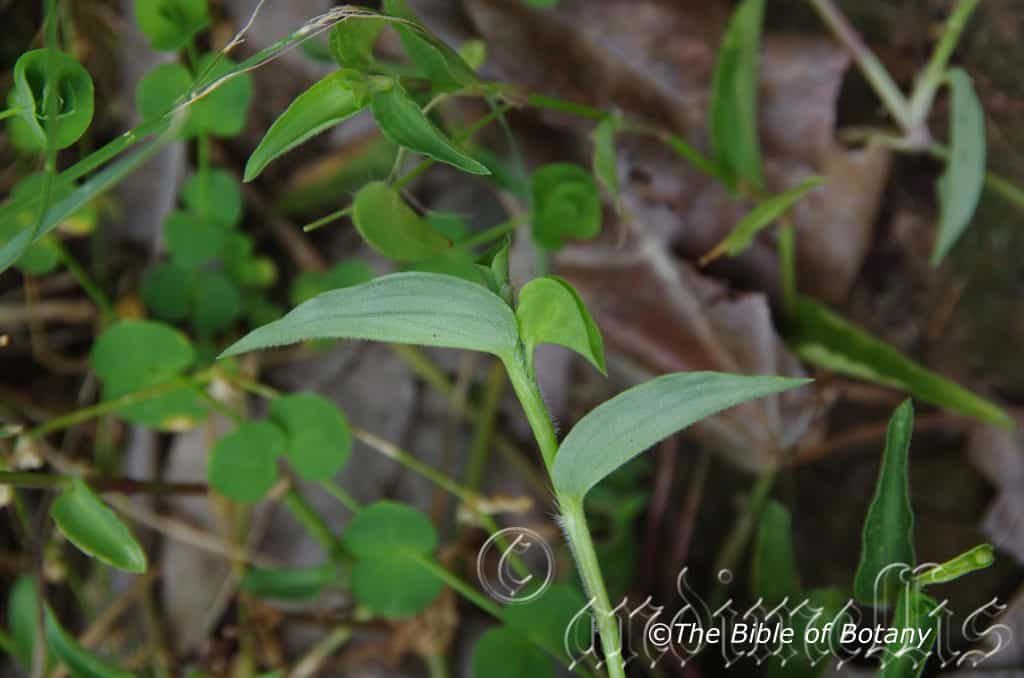
Author’s Garden The Pinnacles NSW
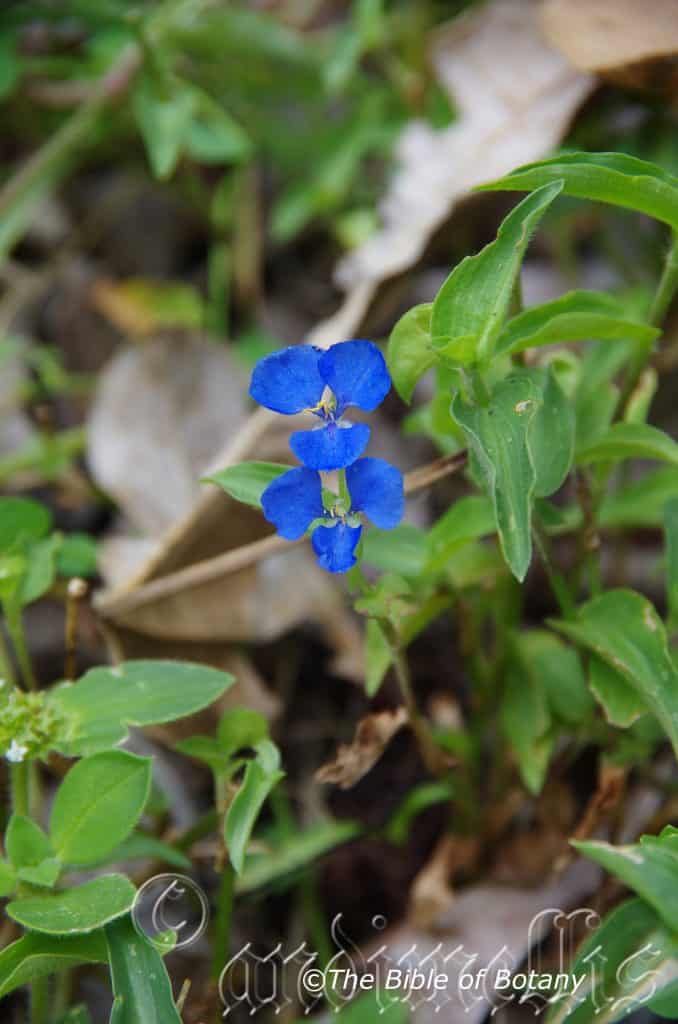
Author’s Garden The Pinnacles NSW
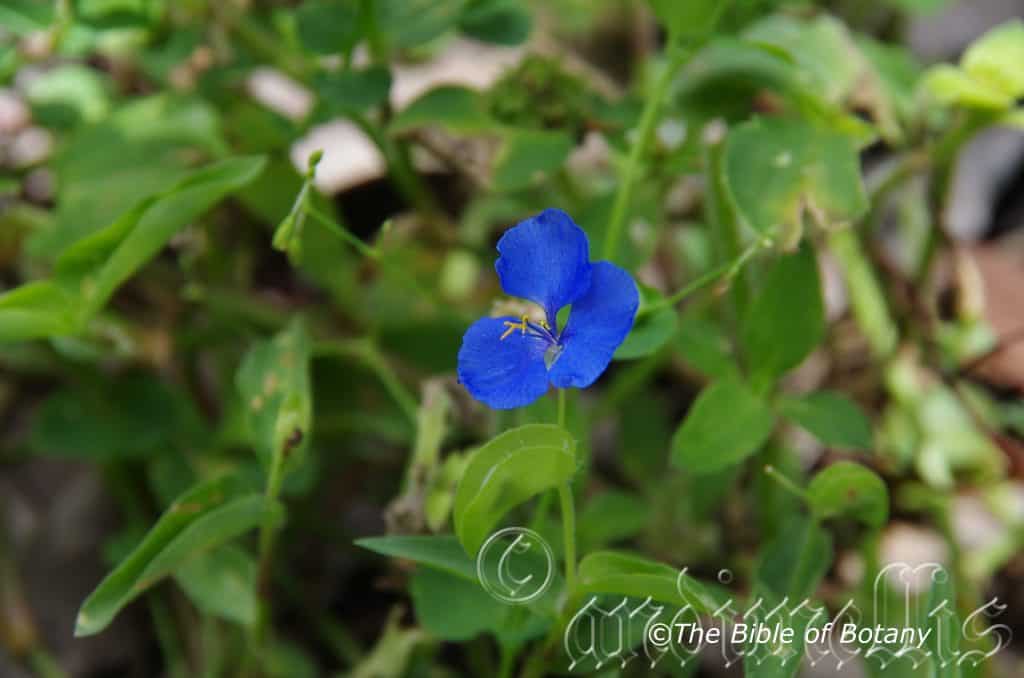
Author’s Garden The Pinnacles NSW

Author’s Garden The Pinnacles NSW
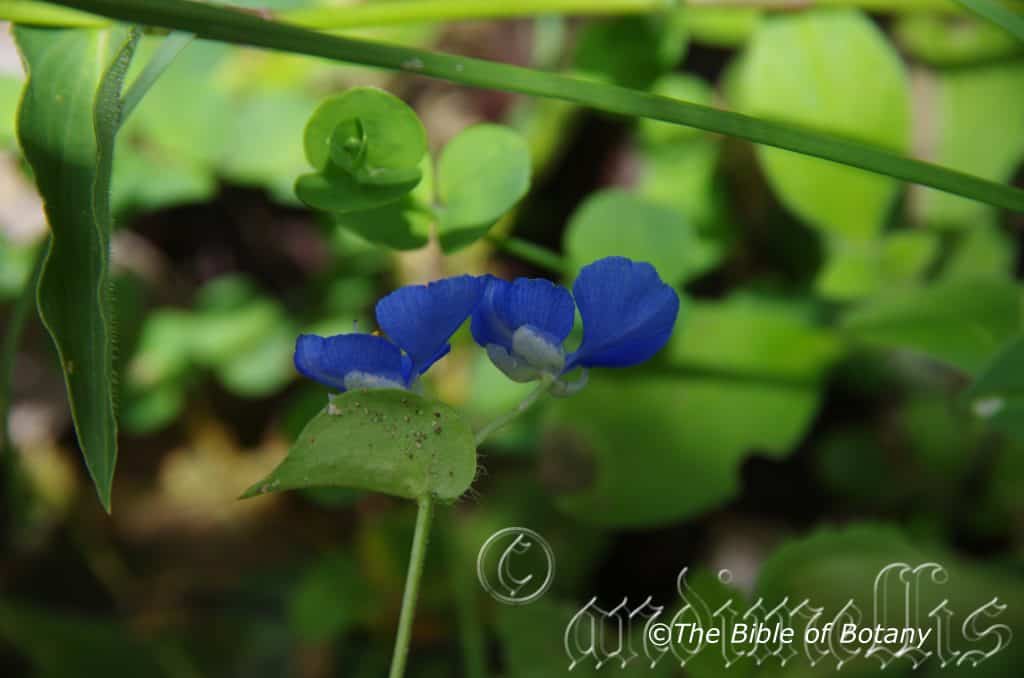
Author’s Garden The Pinnacles NSW

Author’s Garden The Pinnacles NSW
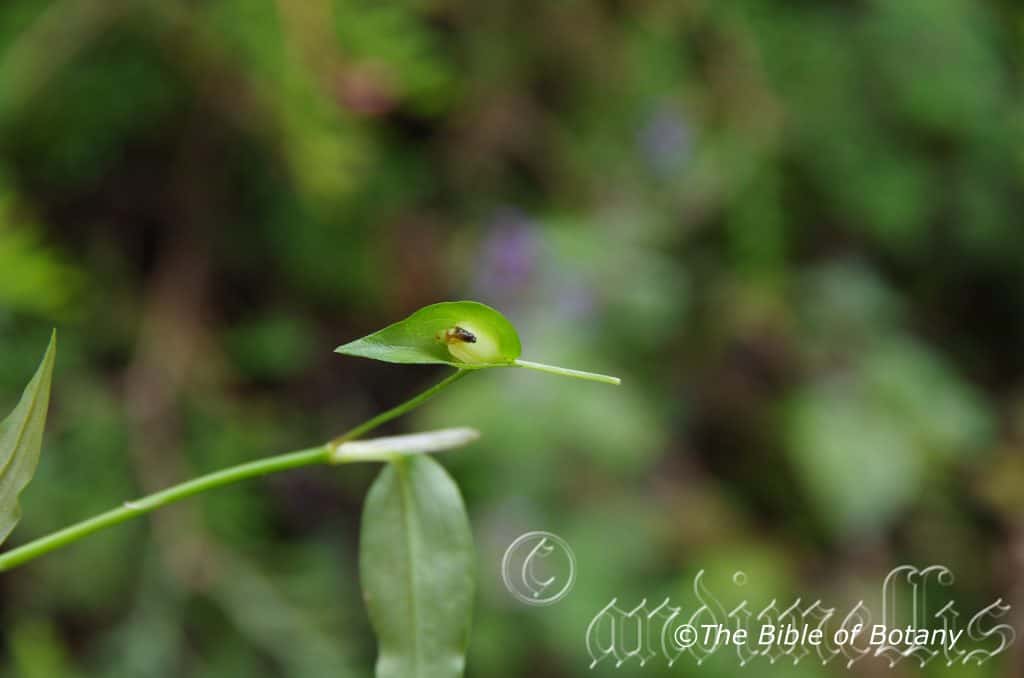
Author’s Garden The Pinnacles NSW
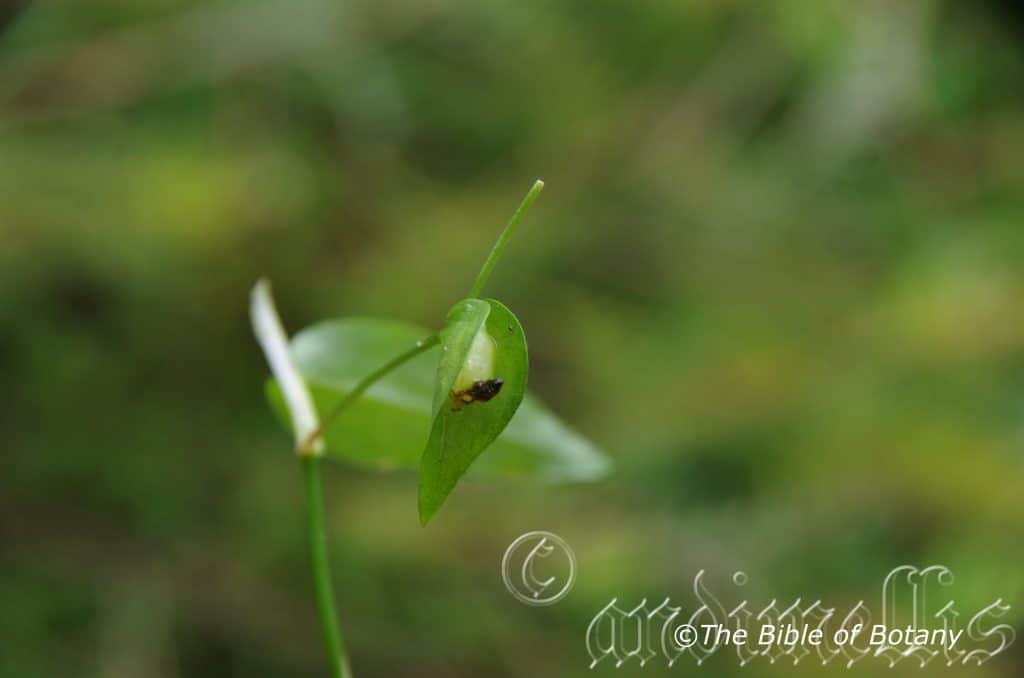
Author’s Garden The Pinnacles NSW
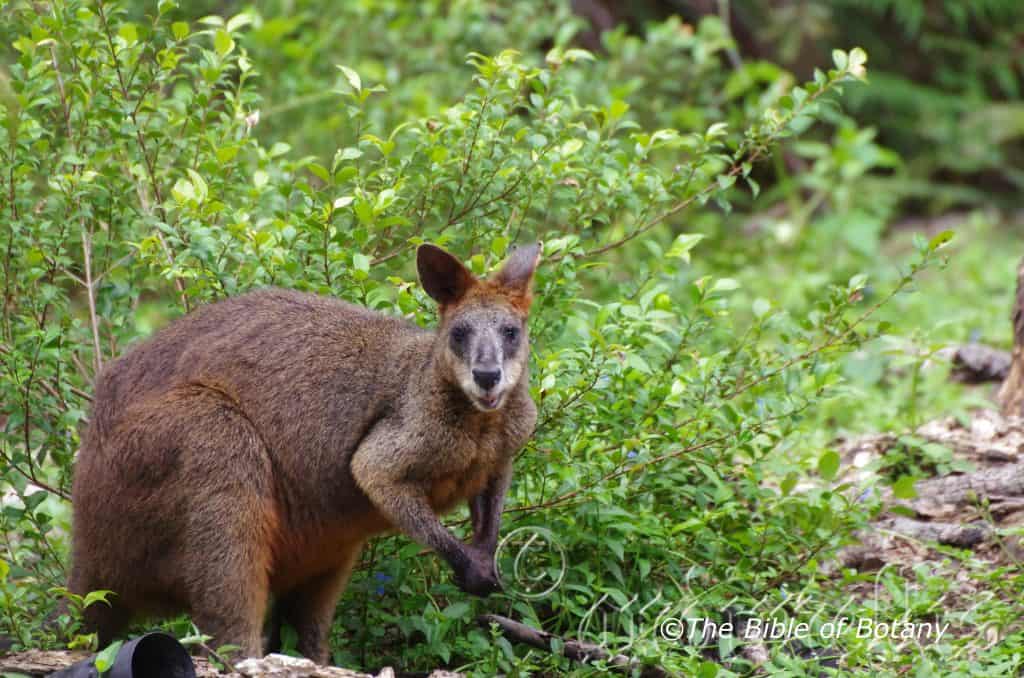
Wallabia bicolor consumes the leaves and stems Author’s Garden The Pinnacles NSW.
Commelina cyanea
Classification:
Division: Magnoliophyta
Class: Liliopsida
Order: Commelinales
Family: Commelinaceae
Subfamily: Commelinoideae
Tribe: Commelineae
Genus: Is named in honour of Johannes Comelin; 1629-1692, who was a Dutch botanist who helped set up the Amsterdam Botanic Gardens and friend of Carl Linnaeus.
Specie: From KĂœanos which is Ancient Greek forsky blue to deep blue. It refers to the colour of the buds, flowers or fruits which may vary from sky blue to deep blue.
Sub specie:
Common Name: Scurvy Weed.
Distribution:
Commelina cyanea is found east from northern Kakadu and the Roper River in the Northern Territory, Doomadgee and Mica Creek near Mount Isa in far north western Queensland.
It is found south from the Torres Straight Islands and the tip of Cape York Peninsular in several disjunct populations to Gladstone then continuously south to near Bega in southern New South Wales.
It is found on the eastern side of the Western Plains, Western Slopes, on and east of the Great Dividing Range to the coast.
https://avh.ala.org.au/occurrences/search?taxa=Commelina+cyanea#tab_mapView
Habitat Aspect Climate:
Commelina cyanea prefers dappled shade but will grow in full sun where adequate moisture is available. It grows moist open woodlands, moist Eucalyptus forests, tropical rainforests, temperate rainforests, subtropical rainforests or littoral rainforests. The altitude ranges from 50 meters ASL to 1050 meters ASL.
The temperatures range from minus 2 degrees in July to 39 degrees in January.
The rainfall ranges from lows of 450mm to 3200mm average per annum.
Soil Requirements:
Commelina cyanea prefers better quality loams. Light clays to heavy clays. The soils are usually derived from decomposed sandstones, granites, brown basalts, black basalts, metamorphic rocks or shales. The soils pH ranges from 5pH to 6.5pH. It does not tolerate waterlogged soils but is frequently found on ephemeral floodplains and areas where periodic inundations frequently occur for short periods. Non saline soils to slightly saline soils are tolerated.
Height & Spread:
Wild Plants:100mm to 300mm by 300mm to unlimited.
Characteristics:
Commelina cyanea grows as a weak scrambling prostrate ground cover, rooting at the nodes as its stems consolidates beneath leaf litter before growing above the litter. Stems are thin and wiry green. The stems are usually glabrous or nearly so or covered in short white hirtellous hairs closer to the growing tip.
The light green alternate ovate to narrow ovate leaves of Commelina cyanea are a bright green. They measure 20mm to 50mm in length by 5mm to 15mm in width. The base is clasping and has a thin sheath surrounding the stem while the apex is acuminate. The concolourous laminas are deep grass green and are sparsely covered in short white tomentose hairs. The leaf margins are entire with some undulation, while the mid vein is slightly prominent on the lower lamina, it is distinctly visible with the other parallel veins on the upper surface.
Inflorescences of Commelina cyanea are born in a single spathe with an acuminate apex. The flowers are a bright sky blue and are born on slender 10mm to 20mm long peduncles. The two flowered cymes often only have one flower blooming at a time. The 3 tepals are broadly triangular, obcordate to rhomboidal with a rounded apex when triangular. The margins are flat or undulating sometimes with splits along the apex. The tepals are minutely spotted and glisten. The tepals measure 10mm to 12mm in length by 10mm to 12mm in width including the narrow point of attachment at the base.
The hyaline stamens measure 3.5 mm to 4mm in length with a yellow anther.
The style measures 5.5mm to 6mm in length and curves 90 degrees at the apex. Commelina cyanea flowers from late August through to late May. Flowering appears to be more prolific following a wet period.
The fruits of Commelina cyanea are indehiscent capsules. The capsules contain 5 seeds in the 3 locules. The dorsal locule contains one seed while the two ventral locules contain 2 seeds each. The dull deep brown to black seeds measure 2.5mm to 3mm in diameter. They are pitted between reticulated ridges.
Wildlife:
Commelina cyanea is host to at least one moth, Hyena masurialis a small unsuspecting little brown moth whose larvae have a big appetite. I have seen plants completely stripped however they recover within a couple of weeks. The Brush tail Possum, Trichosurus vulpecula, Red neck wallaby, Macropus rufogriseus and the swamp wallaby, Wallabia bicolor have been seen eating the leaves and stems of Commelina cyanea during droughts which may explain the reason some plants are stripped without any evidence of insect attack. (My resident red neck wallaby prefers the kangaroo pellets and has not eaten it since the pellets have been part of her diet.)
Commelina cyanea is very high in vitamin C thus its old common name of scurvy weed as it was eaten by early settlers as a good source of nutrition. It is also high in vitamin B2 and B3. The young tips and leaves can be eaten raw or steamed and used as a cabbage substitute in stir fries or boiled.
Cultivation:
Commelina cyanea is a beautiful small ground cover with strikingly beautiful deep blue flowers that people have a love affair with or really distain. It is ideal in almost every setting near ponds, at the edge of a rain forest in court yards or around swimming pools where moisture can be easily maintained in the soil.
Its versatility doesn’t stop with accepting all types of soils and it can cope with temperatures as low as minus 6 degrees at least if it is protected directly from the frost and up to 42 degrees outside the forest canopy. It is drought resistant and can cope with the occasional immersion where periodic down pours may flood the land for short periods.
Add to the above, if it is given adequate moisture, plenty of mulch for moisture retention it will thrive and spread very quickly. This is also its down fall as it can, given these conditions; become very problemsome and difficult to remove if the scheme changes at some time in the future. If it can be contained it is hardy and makes very deep green colour on the ground.
During periods of dry weather the plants leaves strongly recurve and dehydrate. Rejuvenation reoccurs as soon as soil moisture is returned.
Propagation:
Seeds: Seeds can be sown but the easiest and quickest way to propagate this species is to collect runners similar to turf and cover in a very fine layer of sand or leaf litter and keep moist. Within two weeks the plants will have new roots and new shoots.
The quickest way to propagate this species is to collect runners similar to turf and cover in a very fine layer of sand or leaf litter and keep moist. Within two weeks the plants will have new roots and new shoots.
Fertilize using Seaweed, fish emulsion or organic chicken pellets soaked in water on an alternate basis. Fertilize every two months until the plants are established then annually in early September or March to maintain health and vitality.
Further Comments from Readers:
Hi reader, it seems you use The Bible of Botany a lot. That’s great as we have great pleasure in bringing it to you! It’s a little awkward for us to ask, but our first aim is to purchase land approximately 1,600 hectares to link several parcels of N.P. into one at The Pinnacles NSW Australia, but we need your help. We’re not salespeople. We’re amateur botanists who have dedicated over 30 years to saving the environment in a practical way. We depend on donations to reach our goal. If you donate just $5, the price of your coffee this Sunday, We can help to keep the planet alive in a real way and continue to bring you regular updates and features on Australian plants all in one Botanical Bible. Any support is greatly appreciated. Thank you.
In the spirit of reconciliation we acknowledge the Bundjalung, Gumbaynggirr and Yaegl and all aboriginal nations throughout Australia and their connections to land, sea and community. We pay our respect to their Elders past, present and future for the pleasures we have gained.
Commelina ensifolia
Classification:
Division: Magnoliophyta
Class: Liliopsida
Order: Commelinales
Family: Commelinaceae
Subfamily: Commelinoideae
Tribe: Commelineae
Genus: Is named in honour of Johannes Comelin; 1629-1692, who was a Dutch botanist who helped set up the Amsterdam Botanic Gardens and friend of Carl Linnaeus.
Specie: From Anum/Ensis, which is Latin for a sword and Folium, which is Latin for foliage. It refers to the leaves, which resemble the shape of sword.
Sub specie:
Common Name: Scurvy Weed, Wandering Jew or Scurvy Weed.
Distribution:
Commelina ensifolia is a widespread species north of a line from Cape Range National Park to Newman, Halls Creek in northern Western Australia, then south to the Mann Range on the Northern territory south Australian border then east to near Nandewar on the Liverpool Plateau in central eastern new South Wales and north east to Brisbane in south east Queensland.
It is also found in India, New Guinea, Papua and Sri Lanka.
https://avh.ala.org.au/occurrences/search?taxa=Commelina+ensifolia#tab_mapView
Habitat Aspect Climate:
Commelina ensifolia prefers dappled shade but will grow in full sun where adequate moisture is available. It grows in moist open woodlands, moist Eucalyptus forests, tropical rainforests, temperate rainforests, subtropical rainforests, littoral rainforests, and moist locations in savannah especially along seasonal creek beds in central Australia. The altitude ranges from 5 meters ASL to 850 meters ASL.
The temperatures range from minus 2 degrees in July to 44 degrees in January.
The rainfall ranges from lows of 350mm to 3200mm average per annum.
Soil Requirements:
Commelina ensifolia prefers better quality loams. Light clays to heavy clays. The soils are usually derived from decomposed sandstones, granites, brown basalts, black basalts, metamorphic rocks or shales. The soils pH ranges from 5pH to 6.5pH. It does not tolerate water logged soils but is frequently found on flood plains and areas where periodic inundations frequently occur for short periods. Non saline soils to slightly saline soils are tolerated.
Height & Spread:
Wild Plants: 50mm to 250mm to 300mm x unlimited.
Characteristics:
Commelina ensifolia grows as a weak scrambling prostrate ground cover, rooting at the nodes as its stems consolidates beneath leaf litter before growing above the litter. Stems are thin and wiry green. The terete stems are suberecta, faintly longitudinally ribbed often the ribs are pink or reddish. They are usually sparsely covered in white pilose hairs or at times glabrous.
The alternate leaves of Commelina ensifolia are ovate to narrow ovate. They measure 45mm to 110mm in length by 5mm to 25mm in width. The base is clasping and has a thin sheath surrounding the stem while the apex is acute. The clasping sheath measures 12mm to 20mm in length and is covered in white pilose hairs around the mouth. The concolourous laminas are pale green to mid green and are sparsely covered in white pilose hairs. The laminas recurve upwards from the mid vein and decurve strongly downwards from the sheath to the apex. The leaf margins are entire and undulate. The rounded mid vein is strongly prominent on the lower lamina while the 4 parallel lateral veins are slightly prominent on the lower lamina.
Inflorescences of Commelina ensifolia are born from a single spathe with an acute apex. The long cupular spathe is sparsely to moderately covered in long white pilose hairs and measures 10mm to 16mm in length by 20mm to 26mmin length.
The hyaline stamens measure 3.5 mm to 4mm in length with a yellow anther.
The dimorphic stamen?s filaments measure 4mm to 5mm in length while the versatile anthers measure 2mm in length or the filaments measure 3mm in length and the non-versatile anthers measure 2.5mm in length. The pollen is orange-yellow. The 3 staminodes are yellow-orange while the petal like anthers have 6 dimorphic spathulate lobes.
The ovary is mid green to grass-green, glabrous and measures 1mm in length and 1mm in diameter. The pale blue, crooked style is glabrous and measures 4.5mm to 5mm in length and is capped by a deep blue clavate stigma.
Flowering appears to be more prolific following a wet period.
The fruits of Commelina ensifolia are indehiscent capsules. The capsules contain 1 seed in each of the 3 locules. The dull brown to
black seeds are covered in reticulate markings and measure 3mm to 4mm in diameter.
Wildlife:
Commelina ensifolia is host to at least one moth, Hyena masurialis a small unsuspecting little brown moth whose larvae have a big appetite. I have seen plants completely stripped however they recover within a couple of weeks. The pretty face wallaby has been seen eating the leaves and stems of Commelina ensifolia during droughts which may explain the reason some plants are stripped without any evidence of insect attack.
Cultivation:
Commelina ensifolia is a beautiful small ground cover with strikingly beautiful sky blue flowers that people have a love affair with or really distain. It is ideal in almost every setting near ponds, at the edge of a rain forest in court yards or around swimming pools where moisture can be easily maintained in the soil.
Its versatility doesn’t stop with accepting all types of soils. It can cope with temperatures as low as minus 4 degrees at least if it is protected directly from the frost and up to 45 degrees outside the forest canopy. It is drought tolerant and can cope with the occasional immersion where periodic down pours may flood the land for short periods.
Add to the above, if it is given adequate moisture, plenty of mulch for moisture retention it will thrive and may spread very quickly. This is also its down fall as it can, given these conditions; become very problemsome and difficult to remove if the scheme changes at some time in the future. If it can be contained it is hardy and makes very deep green colour on the ground.
If it must be contained. The stems are edible but are better when crushed between the teeth and only the juice extracted. Commelina ensifolia is very high in vitamin C thus its old common name of scurvy weed. The young tips and leaves can be steamed and used as a cabbage substitute.
During periods of dry weather the plants leaves strongly recurve and dehydrate. Rejuvenation reoccurs as soon as soil moisture is returned.
Propagation:
Seeds: Seeds can be sown but the easiest and quickest way to propagate this species is to collect runners similar to turf and cover them with fine layer of sand or leaf litter and keep moist. Within two weeks the plants will have new roots and new shoots.
Fertilize using Seaweed, fish emulsion or organic chicken pellets soaked in water on an alternate basis. Fertilize every two months until the plants are established then annually in early September or March to maintain health and vitality.
Further Comments from Readers:
Hi reader, it seems you use The Bible of Botany a lot. That’s great as we have great pleasure in bringing it to you! It’s a little awkward for us to ask, but our first aim is to purchase land approximately 1,600 hectares to link several parcels of N.P. into one at The Pinnacles NSW Australia, but we need your help. We’re not salespeople. We’re amateur botanists who have dedicated over 30 years to saving the environment in a practical way. We depend on donations to reach our goal. If you donate just $5, the price of your coffee this Sunday, We can help to keep the planet alive in a real way and continue to bring you regular updates and features on Australian plants all in one Botanical Bible. Any support is greatly appreciated. Thank you.
In the spirit of reconciliation we acknowledge the Bundjalung, Gumbaynggirr and Yaegl and all aboriginal nations throughout Australia and their connections to land, sea and community. We pay our respect to their Elders past, present and future for the pleasures we have gained.